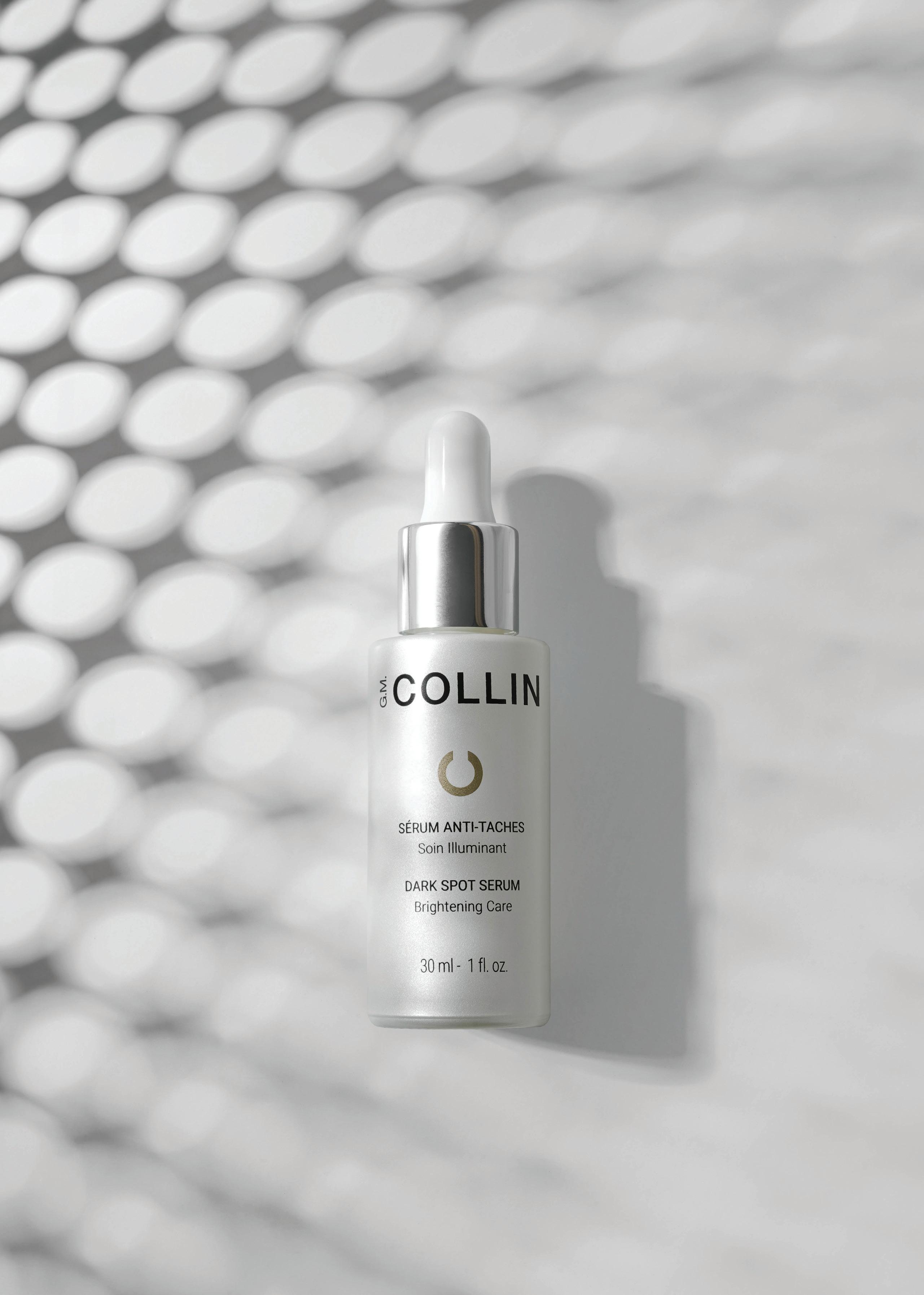
Tim Fu
Pioneering AI wellness design, p10

SHA vs ZEM
The medi-wellness clinics go head-to-head, p90
CHRIS NORTON
“Wellness is woven into the DNA of Equinox Hotels”, p44
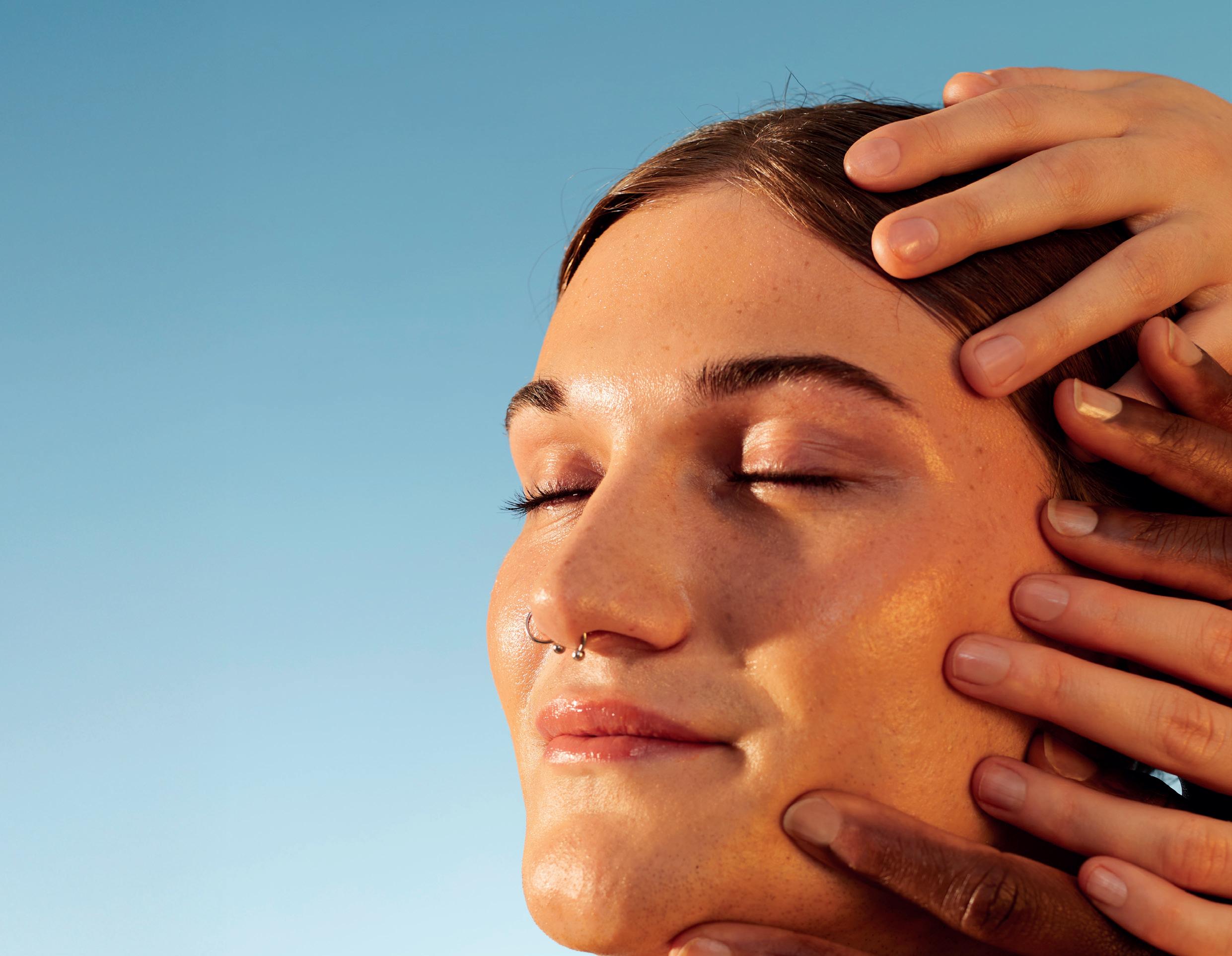




Pioneering AI wellness design, p10

SHA vs ZEM
The medi-wellness clinics go head-to-head, p90
“Wellness is woven into the DNA of Equinox Hotels”, p44




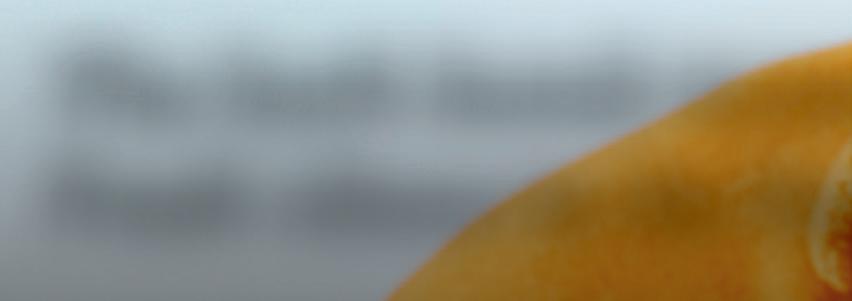
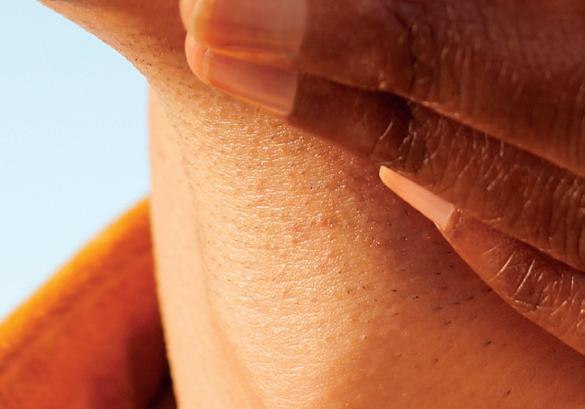
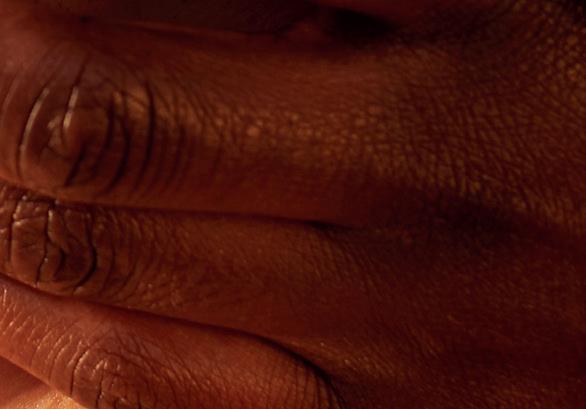

The bath bomb inventor is delivering fizz, fun and fresh ideas to its high street spas globally, p16


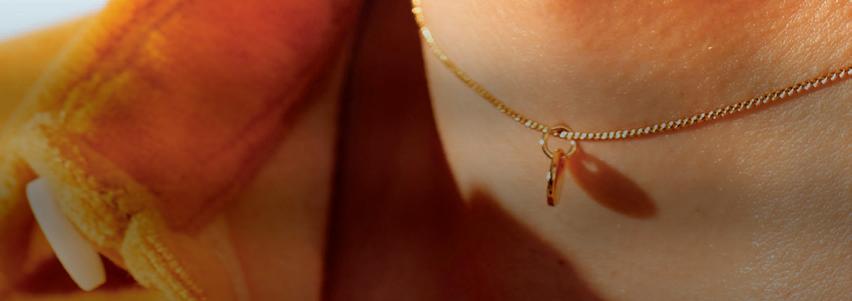
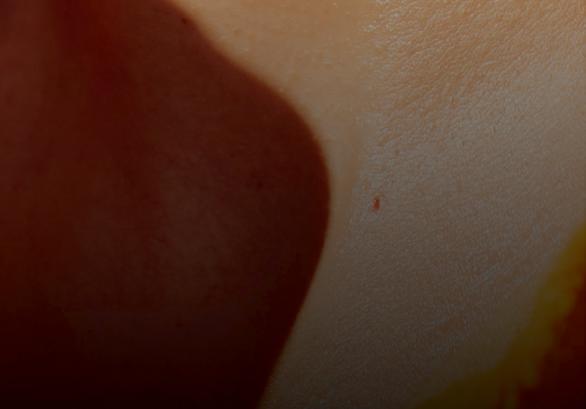
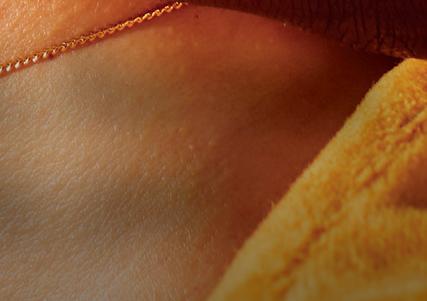
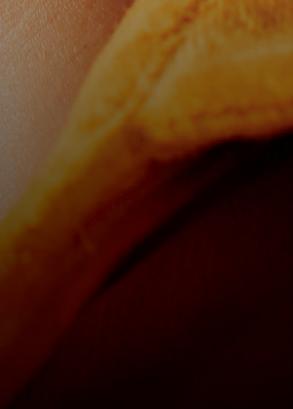



Pos sib i l i t i e s
fo r Yo u r
B u s i nes s

@ hydrafacialemea
w w w hydrafacialemea com
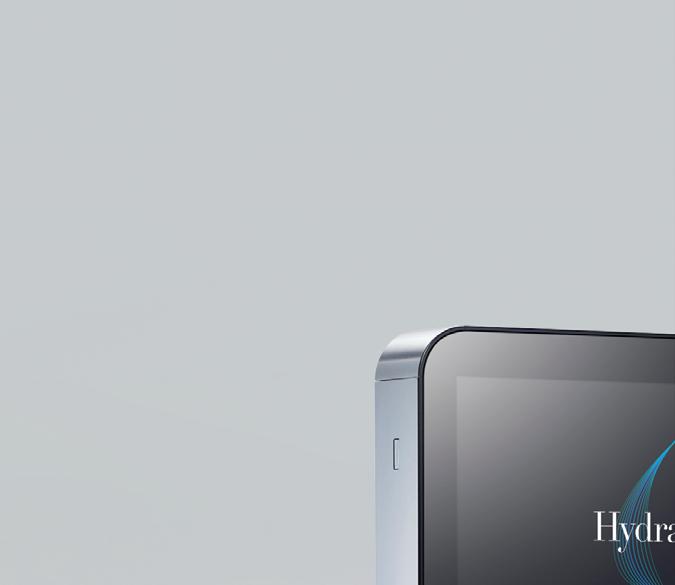
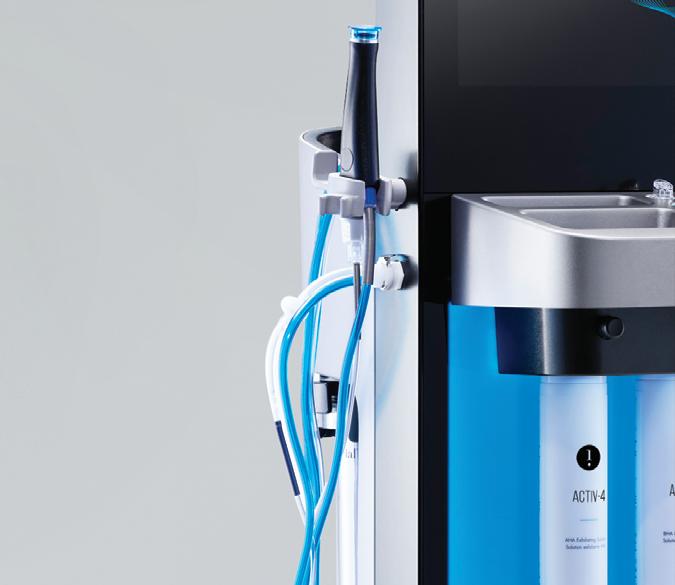
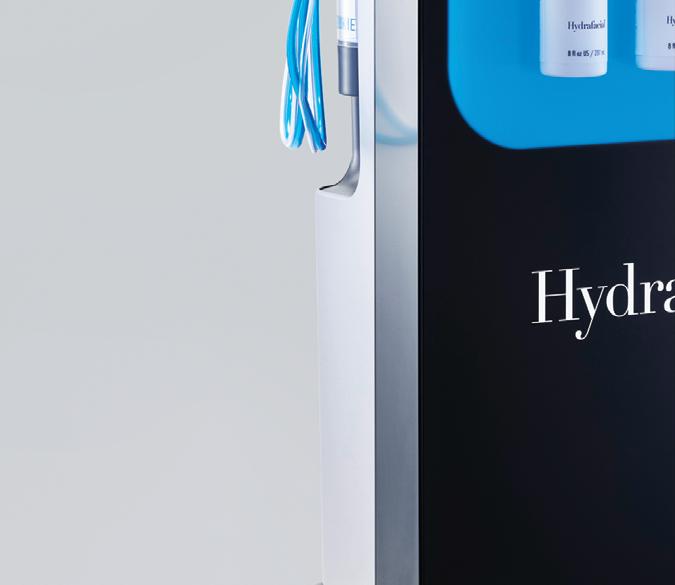
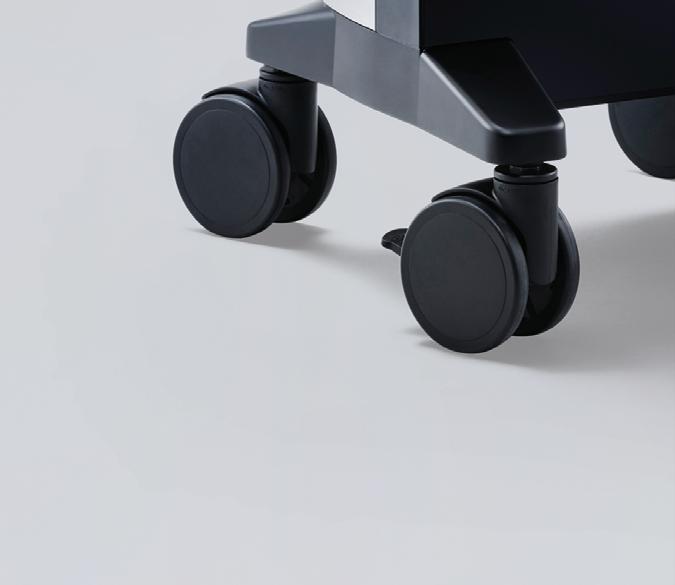
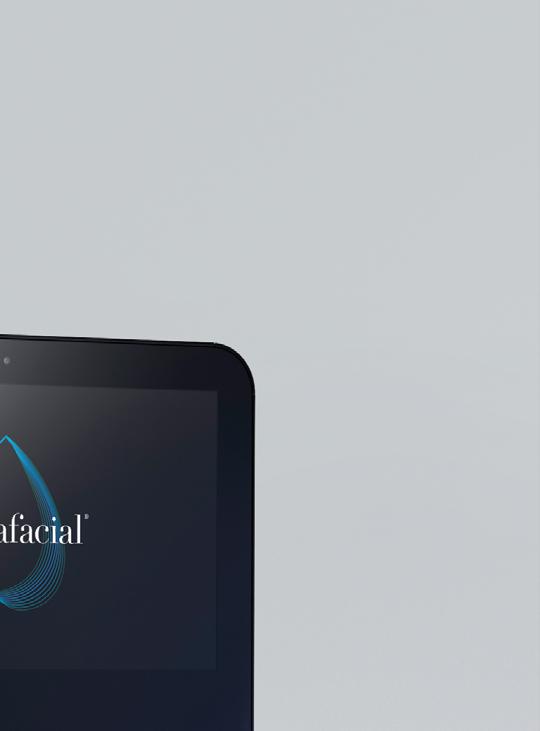
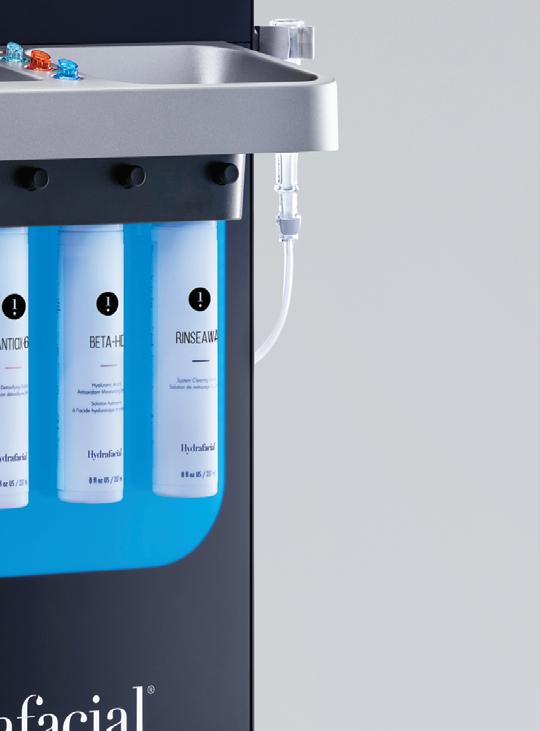
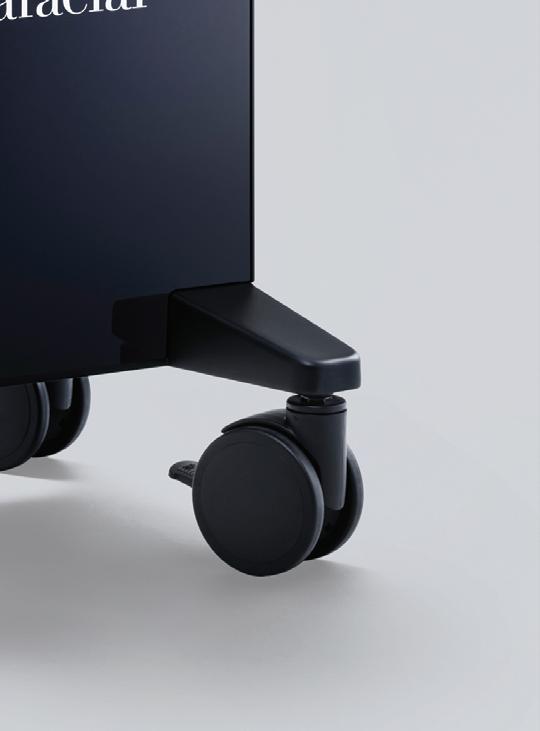
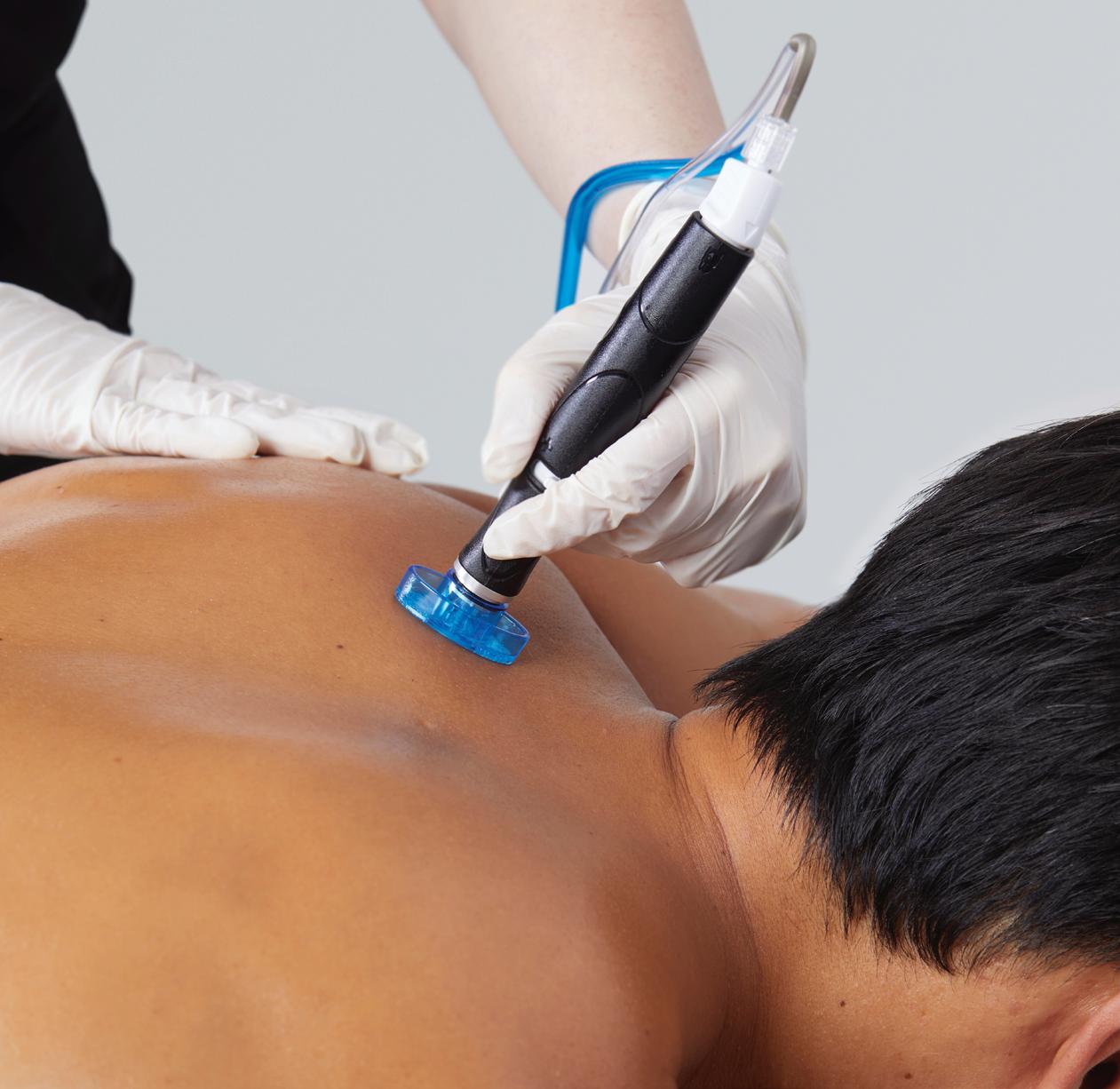


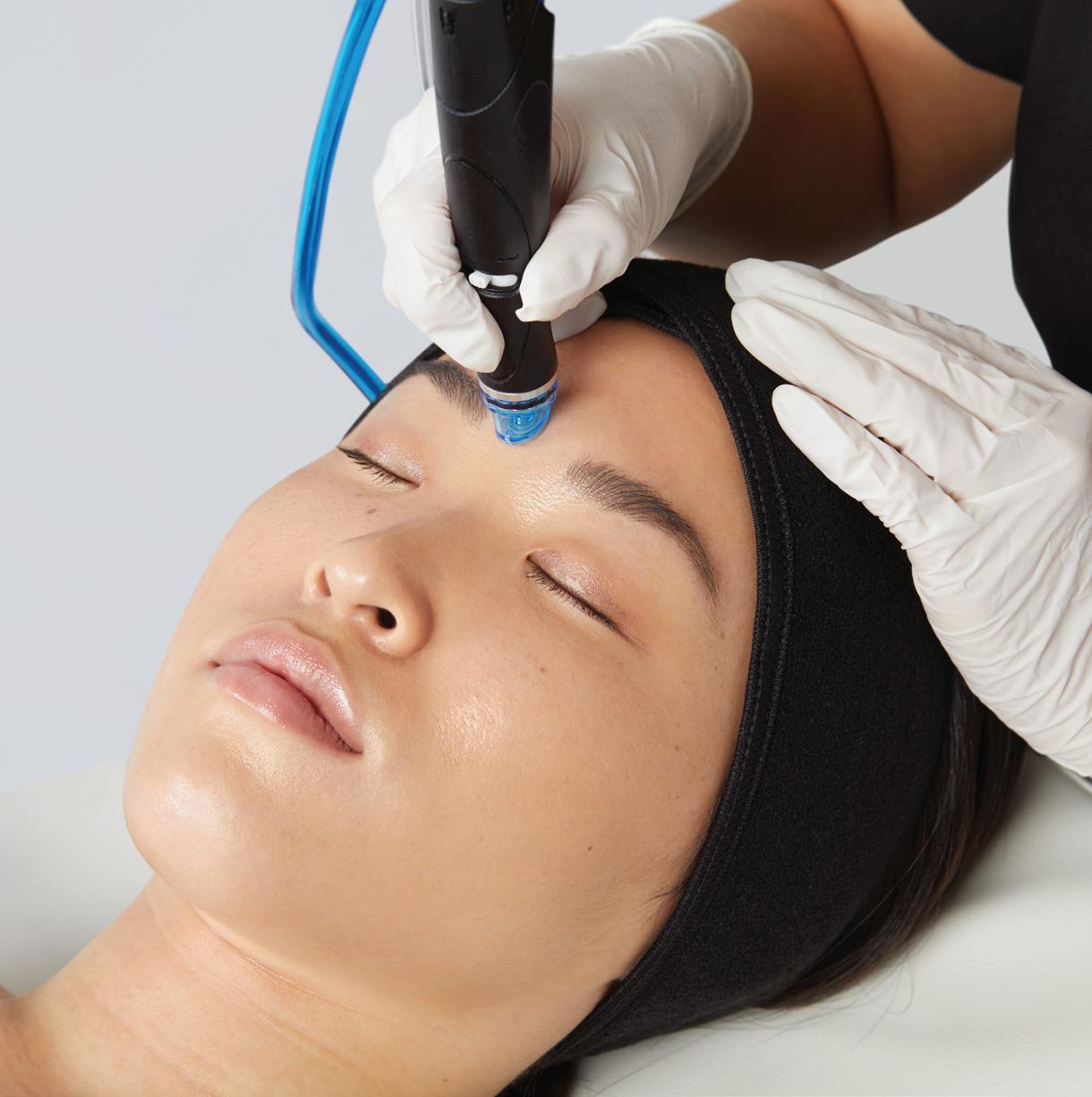
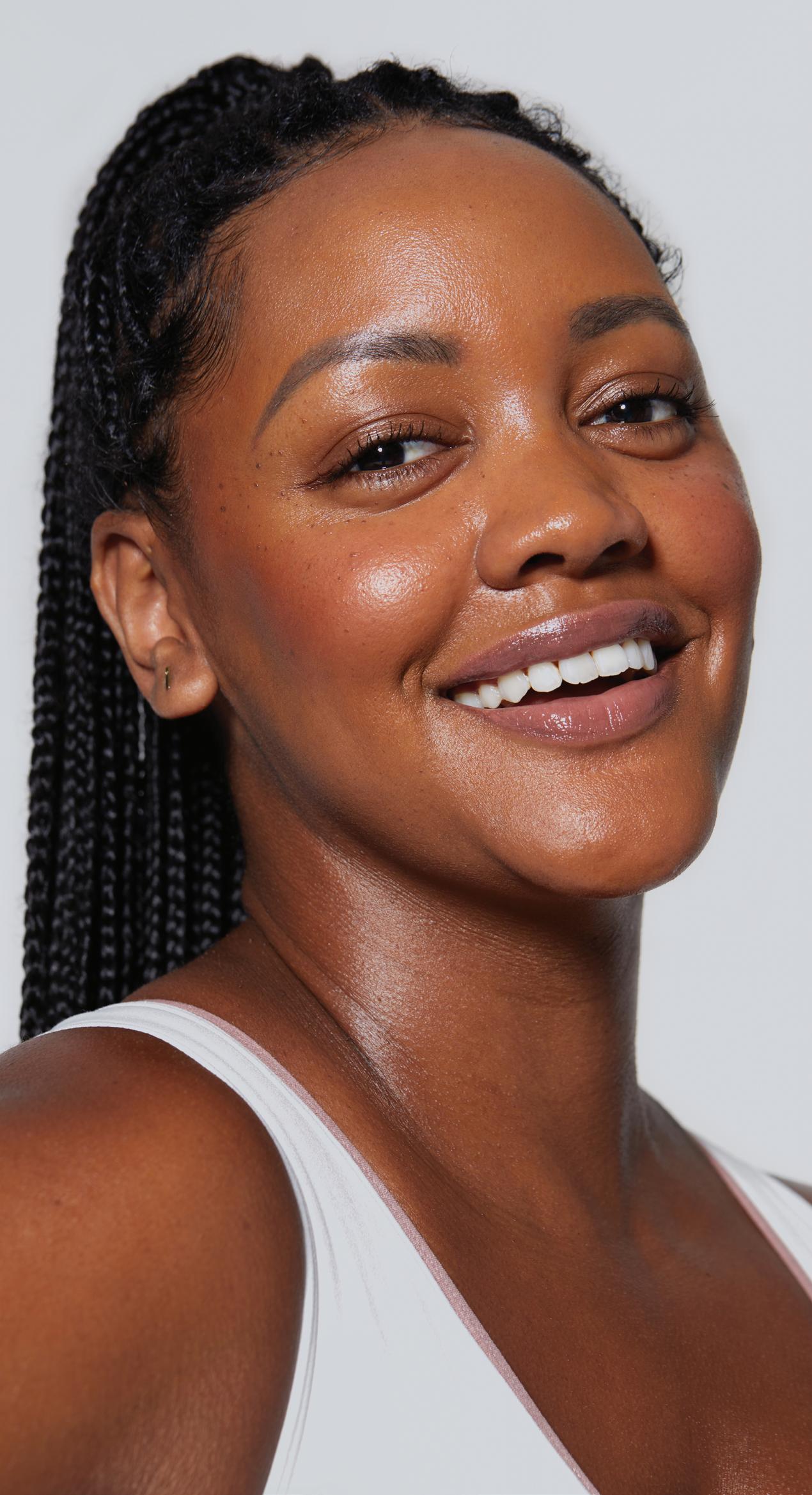
7


CABIN Pro dermobooster ampoules.

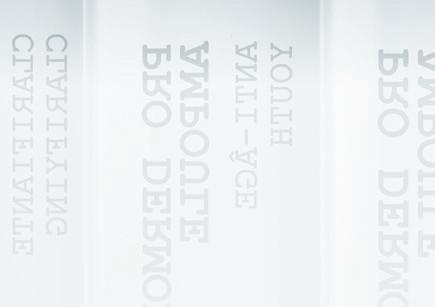
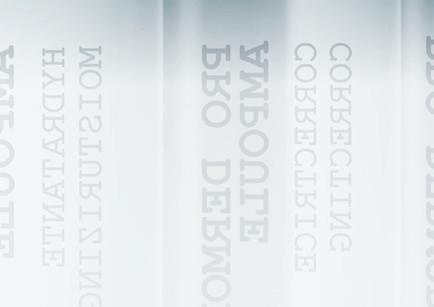

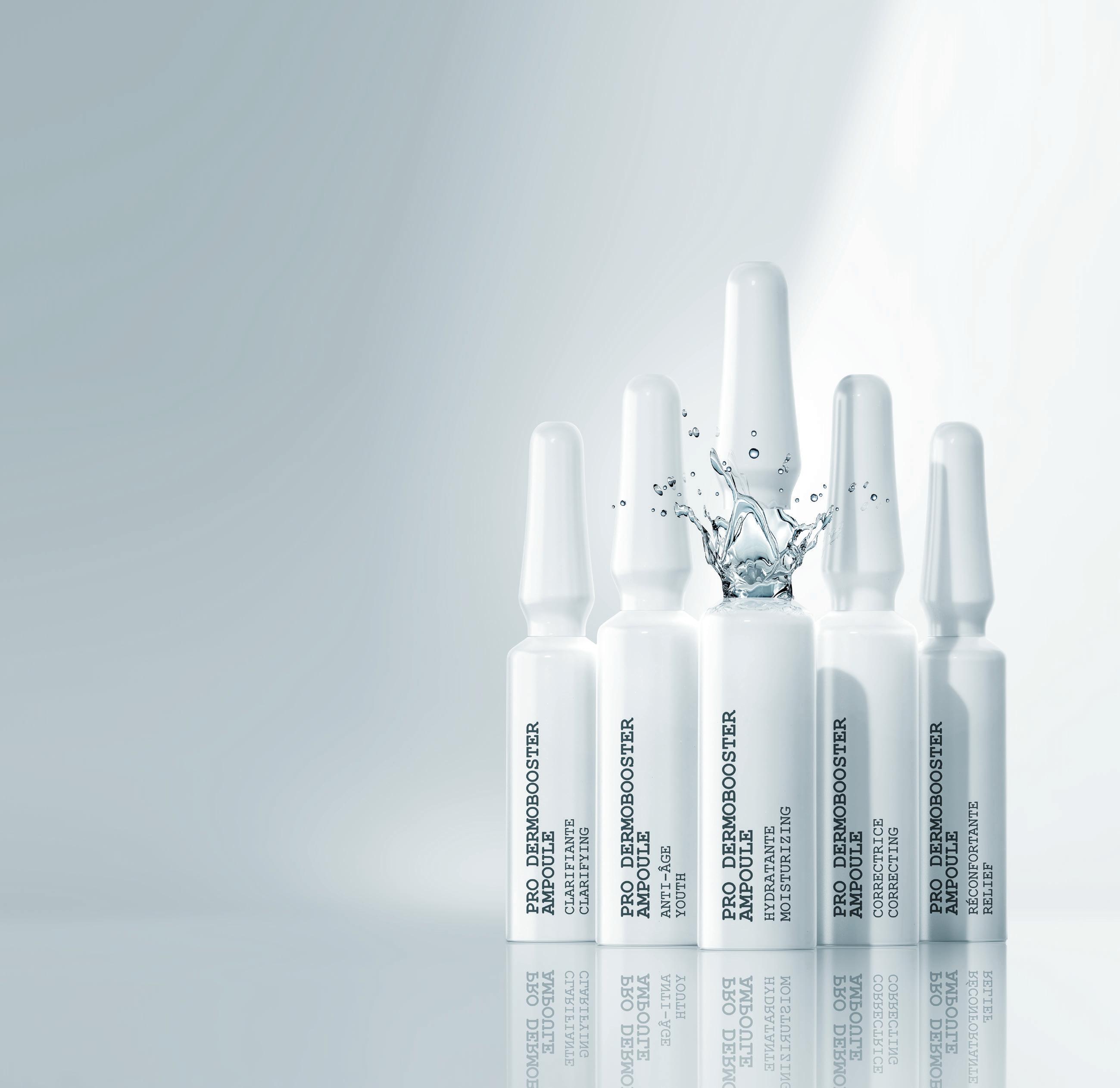
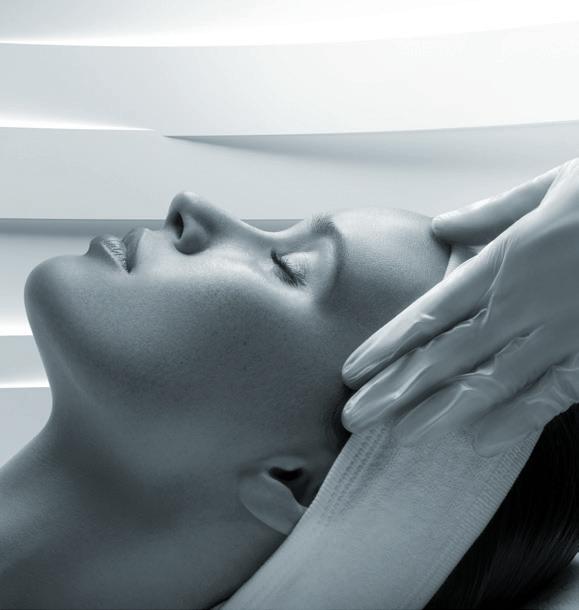

Recovery has moved beyond elite sport into mainstream wellness. Fitness operators are already monetising the trend and spas are perfectly placed to also capitalise on it – if they can deliver it in a way that fits their model
n the run-up to the second annual HCM Summit, I’ve been reflecting on how closely the spa and fitness worlds are now aligning under the wider wellness umbrella.
Leisure Media, the parent company of Spa Business and HCM, launched the all-keynote event to explore the future of fitness and wellness. This year’s summit features voices that bridge both sectors – from TV icon Angela Rippon, still performing the splits at 81 and promoting dance as a form of wellbeing, to Anna Bjurstam, a veteran spa innovator and L Catterton’s Marc Magliacano, who’s led many of the fund’s health and wellness investments, including Equinox, EGYM and One Spa World. Their presence underlines how connected these industries have become.
One of the strongest shared currents right now is recovery. Once the preserve of professional athletes, it’s fast becoming mainstream – fuelled by social media, self-optimisation culture and the public’s growing understanding that rest is an essential part of performance.
Fitness operators have been quick to embrace recovery as a commercial opportunity. Ice baths, compression therapy and infrared treatments are being packaged and upsold to drive secondary spend and membership upgrades with relatively low operational costs.
For spa and wellness operators, recovery represents a parallel opportunity. Consumers are already curious, so the question is how to integrate recovery in ways that suit each business model – touchless or guided, high- or low-tech, single service or curated experience.
As with any new offer, it will still need education, encouragement and powerful storytelling to drive uptake.
On page 44, we interview Chris Norton, CEO of uber-cool Equinox Hotels, sister brand to the fitness
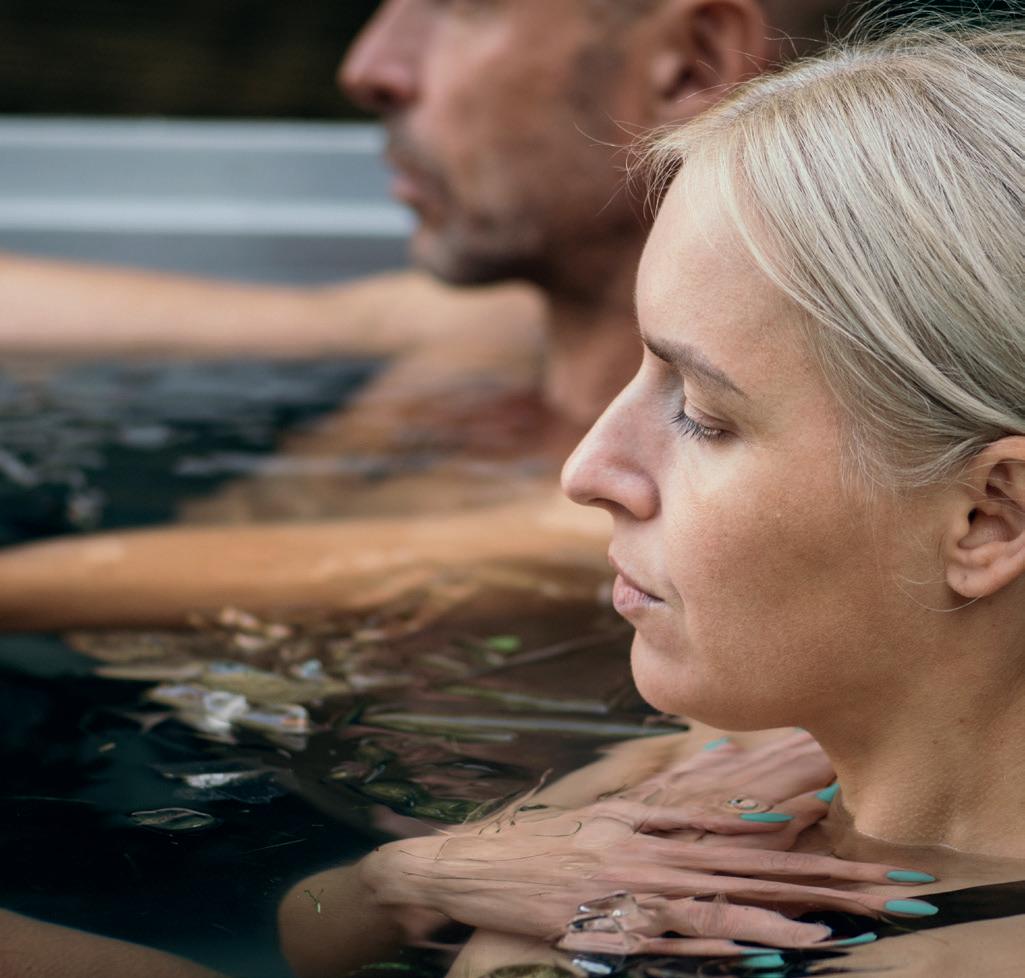
empire, which is basing its recovery strategy around science-backed Sleep Lab rooms and charging a 90 per cent premium for these for good measure.
On page 54, we spotlight other pioneers leading the way –from brands such as SIRO, which is building its proposition around recovery, to operators such as Sensei and RAKxa, which are using it to differentiate and enhance value.
Recovery may have started in fitness, but it’s rapidly finding its place in spa and wellness – and it’s one of the next big waves heading our way. l
Contact Spa Business: +44 (0) 1462 431385 theteam@spabusiness.com spabusiness.com @spabusinessmag Facebook.com/spabusiness

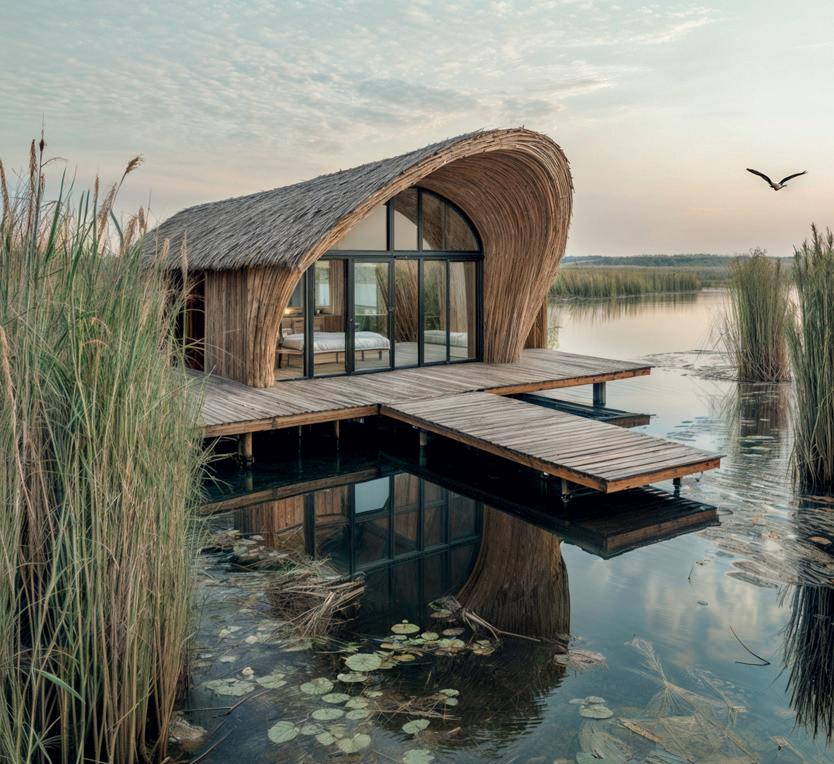
5 Editor’s letter The rise of recovery
As fitness operators embrace recovery, spas must decide how to respond to this growing movement, says Katie Barnes
10 Spa people Tim Fu
Leading a wellness architecture project in Slovenia that’s one of the first in the world to use AI in all stages of design
16 Spa people Kayley Thomas Lush is famous for its bath bombs and retail empire, but the co-founder of its day spa concept reveals why its 19 global spa facilities are so essential
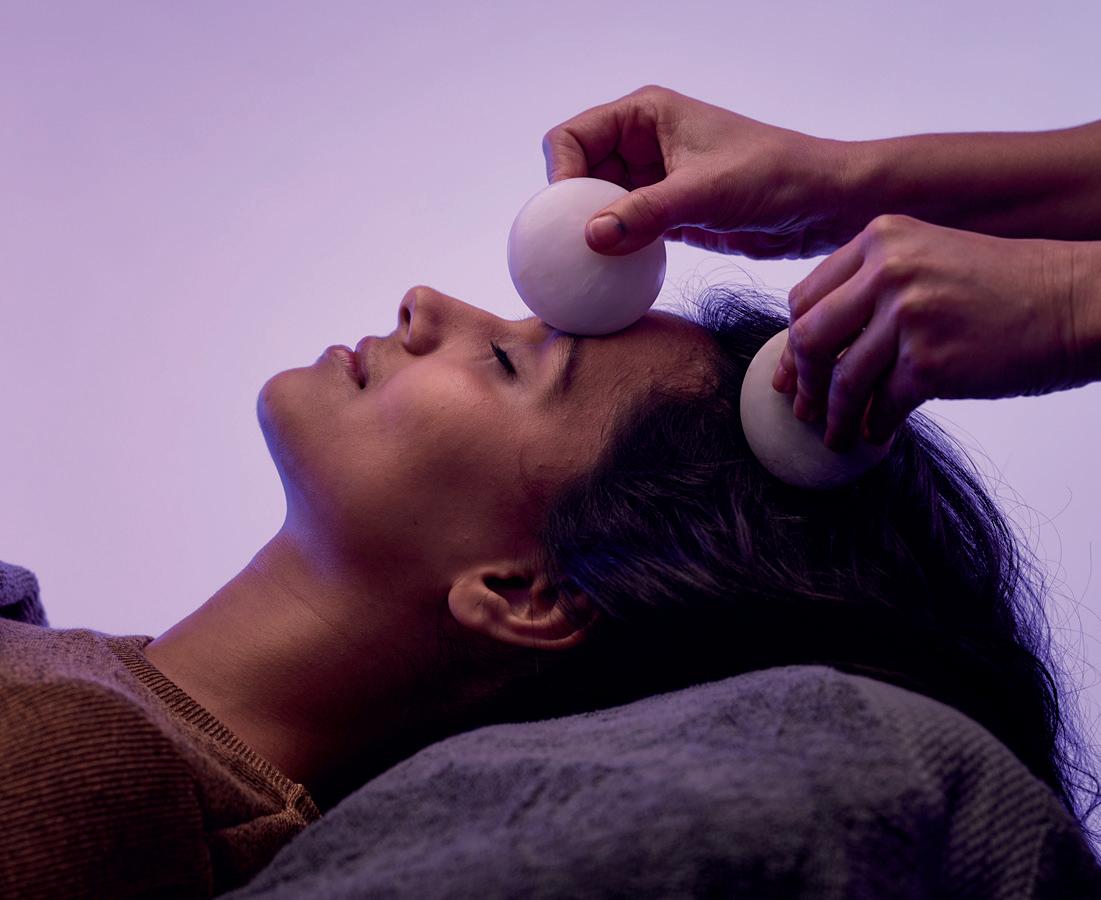
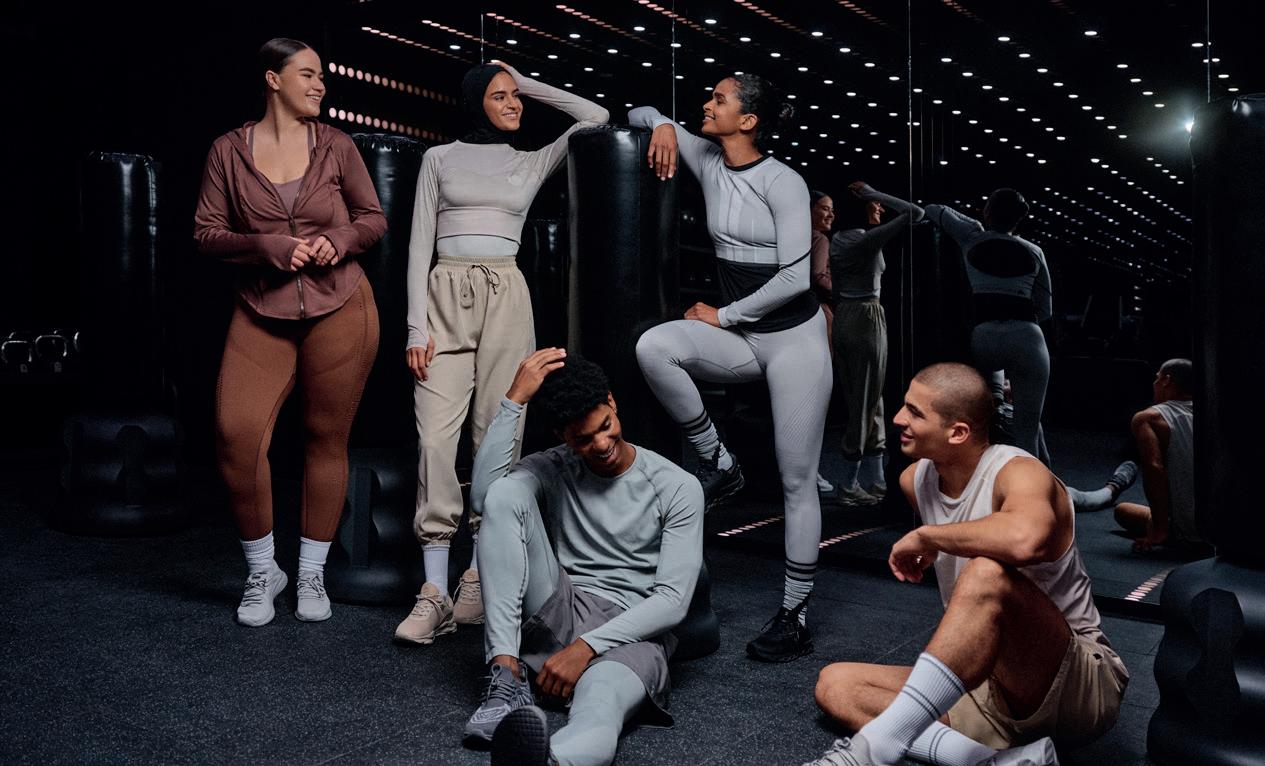
22 Spa people Colin Mcilheney
We find out more about the man who created the ISPA US Spa Industry Study and has been analysing the sector’s performance ever since
28 Spa Business news
Neil Jacobs reveals Cain International partnership and Mandarin Oriental has a spa leadership reshuffle
34 News report Map of luxury
New research by WATG shows emerging wealth hubs in India, the Gulf, Southeast Asia and Africa are reshaping luxury travel demand
38 Project preview
The Sanctuary, Rwanda
One of Africa’s most ambitious safari spas will debut this November
42 Project preview
Botanical spa, Venice
ABCPLus Studio presents plans for a €37.5m eco haven with a spa interlaced with canals and open-air pavilions
46 Interview Chris Norton
The CEO of Equinox Hotels tells Katie Barnes how the uber-cool brand is scaling its bold fusion of fitness, spa and luxury
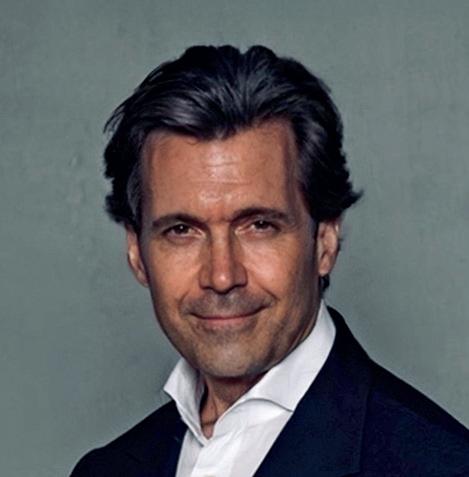
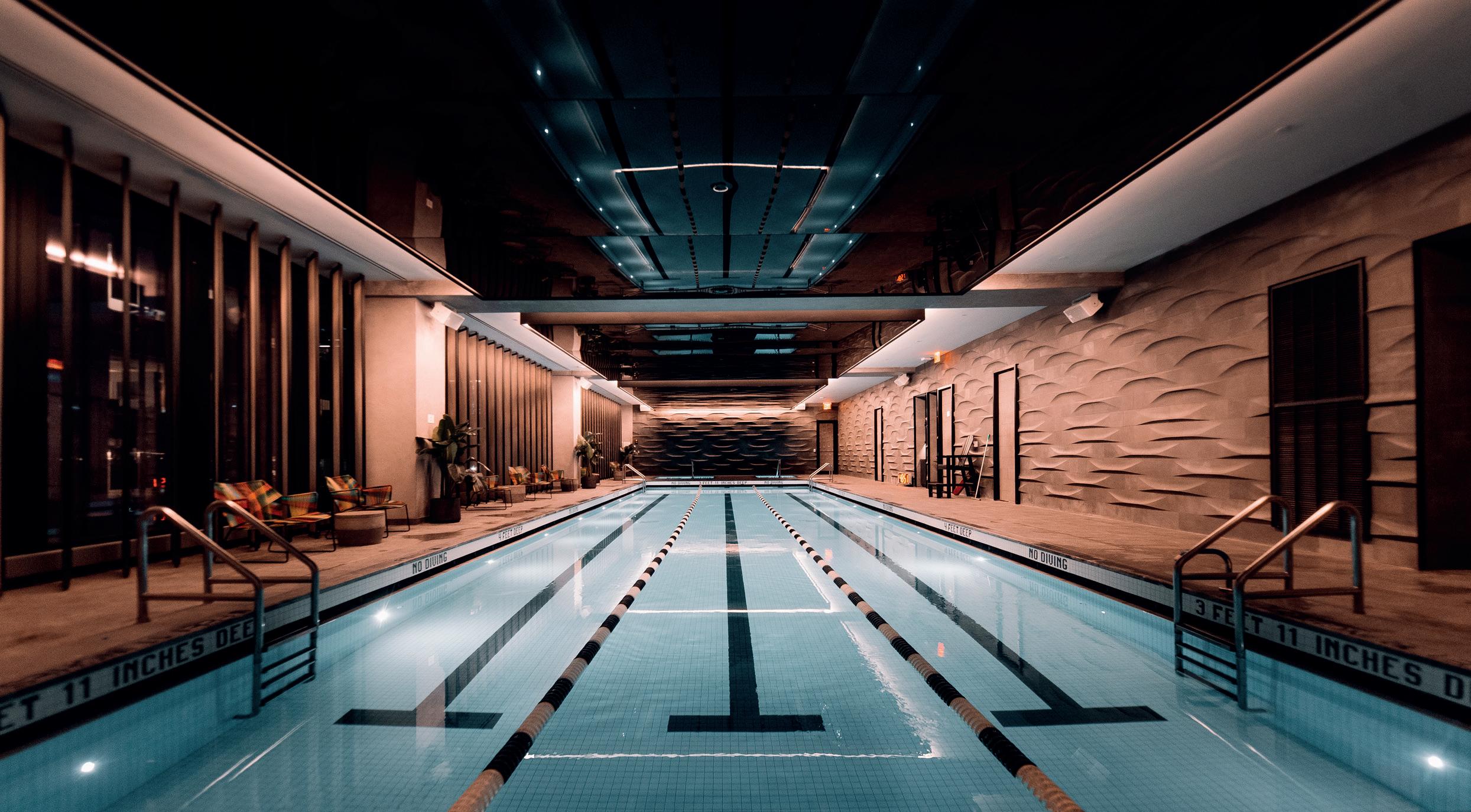
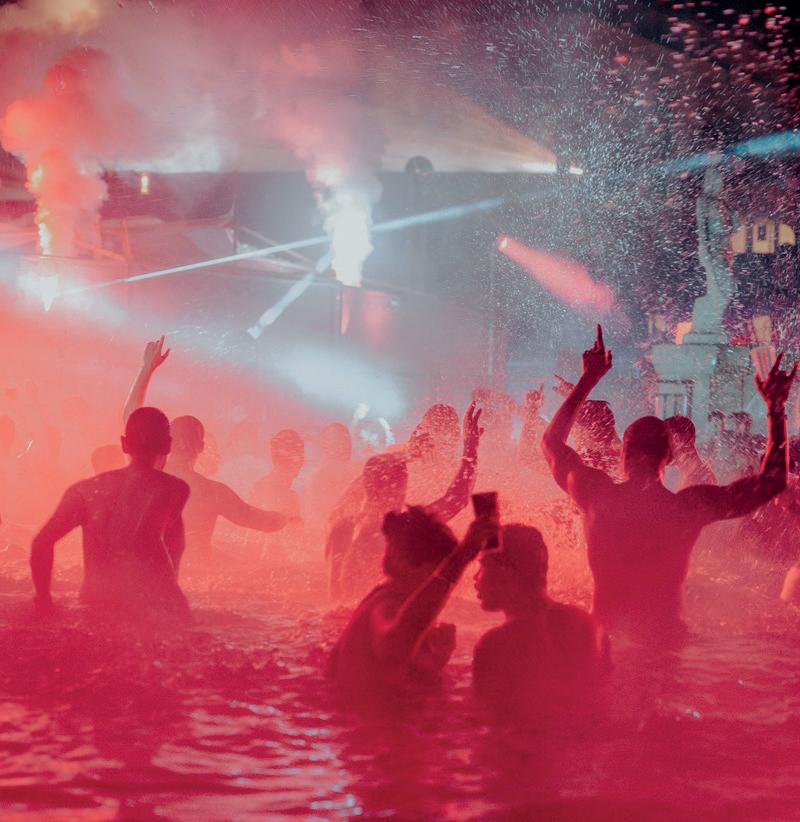
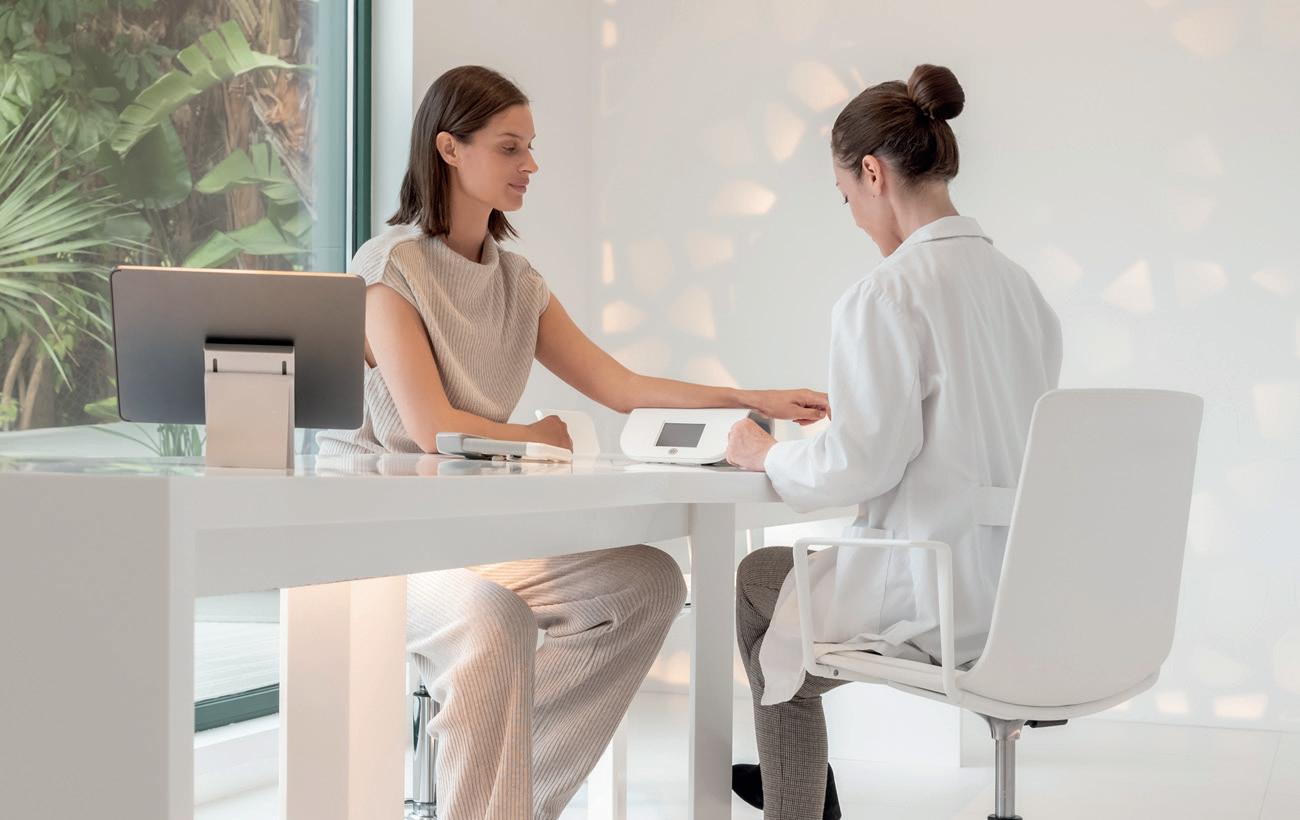
54 Ask an expert Recovery
From cryo to compression to contrast bathing, Julie Cramer investigates why and how spas and resorts are integrating recovery packages
64 Research Behind the boom
What are the hidden messages in the latest US study by ISPA? Colin Mcilheney digs beneath the surface
72 Research Bigger picture
Rising salaries and shifting consumer expectations – two new surveys by the UKSA and GSG reveal the trends impacting UK spa operators
78 First person Imagination alchemy
Helen Andrews tries out a theatrical sensory treatment by cosmetics high street retailer Lush
84 Event report International Thermal Tourism Congress
Passionate hot springs stakeholders gather in Budapest to discuss the sector’s future. Sophie Benge reports
90 First person Costa Blanca cure
Jane Kitchen visits Spain to compare and contrast two world-class mediwellness clinics: well-established SHA and ambitious newcomer ZEM
102 Product innovation
We take a look at some of the most exciting spa product and equipment launches
112 Menu engineering At your service
Self-playing gongs in Sweden, surfing therapy in Morocco and Ananda launches holistic diabetes management programme in India
120 Spa Business directory
122 Finishing touch Liquid assets
Scientists suggest warm water bathing has better health benefits than saunas
For email, use contact’s fullname@spabusiness.com
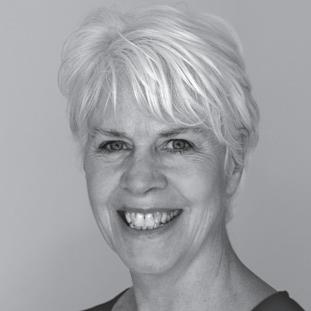
Editorial director
Liz Terry +44 (0)1462 431385
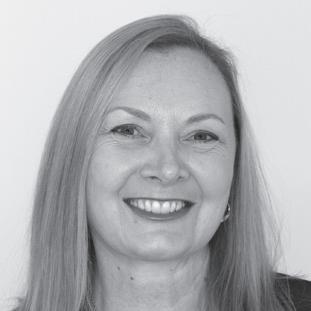
Editor-at-large
Jane Kitchen
+44 (0)1462 431385
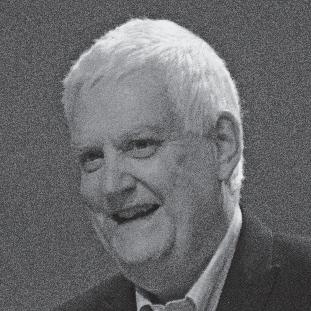
Contributor
Colin Mcilheney
+44 (0)1462 431385
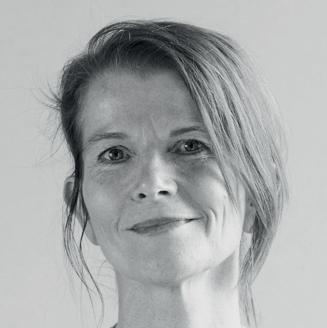
Publisher Astrid Ros +44 (0)1462 471911

Head of news
Helen Andrews
+44 (0)1462 471900

Editor Katie Barnes +44 (0)1462 471925

Contributor
Sophie Benge
+44 (0)1462 431385
Customer service
+44 (0)1462 431385
Advertising
+44 (0)1462 471911
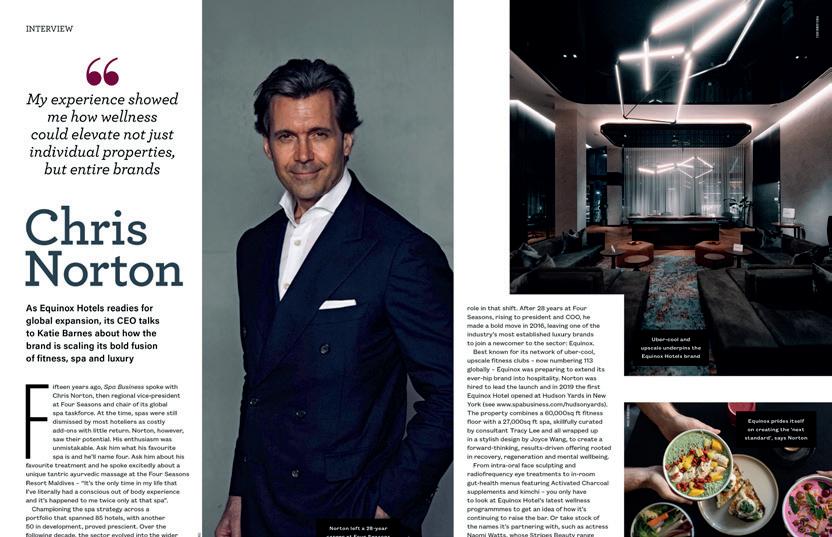

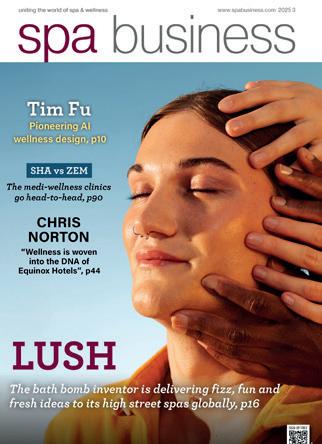
Subscriptions
+44 (0)1462 431385
Circulation
+44 (0)1462 471932

Finance
+44 (0)1462 471901
Credit control
+44 (0)1462 471901
Choose how you read Spa Business
Spa Business magazine is available in print from www.leisuresubs.com
Spa Business digital
Read free online and enjoy extra links and searchability www.spabusiness.com/digital
Spa Business PDF
A PDF edition is available to read offline at: www.spabusiness.com/pdf
More resources
Sign up for free digital
www.spabusiness.com/signup
Spa Business insider
www.spabusiness.com/insider
Spa Business Handbook
www.spahandbook.com
Spa Business Library
www.spabusiness.com/archive
Buyer Search Engine
www.spa-kit.net
HCM magazine
www.HCMmag.com
Fit Tech magazine
www.fittechglobal.com
Get Spa Business in print
Sign up for Spa Business at www.leisuresubs.com or email subs@leisuremedia.com
Annual subscription rates are UK £48, Europe £65 , rest of world £94, students (UK) £25.
Copyright Spa Business is published four times a year by Leisure Media Global, PO Box 424, Hitchin, SG5 9GF, UK. The views expressed are those of the authors and do not necessarily represent those of the publisher. All rights reserved. No part of this publication may be reproduced, stored in a retrieval system or transmitted in any form or by means, electronic, mechanical, photocopying, recorded or otherwise, without the prior permission of the copyright holder, Cybertrek Ltd.
Print and distribution Printed by The Manson Group Ltd. Distributed by Royal Mail Group Ltd and Whistl Ltd in the UK and Total Mail Ltd globally.
© Cybertrek Ltd 2025 ISSN 1479-912X (print) 2397-236X (online)



by
by
by



Experience the perfect blend of luxury and design with Oakworks spa tables featuring exclusive patterns by renowned designer Clodagh. Engineered for comfort and performance, these tables showcase nature-inspired engravings that elevate any spa setting with Clodagh’s signature style and Oakworks’ superior design.
Experience the perfect blend of luxury and design with Oakworks spa tables featuring exclusive patterns by renowned designer Clodagh. Engineered for comfort and performance, these tables showcase nature-inspired engravings that elevate any spa setting with Clodagh’s signature style and Oakworks’ superior design.
Experience the perfect blend of luxury and design with Oakworks spa tables featuring exclusive patterns by renowned designer Clodagh. Engineered for comfort and performance, these tables showcase nature-inspired engravings that elevate any spa setting with Clodagh’s signature style and Oakworks’ superior design.
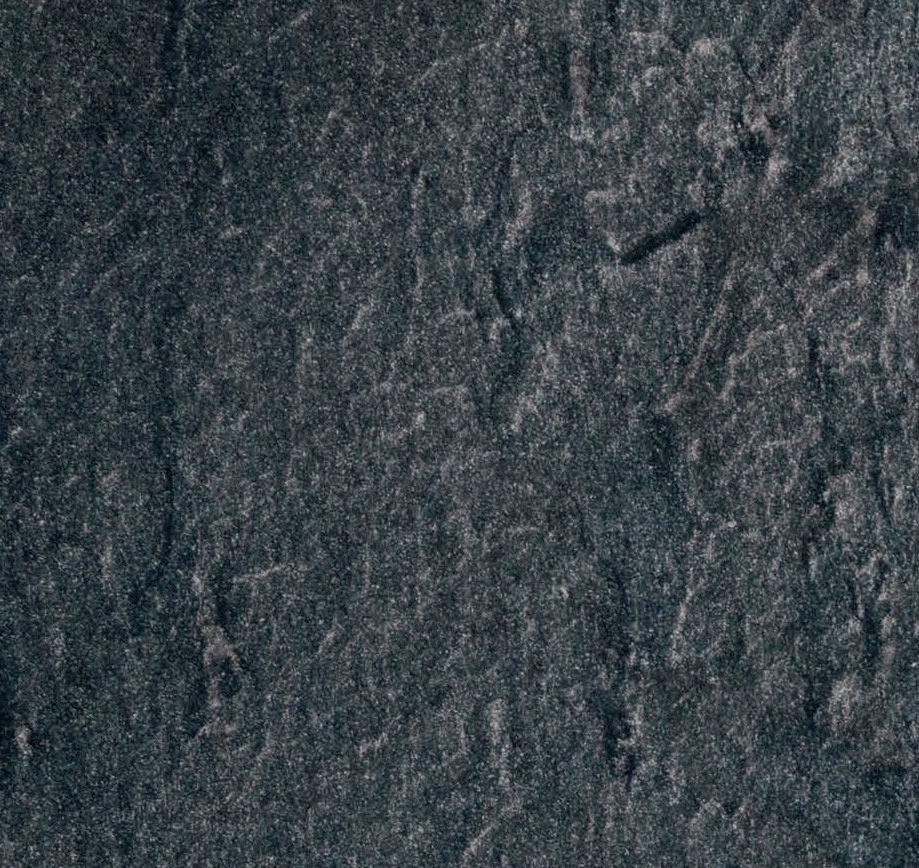


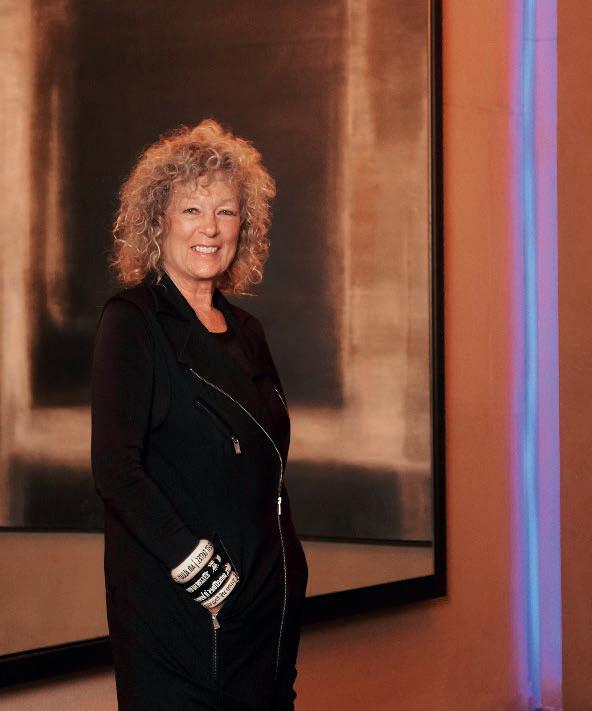








Clodagh’s new collection by Oakworks features two biophilic patterns Leaf & Shade and Canopy, designed to elevate the spa’s calming, relaxing atmosphere.
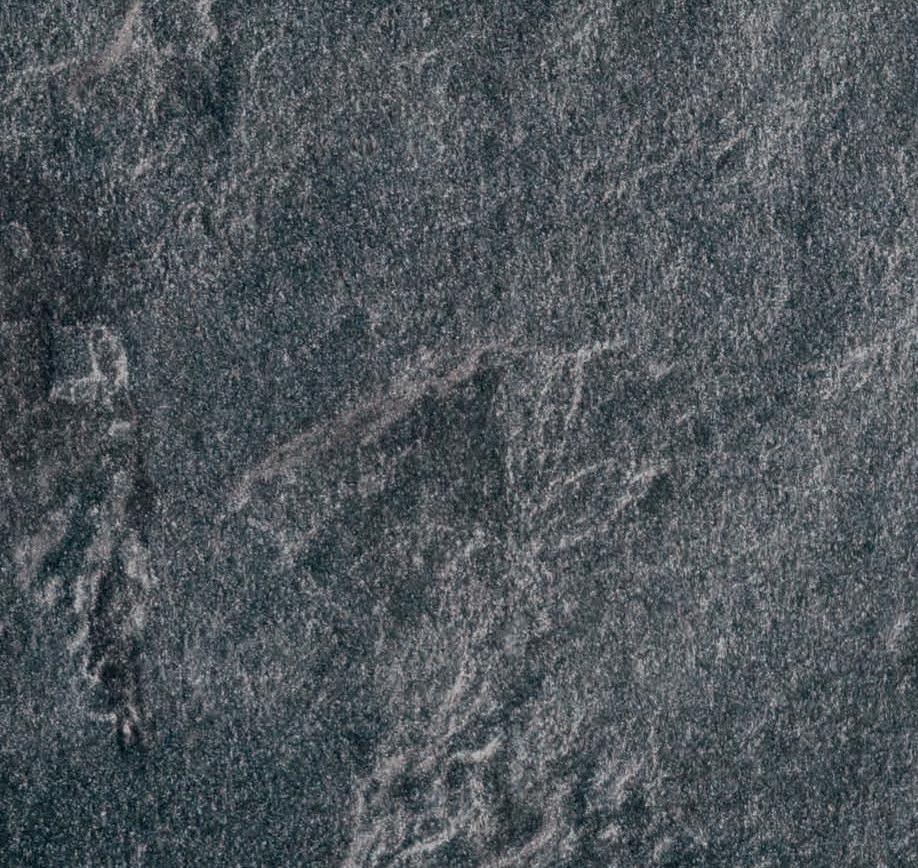

Clodagh’s new collection by Oakworks features two biophilic patterns Leaf & Shade and Canopy, designed to elevate the spa’s calming, relaxing atmosphere.
Clodagh’s new collection by Oakworks features two biophilic patterns Leaf & Shade and Canopy, designed to elevate the spa’s calming, relaxing atmosphere.







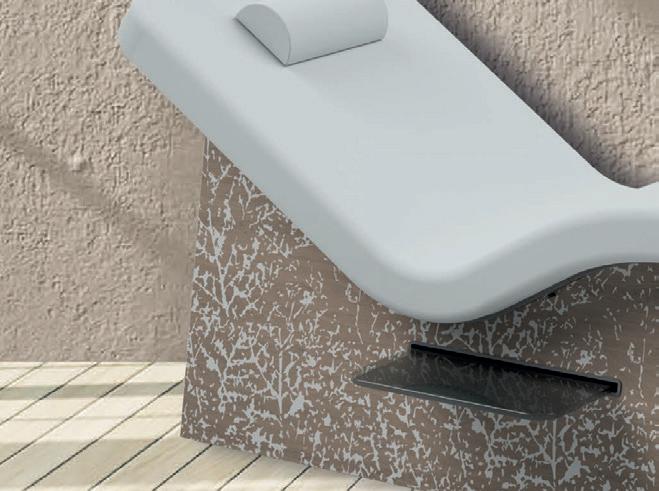

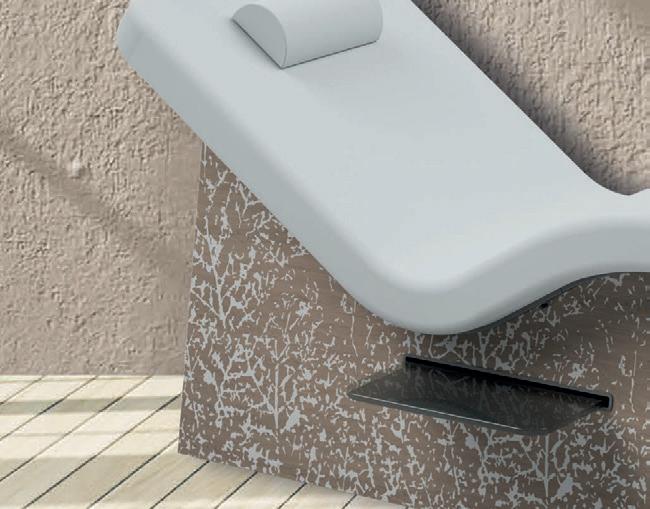






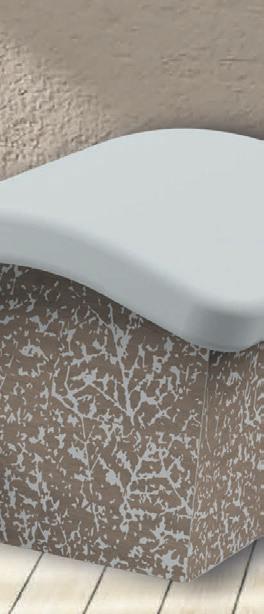
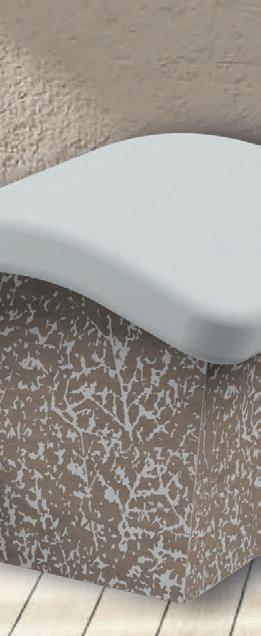


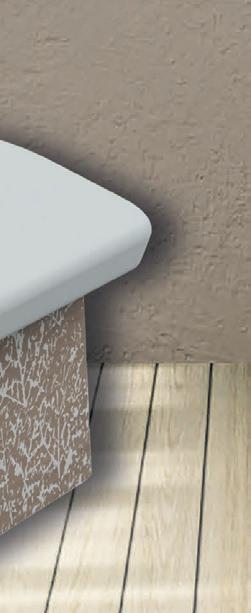


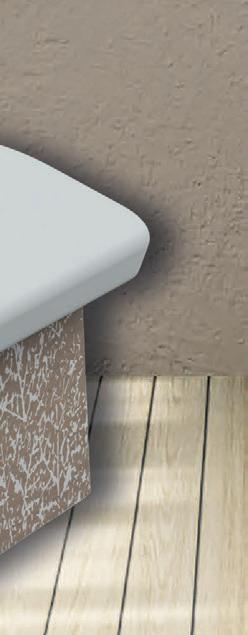

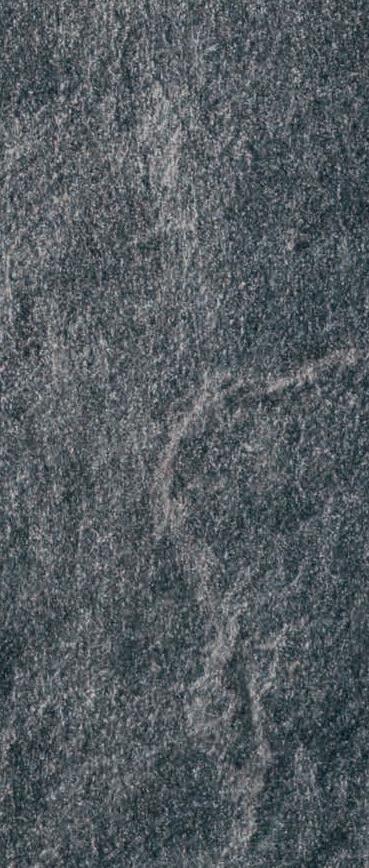


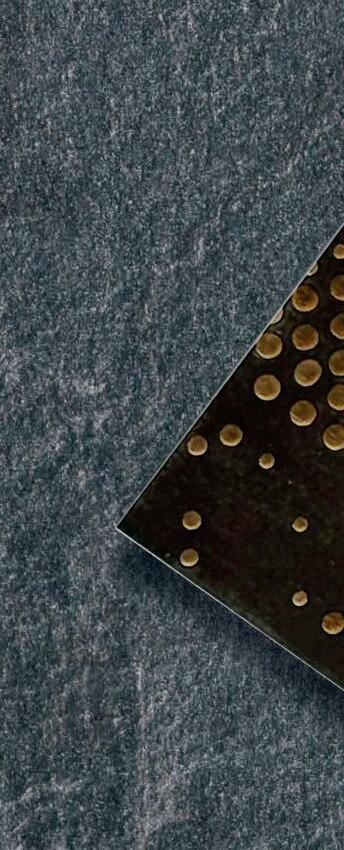


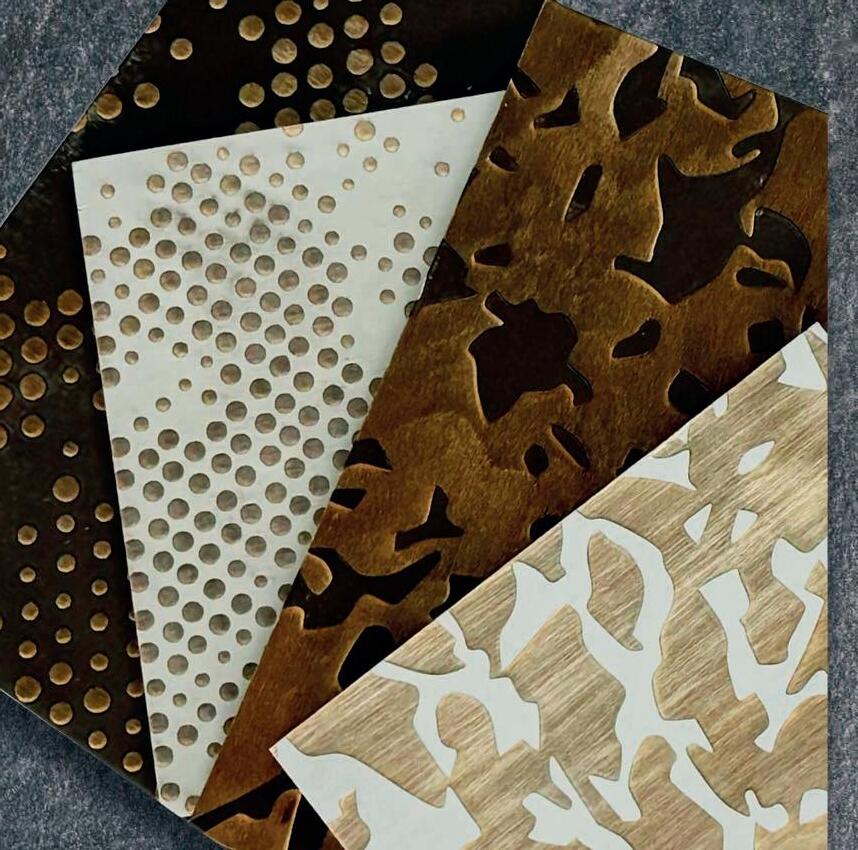


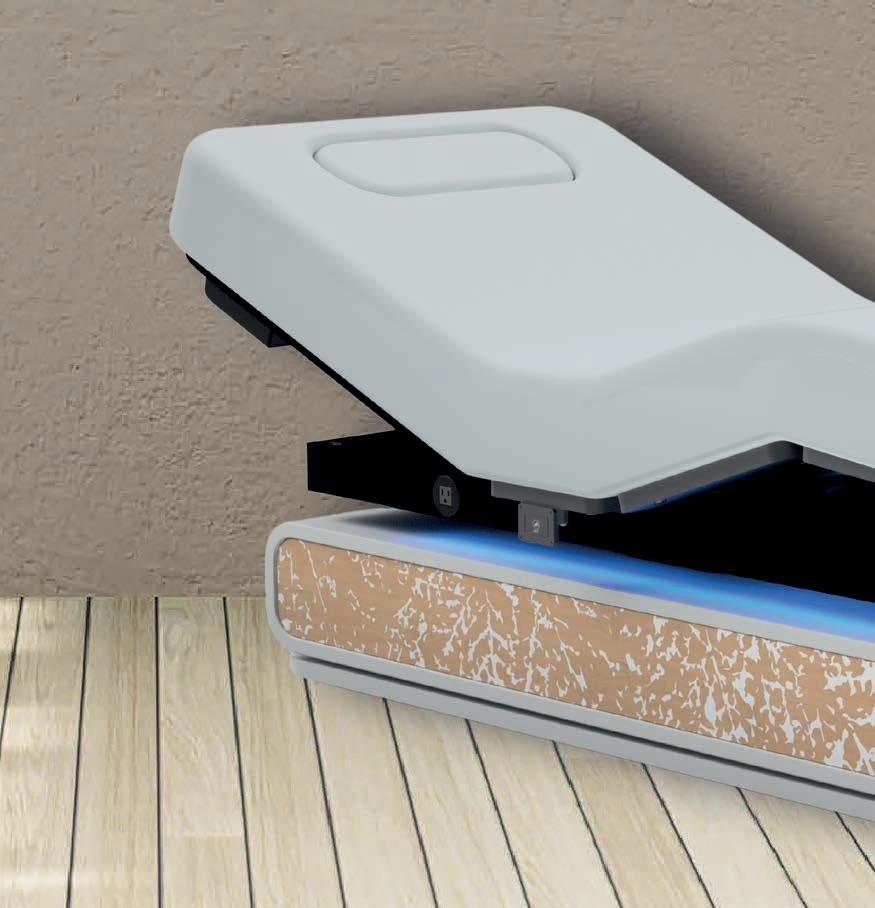







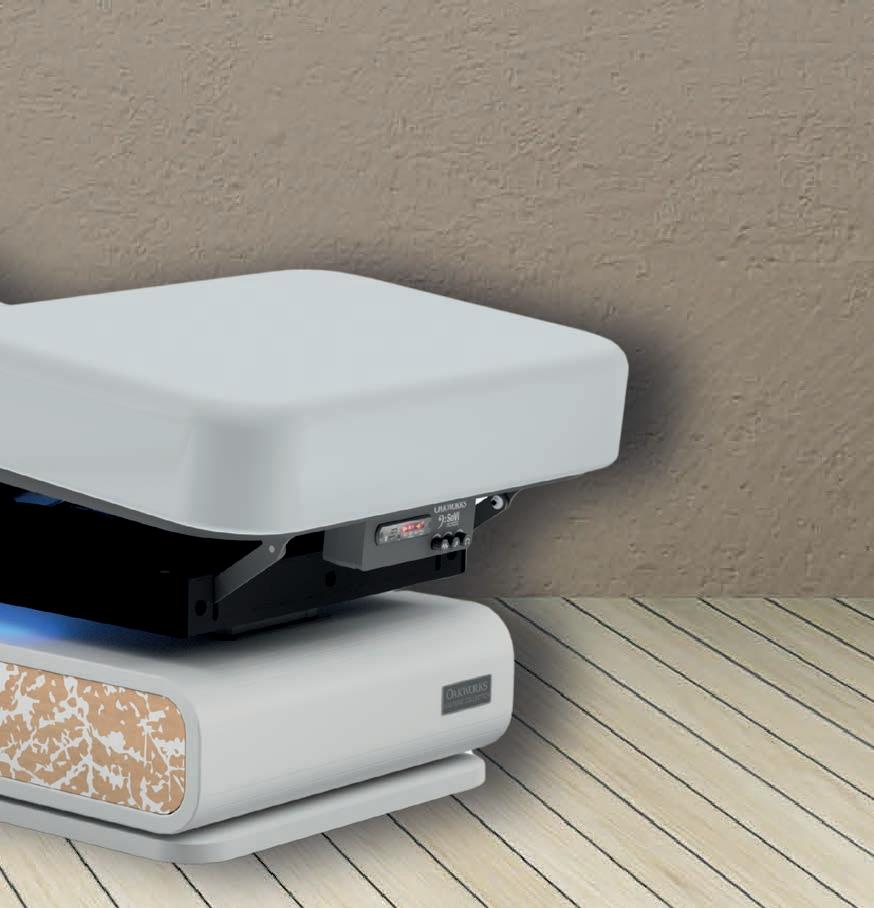
























Tim Fu, founder, Studio Tim Fu
Architect Tim Fu, an alumnus of Zaha Hadid’s practice, has revealed plans for a collection of wellness-focused luxury villas on the shore of Slovenia’s Lake Bled, which he claims is the world’s first architecture project to use AI at all stages of the design process.
Commissioned by an unnamed Slovenian philanthropist, the 22,000sq m development consists of six new villas, as well as the restoration of Vila Epos, a protected cultural monument. The brief was to design a development according to biophilic principles, harnessing the power of nature to promote wellbeing.
For wellness developers, Fu’s project signals a potential shift in how future destinations are imagined, delivered and experienced. As design becomes ever more central to guest experience and asset value in our sector, we ask Fu – who’s also worked for the Bjarke Ingels Group (BIG) – how he’s used AI and whether it can really grasp the nuances of wellness architecture.
What’s your philosophy when it comes to architecture?
I see it as the deliberate marriage between art and technology. One speaks to the soul and the other to the system. True design emerges when both are in harmony.
Technology is ever-evolving and from its embrace we can propose new methods of practice, unlock previously inaccessible forms, and expand the architect’s role beyond traditional
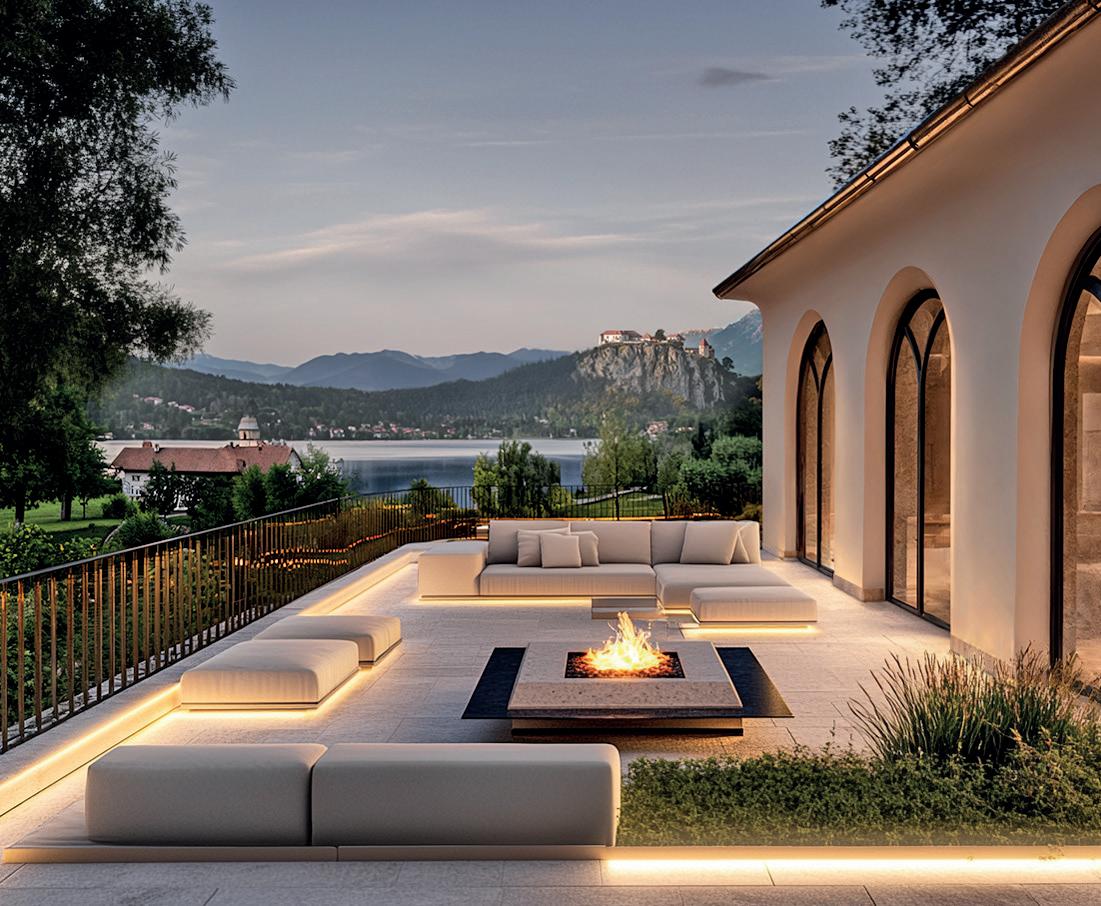
boundaries. Tools such as AI are not just instruments of efficiency – they’re catalysts for imagination. When used thoughtfully, they allow us to ask better questions, to explore deeper layers of meaning and to design with greater agility and intention.
At its core, architecture remains a human act, using a spatial language that’s shaped by empathy, curiosity and care. No matter how advanced our tools become, the pursuit of meaningful experiences must always lead the way at all times.
What’s the aim of Studio Tim Fu?
Studio Tim Fu was founded upon recognising the immense creative potential of generative AI. Unlike practices that limit AI to conceptual phases, we integrate AI across the entire design workflow – from rapid exploration and development to refinement and optimisation. Traditional architectural considerations such as programming, context, and materiality remain central to our work. However, AI accelerates and enhances these
Fu, who’s worked for Zaha
Hadid and BIG, claims the project is the fi rst in the world to use AI in all design stages

For wellness developers, Fu’s project signals a potential shift in how future destinations are imagined and experienced
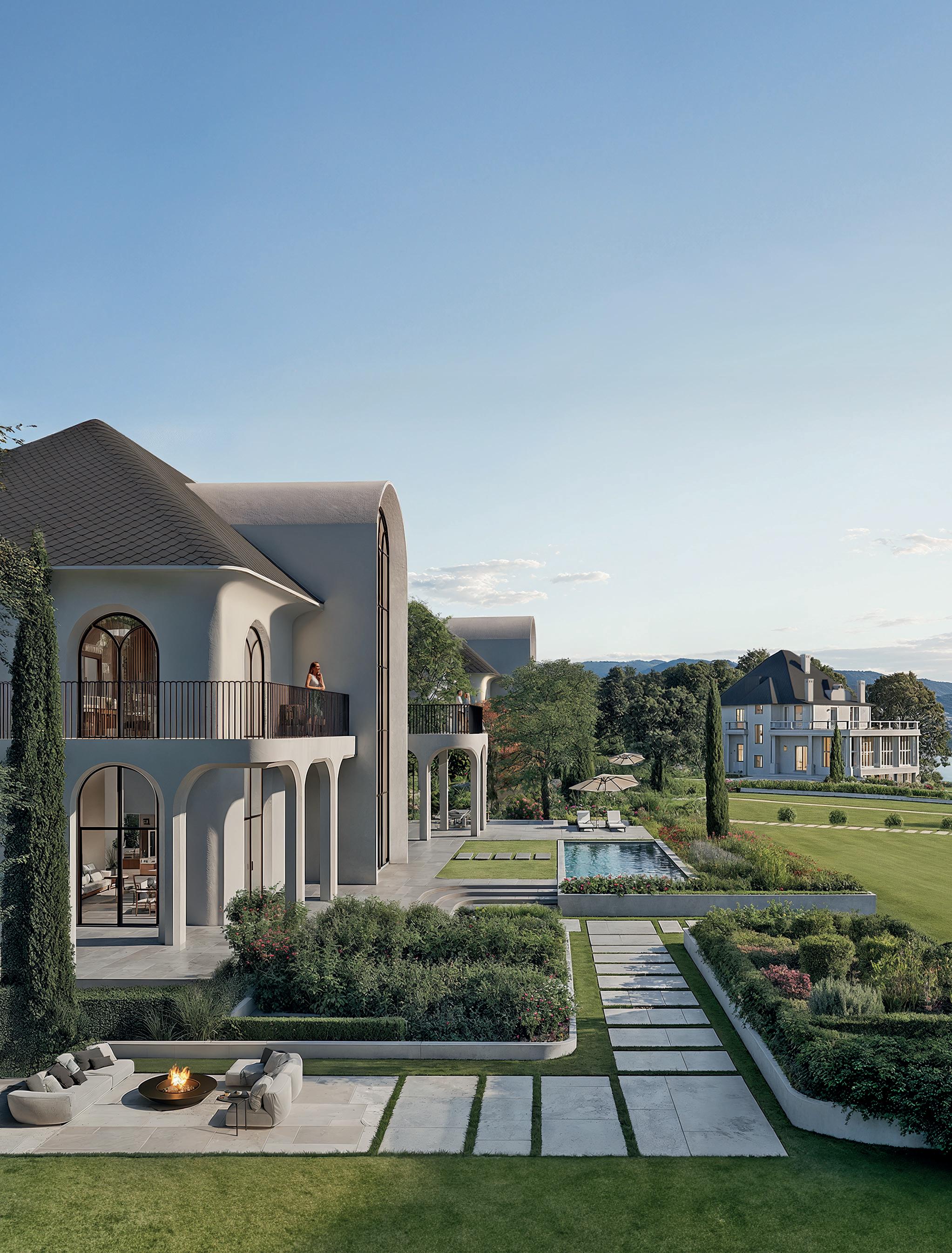
Tools such as AI are not just instruments of efficiency – they’re catalysts for imagination
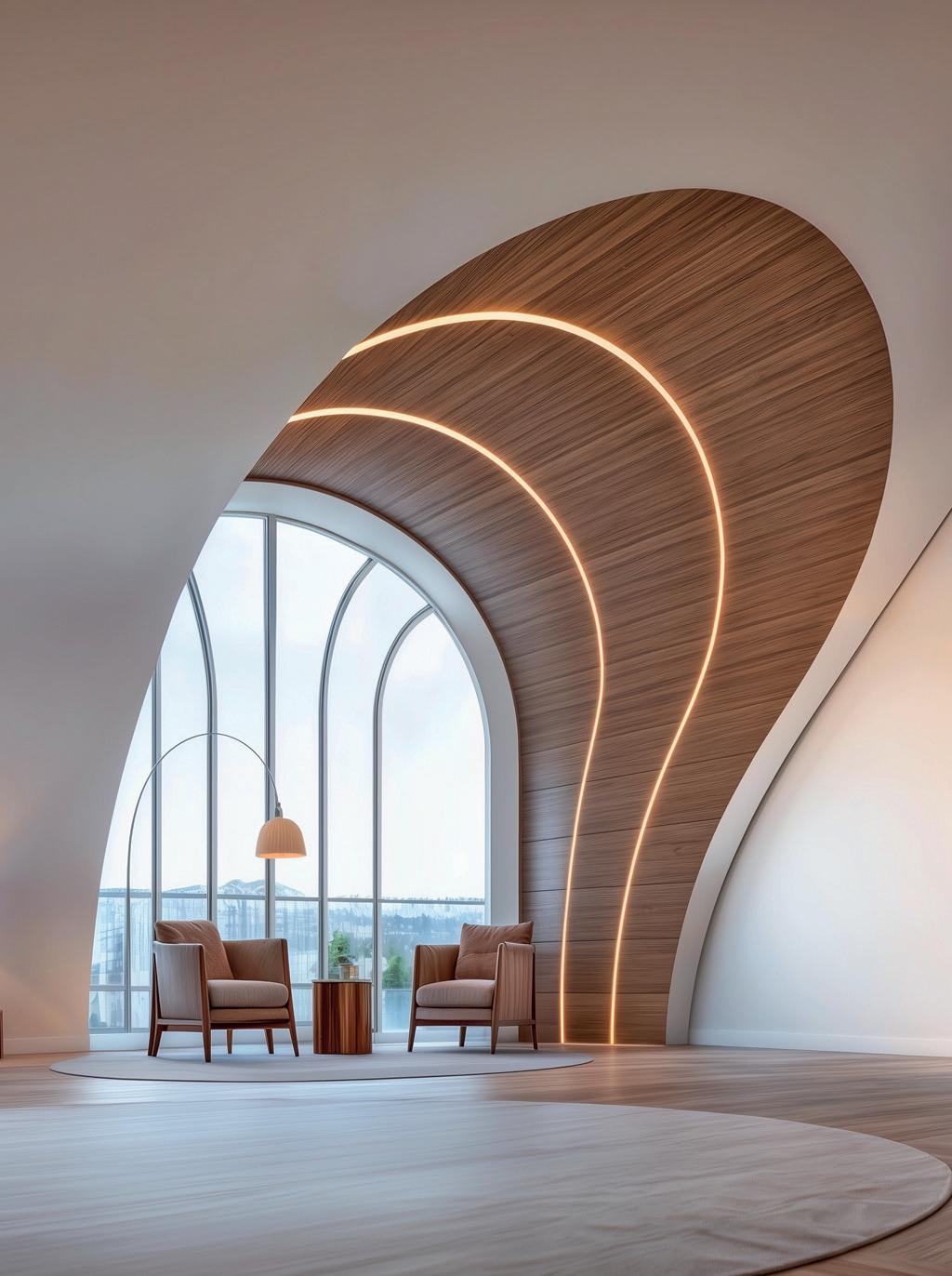
processes, enabling iterative and exploratory workflows that improve outcomes across all stages.
What excites you most about the use of AI in architecture?
Its potential to expand the creative process rather than constrain it. It’s not about automating design – it’s about augmenting intuition. AI opens up entirely new ways of thinking spatially, allowing us to explore complex geometries, generate rapid iterations, and respond to context with far more nuance and depth. It also challenges the role of the architect. We become curators of possibility, editors of a vast design space and that allows for a kind of collaborative creativity between human and machine, where ideas evolve in real-time and design becomes more fluid, adaptive, and imaginative. Ultimately, it’s a tool that helps us design not just faster, but smarter and to access higher levels of creativity.
Tell us about the Lake Bled Estate project and how you used AI This project presented two exciting and meaningful challenges. First,
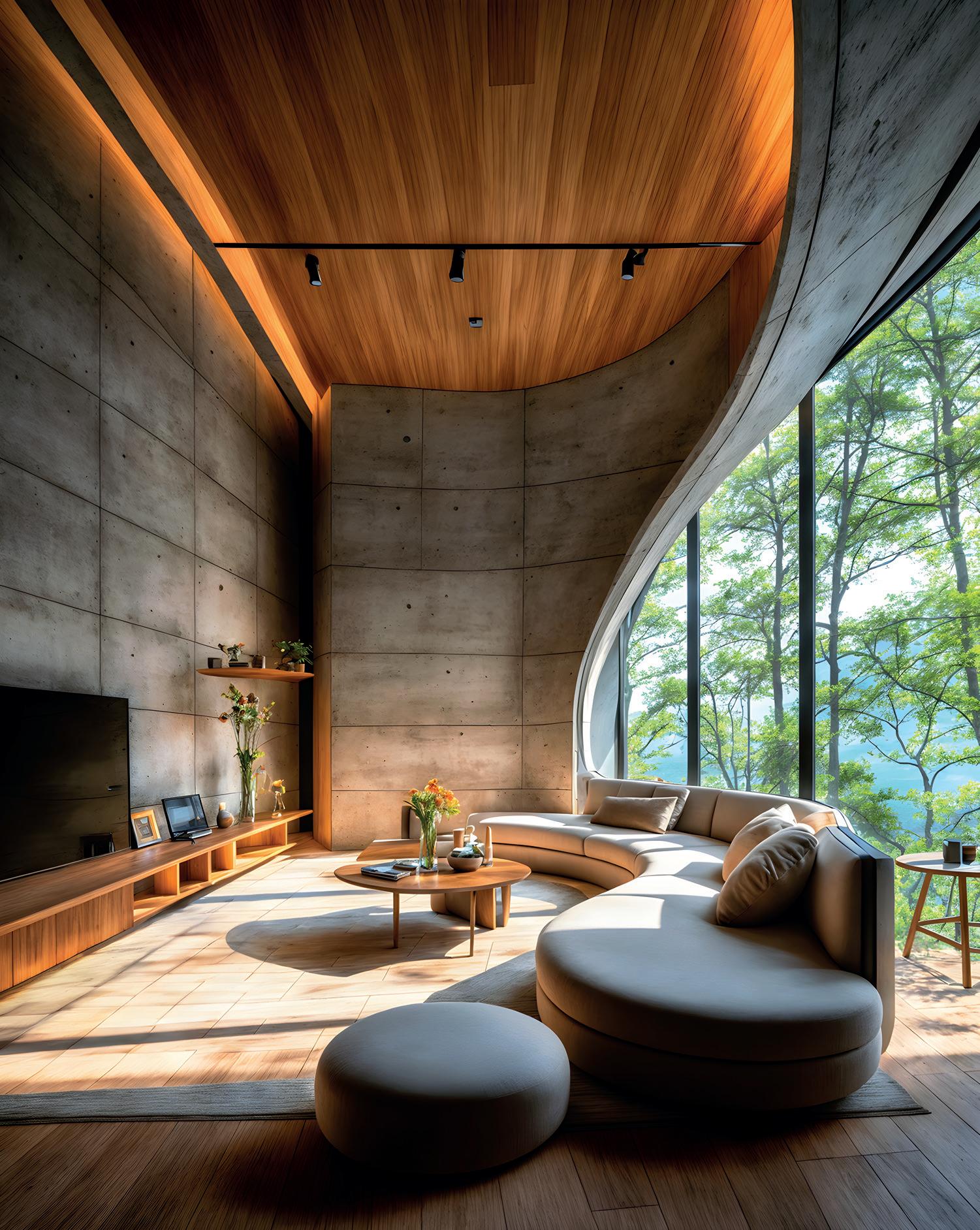
creating a new benchmark for elevated luxury and innovative design in Slovenia. At the same time, it was vital to respect the legacy of Vila Epos, carefully navigating the strict heritage regulations. By training our AI models on traditional and contemporary Slovenian architecture, we generated a wide range of design options, blending tradition with innovation. AI-enriched decision-making by proposing a vast array of ideas and opportunities, shifting our workflow from prescriptive to exploratory.
How did you combine the use of AI and human creativity with this project?
Studio Tim Fu was built from the ground up as an AI-first firm with the goal of pioneering methods that blend human creativity with machine

intelligence. One example is our diffusion visualisation workflow, where we can plan architectural programming while AI generates design options in real time. We’ve also integrated optimisation algorithms that enable machine intelligence to maximise key parameters, such as daylighting and room efficiency.
What are the pros and cons of using AI in architecture?
AI can provide a high quantity of creative inputs. But there’s a real danger in the irresponsible use of AI – it can lead to a kind of creative atrophy if we rely on it too heavily.
Take the camera, for example.
Anyone can point and shoot and get a photograph, but it takes an artist to transform that same tool into a medium of expression. Photography becomes art when guided by vision, skill and passion. AI is no different. Humans should always decide which values to pursue, based on our collective understanding
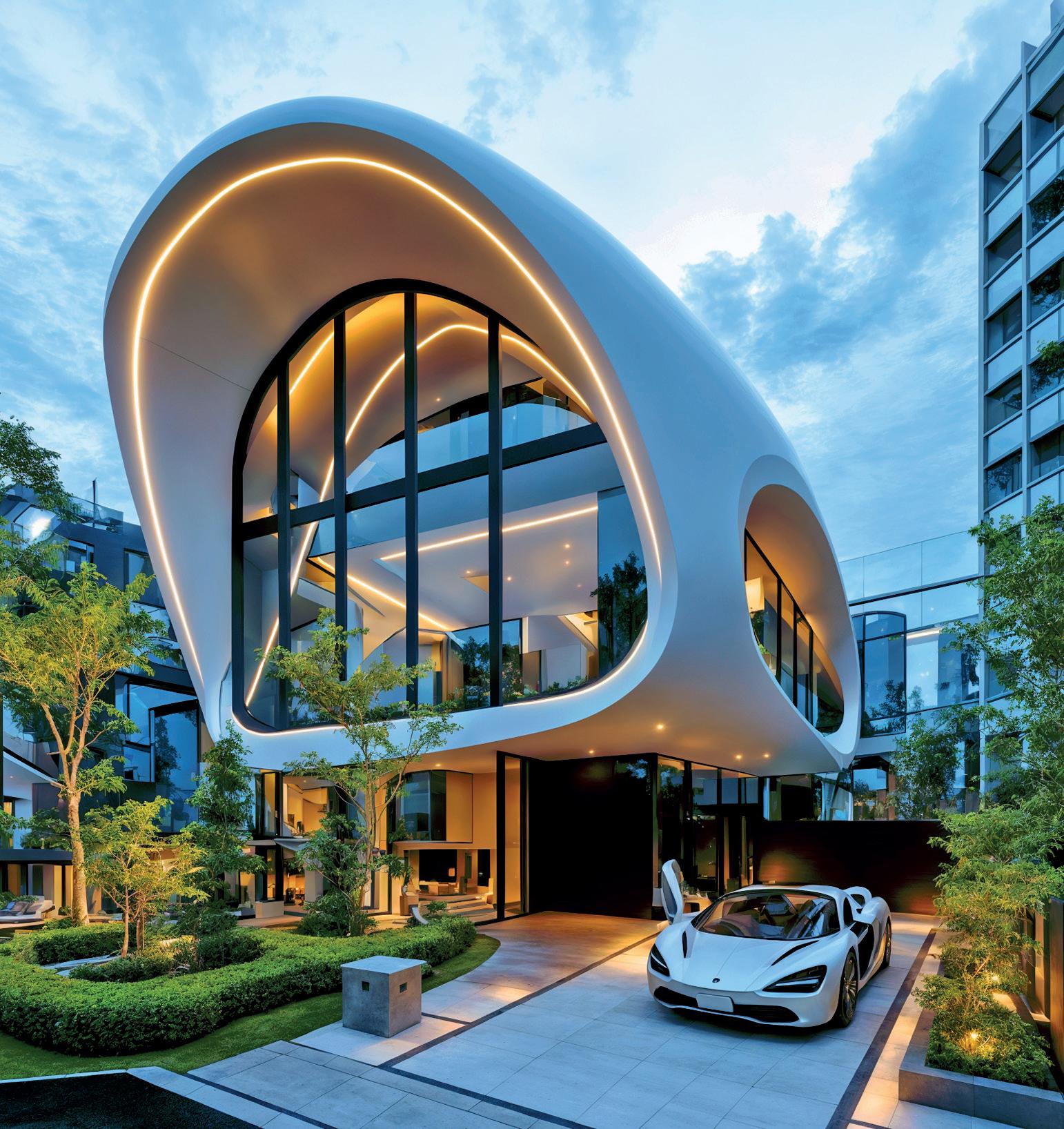
As AI takes on more of the technical and generative work, our value will lie in how we guide it
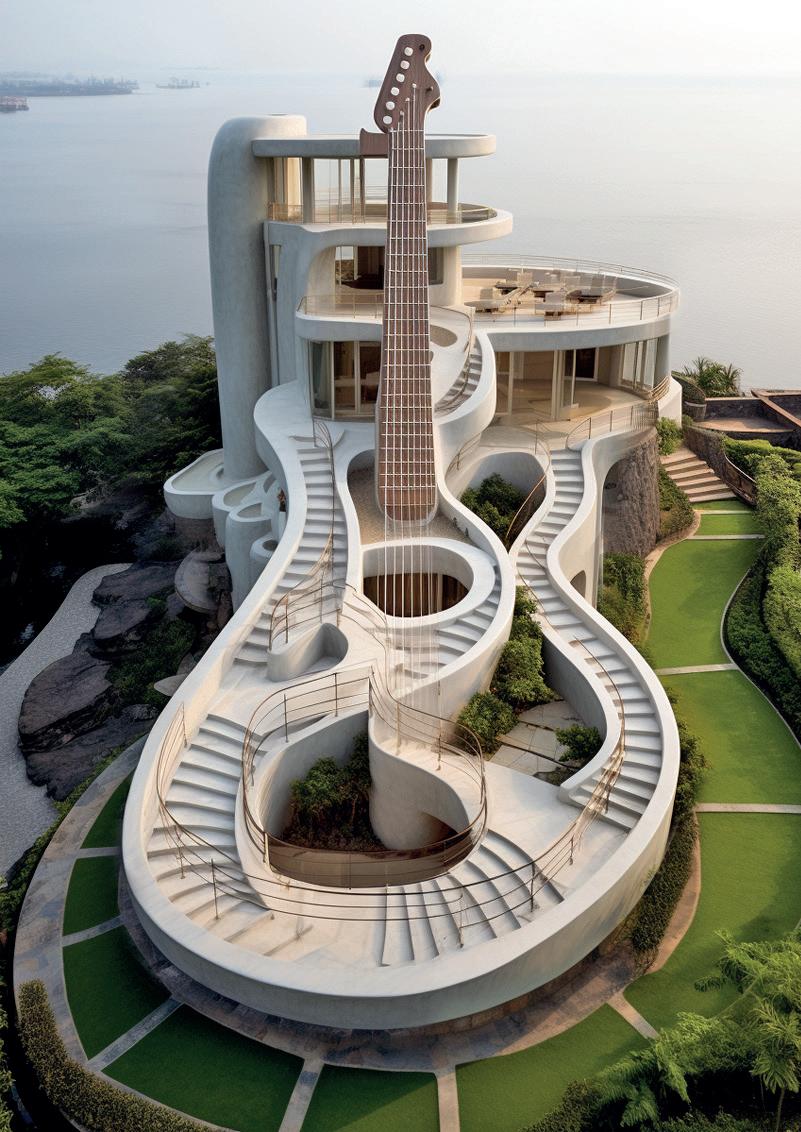
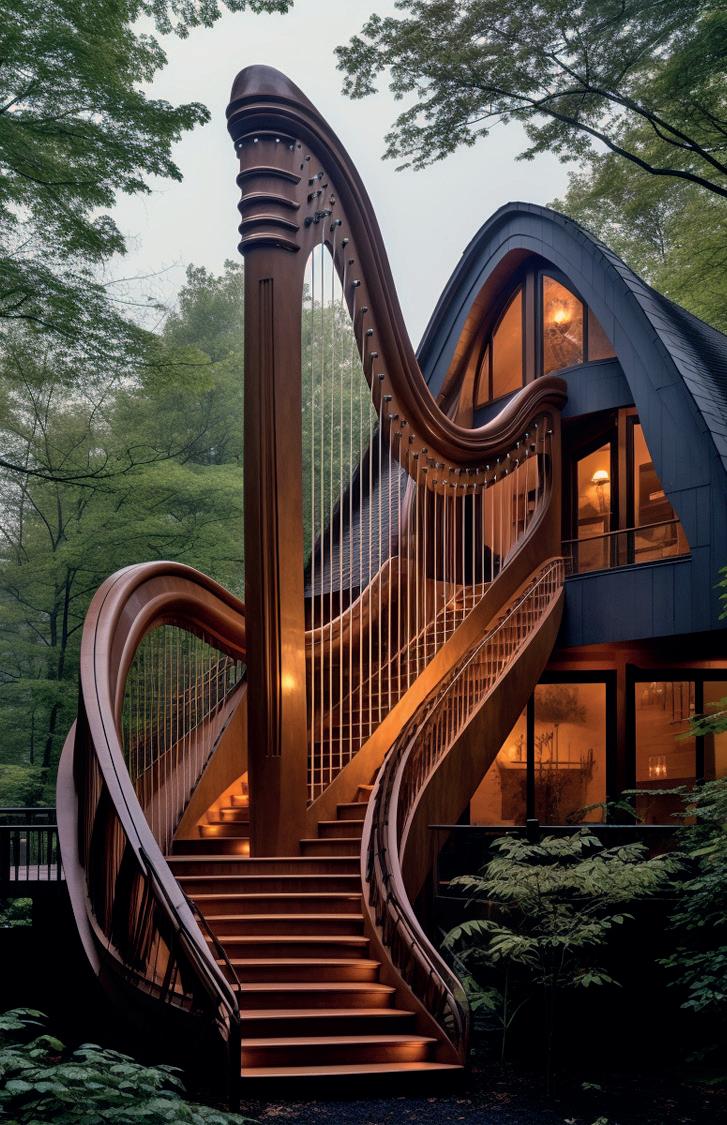
of culture, society and what we want to proliferate into our built environment. As architects, it’s our responsibility to use AI not as a crutch, but as a catalyst. It should challenge us, not replace us.
What’s the future for AI in architecture?
AI has proven to be a transformative force. As it takes on more of the technical and generative work, our value will lie in how we guide it, shaping outcomes that are aligned with human intent and need and also with spatial empathy.
The future of architecture is not about resisting AI, but working with it. It’s our responsibility to ensure what we build continues to reflect the richness of human history, emotion, and imagination in an age increasingly shaped by machines. l
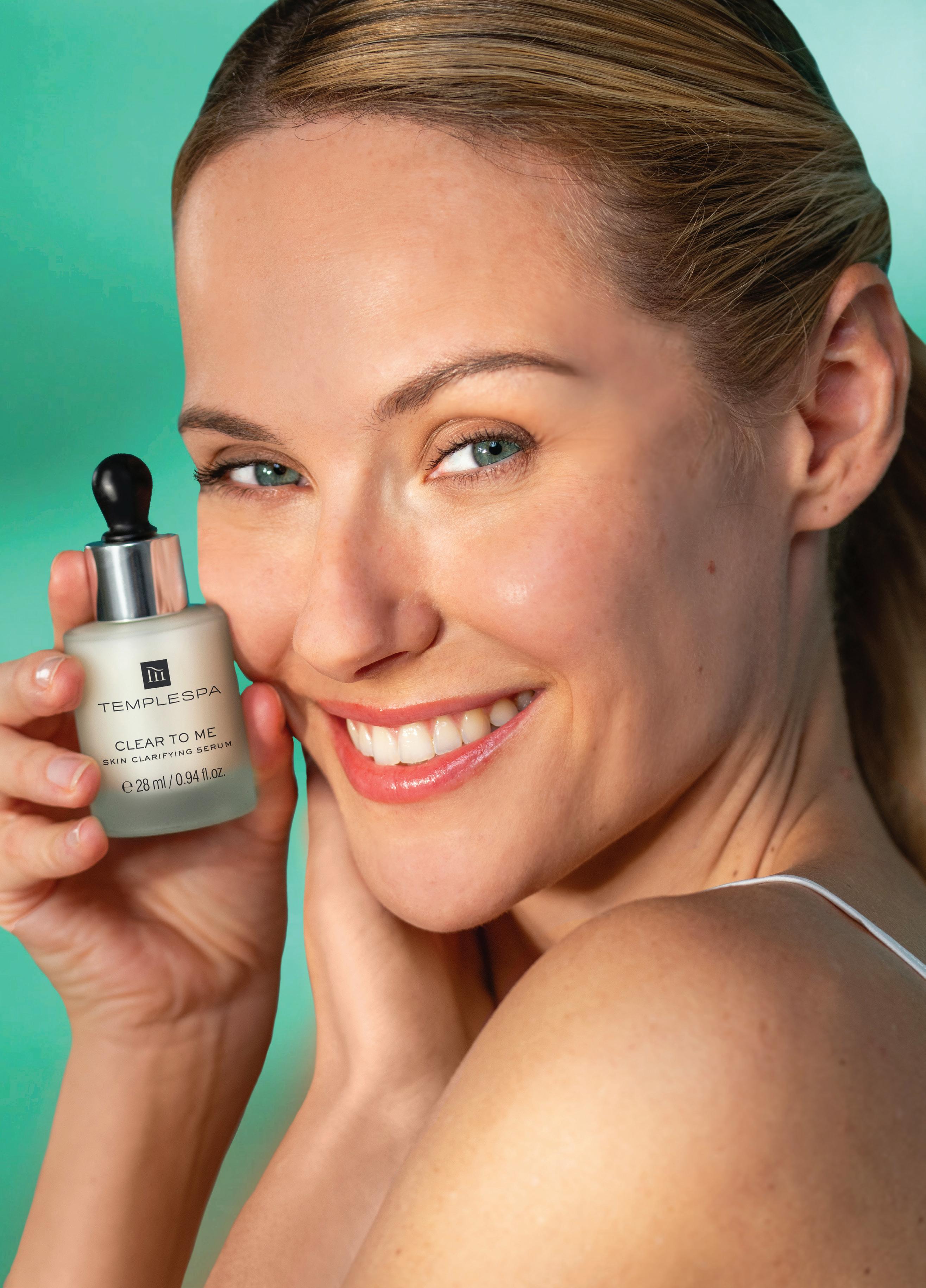
Kayley Thomas, co-founder, Lush Spa
Lush may be best known for its fizzing bath bombs and cosmetics retail outlets in more than 50 countries, but behind the scenes, it’s been quietly building an equally distinctive day spa empire. With 19 facilities worldwide – from New York to Kyoto and Dubai to London and Vancouver – the brand has developed an immersive, multisensory approach that sets it apart.
Most recently, it teased plans to extend its philosophy into hospitality to bring its ethos of rest, reconnection and nature-led design into overnight stays. In this interview, Lush Spa co-founder Kayley Thomas reveals more about the company’s hotel plans and how the brand prides itself on reshaping spa experiences.
Tell us about your spas
The Lush Spa concept was envisioned by our CEO, Mark Constantine, as the ultimate demo of our products. It’s central to the business, embodying our core value of service and leaving the world ‘lusher’ than we found it.
We have 19 day spas around the world. Our first opened in Poole on the UK’s south coast in 2009 and now 10 per cent of our UK and Ireland shops offer treatments.
What’s the concept behind the spas? Spectacular design is paramount, as is delivering a memorable experience and showcasing iconic Lush products
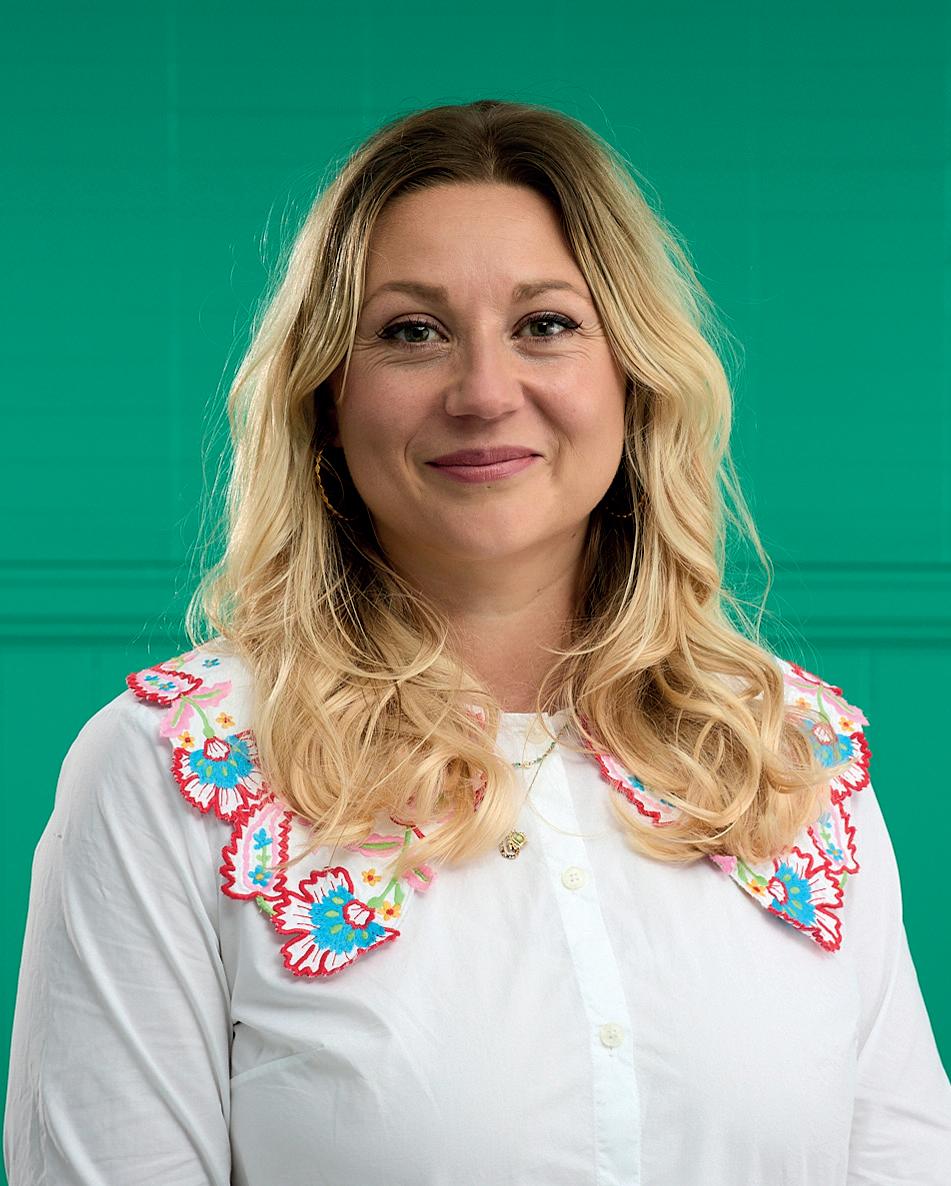
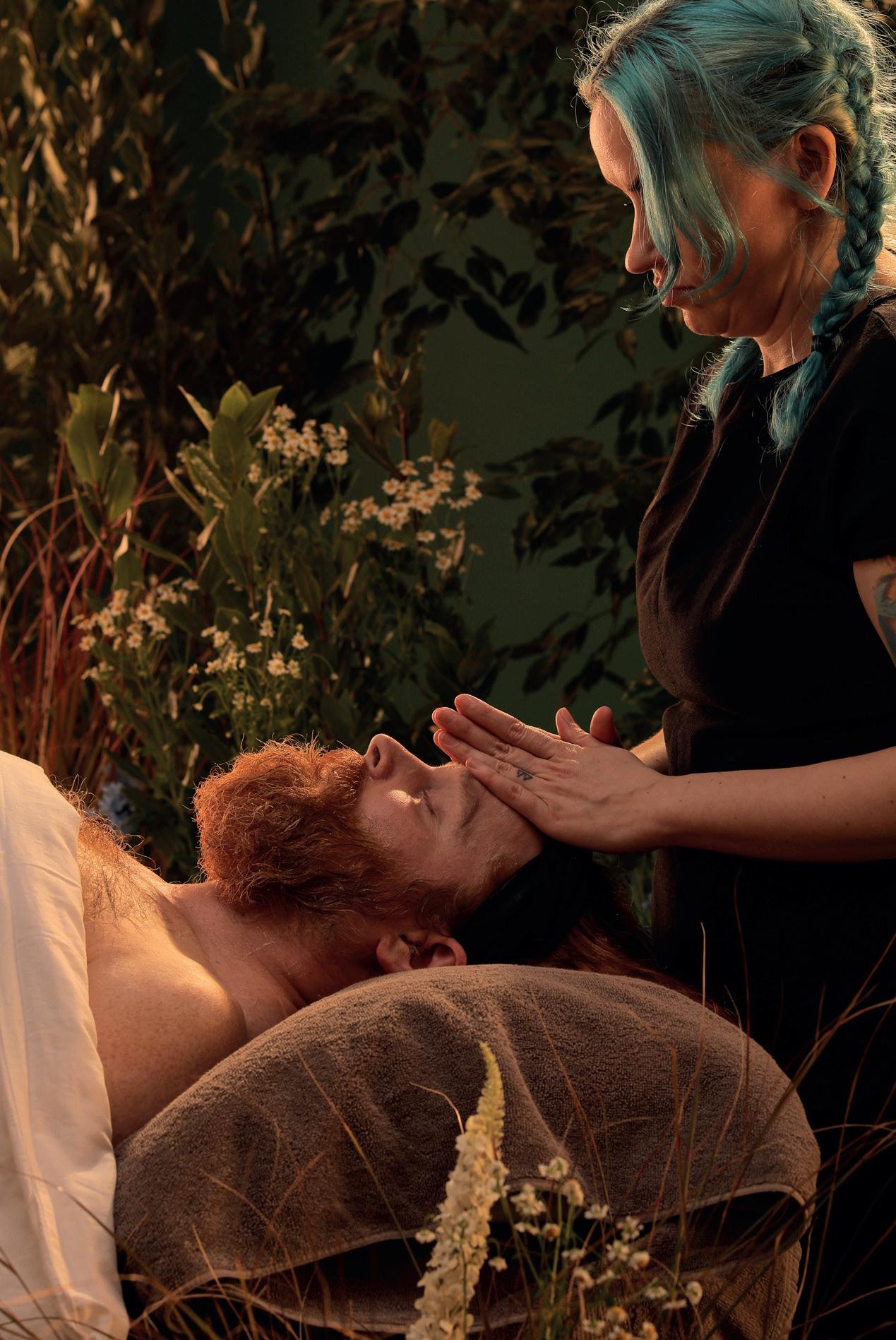
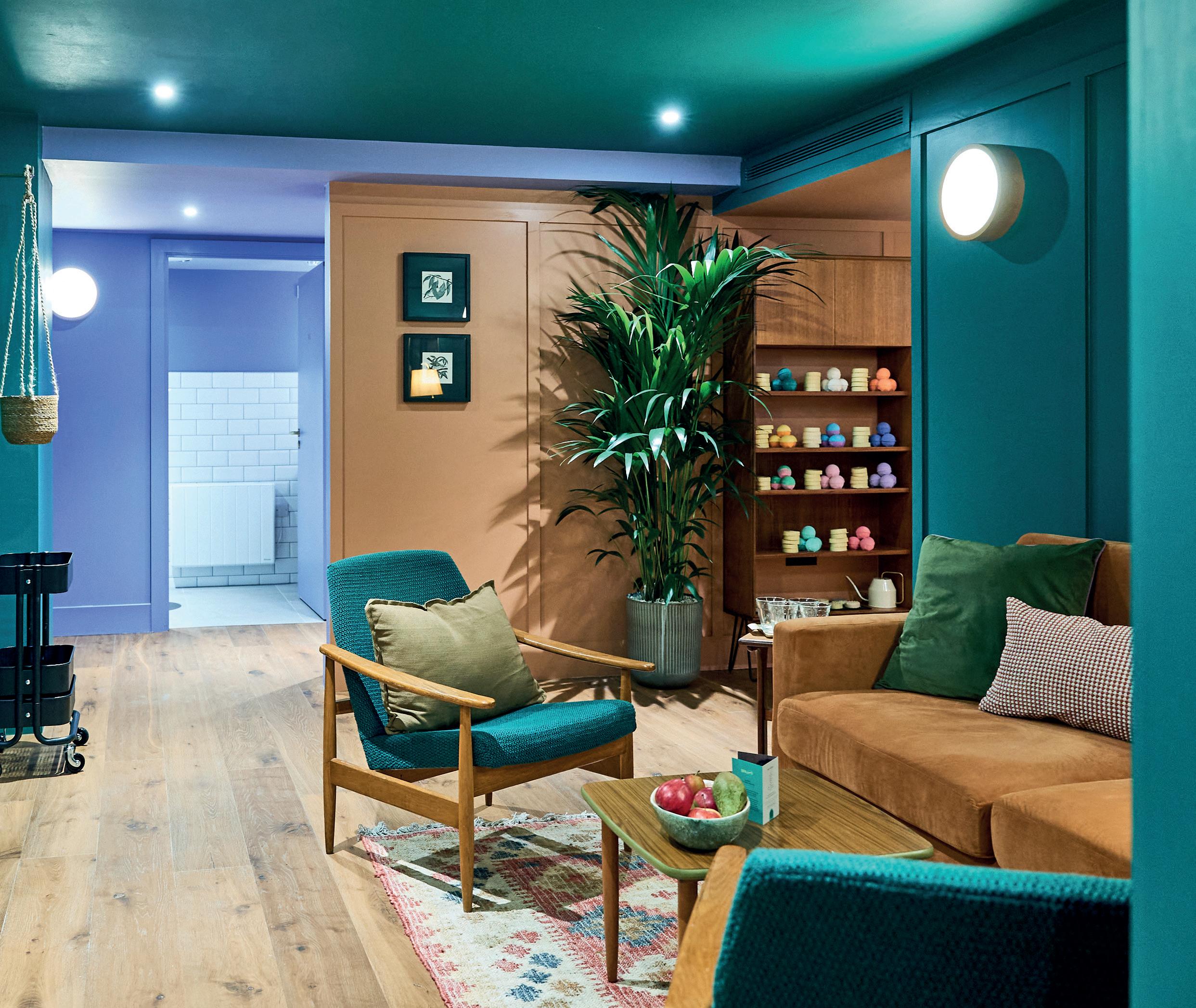
and exclusive formulations that are only available in the spa.
We also focus on creating transformative immersive experiences for all the senses, with each treatment carefully crafted to take guests on a journey that promotes deep rest and connection to nature.
Bespoke soundscapes meticulously developed by carefully-selected musicians are a key element. These incorporate birdsong recordings to activate the parasympathetic nervous system. We would be mortified to play plinky plonky spa music. Instead, we set aside a budget to create our own unique soundscapes.
How big are Lush spas?
They range from two to six treatment rooms and newer spas
We’re proud to be leading trends and innovating in the wellbeing space
have large kitchens or communal areas where customers can take time to relax before or after their treatments. These are also used to host our Spa Parties, yoga classes and local events. Mirdif in Dubai is the smallest spa at 79sq m, while Glasgow City spa, one of our newest locations, is the largest at 336sq m.
Tell us more about the bathing options
As inventors of the bath bomb, we couldn’t not offer baths to our spa customers! Many of the spas have bathrooms where we offer 30-minute Book a Bath experiences. They enable
customers to try either Lush product ranges, or one-off collaboration baths such as Shrek’s Book a Swamp or the Wicked theatrical soak. They’re also a popular add-on to some of our longer treatments.
Who designs your spas?
They’re designed in-house by our shop and space planning teams, led by Jo Evans, who was the first employee of Lush, starting with the business fresh from art college 30 years ago. We have strict buying policies in place to ensure all our equipment and towels are organic and fully traceable.
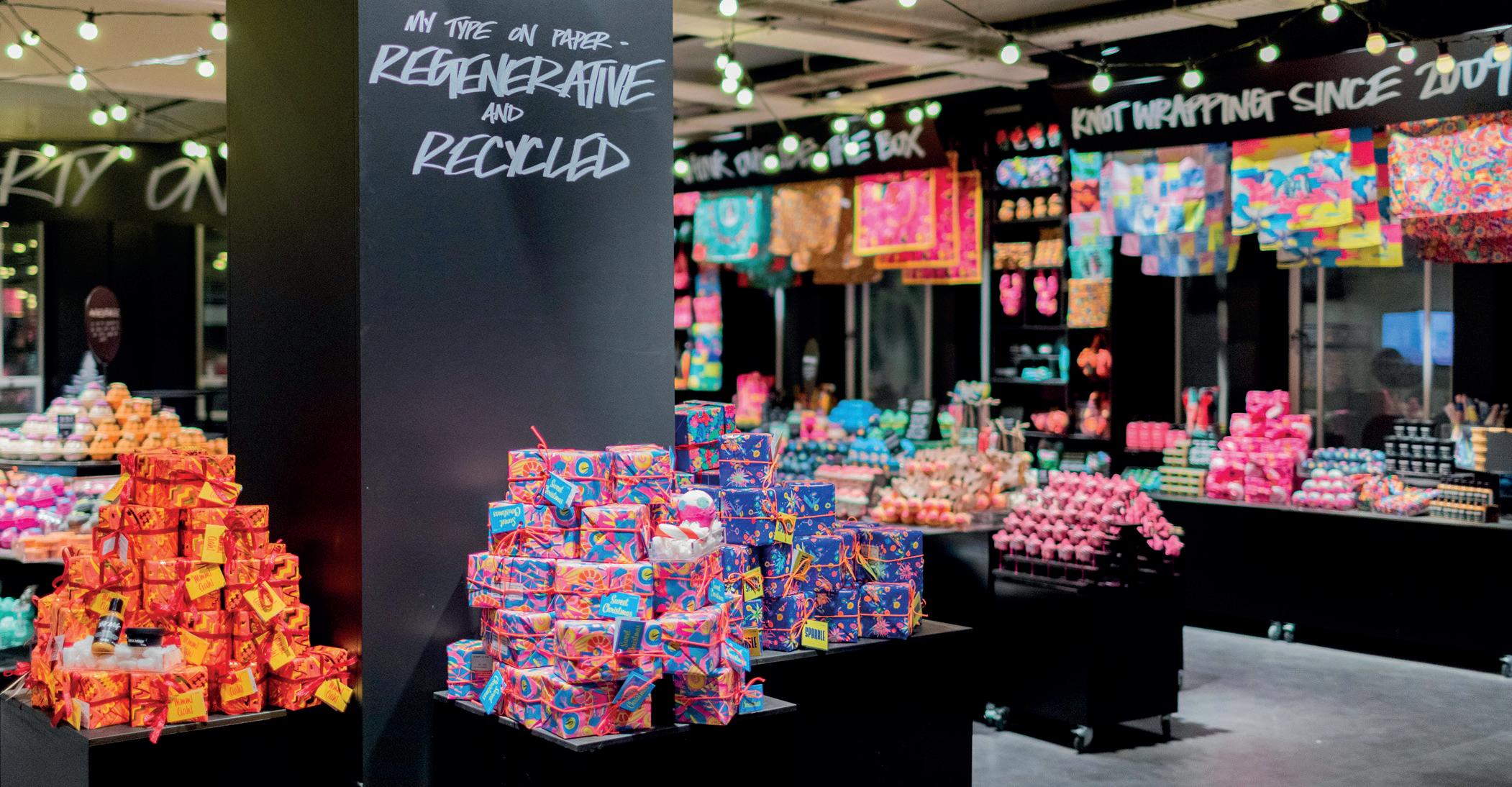
What have been the greatest challenges?
Gearing the business up to work for the spas and recognising that spas are a different industry, requiring investment in things such as booking systems, which haven’t historically been needed when running a predominantly retail business.
How do you train your therapists?
We have around 70 therapists working across our UK spas and 50 across our global spas.
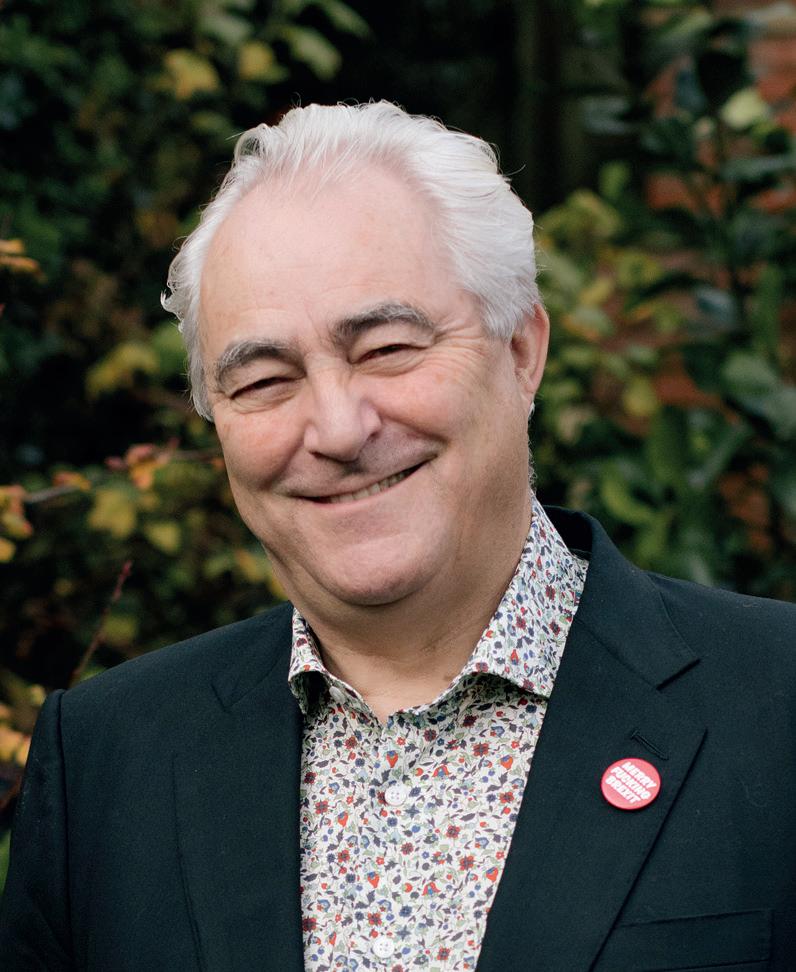
Treatments are core to Lush’s existence and have been in our mission statement from the very start
We employ externally qualified therapists, as well as offering an in-house VTCT-accredited training programme to loyal and passionate staff who are already in the business. We’re very proud of this. It’s been running for 13 years and has seen us upskill 210 retail, support and manufacturing employees.
It’s increasingly hard to find external therapists capable of delivering the five-star experience we expect, so in-house training remains vital.
What’s the process for creating treatments?
Treatments are core to Lush’s existence, having been in our mission statement from the very start.
Birthing new treatments can take a year and they’re inspired by what customers need. Given increasing levels of stress and mental health challenges, for example, our therapies explore the relationship between the mind and body to provide a sense of escape.
We cover all styles of massage, including deep tissue, hot stones, facials and reflexology, as well as trying more unusual therapeutic techniques. Sound therapy is incorporated into all treatments, for example, cold therapy in our Rewilding facial and rune readings in our Highlands hot stone massage.
Which are the most popular?
Last year, The Good Hour made up 16 per cent of sales and had a growth of 18 per cent compared to the previous year. This firm, full-body and trigger point massage is inspired by Lush’s hometown of Poole and features a coastal soundscape. It lasts 70 minutes and costs £140 (US$189, €160).
Synaesthesia, our 80-minute multisensory, signature treatment made up 14 per cent of sales. We worked with a psychologist to create this £160 (US$218, €185) treatment, which uses massage techniques and scents to transition clients to a certain feeling based on one of 11 intentions.
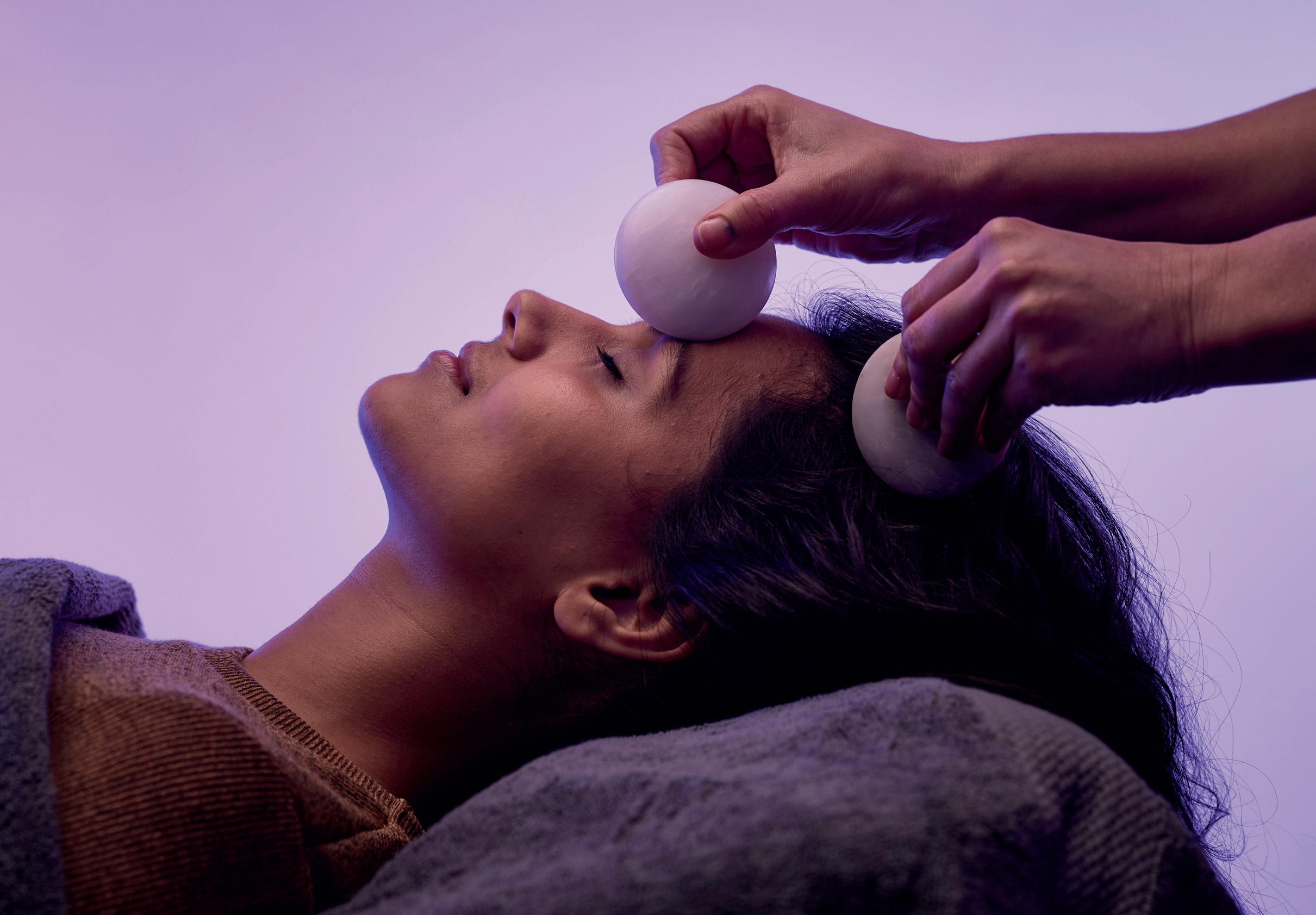
Our third most popular treatment, accounting for 12 per cent of sales, was The Comforter, a hot chocolate full-body scrub and rose serum massage. It’s priced at £110 (US$149, €126) for 60 minutes. See the full menu at www.spabusiness.com/LUSH.
What are your key business metrics?
UK spas have grown more than 13 per cent in the last year on a like-for-like basis and we find that one in every three clients a month are repeat customers. Our top performing spas in the UK, for revenue and number of treatments, are in London’s Covent Garden and Birmingham. The average number of treatments performed each month in all our UK spas combined is 2,345, while our monthly average globally currently stands at 3,245.
What makes Lush Spa unique?
You won’t experience a spa treatment that resembles ours anywhere else in the world, especially given our unique soundscapes.
UK: Bath, Birmingham, Cardiff, Edinburgh, Glasgow, Leeds, Liverpool, London (Covent Garden and Oxford Street), Poole
GLOBAL: Canada (Vancouver), Dubai (Mirdif), Japan (Jiyugaoka, Kyoto and Shinjuku), South Korea (Apgujeong and Starfield), Spain (Madrid), USA (New York)
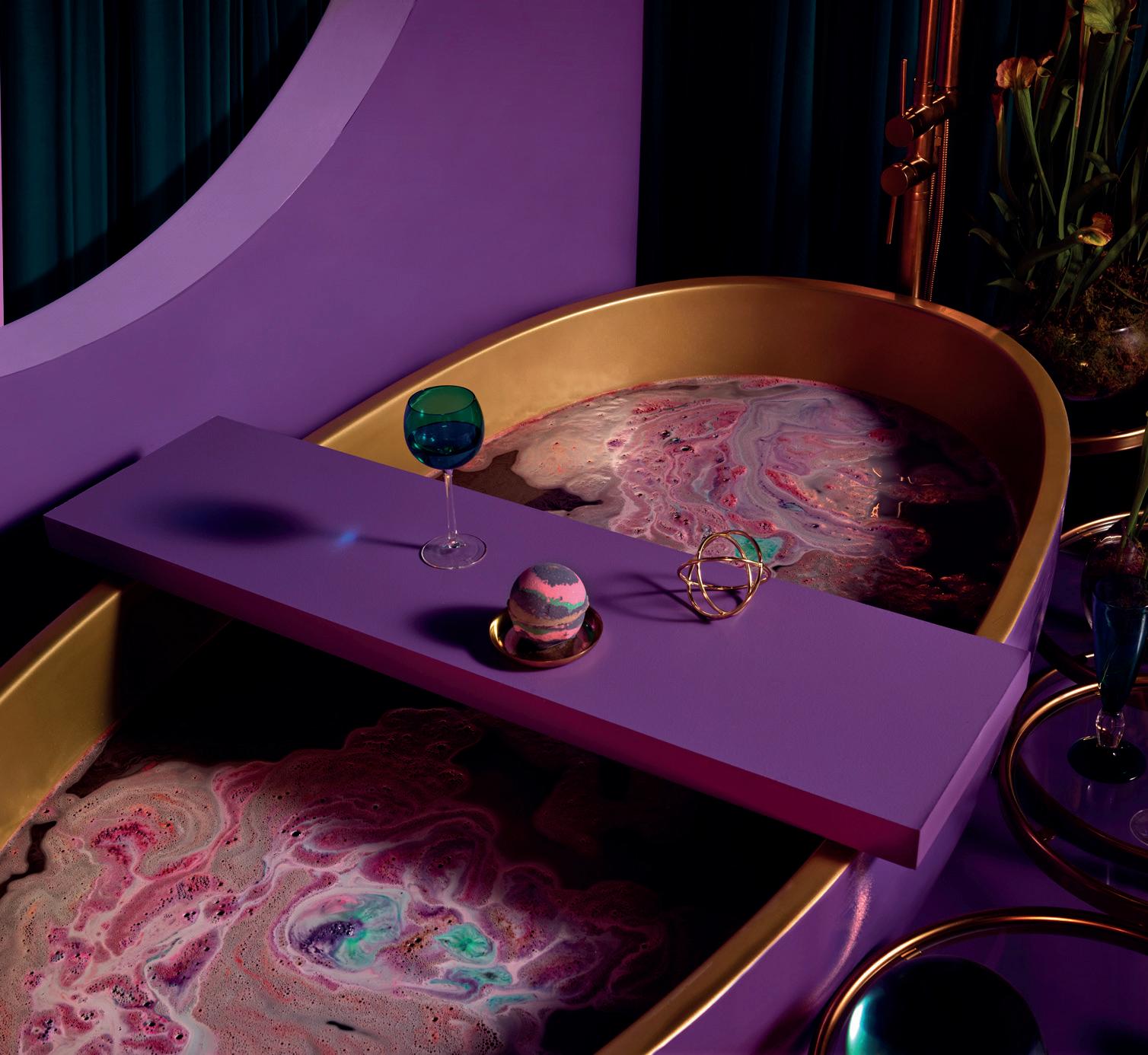
We have a team of developers working in R&D, meaning we don’t follow trends, we create them. We pride ourselves on making our clients’ days, paying attention to small details, putting smiles on faces and making people feel overwhelmingly special.
We’re also proud to offer selected treatments for younger clients, aged 12 and up.
For years, Lush has held an ambition to extend the transformative power of the Lush Spa into an overnight experience, with a hotel being the natural next step in offering clients a deeper opportunity for rest and reconnection.
Our vision has been for a hotel that’s immersed in nature and connected to our conservation projects (www. spabusiness.com/LUSHconserve).
Various partnership opportunities have been explored and while a large hotel chain approached us two years ago, we ultimately determined it wasn’t the right fit. More recently, we’ve been exploring a local boutique hotel renovation project, though it is still in the early stages. We’re also considering franchising, but this requires finding the right partner.
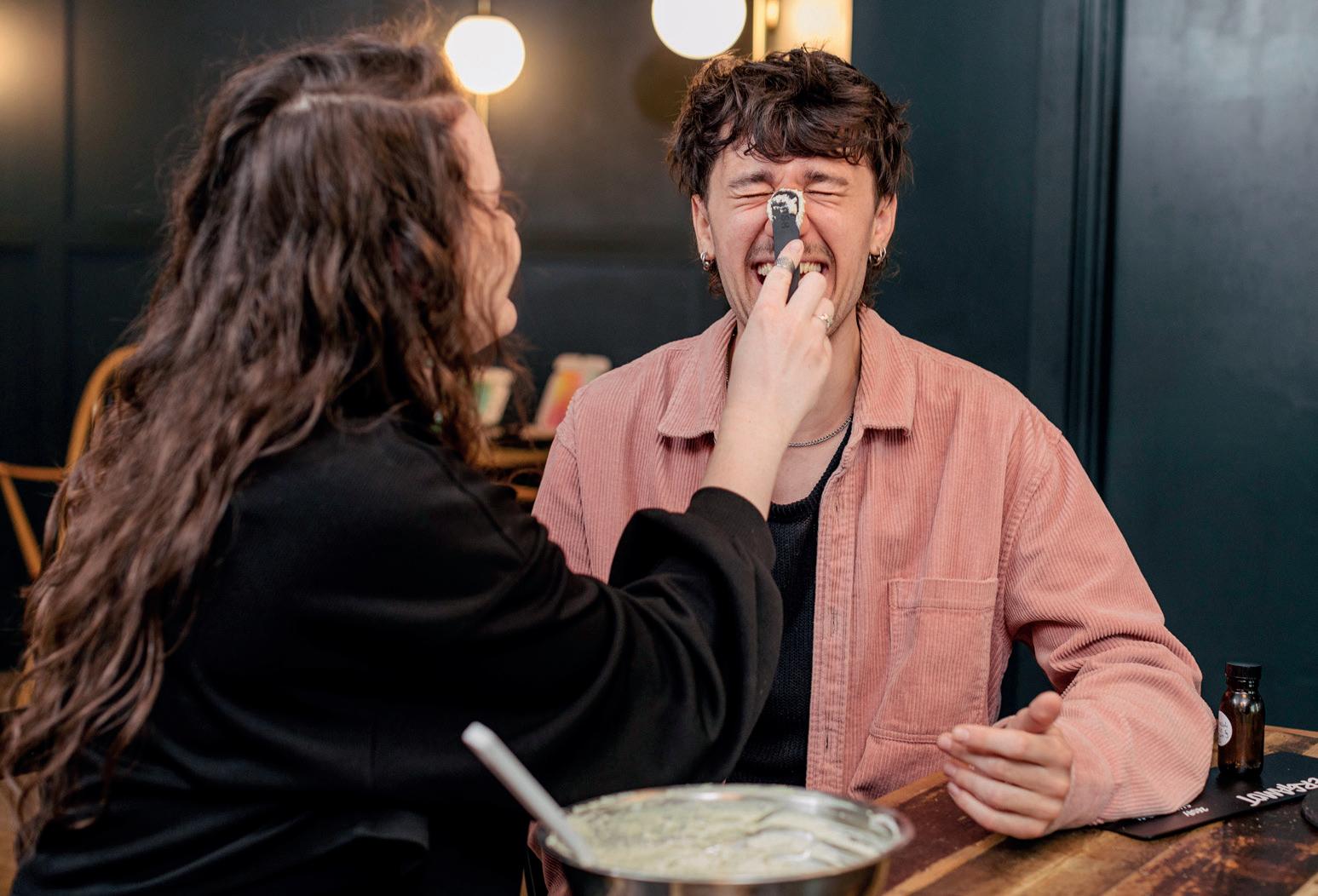
One in every three clients each month are repeat customers
Will you open more spas?
Yes, absolutely – I want to widen our audience and make Lush a recognisable destination for experiences on the high street. We’re exploring a third spa store in London and wish to open more spas in markets we’re already in, including Dubai, Canada and New York. We’re also waiting to land some new global markets and franchising options.
In addition, we’re looking to create a sports massage, but we’re not ready to give away any secrets about that just yet!
The spa business has grown year-on-year since the pandemic and we’re proud to be leading trends and innovating in the wellbeing space. l
• Turn to p78 to read our review of Lush’s Synaesthesia spa treatment
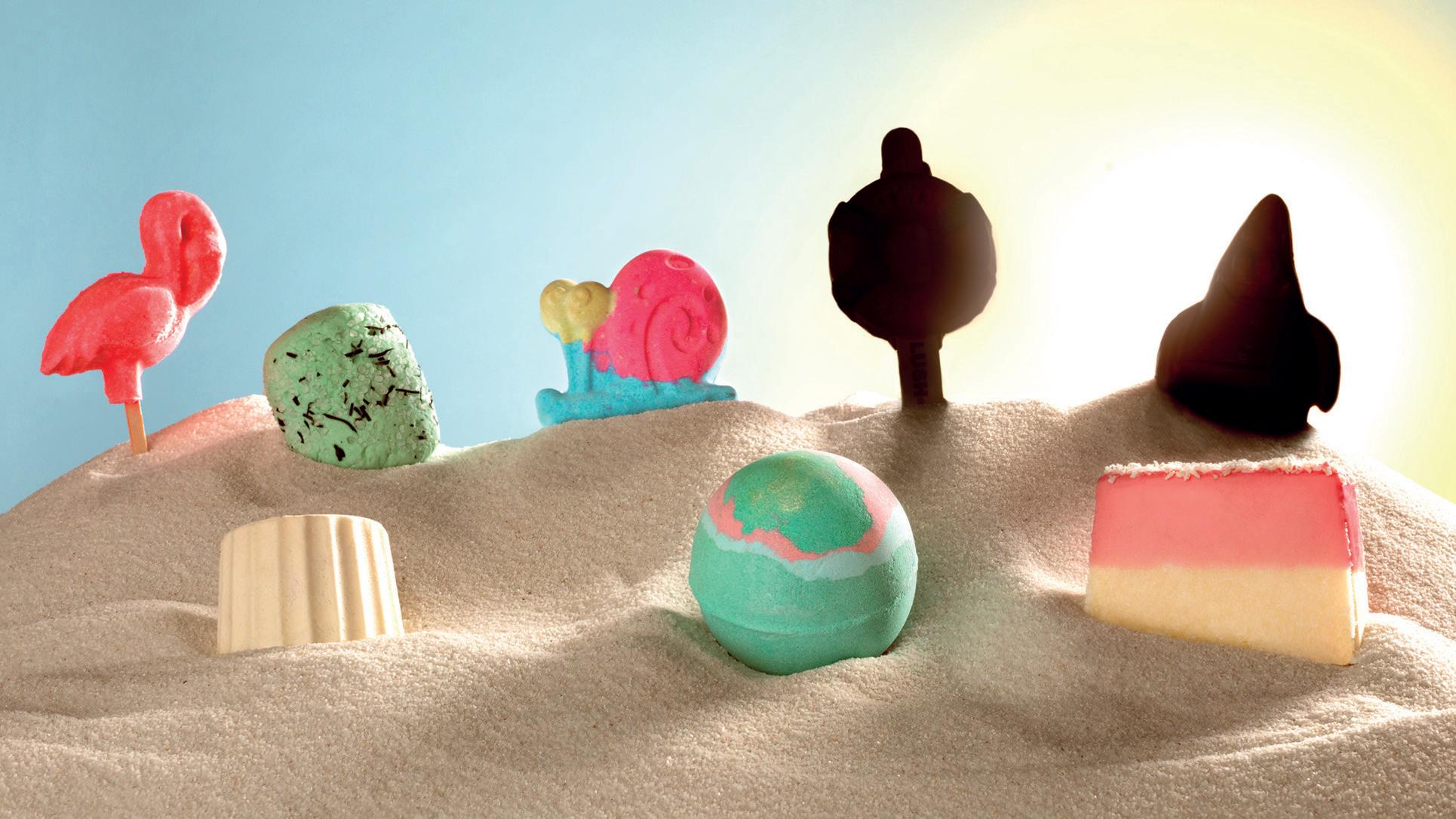
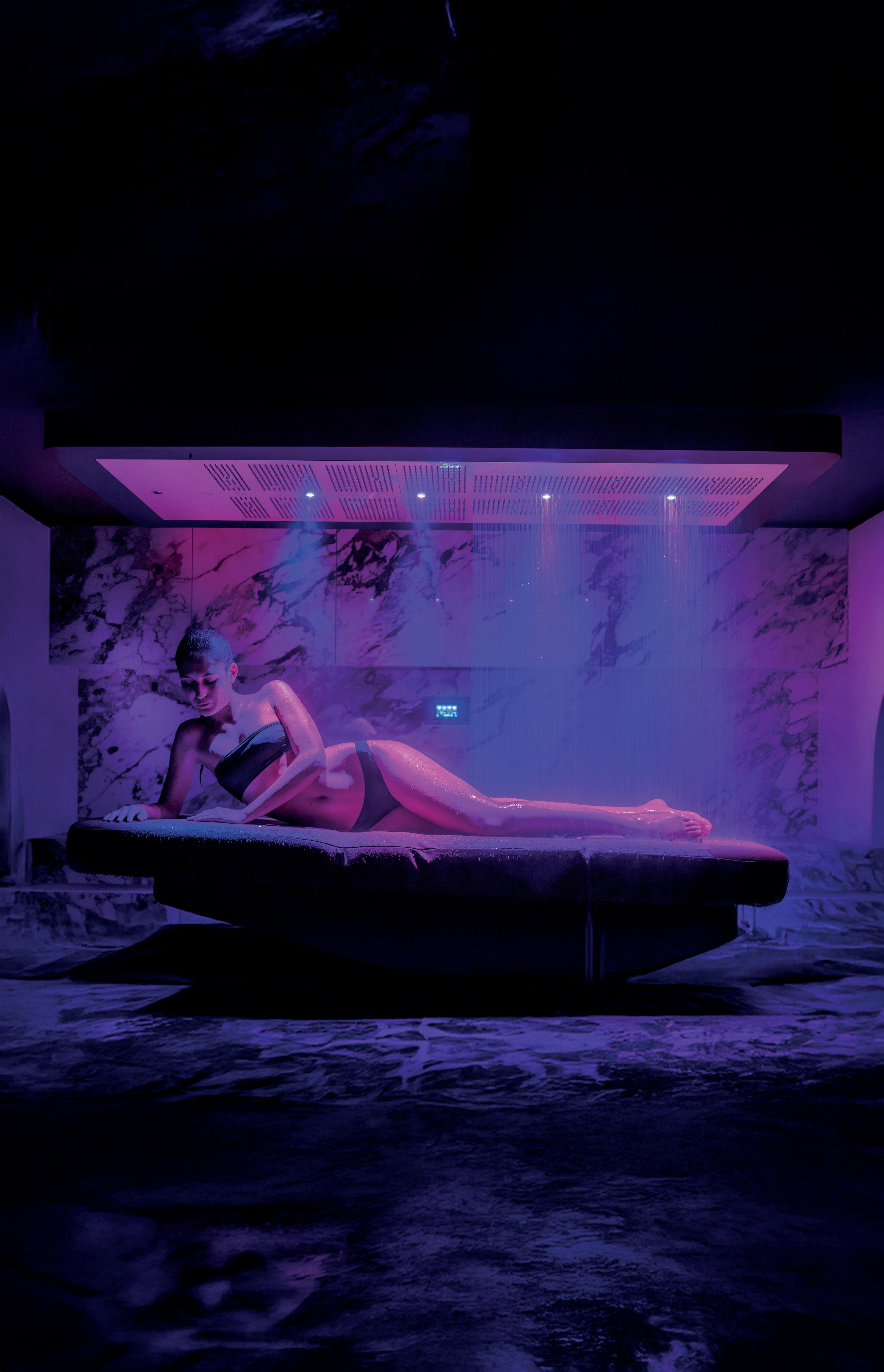
Aquaform turns water into a multisensory experience. From Sky Rain and Rain Rooms to experience showers, horizontal showers, and Kneipp walks, our innovative water wellness systems are designed to enhance well-being and deliver complete sensory immersion.
I worked on the very first US spa study and think of myself as an ‘institutional memory’ for the sector
Colin Mcilheney, former global research lead, PwC; founder, Mcilheney Consulting
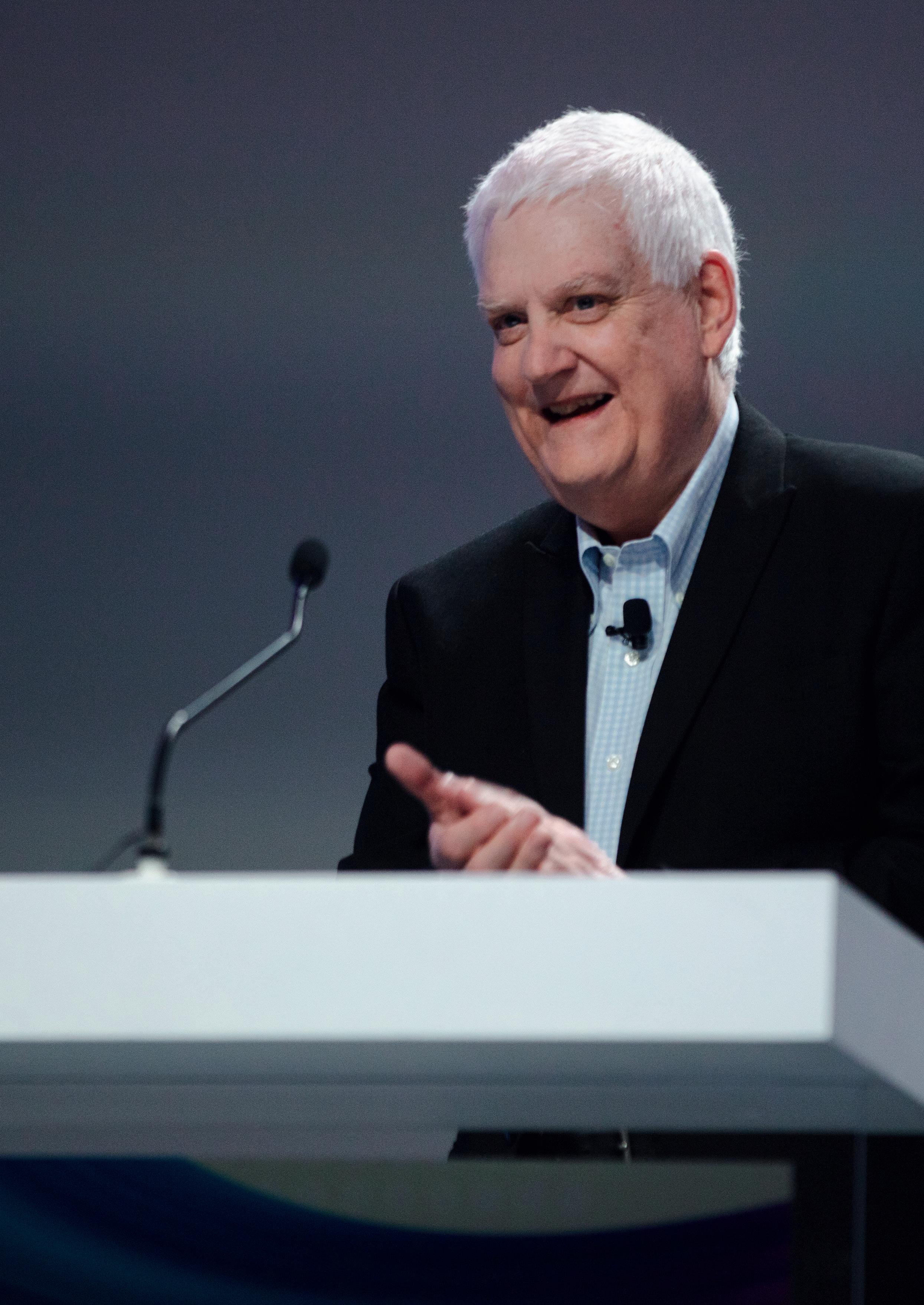
It was a landmark moment when the International Spa Association (ISPA) revealed its inaugural Spa Industry Study in 2000. The first of its kind, the report provided a true picture of the sector in the US and Canada, looking at the number of locations, their size, spa visits, revenues and employment figures. Released almost annually since then, it’s become an invaluable benchmark.
From day one, knowing how credibility was essential, ISPA teamed up with PricewaterhouseCoopers
(PwC) – one of the world’s leading professional services and accounting firms – to gather and analyse the data.
And from day one, Colin Mcilheney has been a constant behind those figures. On p64, he digs out the gems from the latest 2025 US Spa Industry Study exclusively for Spa Business. But here, we find out more about the Irishman who delivers the findings at the ISPA conference each year and get his take on the major challenges and opportunities ahead.
How did it all start for you?
I’ve always had an aptitude for numbers and a fascination with trend changes. At the same time, I’ve also been inquisitive about survey design and aside from my main career, I’ve been involved in the national census advisory group in Northern Ireland since the early 1990s.
My career in research has spanned the academic, public and private sectors – including 30 years at PwC. One of my biggest highlights was helping to establish PwC’s International Survey Unit.
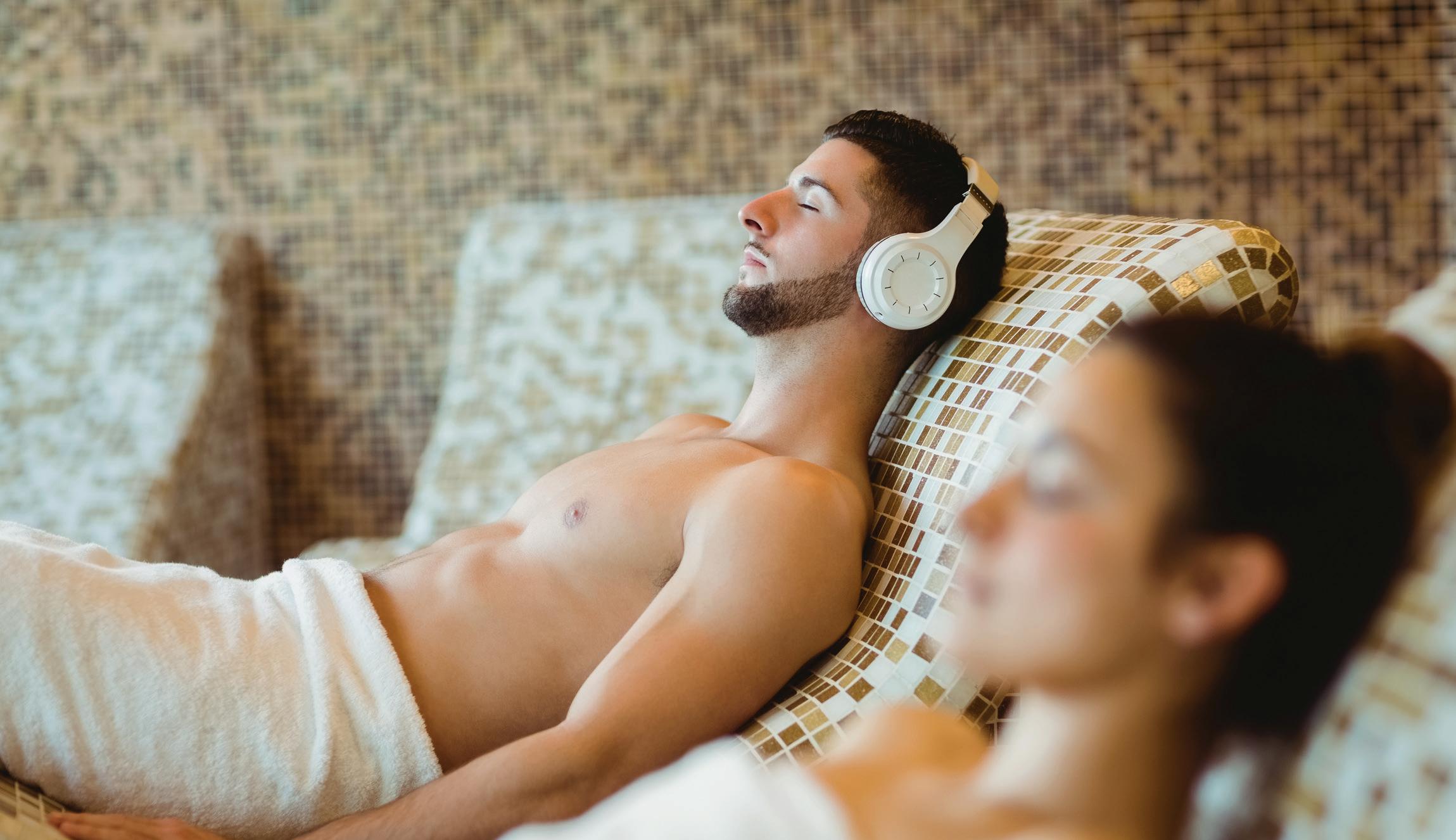
I’ve had to deliver some tough messages. But honesty and credibility are essential
We were tasked with building a team of experts in questionnaire design and organising surveys, particularly on a global scale, who could also implement them, analyse the findings and come up with recommendations. Our flagship study was an annual survey of chief executives, which still takes centre stage at the Davos World Economic Forum.
So you’ve travelled a lot?
Yes. I’m from Northern Ireland and started with PwC in its Belfast office, but then moved to New York for 10 years to build up its reputation as a global specialist research centre. It’s been a tremendously enjoyable career visiting so many cities, from Johannesburg to Auckland, and being exposed to so many cultures.

What industries have you covered in your time?
We adapted the PwC global survey to consult in a multitude of sectors, from the armed forces and aviation to banking. I’ve done a lot of work in the business and executive coaching market as well as with travel tour operators. Leisure and hospitality has been a particular specialism.
When did you start working with ISPA? I was drafted in as a survey expert in the late 1990s, creating and leading its very first Spa Industry Study. I think of myself as an ‘institutional memory’ and one of the real beauties of research for this industry is that you can track the same metrics year-on-year. I’ve seen it grow from 3,000-4,000 spas to more than 20,000.
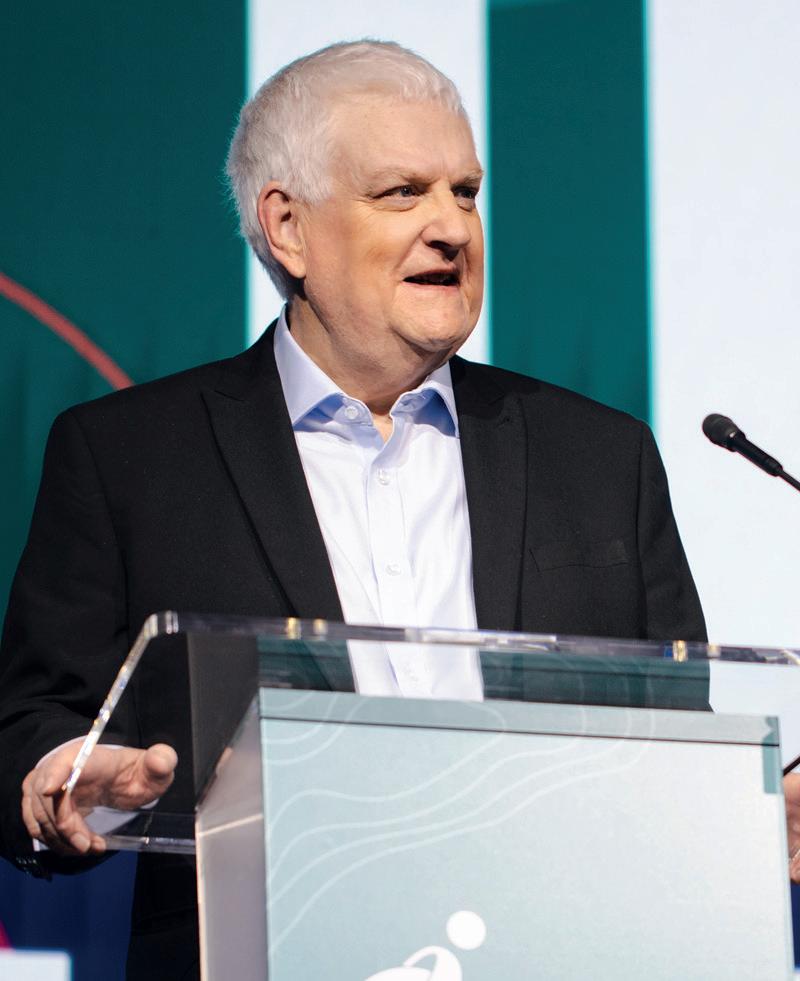
What’s the advantage of working on something for so long?
You become sensitive to the small details – what does and doesn’t feel right – and can pinpoint trends, giving you the ability to talk with authority. However, you have to be honest. In 2008, I had to deliver some tough messages in the height of the global downturn and again during the pandemic in 2020. But credibility is essential.
There’s no pushback on price increases – yet –but you can’t squeeze people indefinitely
Another plus is the relationships
I’ve made. Most of the biggest spa operators in the US freely hand over their sensitive data to me and the level of detail they give is the holy grail for analysts. A lot of responsibility comes with having access to this information and I take this incredibly seriously.
You set up your own consultancy nearly two years ago?
Yes, I’ve just turned 70 and now have four grandsons, so it was time to retire. I’ve maintained clients in the coaching and travel sector, but ISPA is still my main focus. In 2022, they presented me with the Distinguished Service Award for contributions to the industry and that really meant a lot to me. I’ve already started on the 2026 study – and long may our relationship continue, I say.

To keep momentum, spas need to reach new audiences – and Gen Z is top of the list
What’s your key takeaway from the latest US Spa Industry Study ?
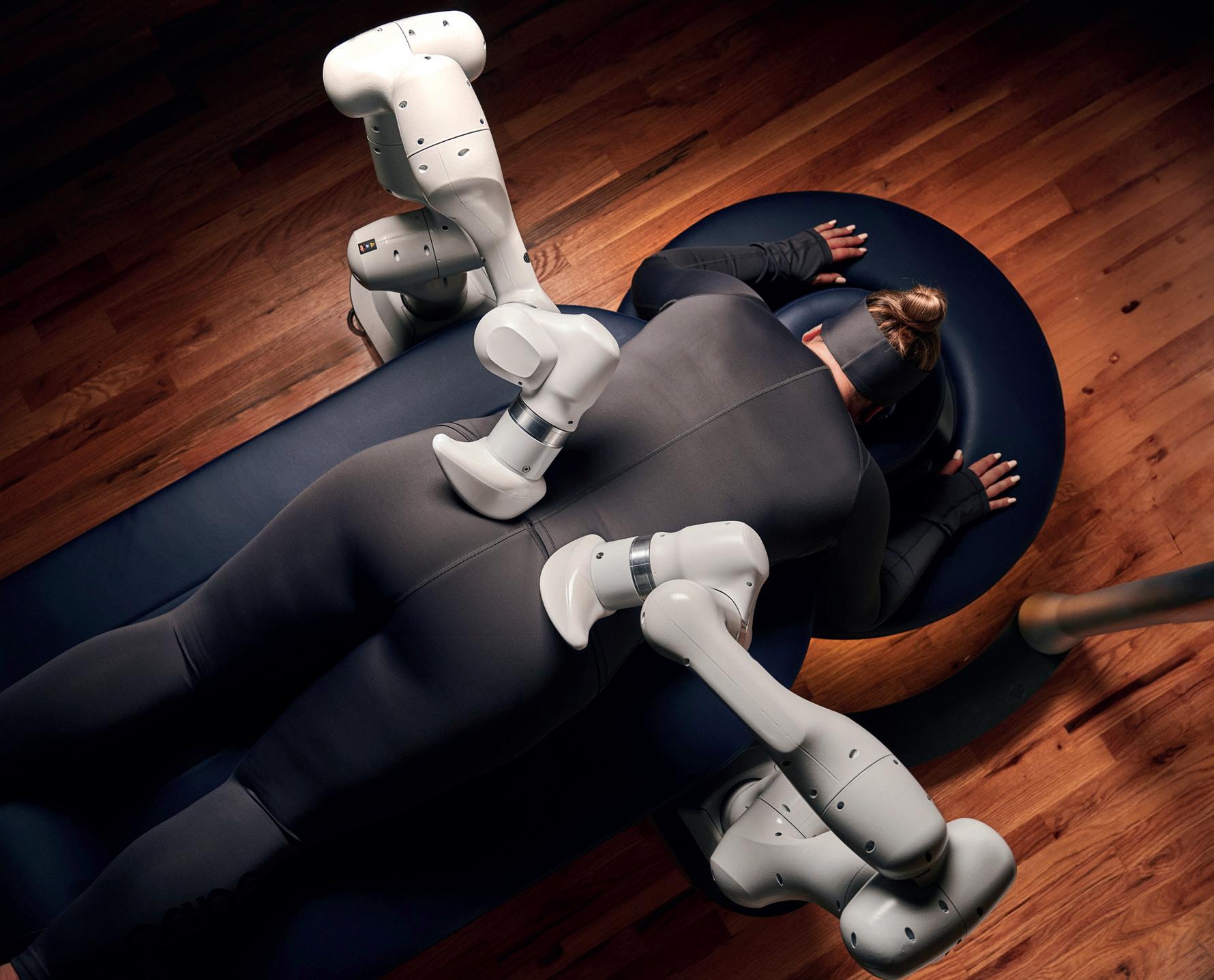
I give a full summary on p64, but I think it’s got to be the 187 million spa visits that were recorded in the last year. This demonstrates that we’re starting to see a real return to spa, which has been a concern for a number of years. They’re not back to pre-pandemic levels yet, but they’ve gone up by a significant 3.1 per cent, showing that efforts to entice clients back are paying off. Revenues are also up by 5.8 per cent to US$22.5 billion (€19.15 billion, £16.67 billion) and there’s clear evidence that visitors are spending more each time. As far as I can tell, there hasn’t been a pushback on prices going up – yet – but the reality is that you can’t squeeze people indefinitely. To keep growing, spas need to reach out to different demographics. There’s a large number of Americans who never go to spas.

Where’s the untapped potential?
I’ve profiled spa guests across generations and it’s clear that baby boomers are dwindling.
Remarkably, while we still think of millennials as Peter Pan, many are now in their 40s with more financial responsibilities. Gen Z, however, is rapidly emerging with spending power and I’m convinced they’ll be interested in spa-going.
What models are the most resilient?
Some ultra-high-end hotels, especially those tied to global luxury brands, are showing profit margins of up to 35 per cent. But not all is rosy – 1,500 spas across the board aren’t making money and are feeling the impact of rising costs.
How do spa margins compare to adjacent sectors?
Being labour-intensive, wages will always weigh on profits in comparison to the fitness or hospitality sectors. AI
innovations like massage robots and other touchless therapies may help with this. But at its heart, I believe spa will always be a hands-on industry (literally) with high labour costs.
What numbers are stakeholders pushing for?
Operators always ask me about compensation. It’s top of people’s minds and we first posed questions about it four, maybe five years ago. ISPA publishes average salary details for managers and therapists in its full study, though variation is huge. There hasn’t been much state-bystate analysis yet, but California is always a good barometer as it has such a high concentration of spas.
What’s the fallout from the Trump tariffs?
They will definitely affect operators reliant on imports of raw materials, products and equipment. But they’re difficult to navigate, as
they’re so volatile. The topic might be something ISPA focuses on in a dedicated snapshot survey and I imagine the issue will be addressed in its main 2026 study.
What other challenges do you foresee?
If I were an operator, I’d be questioning whether the wellness trend will continue to dominate in the long-term. Will there be a point when consumers return to spas simply to be pampered? People are bombarded with advice on what’s good for them – perhaps they’ll just want to go somewhere to relax again.
What do the next 10 years look like for the industry?
US spas have performed well for some time and I believe in the ‘build it and they will come’ approach. The key to growing faster lies in attracting more first-time visitors – because once they cross the threshold, we know they’ll spend. l
Neil Jacobs has announced he’s providing strategic advice to capital investment firm Cain International across its portfolio of luxury assets, including luxury spa hotels.
After more than 13 years as CEO of Six Senses, Jacobs recently launched a consultancy called Wild Origins. The company specialises in brand and marketing development as well as financial and operational assessments. It also provides sustainability planning and execution, concept development and pre-opening direction.
Wild Origins’ clients include stakeholders in the wellness, lifestyle, hospitality, residential, sustainable development and design sectors.
Cain manages US$13.6 billion (€11.70 billion, £10.18 billion) in assets across the US, Europe and
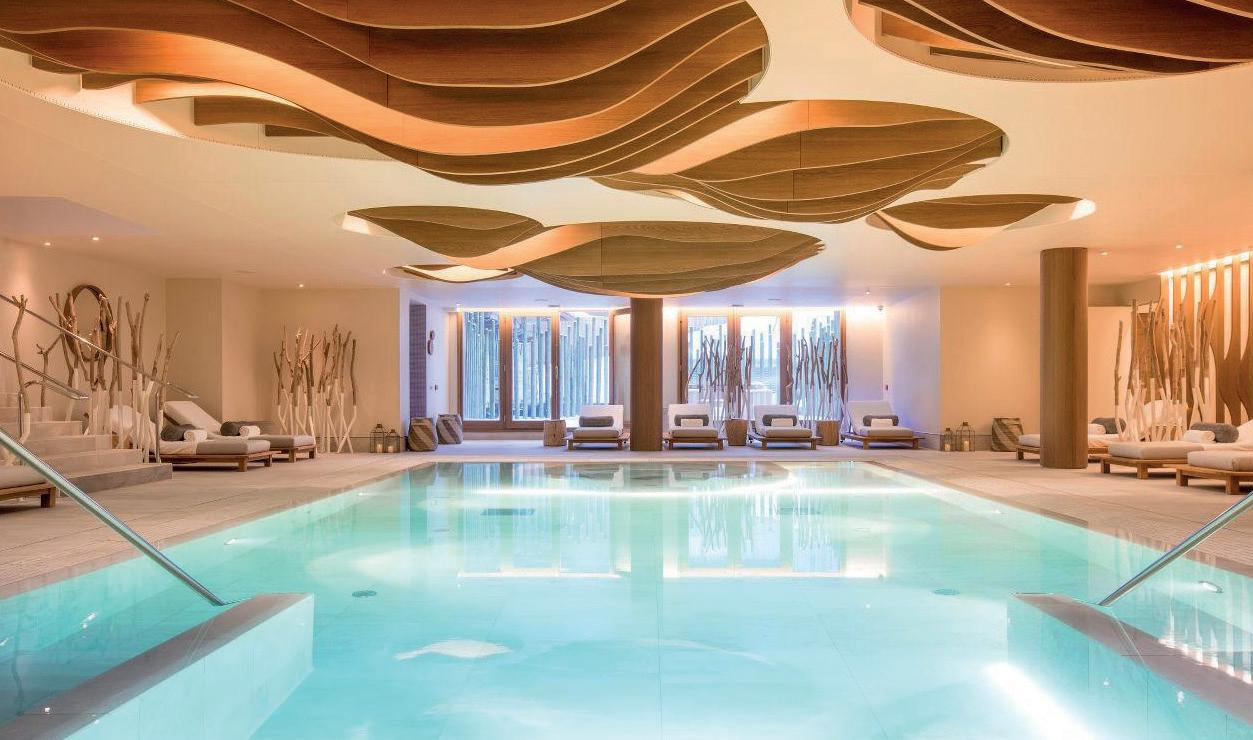
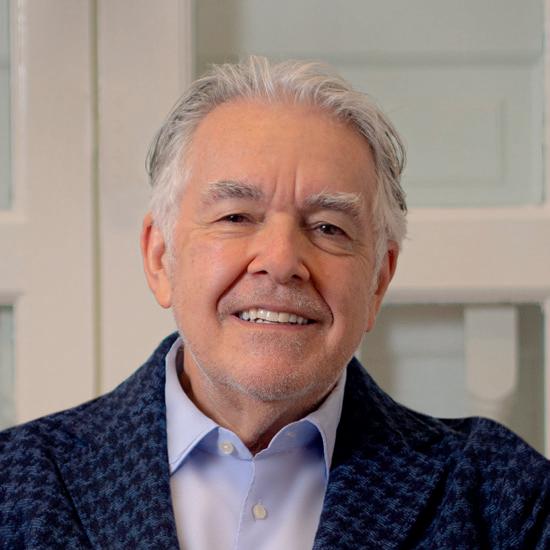
the UK. Established in 2014, the firm specialises in real estate. It also has a private equity division that invests in businesses and brands across the lifestyle and entertainment industries.
Jonathan Goldstein is the CEO and co-founder of Cain. He’s a real estate investment manager who serves on the boards of Aman, Delano and premium sports and wellness club The St James.
More: http://lei.sr/R3c9F_B
Studio Apostoli has designed a bathing complex called New Thermal Park in Civitavecchia, Italy, next to the ruins of a Roman bathhouse site called Terme Taurine, as part of a project to revitalise the Lazio region.
Studio Apostoli has created the New Thermal Park in collaboration
with the Sensi family, which operates another thermal bathhouse in the Terme dei Papi region.
The project is set to attract international visitors to both the new privately-owned facility and the publicly-owned archaeological site next-door. The development
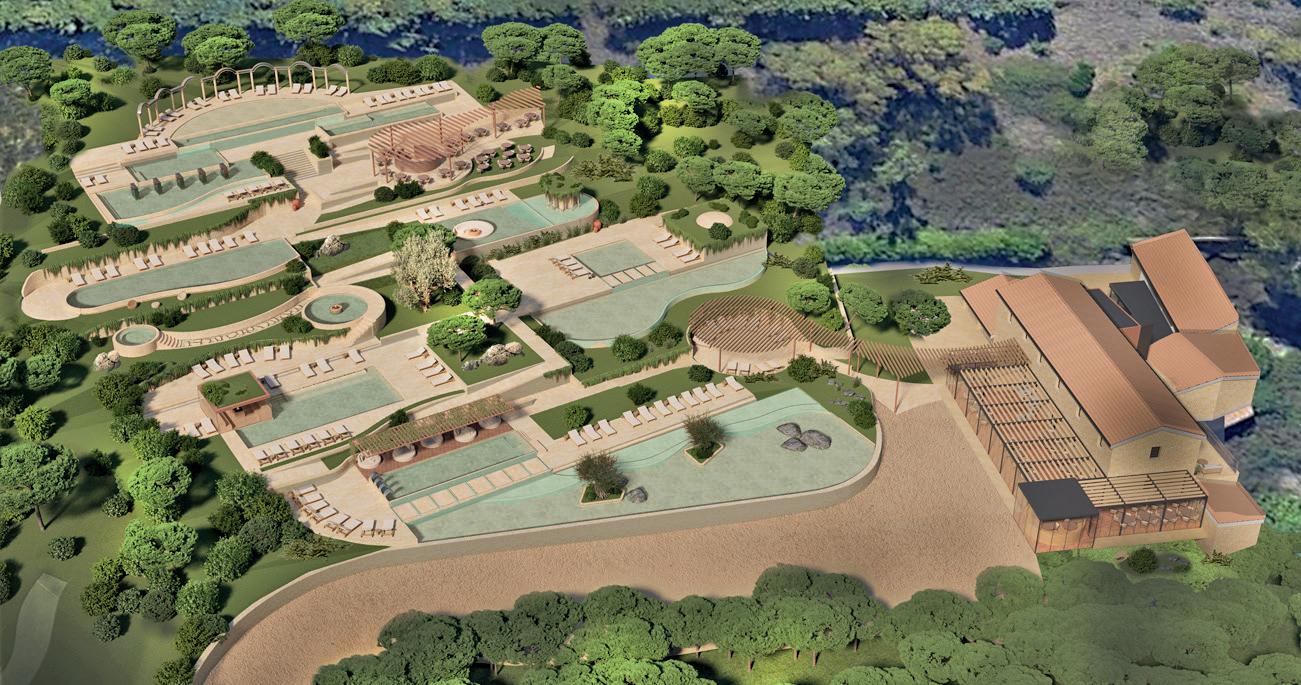
will be marketed as a high-profile destination for global wellness tourism, taking advantage of Civitavecchia’s port and its annual traffic of more than 3.5 million visitors.
The New Thermal Park ranges approximately 26,000sq m and will feature a large outdoor area with three terraces that follow the land’s natural contours. There will also be a complex that revitalises a historic rural structure known as Casale dei Bagni.
There will be a total of 14 pools, with an overall footprint of 1,440sq m, sourced from natural thermal springs. The visitor experience will encompass four Roman-era inspired areas, each of which has its own wet circuit – with pools of varying salinity and temperatures, plunge pools, saunas, hammams, fountains and relaxation areas.
More: http://lei.sr/w4A2m_B
Sol Elements, a bathhouse with a design that makes the facility appear to float on a lake, has opened in the Tamborine Mountain Glades in Queensland, Australia.
Owned and conceived by husband and wife duo Russell and Shae Raven, the bathing facility occupies a 2-acre plot in subtropical rainforest.
Russell told Spa Business: “It’s a space for everyone that needs a breath of fresh air, a moment to themselves or with a loved one, a place to quiet the mind or meet like-minded folk.”
The project took four years to complete in-house, with the assistance of designers from Design Artisan Co.
The spa’s base structure is a 16-sided hexadecagon, a shape known as a bridge between earth and the divine in sacred geometry. The circular building above is inspired by the four elements – earth, air, fire and water –and features a Yin Yang Zen Garden.
A communal bathing area, which Russell describes as an elemental playground, has a capacity for 30
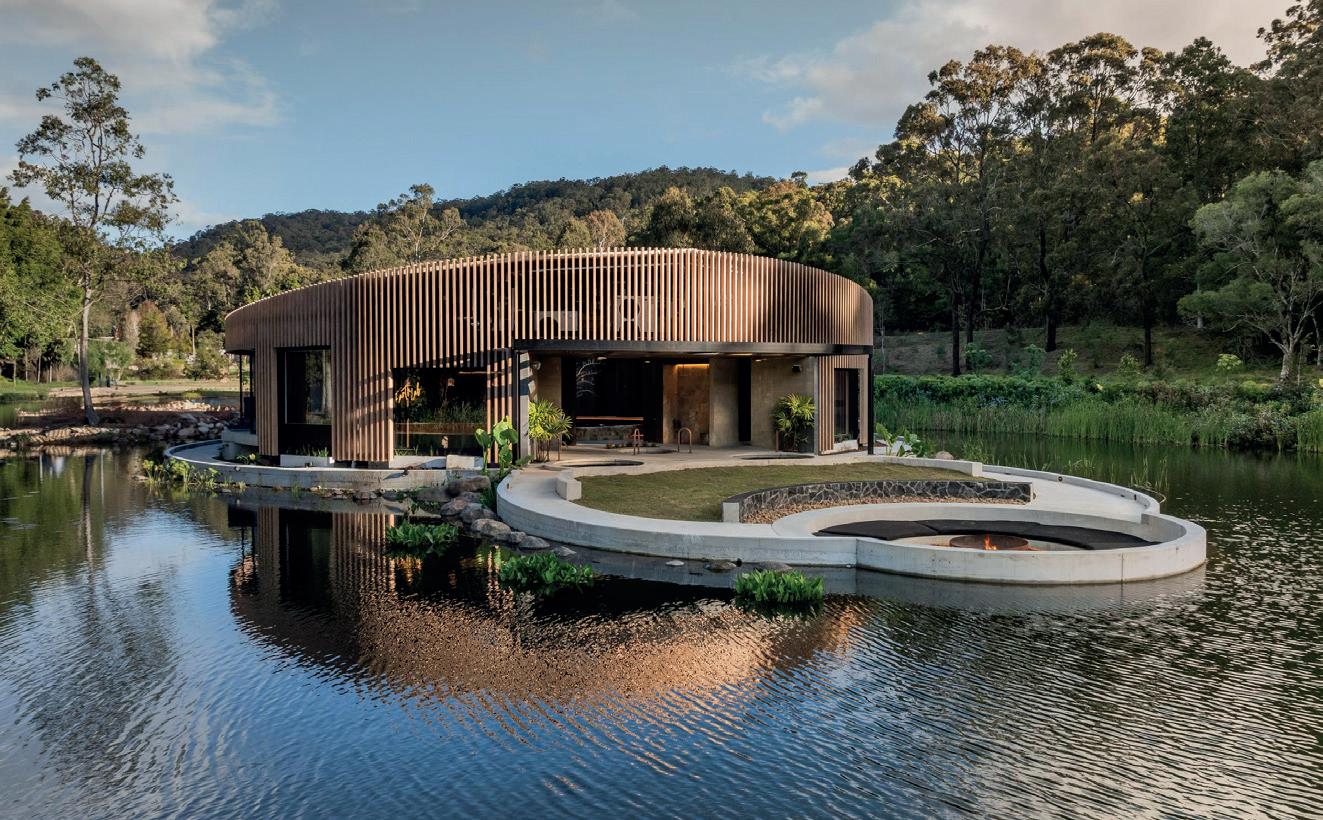
guests at a time. It boasts two float caves with salt imported from the Dead Sea, three outdoor magnesium thermal pools and two cold plunges. There’s also a Himalayan salt infrared sauna, botanical steamroom and stone sauna and a firepit.
The spa has two treatment rooms with another due to open
imminently and rituals have been developed by Shae in partnership with Synthesis Organics.
The signature Sol Transcendence is a 2-hour experience that blends targeted energy cleansing and a crystal hot stone aromatherapy massage with a facial and scalp treatment.
More: http://lei.sr/6d9Z8
Hyatt Hotels Corporation and partners have raised capital commitments of ¥22 billion (US$149 million, €141 million, £110 million) for a fund that will be used to develop and renovate Japanese hot spring ryokan properties under the Atona brand.
The Atona Impact Fund is a real estate fund that will be managed as part of a joint strategic venture called Atona Co Ltd, formed in 2022 by a Hyatt affiliate and asset management firm Kiraku. Architecture and engineering contractor Takenaka Corporation is a co-investor and will serve as a general partner.
Atona Co Ltd will develop a collection of luxury onsen ryokans across Japan. Each Atona property will have between 30 and 50 guestrooms, onsen facilities that use natural hot spring water from the local landscape.
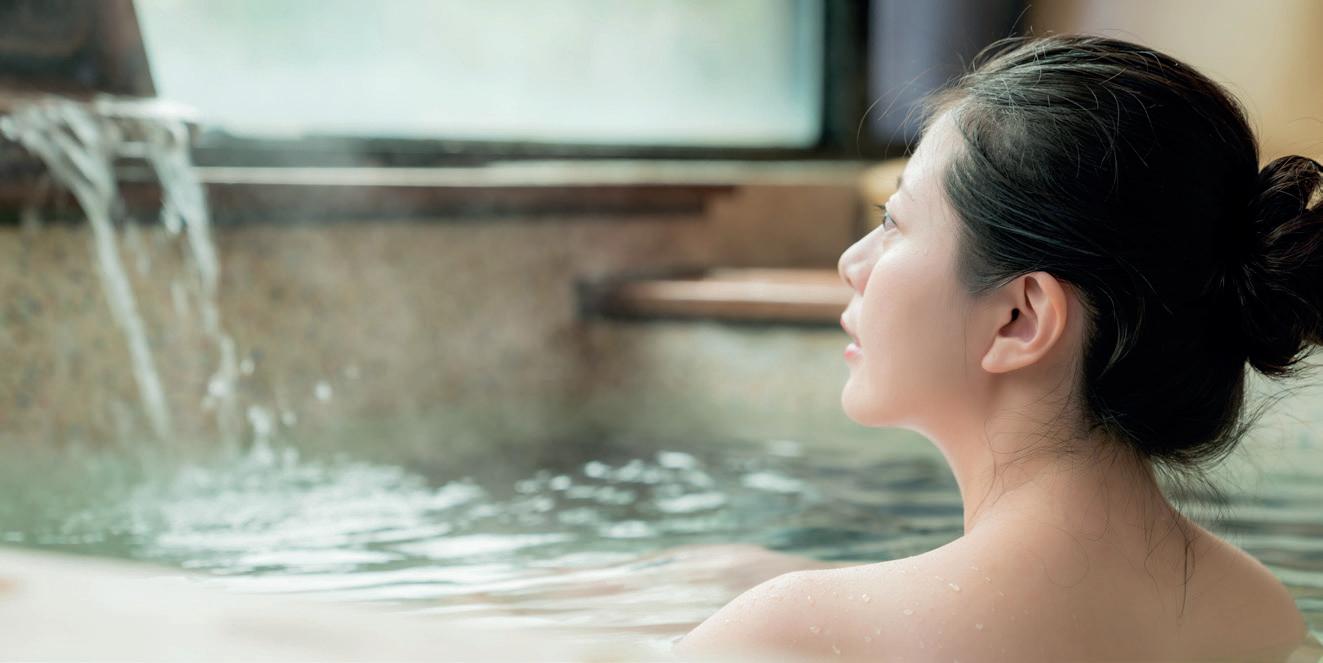
There are already three Atona onsen hotels planned, including one in the hot spring resort town of Yufuin, one on the island of Yakushima and another in the historical town of Hakone.
Atona will directly compete with Japanese operator Hoshino Resorts. More: http://lei.sr/8n6u9_B
Hoshino’s hot spring brand, Kai, has 23 hotels in its portfolio and seven more in the pipeline. The company is also due to launch a 40-key hot spring hotel in Sharon Springs in New York, USA, in 2028.
A new bathing experience called Basin Glacial Waters has opened at Chateau Lake Louise, a flagship site for Accor’s Fairmont brand that’s located in Alberta, Canada.
Designed by internationally recognised architect Matteo Thun, the complex takes its name from its setting: Lake Louise, which is a natural basin fed by the Victoria Glacier.
The 1,719sq m facility, which was two decades in the making, offers a modern interpretation of wellness practices, such as Nordic sauna culture.
The 539-key hotel that Basin serves is owned by Oxford Properties and a capital partner. Basin has been developed as part of a CA$130 million (US$95 million, €82 million, £71 million) property-wide transformation.
Guests can choose their own journey or from one of five curated
The Fiji government has welcomed Kerzner International’s plans to develop a One&Only resort and residences in the west of the country on Nacula Island.
Kerzner International is developing the resort in partnership with the Fijian health insurer and institutional investor BSP Life – a subsidiary of BSP Financial Group, which is focused on fostering growth across the South Pacific.
Manoa Kamikamica, Fiji’s deputy prime minister, said, “This development will bring lasting benefits to our people, create new jobs and position Fiji as a premier destination for luxury travel and investment.”
The property, which will range across 127 acres of untouched land, is part of Kerzner International’s
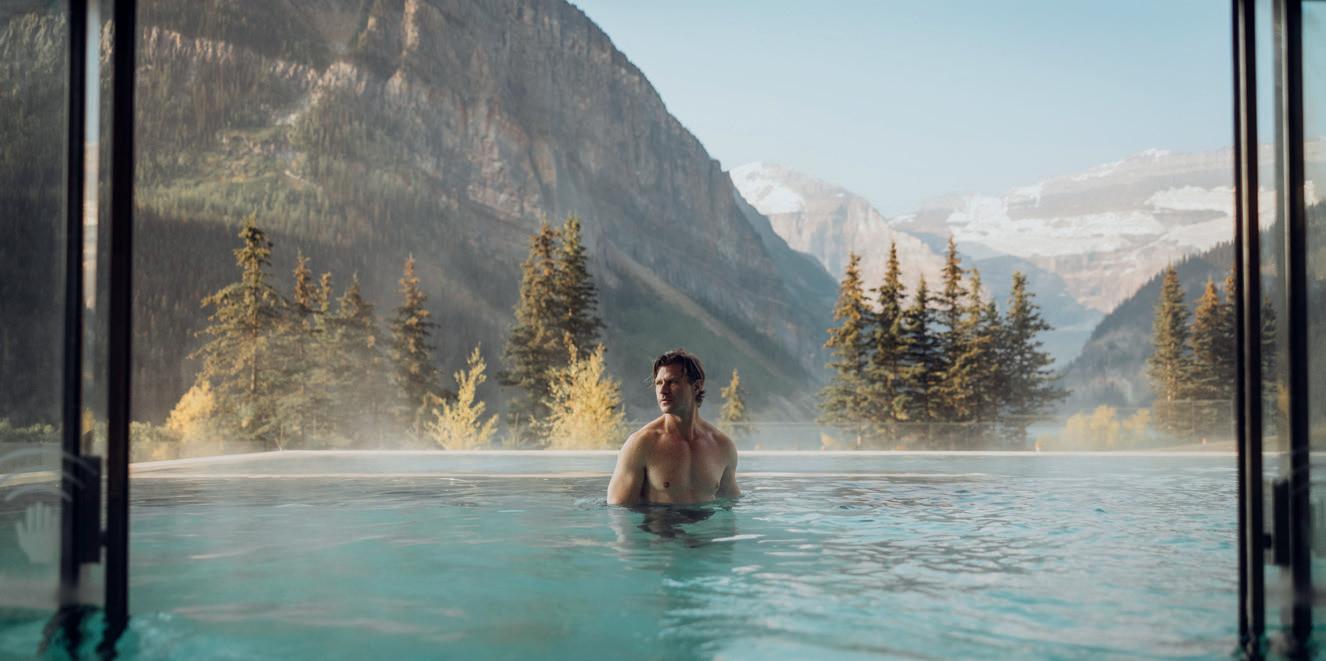
Trails, for different intentions, such as a gentle route for Stillness or a grounding journey for Presence.
The facilities include a 170sq m indoor-outdoor infinity pool and various saunas, including a 20-person outdoor one for aufguss ceremonies. There are also steamrooms and a
series of pools for contrast bathing, including a Kneipp walk, cold plunges and a cold bucket drop.
Emma Darby, global VP of spa and wellness for Fairmont, said: “We wanted impact and I think we have succeeded in that.”
More: http://lei.sr/J4C5c_B
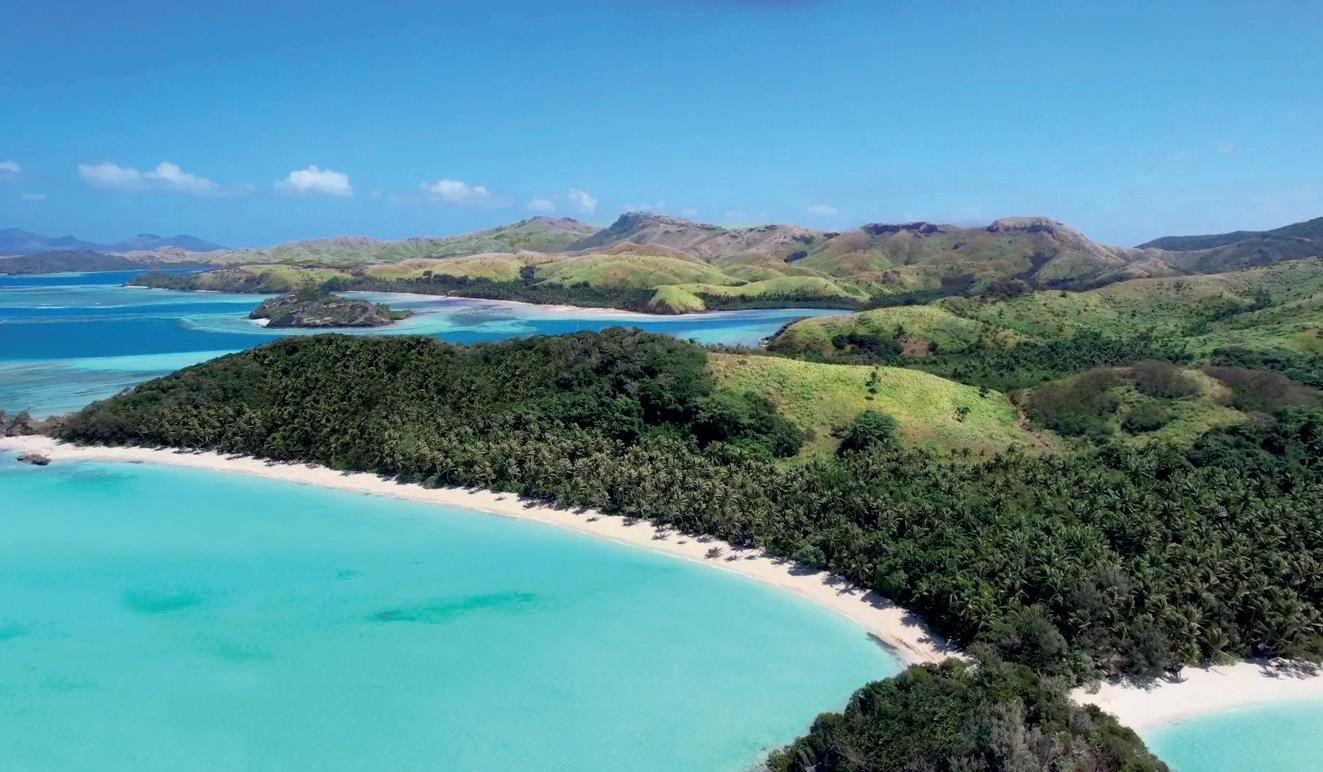
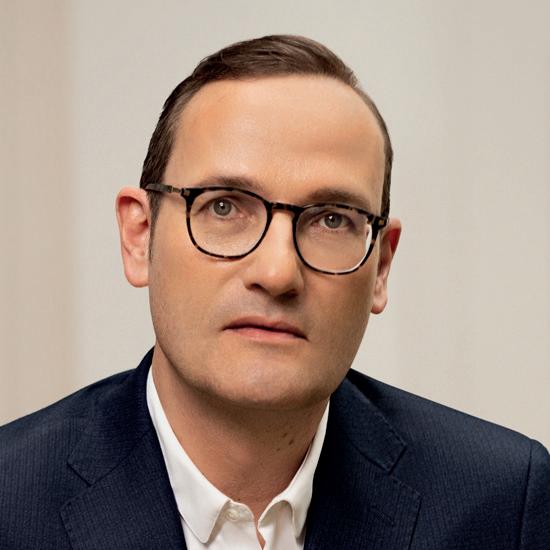
plan for strategic growth in the Asia-Pacific region.
Due for completion in 2029, the development will feature a 40-key hotel, 20 private residences, a ClubOne wellness centre and six dining venues.
Philippe Zuber, CEO of Kerzner International, said, “Fiji gives us that rarest of gifts: space to breathe, to reflect, and to heal.”
More: http://lei.sr/m5R3Z_B
A new Buchinger Health Resort is scheduled to open in 2029 on the Côte d’Azur. It will be the first time the family-owned group will offer its signature therapeutic fasting approach in France.
The method, developed by Dr Otto Buchinger in 1920, involves a daily intake of organic fruit juice and soup averaging 200-250 calories and gentle exercise (see www. spabusiness.com/buchinger).
There are already two established Buchinger clinics in Germany and Spain. The announcement of a third project reflects the family’s desire to set up a European ecosystem of sites specialising in integrative medicine.
The new 95-key French clinic has been designed by Matteo Thun and
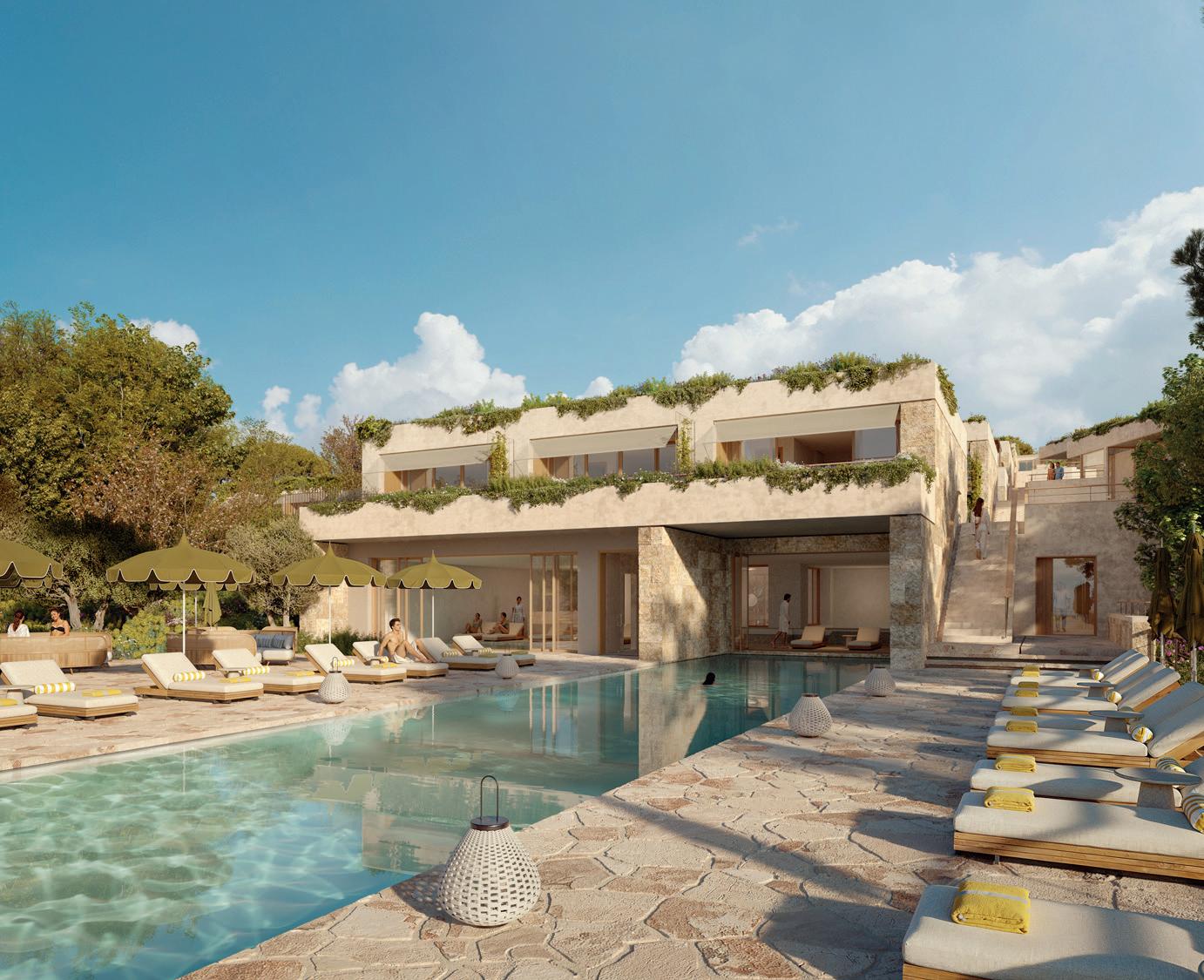
Gomis et Associés from Nice. The spa and wellness space will measure 3,400sq m and there will be a medical centre staffed by eight doctors.
In other news, a Buchinger-certified fasting company, Vietnam Detox, has revealed plans to host a five-day programme at Namia River Retreat – one of the country’s newest highprofile properties – in November.
The Vietnamese Herbal Detox retreat has been designed in collaboration with Lumina Wellbeing and will include Buchinger fasting protocols alongside workshops, river walks and tailored spa therapies. Retreat leader Dieter Buchner trained in the method after seeing a friend heal following a seven-day fast.
More: http://lei.sr/2f2d6_B
Mandarin Oriental Hotel Group (MOHG) has announced two major new developments – a 128-key hotel and four-floor spa in Seoul, South Korea and a golf resort with branded residences and 5,000sq m spa in Dubai, UAE – which are both set to open in 2030. The projects reflect the group’s continued expansion into key Asia and Middle East markets, with a strong focus on wellness-led hospitality.
The timing coincides with a reorganisation at the top of the brand’s global wellness operations. Emlyn Brown, formally Accor’s VP of wellbeing, strategy, design and development, has joined MOHG as group director of leisure, spa and wellness, succeeding Jeremy McCarthy, who departed in August after more than 11 years in the role. Both figures are well-known and highly respected in the global spa industry.
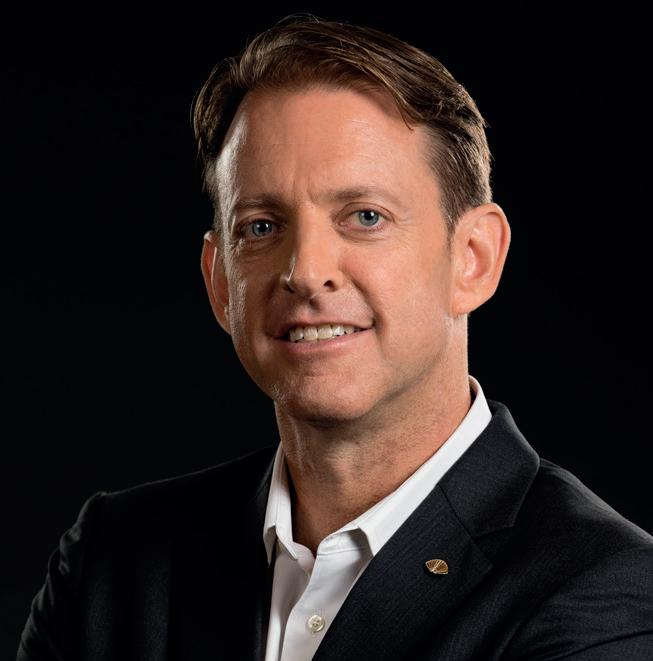
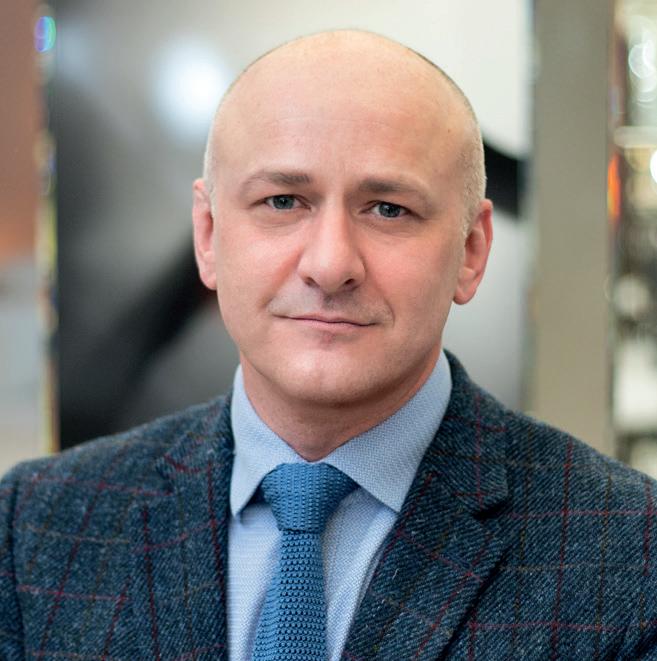
Brown will now lead MOHG’s vision on wellbeing as it continues to expand its resort and capital city portfolio. In late 2024, the group revealed plans to double its global footprint over the next nine years.
McCarthy, who has not yet outlined his future plans, joined MOHG in 2014 as group director of spa, before More: http://lei.sr/6D9E8_B
his role evolved to group director of spa and wellness – and then wellness strategy across all hotel touchpoints. MOHG had fewer than 30 hotels in operation and 12 in development when he started. It has since expanded to encompass 43 hotels, 12 residences and 26 homes in 27 countries.
28-31 October 2025
Aquanale
Koelnmesse, Cologne, Germany
A marketplace for swimming pool, sauna and wellness stakeholders looking for private and public wet facility solutions and trends. www.aquanale.com
9-23 November 2025
W3Spa North America
Four Seasons Hotel West Lake Village, California, USA
The US edition of We Work
Well connects spa and wellness operators with suppliers via dedicated meetings and networking activities. www.weworkwellevents.com
17-20 November 2025
Piscina & Wellness Barcelona Gran Via Exhibition Centre, Barcelona, Spain
A trade show for residential and public pools and sports and recreational facility professionals with networking and seminars. www.piscinawellness.com
18-21 November 2025
Global Wellness Summit
Mandarin Oriental Downtown, Dubai, UAE
Over four days, international wellness leaders will hear inspirational keynotes and connect with each other, with the aim of shaping the sector globally. www.globalwellnesssummit.com
2 December 2025
Wellness Hospitality Conference
NH Collection Milan
CityLife, Milan, Italy
Spa and spa hotel operators gather at this networking event to find out about worldwide wellness trends. www.wellnesshospitalityconference.it
Aman and Marriott will bring their upmarket offerings to Mexico in the near future.
Marriott’s is expected to open a Ritz-Carlton Reserve, its most exclusive brand, in the private club community of Nauka on Mexico’s Riviera Nayarit later this year a comprehensive spa.
Designed by Mexico Citybased firm Bernardi+Peschard Arquitectura, the resort will have 39 residences and a 90-key hotel.
The entire project is being brought to life by real estate developer Life Properties International, which is also involved in the Caye Chapel community development that is due to open in 2026, in Belize, with a Four Seasons Resort.
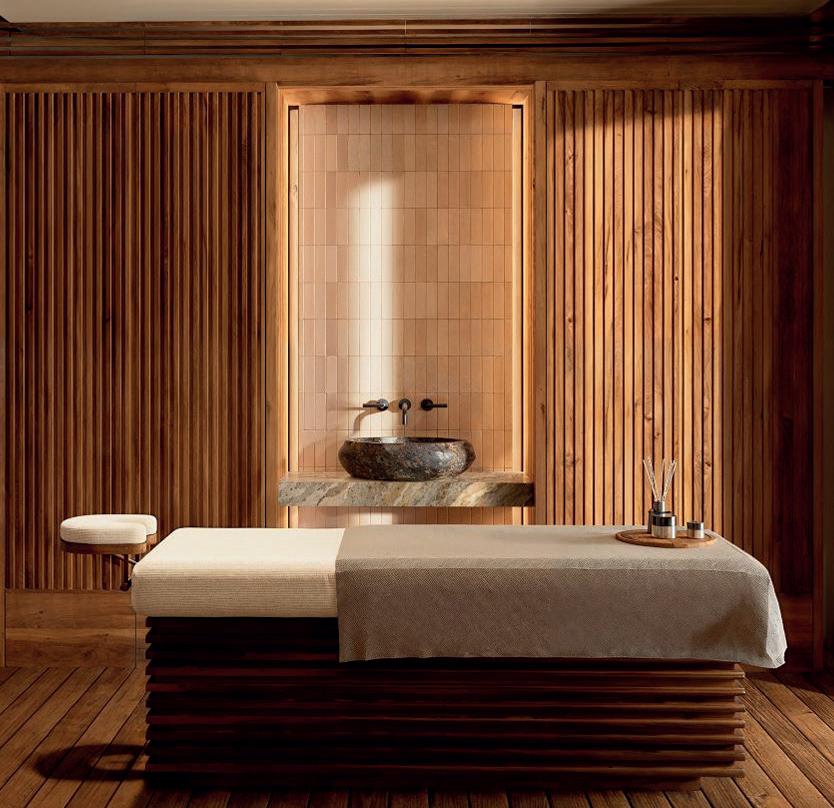
Aman will unveil an 18-key resort and collection of branded residences, Amanvari, in Q2 2026 on the shores of the East Cape of Baja California, Mexico.
Guests will have access to an Aman Spa with the brand’s signature longevity-focused treatments. The spa will also feature a modern interpretation of a traditional temazcal sweat lodge.
More: http://lei.sr/b6F7q_B
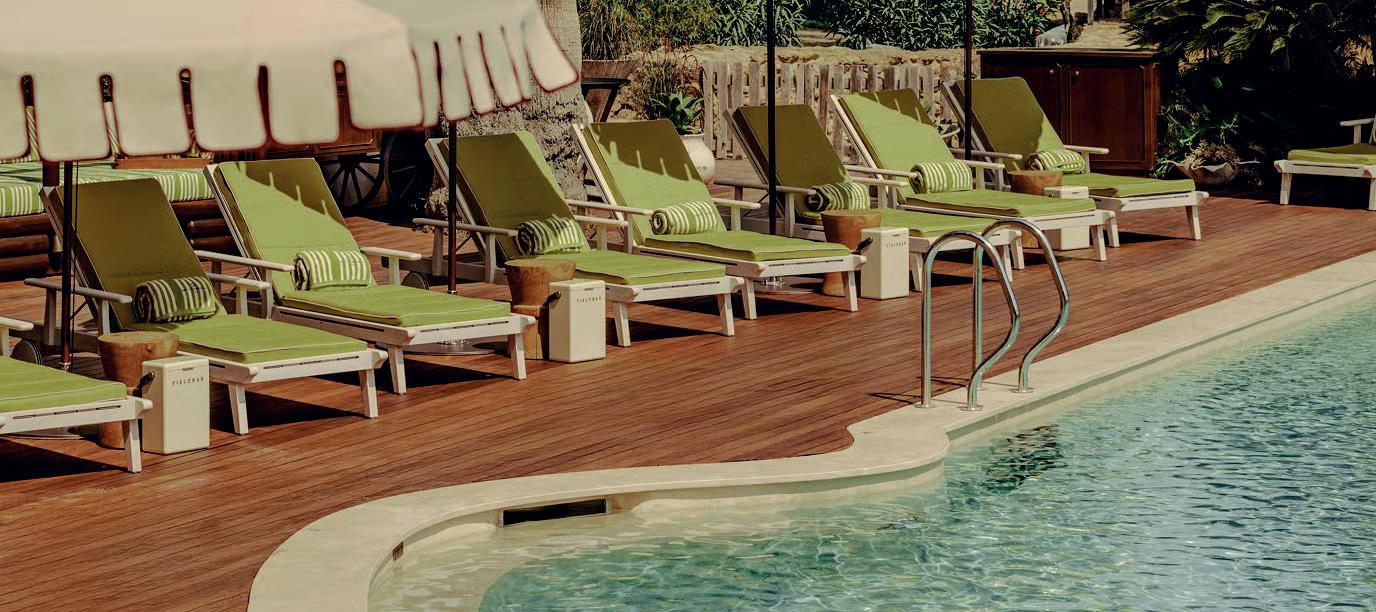
Soho House, the operator of private members’ clubs and its in-house Cowshed-branded spas, has secured funding worth US$2.7 billion (€2.3 billion, £2.0 billion) to take the company off the New York Stock Exchange, where it had been struggling.
US hotel owners MCR Hotels is leading new equity investors in Soho House. New investors will buy out remaining public shareholders at US$9 (€7.7, £6.7) a share, for roughly 15 per cent of the chain.
MCR Hotels’ chief executive Tyler Morse will be Soho House’s vice-chair and actor and investor Ashton Kutcher will join the board of directors.
Soho House goes private for US$2.7bn More: http://lei.sr/s9P7b_B
The asset manager, Apollo Global Management, is providing US$700 million (€600 million, £520 million) in debt and equity financing.
Soho House struggled to balance global expansion with exclusivity for its members, but now says revenue has doubled in the past three years. ●


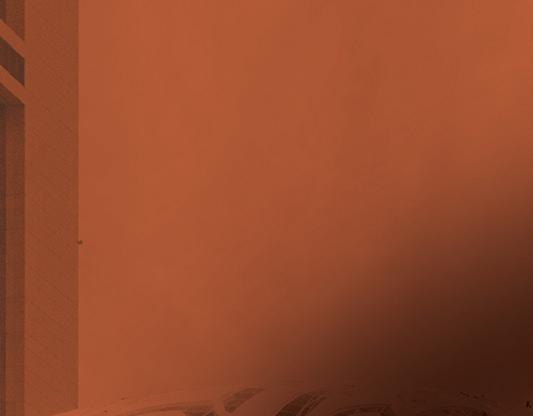










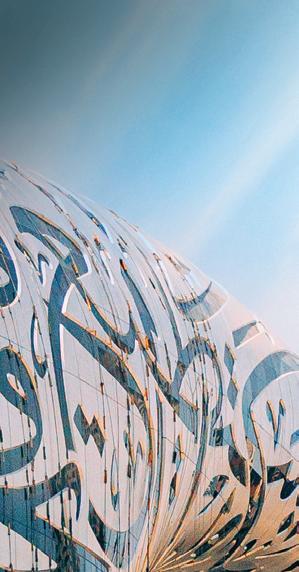



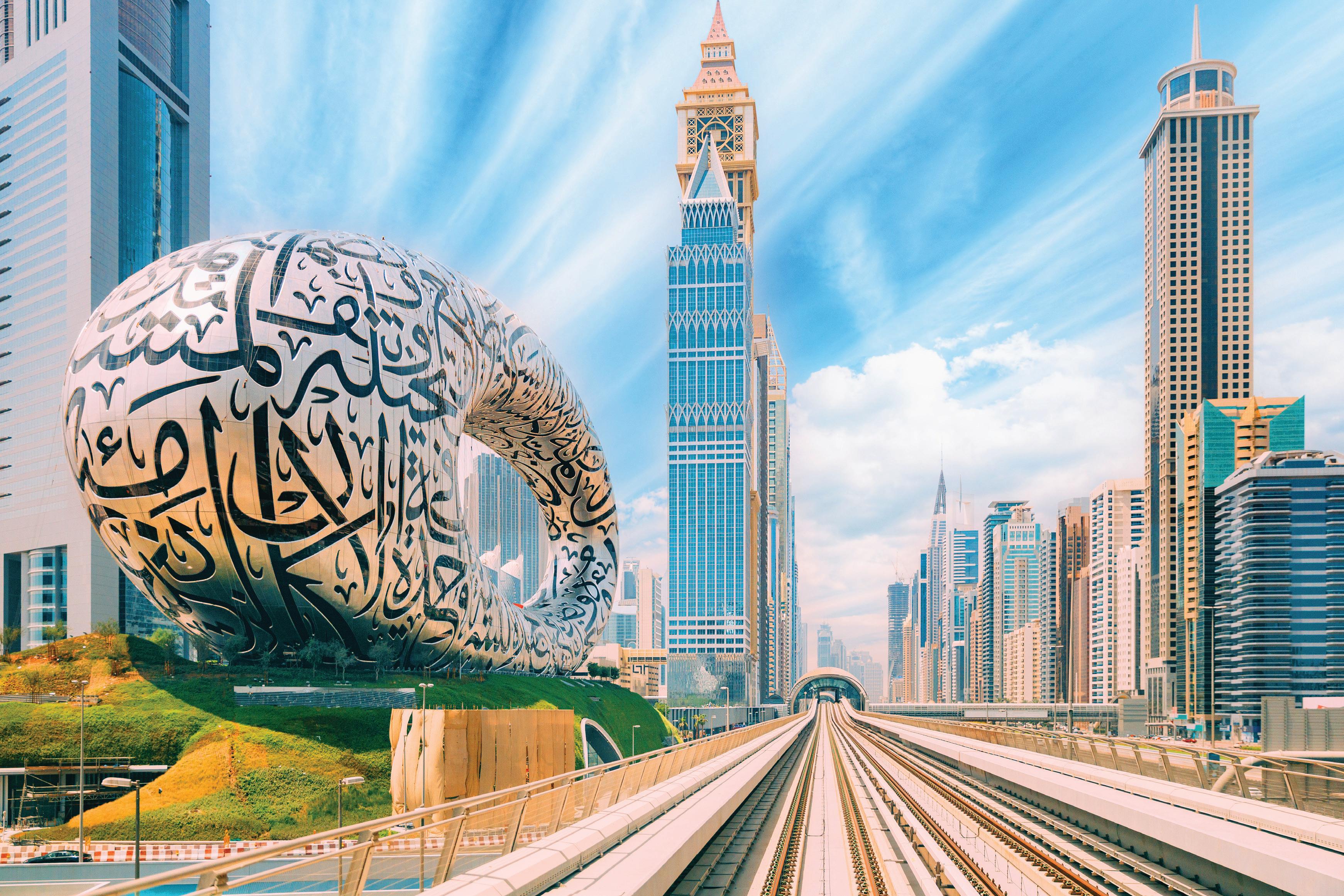





















by Helen Andrews, head of news
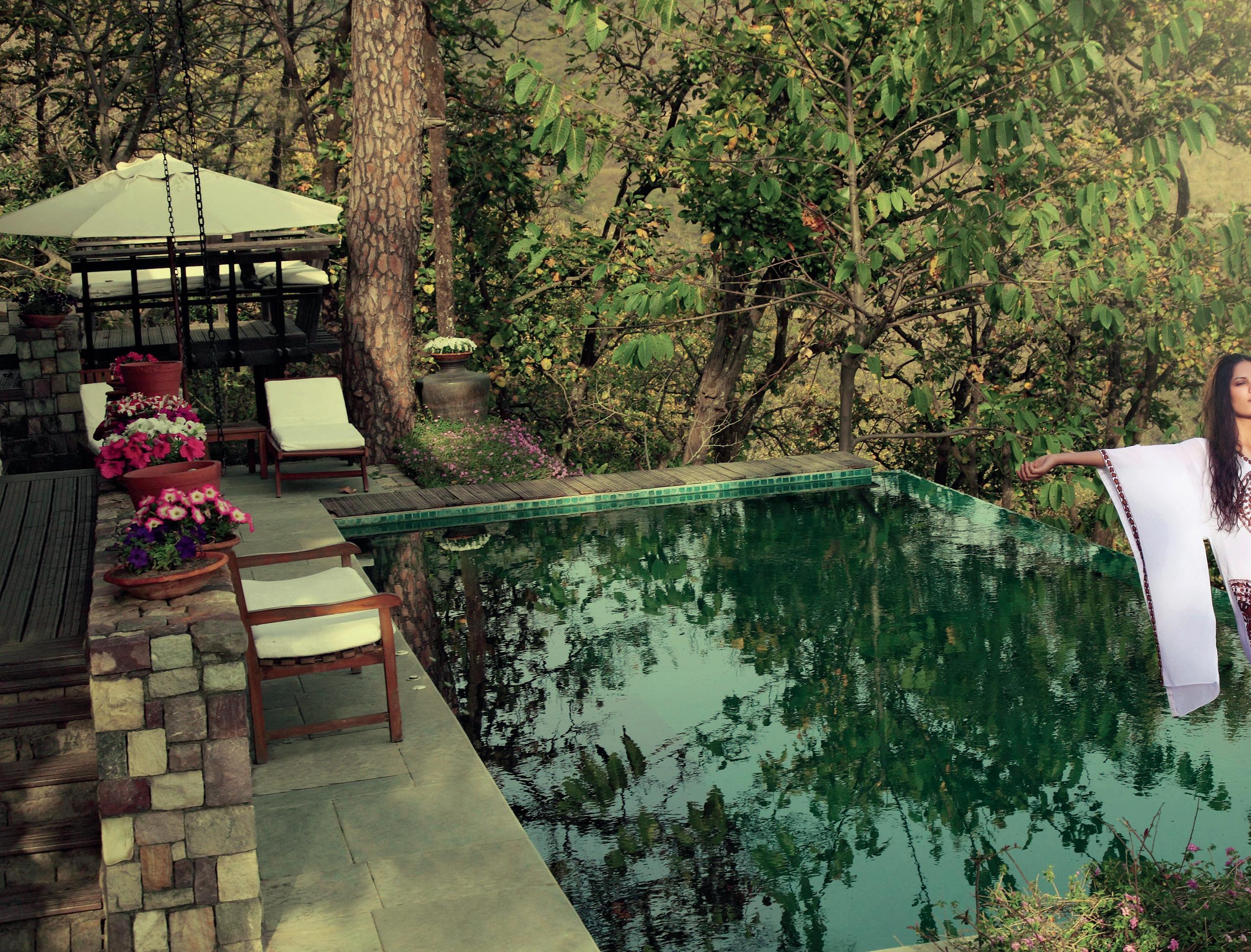
Emerging wealth hubs in India, the Gulf, Southeast Asia and Africa are reshaping global luxury travel demand, with younger generations redefining expectations, according to new research by WATG
Areport by architectural firm WATG, Evolving Wealth: A New Paradigm for Luxury Travel, highlights the emergence of new wealth centres in Asia, the Middle East and Africa as key drivers of demand in the top-tier hospitality sector.
The data, revealed in August, shows that while the US and China remain dominant luxury seekers, with 80 per cent of China’s new wealthy consumers under 50 years old, other markets around the world are gaining momentum as well.
India’s affluent class is projected to grow from 60 million to 100 million by 2027 and the Gulf nations
are forecast to see a 150 per cent increase in centimillionaires by 2028. Southeast Asia and Africa are both registering a new wave of luxury travellers
These shifts are setting the stage for fresh patterns of investment and development, prompting hospitality facilities to create designs and concepts that resonate with these consumers.
Using consumer research, the authors estimate the value of global luxury travel in 2024 was US$219 billion (€189 billion, £165 billion). The wider luxury sector, including goods and services, is worth US$1.54 trillion (€1.33 trillion, £1.16 trillion).
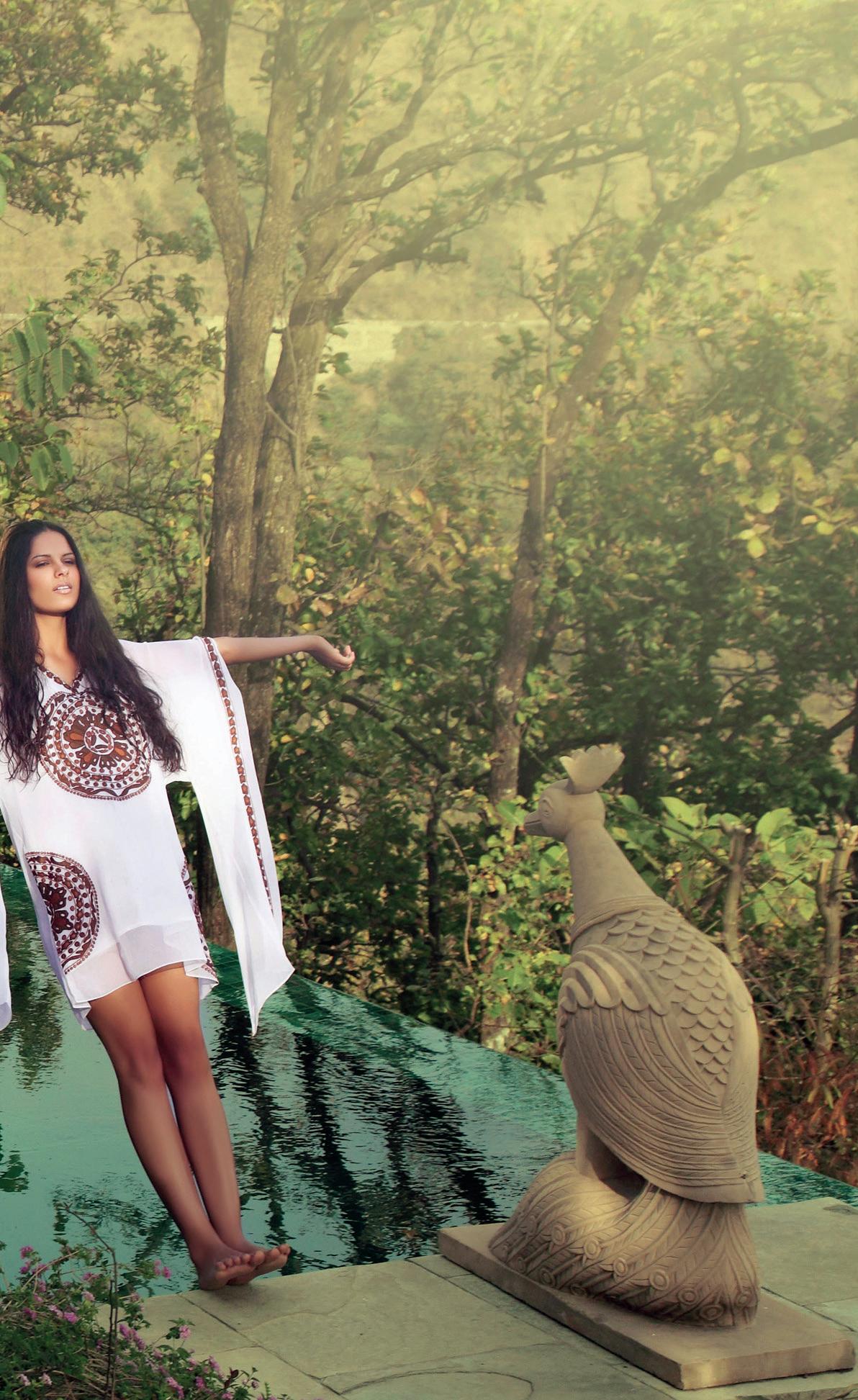
The luxury travel market reached US$219 billion last year
The demographics and behaviours of luxury consumers are changing, however, which WATG says serves as a reminder that a onesize-fits-all hospitality model won’t work.
Citing data by Cerulli Associates, WATG highlights that in the US alone, a US$84 trillion (€73 trillion, £63 trillion) intergenerational family wealth transfer is underway. This is accelerating the spending power among Gen X, millennials and Gen Z, who already represent a growing share of high-net-worth individuals.
While baby boomers still represent 80 per cent of luxury spending power, younger generations are catching up and they appear to prefer experiences over possessions. Overall, there’s a sway towards sustainability, personalisation and culture.
For example, 38 per cent of luxury seekers are willing to pay 30-50 per cent more for sustainable travel features. Millennials are leading the ‘bleisure’ trend, mixing business and leisure to create demand for long-stay flexible accommodation.
In addition, Gen Z is seeking self-discovery and transformation through immersive, non-traditional journeys – from deep-sea exploration to high-altitude treks.
To map this changing landscape, WATG categorises travellers into four groups:
• ASPIRING LUXURY / MASS AFFLUENT
Financially secure people from dual-income households with assets between US$100,000 (€86,500, £75,300) to US$1 million (€865,000, £753,000). They represent 35 per cent of the luxury travel market and are expected to replace the middle class as growth drivers in the next decade. They selectively spend on premium experiences and are often brand-driven for validation.
•
These people live more frugally, below their means, despite their assets being worth US$1-5 million (€865,000-4.3 million, £753,000-3.8 million). They often reside in middle-class neighbourhoods and their purchasing priorities include quality and longevity as well as discreet luxury experiences. WATG says these consumers are key customers for well-designed premium hospitality with substance.

Gulf nations are forecast a 150 per cent rise in centi-millionaires
• HIGH NET WORTH INDIVIDUALS
Have a wealth amounting to US$5-30 million (€4.3-26 million £3.8-22.6 million) and prefer top-tier, culturally rich experiences. Asia, the Middle East and North America are key growth markets of this group.
• ULTRA-HIGH NET WORTH INDIVIDUALS
With assets exceeding US$30m (€26 million, £22.6 million), this group represents less than 1 per cent of the global population but has a disproportionate effect on luxury markets. They demand rare, hyper-personalised and private experiences.
As wealth and consumer behaviour evolve, supply is following suit, says WATG. Authors refer to data from real estate intelligence firm CoStar, which reports that global luxury room supply could grow from 1.6 million in 2023 to 1.9 million by 2030.
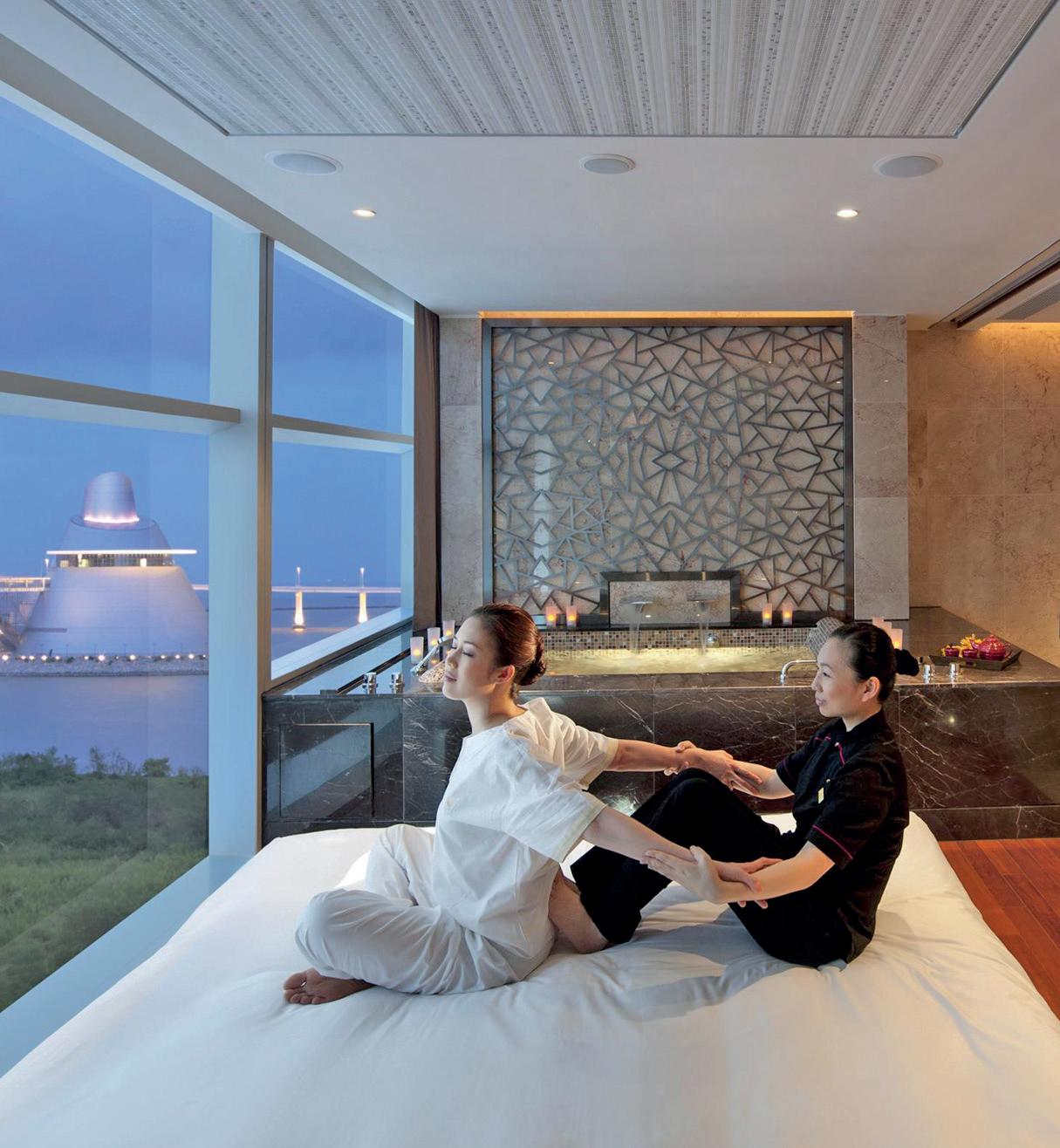
Millennials are leading the ‘bleisure’ travel trend, blending work with holidays
Meanwhile, the cost of luxury suites has risen 9.2 per cent worldwide, with high net worth individuals in the APAC region outspending all other regions on five-star hotels.
For investors and operators in spa and wellness, the implications are clear. With luxury consumers becoming younger, more globally dispersed and more demanding, facilities need to evolve beyond traditional models.
The winners will be those who deliver authentic, flexible, experience-rich stays, weaving together wellbeing, sustainability and cultural immersion. l
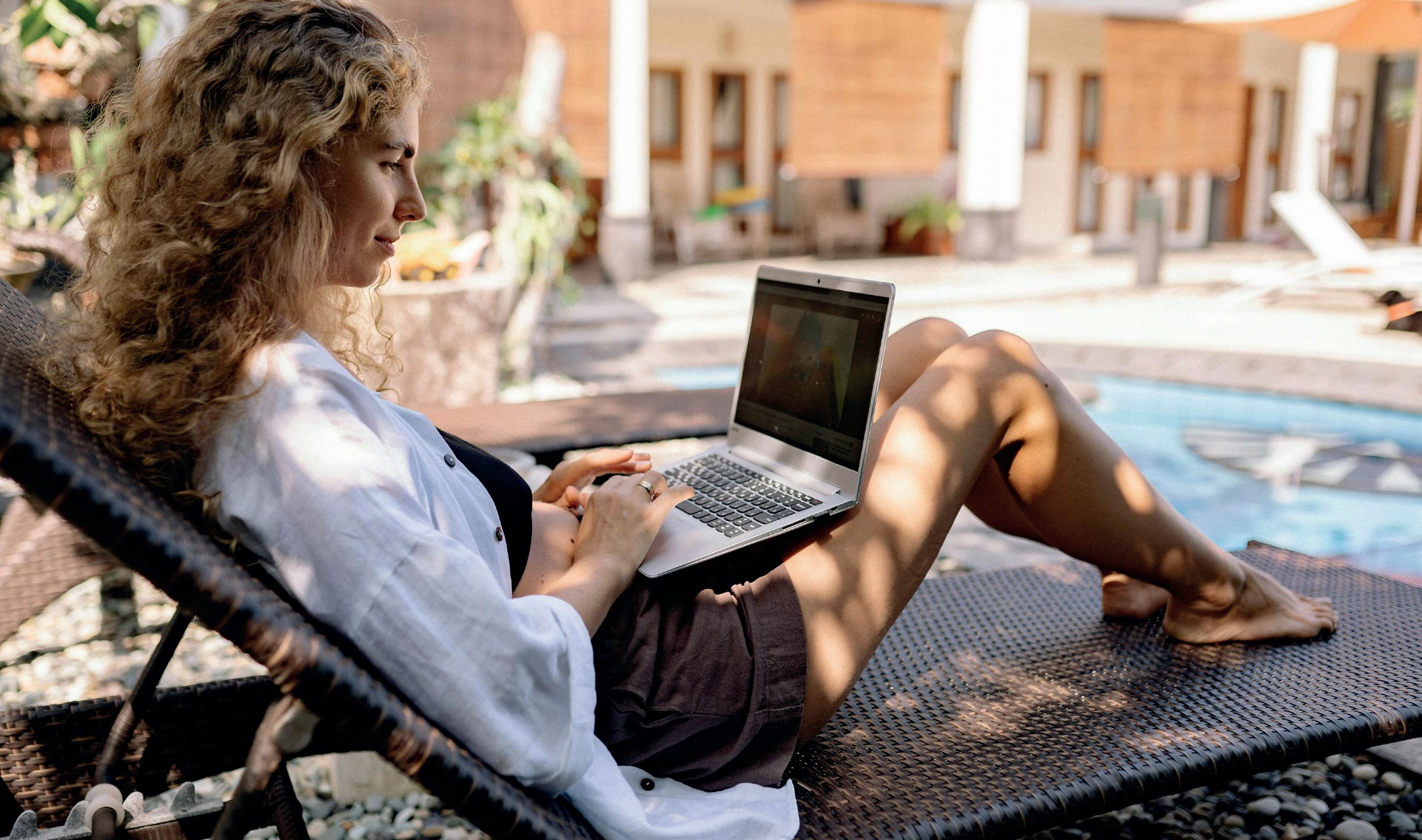
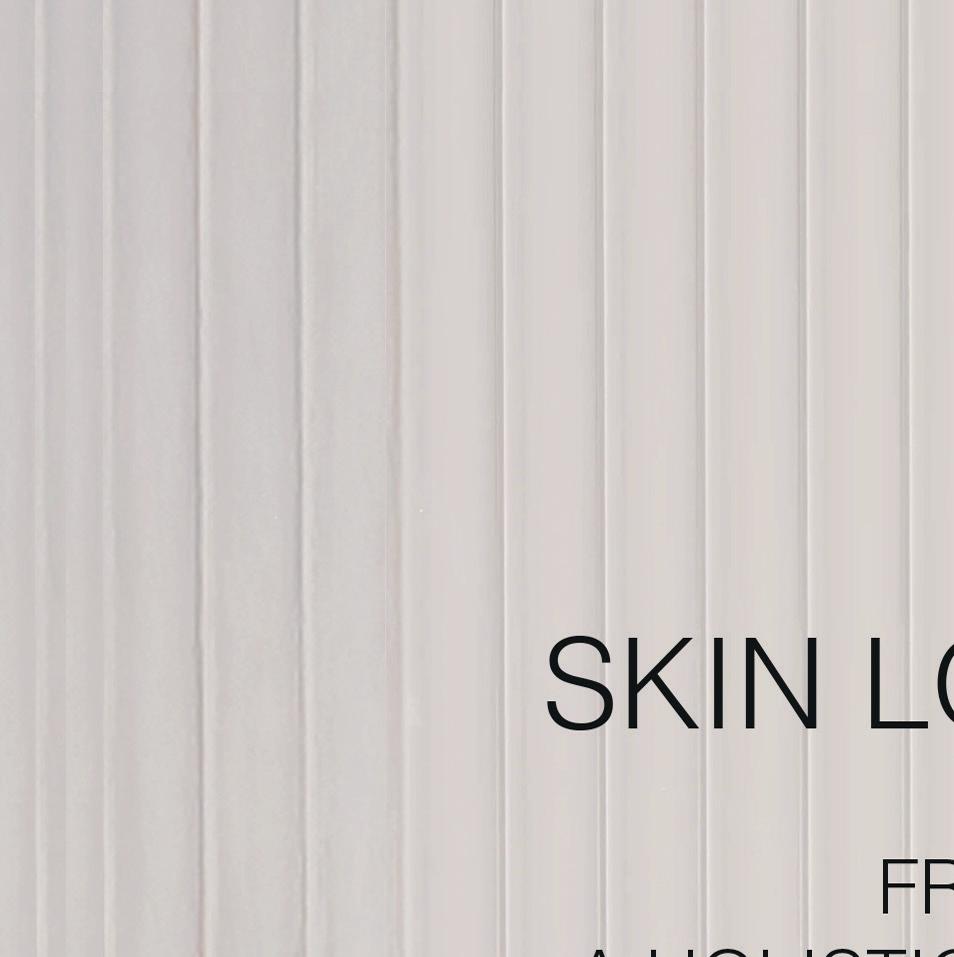

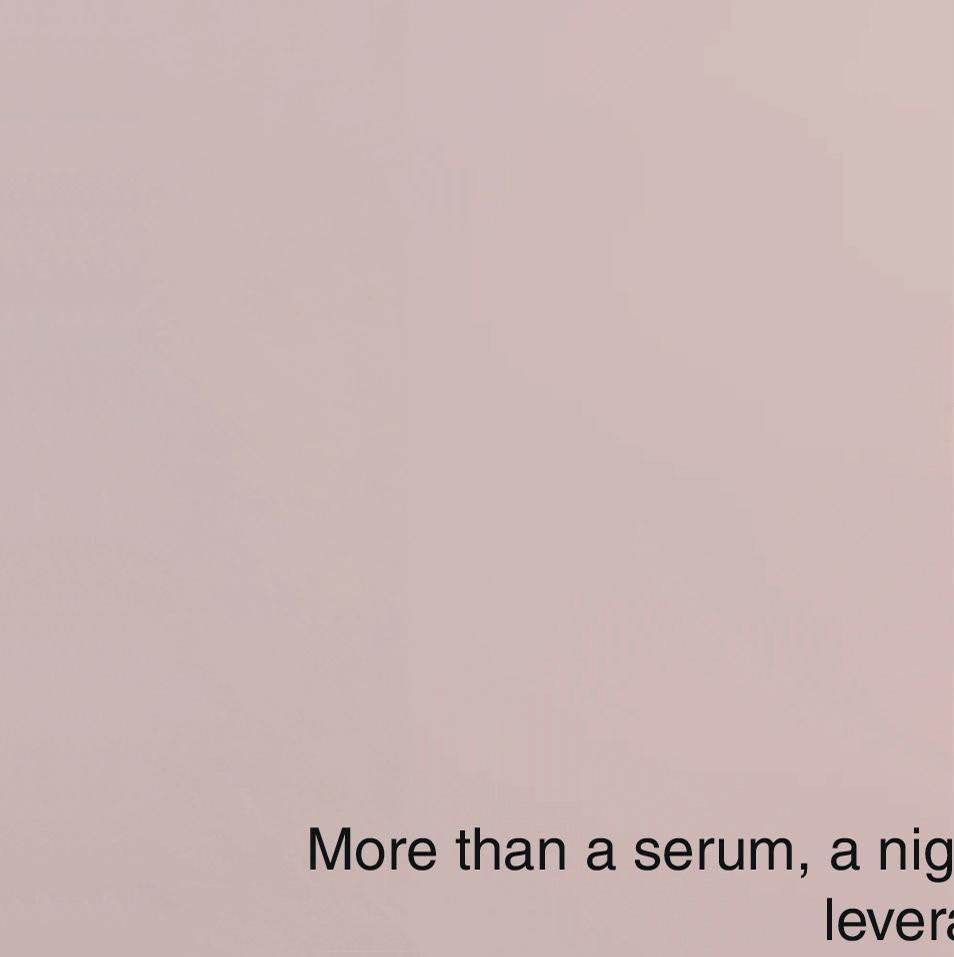
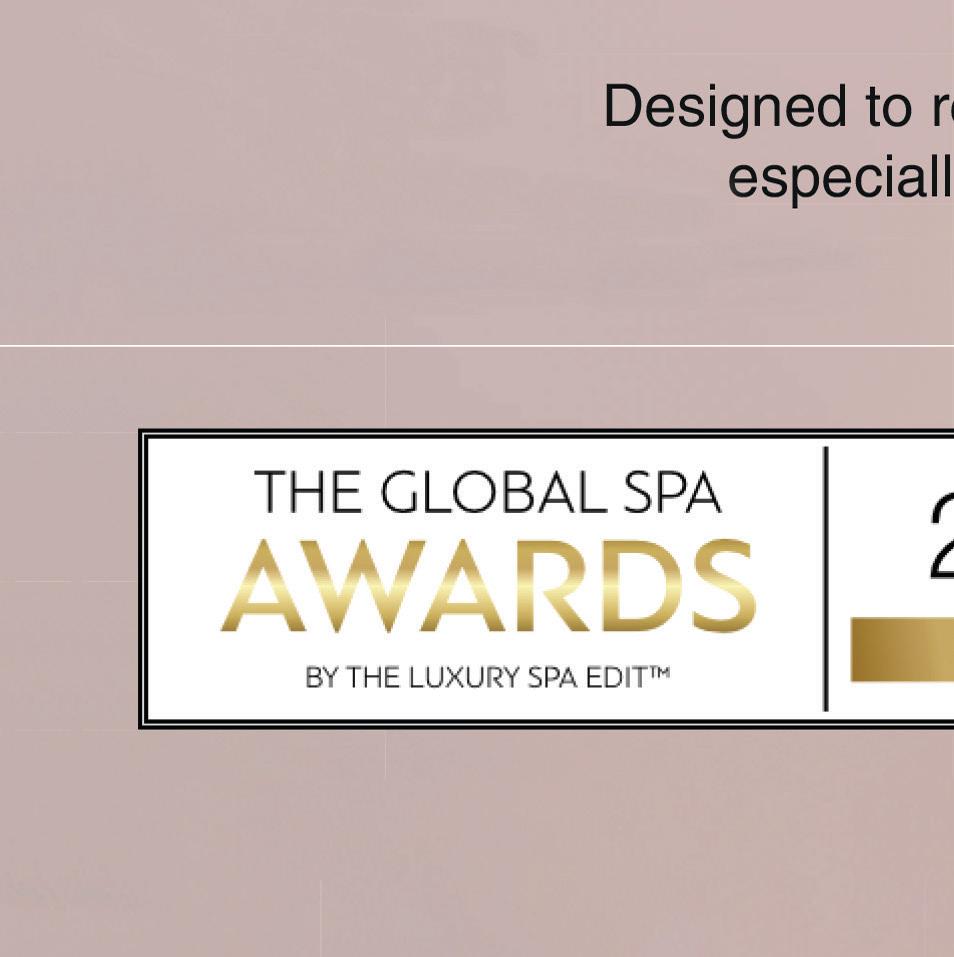
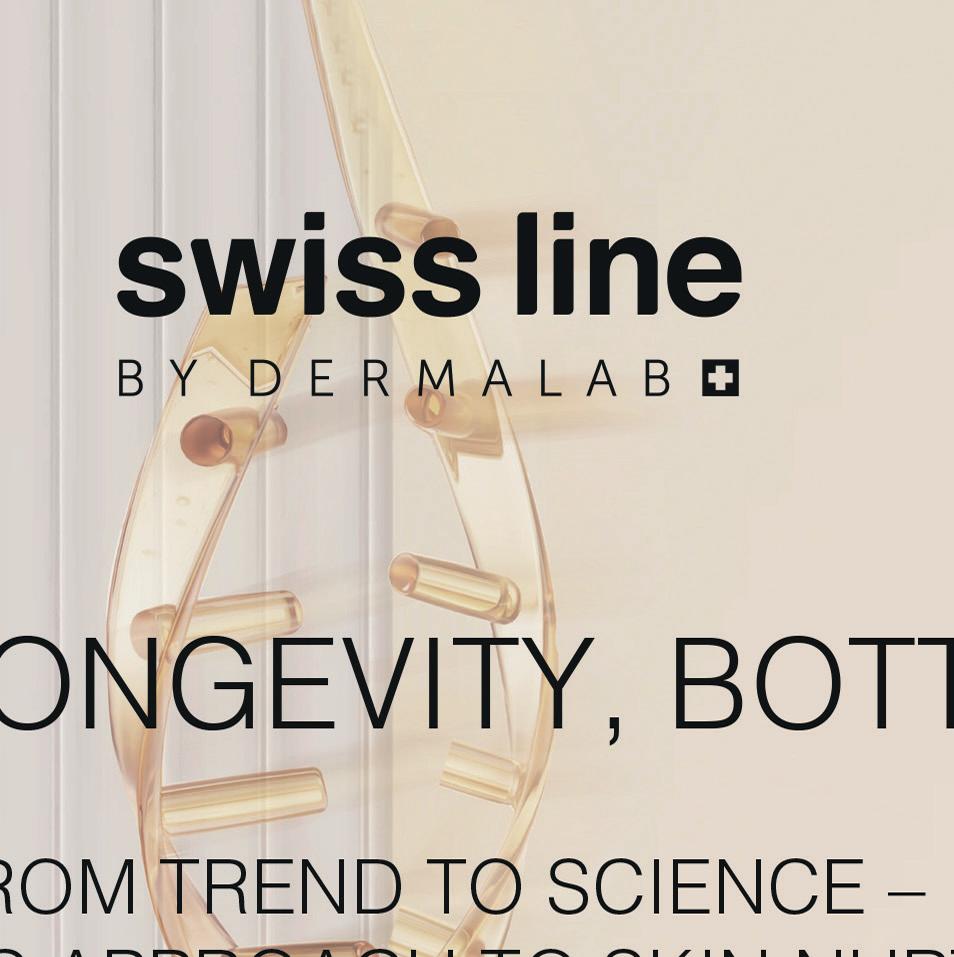
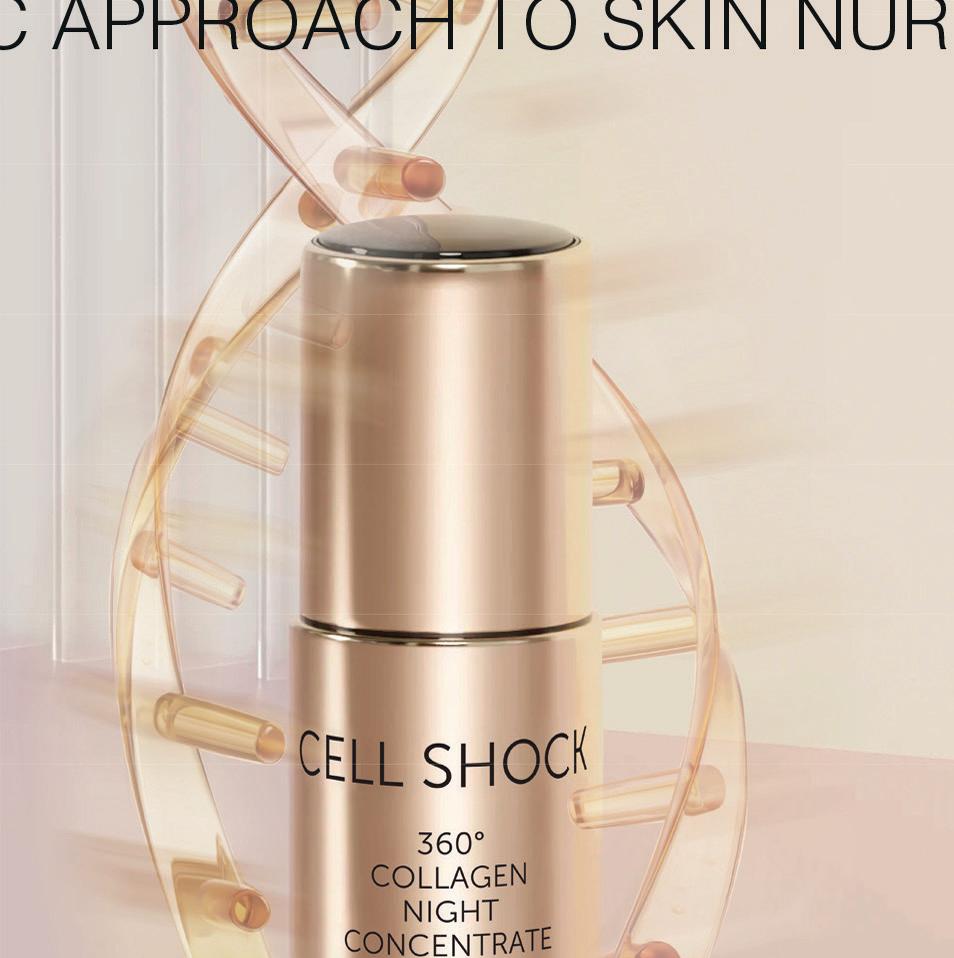
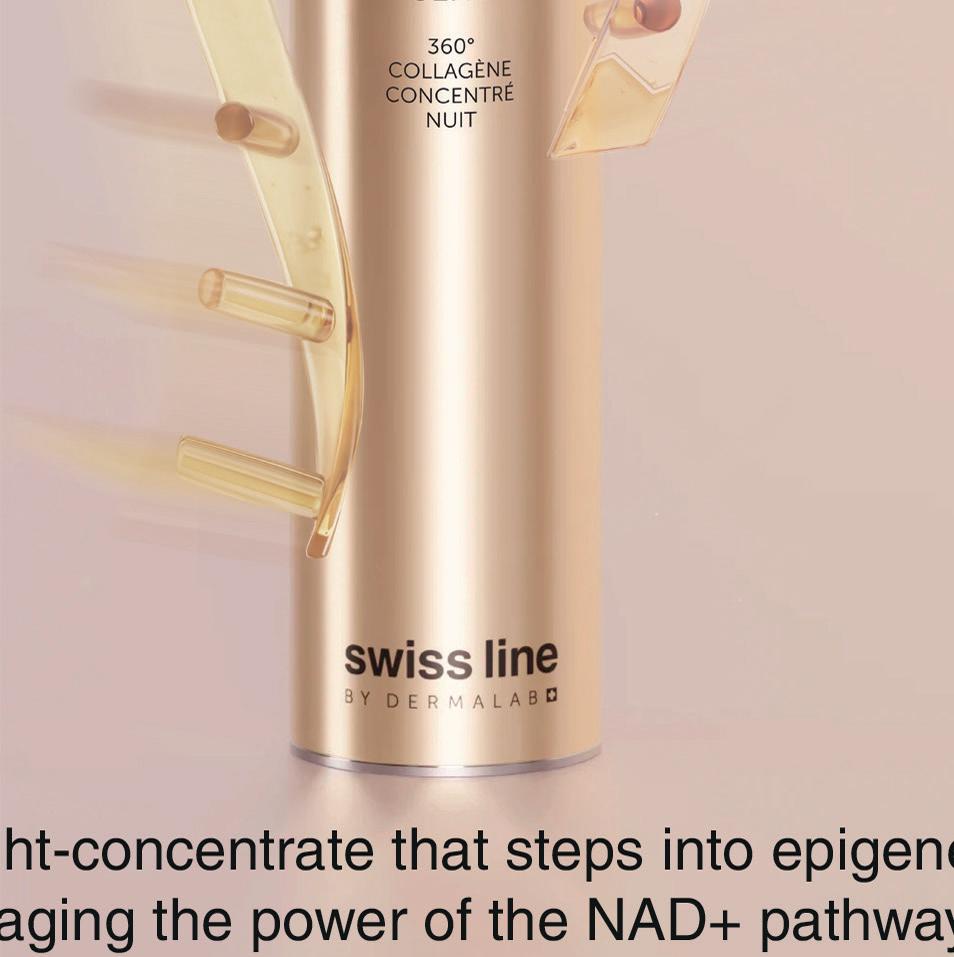
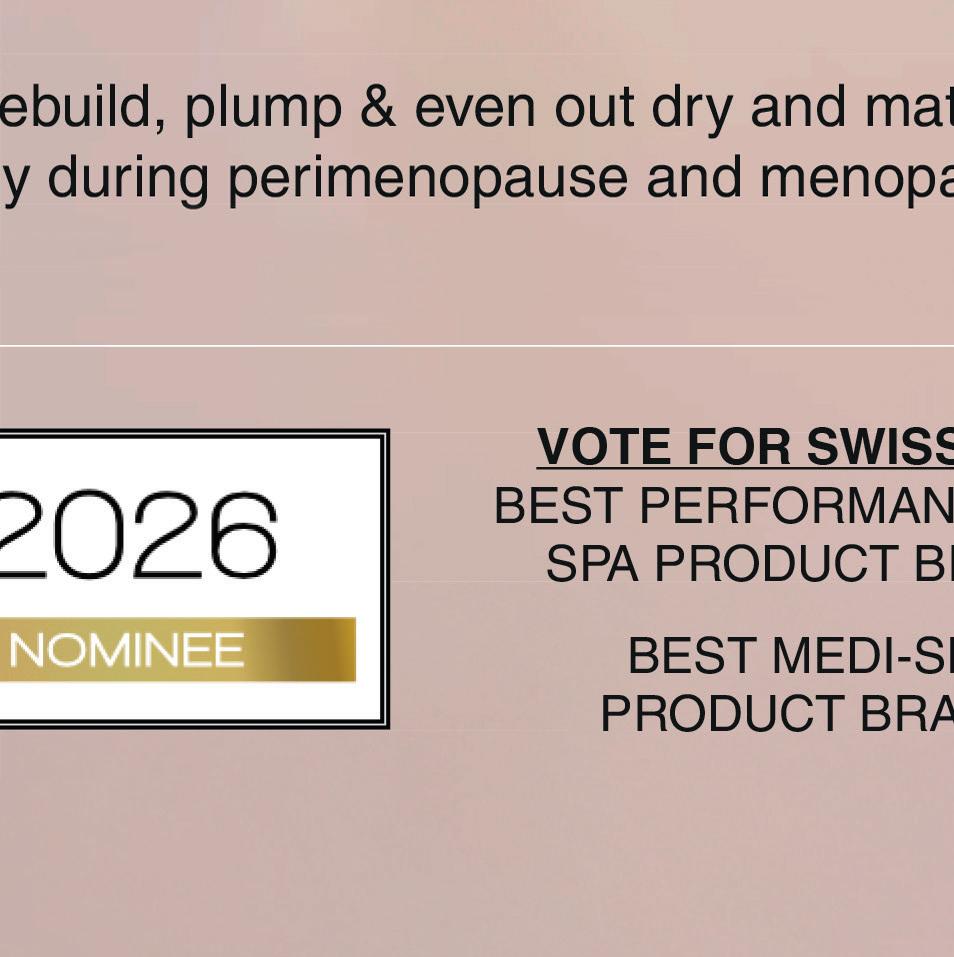
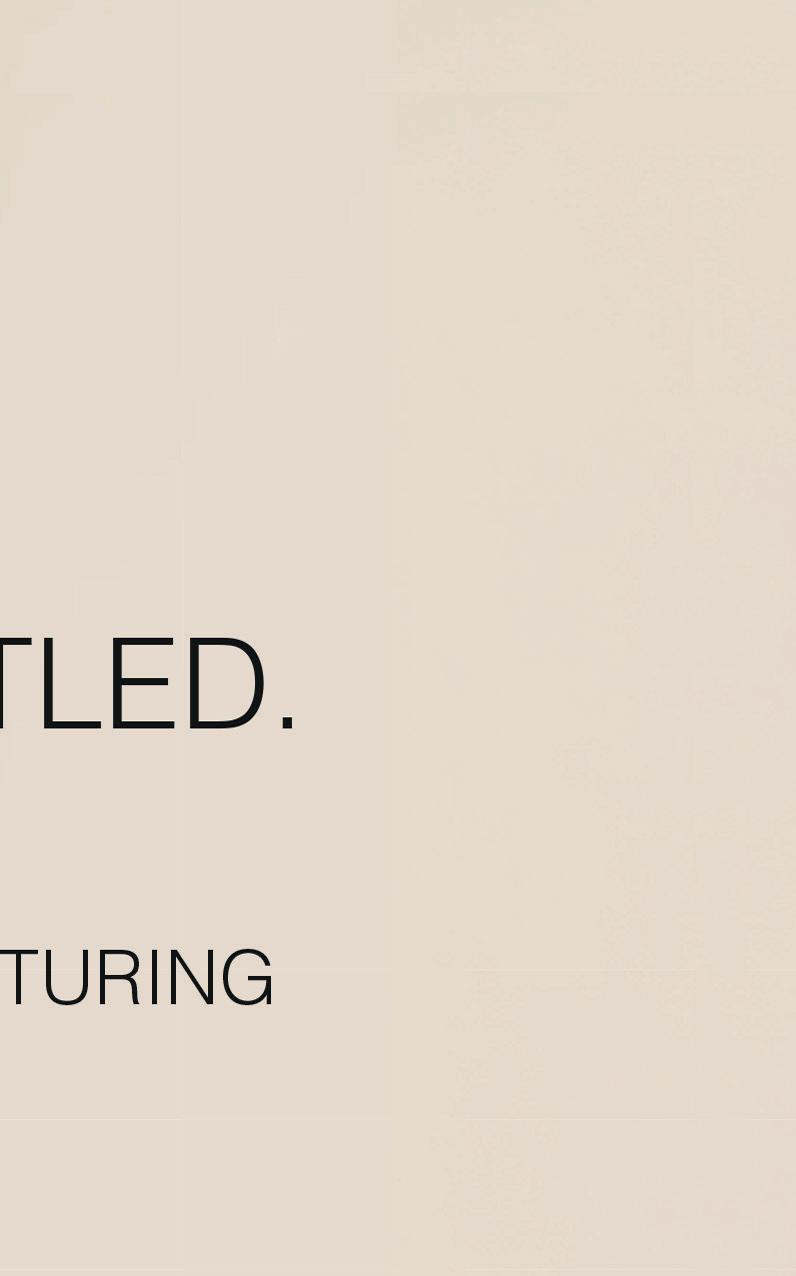

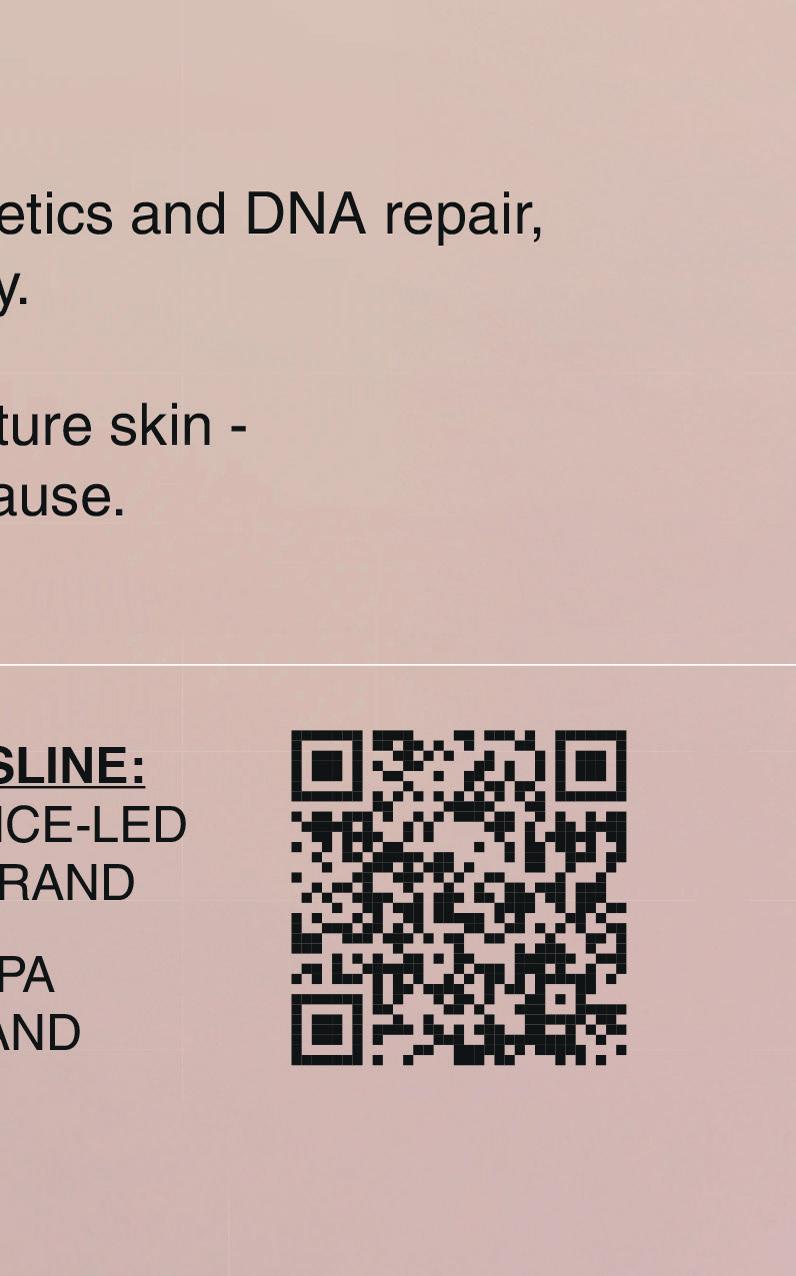
by Helen Andrews, head of news
Aholistic haven in the volcanic highlands of Rwanda is set to open in December, revealing one of the most substantial safari spas in Africa.
Conservation and hospitality company, Wilderness, which specialises in safari camps and lodges, will unveil The Sanctuary concept at Wilderness Bisate in Rwanda, soon after its debut at Wilderness Mombo in Botswana.
The two properties are the most luxurious in Wilderness’ portfolio, which comprises 60 camps in eight African countries. While some other Wilderness properties have treatment rooms, none of them have such a comprehensive offering as The Sanctuary.
The Sanctuary is a new space for guests to ground themselves, re-centre and unwind.
Architects Black Sable are working with Artichoke Interior Design on the aesthetic for both spas.
The Sanctuary at Wilderness Bisate will have four treatment rooms, including one double. The same number of treatment rooms is planned for the 820sq m Botswanan Mombo spa.
There will be contrast therapy facilities at the spas, including a steamroom and an ice bath, in addition to lap pools and a gym. Cocoon-like meditation pods and a dedicated yoga area will also be on offer.
Curated soundscapes will play in the buildings and signature scents will promote deep relaxation.

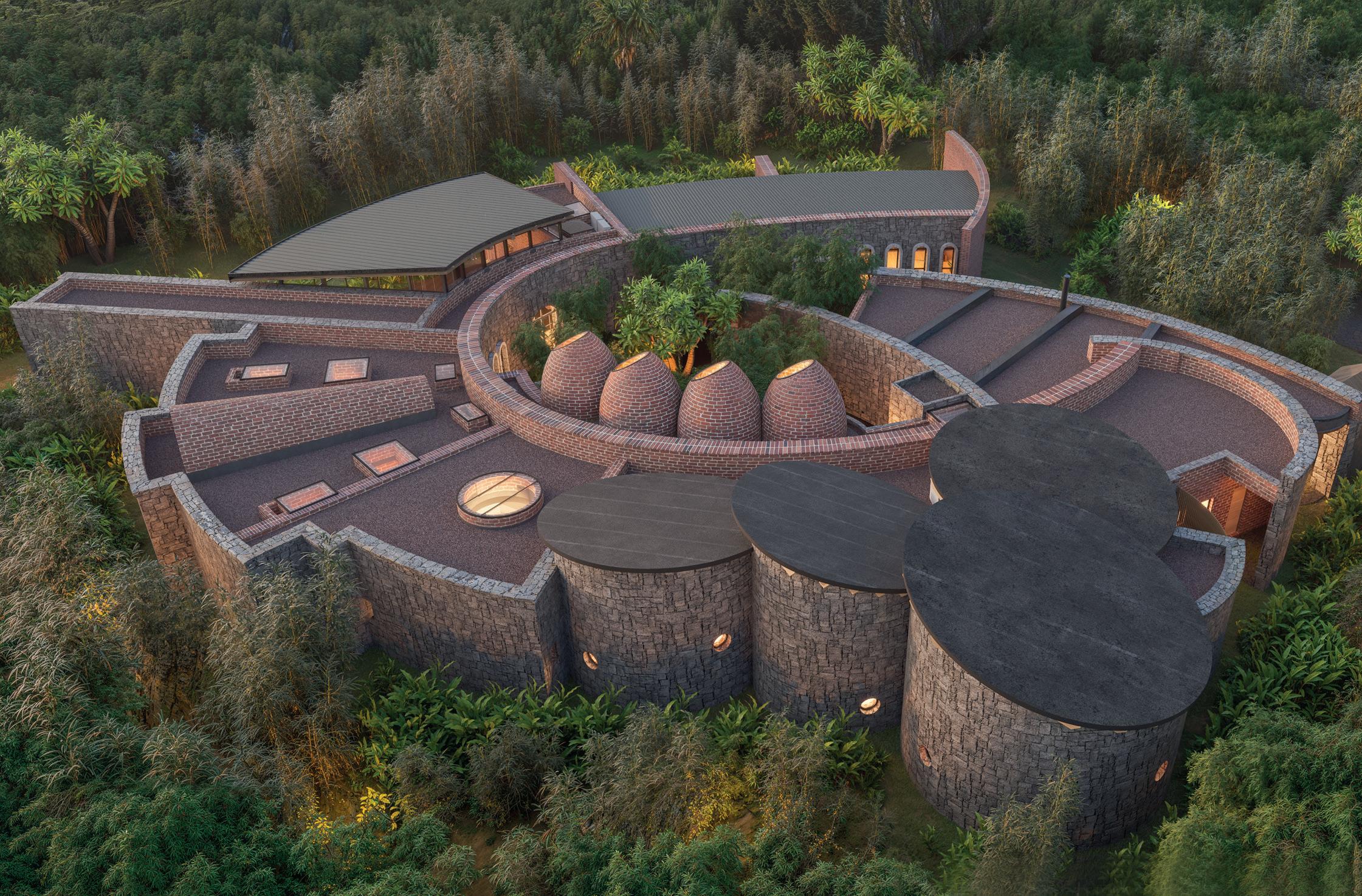
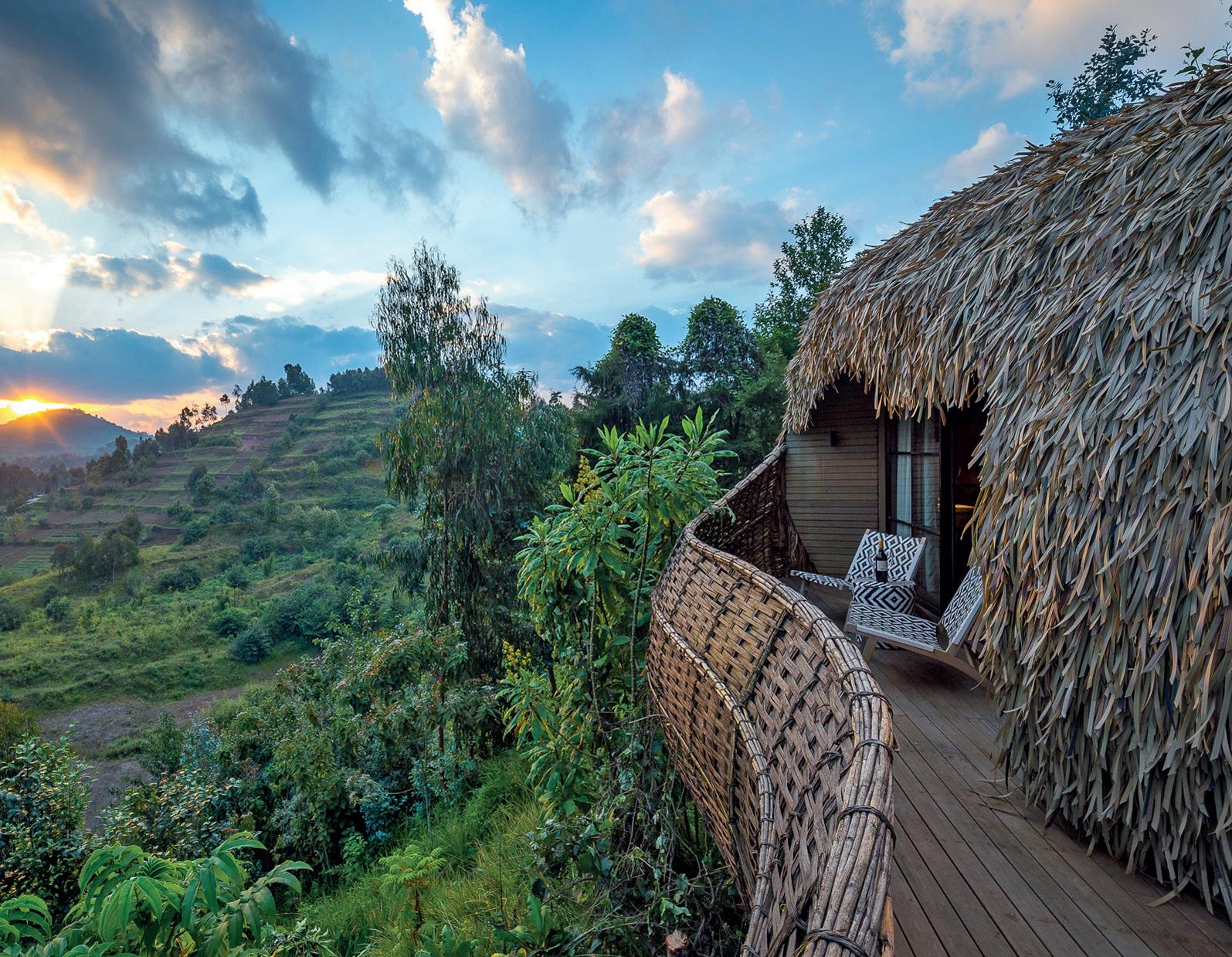
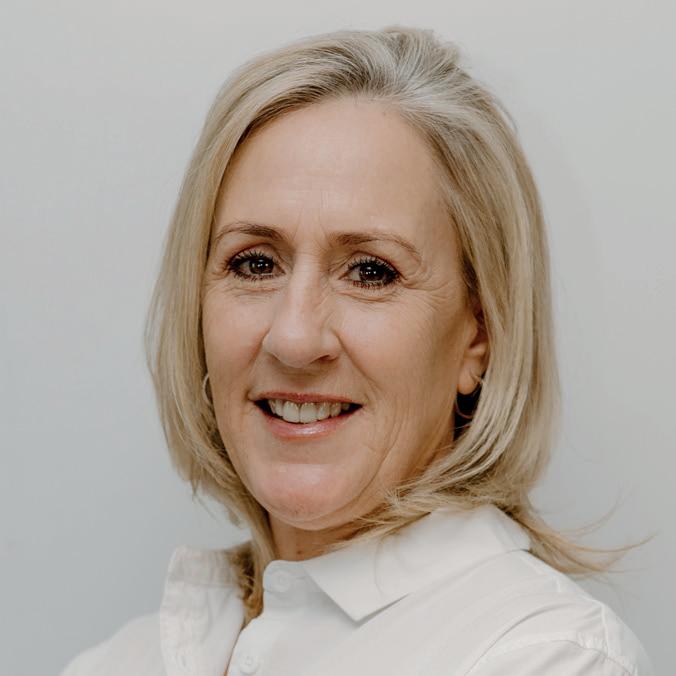
Simply being in the wild becomes a form of healing in itself
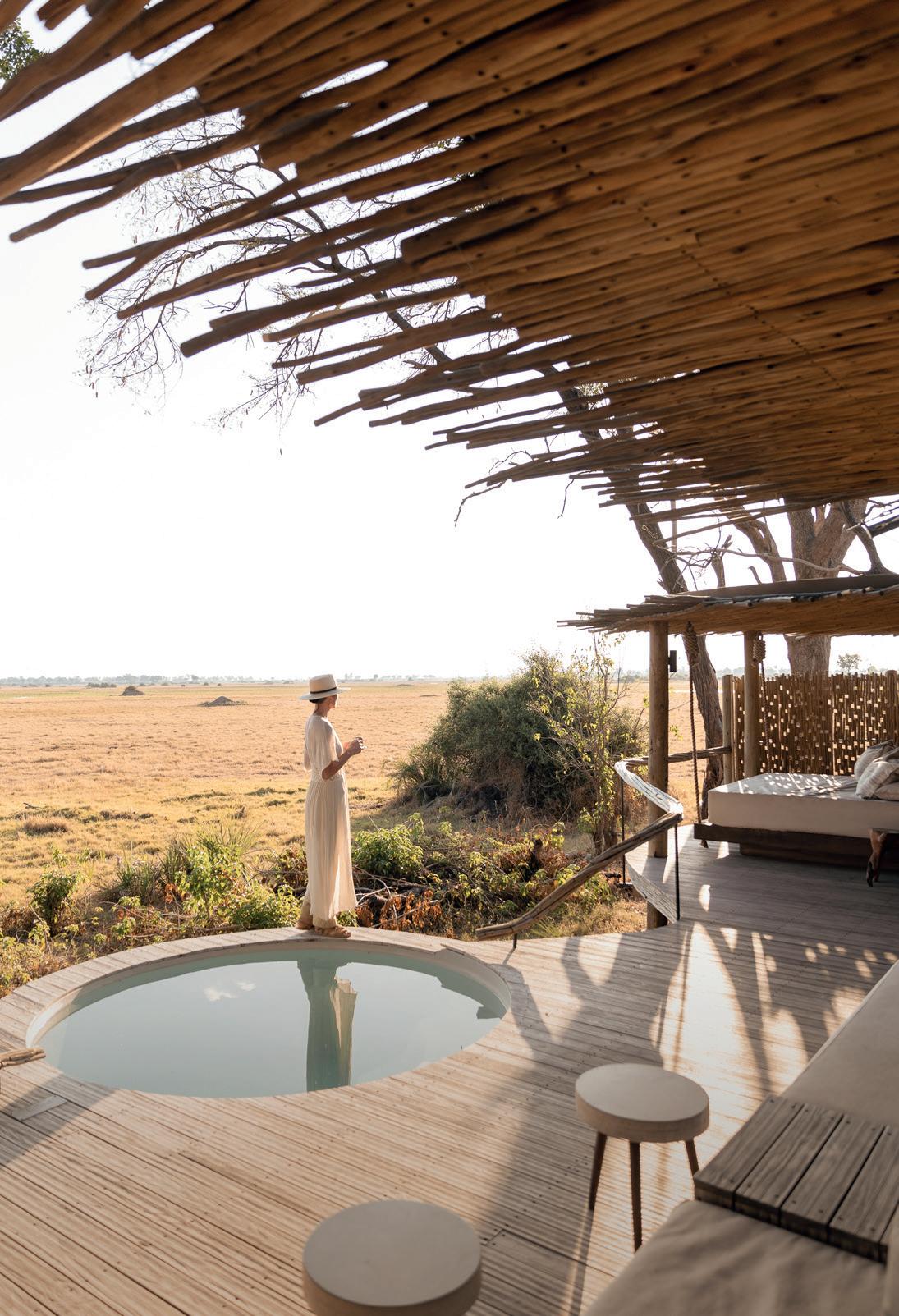
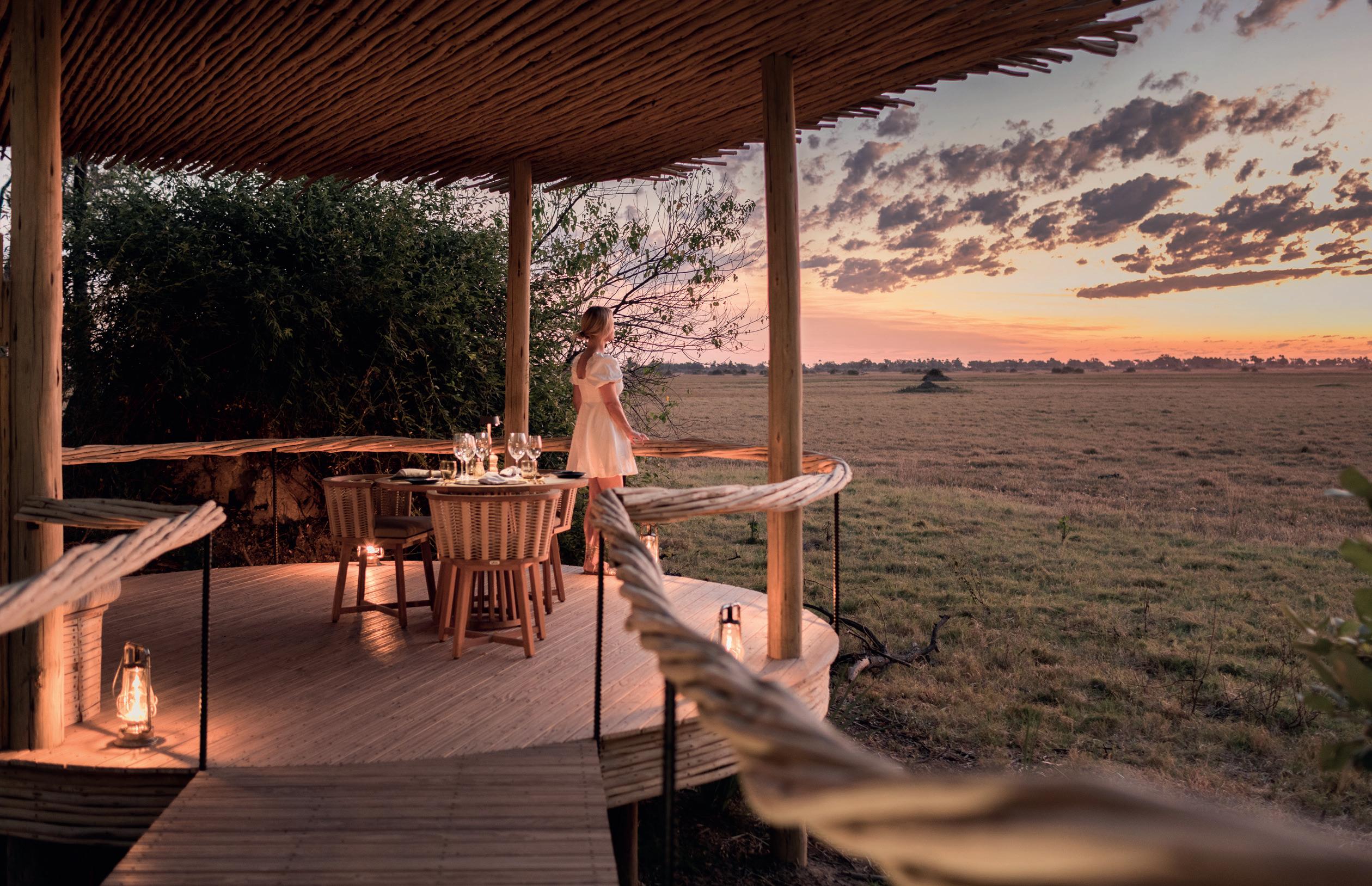
The spas will also boast fireplaces to add comfort and create a cosy transition between treatment and bathing experiences.
Wilderness says The Sanctuary reflects the company’s belief in weaving wellbeing into every step of a guest’s journey.
It also signifies the start of a wider wellness evolution across all sites. Over the coming months, Wilderness plans to introduce a range of conscious travel activities from immersive experiences and sustainably sourced cuisine to opportunities for intentional disconnection.
COO Alexandra Margull says, “At Wilderness, wellness is not an added layer defined by trends or treatments, but a natural extension of place – an invitation to pause, reconnect and rediscover the restorative power of nature.
“It lives in the care of our people, in the connection fostered between guests and guides and in the deeply nourishing food served across our camps,” she adds. “It is felt in the absence of distraction – the lack of noise, light and air pollution – and in the sensory reawakening that takes place when one is truly present in nature. Simply being in the wild becomes a form of healing in itself.” l
The Sanctuary is a new space for guests to ground themselves, re-centre and unwind
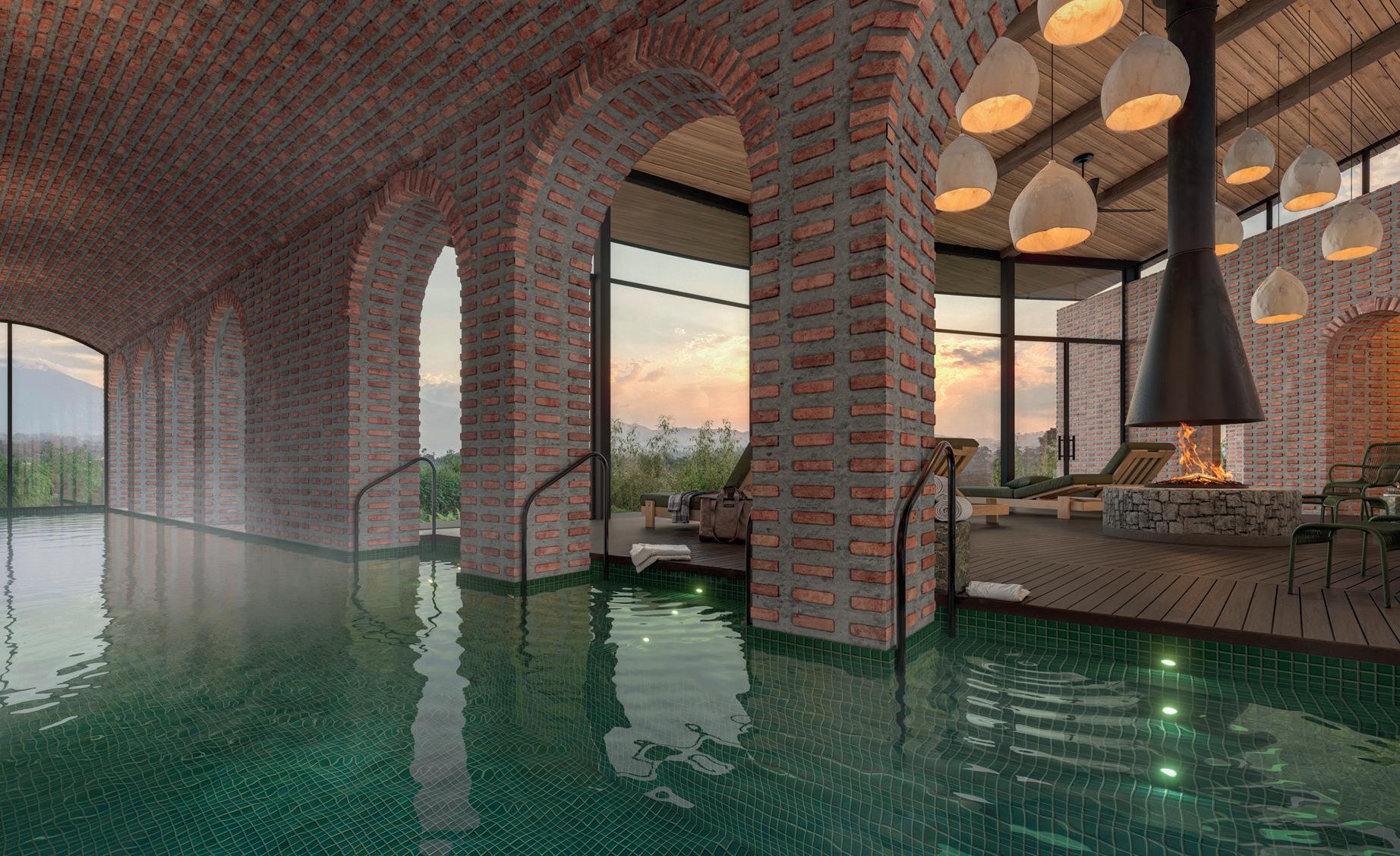
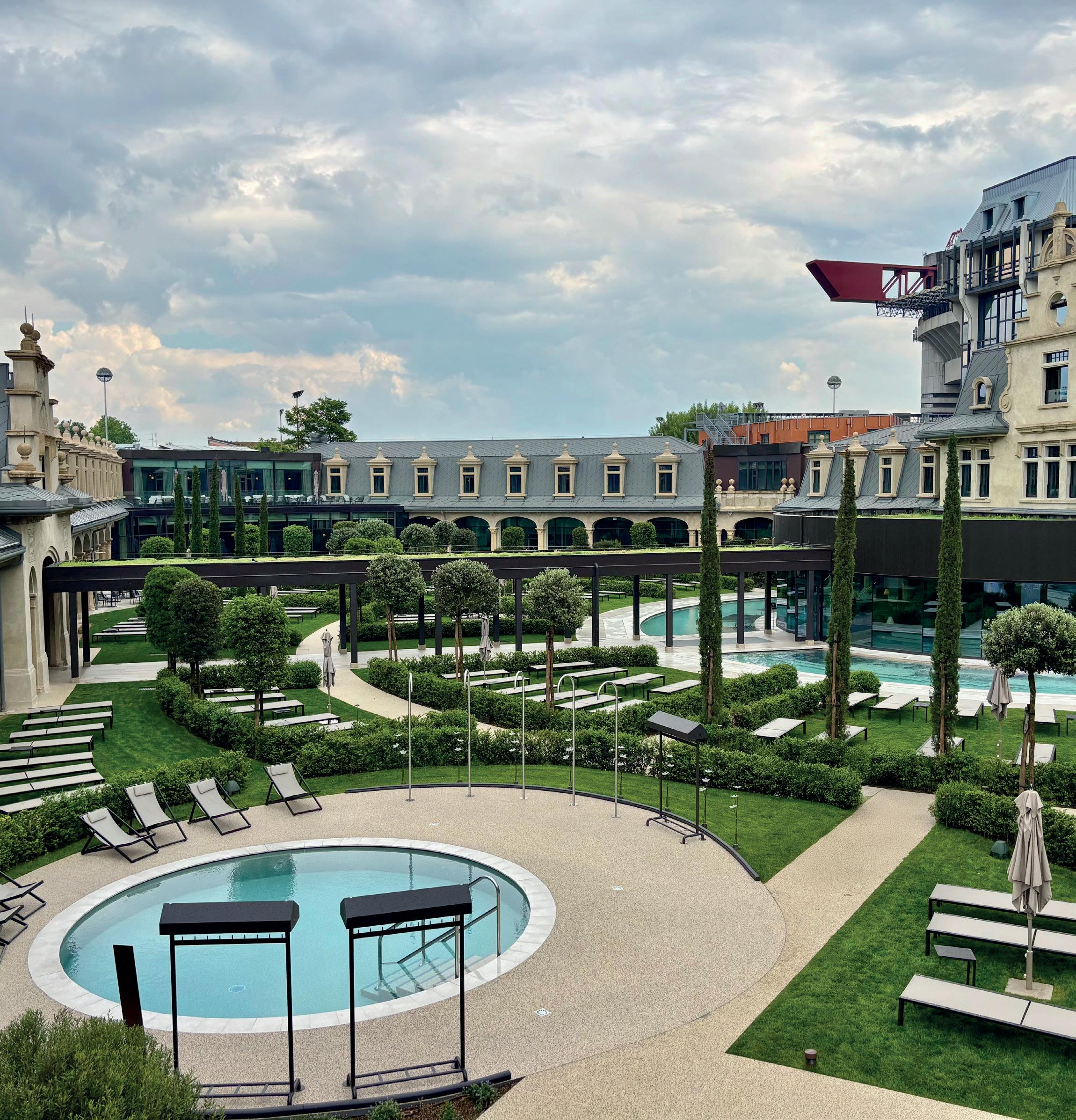
Myrtha Wellness creates, engineers and manufactures sustainable products that delight the clientele.
Myrtha modular panels technology are the epitome of ‘Made in Italy’ thermal bathing wellness products – including Finnish sauna, herbal sauna, bio-sauna, salt sauna, steam rooms, hammam, frigidarium, calidarium, tepidarium, ice fountain, experience showers, vitality pools, plunge pools, swimming pools, sand pools, lagoons, surf pools, and spray parks. The exceptional technical team of experts at Myrtha Wellness works globally in concert with architects, designers and engineers throughout the project lifecycle to create memorable experiences, leading the latest technological trends in the hospitality sector.
www.myrthawellness.com
by Helen Andrews, head of news
Abotanical spa, woven through open-air pavilions and meandering freshwater canals, lies at the heart of a bold eco-conscious destination designed by Italian architecture firm ABCPlus Studio.
Located near the town of Bibione, between Venice and Trieste on Italy’s Adriatic coast, the project is capturing industry attention with its blend of hospitality, residential and wellness facilities. The total development is expected to cost €37.5 million (US$43.9 million, £32.1 million) and is slated to open in 2030.
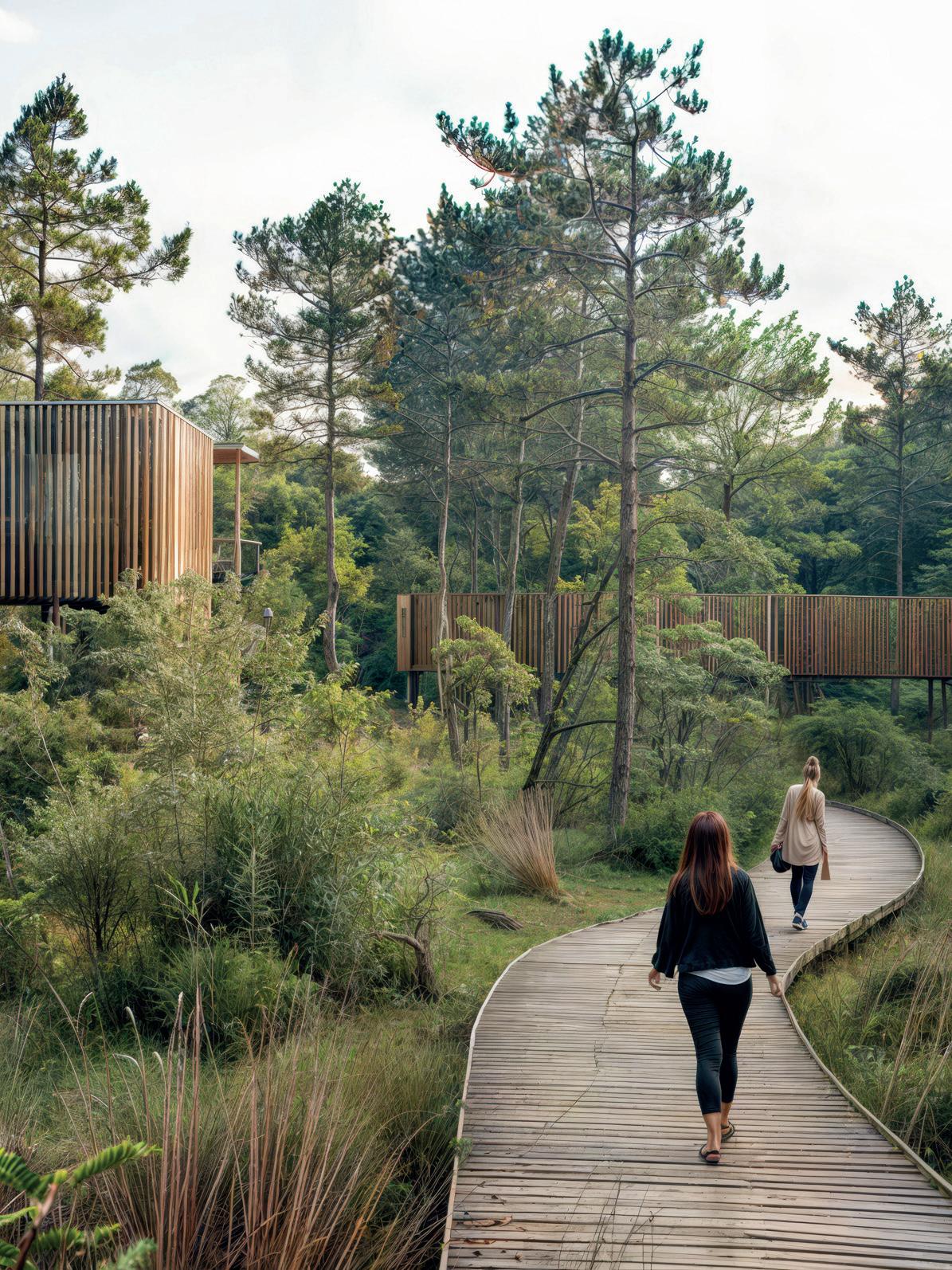
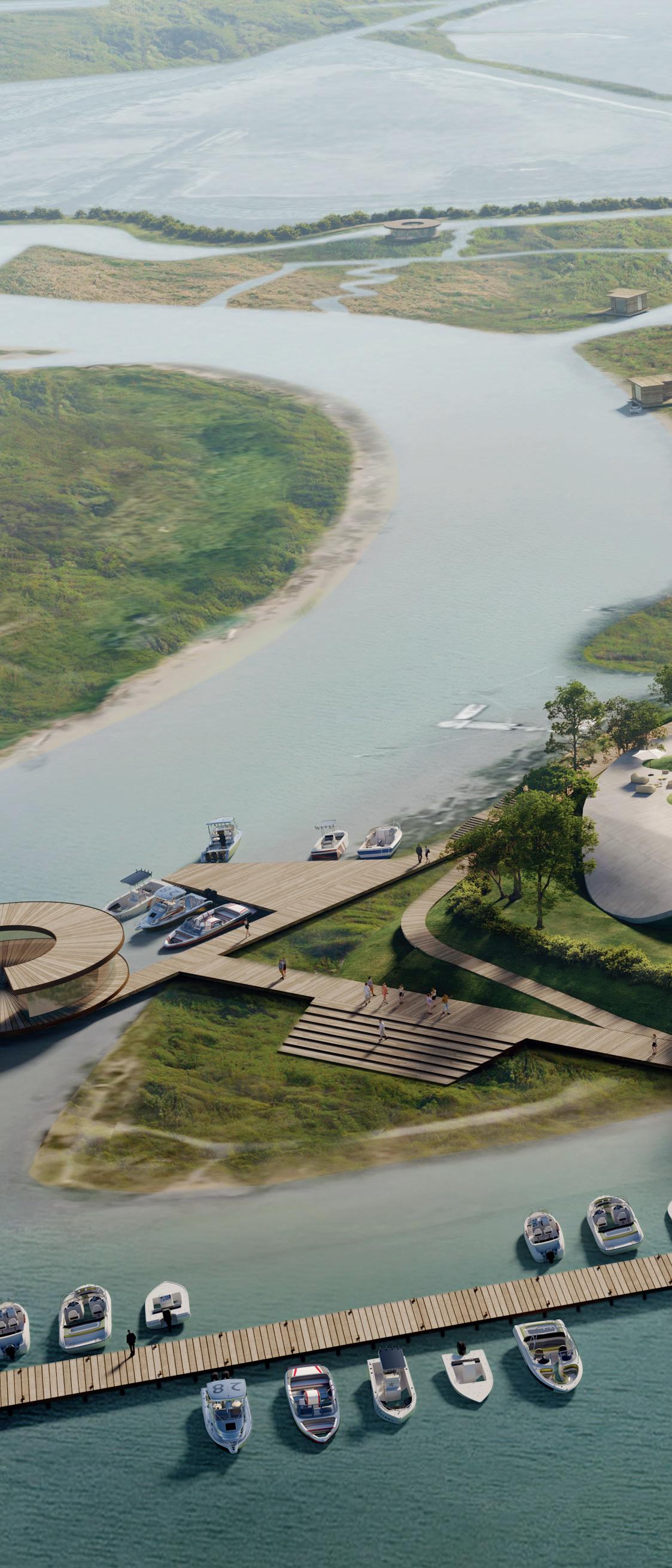
Wellness becomes a journey of environmental discovery and cultural appreciation
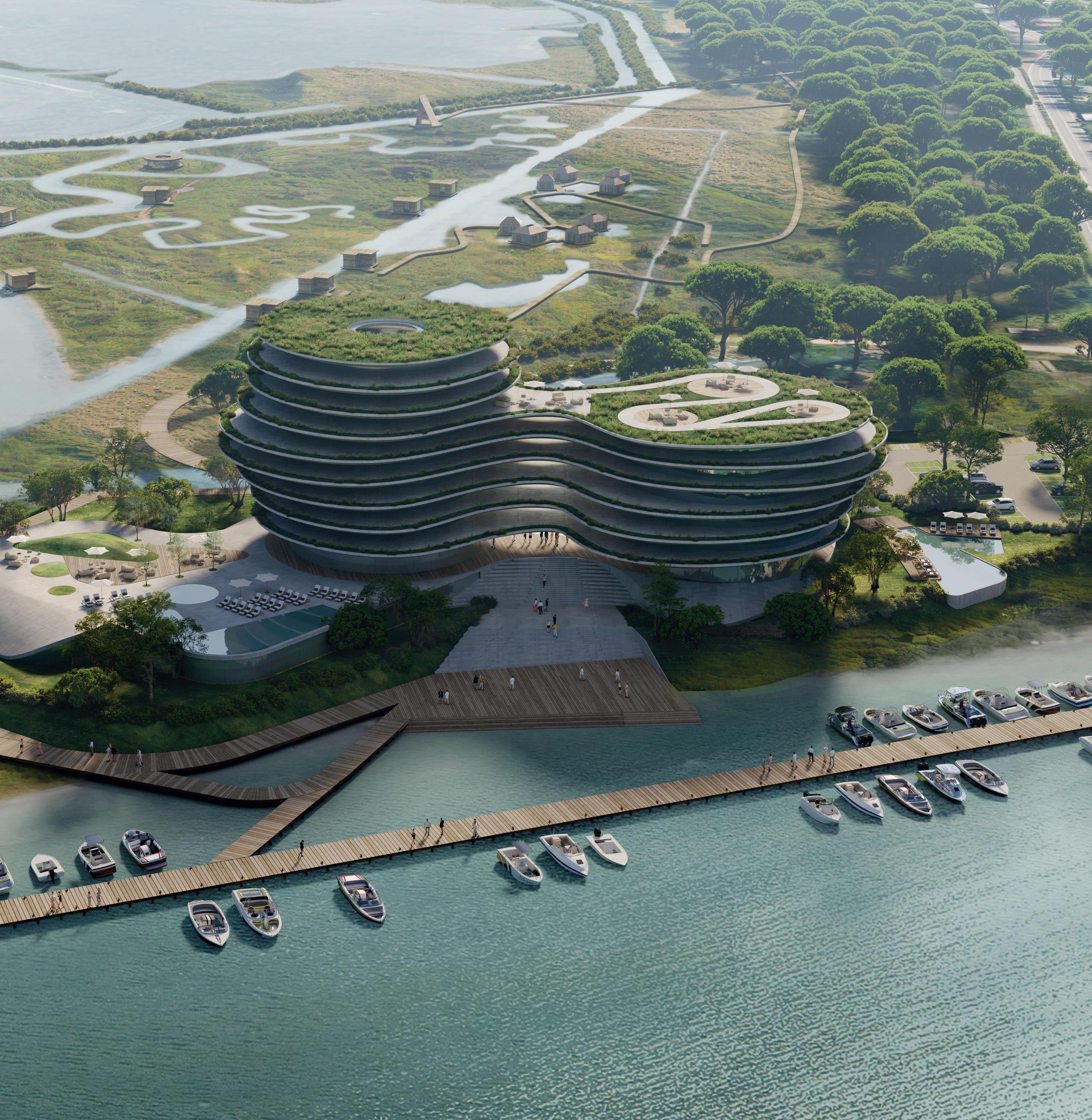
A real estate firm which also operates marinas commissioned the project
At the core, the spa unfolds as a sensory journey where nature and design converge. A striking glass-and-steel pavilion will house hammams, thermal baths and lush tropical planting that thrives in the naturally humid micro-climate. Salt treatment facilities, including massage rooms, saline pools and saunas, will be positioned on panoramic relaxation decks suspended in a pine canopy with sweeping sea views. A dedicated yoga and meditation pavilion constructed from untreated larch will feature acoustically engineered walls that allow the music of wind, water and birdsong to filter through.
“Our design philosophy centres on guiding guests to discover and connect with the extraordinary indigenous territory that surrounds us,” says Damiano Capuzzo, partner
at ABCPlus Studio. “In doing so, the act of wellness becomes a journey of environmental discovery and cultural appreciation.”
Commissioned by Bibione Darsena SRL – a real estate firm which also operates marinas – the development prioritises wellbeing. The wider scheme includes a 100-room hotel, private residences and off-grid microlodges scattered across the wetlands.
Public infrastructure investment of €6 million (US$7 million, £5.1 million) will fund the marina, waterfront works, pedestrian pathways and hydraulic safeguards, while the hotel and residential components are estimated at €16.5 million (US$19.3 million, £14.1 million) and €8.5 million (US$9.9 million, £7.2 million) respectively.
The spa will run off-grid, with solar energy and rainwater harvesting systems
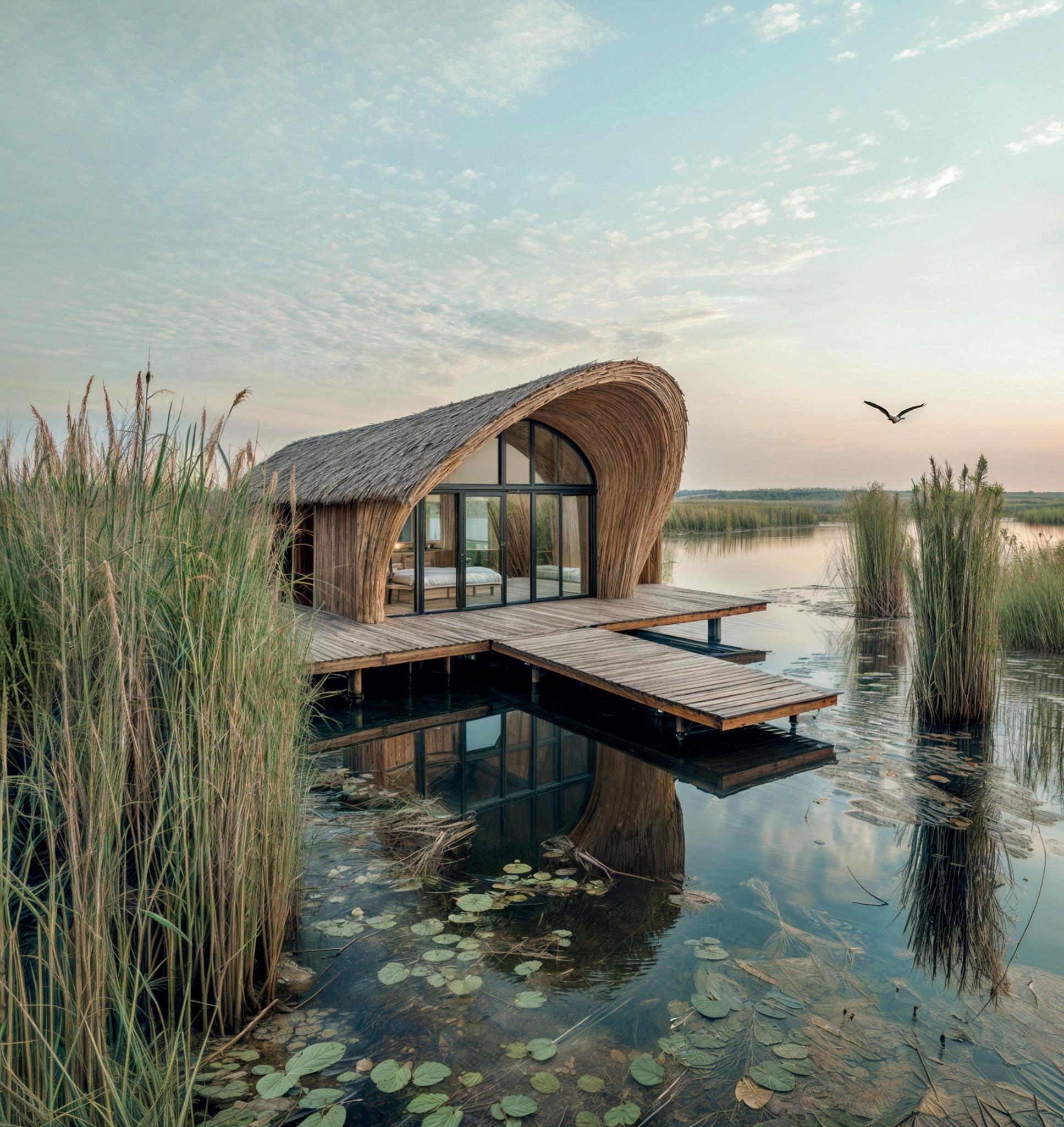
Capuzzo describes the vision as “a demonstration of how contemporary hospitality architecture can transcend traditional boundaries, creating spaces where human wellness and environmental regeneration exist in perfect symbiosis.”
Sustainability underpins every detail across the 50-hectare masterplan, which overlooks a saltwater lagoon and sits within a protected wetland. The hotel and lodge design draws inspiration from traditional stilt houses, lifting structures among dunes. Native vegetation with shaded terraces, green roofs and reflective surfaces will tame thermal impact. Raised walkways will preserve the fragile ecology below, while micro-lodges are designed to be fully energy-independent. The spa itself will run off-grid, with solar energy and rainwater harvesting systems. Every element of it (and all other structures on site) will adhere to cradle-to-cradle principles that allow complete removal and site restoration if required. l
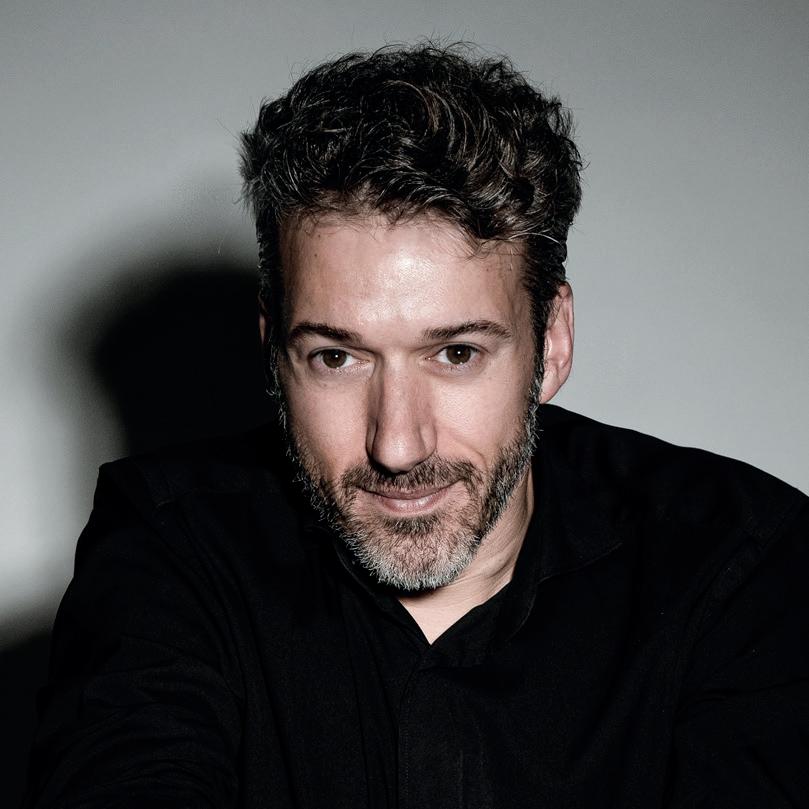
Cutting-edge science meets indulgent sensoriality with our skincare, bodycare and professional treatments. Unlock unparalleled efficacy, targeted skin solutions and powerful results that you can see and feel.
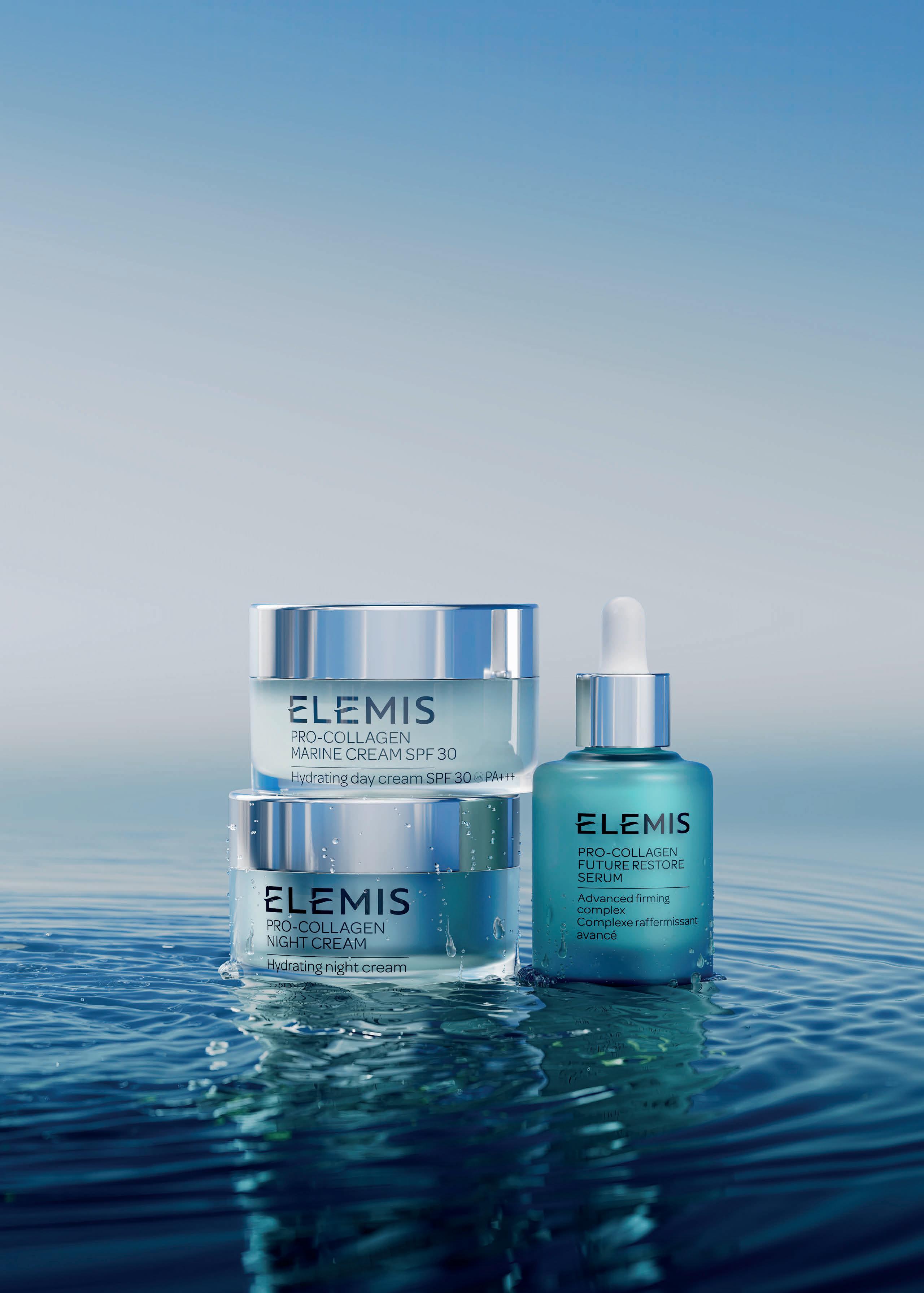
Scan
or email newbusiness@elemis.com.
My experience showed me how wellness could elevate not just individual properties, but entire brands
As Equinox Hotels readies for global expansion, its CEO talks to Katie Barnes about how the brand is scaling its bold fusion of fitness, spa and luxury
Fifteen years ago, Spa Business spoke with Chris Norton, then regional vice-president at Four Seasons and chair of its global spa taskforce. At the time, spas were still dismissed by most hoteliers as costly add-ons with little return. Norton, however, saw their potential. His enthusiasm was unmistakable. Ask him what his favourite spa is and he’ll name four. Ask him about his favourite treatment and he spoke excitedly about a unique tantric ayurvedic massage at the Four Seasons Resort Maldives – “It’s the only time in my life that I’ve literally had a conscious out of body experience and it’s happened to me twice only at that spa”.
Championing the spa strategy across a portfolio that spanned 85 hotels, with another 50 in development, showed him to be prescient, as over the following decade, the sector evolved into the wider wellness movement, reshaping the positioning of hotels worldwide.
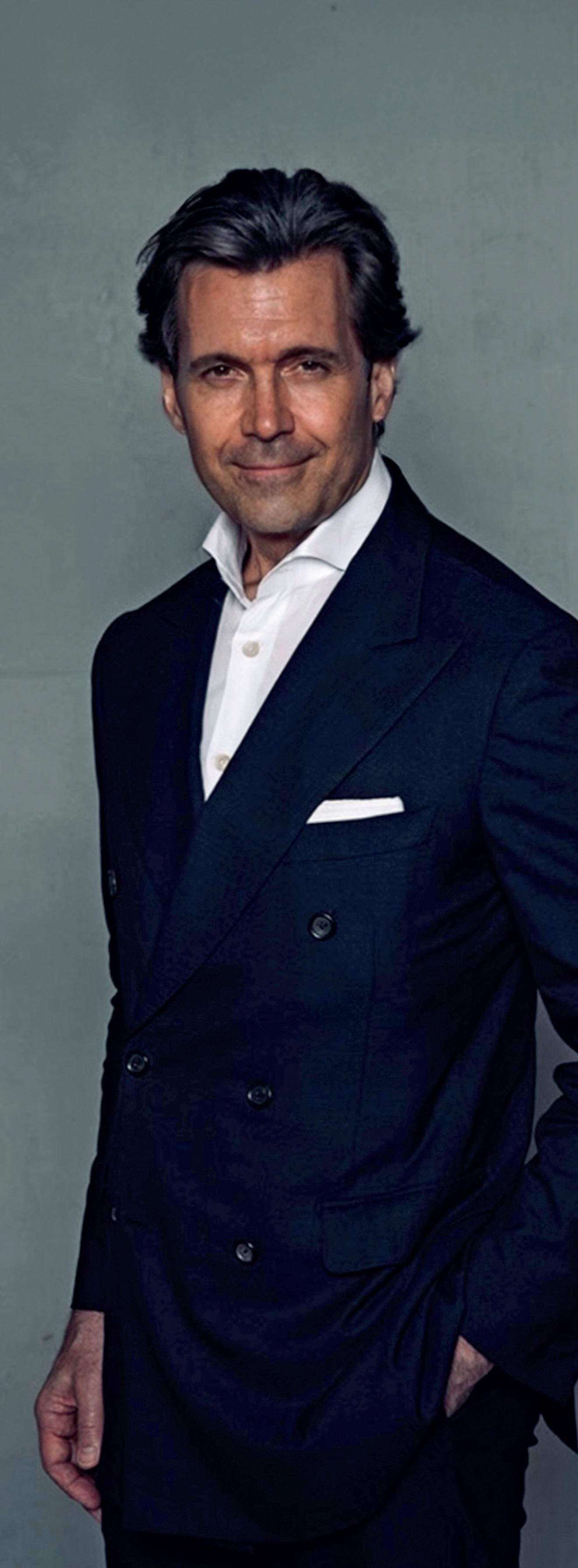
Norton himself played a role in that shift. After 28 years at Four Seasons, rising to president and COO, he made a bold move in 2016, leaving one of the industry’s most established luxury brands to join a newcomer to the sector: Equinox.
Best known for its network of uber-cool, upscale fitness clubs – now numbering 113 globally – Equinox was preparing to extend its ever-hip brand into hospitality. Norton was hired to lead the launch and in 2019 the first Equinox Hotel opened at Hudson Yards in New York (see www.spabusiness.com/hudsonyards).
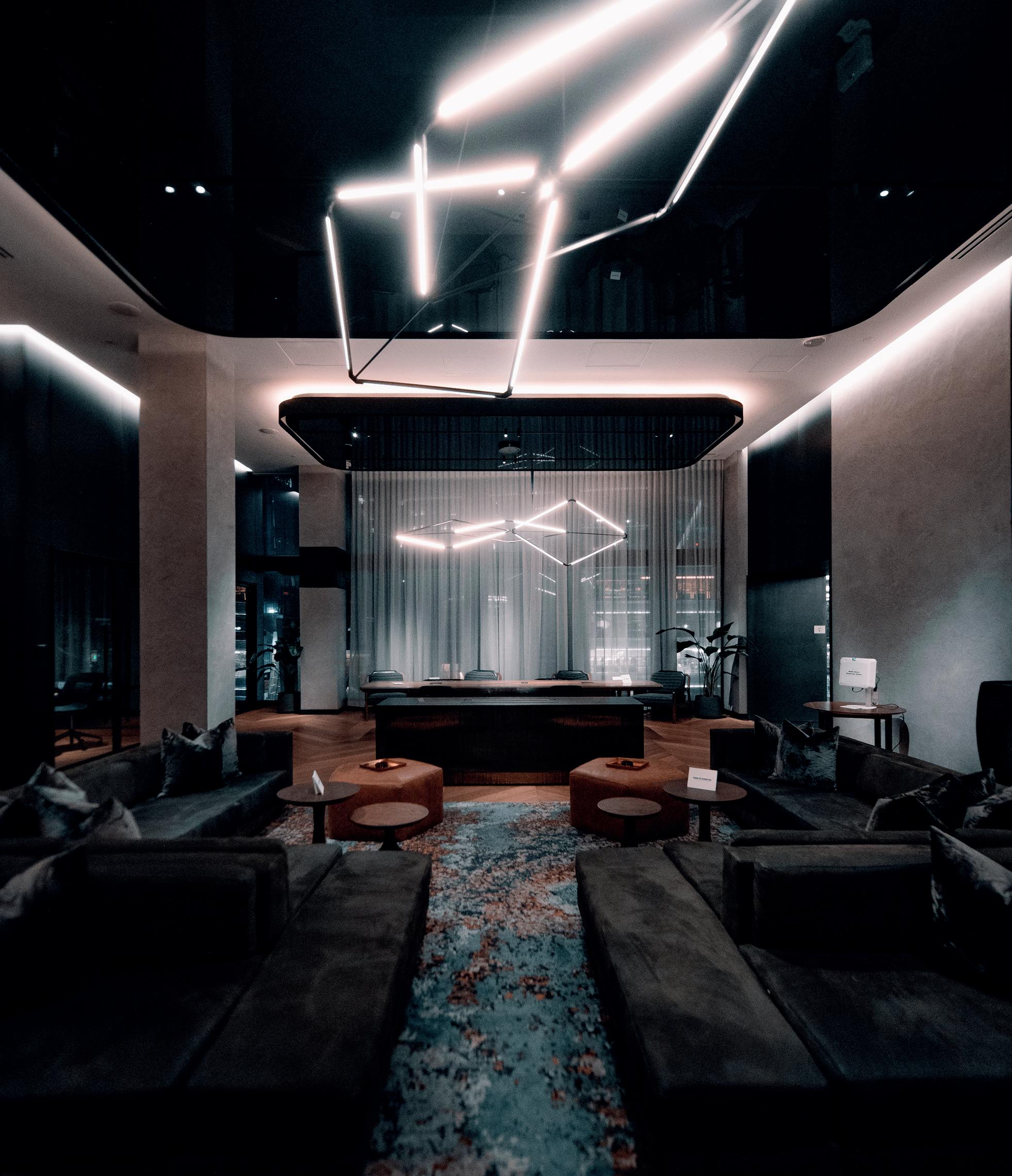
The property combines a 60,000sq ft fitness floor with a 27,000sq ft spa, skillfully curated by consultant Tracy Lee and all wrapped up in a stylish design by Joyce Wang, to create a forward-thinking, results-driven offering rooted in recovery, regeneration and mental wellbeing.
From intra-oral face sculpting and radiofrequency eye treatments to in-room gut-health menus featuring Activated Charcoal supplements and kimchi – you only have to look at Equinox Hotel’s latest wellness programmmes to get an idea of how it’s continuing to raise the bar. Or take stock of the names it’s partnering with, such as actress Naomi Watts, whose Stripes Beauty range anchors a menopause-focused treatment circuit and functional health guru Mark Hyman,
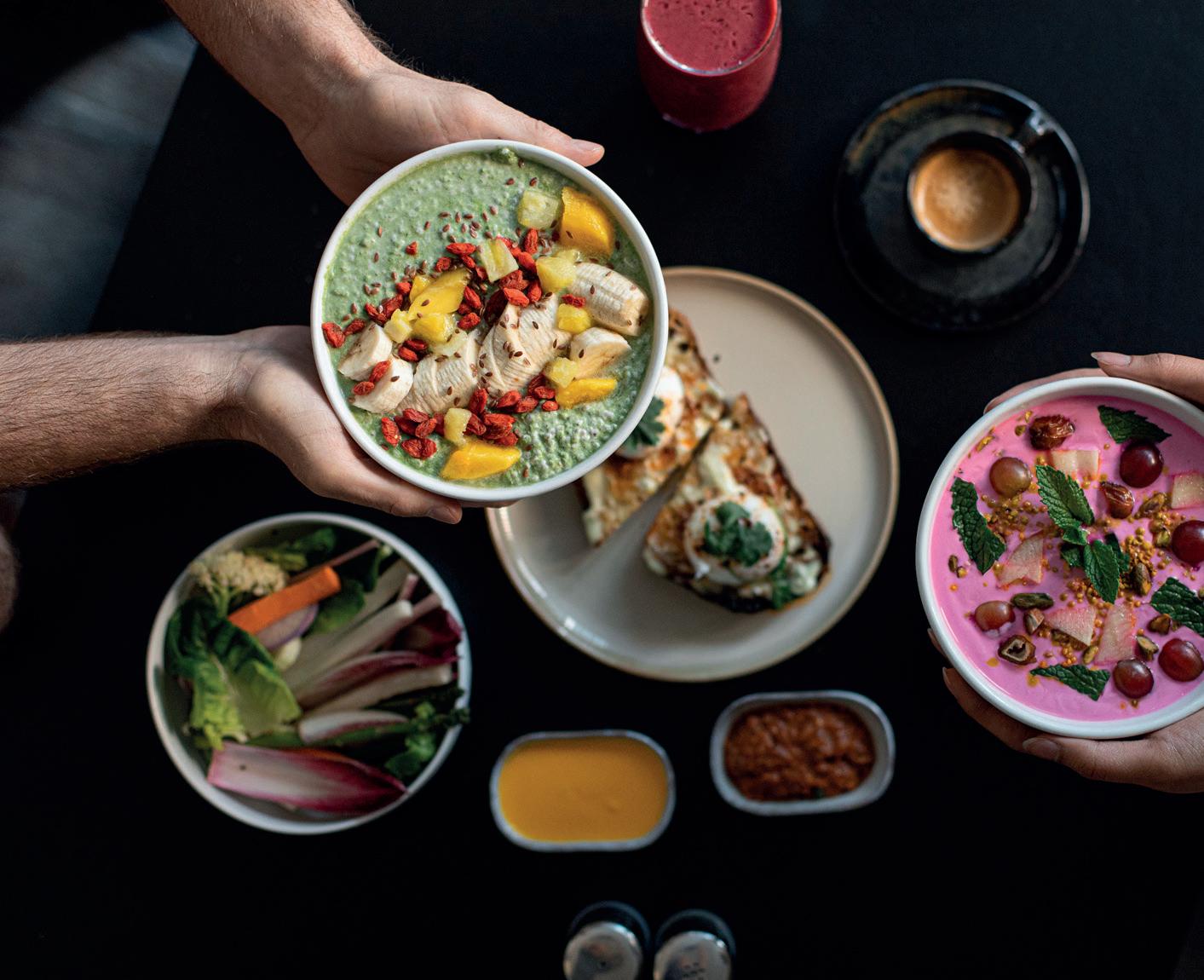
The company prides itself on creating the ‘next standard’, says Norton
INTERVIEW: CHRIS NORTON
who’s created a US$40,000 (€33,600, £29,200) a year longevity membership. Most recently, it’s developed Sleep Lab rooms in collaboration with neuroscientist Matthew Walker (see p48).
With three more Equinox Hotels already revealed, two confirmed in Saudi Arabia and one possibly in the US (see p50), the group is gearing up for global growth. It’s been widely reported that 33 properties are on the cards, while Norton himself corroborates at least 10 more. On the cusp of this international rollout, Norton reflects on the journey so far and the strategy guiding its next phase of development.
My passion for redefining hospitality and wellness began early in my career at the iconic Watergate Hotel in Washington DC, which had a large pool, swim club and expansive amenities. With a progressive approach, we elevated the gym experience and unlocked the unique synergy between fitness and luxury service. At Four Seasons Montreal, we took it further, welcoming dedicated members into the hotel gym long before it became standard practice.
The drive to innovate never stopped. In the early 90s, together with visionary owners, we pioneered enhancements that anticipated today’s experiential fitness design: attaching compact TVs to treadmills and equipping them for VHS movie playback, giving guests at the Four Seasons Washington DC new ways to energise their routines. At a time when the rest of the industry
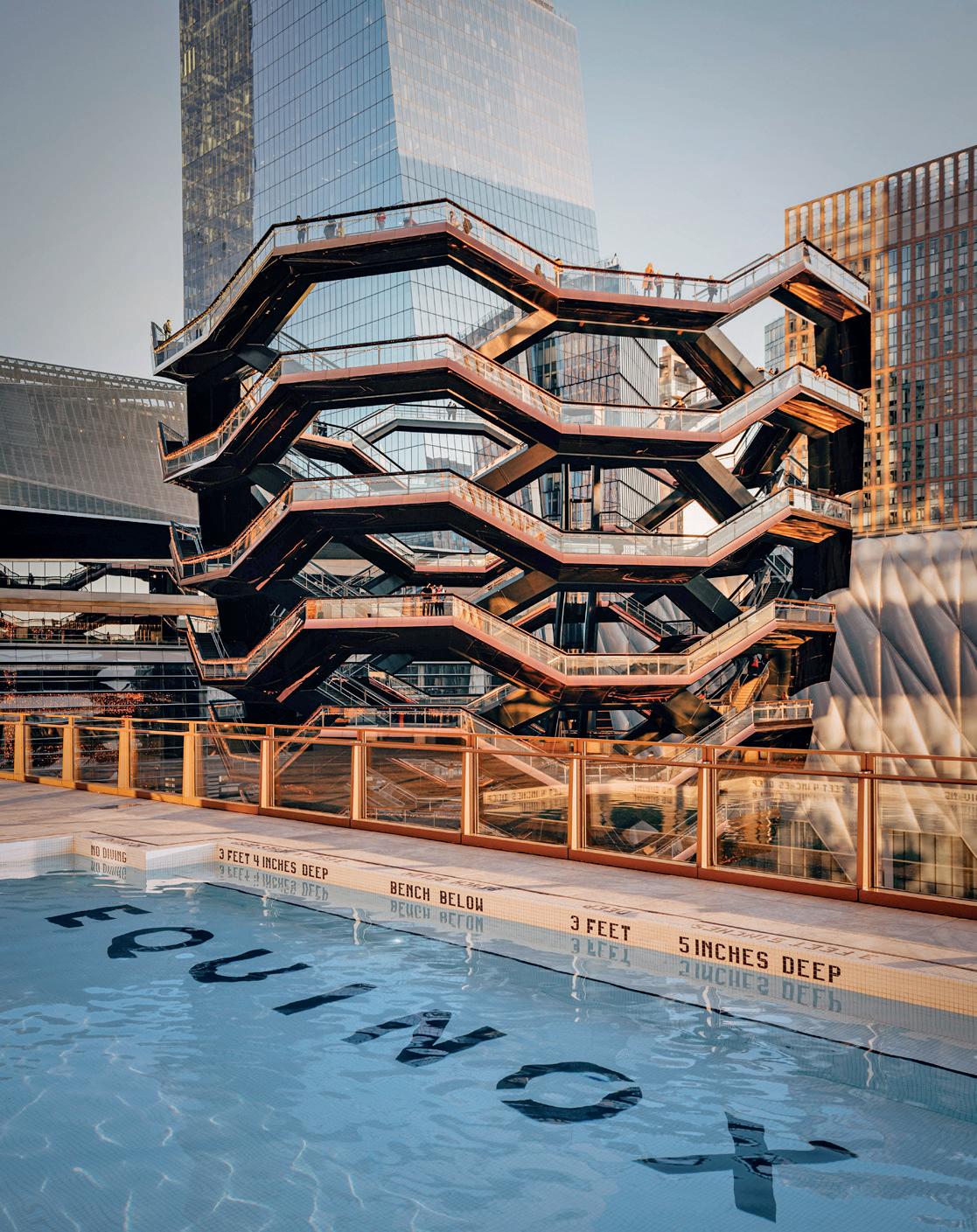
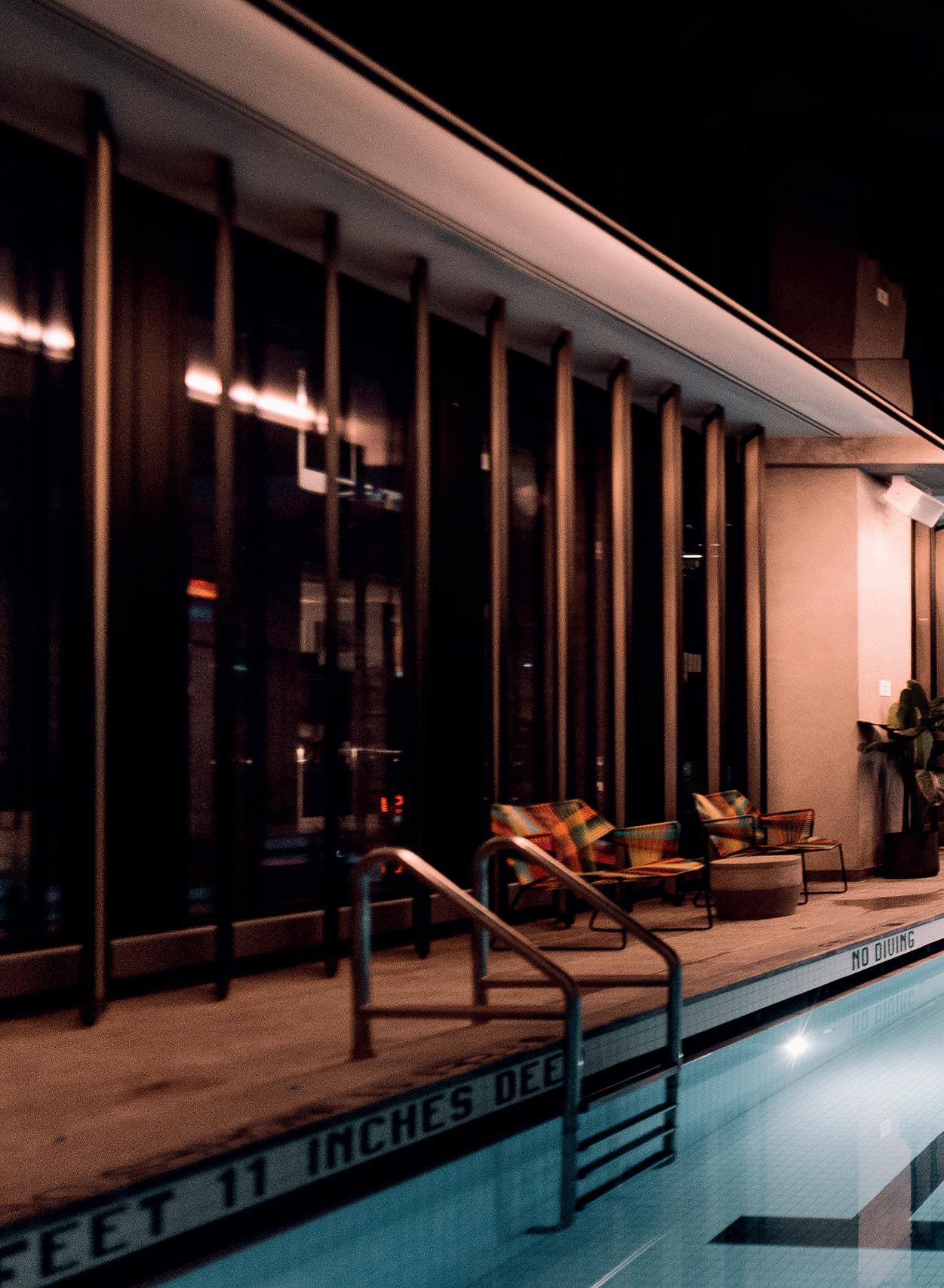
Our marriage of world-class hospitality and fitness heritage cannot be replicated
was still catching up, these prototypes signalled what was possible – integrated, immersive wellness experiences that push boundaries, embodying a vision that now finds its fullest expression at Equinox Hotels. At the same time, I gained a deep understanding of holistic treatments and therapies. Opening my first major spa in Bali for Four Seasons, I saw first-hand how receiving regular massages, facials and therapies could have a profound impact on long-term health. From there, I expanded spa and wellness offerings across Southeast Asia, opening an ayurvedic centre in the Maldives with therapists from Sri Lanka, India and Indonesia, before eventually leading the Four Season’s global spa taskforce from Paris. My experience showed me how wellness could elevate not just individual properties, but entire brands.
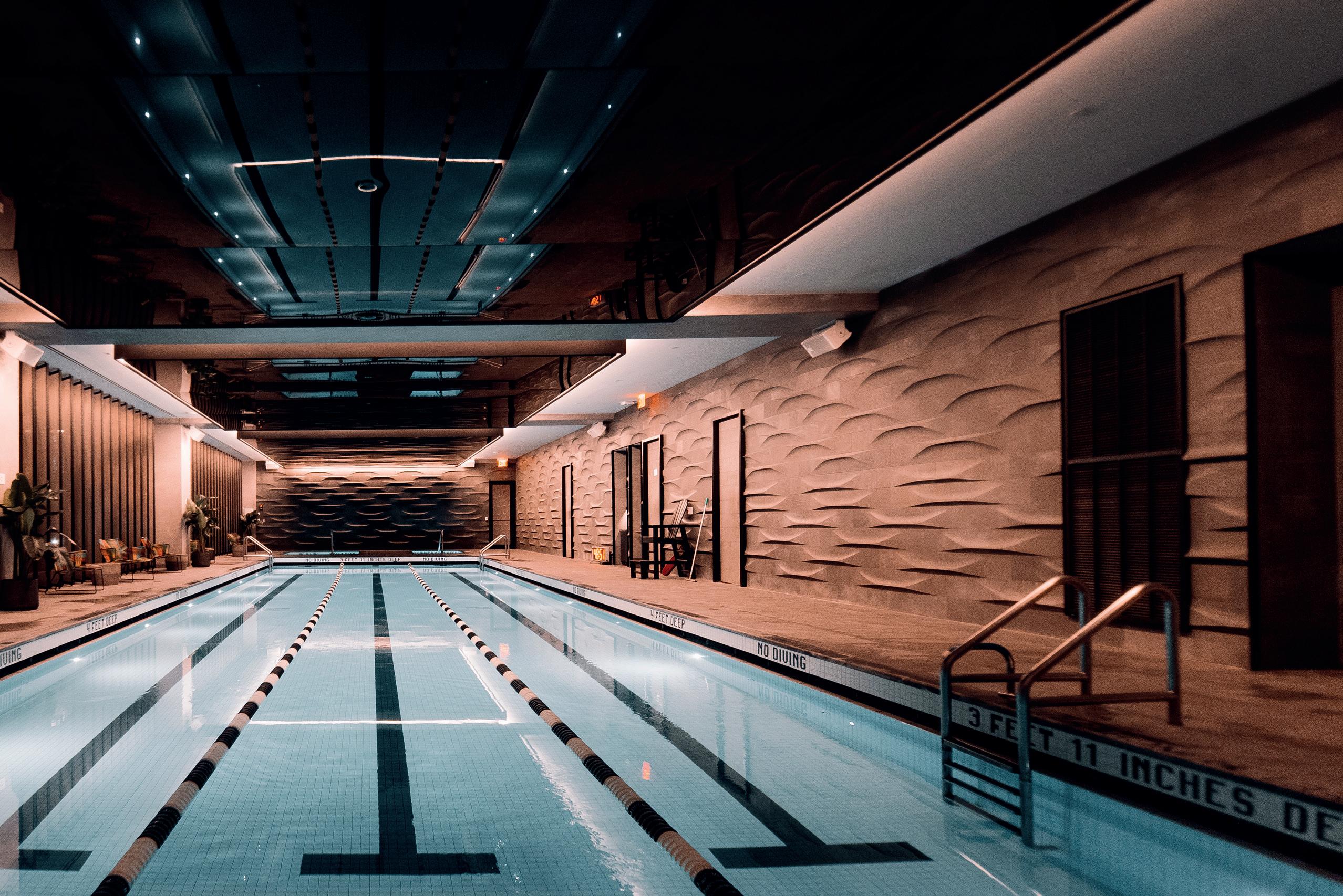
Guest room price: Rooms start at US$895 (€752, £653) a night
Cost of 60-minute massage: US$295 (€248, £215)
Product and equipment suppliers: Augustinus Bader, Biologique Recherche, Gharieni, Grown Alchemist, Icoone, Dr Lara Devgan, NutriDrip, Rationale, Stripes Beauty and Young Goose
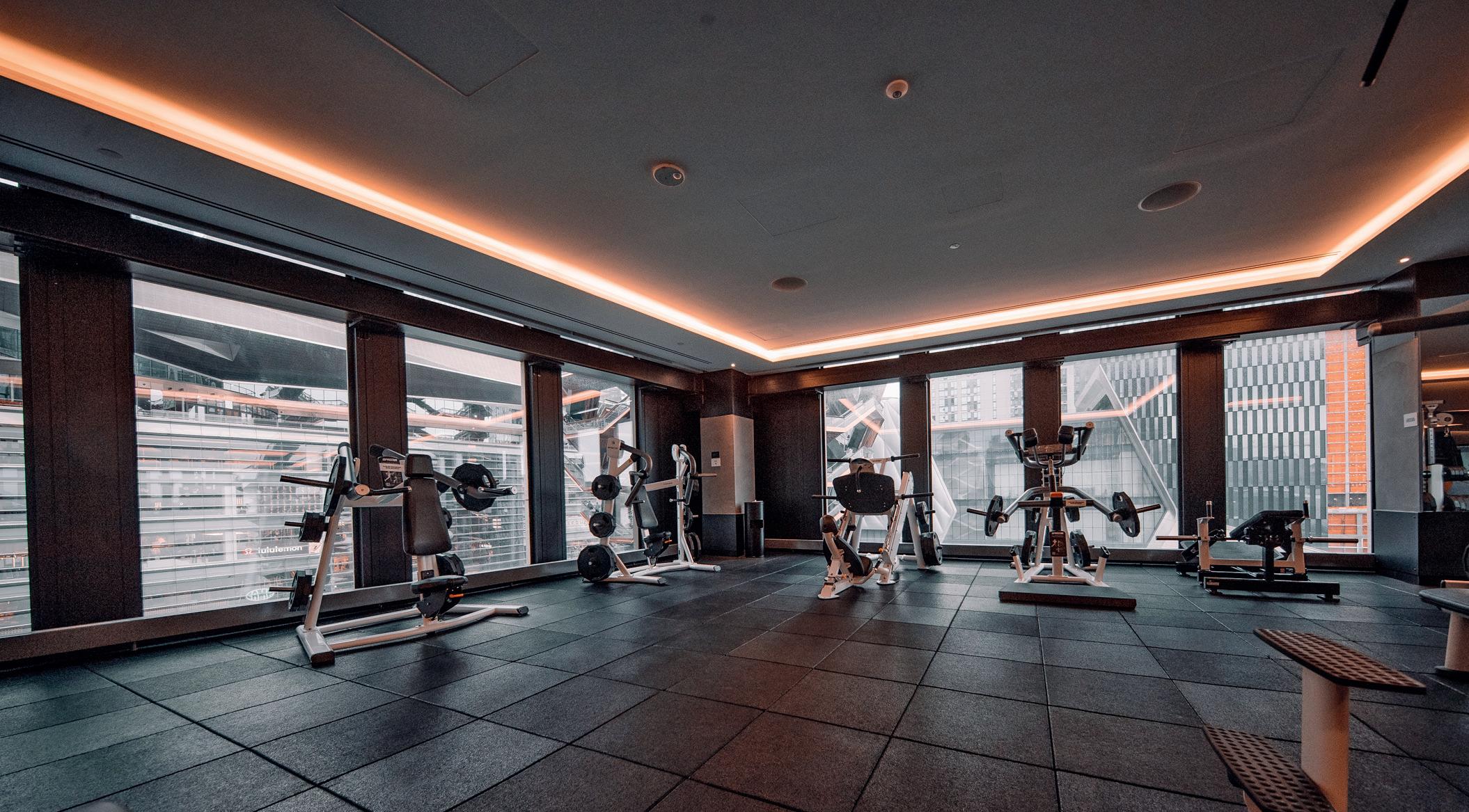
What gives Equinox Hotels the edge over other wellness hotels?
Most hotels are only now catching up with the wellness trend. At Equinox Hotels, wellness has been our foundation from day one. It’s not a department or an amenity, it’s woven into the DNA of the brand through our four pillars: movement, nutrition, regeneration, and community. We also have something no one else can replicate: the marriage of a world-class hospitality
concept with the heritage of Equinox’s fitness membership clubs. That combination creates a lifestyle ecosystem that’s truly unmatched. Another differentiator is our commitment to research and development. We don’t just follow best practices, we invest in creating the next standard. A good example is our Sleep Lab, which is already informing how we design future rooms and hotels. We’re constantly asking ourselves how we can take every element of the stay to a new level of performance.
Sleep Lab rooms are now open at the Equinox Hotel in New York, offering guests a sciencebacked sleep experience at a premium price. A stay in one of its four Premier King Sleep Lab rooms starts at US$1,700 (€1,430, £1,240) per night – almost 90 per cent more than a standard room at US$895 (€752, £653).
Developed with sleep scientist Dr Matthew Walker, the rooms are designed to help guests achieve deeper rest and learn techniques to take home. “Our mission is to empower guests with scientifically backed insights into their sleep,” says Walker. “This isn’t just about better sleep during your stay, it’s about equipping you with the tools to improve your long-term health and performance.”
Each space adapts to the guest’s sleep and wake times, with temperature, light, sound and ambience shifting automatically. Guests are guided into rest with breathwork and circadian colour meditation, then eased awake by curated soundscapes. Wellness innovation consultancy White Mirror collaborated on the project, creating sensory interventions such as guided breathwork, audio-visual content, and a gentle Wakescape ritual to enhance nervous system recovery.

Other room features include adaptive mattress technology, contrast therapy showers, AM and PM rituals and a travel kit of research-backed sleep tools.
To measure impact, two methodologies are used: the Within-Participant Study, comparing individual data under different conditions and the Between-Participant Study, analysing performance across diverse guests to refine the programme.
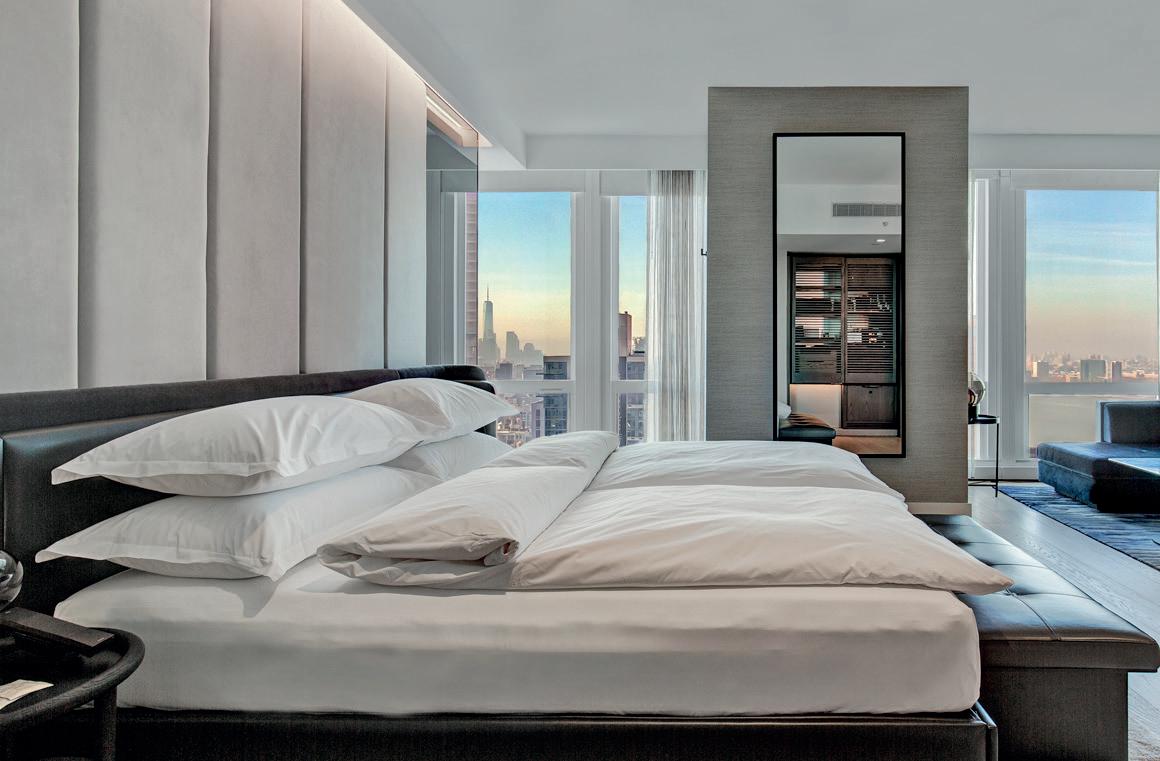
Equinox Hotels charges 90 per cent more for its Sleep Lab rooms
How popular are the new Sleep Lab rooms? Will you launch more?
They’ve generated enormous interest. If demand continues as it has, we’ll absolutely add more to the inventory. But beyond occupancy, what excites us most is the role these rooms play as a research hub. They’re helping us test and refine ideas not only for New York, but for all future properties. The insights we gather here will influence everything from upcoming renovations at Hudson Yards to the design of new properties around the world.
What other wellness programmes are you working on?
We have several things in development that I think will surprise people, but we’re not quite ready to talk about them yet. What I can say is that we’re committed to staying ahead of the curve. Just as we did with sleep, recovery and other pioneering programmes, we’ll continue to set trends.
Who is a typical Equinox Hotel guest?
While the average age of our guests is around 40, with an even split between men and women, we don’t really think of our audience in terms of demographics. We think sociographically. Our guest is defined by a mindset rather than an age group.
Our commitment to research and development is a key differentiator
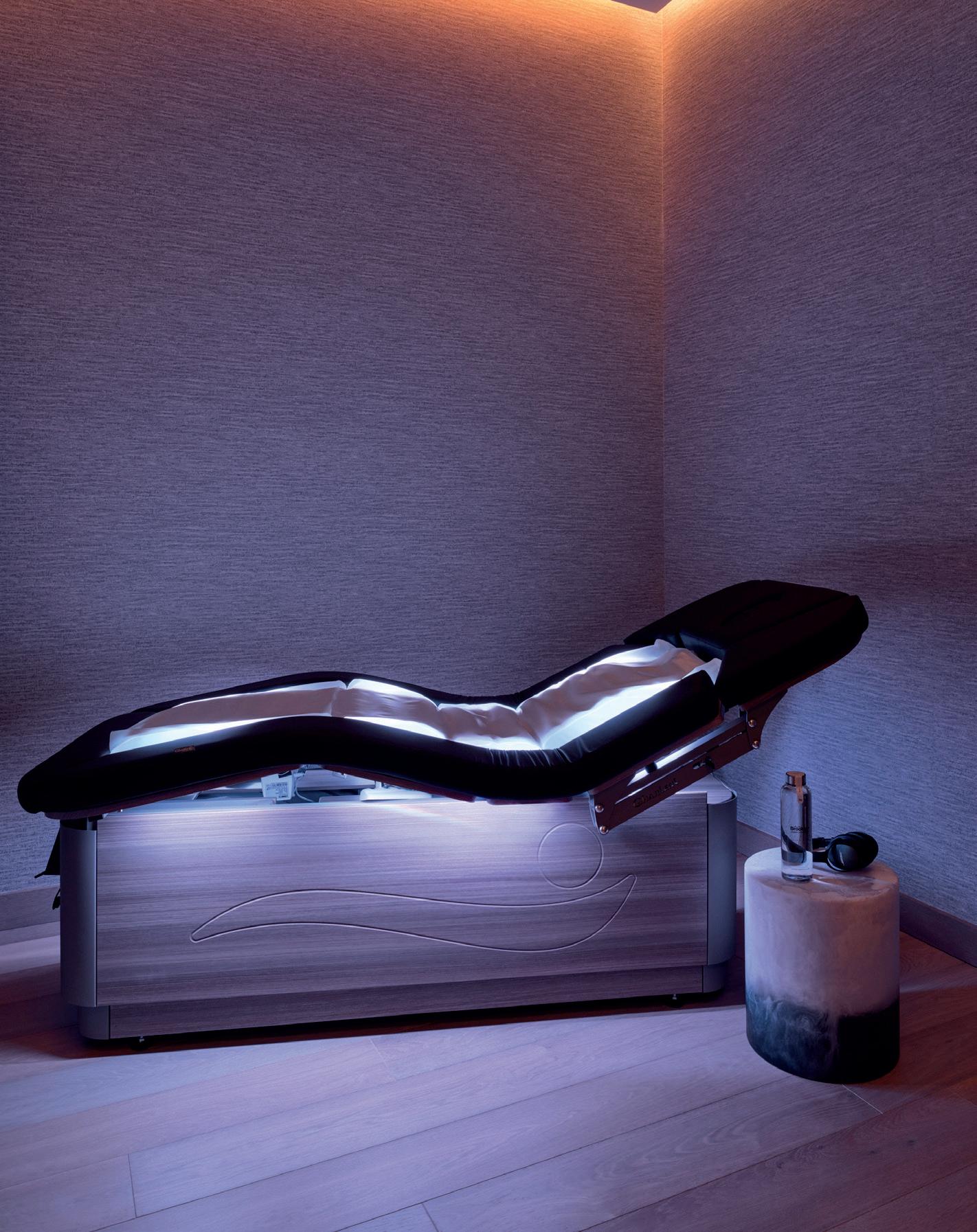
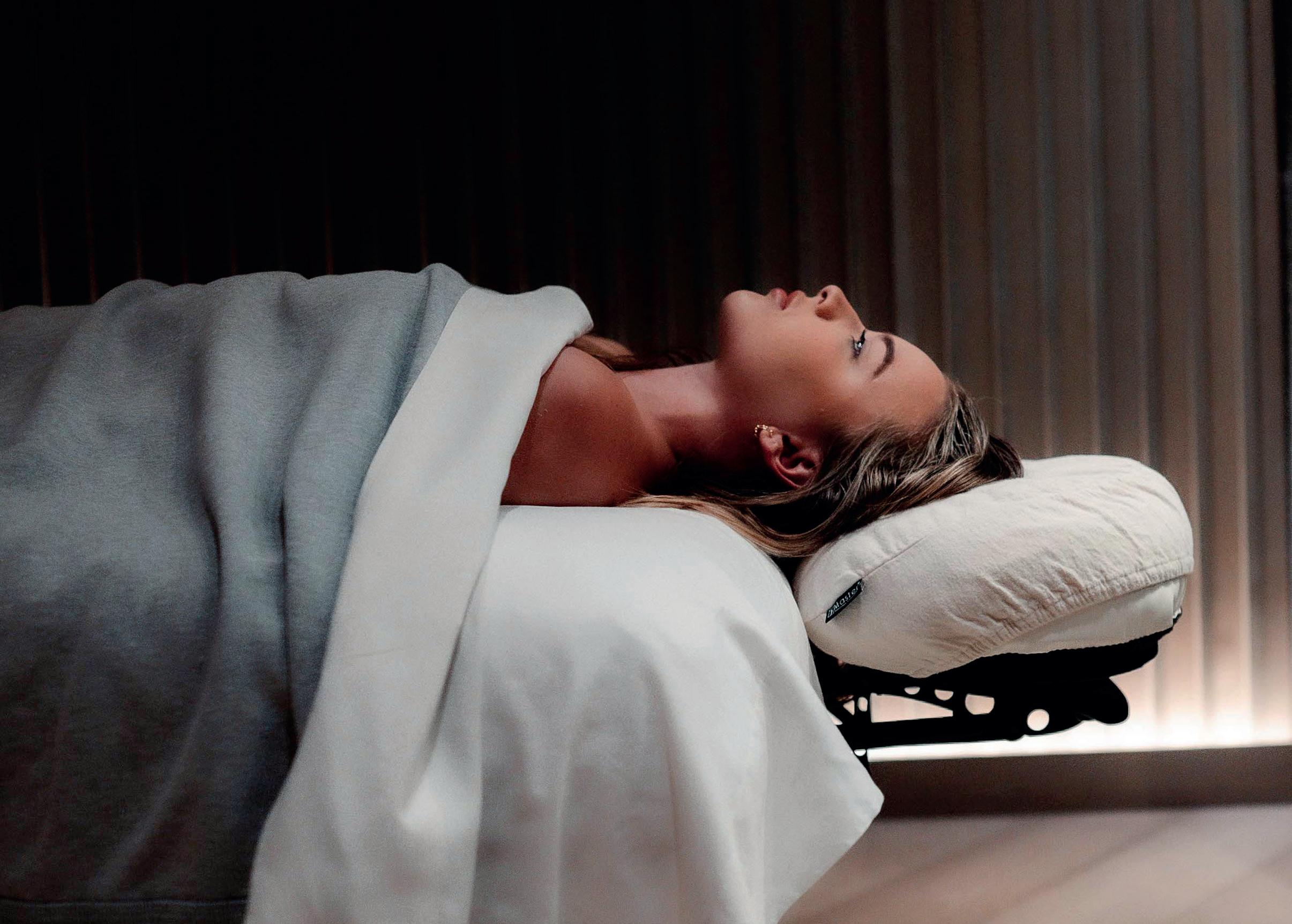
Innovations include intraoral face sculpting and radiofrequency eye treatments
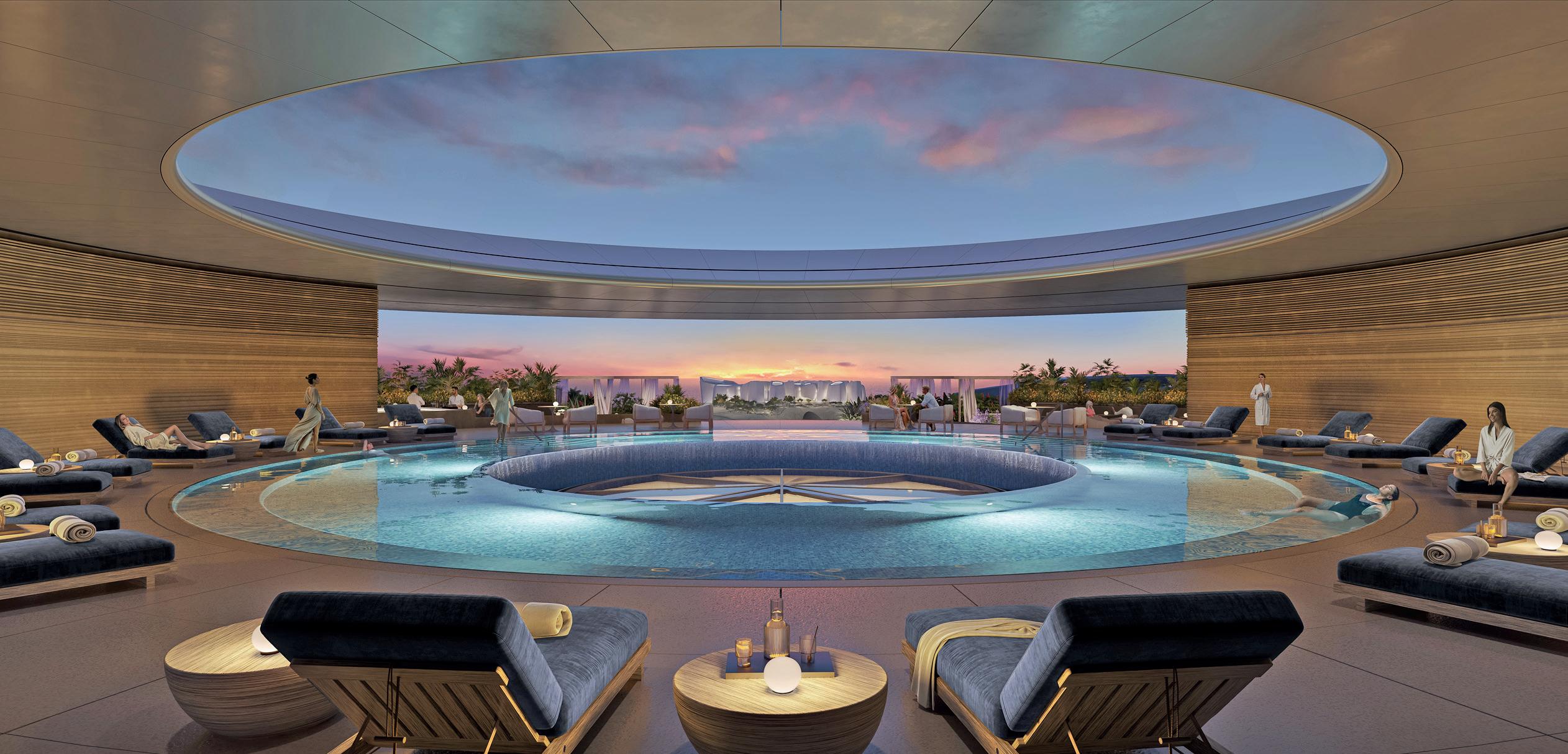
We have several things in development that I think will surprise people
Equinox Resort Amaala (Saudi Arabia)
Equinox is to operate a 128-key resort at Amaala, a wellness-focused giga project in Saudi Arabia. It’s been designed by British architecture firm Foster + Partners and is due to open by 2026.
Equinox Resort Treyam (Saudi Arabia)
Housed in a 450-metre bridge-like structure suspended above a lagoon, Equinox’s Treyam Resort has a futuristic feel. The 250-room destination forms part of Neom, another Saudi giga project.
Equinox Hotel Nashville (USA)
Reported in the press, but not officially announced, Equinox is believed to open its second hotel in the US in Park Place, a mixedused development in Nashville, Tennessee. The hotel will feature 245 rooms and occupy one of three towers as part of a US$35 million (€29.4 million, £25.5 million) project.
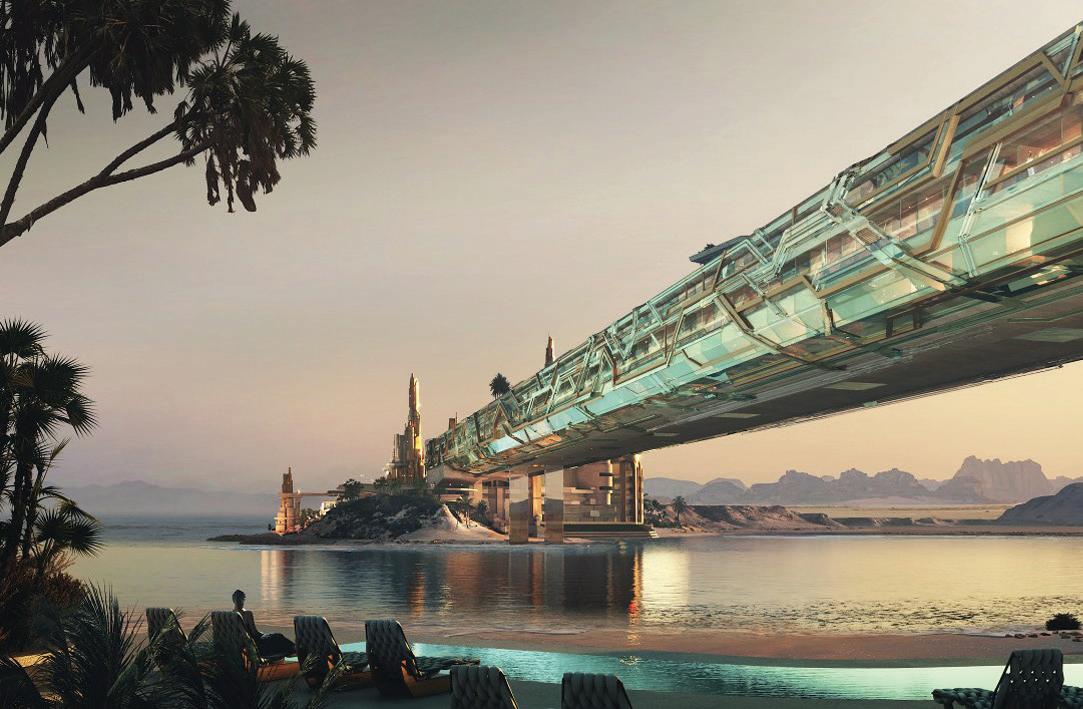
If you aspire to live a high-performance lifestyle, Equinox Hotels is for you. That makes our guest profile very similar to our Equinox club members, though there are nuances. For instance, some of our younger club members see staying at the hotel as an aspirational experience, a glimpse into the lifestyle they’re working toward.
What can you reveal about the rollout plans for Equinox Hotels?
A global expansion of 33 properties is certainly within reach for the brand, but right now we have a pipeline of 10 confirmed projects spanning both US and international destinations, across urban and resort markets.
The next opening will be in Saudi Arabia at the end of this year or early next, as part of an integrated marina concept [in Amaala]. Beyond that, there are numerous conversations underway, with strong interest in the brand across multiple regions. The level of demand we’re seeing gives us confidence in our ability to scale thoughtfully while maintaining the integrity of the Equinox experience. l
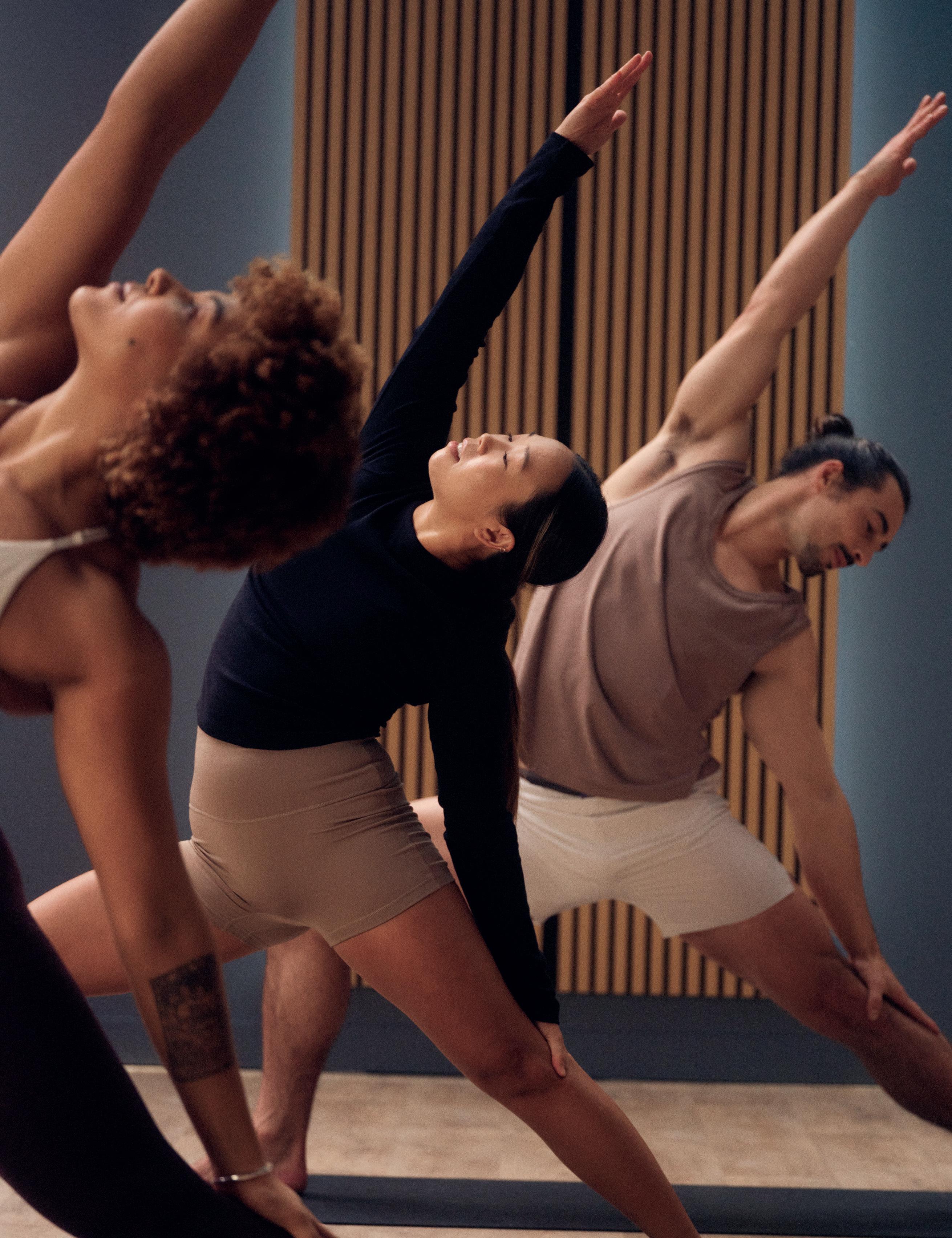
Elevate your offering with a high-impact wellness solution.

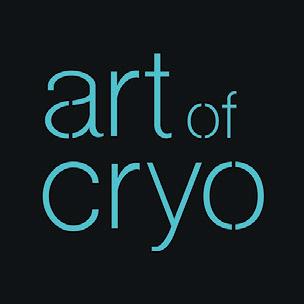
Longevity is not a trick or a single intervention. It is the artful rhythm of stimulus and recovery – short and precise. Art of Cryo’s portfolio forms a complete arc for this:
l M.C.S. to awaken the senses, activate or relax body and mind
l Vaultz cryotherapy to drive deep, systemic cold induced responses
l The Flow System to circulate, integrate, and settle.
Together, they create a repeatable ritual that turns intention into a joyful, beneficial lifestyle.
M.C.S.-Vaultz-Flow system is the backbone. Variations exist, but the arc is intentional.
1. M.C.S. – 8 min
Switch on; activate and awaken.
2. vario Vaultz – from 1.5 to 5 minutes
Treatment time is calculated by Remedi-Cool to deliver a sharp, energising systemic impulse.
3. Flow System – 8 min
A natural performance booster: enhanced circulation, muscle activation, accelerated regeneration, and deep recovery.
1. M.C.S. – “JOY-UP” 8 min
Stimulate tissues and senses, calm the mind.
2. vario Vaultz – 2.5 minutes for focus, 3 minutes for a deep reset.
3. Flow System – 8 min
Daily vitality, sensual energy, and flow.
1. M.C.S. – 8 min
Supports general psychophysical balance, relaxation for body and mind.
2. vario Vaultz – from 1.5 to 5 minutes
Calculated by Remedi-Cool as the individual treatment time for deep systemic response and the threshold for full recovery signaling.
3. Flow System – 8 min
Promotes rejuvenation, relieves leg heaviness, and improves ABI.
Travellers: use the Daily Reset circuit after flights.
For most people, 1–5 sessions per week create a sweet spot – bringing lightness, clear focus, and quiet confidence.

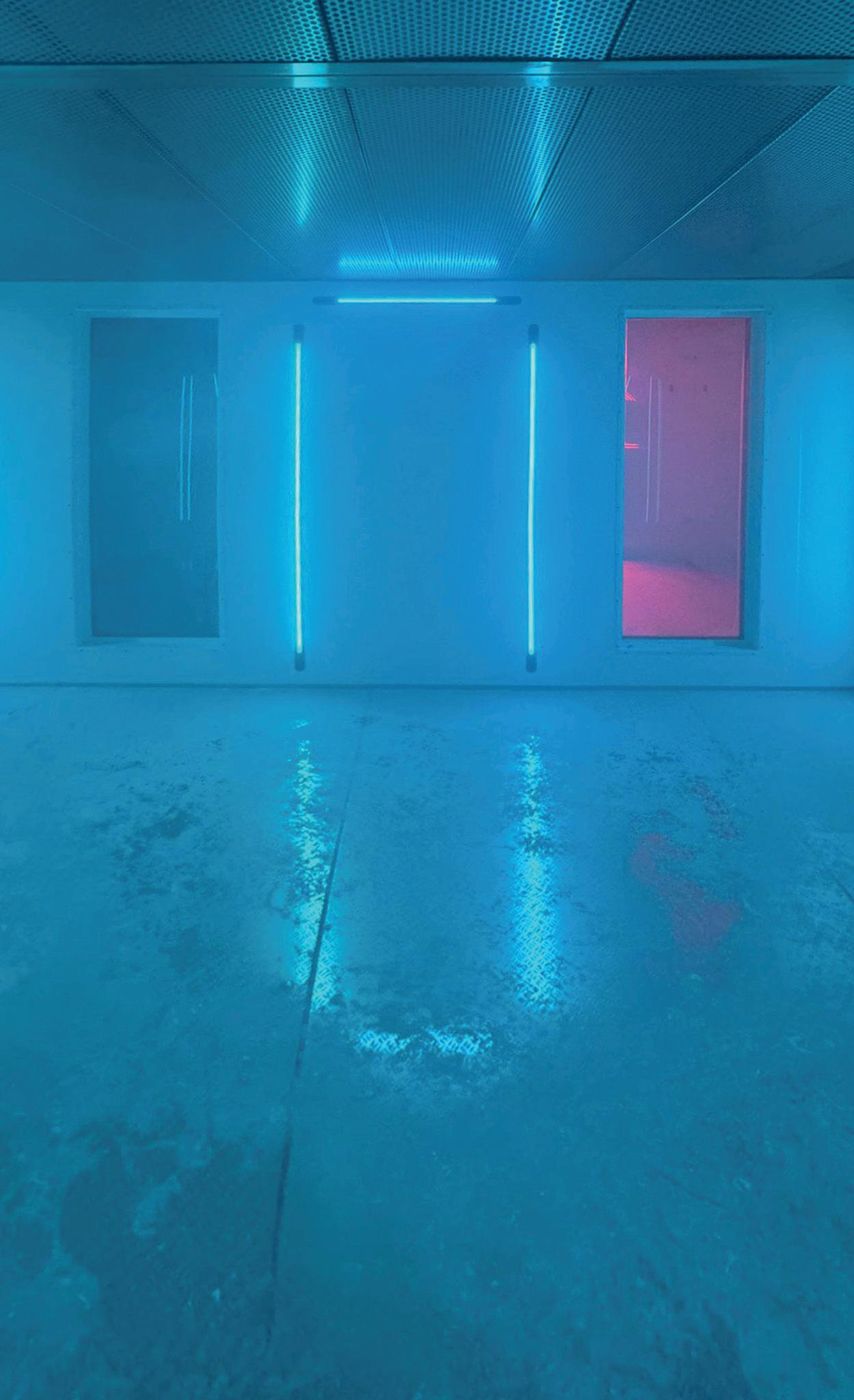
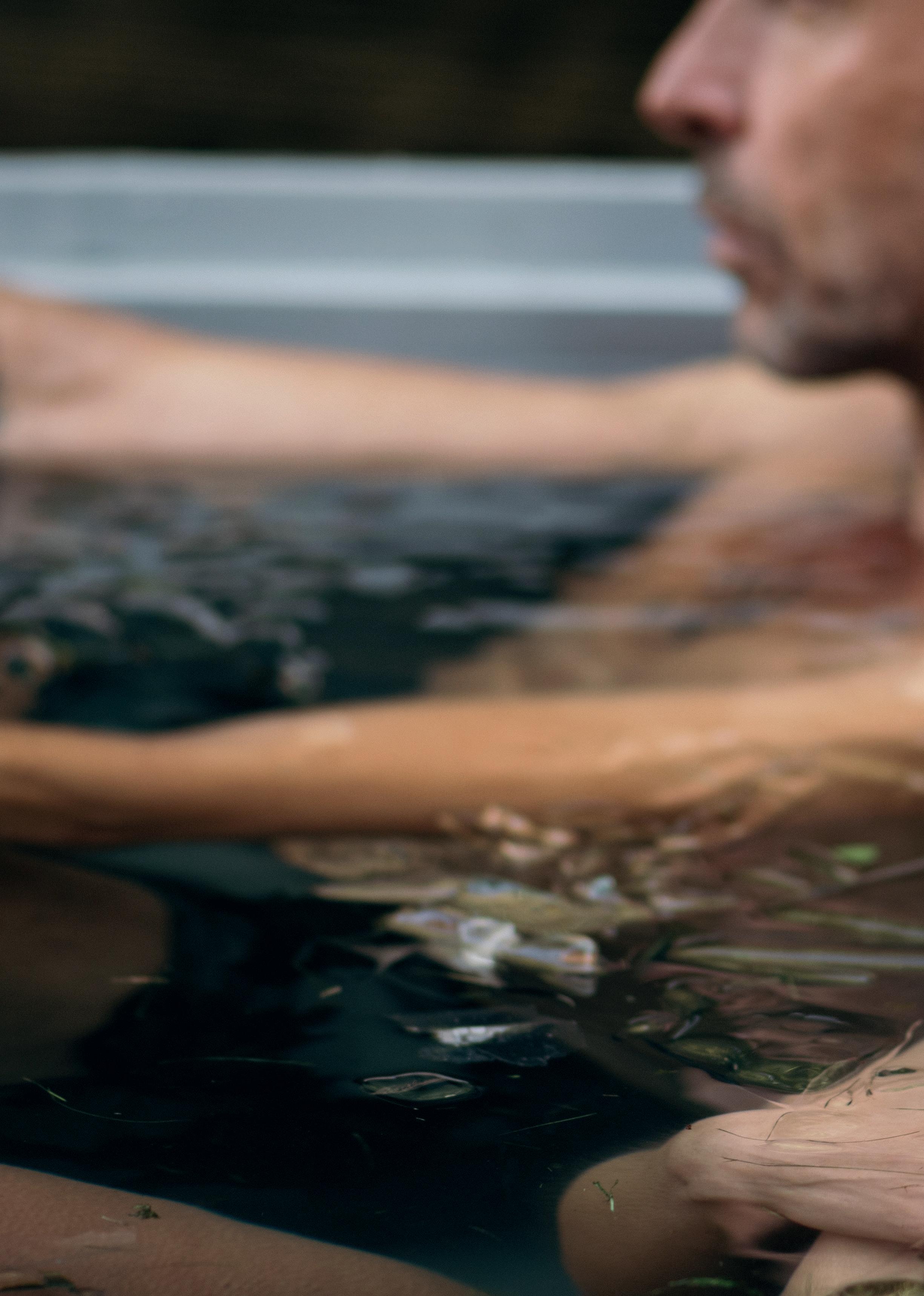
From red light to compression to cryotherapy, recovery has become a hot topic in the wellness world. So how are spas and resorts integrating it into their programmes? Julie Cramer investigates
In spas, the idea of recovery was once synonymous with relaxation and a healthy dose of pampering, while in the fitness market, it was usually represented by cool downs, gentle stretching and rest days.
Today, however, recovery is recognised as a much more complex and varied discipline. It’s increasingly being seen as a daily necessity to combat the stresses of the fast-moving modern world.
Recovery can still range from quite a simple affair, such as a hot sauna, cold plunge or hands-on holistic massage through to much more technical interventions such as hyperbaric oxygen therapy, IV infusions and lymphatic drainage compression suits.
The growth of wearables for tracking personal health data has also made the pursuit of recovery much more
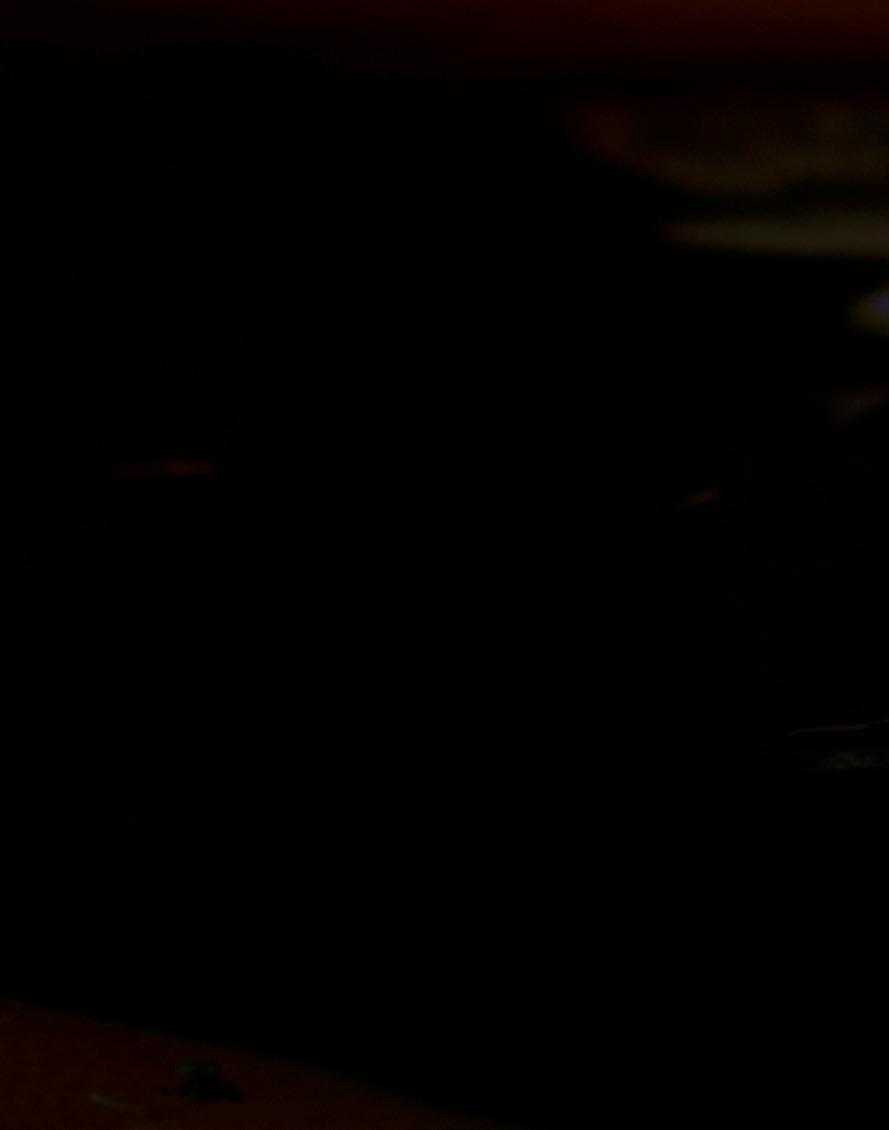
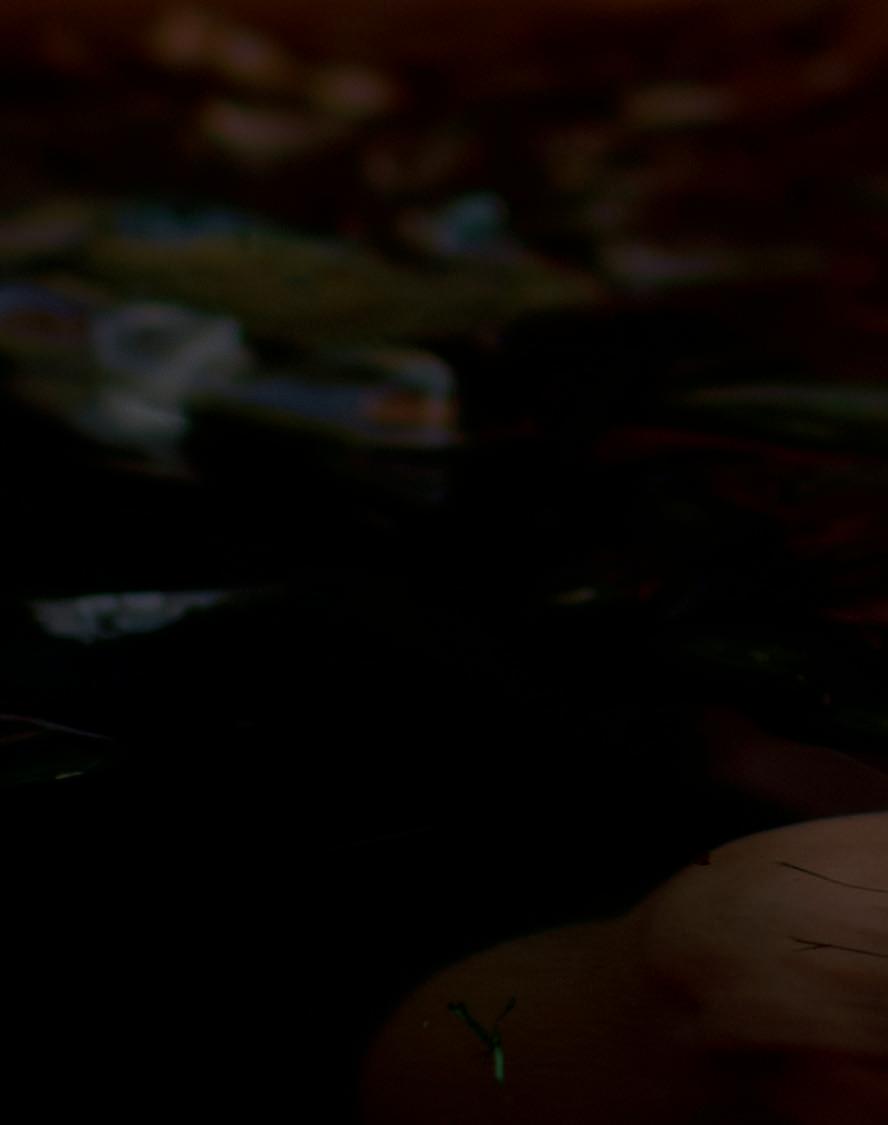
visible, whether it’s smartwatches, Oura rings or neurofeedback headsets. Meanwhile, popular wellness movements like biohacking and longevity highlight people’s potential for building mental and physical resilience and reaching peak performance – with recovery playing a major role in that journey.
With all these factors driving consumers’ knowledge and demands, recovery is increasingly playing a central role in offerings in spas, wellness resorts and fitness centres around the world, whether as a standalone package or deeply integrated into existing programmes – all with the possibility for a deeply personalised approach.
We talk to five leading operators about how they offer recovery to their guests and members and where they see the ‘trend’ heading in the future.
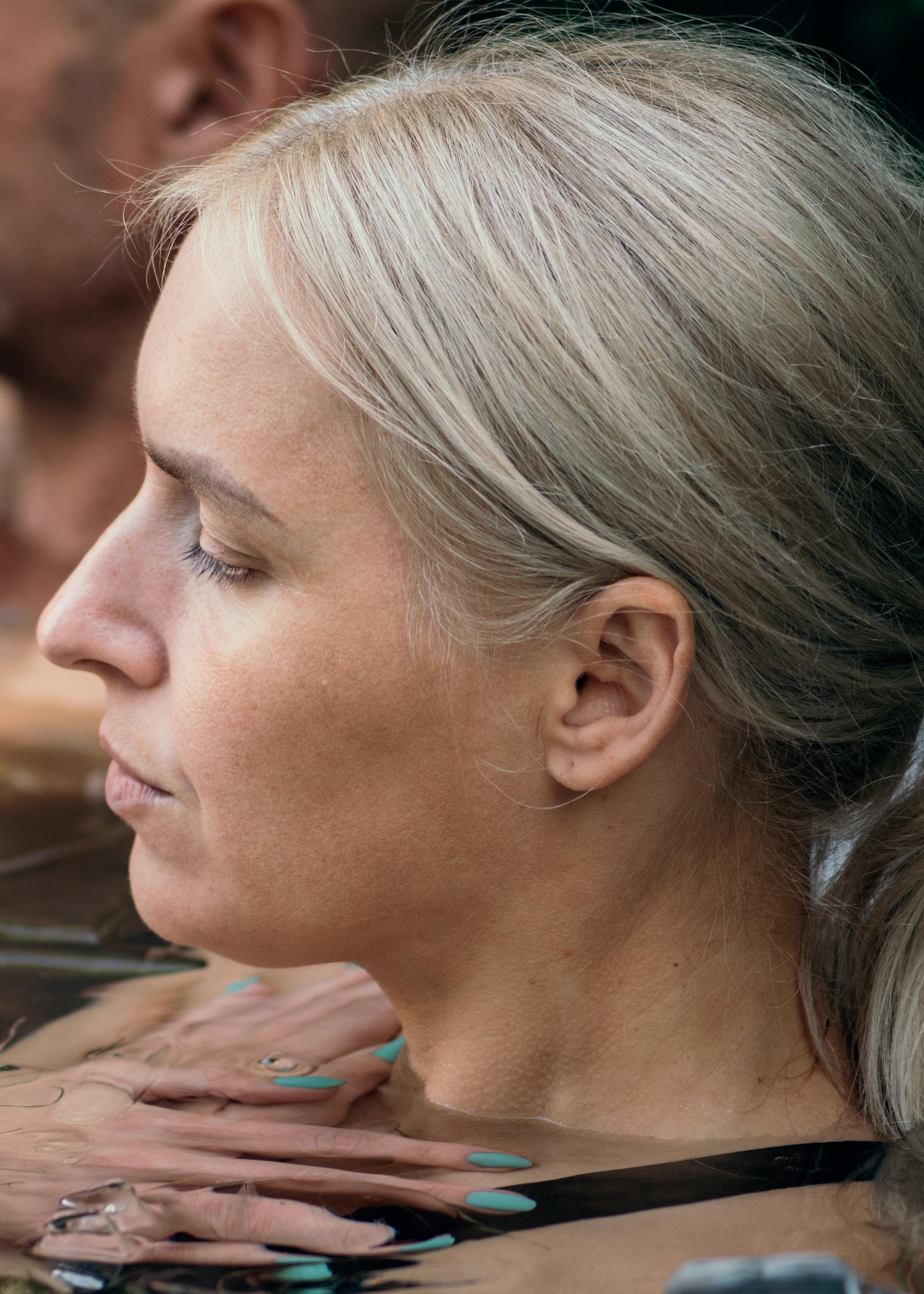
Cold plunges are a simple, yet effective, recovery intervention that more spas are embracing
SIRO, billed as the world’s first ‘recovery hotel’ brand, made its debut last year
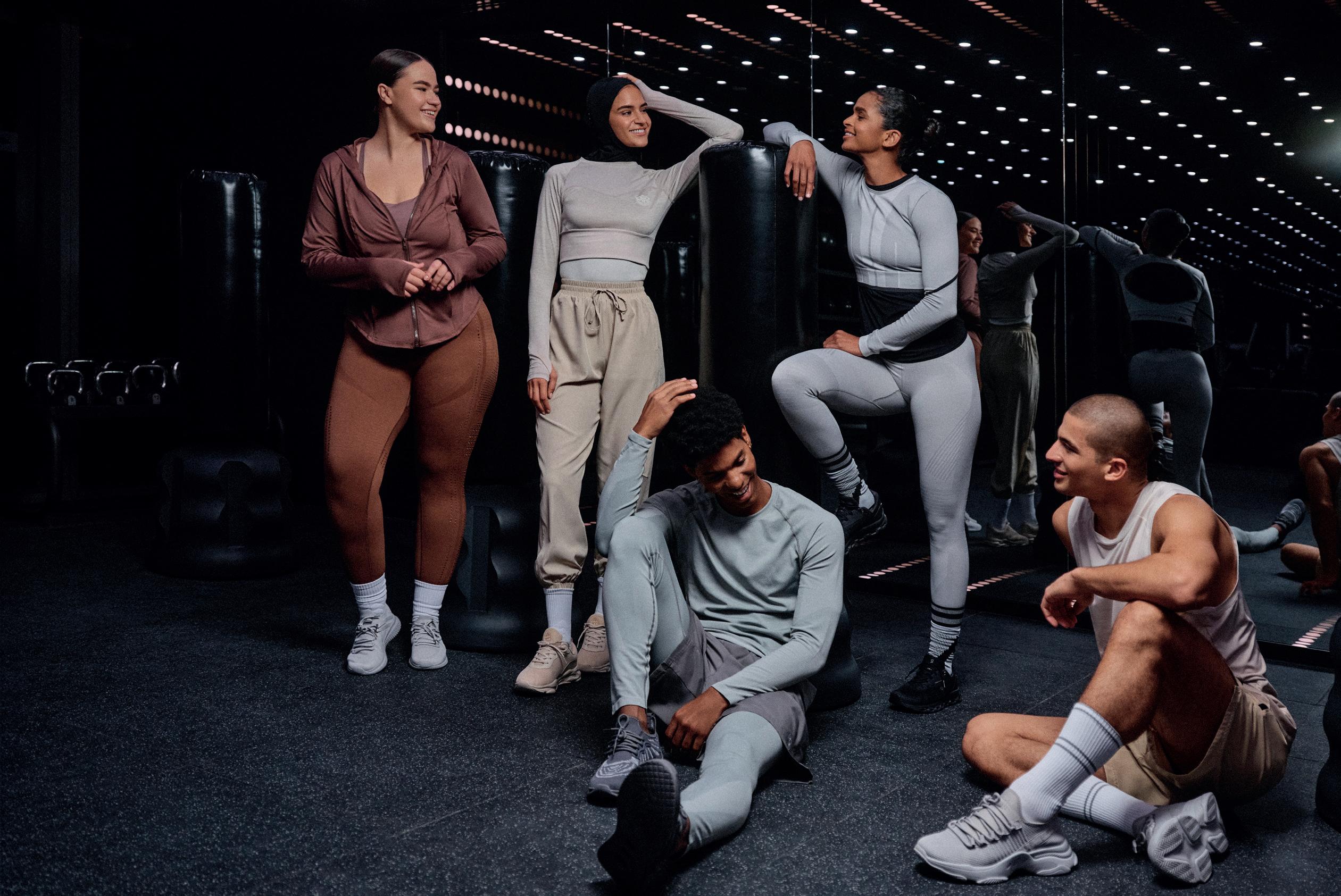
Jamie Moore director of fitness, SIRO
Recovery is built into the SIRO DNA. It’s one of our five key pillars – alongside sleep, nutrition, mindfulness and fitness – and the foundation for everything we do.
We don’t just position it as rest and relaxation. At the centre of each of our hotels is the Recovery Lab, incorporating cutting-edge treatments and holistic therapies.
Each of our treatments was chosen to harness new science-backed technologies to enhance performance and accelerate healing. Some of our more advanced options include electric muscle stimulation, which supports recovery by reducing soreness and stiffness and improving flexibility; cryotherapy,
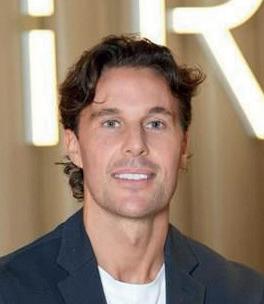
which stimulates circulation and reduces inflammation; vibroacoustic therapy to rebalance the nervous system and promote restorative sleep; and Gharieni’s MLX i³Dome that fuses far-infrared, plasma and light therapy to detoxify, reduce inflammation and boost metabolism.
Elsewhere, holistic offerings, such as our modular massage and assisted stretching,
complement these specialised treatments, providing a well-rounded approach to recovery.
Quality sleep is also fundamental to recovery and it’s core to our ethos. Our rooms are designed to reset natural circadian rhythm when travel disrupts routine. Thermoregulated mattresses, optimised lighting and in-room recovery equipment create the perfect environment for deep, restorative rest.
SIRO’s Reset retreat in Dubai is specifically based around recovery treatments and purposeful movement. It’s available in two-, four- or six-day packages starting at AED2,645 (US$720 €611, £533).
Overall, we’re seeing a lot of demand for cold and hot therapy with more guests requesting ice baths in their rooms and cryotherapy is almost always fully booked.
Compression therapy with boots is so popular that we’ve now made them available on the gym floor. In the future, there’ll be more emphasis on human connection in the sector. We’re already seeing increased community around recovery – with individuals socialising at saunas and other recovery centres, over cafés and bars. I expect this will grow. n Visit www.spabusiness. com/siro for Spa Business’ review of SIRO’s debut in Dubai in 2024.
Dean Kowarski group CEO, Virgin Active
There’s been a fundamental shift in how we view recovery. People have finally realised it’s not an afterthought, but the foundation of long-term wellness.
That’s changing fast, with the trend being driven by a few key forces. Firstly, technology has made recovery visible. Wearables from Whoop, Garmin, Polar and Oura give people real-time data on their sleep, stress and readiness to train. You can’t ignore what you can measure. This technology has introduced new metrics like Garmin’s or Vitality’s Fitness Age, Polar’s Body Age, Fitbit’s Daily Readiness Score and Whoop’s Age Pace. These broader wellbeing frameworks drive social comparison of wellness metrics and create behaviours that encourage both recovery and exercise adherence.
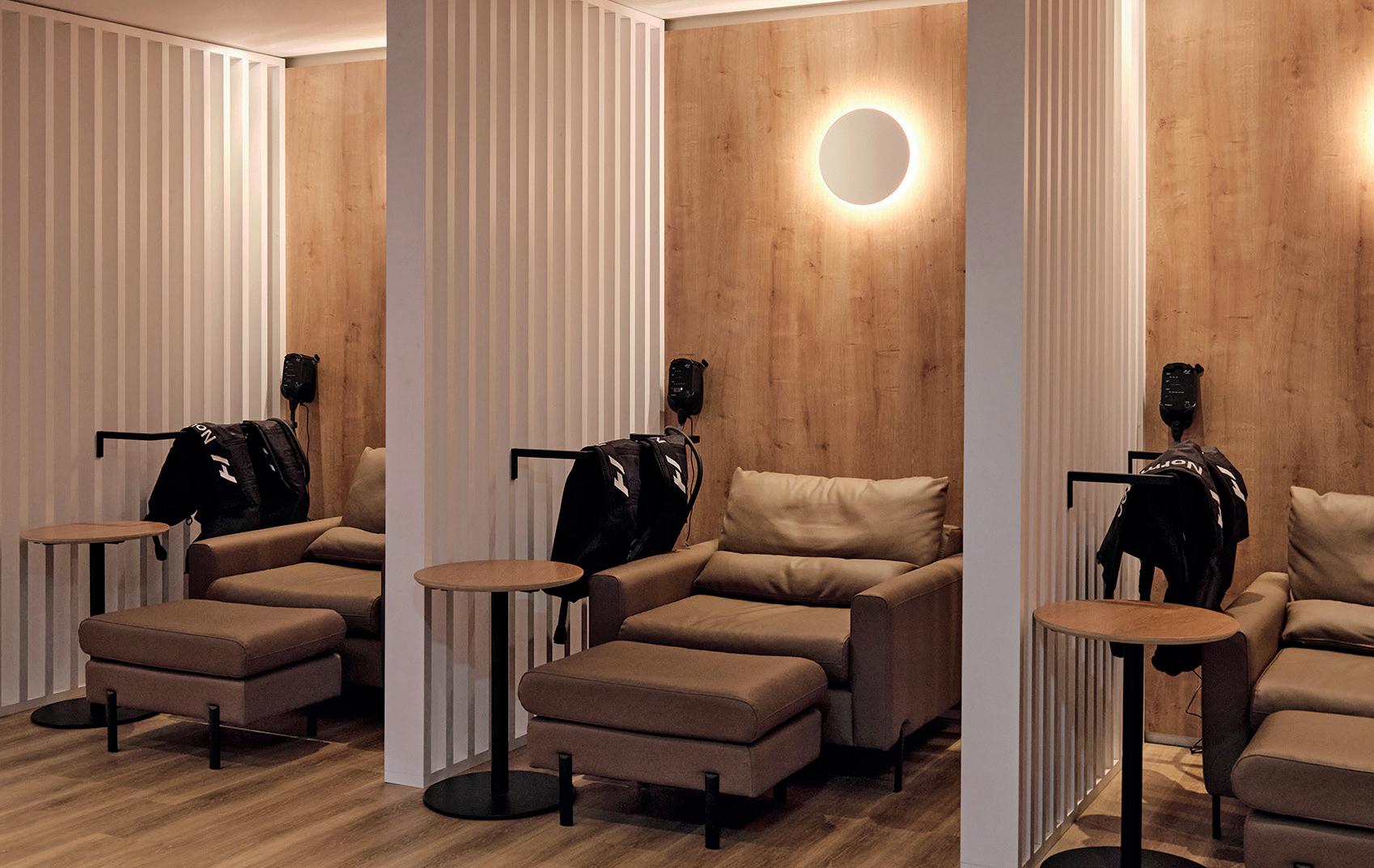
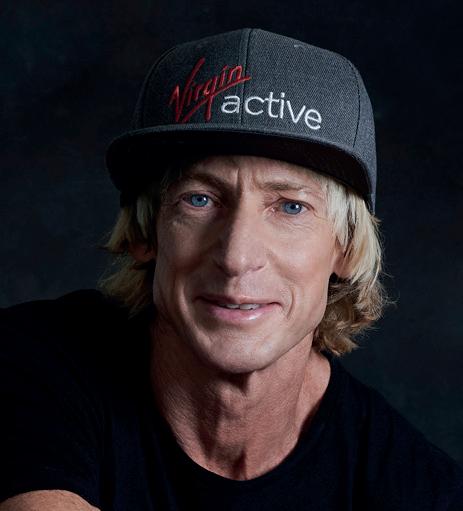
Secondly, the cultural conversation has shifted from just aesthetics to longevity and healthspan. People don’t just want to look good; they want to feel good and stay active for decades.
At Virgin Active, we’ve built recovery into our core
Recovery, including hydrothermal areas, is now a core offering at Virgin Active
Members now see recovery tools as essential parts of their routine
offering because it belongs right alongside strength, cardio and group exercise – not as a side note, but as a central pillar of wellness.
This includes ‘wet’ areas with hydrotherapy pools, contrast therapy circuits (hot saunas and cold plunges) and infrared saunas, chosen for their proven effects on circulation and inflammation. We also have ‘dry’ areas with technologies like compression therapy, percussion massage tools
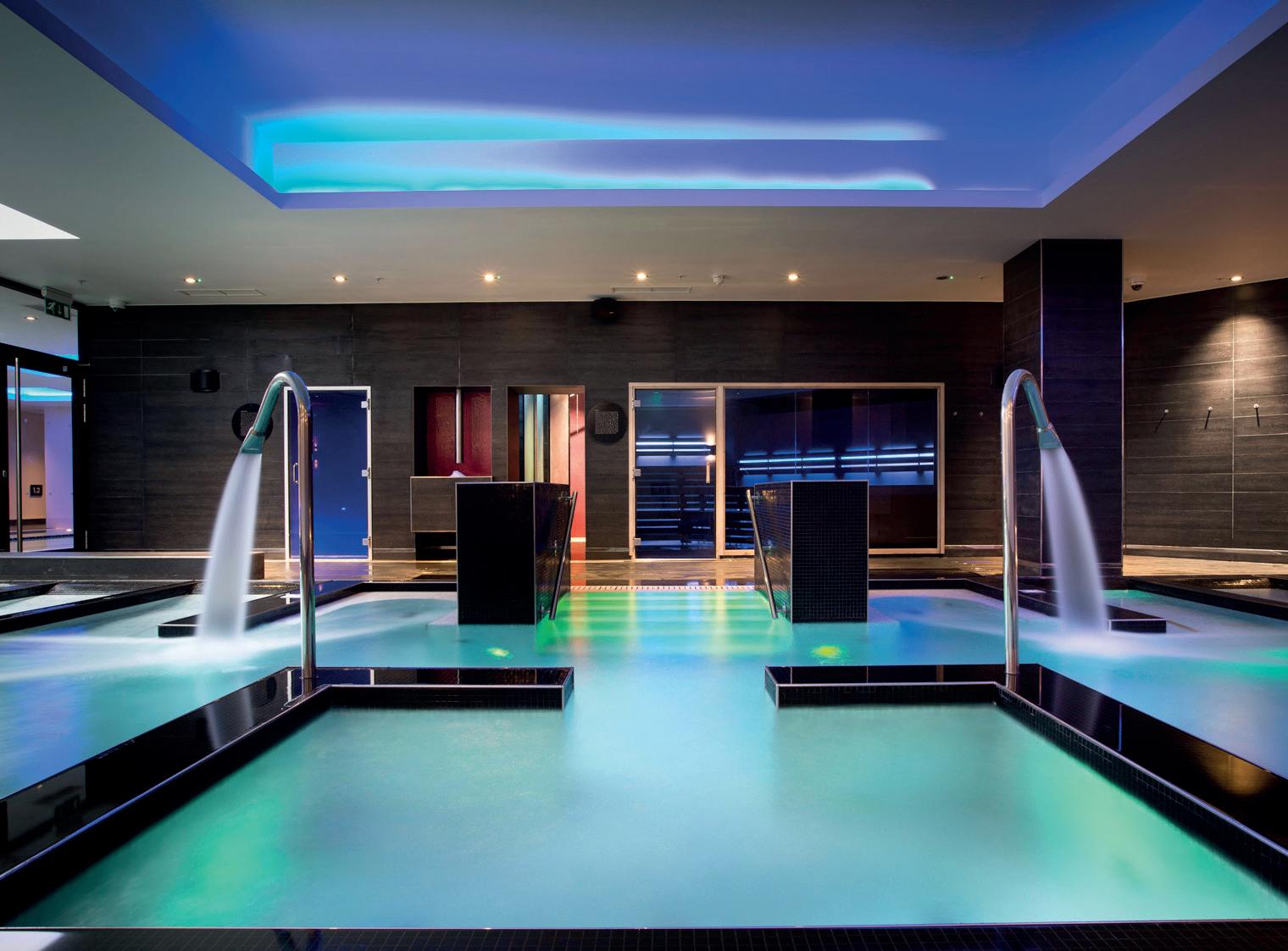
and mobility zones. Every tool we’ve incorporated is backed by science and easy for members to use. They’re effective, accessible and align with our philosophy of being a social wellness club. Recovery shouldn’t be a one-size-fits-all model. Every Virgin Active club is unique in its physical footprint and the needs of its members, so our recovery zones are flexible. For example, our Bondi Westfield club in Australia gives 20 per cent of its space to spa and recovery. Membership at that site starts at AU$99 (US$66, €56, £49) a week. Members now see recovery tools as essential parts of their routine, not just occasional luxuries. It’s the piece of the puzzle that ensures all the hard work they put in translates into results. If you don’t recover, you simply don’t progress. n In a Leisure Media exclusive, Kowarski revealed he’s transforming Virgin Active from a gym business into a social wellness brand (see www. spabusiness.com/kowarski).
Dr Tal Friedman director of wellness operations, RAKxa Integrative Wellness
Individuals are starting to realise that true health and balance cannot be achieved without including three main aspects of recovery: physical, emotional, and mental.
Recovery looks different for everyone. Some come seeking stress relief, while others aim to optimise their energy and performance. At RAKxa, we offer a wide selection of individuallytailored programmes, including Destress, Sleep Enhancement, Detox and Energy Renewal.
Our five- or seven-night Energy Renewal programme, starting at THB365,000 (US$11,459, €9,716, £8,480), integrates a range of recovery-focused offerings to restore vitality and balance. It’s a restorative pathway designed to address burnout, chronic stress and low stamina. From hyperbaric oxygen, IV nutrient boost and cryotherapy, each
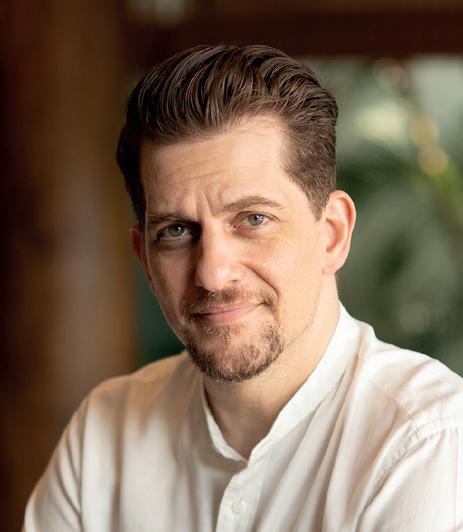
treatment is combined with traditional therapies such as marma healing massage, reiki or traditional Chinese acupuncture.
We selected these modalities because recovery is not about a single, one-off treatment – it’s about how medical science and ancient wisdom therapies are integrated to work hand-in-hand for the most sustainable result.
We’ve also recently introduced our five- or seven-night Sleep Enhancement programme, starting at THB280,000 (US$8,764, €7,426, £6,487).
Sleep is more than
rest. It’s a fundamental pillar and essential for recovery, regulation and renewal. Through bodywork, vibrational healing, breathwork and herbal compresses, it helps recalibrate natural circadian rhythms for deeper rest.
At RAKxa, every experience is interwoven with education throughout our guests’ stay. During consultations or even in-treatment sessions with specialists, we aim to help each guest understand how their body functions, as well as provide lifestyle tips needed to sustain results post-retreat. Recovery practices are moving away from being something people
only pursue at a wellness retreat. In the future, they’ll be integrated into daily life at home through simple, accessible routines such as quality sleep, stress-relief rituals and restorative movement.
People will focus on finding what works best for their own bodies, creating personalised ways to recharge and restore balance. Technology will also play a role, with wearables and home devices offering personalised guidance on when to rest and how to recover more effectively. n RAKxa was created in partnership with Thailand’s Bumrungrad International Hospital. Read more at www. spabusiness.com/rakxa.
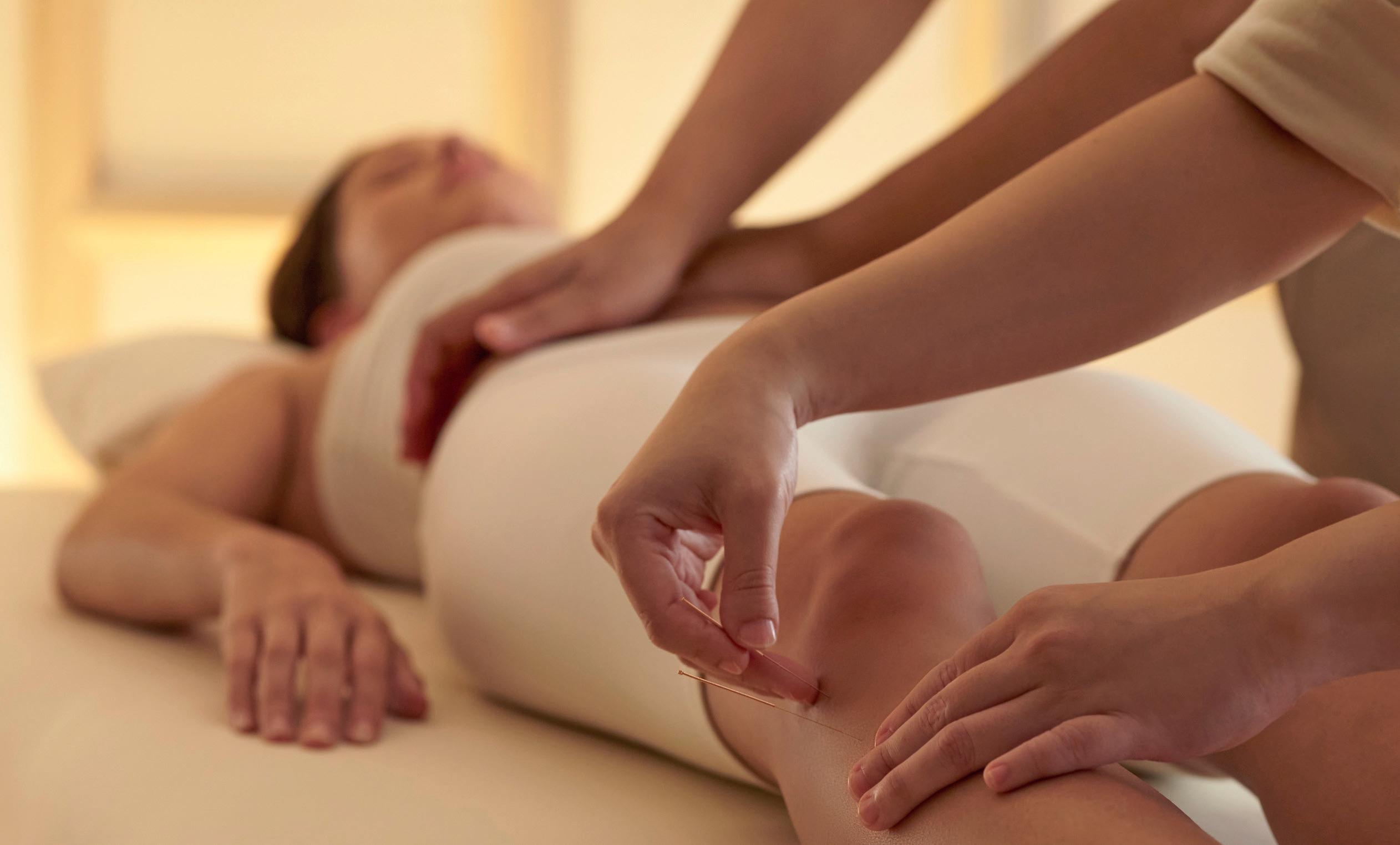
A five-night Energy Renewal programme starts at US$11,459


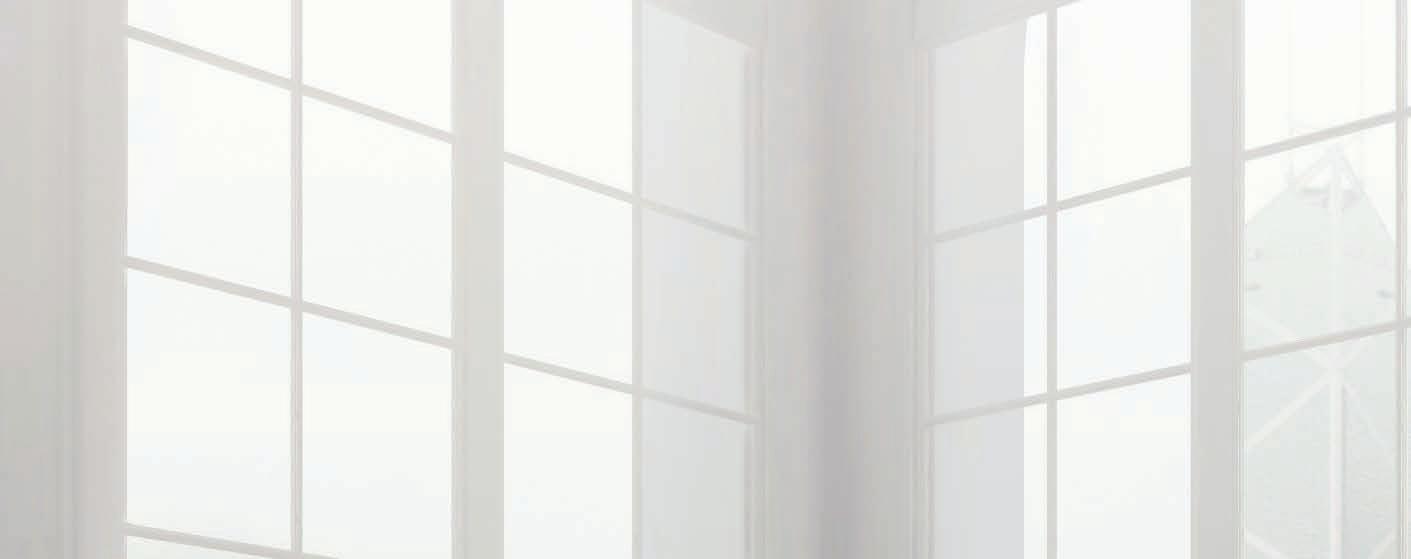
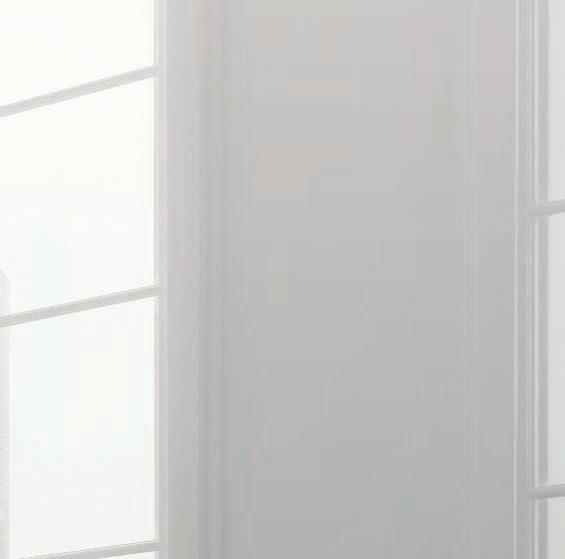
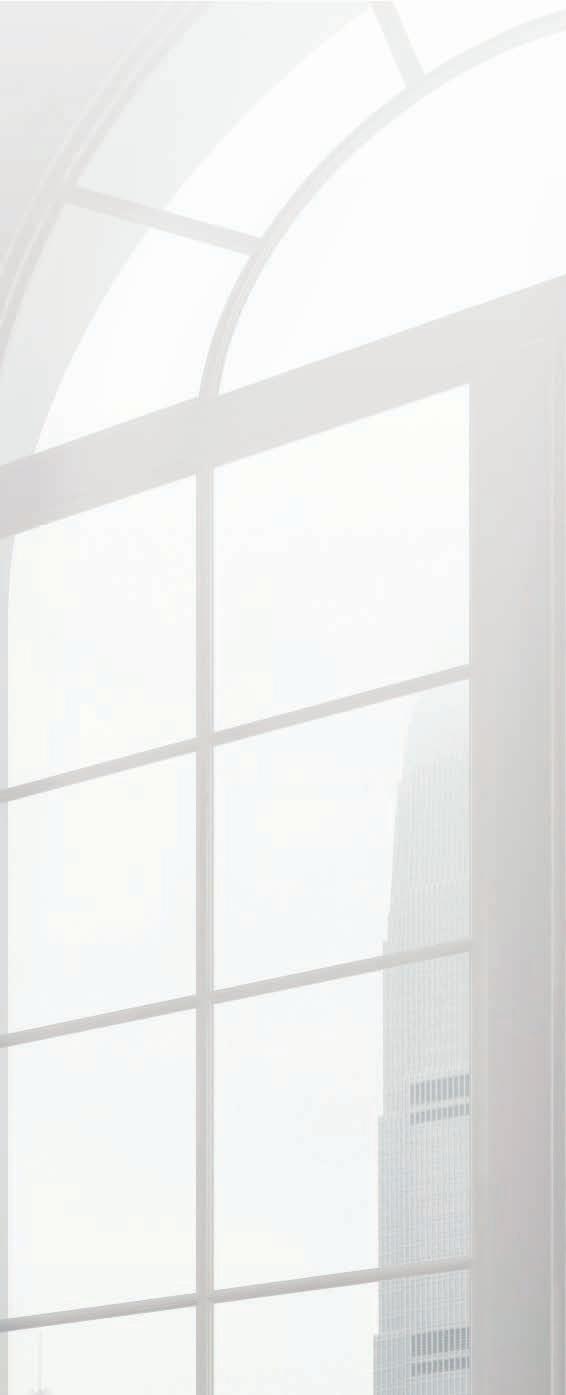

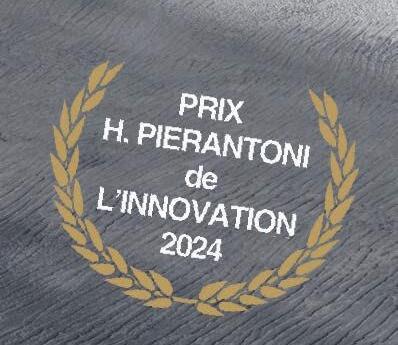


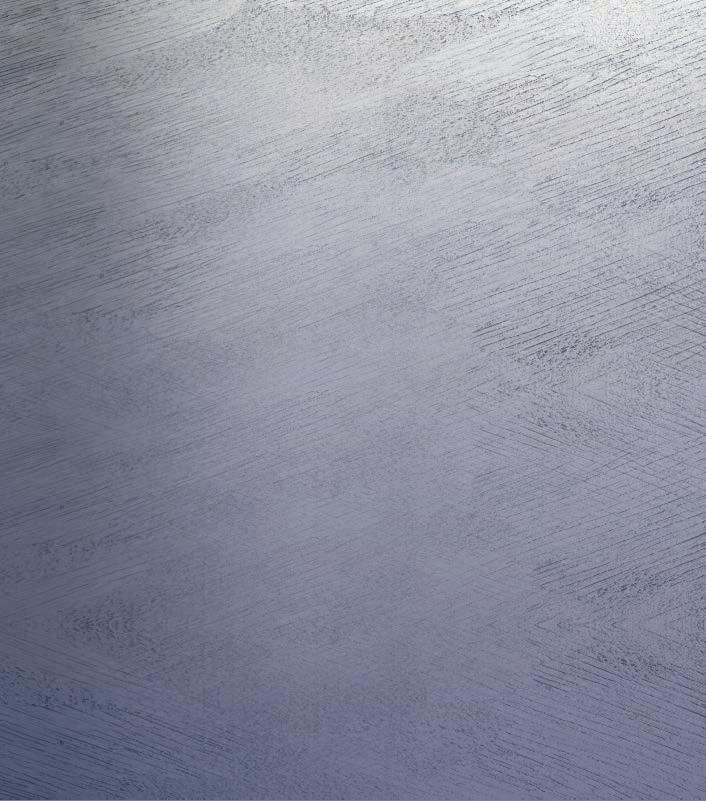
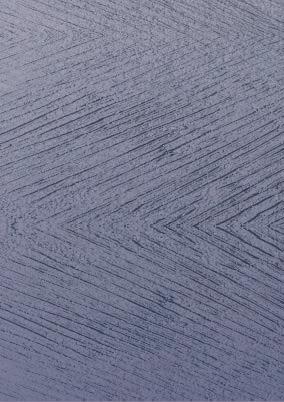

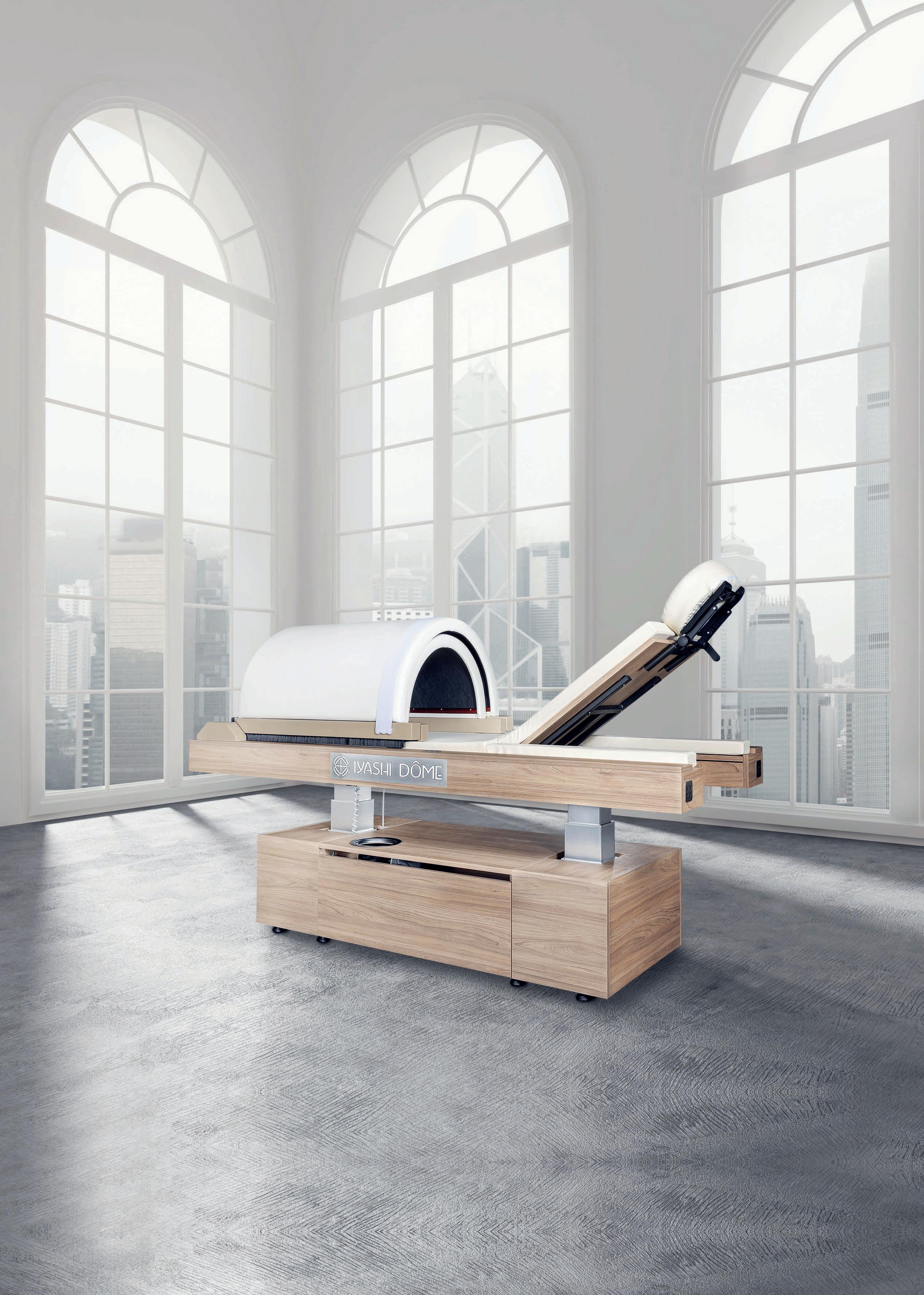


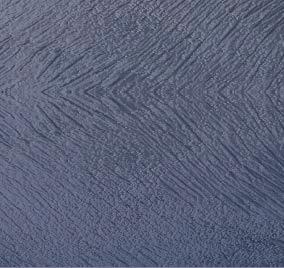
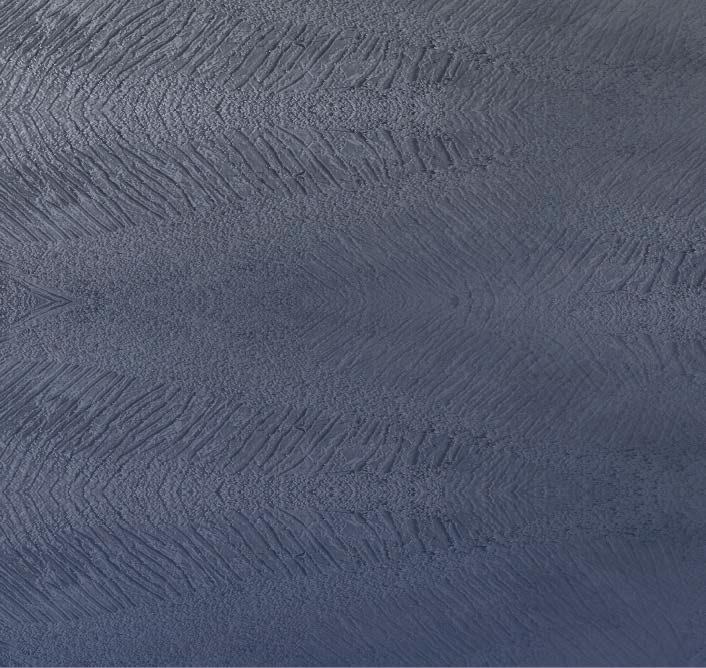
Michelle Whipple retreat director, Sensei Lanai, a Four Seasons Resort
Recovery is trending because people recognise that wellness isn’t only about how hard you can push, it’s about how well you can restore.
With the rise of highperformance culture, everyday life stresses and post-pandemic exhaustion, what guests are really searching for now is balance. Recovery gives them a way to recalibrate and return to themselves and remember what it feels like to listen to the messages their body is sending. At Sensei, our team helps guests reawaken that awareness, equipping them with data-driven insights and practical tools to help downregulate the nervous system.
One of our most popular programmes is Rest and Reset, designed for people seeking stress relief. A Whoop wearable is sent before arrival to track
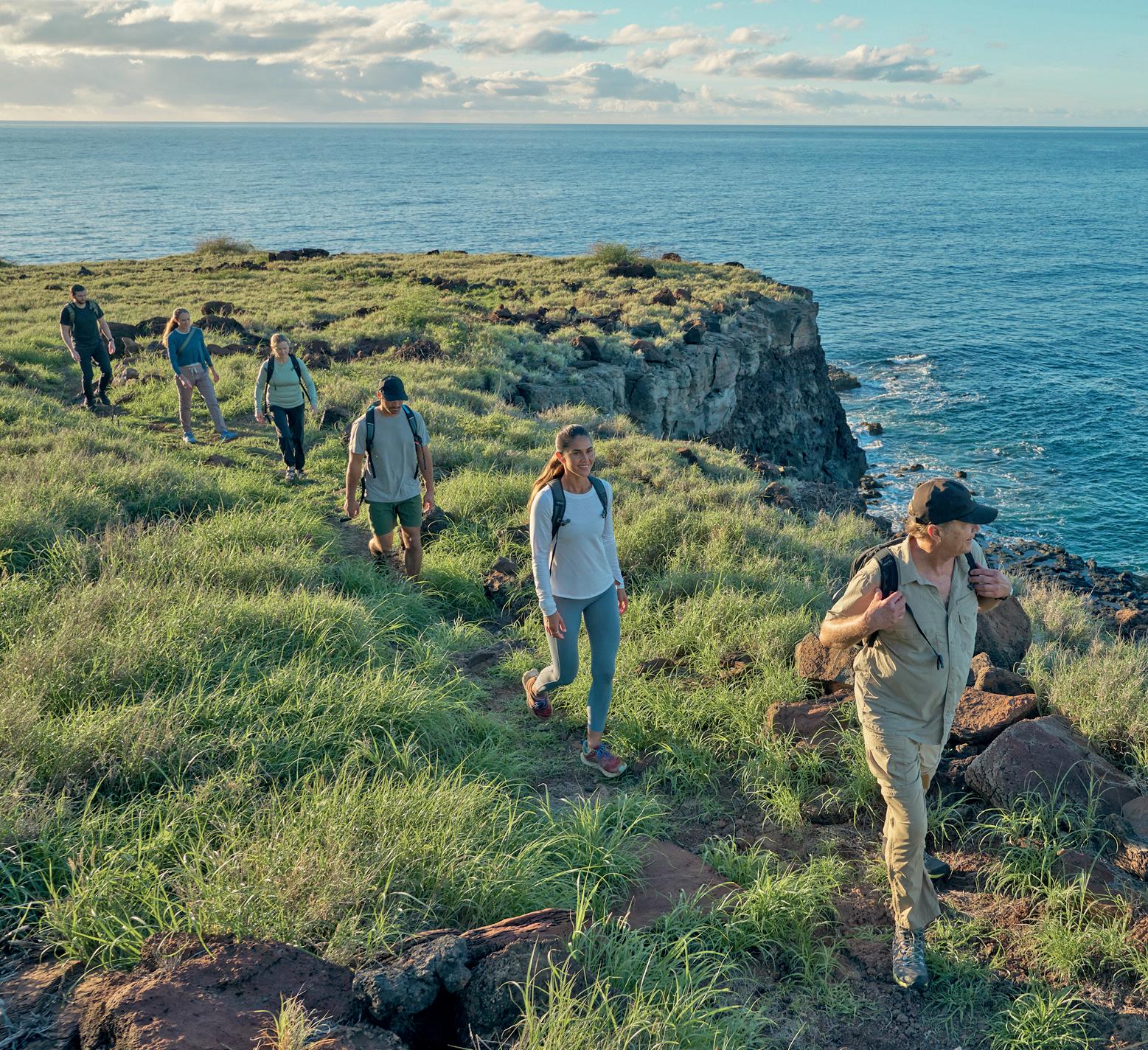
real-time strain and recovery data. Daily wellbeing classes range from meditation to mindful movement, along with private sessions on sleep, sensory eating and how to measure heart rate variability and individual stress responses.
Guests can then practice what they’ve learned in down-regulating their nervous systems in a
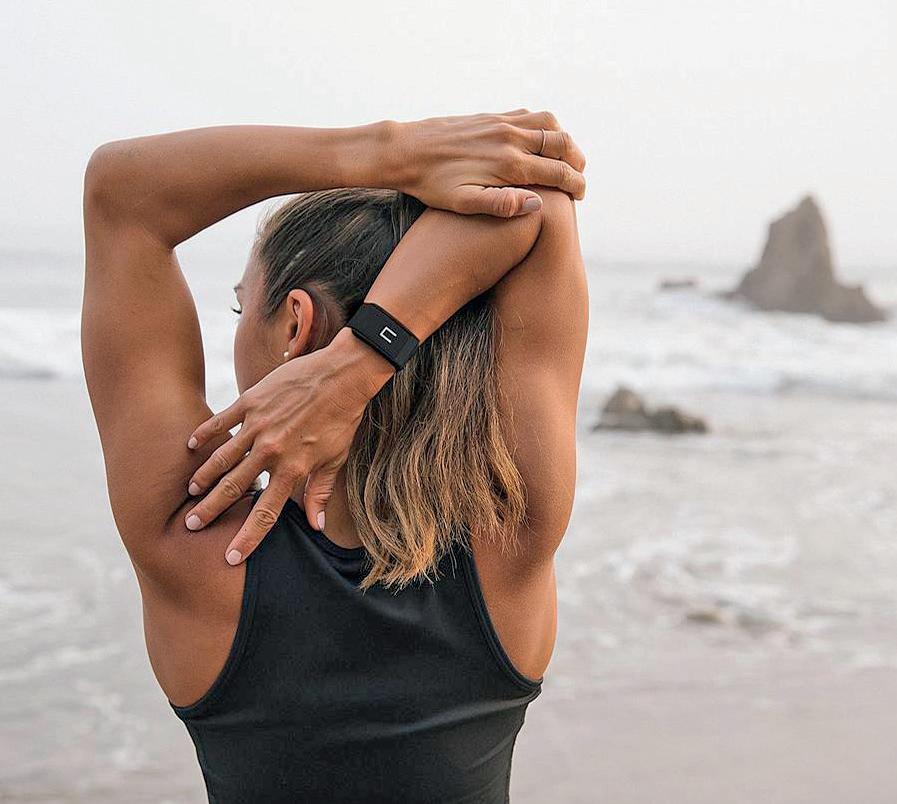
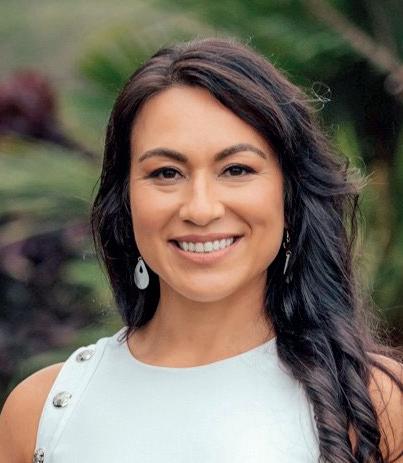
Reframing Resistance experience at the Lanai Adventure Park to test their resiliency in a real-world setting. This five-night programme begins at US$1,580 (€1,339, £1,170) per night.
With the rise in wearable tech, people now see in real time how stress, poor sleep and overtraining affect them. These devices have made recovery visible and measurable, fuelling awareness of the body’s signals and need for recovery.
Guests are no longer looking for pampering, they seek tools, science and practices they can carry into their everyday lives.
We don’t just offer recovery experiences, we teach recovery skills
They don’t just experience recovery while here, they learn which strategies work best for them and practise those skills with a Sensei Guide alongside them. The ultimate outcome is empowerment and they leave with the confidence and self-efficacy to sustain recovery beyond their stay. Recovery is evolving from a trend to a necessity and soon recovery practices will be integrated and commonplace in fitness routines and workplaces. Sensei is already leading that movement by not offering recovery experiences, but by teaching recovery skills. n Launched in 2019, Sensei is the vision of tech billionaire Larry Ellison. See www.spabusiness.com/ ellison for further details.
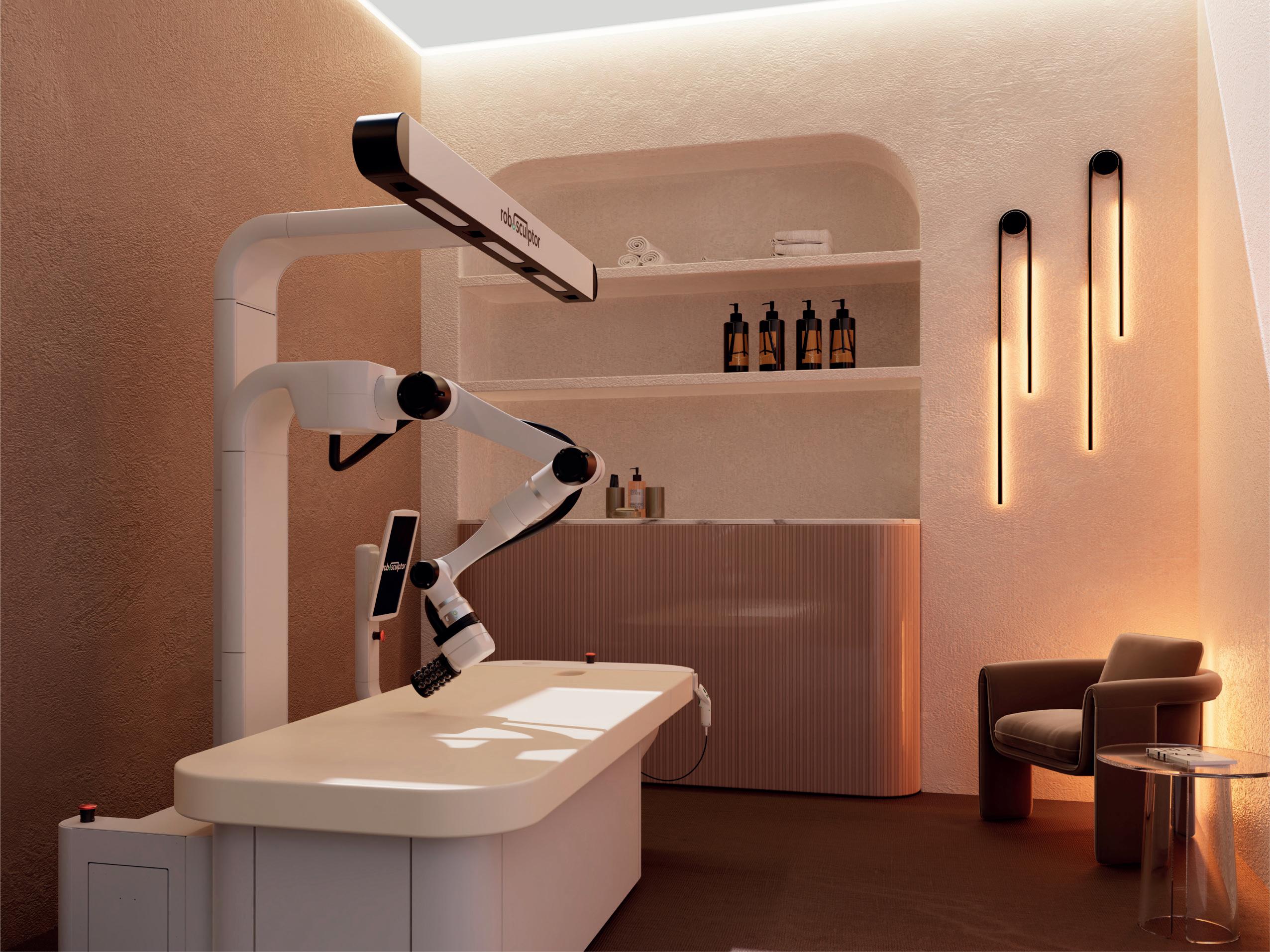
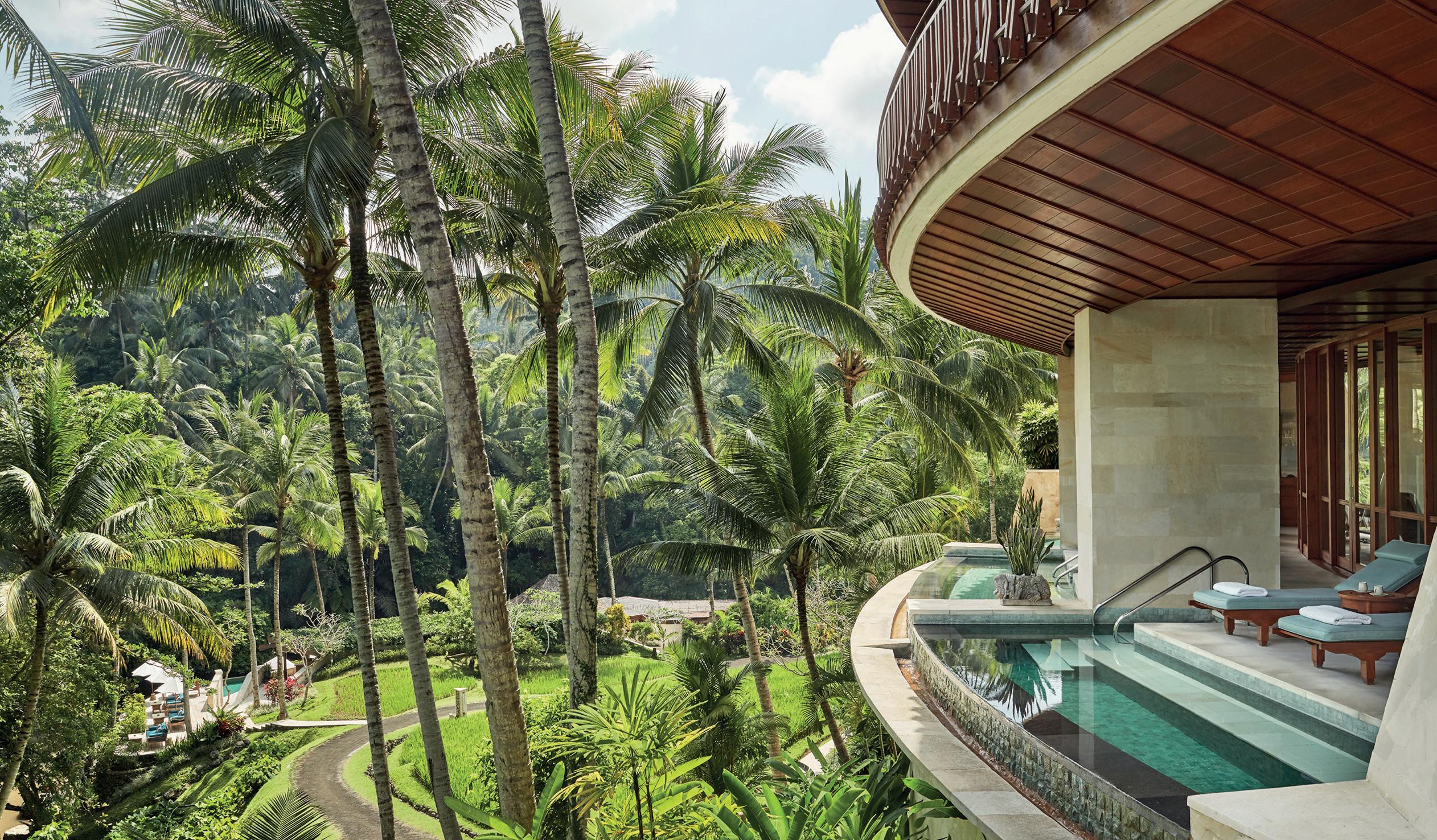
Luisa Anderson regional director of spa, Four Seasons Resorts Asia Pacific
People are recognising that health is no longer about high performance or intense workouts – it’s also about long-term sustainability. The shift towards recovery reflects a bigger and better understanding of holistic wellness, where physical, mental and emotional health are interconnected.
At Four Seasons Resort Bali at Sayan, we’ve just unveiled a Fitness Hub, almost a year after the major redesign of our Sacred River Spa. It offers a holistic recovery experience in a luxurious, tranquil jungle setting – a sanctuary for deep restoration.
The Fitness Hub has three studios – a gym, pilates space and a dedicated Recovery Room – that can be booked for personalised sessions. This setup allows guests to engage deeply with their recovery journey
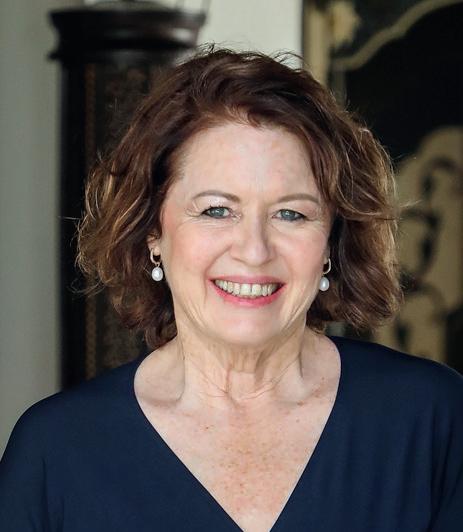
in an intimate environment. There’s also a bespoke recovery experience blending advanced technologies with expert guidance and Balinese healing philosophies.
In our Recovery Room, guests can experience our signature recovery experience, Pulih Batin, that’s designed to reduce inflammation, improve circulation and restore overall balance. This is a 90-minute, IDR2.7 million (US$162, €138, £120) semi-guided journey that combines breathwork,
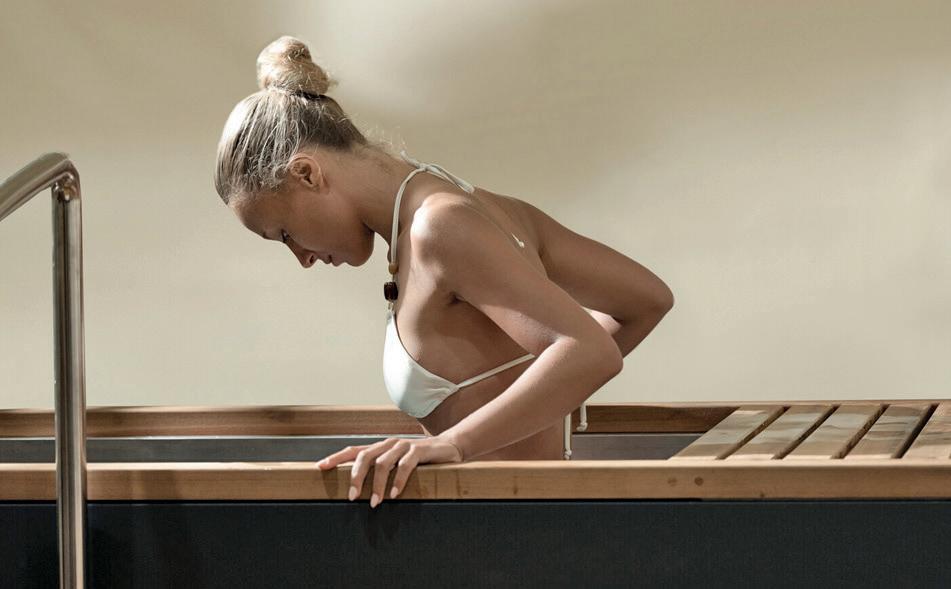
contrast therapy and a session on an infrared zero-gravity lounger to promote deep relaxation. It culminates with a 20-30 minute guided meditation.
Most contrast therapy circuits, especially the current sauna/ice bath phenomenon, do not usually place much emphasis on the post-relaxation phase. This truly makes Pulih Batin a mind-body-spirit experience – not something that restricts recovery to the physical body alone.
In addition, our Hydrotherapy Healing is a 30-minute, IDR1 million (US$60, €51, £44) self-paced experience alternating between a steamroom
and ice bath, allowing guests to tailor their own contrast therapy session. Recovery practices will continue to progress by combining modern technologies that improve healing and convenience with time-tested ancient traditions such as breathwork, meditation and natural therapies. Technology will continue to evolve and improve and we need to evolve with it, but we must maintain balance and refine the integration of combined practices. l n Spa Business was one of the first to report on Sacred River Spa when it reopened. See www.spabusiness. com/sacredriverspa.
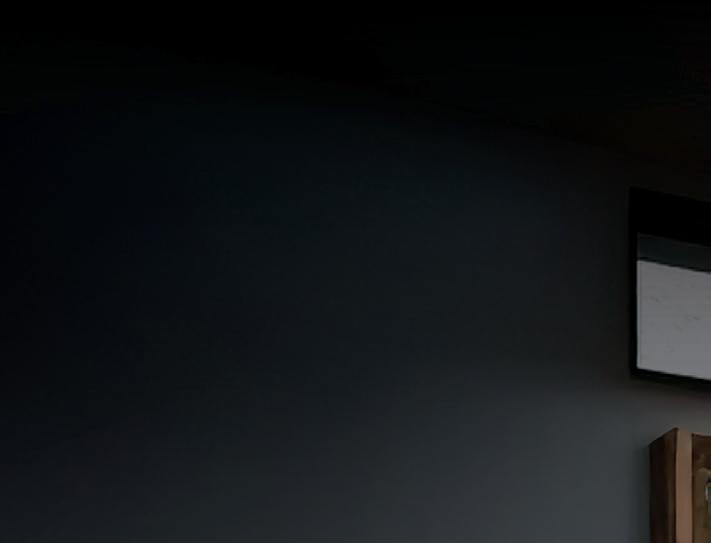
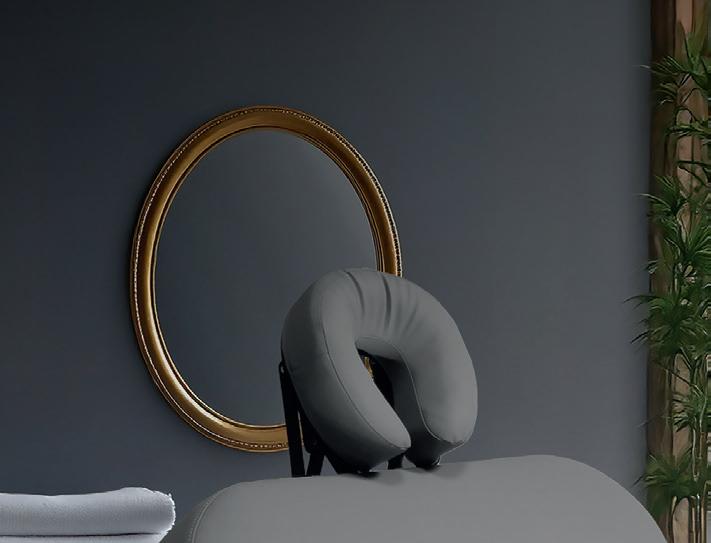
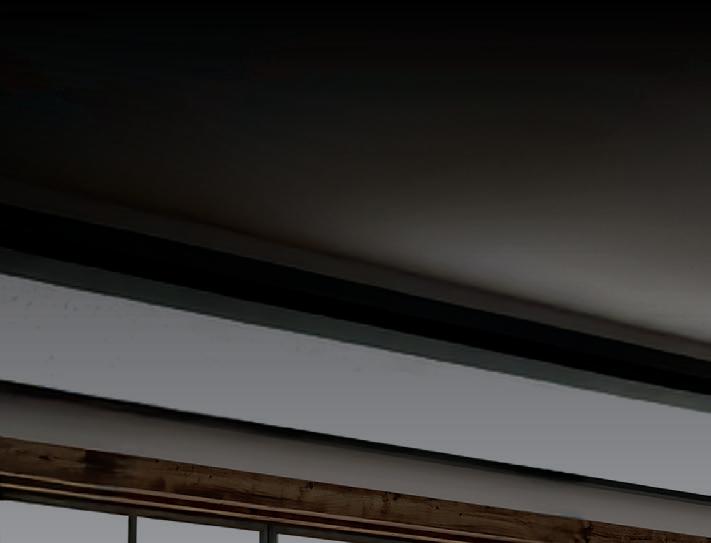
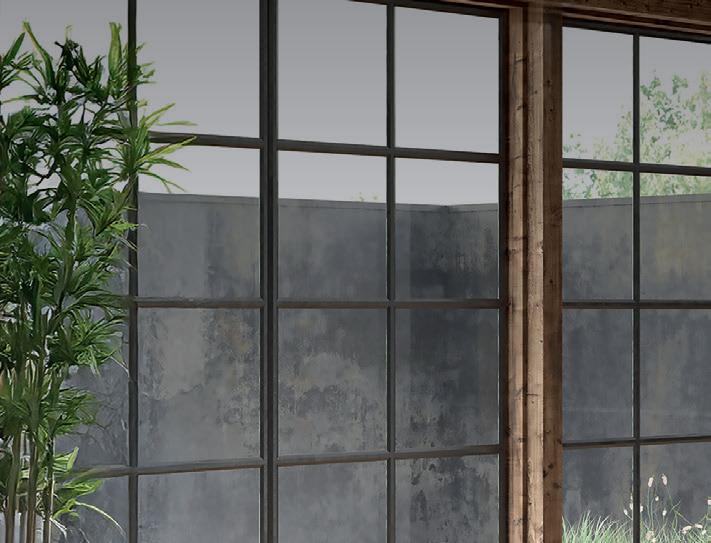
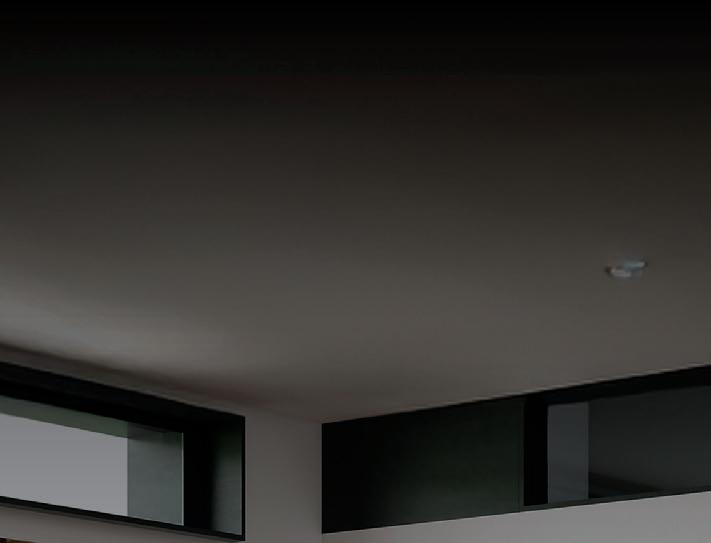
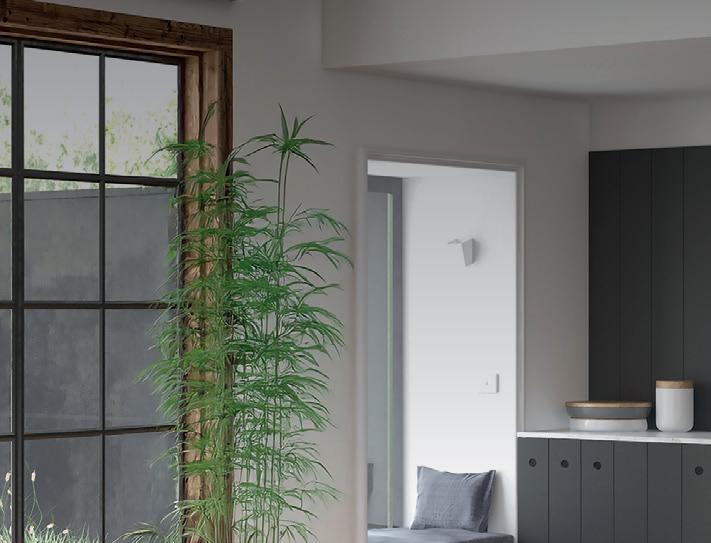
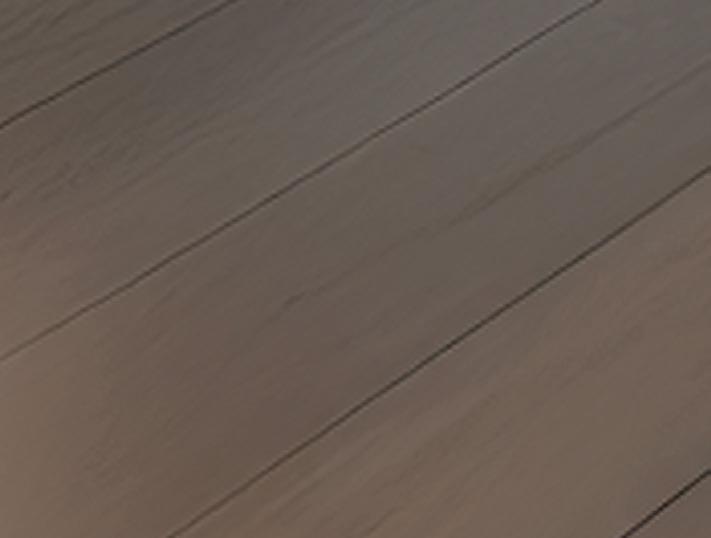

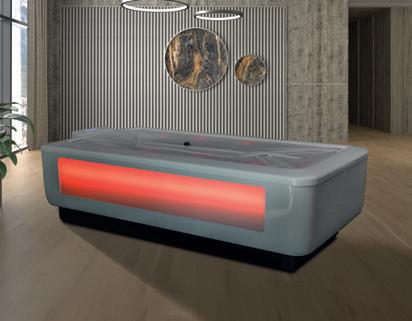

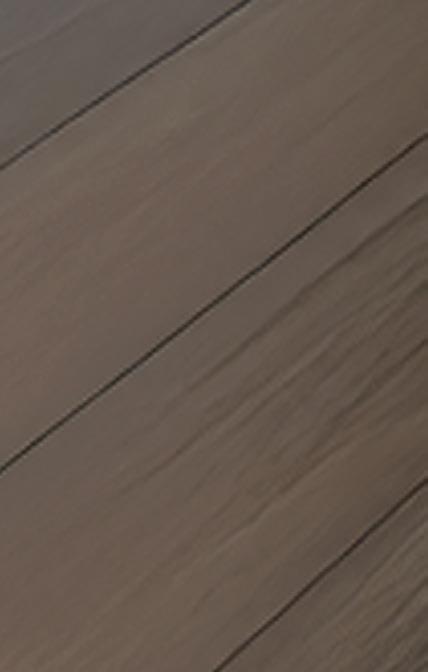
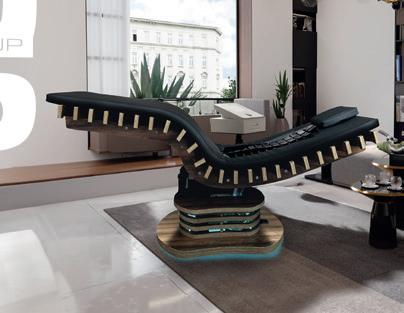


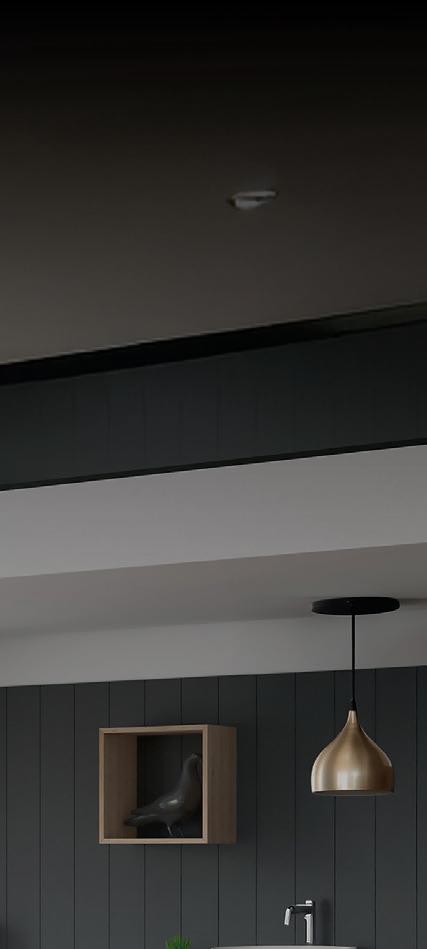

DESIGNED FOR EVERY BODY EVERY EXPERIENCE
Multi-functional for manicures, pedicures, massages and facials
Premium Comfort & Ergonomic Design
Heated foot-rest
Ultra-low access & ADA compliant

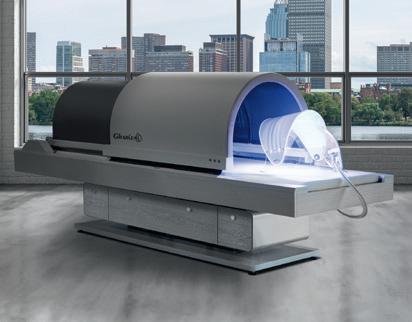
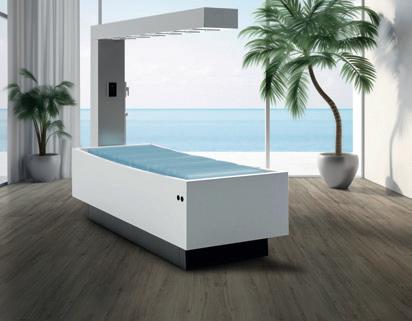
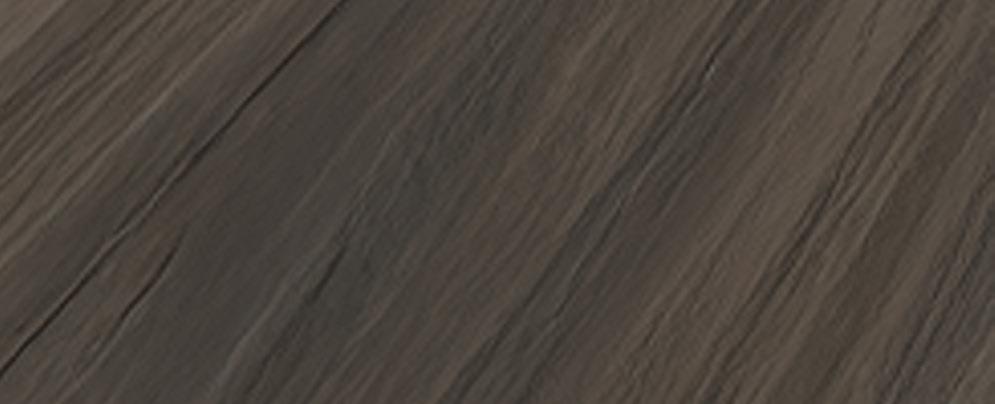

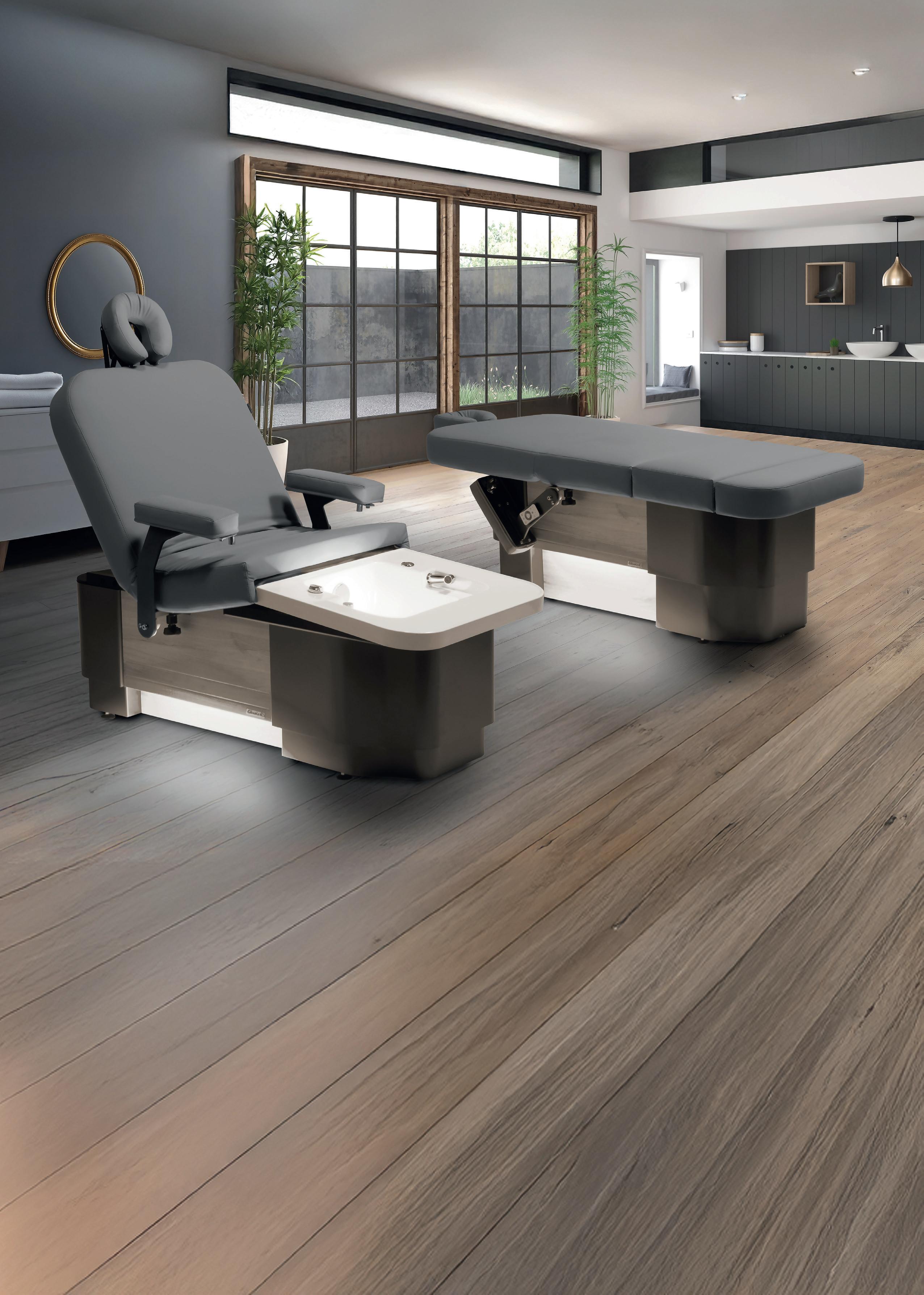
In a Spa Business exclusive, the author of the 2025 ISPA US Spa Industry Study , Colin Mcilheney, reveals the fresh trends and opportunities shaping the US sector’s next wave of growth
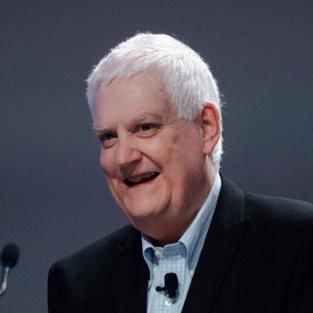
Business is booming! This is the message one hears loud and clear at the moment from many spas and it’s undoubtedly true in most cases. However, there’s much more to see than these banner headlines. Some spas are runaway successes – others are not. The key is to understand what’s driving these diverse outcomes so individual outlets can better tailor their offering to the consumer. By looking in more detail at the 2025 ISPA US Spa Industry Study by the International Spa Association (ISPA), based on responses from 2,832 operators, some nuances begin to emerge. These nuggets give a clearer picture of trends and patterns in key metrics.
There’s a striking symmetry between the number of spas and revenues generated in this year’s ISPA study. Some 22,000 locations are generating more than US$22 billion (€18.7 billion, £16.3 billion) as shown in the study’s Big Five statistics in Table 1. It’s a remarkable growth trajectory from the first ISPA study in 1999, which recorded just 4,140 locations.
Total revenues are at an all-time high. In fact, there’s been close to 6 per cent growth in revenues across the board, with US spas adding US$1.2 billion (€1.02 billion, £888 million) to the previous year’s tally. It’s also noteworthy that the average annual revenue per spa has broken through the US$1 million (€850,000, £740,000) threshold for the first time since the turn of the millennium.
However, within the aggregate tallies, there are some stark differences, particularly in terms of profitability. For instance, in the ultra-luxury high-end segment, some spas are showing profits of more than

35 per cent, while in general, the study shows that over 1,500 spas are operating at a loss, which raises questions about sustainability. Another macro-level finding is that while the industry took a decade to recover from the global financial crisis of 2008, the bounce back from the 2020 pandemic has been quicker and steeper, with many metrics rebounding within four years. It’s a testament to the resilience of the sector that even when COVID-19 was raging, the number of planned openings still exceeded the actual number of closures. This highlighted the long-term belief that the spa industry could ride out this shorter-term disaster and the strong revival in numbers in the current figures shows that the confidence was well placed.

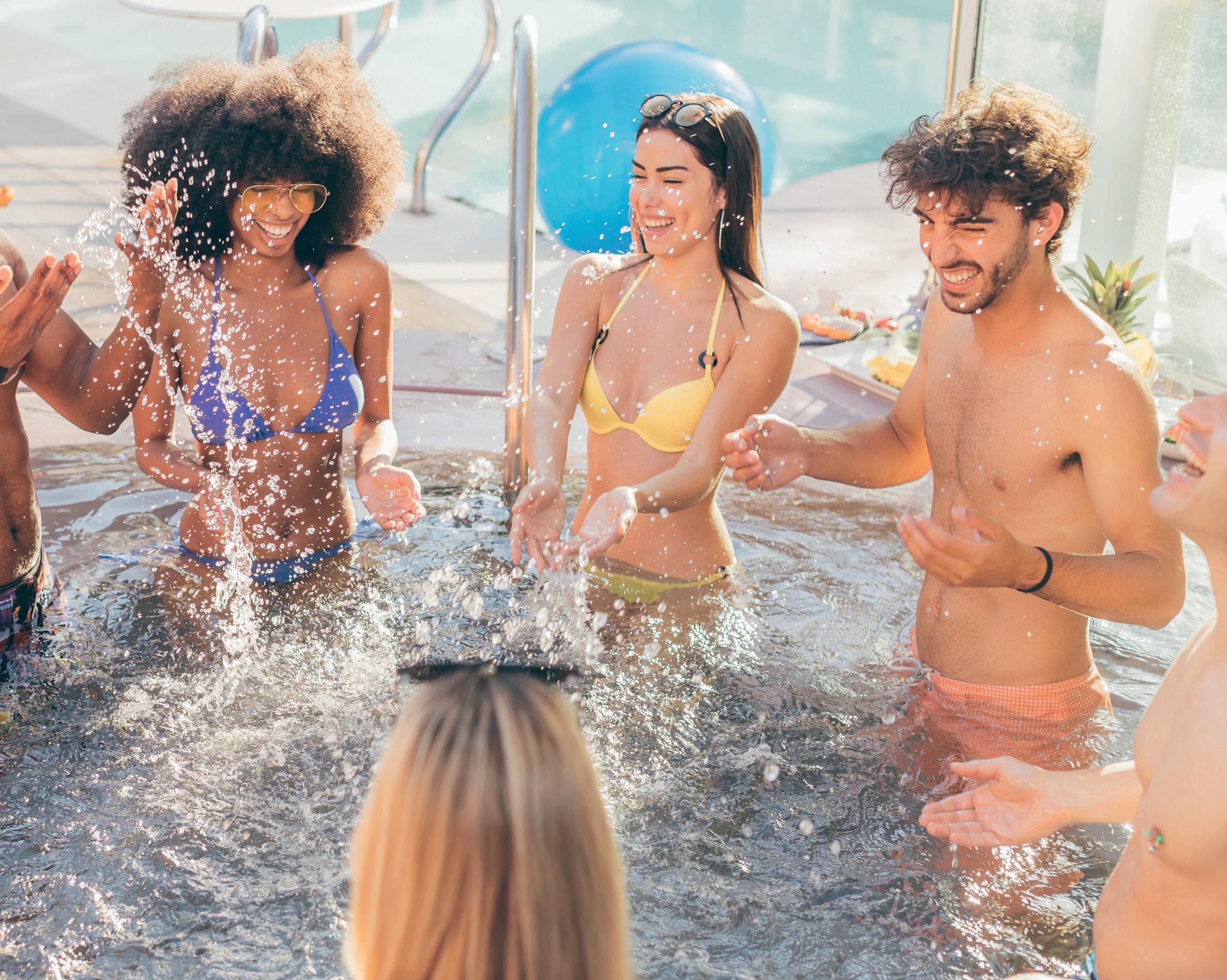
22,000 spas are generating more than US$22 billion
At the 2024 ISPA conference in Phoenix, many operators voiced concerns about getting spa visits up to pre-pandemic levels. This is a warranted worry because if the number of visits doesn’t increase, the only way to stay on a trajectory of rising revenue is to increase pricing – leading to consumer kickback when those in the US economy, like many others globally, are facing a cost-of-living crisis. It became clear that operators must devise initiatives to entice more customers and tap into a reservoir of new spa-goers, rather than squeezing additional money out of existing regular clients. In a happy coincidence, parallel consumer research showed there
was indeed huge potential to attract various demographic groups to spas. Crucially, the emerging Gen Z segment presents one of the biggest opportunities. If spas can capture them now, they’ll provide the bedrock for future generations of hopefully regular spa-goers. It’s therefore very encouraging that the latest ISPA study numbers show an annual increase of 5 million visits. While the 187 million visit total is still 3 million less than the all-time high achieved just before the pandemic, it is a remarkable turnaround from 2019/2020 when visits were 53 million lower. There’s still work to be done, but there are promising signs that spa visitor numbers could reach the important 190 million threshold for the current year.
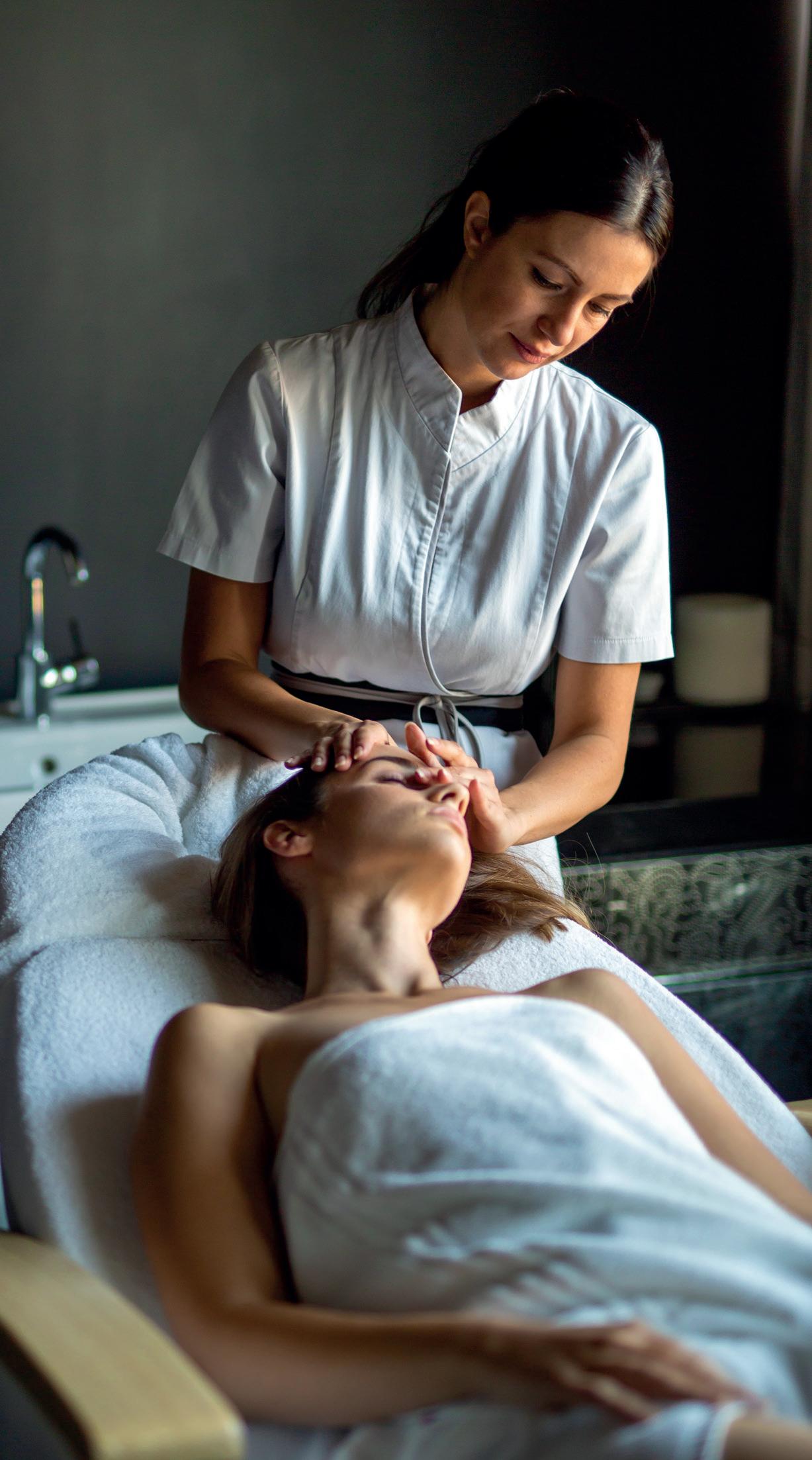
Perhaps, the most positive statistic from ISPA’s 2025 study is that revenues per visit have reached a record high of US$120 (€149, £129). Indeed, the real revenue growth across all sectors was underpinned by the 21 per cent rise in average revenue per visit between 2019 and 2024. Yes, prices have increased, but some contribution has also come from already attracting a greater range of consumers.
When delving into the numbers, however, there’s a huge variation. Notably, resort and hotel spas average US$175 (€149, £129) per visit, which is nearly double the amount of US$108 (€92, £80) per day spa.
Even within these two large groups, there are noticeable differences with many operators across the board saying they’re performing better or worse than the averages, based on a number of significant outliers at the upper and lower ends of the segments. Some resort/
hotel spas reported average spends in excess of US$300 (€255, £222), perhaps driven by the much commented on White Lotus effect. Equally, there are day spas reporting spend per visit in and around the US$70 (€60, £52) mark.
What this highlights is that the spa industry is a great example of where one hat doesn’t fit all and that digging deeper into the complexities of the data will reveal some genuine hidden gems of information.
The latest number for total employment in the US spa industry stands at 376,200. This is an increase of just over 6,000, or 1.6 per cent, since January 2024. The growth is an indication that the workforce is now back to within 2 per cent of its pre-pandemic level.
Over recent years, the percentage share of full-time and part-time employment has stayed reasonably static. Yet the most recent statistics show full-time employment gaining by 1,700, while part-time employment increased by 5,400. In addition, there’s been a steady decline in independent contractors over the past few years. The latest numbers show an annual drop of 1,000 to an overall total of 14,500 in January 2025.
There’s positive news in terms of unfilled positions. Just a few years ago, there were more than 40,000 vacancies across all types of
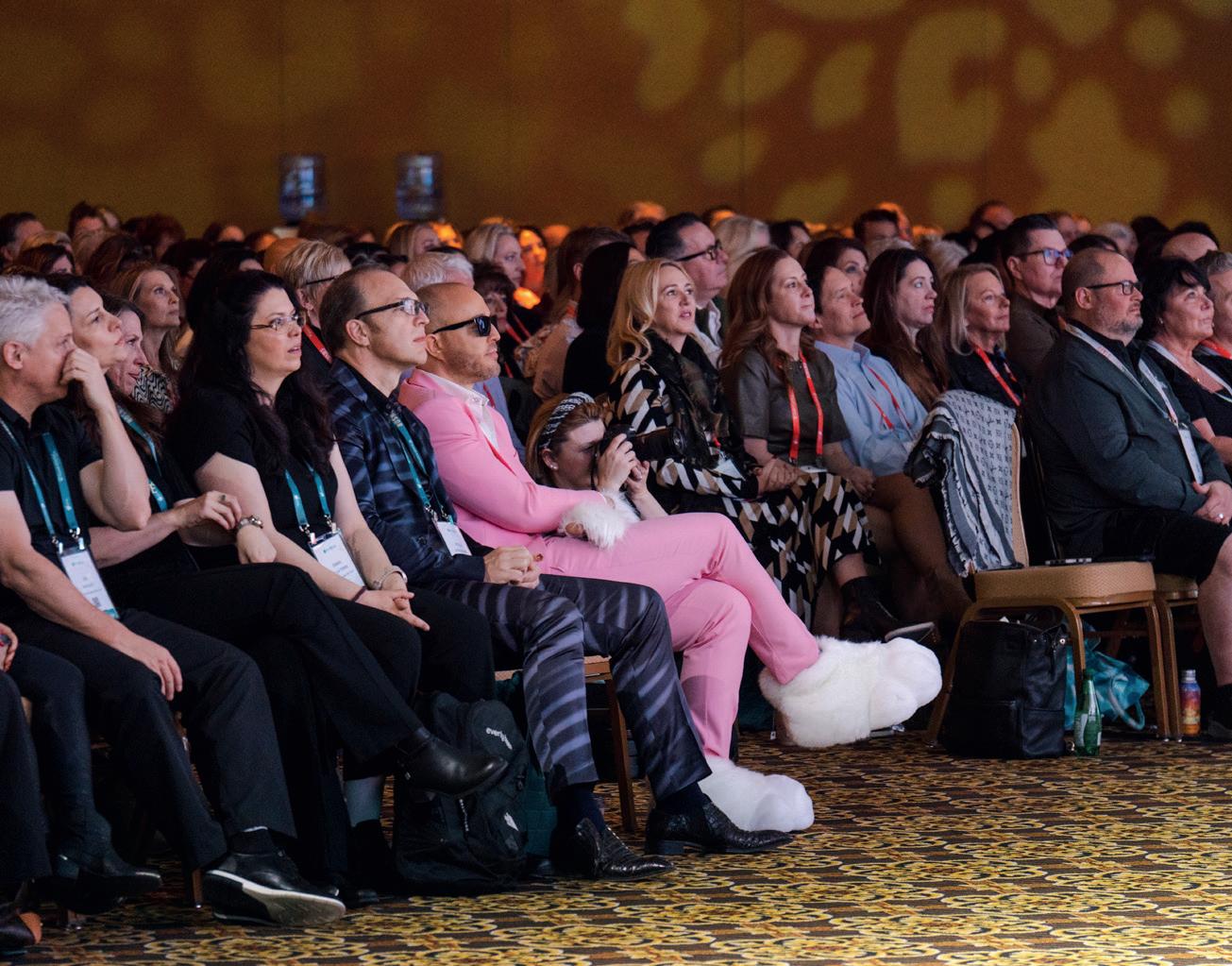



















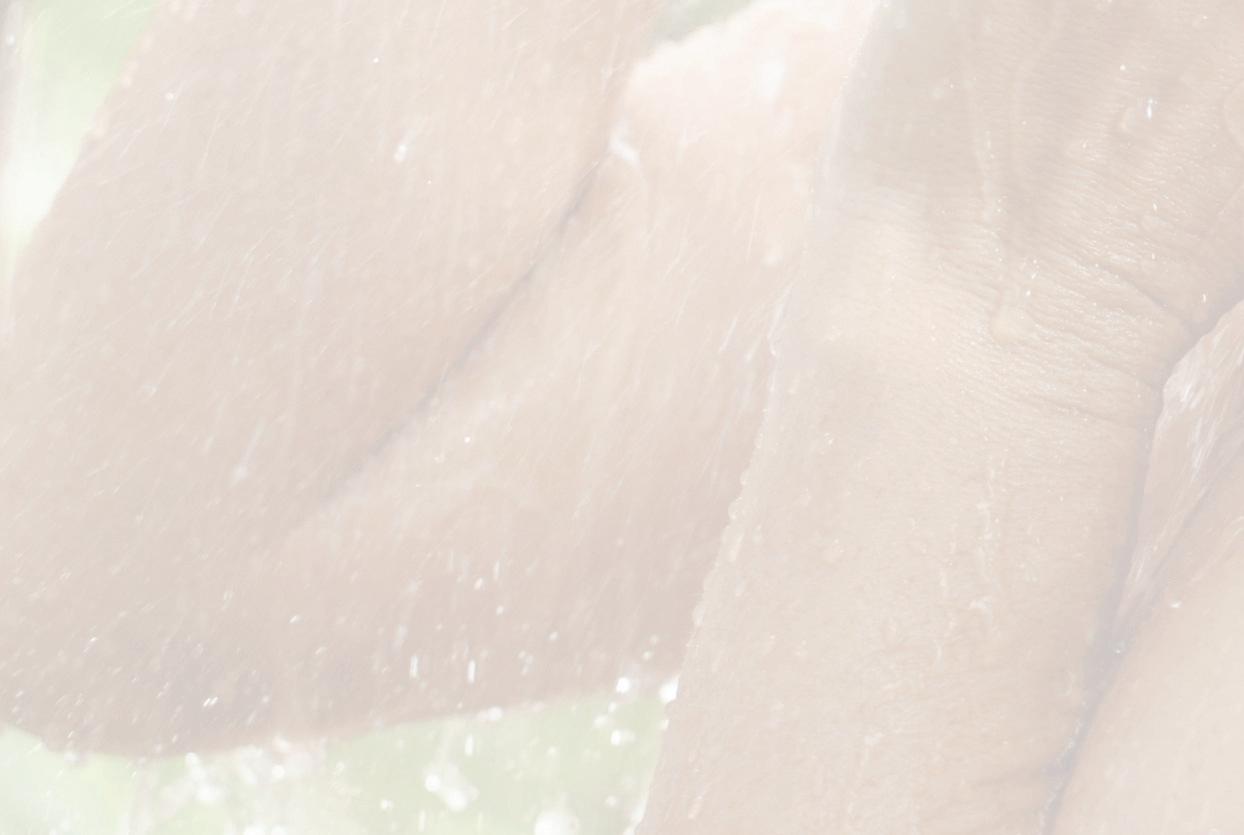
Fragrances
Fragrances for steam baths,
Fragrances for steam baths, saunas, whirlpool, hot tubs and experience showers
Fragrances for steam baths, saunas, whirlpool, hot tubs and experience showers
Fragrances for steam baths, saunas, whirlpool, hot tubs and experience
Fragrances for steam baths, saunas, whirlpool, hot tubs and experience showers
Sauna, spa and wellness technology: Technology for experience showers, saunas, hammam, steam baths and rhassoul, dosage systems, inhalation systems, light technology
Sauna, spa and wellness technology: Technology for experience showers, saunas, hammam, steam baths and rhassoul, dosage systems, inhalation systems, light technology
Fragrances for steam baths, saunas, whirlpool, hot tubs and experience showers

Sauna, spa and wellness technology: Technology for experience showers, saunas, hammam, steam baths and rhassoul, dosage systems, inhalation systems, light technology
Sauna, spa and wellness technology: logy for experience showers, saunas, hammam, steam baths and rhassoul, dosage systems, inhalation systems, light technology
Sauna, spa and wellness technology: Technology for experience showers, saunas, hammam, steam baths and rhassoul, dosage systems, inhalation systems, light technology
Sauna, spa and wellness technology: Technology for experience showers, saunas, hammam, steam baths and rhassoul, dosage systems, inhalation systems, light technology
Sauna, and wellness technology: Technology for showers, saunas, hammam, steam baths and rhassoul, dosage systems, inhalation systems, light technology
Sauna, spa and wellness technology: Technology for experience showers, saunas, hammam, steam baths and rhassoul, dosage systems, inhalation systems, light technology
Cleaner / conditioner for sauna, spa and wellness facilities. Disinfectant and cleaner for whirlpools and Jacuzzis
Sauna, spa and wellness technology: Technology for experience showers, saunas, hammam, steam baths and rhassoul, dosage systems, inhalation systems, light technology
Sauna, spa and wellness technology: Technology for experience showers, saunas, hammam, steam baths and rhassoul, dosage systems, inhalation systems, light technology
Cleaner / conditioner for sauna, spa and wellness facilities. Disinfectant and cleaner for whirlpools and Jacuzzis
Kemitron , is manufacturer of high-quality products for the spa-, sauna-, and wellness market (technology, fragrances, cleaners, cosmetic). The company’s focus is on best quality and workmanship. All items are “made in Germany”.
Kemitron , is manufacturer of high-quality products for the spa-, sauna-, and wellness market (technology, fragrances, cleaners, cosmetic). The company’s focus is on best
workmanship. All items are “made in Germany”.
/ conditioner for sauna, and facilities. and cleaner whirlpools Jacuzzis
Cleaner / for sauna, spa wellness facilities. Disinfectant and cleaner for whirlpools and Jacuzzis Fragrances
Cleaner / conditioner for sauna, spa and wellness facilities. Disinfectant and cleaner for whirlpools and Jacuzzis
Cleaner / conditioner for sauna, spa and wellness facilities. Disinfectant and cleaner for whirlpools and Jacuzzis
Cleaner / conditioner for sauna, spa and wellness facilities. Disinfectant and cleaner for whirlpools and Jacuzzis
Cleaner / conditioner for sauna, spa and wellness facilities. Disinfectant and cleaner for whirlpools and Jacuzzis
Fragrances for steam baths, saunas, whirlpool, hot tubs and info@kemitron.com • Telefon: (0)
E-Mail: info@kemitron.com
Fragrances for steam baths, saunas, whirlpool, hot tubs and experience showers E-Mail: info@kemitron.com • Telefon:
Kemitron , is manufacturer of high-quality products the spa-, sauna-, wellness market (technology, cleaners, cosmetic). The company’s focus is on best quality and workmanship. All items are “made
Kemitron , is manufacturer of high-quality products for the spa-, sauna-, and wellness market (technology, fragrances, cleaners, cosmetic). The company’s focus is on best quality and workmanship. All items are “made in Germany”.
Kemitron , is manufacturer of high-quality products for the spa-, sauna-, and wellness market (technology, fragrances, cleaners, cosmetic). The company’s focus is on best quality and workmanship. All items are “made in Germany”.
Kemitron , is high-quality for the sauna-, and wellness market (technology, fragrances, cleaners, The company’s focus is on best workmanship. All “made in Germany”.
Kemitron , is manufacturer of high-quality products for the spa-, sauna-, and wellness market (technology, fragrances, cleaners, cosmetic). The company’s focus is on best quality and workmanship. All items are “made in Germany”.
Cleaner / conditioner for sauna, spa and wellness facilities. Disinfectant and cleaner for whirlpools and Jacuzzis
Kemitron , is manufacturer of high-quality products for the spa-, sauna-, and wellness market (technology, fragrances, cleaners, cosmetic). The company’s focus is on best quality and workmanship. All items are “made in Germany”.
Cleaner / conditioner for sauna, spa and wellness facilities. Disinfectant and cleaner for whirlpools and Jacuzzis
Kemitron , is manufacturer of high-quality products for the spa-, sauna-, and wellness market (technology, fragrances, cleaners, cosmetic). The company’s focus is on best quality and workmanship. All items are “made in Germany”.
Kemitron , is manufacturer of high-quality products for the spa-, sauna-, and wellness market (technology, fragrances, cleaners, cosmetic). The company’s focus is on best quality and workmanship. All items are “made in Germany”.
Kemitron’s products are sold on the international spa and wellness market and can be purchased via our webshop on our homepage. www.kemitron.com
Kemitron’s products are sold on the international spa and wellness market and can be purchased via our webshop on our homepage. www.kemitron.com
Kemitron’s products are sold on the international spa and wellness market and can be purchased via our webshop on our homepage. www.kemitron.com
Kemitron’s products are sold on the international spa and wellness market and can be purchased via our on our homepage. www.kemitron.com
Kemitron’s products are sold on the international spa and wellness market and can be purchased via our webshop on our homepage. www.kemitron.com
Kemitron’s products are sold on the international spa and wellness market and can be purchased via our webshop on our homepage. www.kemitron.com
Kemitron’s products are the international spa and wellness market and can be via our webshop on our homepage. www.kemitron.com
Kemitron’s products are sold on the international spa and wellness market and can be purchased via our webshop on our homepage. www.kemitron.com
Kemitron’s products are sold on the international spa and wellness market and can be purchased via our webshop on our homepage. www.kemitron.com
Kemitron’s products are sold on the international spa and wellness market and can be purchased via our webshop on our homepage. www.kemitron.com
info@kemitron.com • Telefon: + 49 (0) 70 / 9 50 • www.kemitron.com
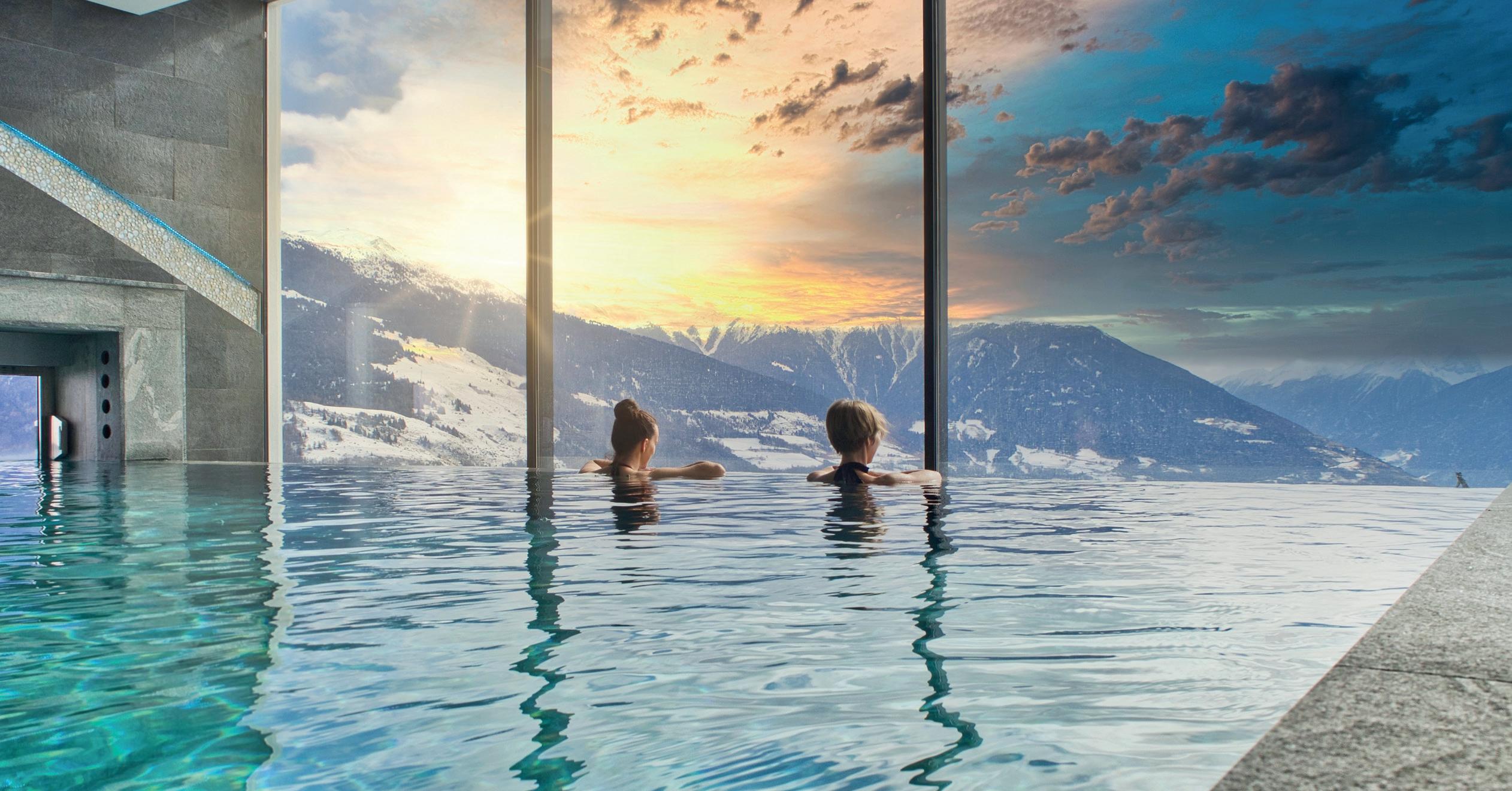
employment in the US spa industry, but this has been reduced to under 25,000. In an industry that focuses on numbers and trends, this is actually one area in which a decline is actually good news.
Looking at specific occupational categories, there are 17,760 service provider job openings, of which just under 3,500 are aestheticians and 12,280 are massage therapists. What’s more, the most recent analysis shows 300 unstaffed spa director positions and a further 1,000 openings for spa managers.
It’s clear that the many ongoing recruitment initiatives and coordinated efforts are helping to reduce what has been a stubbornly high number of vacancies for several years. This should be celebrated as an industry-wide success story and it will be a key data point to track going forward to see if the downward trend continues.
At the 2025 ISPA conference this year in Colorado Springs, there was a distinct feeling of optimism rising from the encouraging revenue and employment metrics. Yet even in the clear Colorado air, it was evident that there were some gathering clouds on the horizon.
Respondents to the ISPA study noted several significant challenges. Concerns include inflation, ageing facilities, saturated local markets, improving profit margins and growing retail sales in what is a highly competitive environment. And, of course, the emerging elephant in the room – trade tariffs. With spas needing to import so many business essentials, this will be one of the most vital aspects that will need to be monitored closely in the coming months. It’s also linked to an essential truth – if tourism numbers to the US decline, this will inevitably have an adverse spin-off effect.
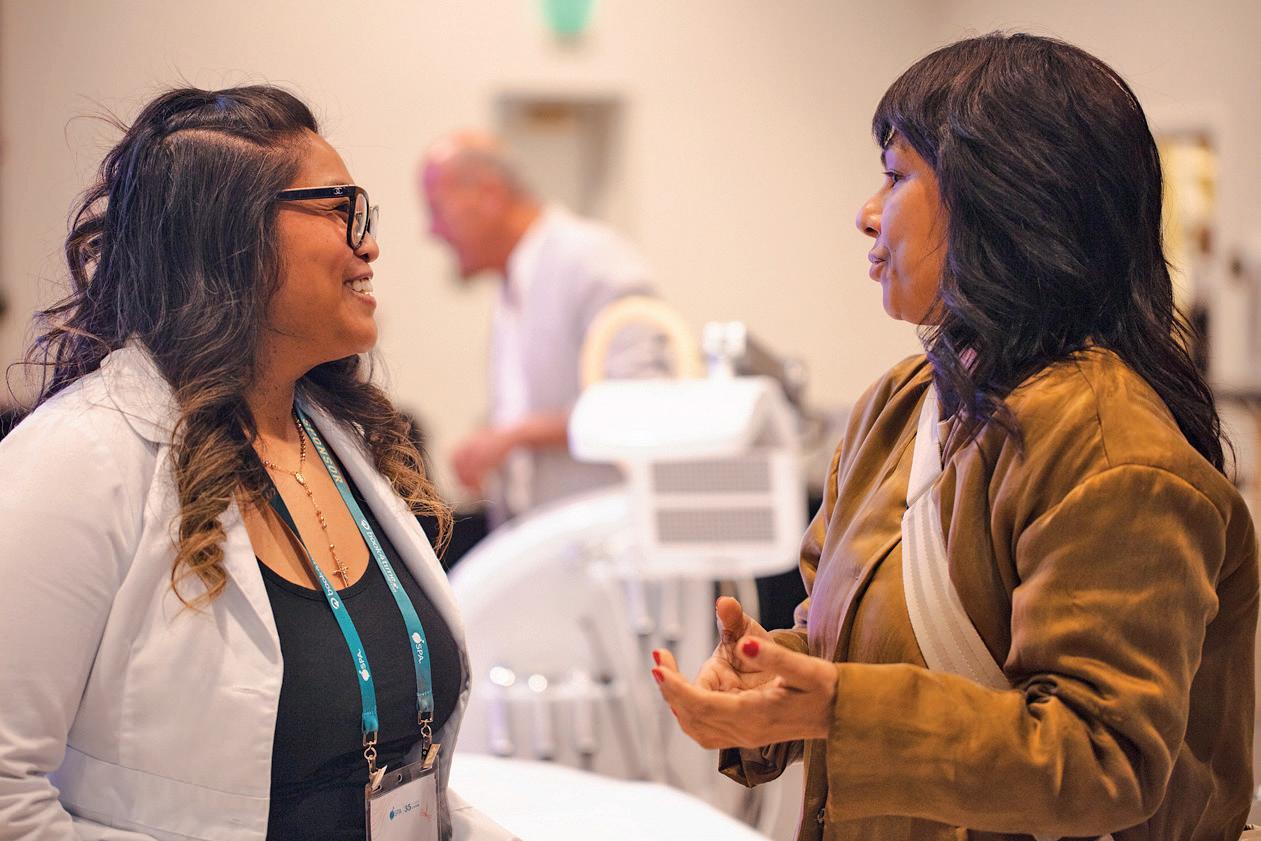
More
2,800
The huge drop in job vacancies should be celebrated as an industry-wide success
On a more upbeat note, study respondents also highlighted opportunities for development. There’s a major trend towards spas being increasingly woven into wellness lifestyles, with younger demographics embracing them as part of ongoing health routines – pointing to significant potential growth for the industry.” l
• A full copy of the 2025 ISPA US Spa Industry Study is available at experienceispa.com.
Colin Mcilheney, former global research lead at PwC, has worked on the ISPA Spa Industry Study since its inception in 2000. He’s drilled down into its latest figures exclusively for Spa Business magazine. To find out more about the man behind the numbers, see p22.
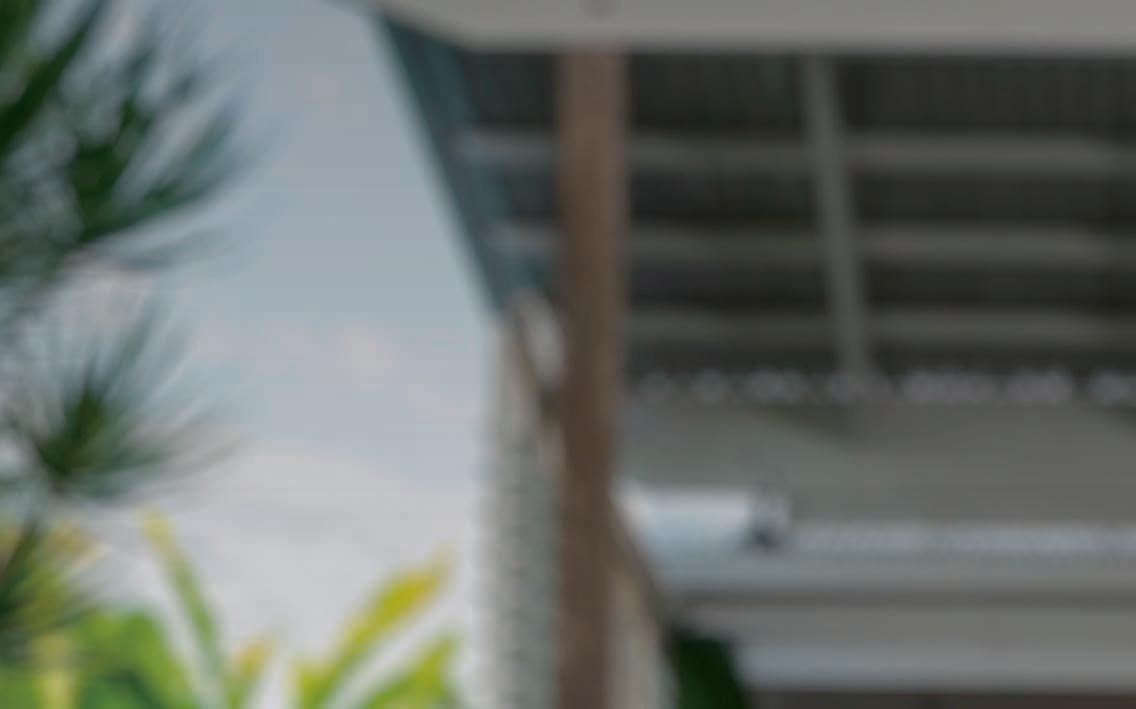


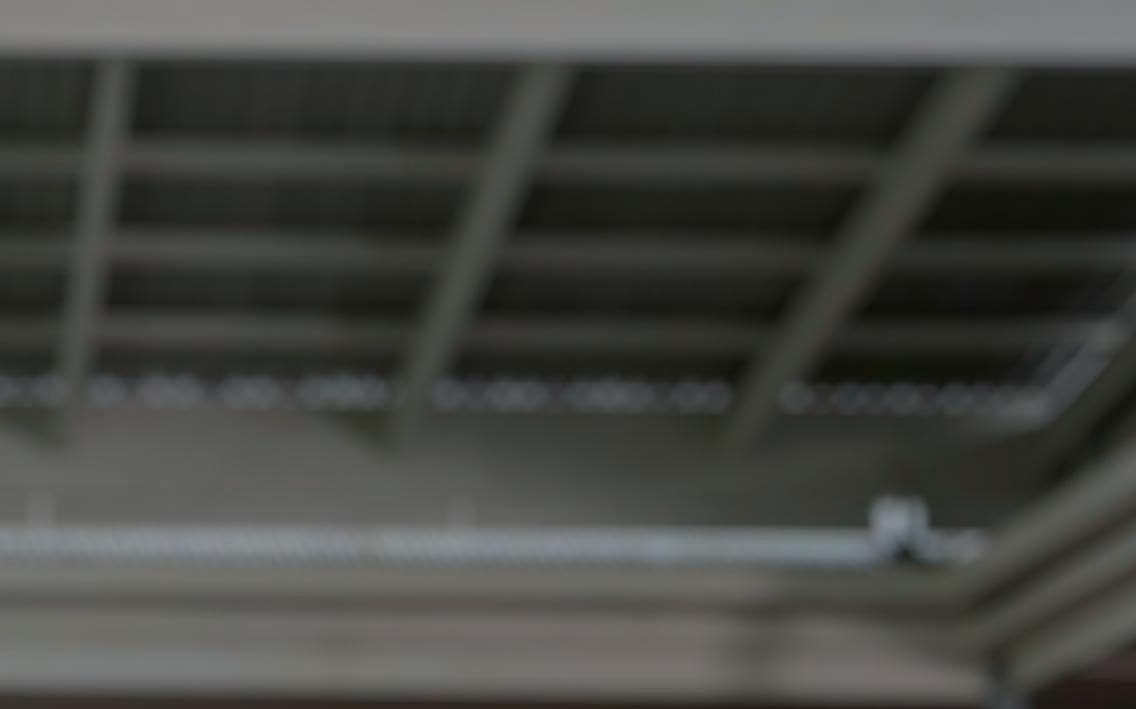
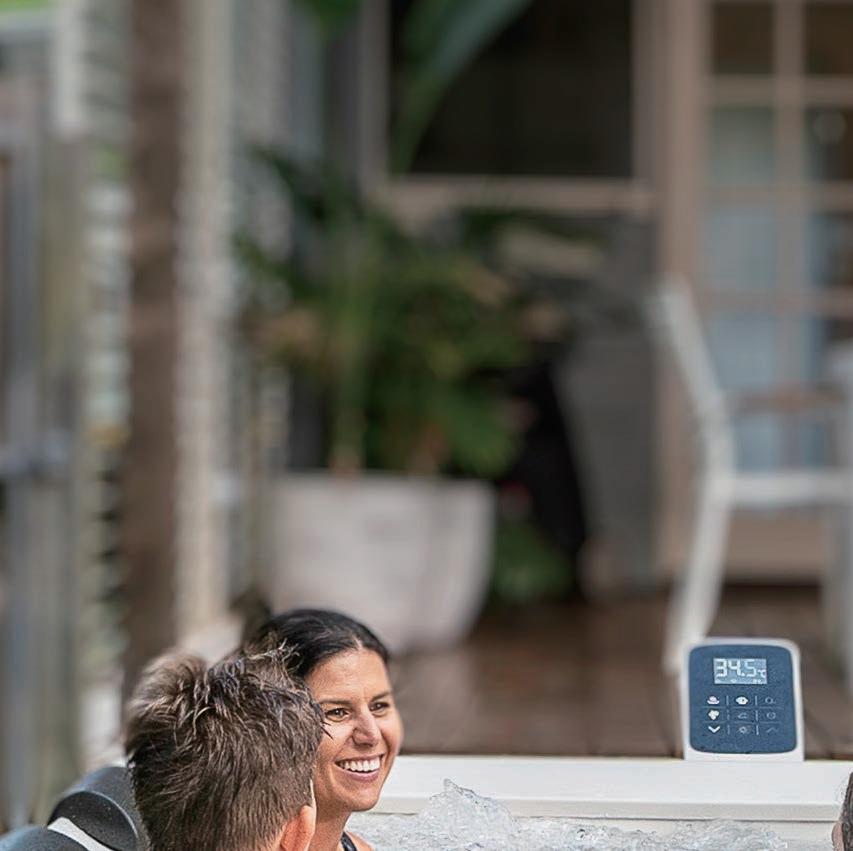
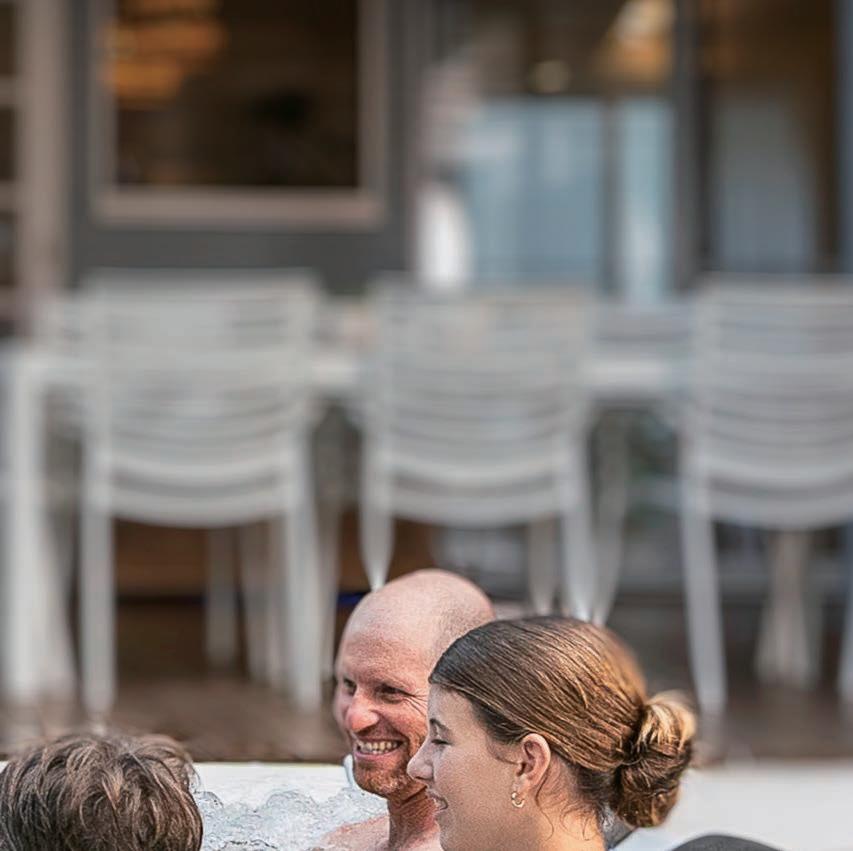

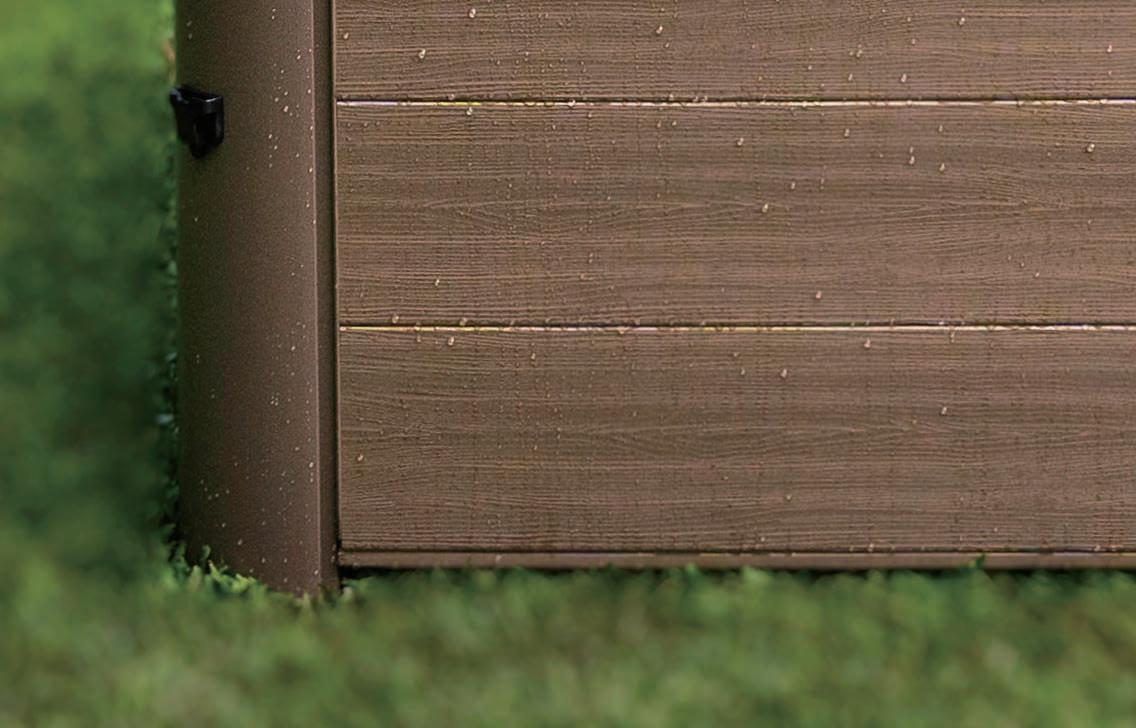
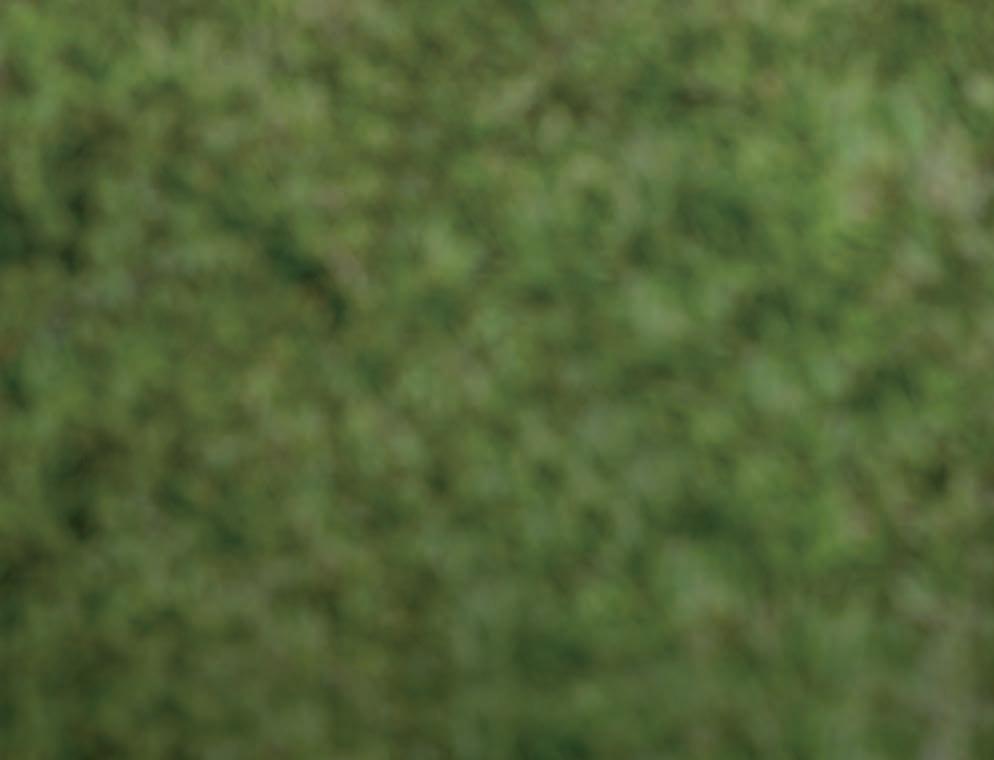


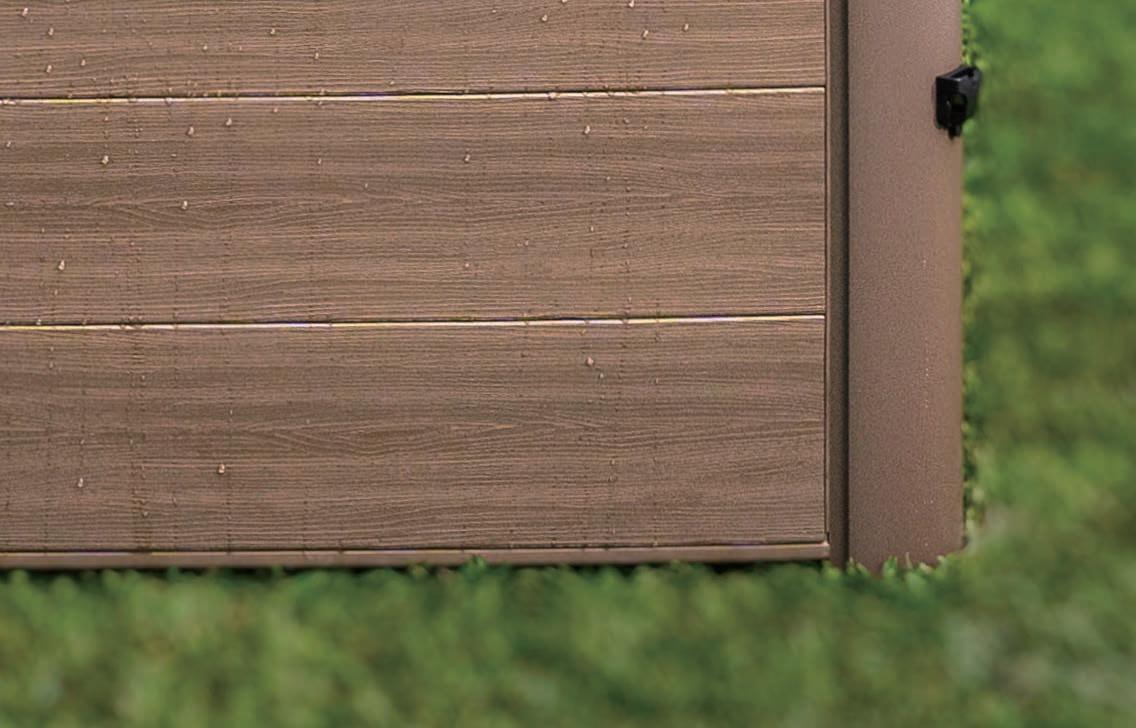

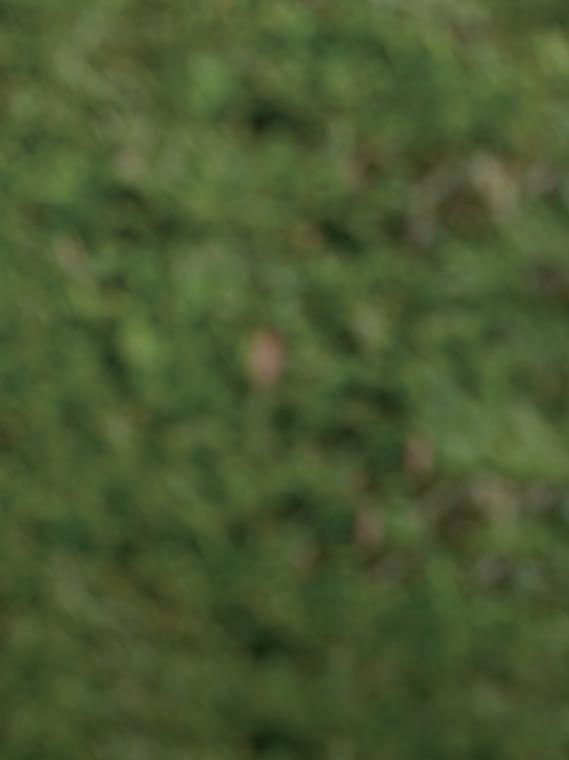
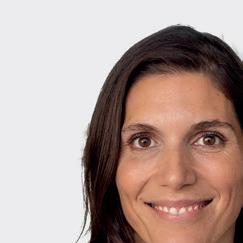


Collagen stimulation and protection is the essence of prerejuvenation. Our innovative formula, powered by botanical advanced research, provides both Eve Merinville, Comfort Zone
Comfort Zone is launching an innovative facial and two new home care formulae to deliver skin tone and longevity
With consumer demand for youthful, healthy skin on the rise, collagen has become a central focus in skincare. Addressing this trend, Comfort Zone is expanding its Skin Regimen LX pro-longevity line.
The new Longevity Pro Collagen Facial has been designed to stimulate and protect collagen and two innovative products – Longevity Collagen+ Serum and Instant Smoothing Dry Sheet Mask– have been developed to upgrade the home care routine for clinically-proven, firmer, revitalised skin.
“Collagen stimulation and protection is the essence of prerejuvenation,” says Eve Merinville, innovation and excellence director at Comfort Zone. “Our innovative formula, powered by botanical advanced research, provides both.”
LONGEVITY COLLAGEN+ SERUM
Longevity Collagen+ Serum re-densifying, filler-effect formula is clinically proven to boost natural collagen type I and type III by +40.6 per cent* thanks to its advanced Collagen Pro Complex. Its fluid, biomimetic
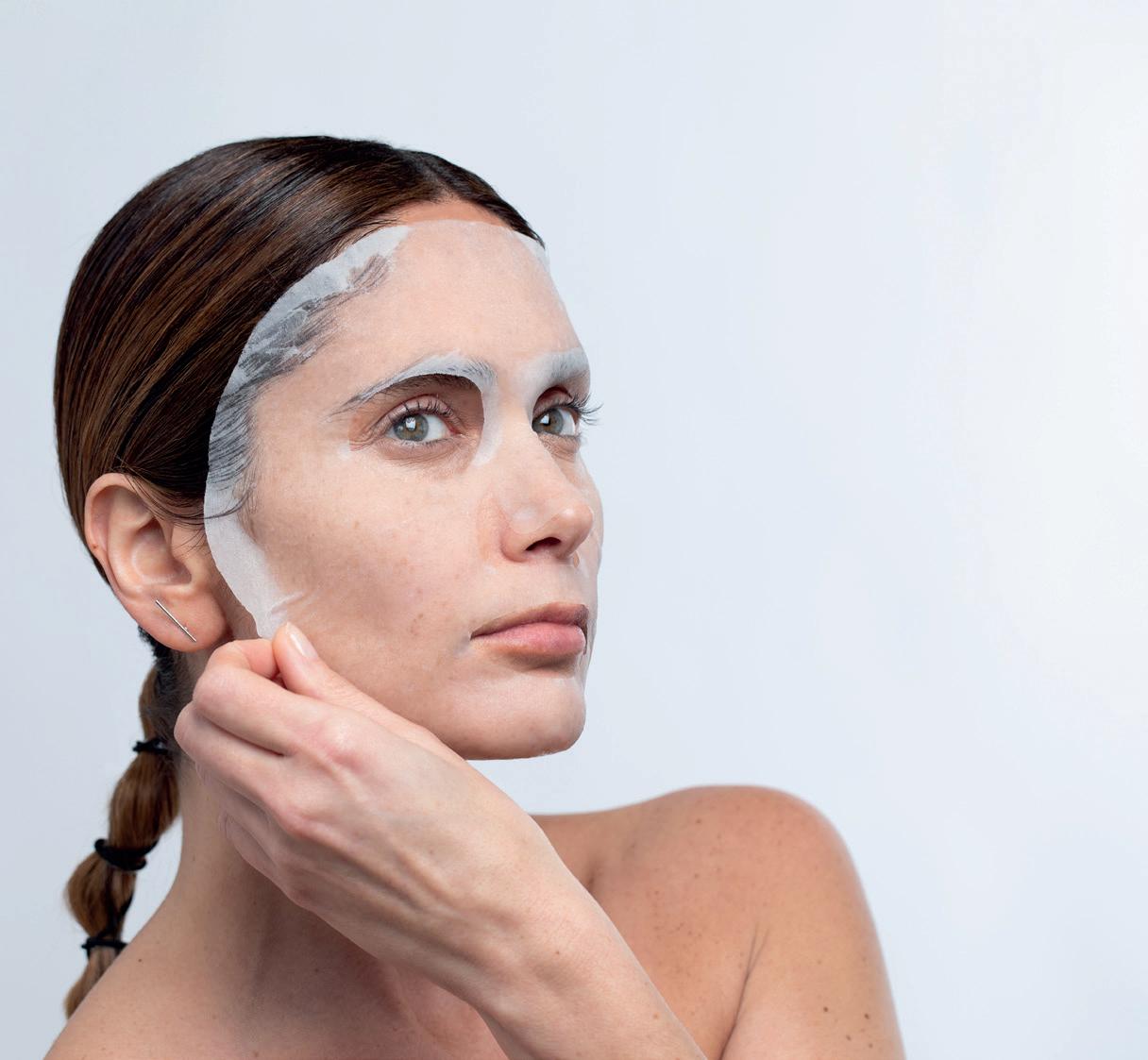
At the heart of these launches is the Collagen Pro Complex – developed by Comfort Zone’s R&D laboratories in Parma, Italy – which mimics the skin’s natural collagen network through a synergistic blend of four advanced, natural-origin, biotechnological ingredients:
1. HYDROLYSED COLLAGEN
This is created using sustainable biotech methods and stimulates the production of type I and type III collagen and elastin, by replicating the amino acid sequence of type I collagen that’s found naturally in the skin.
2. LEMON BALM EXTRACT
The Comfort Zone Instant Smoothing Dry Sheet Mask delivers radiance and fi rmness
Lemon balm extract boosts type I collagen production and inhibits the production of enzymes that break it down.
3. ACACIA COLLAGEN
This plant-based polymer replicates the structure of animal collagen, enhancing elasticity and hydration.
4. SH-POLYPEPTIDE-123
A high-tech peptide, this supports collagen synthesis while reducing enzymatic degradation.
Longevity Collagen+ Serum from Comfort Zone boosts natural collagen production
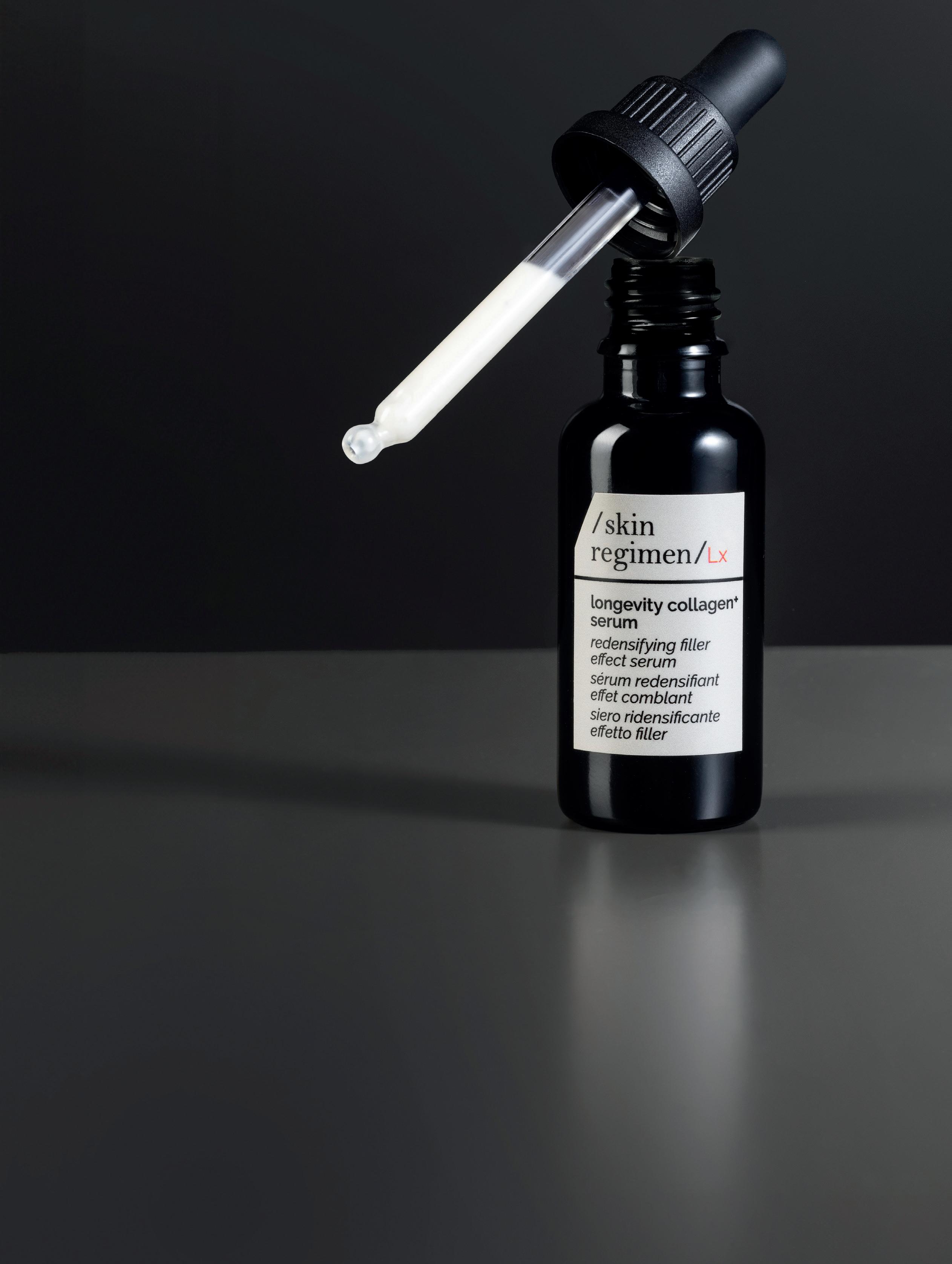
texture is pleasant to use and it absorbs rapidly, delivering an invisible ‘second-skin’ effect.
The serum, like all serums and creams in the line, is powered by Longevity Complex, which is a hallmark of all Comfort Zone Skin Regimen Lx products.
Superfoods and carnitine provide advanced defense against the exposome – the external aggressors, such as UV radiation, urban pollution and cortisol, that accelerate skin ageing and disrupt overall cutaneous health. The complex is clinically proven to protect longevity by delaying cell ageing rates.
This refining and illuminating mask features advanced freeze-drying technology, which concentrates key ingredients – niacinamide, hyaluronic acid, panthenol and carefully selected botanical extracts – into a precious dry sheet for maximum efficacy and sustainability.
With just a few drops of water, it transforms into a freshly-prepared treatment that delivers immediate radiance and firmness to the skin, with 100 per cent of users reporting smoother, firmer skin and a visible reduction in fine lines after just one use.**
For spa professionals, Comfort Zone has unveiled the Longevity Pro Collagen Facial, a 50-minute treatment designed to counteract early signs of ageing and stimulate collagen synthesis and production.
Using an advanced Rolling Roulage Lx massage technique, combined with a professional dry mask infused with collagen-supporting actives, the treatment deeply hydrates and plumps the skin.
According to internal panels, 100 per cent of participants noticed a firmer, smoother complexion after a single session.***
The professional line offers three other targeted facials: Longevity Vitaminic for radiance and hydration, Longevity Peel for lifting and firming and Longevity Detox to purify and protect skin exposed to urban stressors. l l Eve Merinville is innovation and excellence director at Comfort Zone More: www.comfortzoneskin.com
NB: Longevity Complex is a trademark of Comfort Zone
*In vitro test on ingredients **Independent laboratory, self-assessment, 20 women, after one application ***Internal professional panel, self-assessment, 20 women
by Katie Barnes, editor and Helen Andrews, head of news
pressures, rising
shifting
Two surveys, two perspectives, one clear picture – the UK spa industry is evolving. Data recently released by the UK Spa Association (UKSA) highlights the challenges facing operators. Figures from the organisation, which boasts hundreds of industry members, show that therapist salaries are increasing, unfilled roles remain a concern and hitting budget targets is the top challenge. Meanwhile, fresh insights from the Good Spa Guide (GSG), one of the country’s leading organisations for rating and reviewing facilities, reveal the habits and demands of spa-goers in the country.
The overall UK wellness market is valued at £165.8 billion (US$223.8bn, €192.2 billion), according to
the Global Wellness Institute and is ranked fifth out of 218 countries. It has close to 3,800 spas worth £2.4 billion (US$3.2 billion, €2.7 billion). Together, the studies home in on the changes necessary to thrive in such a competitive and growing market.
Modest but meaningful salary rises and budget constraints are takeaways from the UKSA’s 2025 State of the Spa Industry Survey, which canvassed opinions of 108 spa operators across the nation. The results were presented by Bobby Griffiths, the association’s general manager, at its annual networking event recently at Center Parcs Woburn Forest. The majority (58 per cent) of

There’s a growing trend towards longer and more frequent spa stays in the UK
(rounded up to the nearest thousand)
2025 responses fall in the hotel spa category, with the remainder split relatively evenly across destination, resort, day and boutique spas.
£22K
£23K
£24K
£25K
£26K
£27K
£28K
£29K
£30K
£31K
£32K
£33K
£34K
£35K
£36K Over £36k
£25K £26K
£29K
*Source: State of the Spa Industry Survey, UK Spa Association, 2025
Notably, the UKSA’s survey shows that the top two average salaries for the country’s full-time therapists in 2025 are £27k (US$36.4k, €31.2k) and £28k (US$37.8k, €32.4k) as shown in Diagram 1. These have gone up slightly from last year, when the top two average salaries were £25k (US$33.7k, €28.9k) and £26k (US$35.1k, €30.1k).
Interestingly, some spas are turning to service charges as an alternative lever. “We’re seeing 7 per cent of operators now adding a service charge – useful for rewarding staff when direct pay increases aren’t feasible,” Griffiths says.
While the wage trend is positive, demands on operators are clear. “There’s a massive pressure on pushing maximising profit, but many spas are still based on a lack of investment, which would then allow them to maximise profits,” Griffiths explains. In fact, hitting budget is now the top concern for spa managers (21 per cent), superseding the usual worries about workforce. Other challenges identified include retail training (14 per cent), mental health/morale (14 per cent) and, significantly, recruitment (18 per cent).
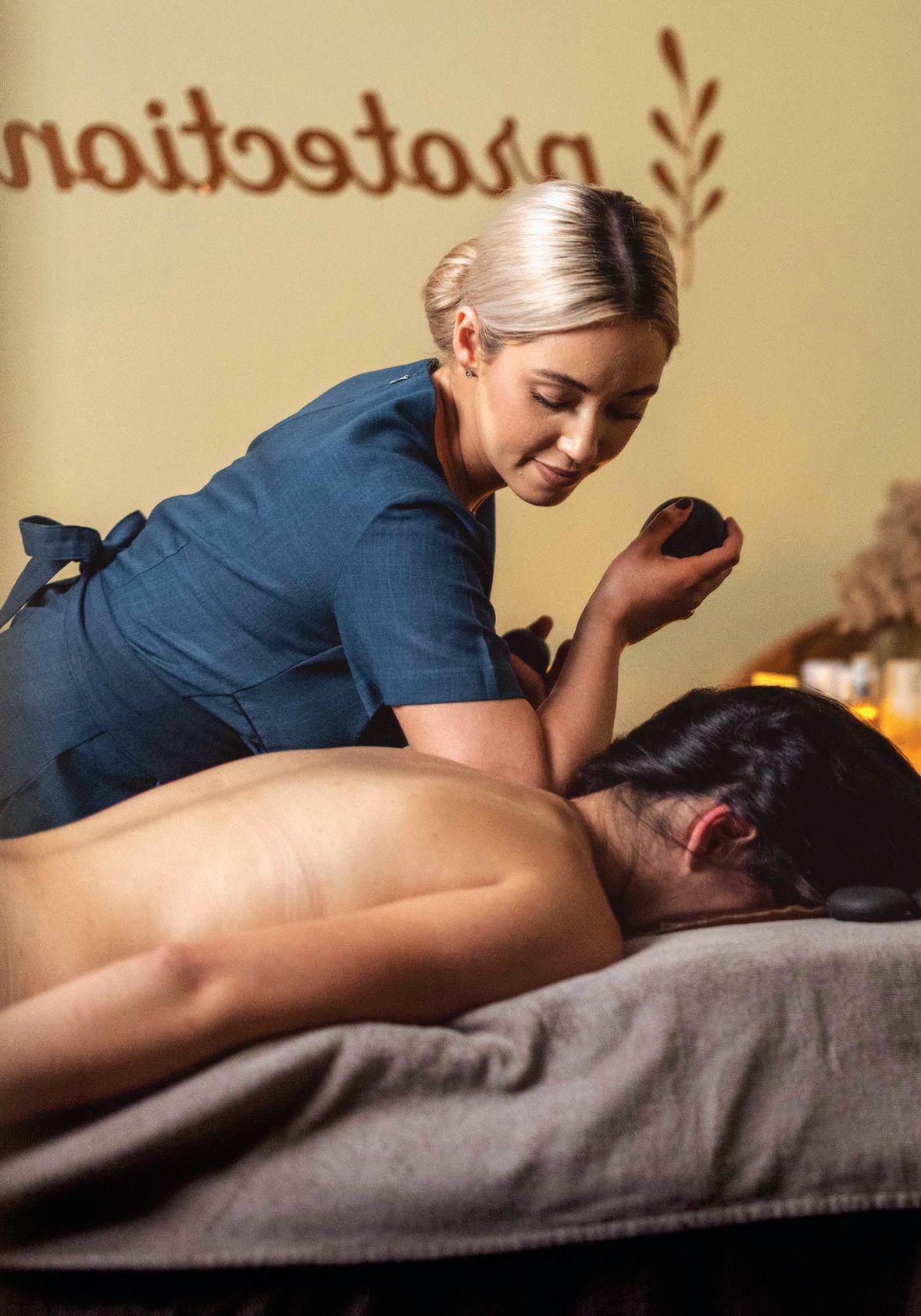
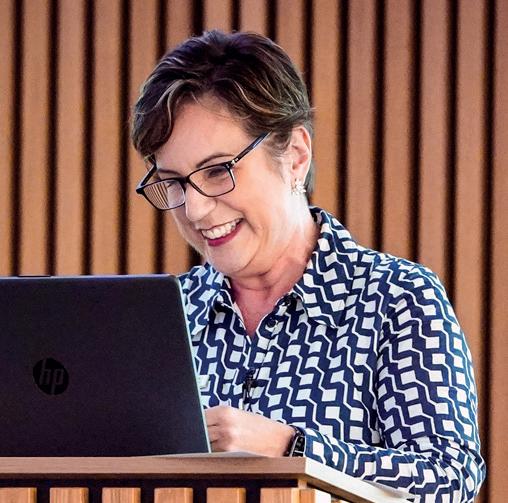
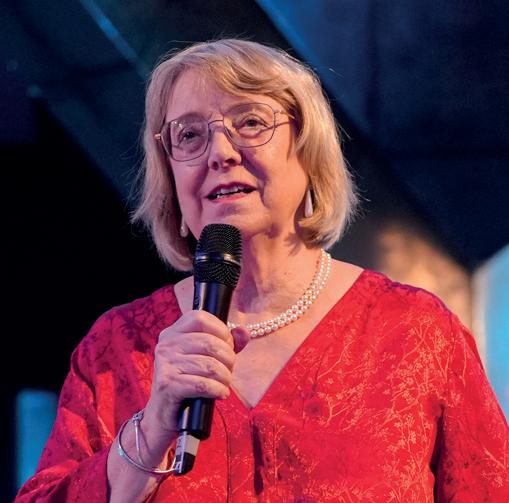
The top two salary brackets fall between
Finding staff remains problematic, Griffiths says, but signs point to incremental improvement: 35 per cent of spas report unfilled therapist roles in 2025, down from 44 per cent in 2024. However, with 11 per cent saying roles have remained open for over six months – and 7 per cent under a hiring freeze due to rises in national insurance in the UK – the talent pipeline is still under strain.
Spa operators feel competitive salary is the main factor therapists consider when accepting a role (17 per cent), followed by training and development
Between £50-£75 (US$67- US$101, €58-€87) 8%
Between £75-£100 (US$101-US$135, €87-€115)
Between £100-£200 (US$135-US$269, €115-€231) 50%
Between £200-£300 (US$269-US$404, €231-€346)
£300+ (US$404+, €346+)
*Source: State of Spa Report, Good Spa Guide, 2025
One of the most notable findings was the strong dislike of mobiles in spas
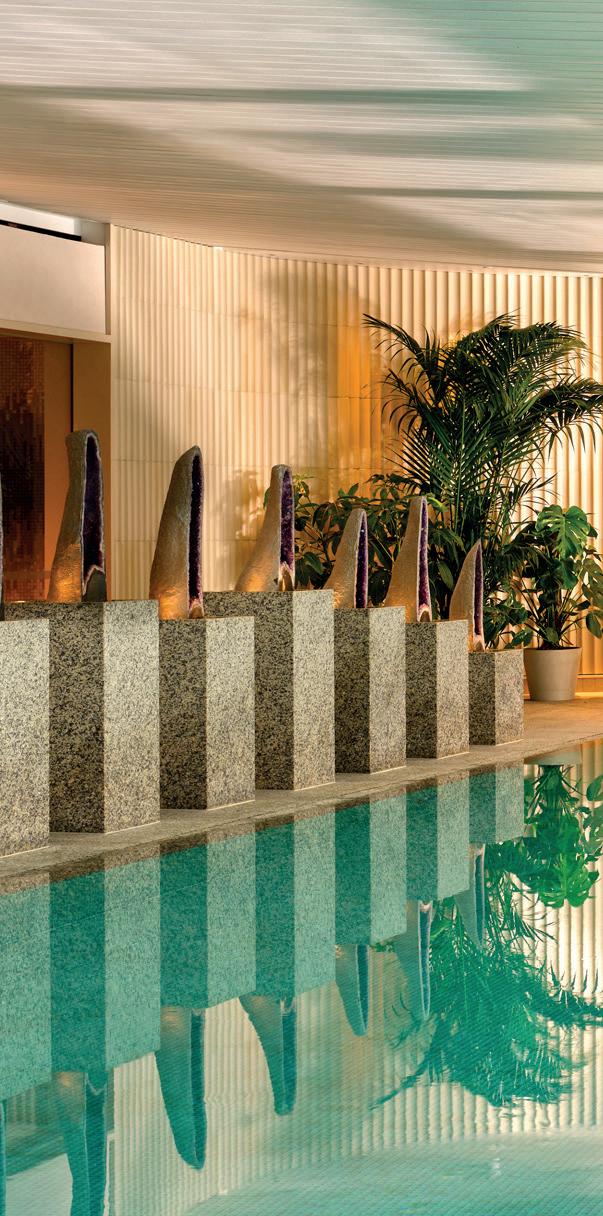
opportunities (12 per cent) and massage limits or an RSI points system (12 per cent).
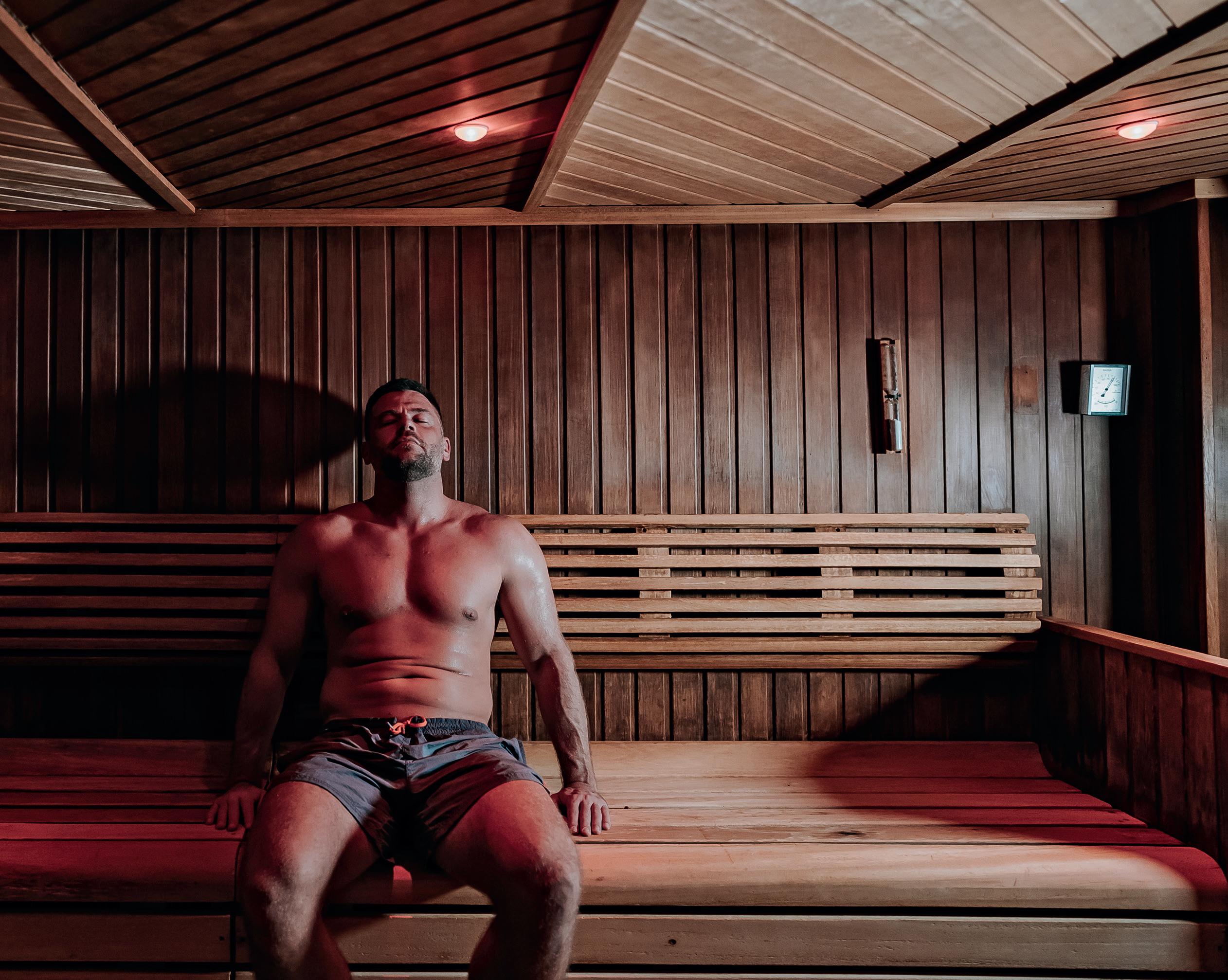
“Even if a site is struggling to be able to offer other benefits, a massage limit is very easy for a venue to be able to offer to show care for their staff,” Griffiths concludes.
What entices UK consumers to book one spa over another, what factors make them return, what elements they enjoy the most about their spa experiences and what they’d like to see less of were some of the key questions for this year’s State of Spa Report by the GSG
Its latest data is based on the feedback of 2,557 participants and the findings were first announced by GSG founder Daphne Metland at the latest Spa Life UK convention.
Fifty-seven per cent of spa-goers in the UK consider facilities, such as whether there’s a pool or a relaxation space, before choosing one spa over another, the GSG report shows. Meanwhile, 69 per cent are put off by reading poor reviews of a spa, with lack of value for money coming in a close second.
When asked what they enjoy most about a spa day, 59 per cent say it’s about the indulgence of spa time, 56 per cent enjoy using the facilities and 51 per cent say the treatments.
Sixty-one per cent of survey participants say they’re likely to re-book at a spa they’ve already been to if offered a discount for a return visit. More than half also say that excellent customer service influences them to come back.
Fifty-seven per cent of visitors check out spa facilities before booking
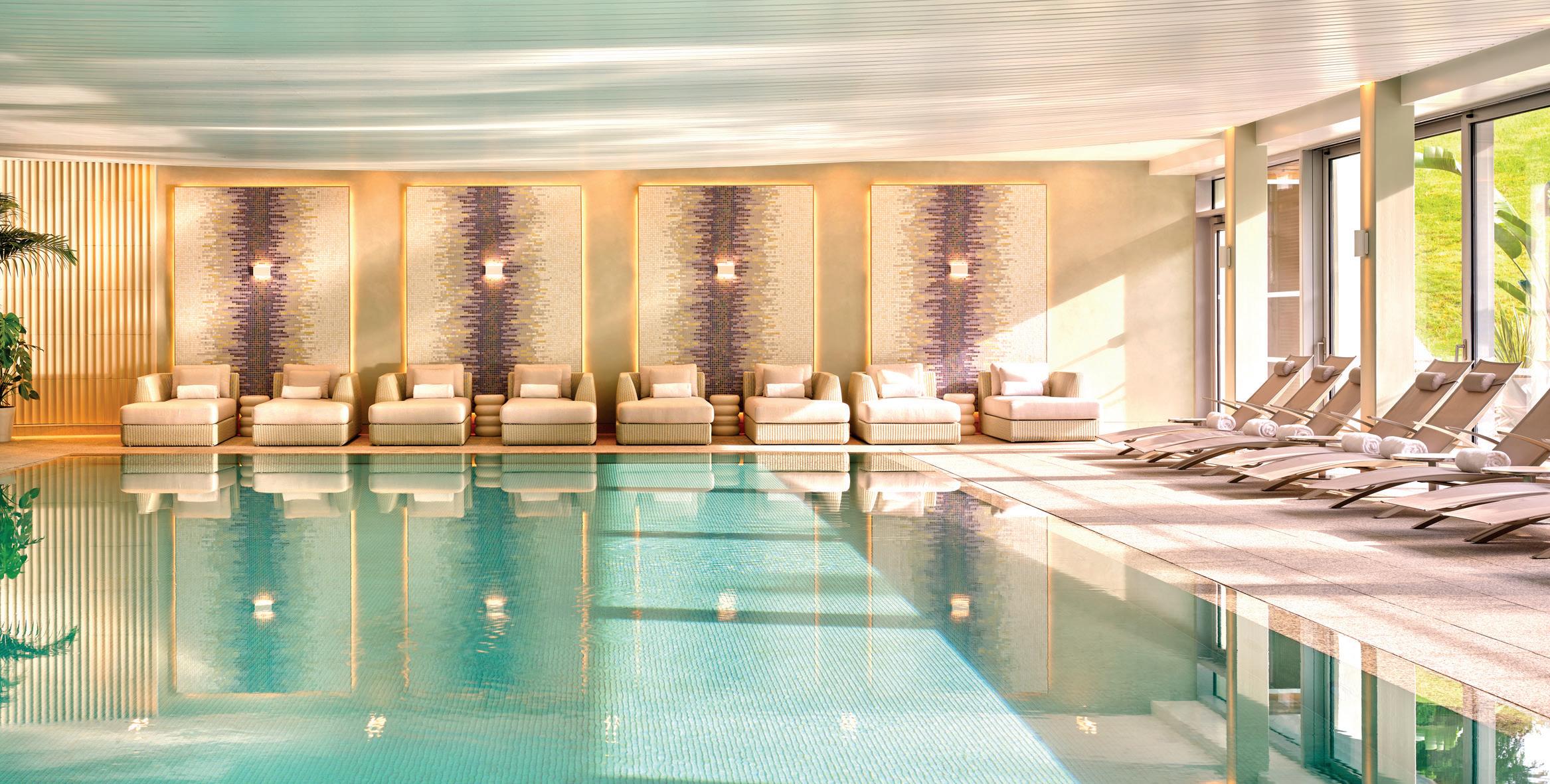
This year’s GSG Award winners were also revealed at the Spa Life UK convention. More than 248,000 consumers voted for their favourite facilities with accolades going to the following facilities:
Best Spa for Wellness: Ragdale Hall Spa
Best Destination Spa: Lodore Falls Hotel and Spa
Best Hotel Spa: The Woodland Spa
Best Day Spa: The Spa Hotel at Ribby Hall Village
Best City Spa: Thermae Bath Spa
Best Boutique Spa: Yorkshire Spa Retreat
Best Spa for Sustainability:
The Well Spa at Bluestone National Park Resort
Best Traditional Spa Experience: Turkish Baths Harrogate
When questioned about worries, 71 per cent of UK spa visitors say their main concern is that a spa will be too busy during their visit. Not feeling body confident is a top concern for 25 per cent and 27 per cent are anxious about unexpected costs they may incur at a spa.
“One of the most notable findings from our survey was the strong dislike of mobile phones in a spa,” reveals Metland, adding that most people would like to see a ban on mobile phones in spas and are irritated when others ignore the rules. Survey participants left comments on this topic, such as ‘I hate it when mobile phones are allowed’ and ‘I do not like relaxing in the sauna or pool with someone filming for their Instagram’. They also aired their disappointment about outdoor areas that are dominated by people on their phones, taking selfies, drinking and vaping.
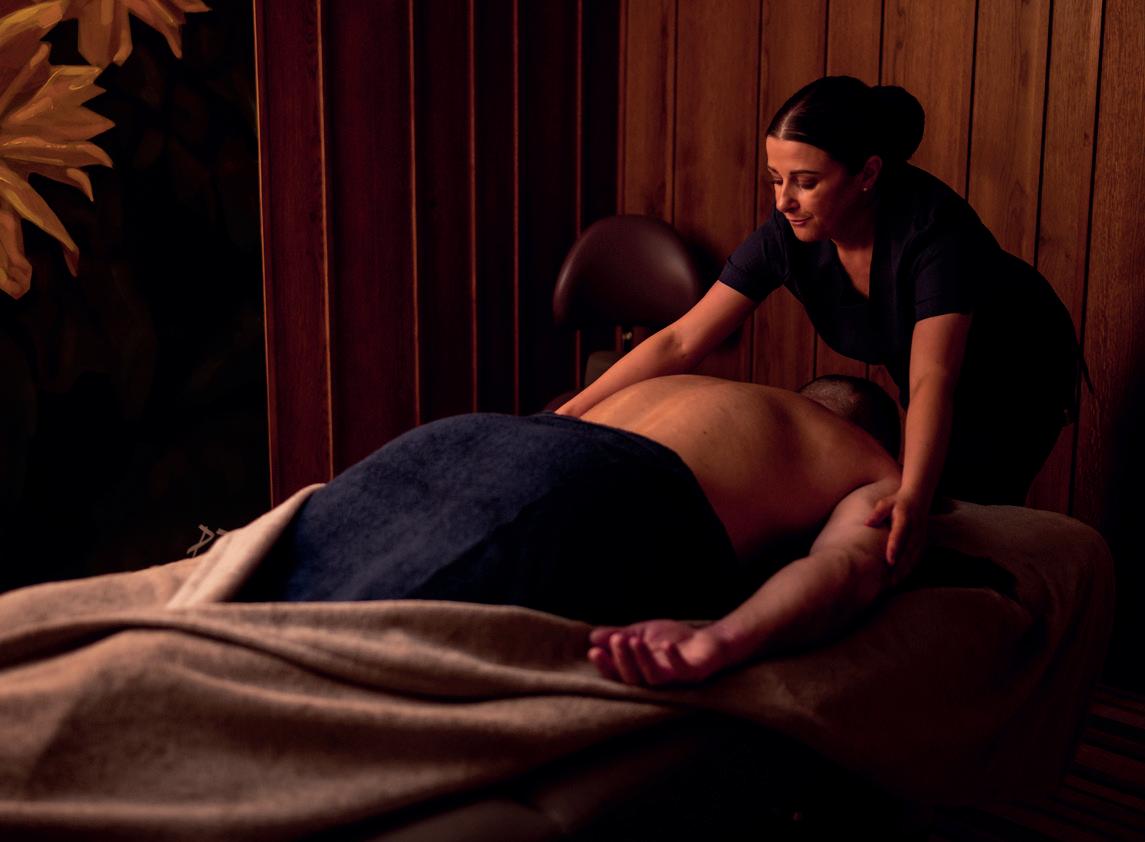
More than half of UK spa goers want value for money when visiting, with 50 per cent revealing that they plan to spend between £100-£200 (US$135-US$269, €115-€231) on a spa day, as shown in Diagram 2.
In conclusion, Metland highlights two more positive findings. “Our survey results reaffirmed the role spas play in people’s wellbeing. Some clients say spas are so vital to their mental health that they go several times a year and others believe treatments should be funded by the National Health Service,” she says.
“In addition, we’ve noted a trend towards spa stays, with people saying a day at a spa is not long enough. Examples of feedback: ‘We book a couple of spa stays a year so we can have real together time’ and ‘I take two spa breaks a year – one local for a couple of days and one further afield for longer’.” l
For a full copy of the UKSA’s State of the Spa Industry Survey 2025, including regional breakdowns, email manager@spa-uk.org
For a full copy of the GSG’s State of Spa Report 2025, email rebeccaholmes@goodspaguide.co.uk
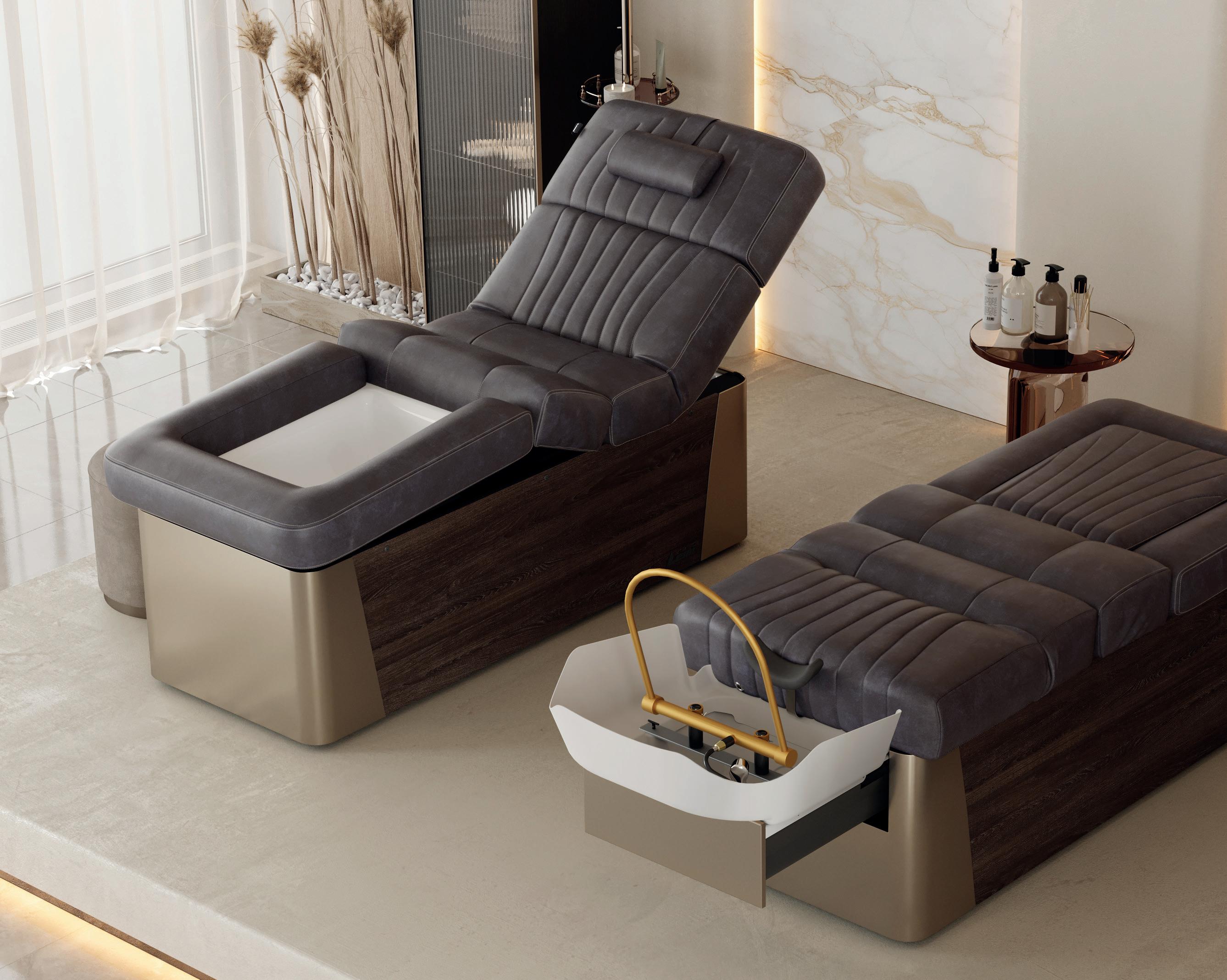
Lemi’s Venice Head Spa combines the beauty of Italian design with fine-tuned technology to provide the ultimate top-to-toe treatment station for spas
Leading Italian spa bed manufacturer
Lemi has introduced its Venice Head Spa, which blurs the boundary between ancient ritual and advanced technology.
The multifunctional massage bed has redefined the top-to-toe treatment experience for luxury wellness. More than just a functional treatment tool, it’s a complete multisensory station that offers refined aesthetics and advanced ergonomics.
Three functions coexist in a single station –massage, manicure/pedicure and Japanese Head Spa. This allows spas to optimise their available space with the Venice Head Spa without giving up on offering multiple premium experiences and transforming every treatment into a moment of complete care.
At the heart of Lemi’s head spa is the retractable wash basin, an exclusive feature inspired by the Japanese head spa tradition, which has been a part of the country’s wellness culture for centuries. Thanks to a gentle and continuous arch of water, the treatment is elevated into a relaxing ritual for clients. The head is caressed by a steady flow that stimulates circulation, relaxes the muscles and guides the mind into a state of profound balance. It’s not simply a wash, but a truly holistic experience that blends physical wellbeing and inner harmony, enriching the spa menu with an innovative and highly sensorial treatment.
Alongside this function is the pedicure tub with hydromassage, designed to provide maximum comfort and a delightful sensation of lightness to the feet, offering relief and overall wellbeing. The experience is further completed by the ability to perform manicures on the same station:
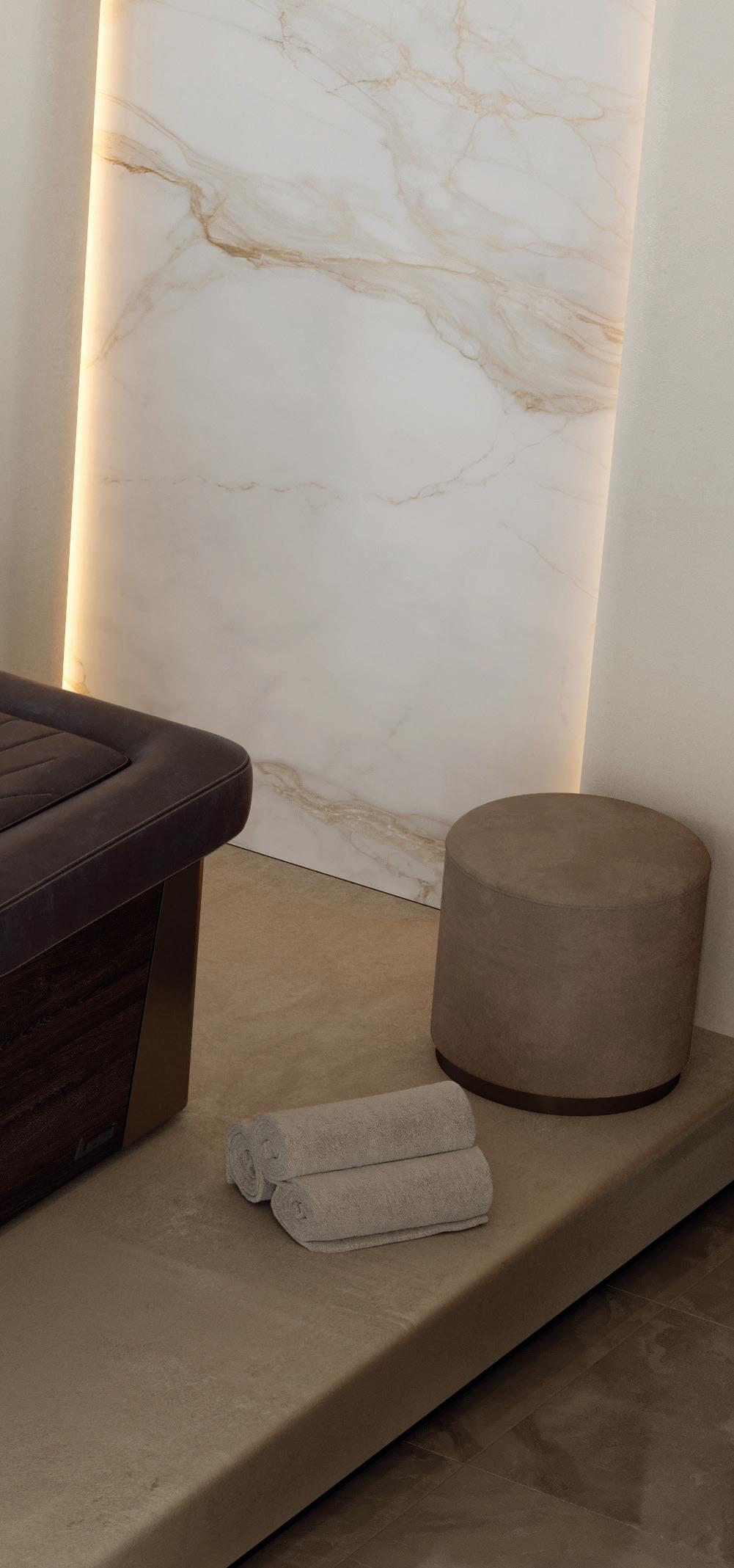
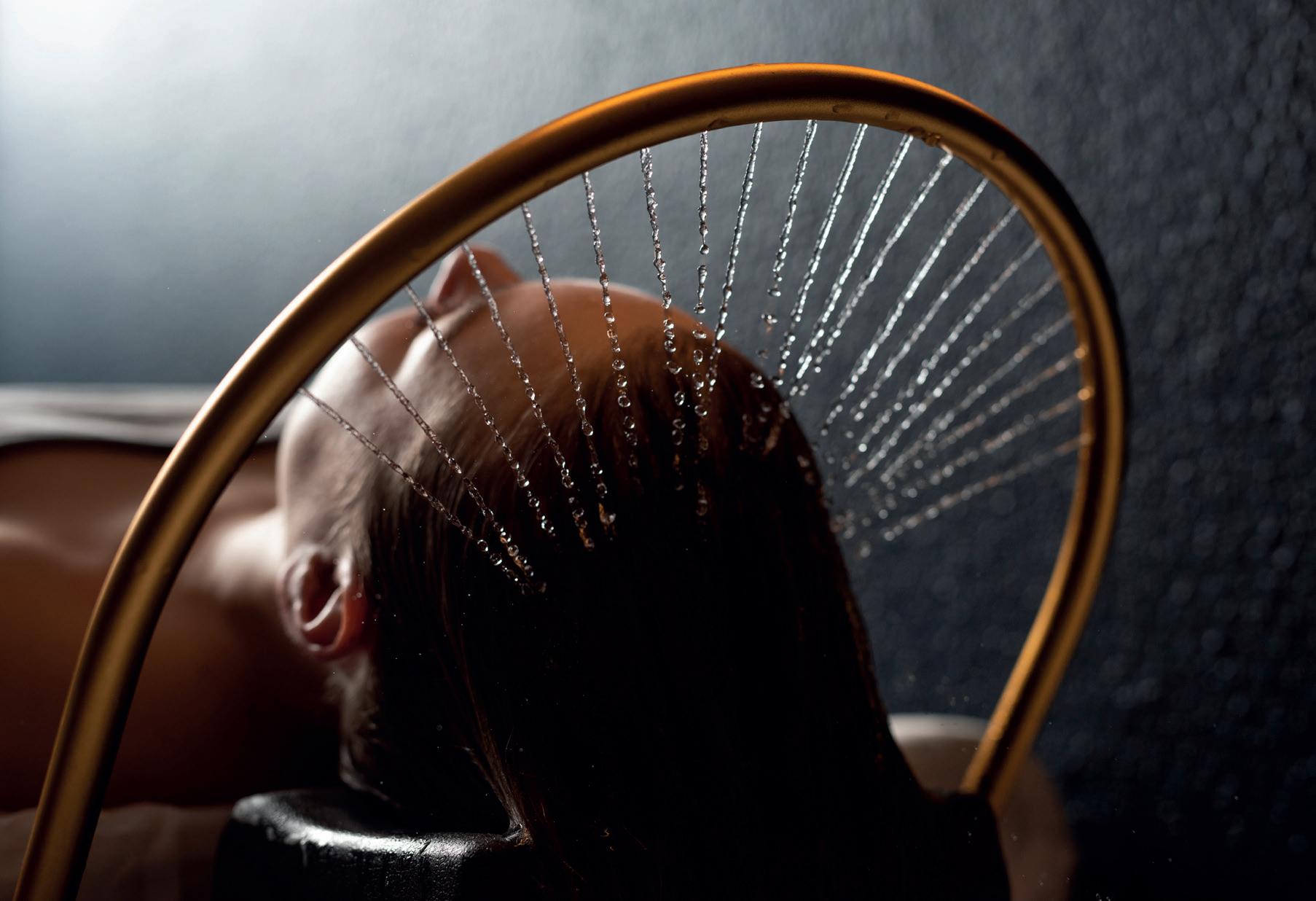
The head spa’s continuous arch of flowing water delivers a relaxing ritual
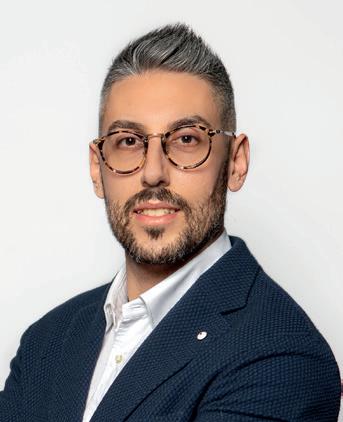
hands and nails can be treated with precision and care in an ergonomic setting that allows the therapist to work comfortably, while the client enjoys a refined moment of relaxation. In this way, the Venice Head Spa becomes its own complete island dedicated to all-round wellness.
An advanced memory foam mattress designed by LEMI ensures client comfort. Every adjustment – height, backrest and leg rest – is fully electric, allowing the therapist to fine-tune the position with millimetric precision and work with perfect ergonomics.
Smart functions, such as the memory position dedicated to hair washing or the END function, which automatically brings the bed back to the end-of-treatment position, further simplify the operator’s work. The mattress covering is also antibacterial and fire-resistant, with a removable horseshoe-shaped headrest.
The Venice Head Spa is an attractive design piece, showing that technical innovation
Every detail is conceived to turn the treatment into a sensory narrative
Matteo Brusaferri
does not exclude aesthetic elegance. The bed’s refined lines, premium materials and complete set of customisation options make it a valuable addition to the premium wellness environments.
Matteo Brusaferri, GM of Lemi Group, says: “Our Venice Head Spa combines technology, ergonomics and Italian craftsmanship all in one. Every detail is conceived to turn the treatment into a sensory narrative, where aesthetics, functionality and ritual merge into an unprecedented experience.
“Its not just a work tool for spas, but a strong statement of intent: an invitation to rediscover the value of time, slowness and the profound care of body and mind.
“With this creation, LEMI reaffirms its leadership in the sector, proving how innovation and tradition can come together to rewrite the codes of wellness. Venice Head Spa is not only the future of treatment: it’s the promise of a new art of care.” l
More: www.lemispa.com/en

Lush could be one of the spa industry’s best-kept secrets. Its name is synonymous with brightly-coloured, scented bath bombs, haircare bars, masks, muds and soaps. Yet the high street retailer has also built up a string of day spas around the world and is teasing an entry into hospitality.
Fresh from interviewing the brand’s spa and make-up lead, Kayley Thomas (see p16), I tried out a treatment in Lush Glasgow. Having opened in March 2024, the Scottish site is one of the newest out of Lush’s 20 spas globally and I’m immediately greeted by a giant sink overflowing with continuously expanding bath foam as store assistants laugh.
The brand’s playfully-named cosmetics are neatly piled high on every surface in all the colours of the rainbow. The music and scents compete for my attention as a smiling team member directs me to the Lush Spa on the second floor. In the yellow colour-drenched spa reception, the

Helen Andrews tries out a theatrical sensory treatment by cosmetics high street retailer Lush
sound of the party downstairs is quieter and the chirp of relaxing birdsong takes over. The birds are recorded by Lush co-founder Mark Constantine, along with fellow bird aficionados, and soundscapes for treatments are woven together by musicians at Lush Fresh Handmade Sound.
My spa therapist invites me into the pre-treatment space for a consultation. The full-body treatment I’m having – called Synaesthesia – is based on the perceptual phenomenon known as an overlapping of the senses. This is when people, including Constantine, experience colours or perceive taste when they listen to music or smell certain scents.
I’m asked to look at a board with 11 words, or ‘intentions’, written on it and choose one. From options such as Courage, Empowerment and Belonging, I rebelliously choose Mischief and write it on the chalkboard provided.
Synaesthesia combines a custom soundscape with an aromatherapy show
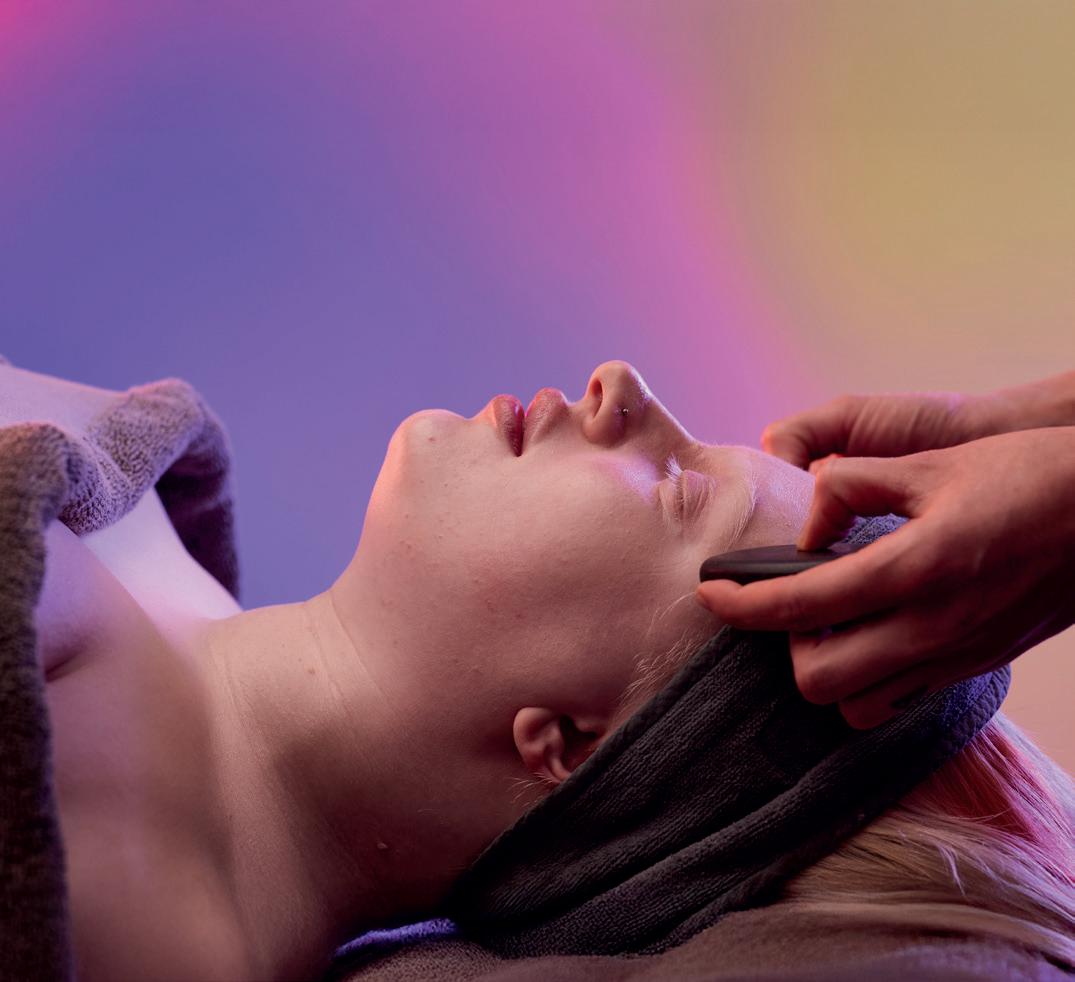
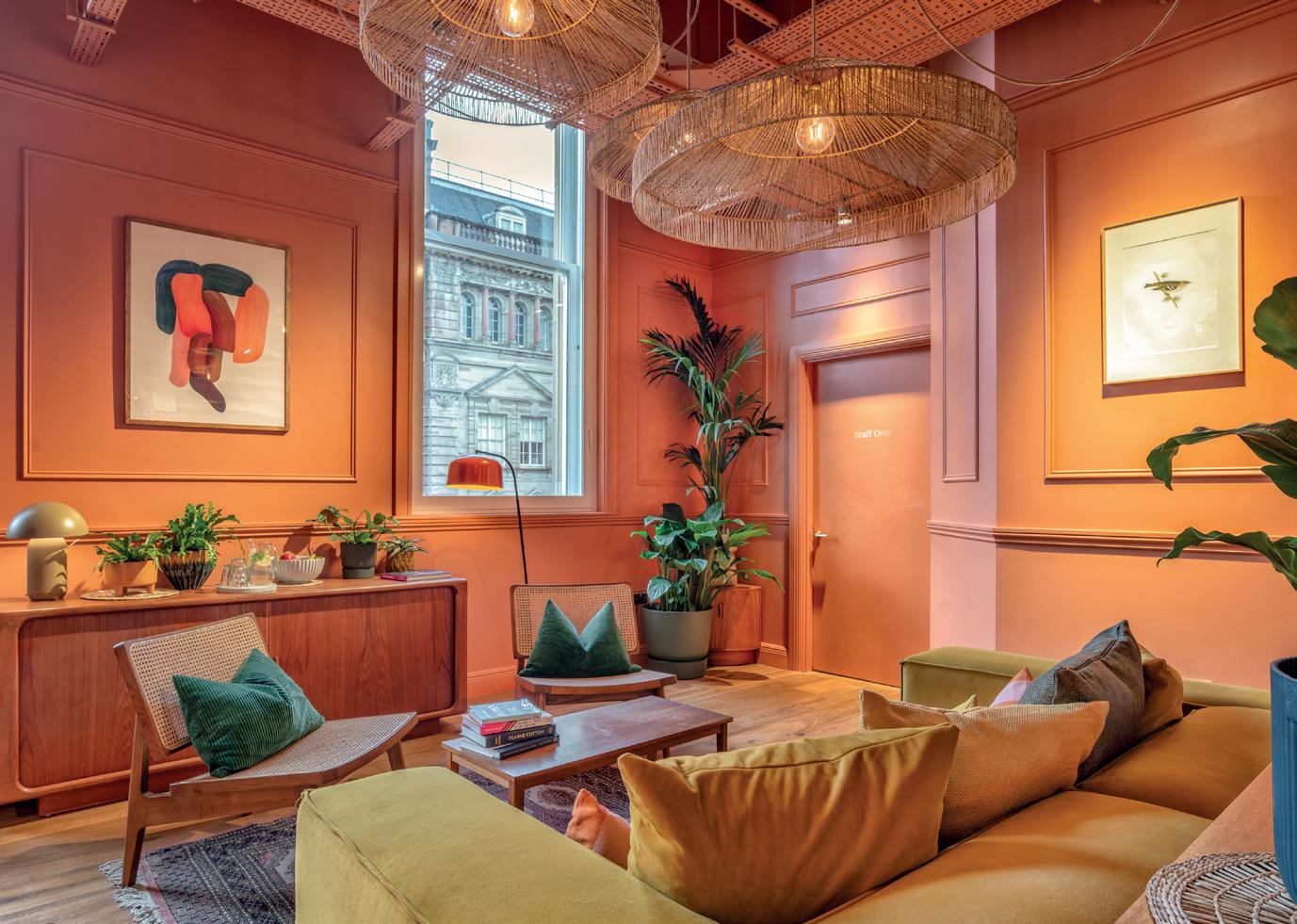
I’m greeted by a giant sink overflowing with expanding bath foam
Another tray is produced, covered in various vials of different colours with little brown tags and single words on them again. Very Alice in Wonderland. Concerned I haven’t been able to sniff anything yet, I pick a small pink tonic with the word Hug on it.
The therapist leads me to a serene treatment room. She has a table ready with a jojobainfused massage bar engraved with the word Mischief next to the chalkboard, a bath bomb and my chosen Hug tonic.
Asked to take my socks and shoes off, she starts the spectacle, pouring a small amount of the tonic into a glass flask, which instantly fizzes with a liquid gas that smells herbal and spicy. The effervescent solution cascades over the brim of the vessel and expands across the floor, tickling my feet. This is not your average aromatherapy.
The Mischief bath bomb is then released into a bowl of water that similarly bubbles over. It creates an even thicker carpet of vapour, reminiscent of morning dew. All part of the show, the therapist puts this bowl under the treatment bed and leaves me to get ready in a space infused with tangy floral scents.
On her return, birds begin to tweet. Lush Fresh Handmade Sound collaborated with The Nightjar Orchestra to produce the soundscape for this 80-minute treatment. The

birds, the music and the massage work together to create an immersive sensory experience, representing a full 24 hours in the countryside. The body massage bar is the only skincare required as the treatment begins at my scalp, face and arms before travelling down the front of the legs and feet. Hot stones placed on my stomach and chest provide a comforting cocoon effect and when they are removed, I feel refreshed.
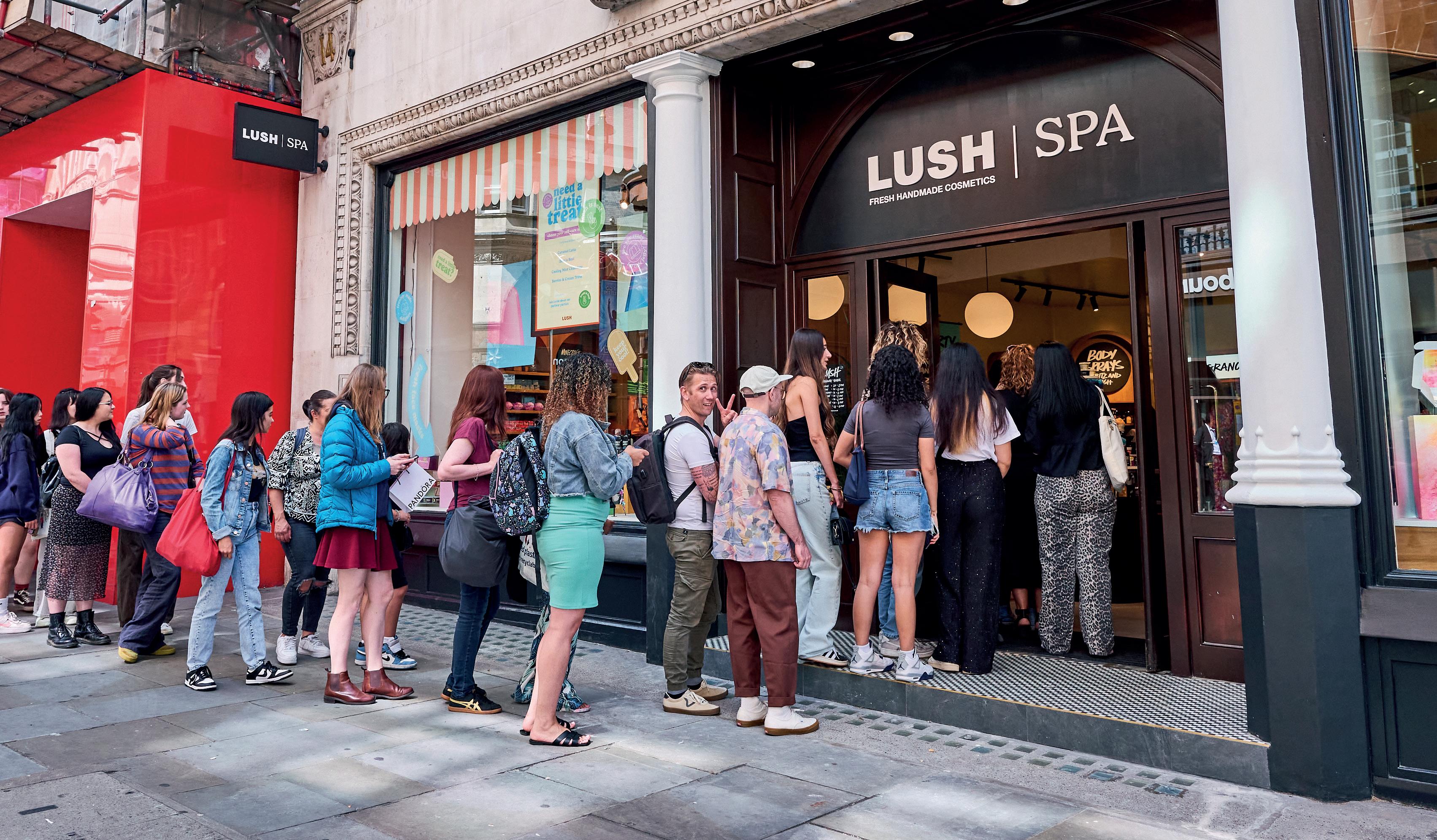
I’ve never been to a spa that embraces play so wholeheartedly
Turning onto my front during the ‘night’ section, where only tawny owls can be heard calling to each other, the therapist works up the back of the body. A rousing folk rendition of the song Scarborough Fair signals the end of the treatment and I’m left feeling fully relaxed. Muscle tension has eased and my breathing feels easier and deeper.
In the invitingly warm terracotta-coloured post-treatment space, I’m presented with a tea associated with my treatment and a larger version of the bath bomb used in my session to take home. I’m excited to learn that when I recreate the experience in my own bath, a piece of poetry will remain undissolved in the water. Lush products have featured these curated notes since 2021, all of which are written by The Poetry Pharmacy, a company that dispenses poetry prescriptions. Another parting memento is a complementary perfume. Created in-house by a team of expert fine perfumers, the one I spritz is a floral but earthy fragrance called Grassroots.

The retail opportunities are endless, with countless products linked to the treatment journey. Refreshingly, there’s no need for a lengthy discussion of ingredients or benefits – the pure drama of the experience is what entices people to spend more. With a cost of £160 (US$218, €185) for 80 minutes, it’s not hard to see how this sensory adventure means Lush Spa can compete with hotel spas in the city.
Treatments that refresh both the body and mind in such a thoughtful way are hard to find and I can safely say I’ve never been to a spa that embraces play so wholeheartedly. l
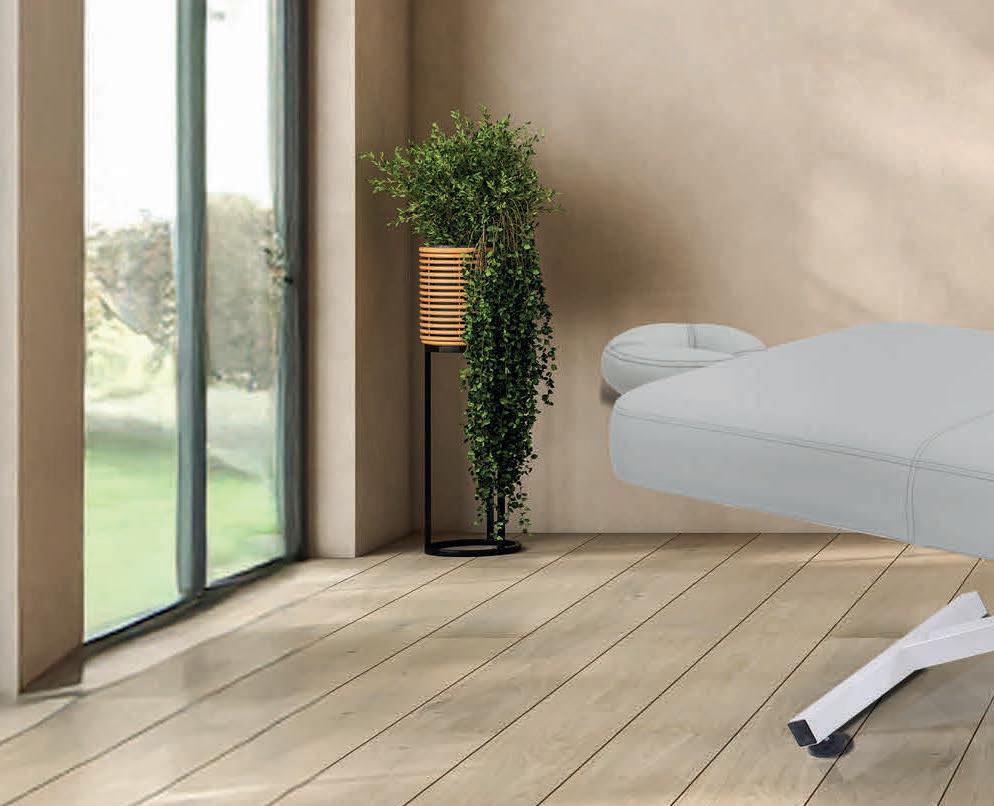
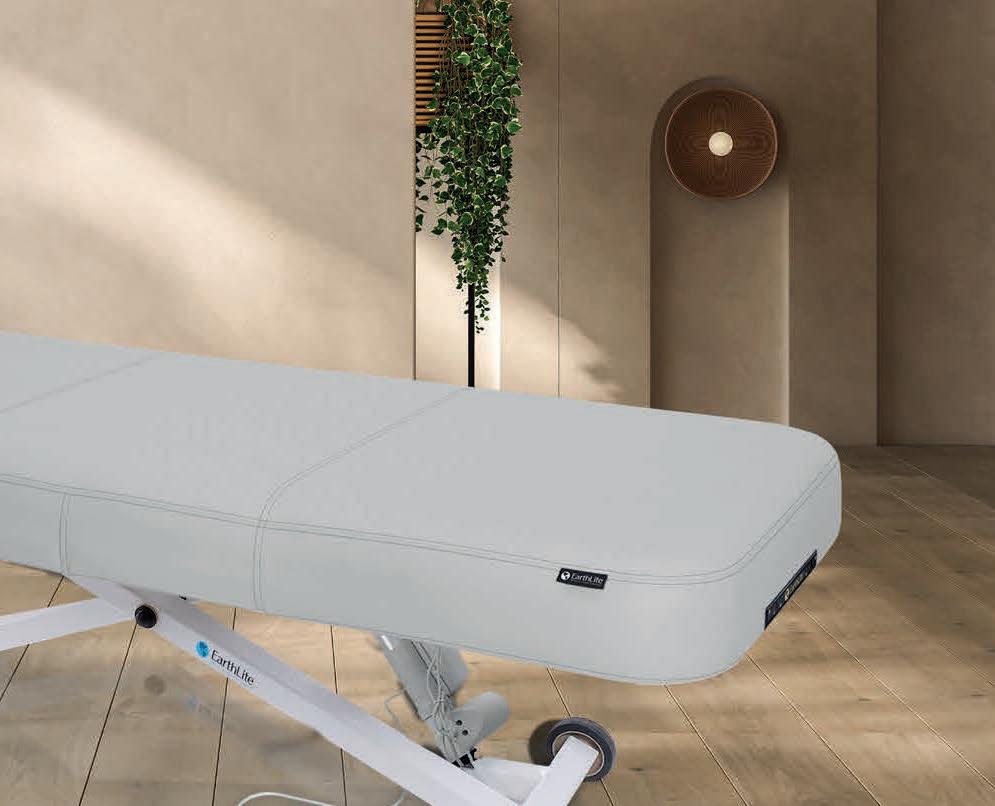

Ellora LX & Everest LX will soon be assembled in Europe for quicker delivery and service support.

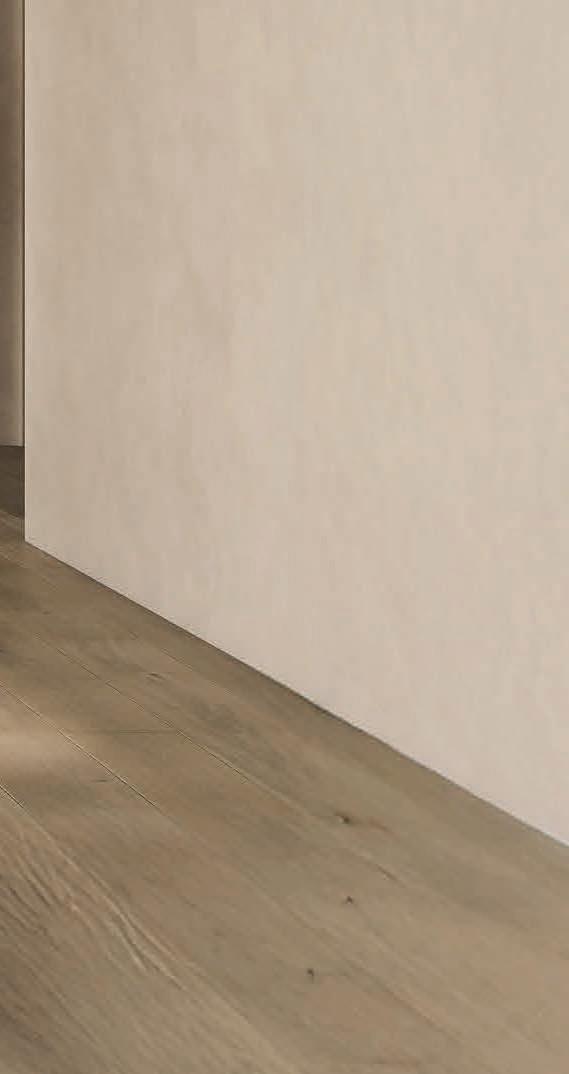

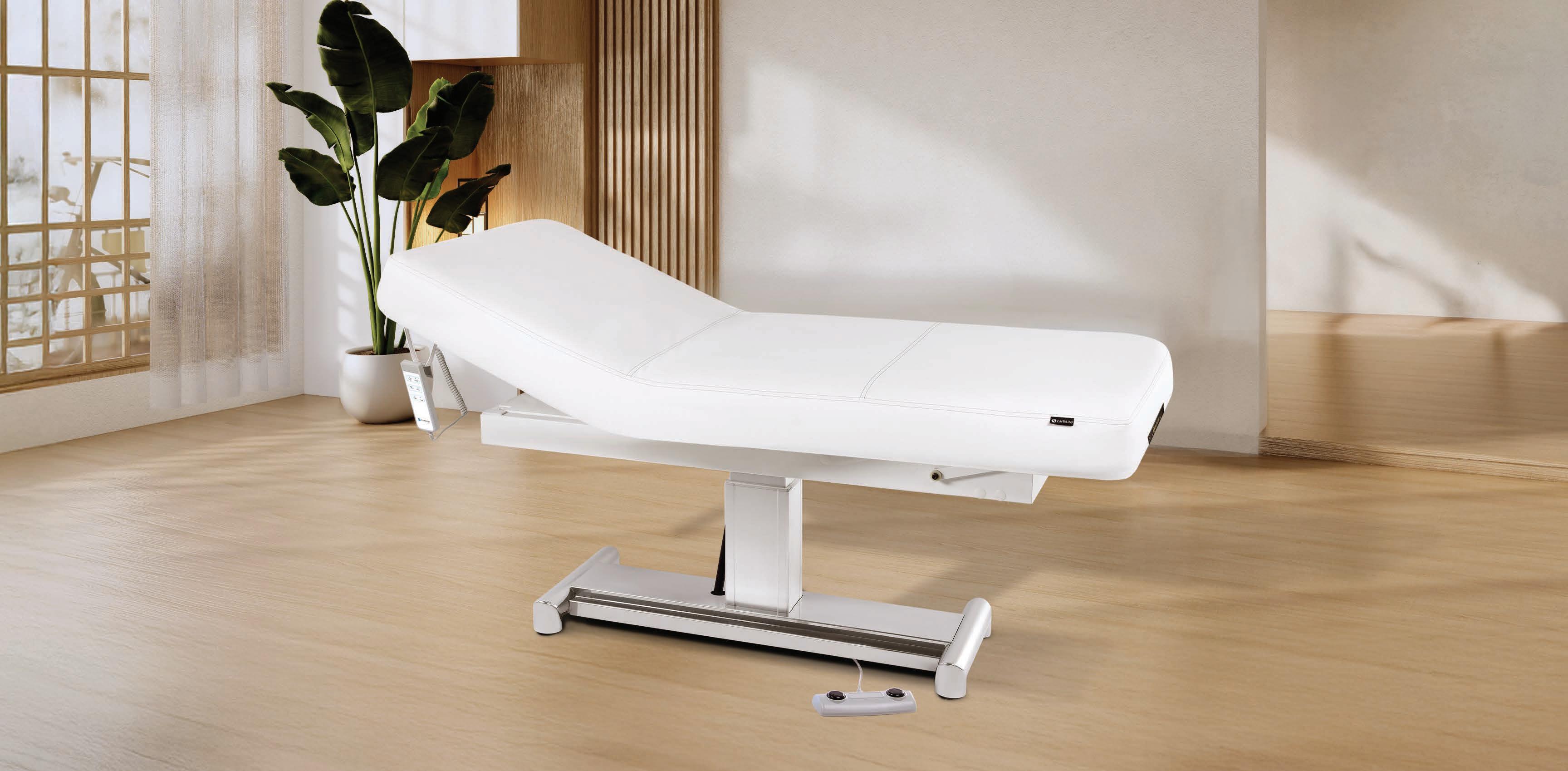

The new toner from G.M. Collin represents a ‘gold standard’ in leave-on liquid exfoliation for smooth and radiant results, without the irritation of a scrub
If there’s one step in skincare that can truly transform a person’s complexion, it’s exfoliation. However, traditional methods often walk a fine line between glow and irritation. G.M. Collin’s new Peel Toner Exfoliant has been formulated to solve this problem by offering a next-generation daily leave-on liquid exfoliant designed to deliver radiance, smoothness and hydration, all in one sleek bottle.
No more coarse scrubs and grainy textures, this toner relies on a scientifically-balanced trio of exfoliants that come together in liquid form. These are: AHA (lactic and glycolic acids), to resurface dull skin for a fresh, even finish; BHA (salicylic acid) to penetrate pores and dissolve sebum and impurities; and PHA (gluconolactone) to gently refine while drawing in moisture, making it ideal for sensitive skin.
Together, they form a powerhouse liquid blend that smooths, clarifies and brightens without compromising comfort.
To keep skin happy, G.M. Collin also added aloe vera, allantoin and hyaluronic acid, ensuring hydration and soothing care with every swipe.
“We wanted to create a gentle yet effective exfoliant that instantly and gradually reveals radiant, glowing skin without compromise between comfort and results,” says Myriam Sayer, G.M. Collin’s VP of marketing and operations.
“As a dermatologist-founded brand, we believe in smart formulation. Each product combines a synergy of potent ingredients that work together to obtain the most effective skincare
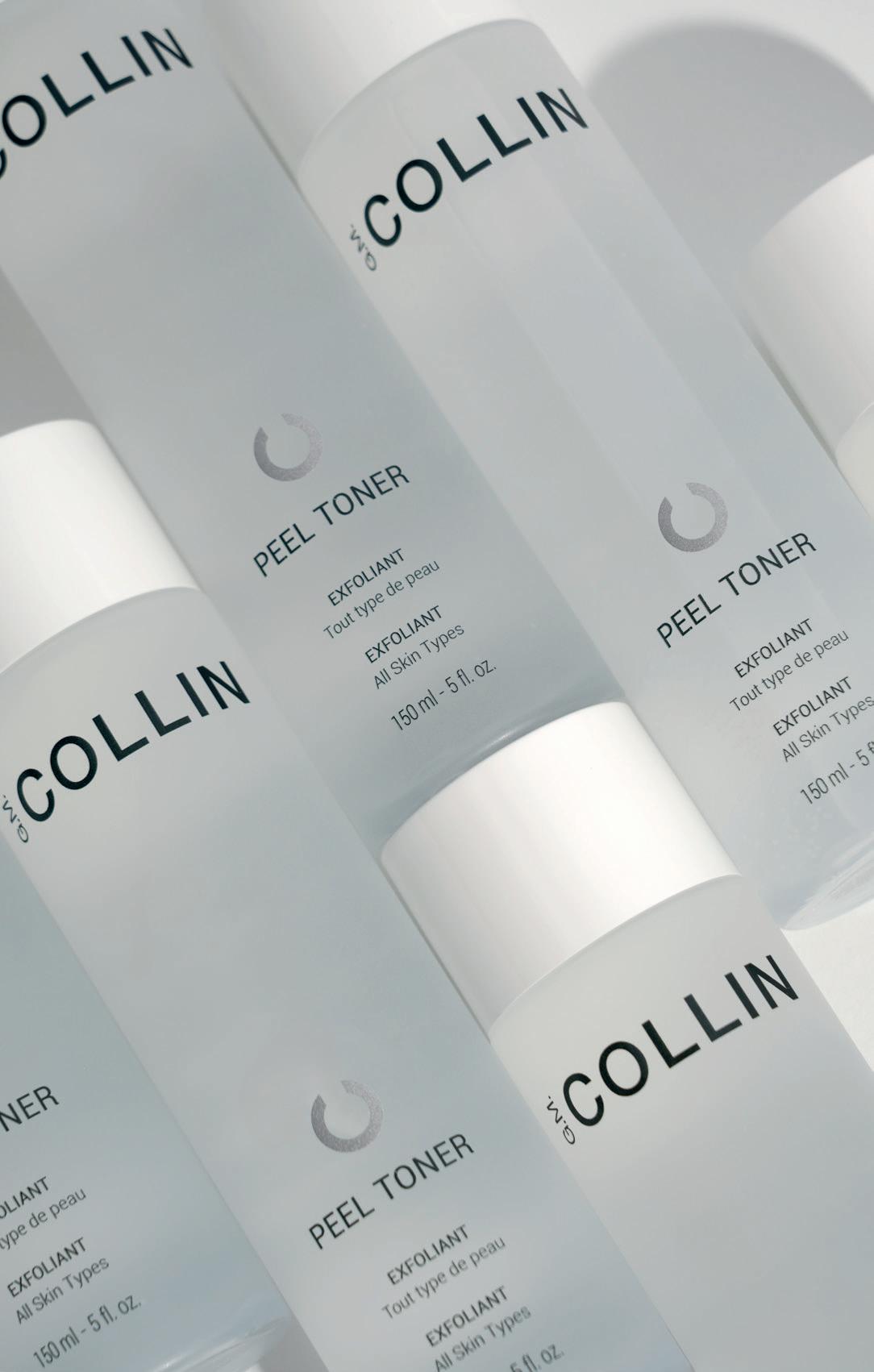
solutions on the market, maintaining skin safety and health. Our new Peel Toner Exfoliant follows our formulation philosophy to offer clinically-proven results and a unique experience.”
She continues: “Consumers today are craving skincare that’s both effective and kind to skin. Liquid exfoliants have been trending, but many formulas leave users choosing between glow and gentleness. G.M. Collin spotted the gap and spent years perfecting a solution: a clinically-tested, multi-tasking exfoliant that delivers results you can feel and see, without irritation.”
The proof for the Peel Toner Exfoliant results? A clinical study* showed skin texture was seen to have improved in 89 per cent of participants, while up to 82 per cent saw an improvement in skin hydration. In another study,** 90 per cent of testers saw an improvement in complexion radiance. In both studies, participants applied toner twice daily and results were measured after the first hour, after 14 days and after 28 days (with some users reporting results within that first hour).
One of the Peel Toner Exfoliant’s biggest wins is its no-rinse, no-fuss protocol that eliminates dead skin cells, smooths and hydrates. It’s quick to apply and silky on the skin, delivering that coveted ‘just-had-a-facial’ glow. Available in both

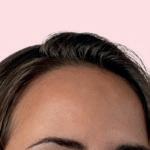







This clinically-tested, multitasking exfoliant delivers results you can feel and see, without irritation
Myriam Sayer, VP, G.M. Collin
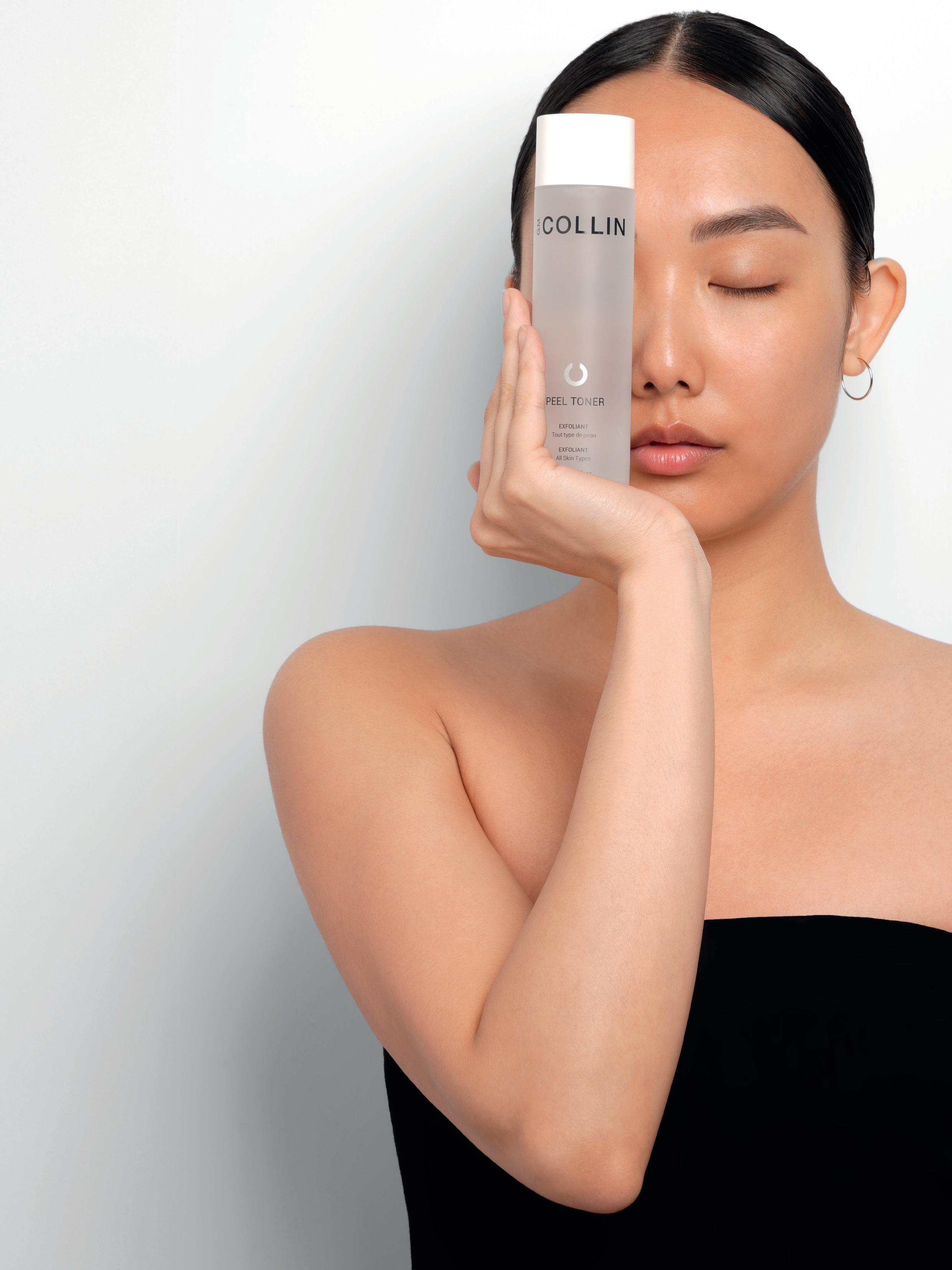
retail and professional sizes, it can double as a treatment amplifier – enhancing facials in spas and clinics, while allowing customers to extend results at home (where it can be used daily, or a few times a week).
“The new toner can be incorporated easily into a professional facial, for preparing the skin before treatments and as an amplifier, or recommended by skincare professionals for the home regimen as gentle daily exfoliation for smoother, brighter, perfectly refreshed skin,” says Sayer.
Beyond performance, the formula reflects G.M. Collin’s clean beauty values. It’s vegan, cruelty-free and free from parabens and mineral oils. Ingredients are thoughtfully-sourced with an emphasis on renewability and local manufacturing helping to minimise the product’s carbon footprint.
G.M. Collin believes exfoliation is no longer about stripping the skin, it’s about revealing radiance while respecting the skin barrier. Its new Peel Toner Exfoliant embodies this shift, proving that high-performance skincare can be both powerful and pleasurable to use. ● More: www.gmcollin.com
*Clinical study on 30 volunteers. Individual results may vary.
**Subjective study on 30 volunteers. Conducted on-site by Laboratoires Dermo-Cosmetik Inc (G.M. COLLIN)
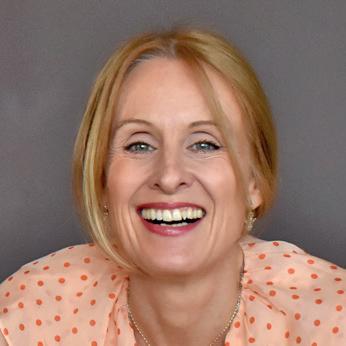
W“Sophie Benge reports from a gathering of passionate hot spring stakeholders in Budapest as they discuss plans to ensure thermal heritage has a bright future
here is Gen Z in our wellness story? They’re the most health-conscious generation, but we’re overlooking them,” said Ivana Kolar, one of 23 speakers at the third International Thermal Tourism Congress recently held in Budapest. Industry consultant Laszlo Puczko chaired an eyeopening panel on The TikTok-isation of Thermalism. Among the speakers, Julius Rose, the Croatian CEO of Business Consulting, urged delegates to steer their focus away from the ‘silver’ guest: ‘‘It’s time we rethink the products we offer and the way we communicate because by 2030 they’ll [Gen Z and alpha] hold over 25 per cent of global income. Longevity starts in your 20s. They’re not the next wave, they’re already the tide,” adding that TikTok’s #hotsprings had just short of 118,000 views in the previous month. A sustainable future themed much of the creative conversation among the speakers and 150 delegates from more than 20 countries. The global thermal tourism market is valued at US$65.5 billion (€56.15 billion, £48.49 billion), according to a market report by Gran View Research and stakeholders from the market met at Ensana’s Thermal Margaret Island Hotel. The two intense days involved panel discussions, a spa town Mayor Summit, local spa visits and a gala night, all wrapped in collaborative camaraderie, reflecting the passion of thermal bathing in Europe and beyond.
Congress organisers, the European Historic Thermal Towns Association (EHTTA) and Budapest
Spas, together with Ensana hotel group and UN Tourism, cleverly brought social media experts from outside the sector to share strategies for engaging new generations.
“TikTok is a crucial research tool. Show, don’t tell. Be instant, flexible and clear with messaging,” suggested Yannick Blättler, CEO of social media company NeoViso, whose message was echoed by Dario Marčac, co-founder of Crew Media, who advised targeting ‘interest tribes’, not age groups with content to inspire action: “If a picture speaks a thousand words, a video speaks a million,” he said. The power of online was reinforced by Fabrizio Orlando, Tripadvisor’s global director of industry affairs. The travel site, which attracts up to 490 million users a month, says its thermal spa bookings have risen by 157 per cent in the past year.

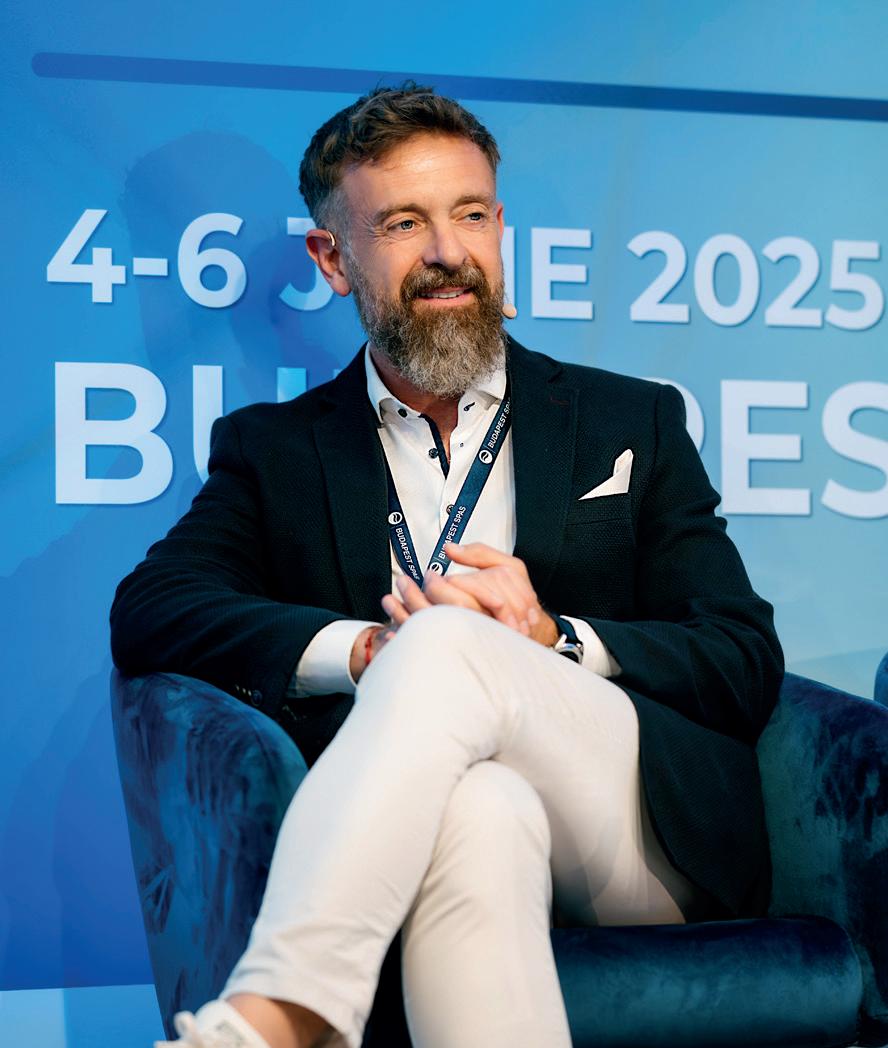
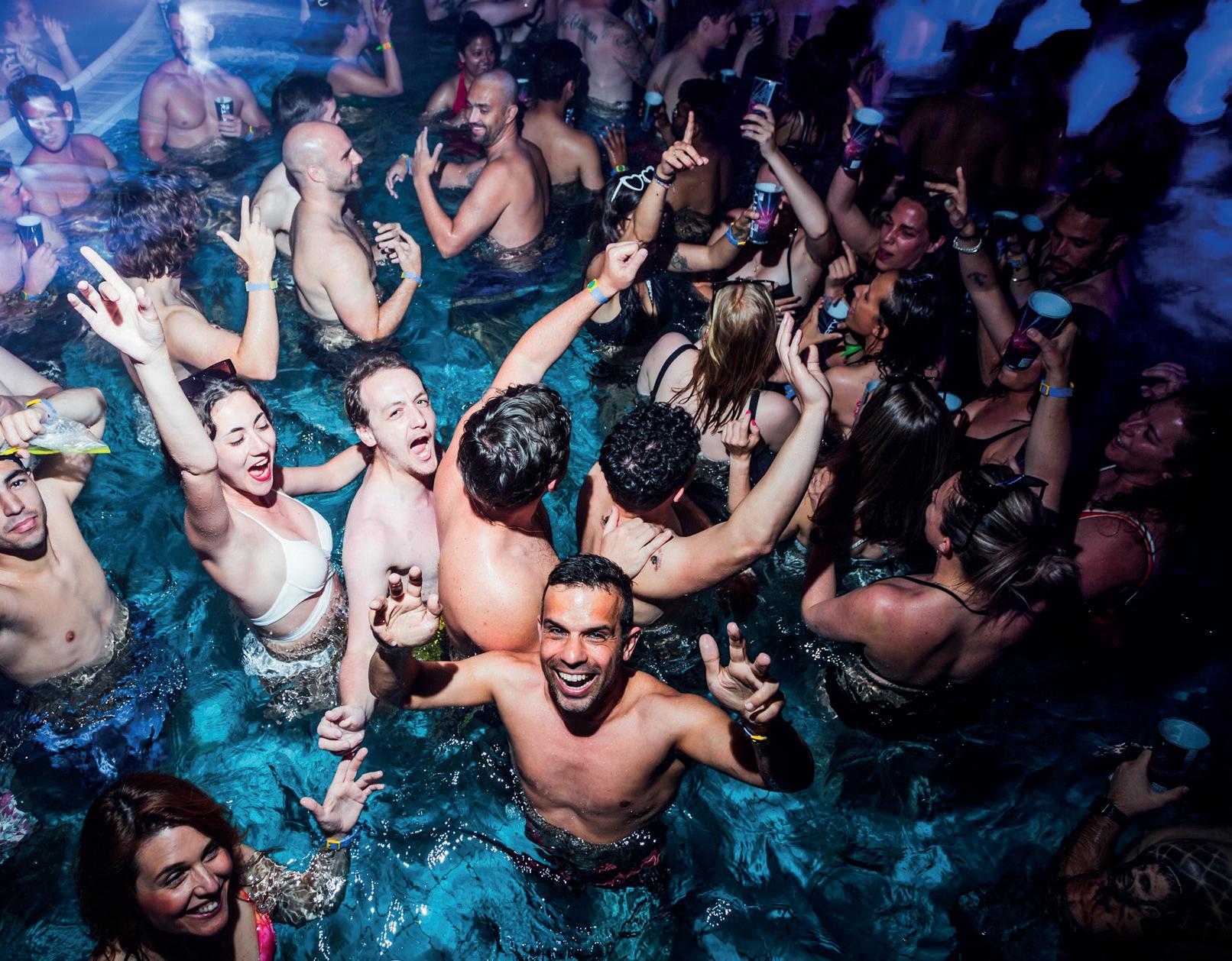
Alongside socials, Budapest Spas is immensely successful in attracting the younger generation with its Sparty concept at the city’s elaborate Széchenyi Baths, which morphs, by night, into a live event space of performers, inflatable bars and audio-visual projections. These are driven by Gabor Kalman, marketing director of Sparty, whose recent survey revealed that 86 per cent of participants head to Sparty before anything else in Budapest.
Dr János Kóka, medic and founder of Doktor24, said: “The young generation is coming off alcohol and looking for new community platforms and wellness experiences.”
We also heard about the continuing draw of Liquid Sound, the immersive music and light experience at Toskana Terme in Bad Sulza, Germany, still popular more than nearly 25 years after its inception.
Although Budapest Spas admits it’s starting to suffer from over tourism and, at the same time, onsens rank second among tourist attractions in Japan, most hot springs destinations are actively seeking international tour operators to co-create thermal tourism
TikTok is a crucial research tool. Show, don’t tell. Be instant, flexible and clear with your messaging
packages that showcase their uniquely defining blend of nature, culture, history, sport and potent healing resources. On behalf of EHTTA, which offers sales and marketing to its 50 thermal towns, executive director Simone Zagrodnik conceded, “there’s still a long way ahead to put spa towns in the catalogue”.
Ion Vilcu, director, UN Tourism Affiliate Members, added: “As thermal tourism has transitioned from niche to mainstream, cooperation between commercial experience and municipal knowledge remains essential to support sustainable tourism in this sector.”
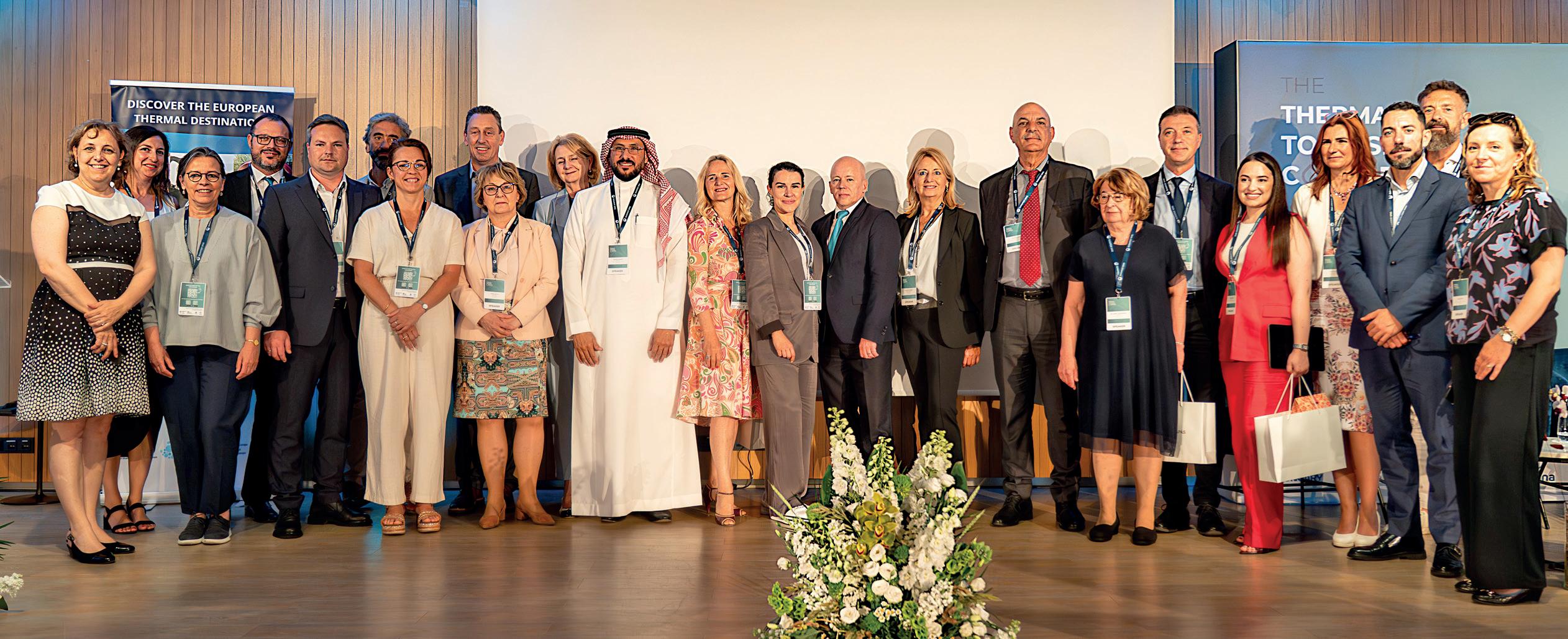
Marion Roussel of La Route des Villes D’Eaux du Massif Central, an association of 17 spa towns across France, reported on Bathrobe Addicts, its new marketing approach to showcase its spa towns in a broader, playful way.
Future-proofing thermal heritage also means engaging local communities, which are either sidelined by price and tourism or “fail to appreciate their DNA”, said Chiara Ronchini. As director general of The Great Spa Towns of Europe (GSTE) she’s secured EU funding to foster a local sense of belonging. “Our ‘Cool Design Creation’ project is a multi-country
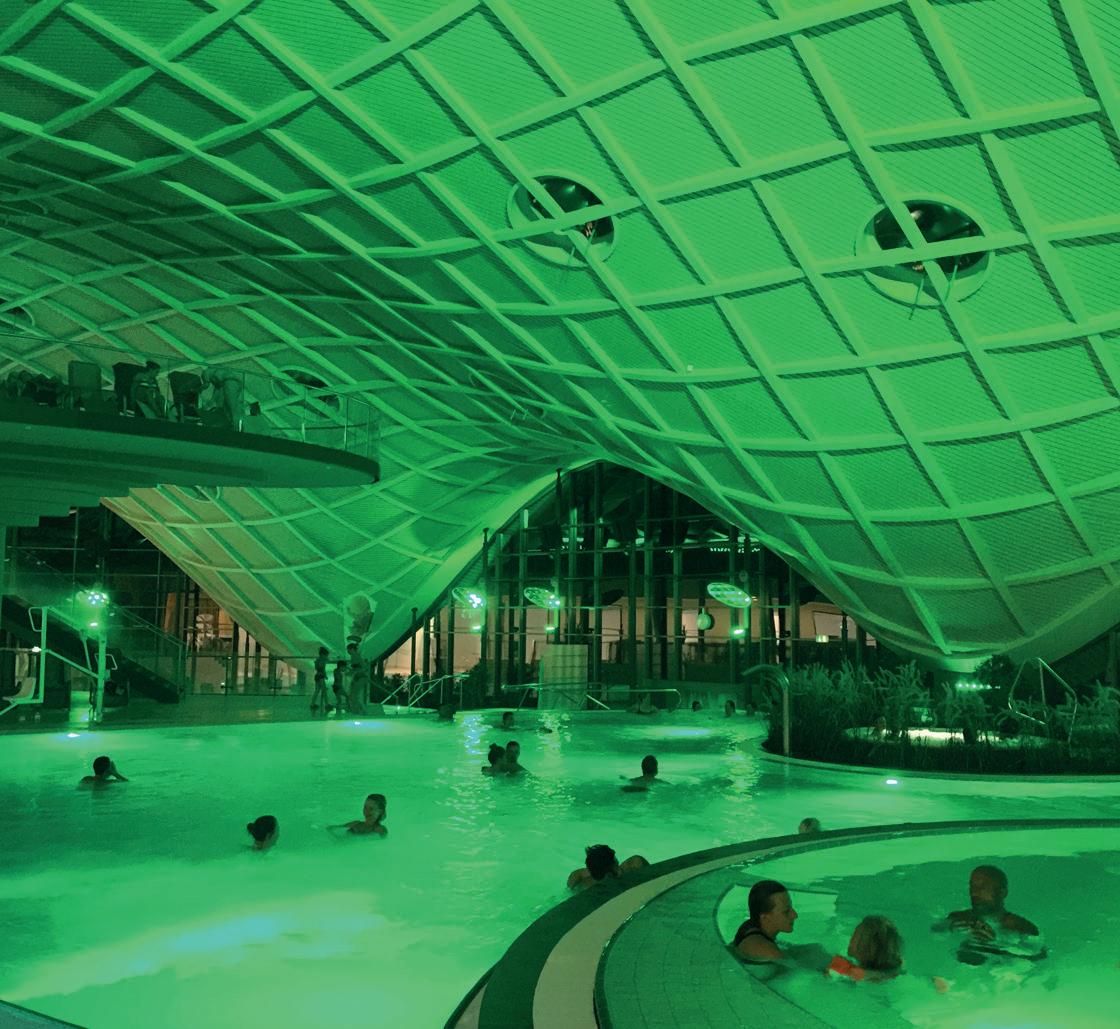
We must support our traditions with data, clinical studies and scientific evidence
initiative, where 101 young people have submitted design ideas for their towns,” she said (see www. spabusiness.com/GSTEyouth). The transnational UNESCO World Heritage Site also holds Youth Parliaments that organise ‘clean-up’ days and gather ideas for the re-use of historic buildings.
The congress hosted various panels sharing complex, local efforts at water management, geothermal energy and grey water use.
In Termas de Sao Pedro do Sul in Portugal, the energy from the 69˚C water is captured to replace propane gas, resulting in 4,000 fewer tonnes of carbon dioxide emissions each year.
Similarly, in the town of Caldes de Montbui in Catalonia, local laundrettes and a pasta factory now use nearby hot thermal water in their operations.
Also, in the spirit of European co-operation, a sevencountry, four-year project, called the Green Spas Partnership, in collaboration with Interegg Europe – an EU affiliate for sustainable development – coordinates best practices for environmental responsibility in a bid to influence public policy. One partner, Birštonas, in Lithuania, has spent five years focusing on
energy efficiency projects in water piping systems, transportation and biodiversity initiatives, resulting in a 71 per cent drop in the town’s energy consumption, according to vice mayor, Edvardas Citvaras.
In ongoing efforts to show the clinical and preventive value of spa medicine in national healthcare strategies, the Czech Republic’s Karlovy Vary has completed the first of a three-year research project at the city’s Institute of Spa & Balneology, thanks to a €10 million (US$11.7 million, £8.6 million) grant from the EU.
“If we want policymakers, insurers and even the next generation of physicians to take this field seriously, we must support our traditions with data, clinical studies and scientific evidence,” said director Alina Huseynli, citing the scheme’s early study results. Its team of 35 experts has seen a positive impact on physical mobility, diabetes, mental health prevention, female infertility and female oncology patients.
“Our aim is to overturn the gap in the research for scientific measurements on the combined role of traditional practices and cutting-edge technologies.”
Petra Bailey, vice president of Ensana, spoke about the group’s focus to “combine natural resources together with innovation and biomarker analysis.” While in a counterargument, Puczko, who co-authored an EHTTA white paper aimed at bringing thermal tourism into a wider context, said: “bathing sums up ‘idyllic idleness’ and that in itself is prescription enough in current times”.
Rigorous research on the benefits of spa medicine in Slovakia was shared by Janka Zálešáková, a balneology
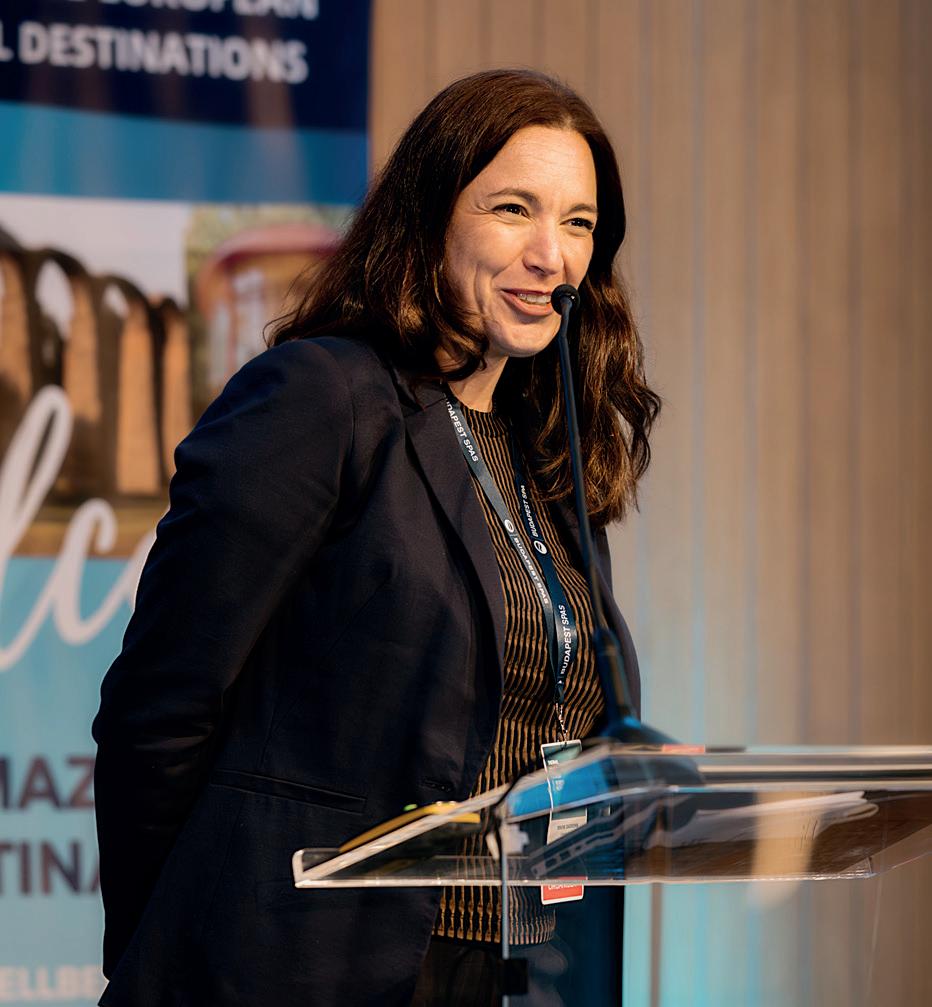
and climatic therapy expert, who collates an annual report to negotiate for the extension of governmental financial support for thermal healthcare.
Armed with projects such as those in the Czech Republic and Slovakia, Czilla Mezösi, the secretary general of the European Spas Association (ESPA), lobbies the EU for funding and wider recognition for the thermal sector. Overall, the determination for ongoing initiatives, plus a palpable spirit of learning and cooperation, left delegates departing this congress even more enthusiastic for their work in thermal wellness and excited for the yet-to-be-announced next event in 2027. l
To find out more about EHTTA and GSTE, read Spa Business’ deep dive into the two thermal spa town associations at www.spabusiness.com/thermalheritage
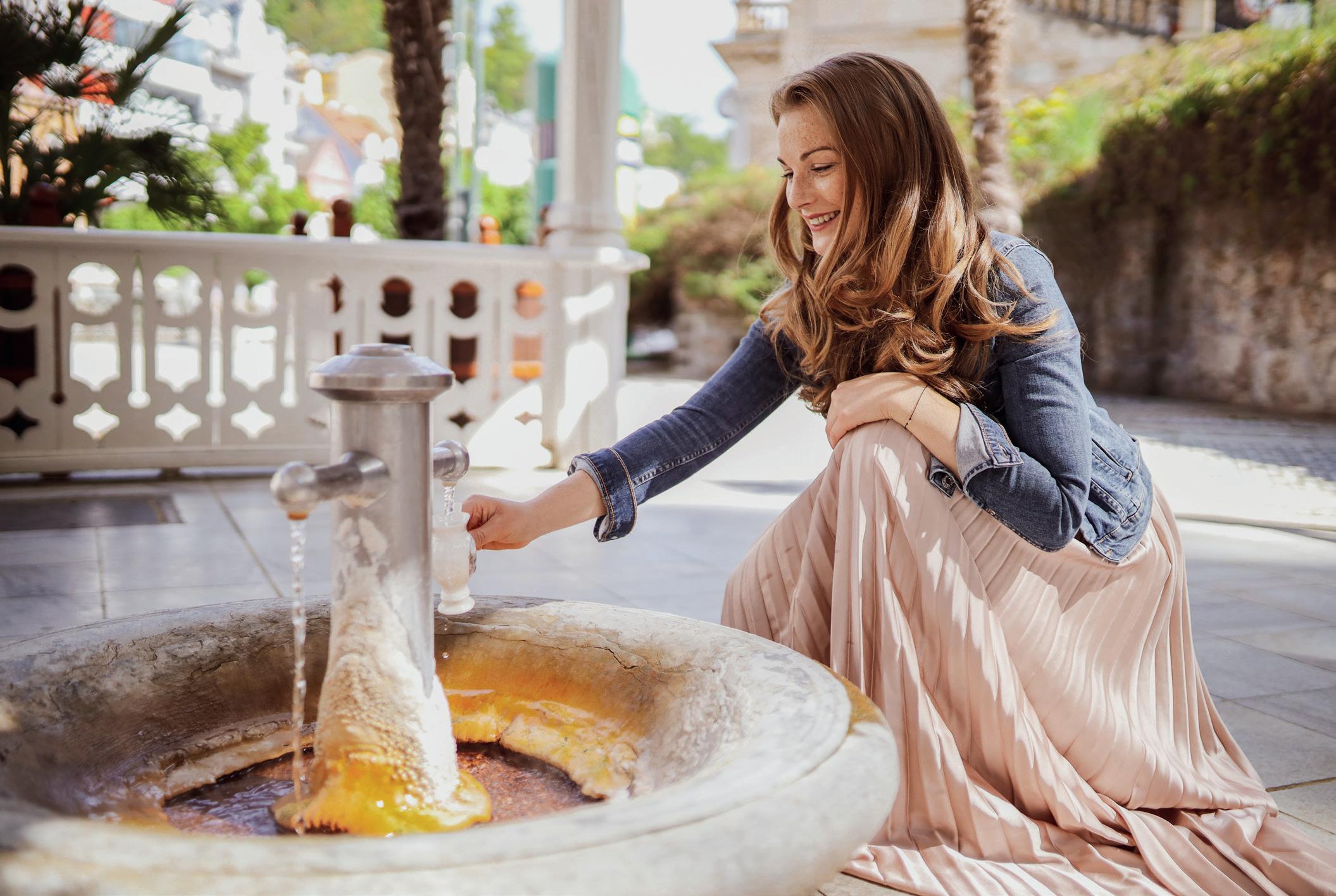
TechnoAlpin’s magical Snowroom installation at the Alpenrose resort brings the Austrian landscape and feel-good nature factor to its wellbeing experience
At the Alpenrose Familux Resort in Lermoos, Tirol, Austria, relaxation means creating space for simplicity and the freedom to just be. “Simplicity combined with extraordinary quality – for children as well as adults – that’s our understanding of luxury,” the hotel team explains.
This guiding principle runs through every part of the resort, and nowhere more so than in the newly-reimagined wellness area. Here, modern architecture meets unique experiences inspired by the alpine landscape. Nature becomes part of the journey – enhancing wellbeing and leading guests step by step through the mountains.
One great highlight of this internal landscape is the element of real snow, offering a glistening, refreshing, unexpected way to cool down after a heat experience.
With its ‘Feel Good Spa’ concept, developed in-house, Alpenrose set out to go beyond traditional treatments. The spa is built around four customisable ‘spheres of wellbeing’: relaxation and regeneration, movement and vitality, beauty and care, and family-focused experiences and guests can shape their own wellness journey based on their needs and moods.
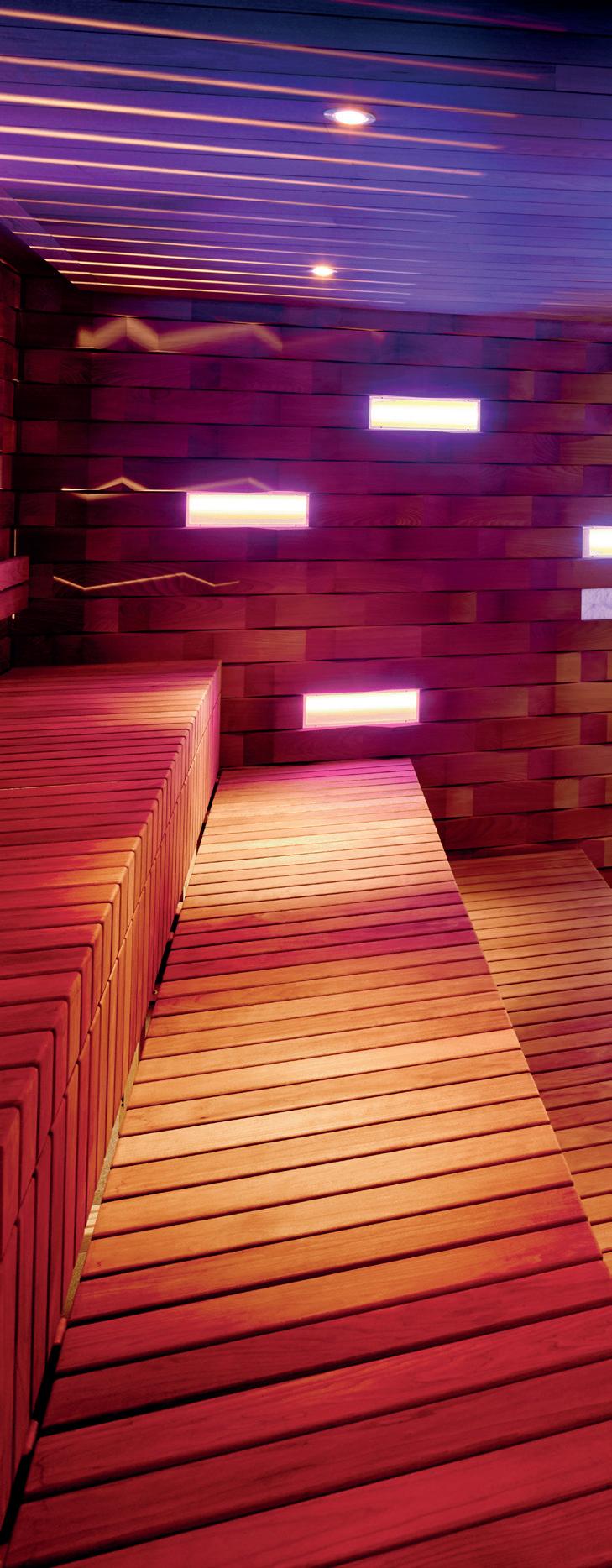
Once this concept had proven successful with guests, the next step was translating it into architecture. As a family hotel, Alpenrose Familux ensures that both children and adults find their enjoyable place. The design reflects this with two distinct sauna zones: a family area for all ages and an adults-only retreat where parents can unwind while children are cared for in the popular Kids Club.
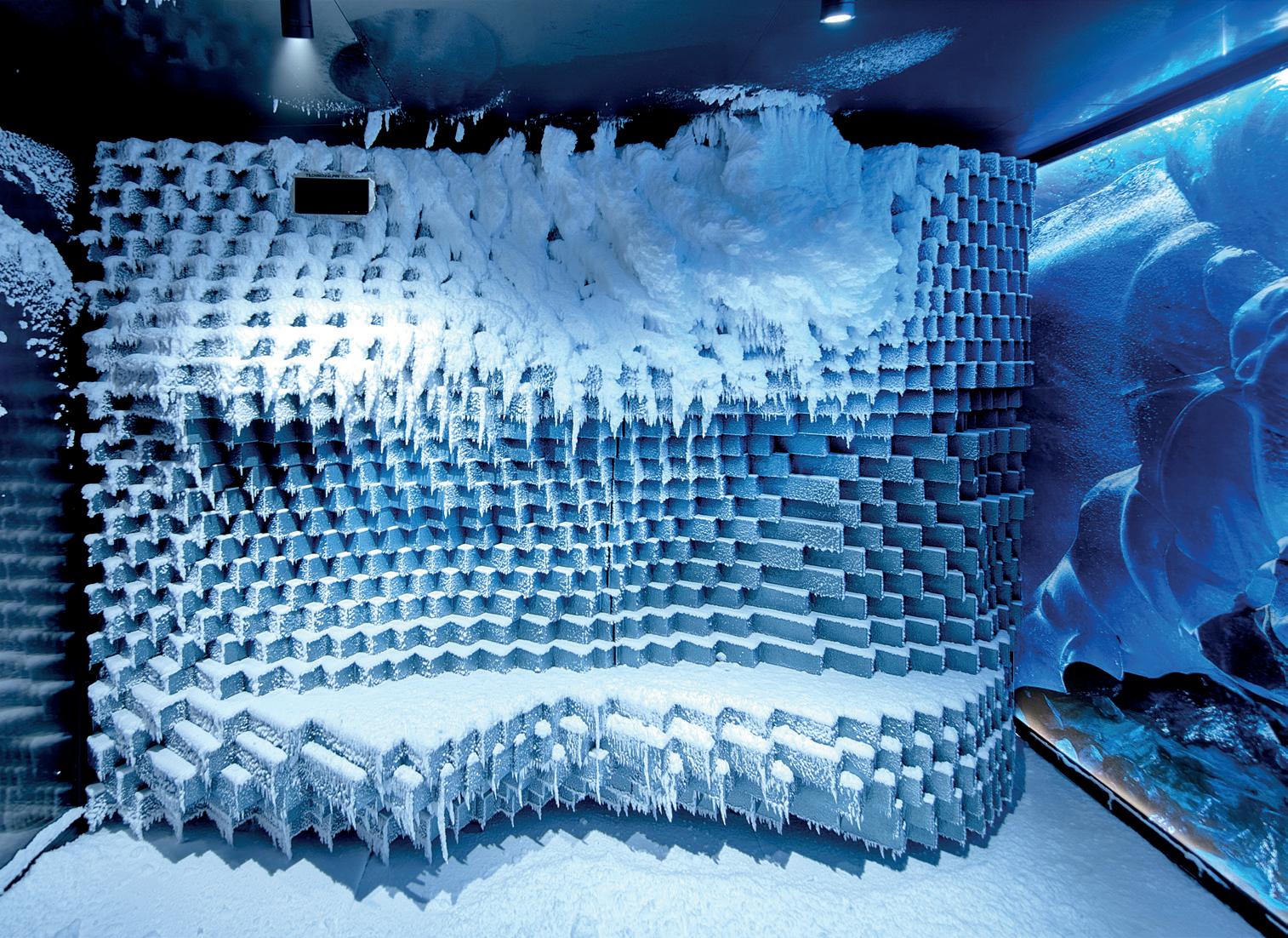
Architect Stefan Ghetta, from Archifaktur Hotel and Spa, describes the challenge: “The adults-only spa is located on the lower floor – in a darker part of the building. Instead of hiding that, we embraced it, creating a mystical atmosphere in contrast to the lively, child-friendly areas upstairs. Large saunas and the Snowroom feel like caves or grottos, inviting guests to step into another world.”
The Snowroom wellness concept, which offers a -10°C space filled with real, freshly fallen snow daily, was supplied by snow system experts TechnoAlpin Indoor. As part of a contrast therapy experience, it’s designed to transform the ‘cold part’ into something much more exciting and experiential.
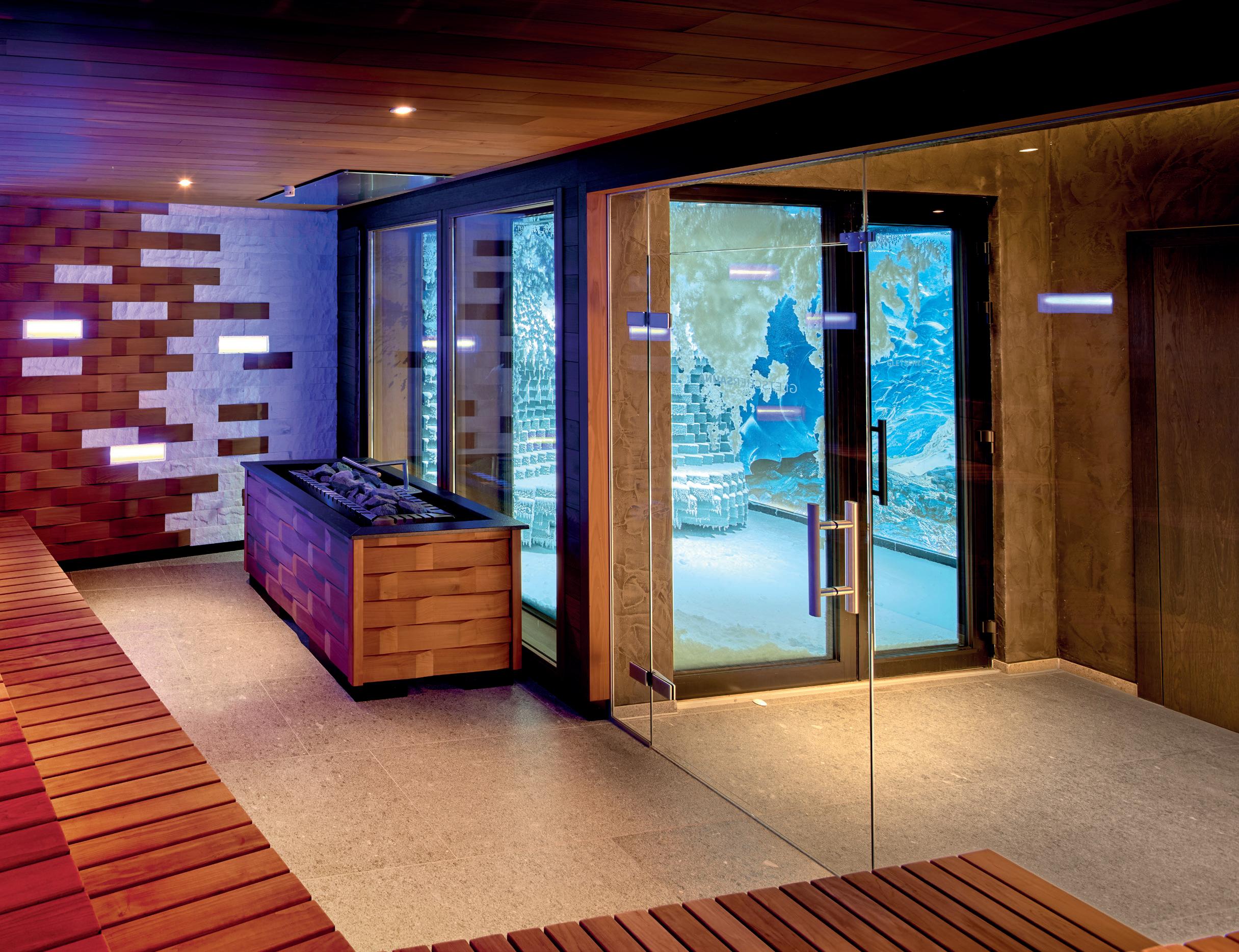
Alpenrose’s new spa unfolds as a journey through alpine elements. As Ghetta explains: “We start in the valley and move up the mountain. The first sauna reflects the meadow, the second the forest, the third leads up to the glacier – where the experience merges directly with the Snowroom, the natural cooling space after the heat of the sauna.”
This storytelling design mirrors the surrounding landscape and even the view of the Zugspitze glacier outside the resort. “The glacier defines our panorama. It felt only natural to bring this alpine element into the spa,” the hotel team notes.
The Snowroom is visually and thematically connected to the saunas. Ghetta says: “We wanted the hot-and-cold contrast not only to be functional, but also visible. The transition from the sauna into the bright, glittering Snowroom was designed so transparently that the opposites become part of one continuous experience.”
From the Finnish sauna, guests can already glimpse the sparkling snow, building anticipation as they sweat. Unlike ice fountains, which only provide surface cooling, or plunge pools, which often feel too abrupt,
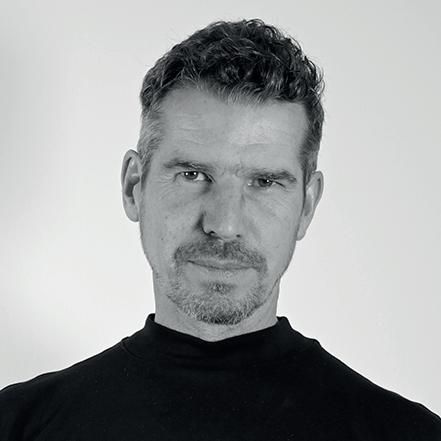
The transition from the sauna into the bright, glittering Snowroom was designed to become part of one continuous experience
Stefan Ghetta
the Snowroom allows each guest to cool down either gently or intensively, according to their comfort level.
“A simple ice fountain felt too plain, and a plunge pool not innovative enough,” the Alpenrose team explains. “With snow, we found the perfect balance.”
The feedback confirms this choice: guests see the Snowroom not as a gimmick, but as an enhancement that enriches the ritual of sauna and contrast therapy. Many describe it as a highlight of their stay. l
More: www.indoor.technoalpin.com
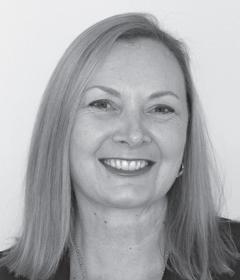
In Spain’s sun-soaked hills, two world-class medi-wellness resorts – established SHA and ambitious newcomer ZEM – compete for global attention. Is there enough demand to see them both thrive?
Jane Kitchen investigates
Flying over barren mountains bound for Alicante, Spain, it’s difficult to believe I’ll be visiting two world-leading wellness clinics: the well-established SHA and the newly opened ZEM. The plane is filled with tourists, en route to places such as Benidorm, famous for its high-rises and nightlife, that feel as far away from a high-end wellness clientele as you can get.
But Alicante airport serves the larger Costa Blanca region and both SHA and ZEM sit high in the hills beyond Benidorm, with views of the Sierra Helada mountains and the green of a protected park that hugs the coastline. SHA will celebrate 17 years in business this year, with a second location in Mexico that opened in 2024 and a UAE location set to debut in 2026, while ZEM has opened just this year, only 30 minutes away from SHA.
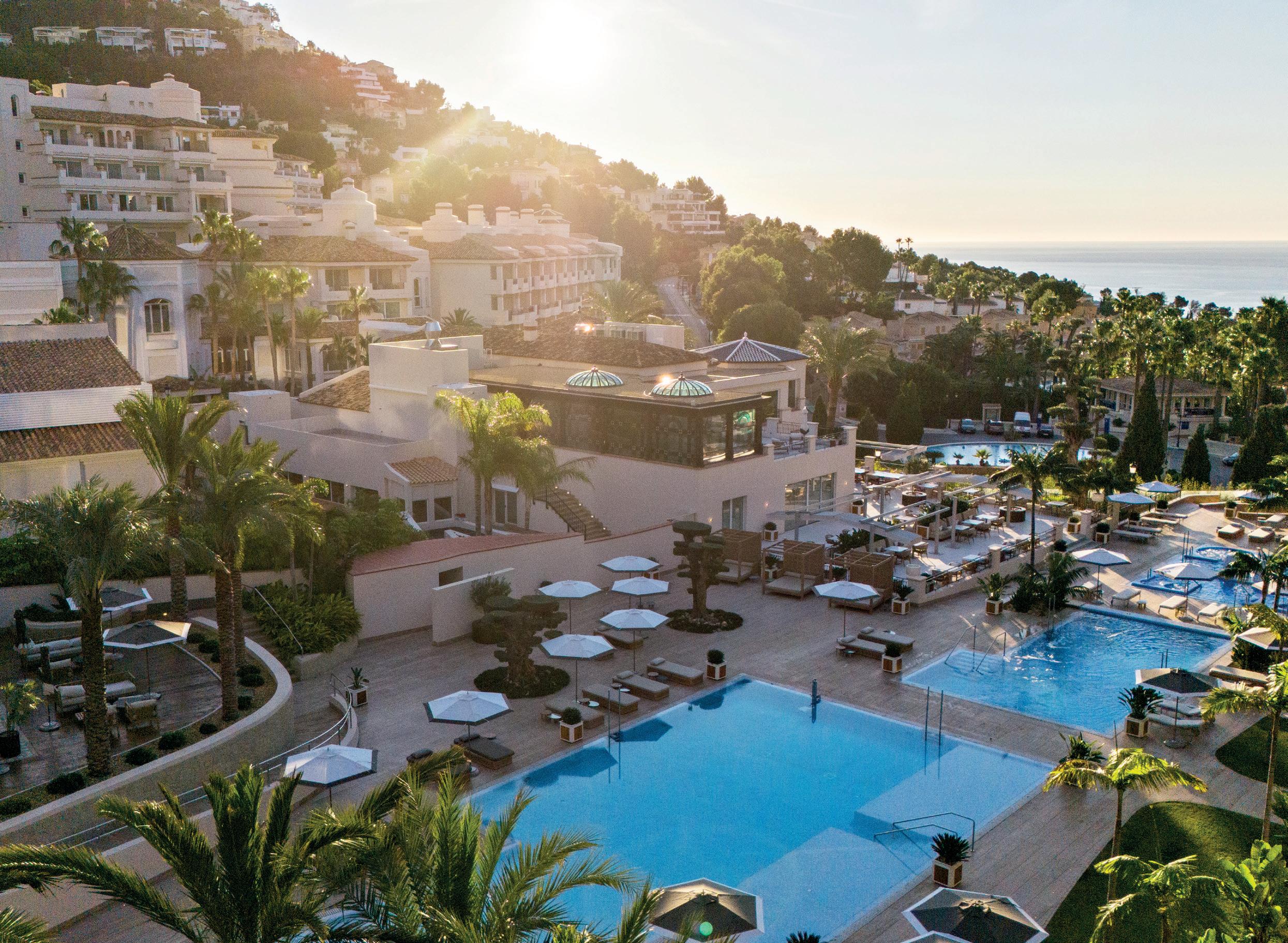
I’ve come to see what it is about this magical corner of southeast Spain – where the climate and geography are reminiscent of Southern California – that has inspired two cutting-edge wellness clinics to be built so close together and whether the two are different enough for there to be room for them both in the market.
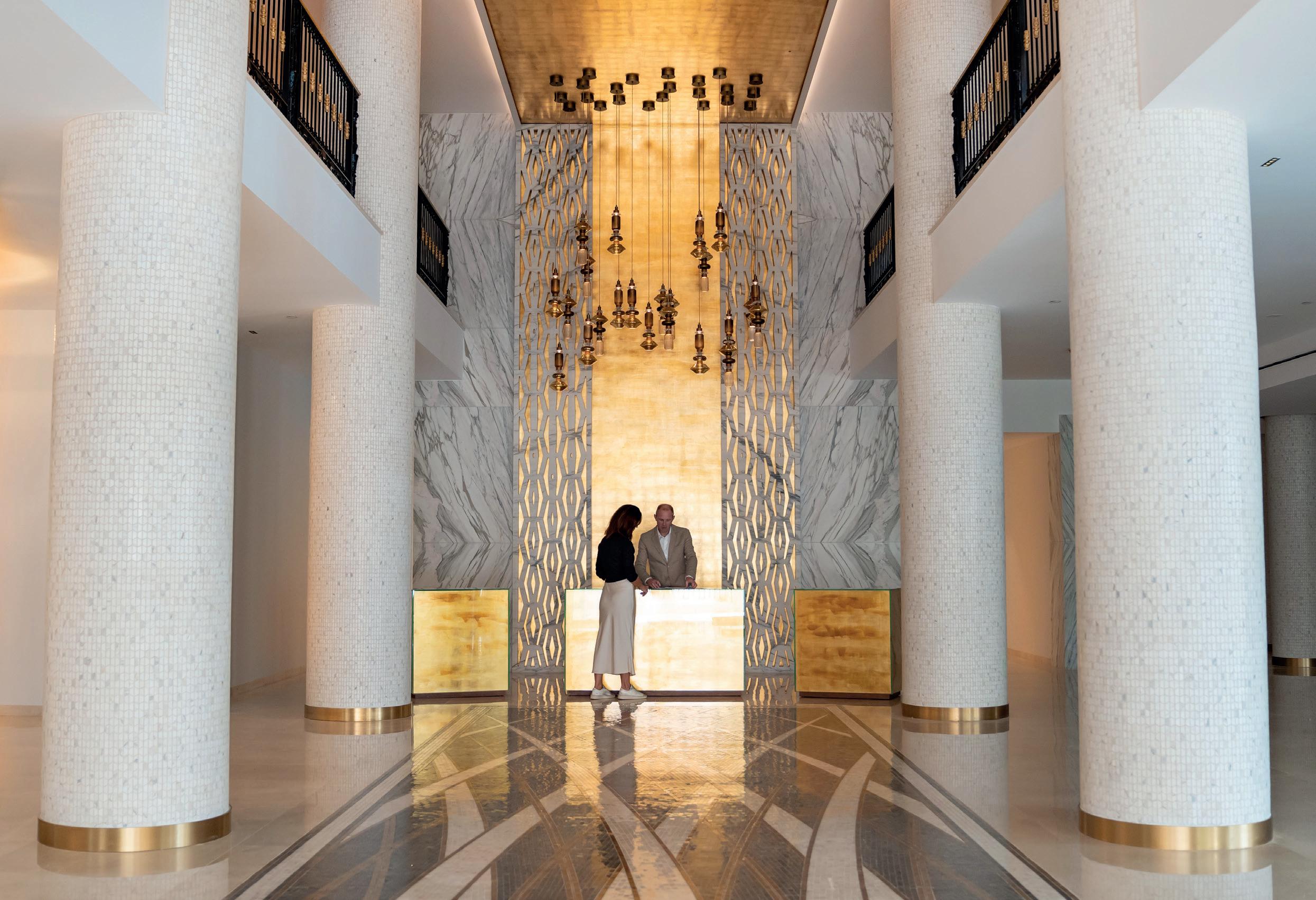
The two cutting-edge clinics are only 30 minutes away from each other
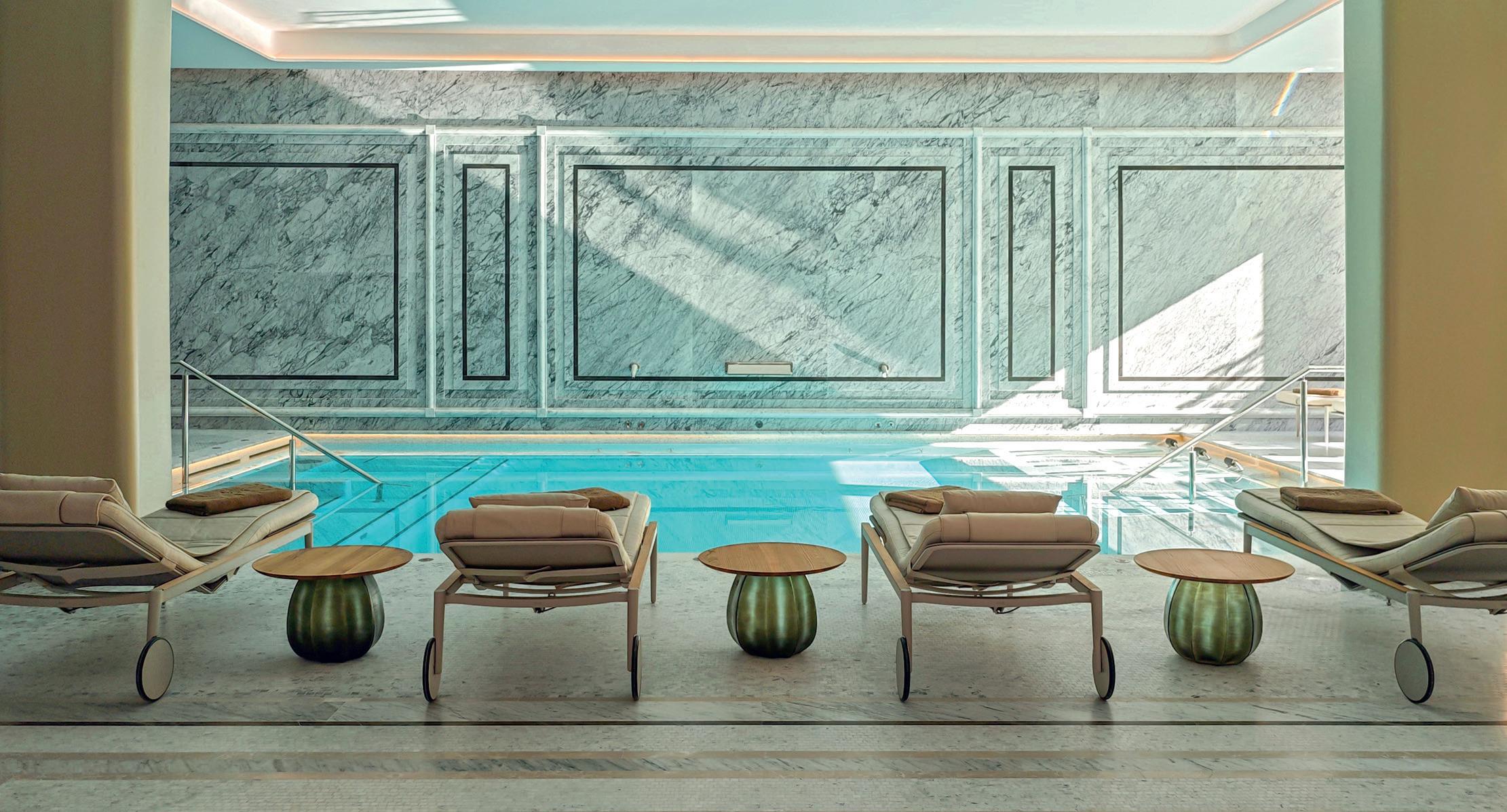
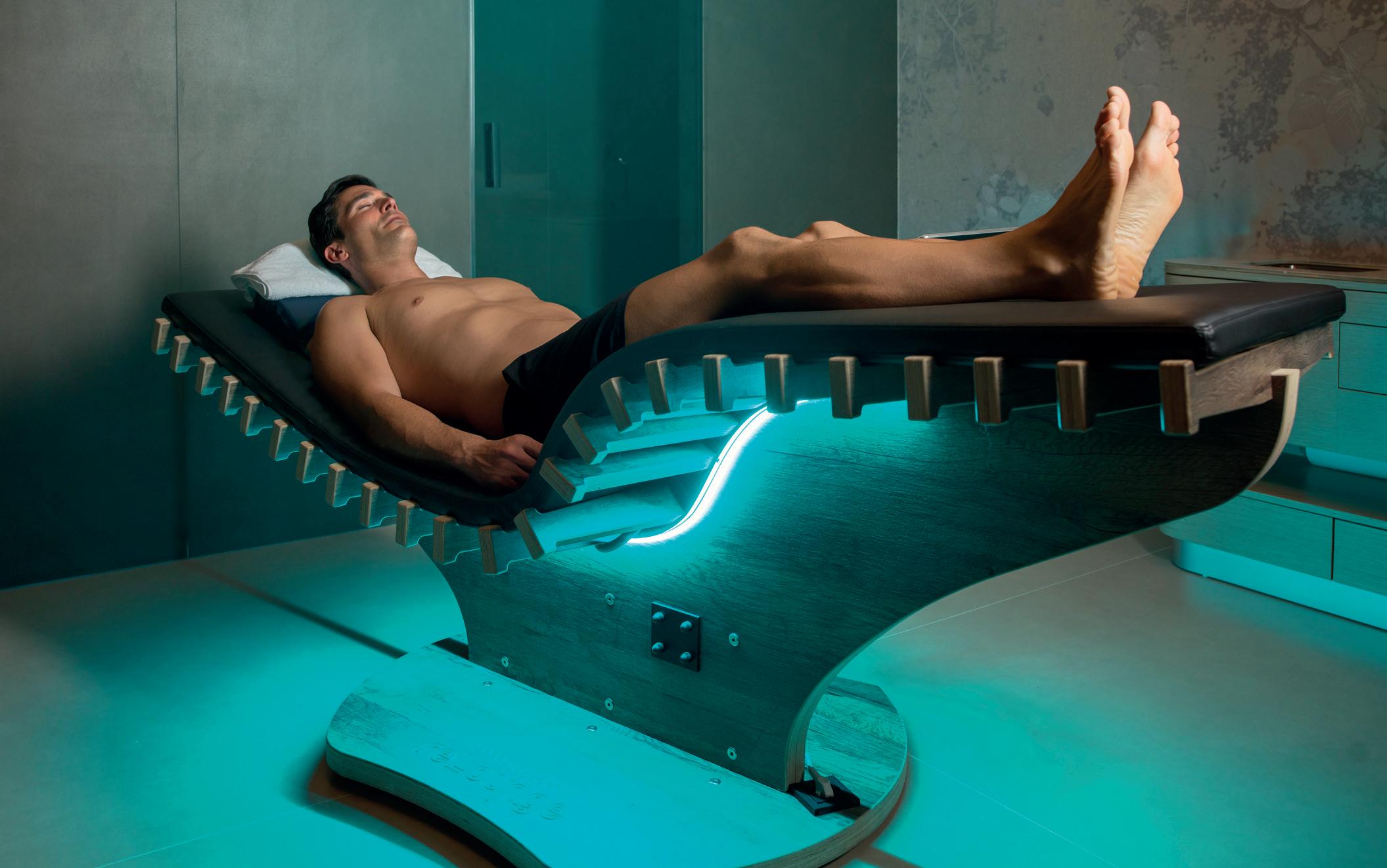
ZEM Wellness Clinic Altea is an unassuming, gleaming white hotel amid a gated community of holiday homes in the Altea Hills. Everything is white marble and gold accents, reflecting the dual aspects of clinical wellness and luxury.
After check-in, I meet my ZEM Master, Carmen, who informs me that she will guide me through my journey. My three-day ZEM Essential programme costs €5,000 (US$5,868, £4,359) and has been designed as an introduction to a healthier lifestyle. Other specialist packages focus on weight management, detox, or both. Carmen has sent me an itinerary ahead of my visit, but a delayed flight means I have to skip a planned detox circuit at the spa and head straight to dinner.
My stay includes a well-rounded assortment of wellness tests, treatments and activities, including a nutritional assessment, fitness training, longevity medicine consultation, mindfulness session, cooking class, yoga and a series of different massages. Dotted in between are many touchless technology experiences – Gharieni Group has set up its first MetaWell Center in Europe here, meaning its technologies are integrated throughout the spa’s 42 treatment rooms.
ZEM’s healing approach is focused on Mediterranean longevity, which combines medical wellness with spa therapies, fitness, nutrition, nature and mindfulness and the owners have
ZEM’s owners have spared no expense in offering the latest equipment and testing capabilities
spared no expense in offering the latest both in equipment and testing capabilities. In all, ZEM offers more than 400 tests and treatments, led by specialists in fields from cardiology to dermoaesthetics, regenerative medicine, endocrinology, psychology, nutrition, gynaecology and more. Perhaps most interesting is an impressive list of genetic tests which are available at an additional fee to assess the risk of everything from Alzheimer’s to pancreatic cancer.
Still, for ZEM’s clientele, consisting of high-networth individuals with a strong interest in their own health and wellbeing – a seven-night ZEM Detox programme starts at €11,000 (US$12,903, £9,523) – paying extra for a test to see if you’re genetically predisposed to certain cancers or to measure how long your telomeres are might be money well spent.
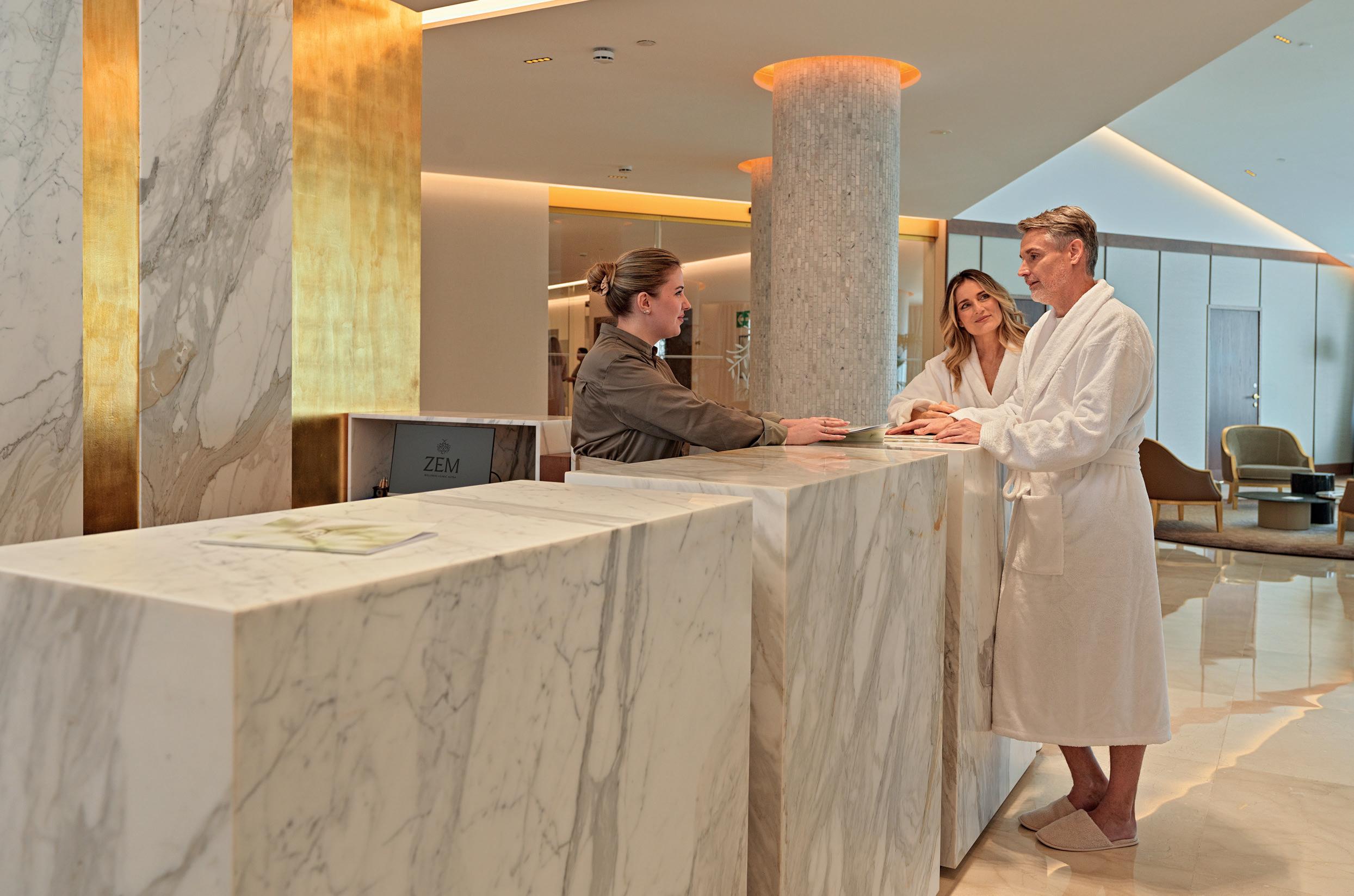
It’s worth noting that many of the consultations I had at ZEM’s wellness clinic were exactly that: consultations with specialist doctors or nutritionists and a chance to ask some general questions. There were very few medical tests giving me insights into my own personal health, though a seven-night stay would have included basic blood analysis.
One exception was the DermaGraphix body mapping, a high-tech scan of my skin, which identified at-risk moles and even took an incredibly detailed, magnified photo of a suspect mole and recommended a further assessment when I returned home. With a family history of melanoma, I wholeheartedly applaud this simple, non-invasive test that can catch problems early while also creating a baseline map of skin lesions for future checks – which can be life-saving.
Another useful test was the Tanita body analysis scale, which measures fat mass, muscle mass and quality, bone mass, visceral fat and total body water, as well as metabolic age and basal metabolic rate. I received a printout of results with a quick interpretation from a doctor, who emphasised the importance of building muscle to improve my metabolic age.
This was reinforced by my functional assessment and training, where a series of tests from Technogym Checkup showed that my Wellness Age is four years younger than my actual age.
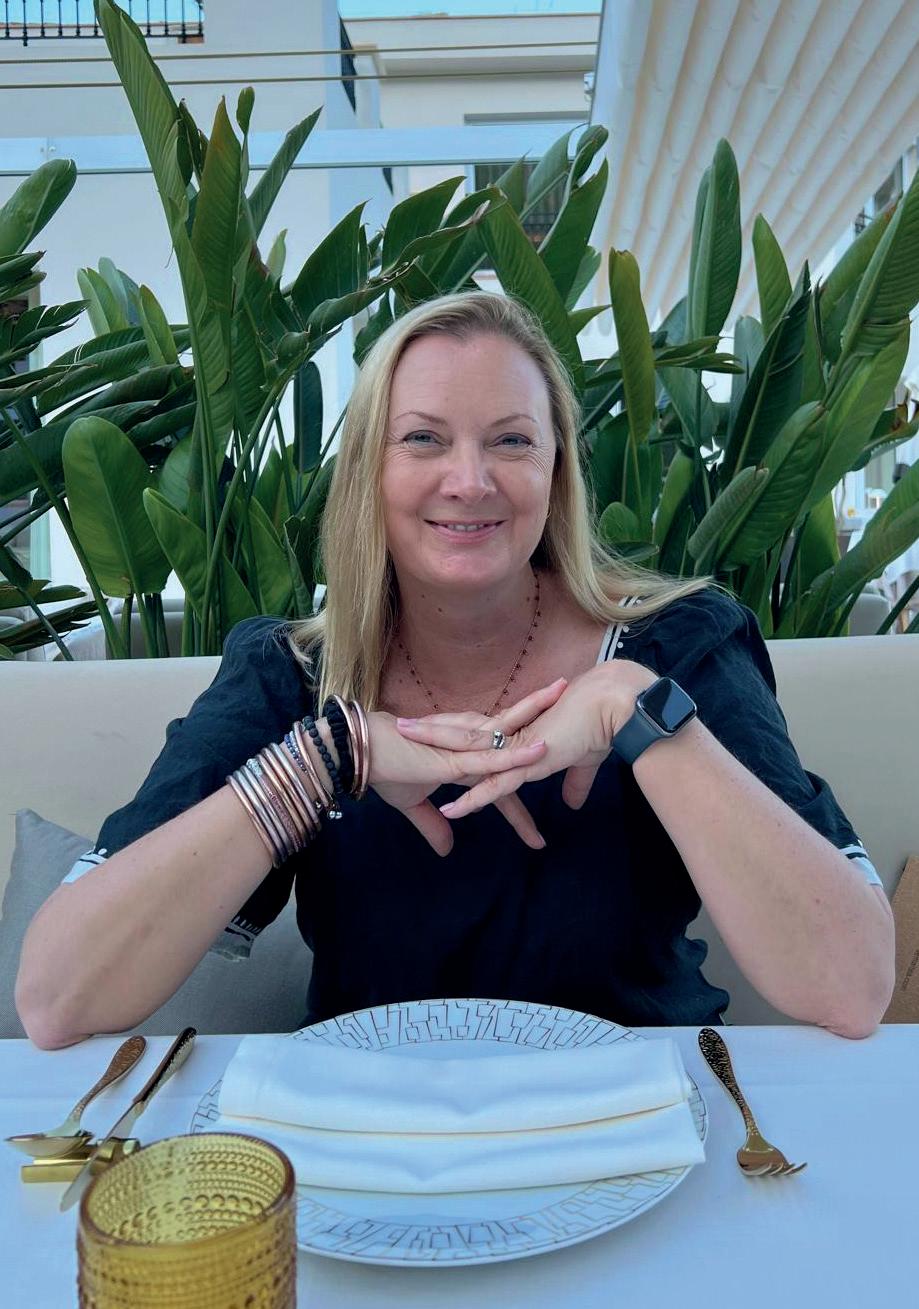
ZEM’s 4,000sq m spa offers everything from high-touch to high-tech therapies
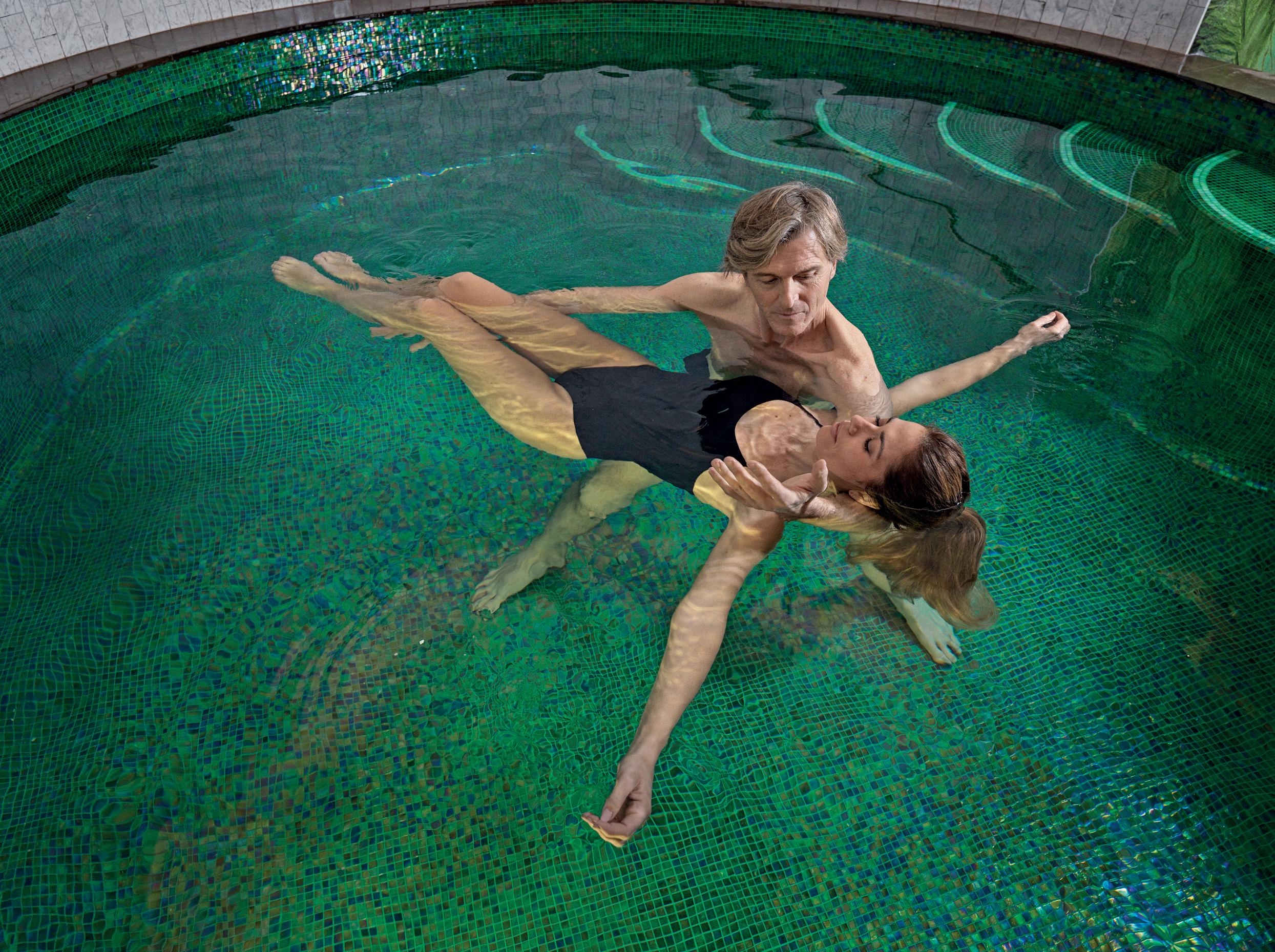
As ZEM finds its footing, it will be a worthy rival
However, that was mostly due to excellent scores in cardio, attention and brain speed and was brought down by my strength score. I’ve known I need to address a lack of upper-body strength for a while, but somehow seeing it in black and white made it exceedingly clear that it’s something I can’t afford to ignore.
Through an AI-based assessment station, the Technogym Checkup also calculated mobility in my ankles, hips, shoulders and neck and my balance on both sides to give a complete picture of my physical and cognitive health. It then prescribed a training protocol, which included tips such as how much weight to start lifting to increase my upper body strength. If my gym at home was Technogymequipped, that training protocol would then adapt over time – and even more interesting, if I came back to ZEM in a year’s time, I could (hopefully) see my work pay off when retaking those tests.
The high-tech fitness and medical wellness tests are complemented by spa treatments in ZEM’s 4,000sq m spa – offering everything from high-touch therapies, such as Thai massage and watsu, to high-tech options
such as hyperbaric oxygen, infrared and plasma light sessions. The spacious, light-filled hydrotherapy circuit contains three saunas, a steamroom, ice room, Himalayan salt cabin and a hydrojet pool.
But aside from the technology or the extensive spa, perhaps the most impressive thing about ZEM was the most basic building block of health: the food. With an anti-inflammatory, plant-forward ethos, the meals at ZEM’s signature restaurant, Salvia, were colourful, beautiful, but most importantly: delicious. Executive chef Javier Esterri – who worked for neighbouring wellness clinic SHA a decade ago, and came to ZEM via sister property Palmaia in Mexico –creates nutrient-rich, farm-to-table meals that rival Michelin-starred restaurants, with much of the food supplied by ZEM’s nearby organic farm, Finca Althaya.
A cooking class with one of the chefs provided a hands-on activity and gave me a healthy recipe to take home as a reminder of my time at ZEM, which, together with my instructions for lifting weights and seeing a dermatologist, provided tangible takeaways to improve my health and wellbeing.


Travelling to SHA, the experience begins the moment I leave the airport. A uniformed driver meets me at arrivals and escorts me to what is quite possibly the most plush Mercedes I’ve ridden in, where – in addition to my cushy headrest and extra legroom, I find a SHA magazine to read, SHA-branded water in an eco-friendly cardboard container and wifi. The trip from the airport is almost exactly the same length as it is to ZEM – 45 minutes – and when I arrive, I’m greeted by a walkway lined with royal palms, a tranquil fountain emblazoned with the SHA logo, and a white marble lobby, where I’m easily checked in before being taken on a quick tour.
This is the group’s flagship site. Its 6,000sq m of spa and wellness facilities entice up to 6,000 guests a year staying in its 93 suites and 11 private residences.
A tray of remarkably delicious vegan cheese, along with grapes, dried apricots and nuts awaits me in my room, as well as a note from the hospitality director explaining that my experience will focus on balance and rejuvenation and thanking me for entrusting the team with my wellbeing. Another note explains the benefits of my snack: nuts are rich in omega 3 and have great anti-inflammatory and cardioprotective
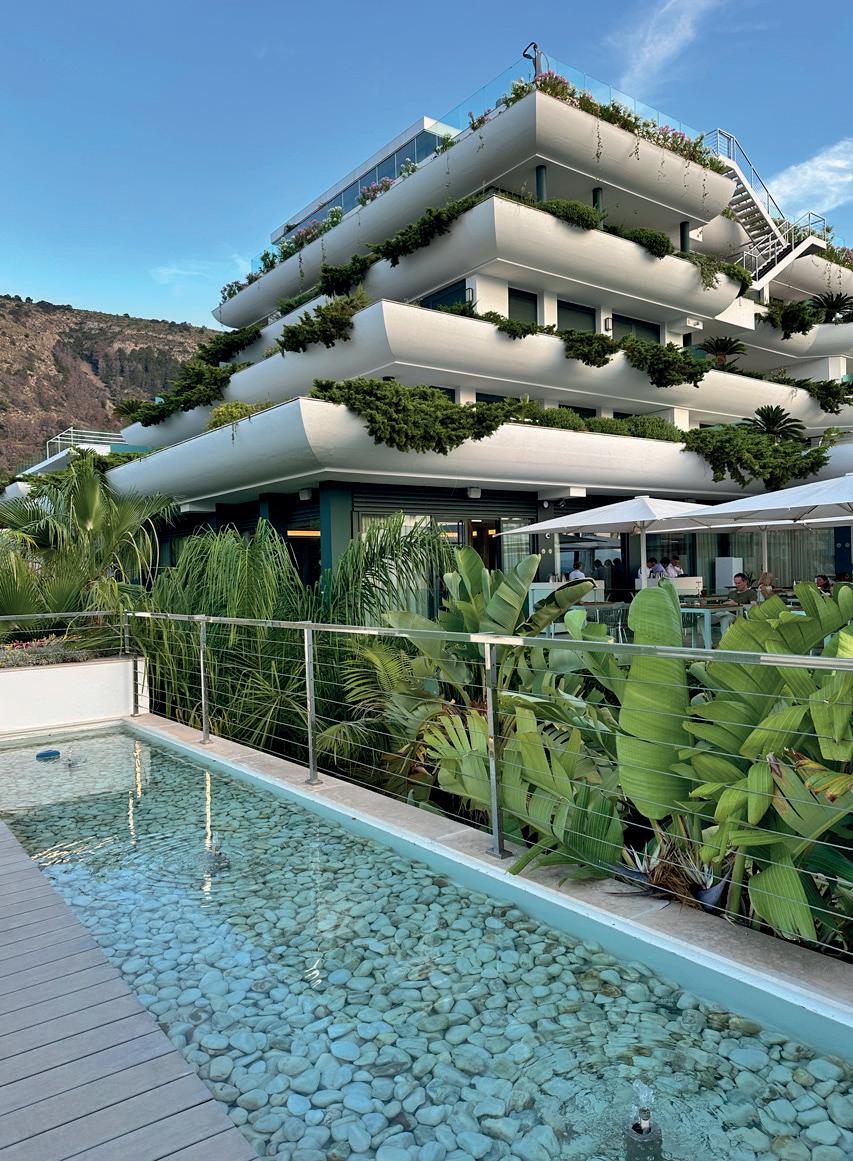
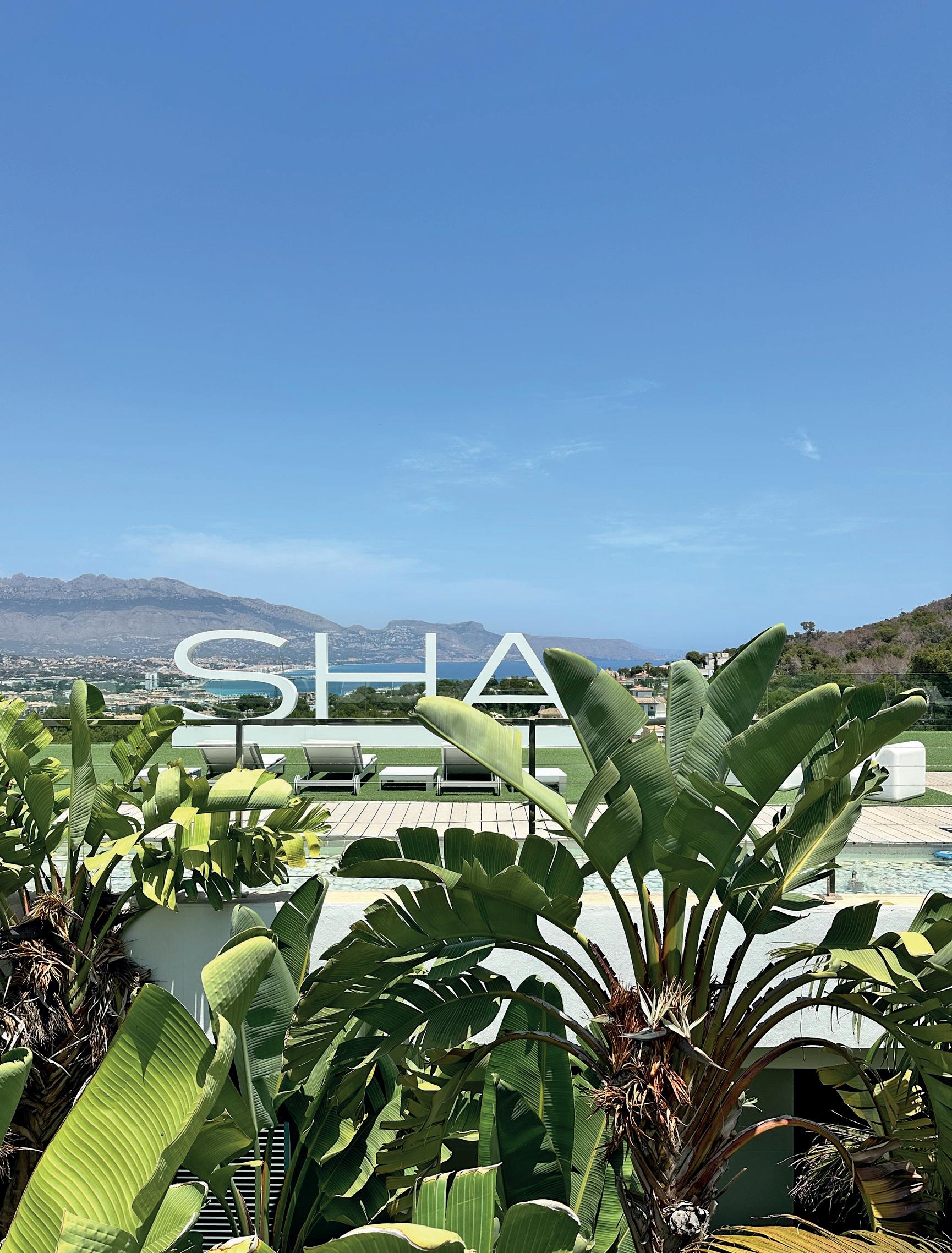
potential; dried apricots improve iron absorption, are rich in fibre and help regulate blood pressure; and grapes are antioxidants, anti-inflammatory and detoxifying. So far, all I’ve done is check into my room, but it’s a fantastic first impression. I can tell that every detail and touchpoint has been thought through.
I’ve come for the four-day Rebalance & Energise programme, starting at €2,500 (US$2,935, £2,182), which is designed to reduce effects of chronic stress, optimise energy production at the cellular level by strengthening mitochondrial function, reduce fatigue and rebalance the body’s systems. The programme combines advanced technologies, treatments and a variety of consultations with experts in nutrition, osteopathy, longevity, hormones and general medicine. Additionally, I’m scheduled for specialist treatments including acupuncture, an abhyanga massage and shiatsu, alongside things such as cryotherapy and pranayama. A series of functional assessments and training rounds out the holistic programme. Several weeks before my trip, I filled out a questionnaire, which has helped inform some of the treatments and consultations on my agenda. I begin the first evening with a general health examination and the Advanced Preventive Diagnosis, which is a combination of non-invasive, high-tech tests that give the doctors a comprehensive picture of my health, all of which took about 90 minutes.
A 90-minute Advanced Preventative Diagnosis at SHA gives a comprehensive overview of guests health
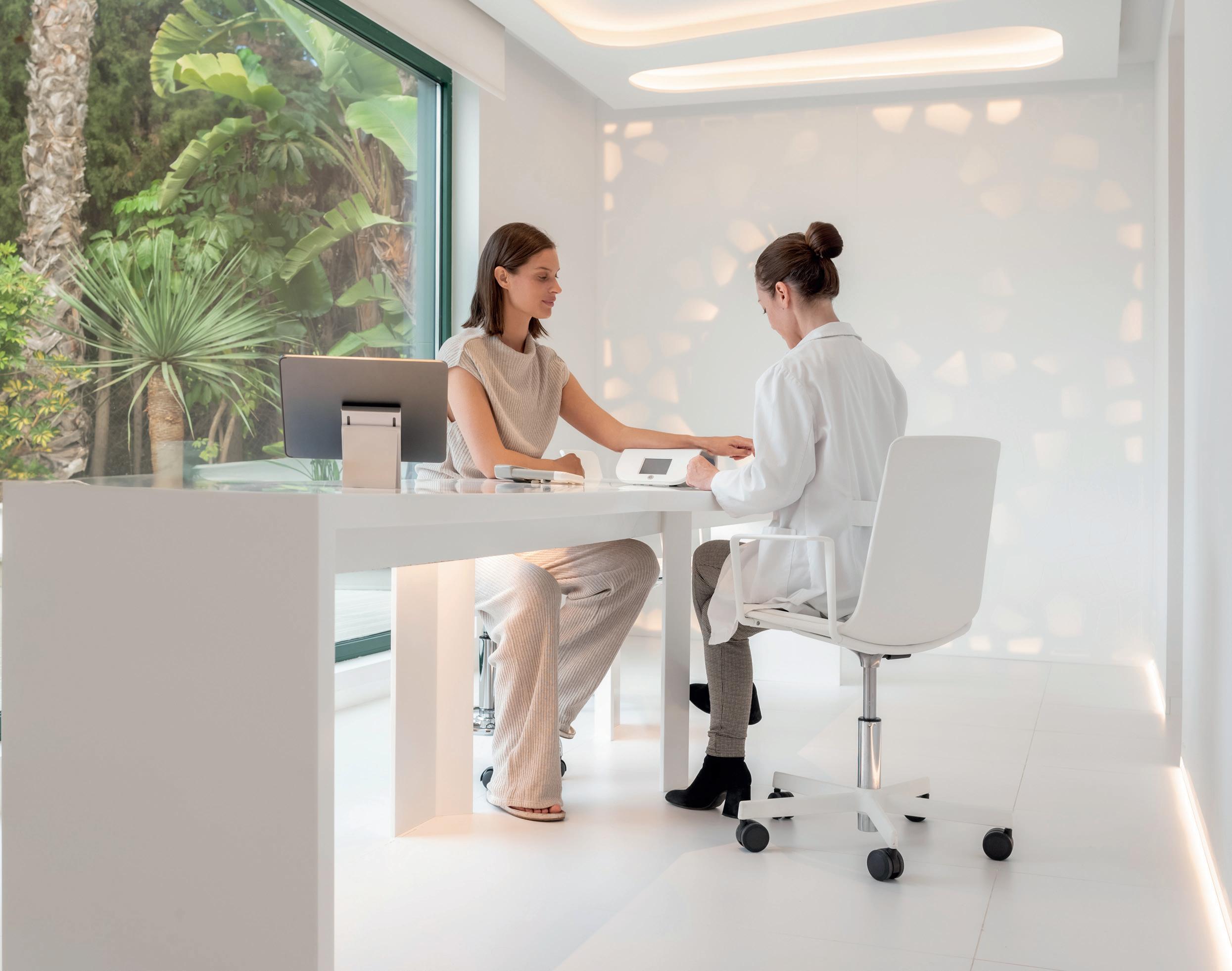
So far, all I’ve done is check in, but SHA gives a fantastic first impression
After this, it’s time for dinner at the outdoor rooftop SHAmadi restaurant, where nearly every table is full. I’m glad to see there are plenty of other solo travellers, but also quite a few couples and several tables with four or more people. The guests come from all over: plenty of Brits and a few Americans, but over the course of my stay, I meet a Lithuanian woman and her mother, a Lebanese/French family who live in Saudi Arabia and an older German couple who’ve been coming to SHA for 10 years.
The SHA nutrition philosophy is based on a balanced, natural and alkaline diet, with a focus on whole grains, legumes, vegetables, fruits, seeds, nuts and seaweed. Three options are available: the SHA Menu, which is the least restrictive; the Biolight Diet, an intermediate menu; and the Kushi Diet for those wanting to control their
weight, which serves smaller portions with a focus on seaweeds, soups and purees. I opt for the Biolight plan for most meals, which includes things such as red prawn ravioli with miso sauce or seabass papillote and seasonal vegetables; and desserts (only at lunch) such as coconut panna cotta with berries. Much like ZEM, the food is spectacular and I could feel a difference in my energy levels after just a few days.
Tea is a big part of the nutrition plan at SHA. After meeting the nutritionist, I’m prescribed teas such as kukicha, kombu, apple kudzu – at each mealtime. Daily afternoon teas also present an incredible assortment of beautiful teas in glass pots, with details of their benefits carefully spelled out – dried daikon (for weight loss and headaches), adzuki (to promote digestion), shitake (to reduce cholesterol).
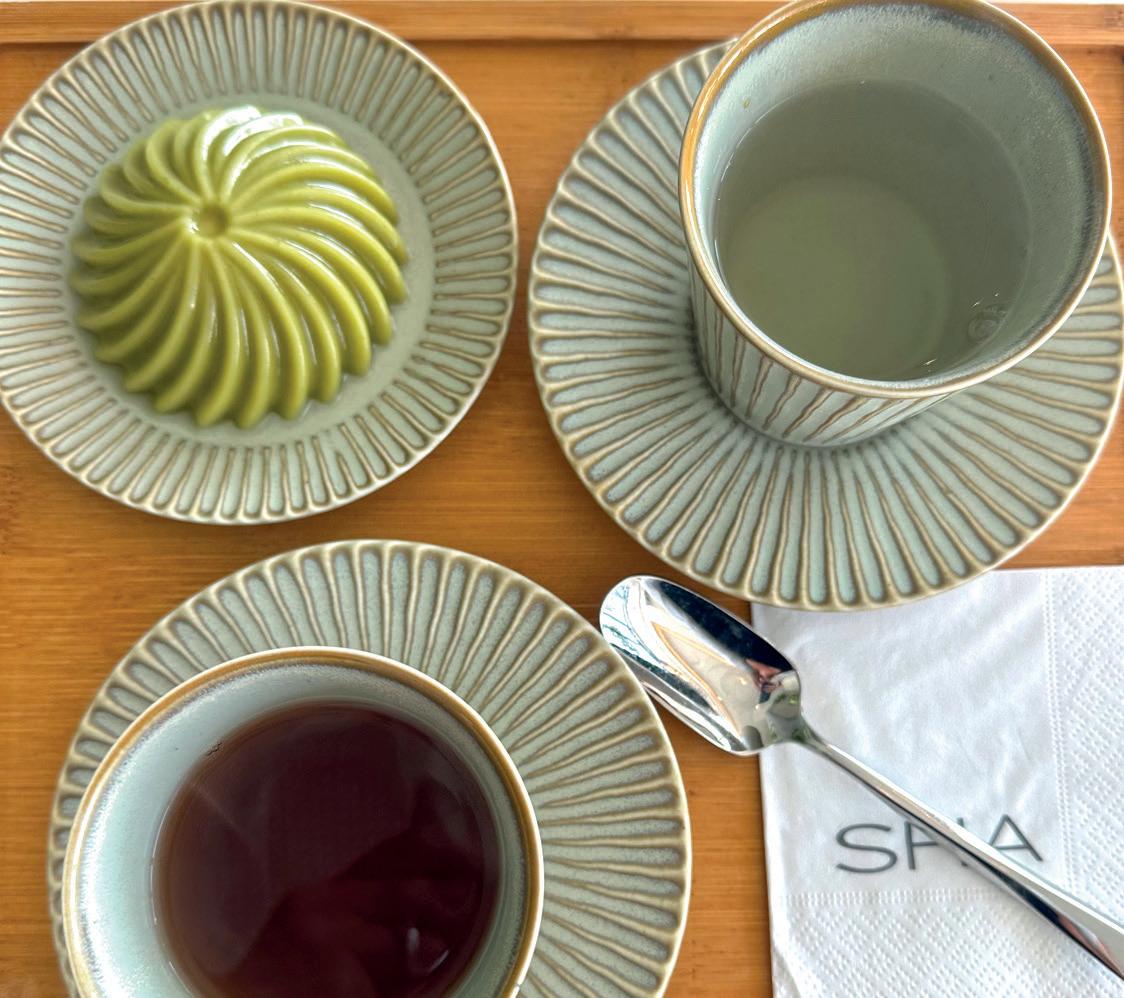
After 17 years in business, SHA runs like a well-oiled machine
After breakfast on my first day, I meet with a doctor for a general medical consultation, where I see the results of my Advanced Proactive Diagnosis. This includes a 3D scan of my body, which shows the percentage of muscle mass and fat mass, BMI, visceral fat, cellular water ratio, waist-hip ratio, cellular water ratio and trunk-leg ratio; vital signs such as heart rate and blood pressure; and my vascular age, based on arterial elasticity and peripheral elasticity. But perhaps most interesting were the tests that measured stress and resilience, which used arterial pulse waves to evaluate the balance between my sympathetic and parasympathetic nervous systems. The doctor explained that my nervous system is ‘very unbalanced’, with my parasympathetic nervous system showing a very low score, while my sympathetic ‘flight or fight’ nervous system score was well beyond the maximum limits. To someone who doesn’t generally feel stressed, this was shocking. My mental stress also came through as ‘very high’, but perhaps the reason I don’t feel stressed is that I also scored ‘very high’ on resilience, an indicator of how well I adapt to stress.
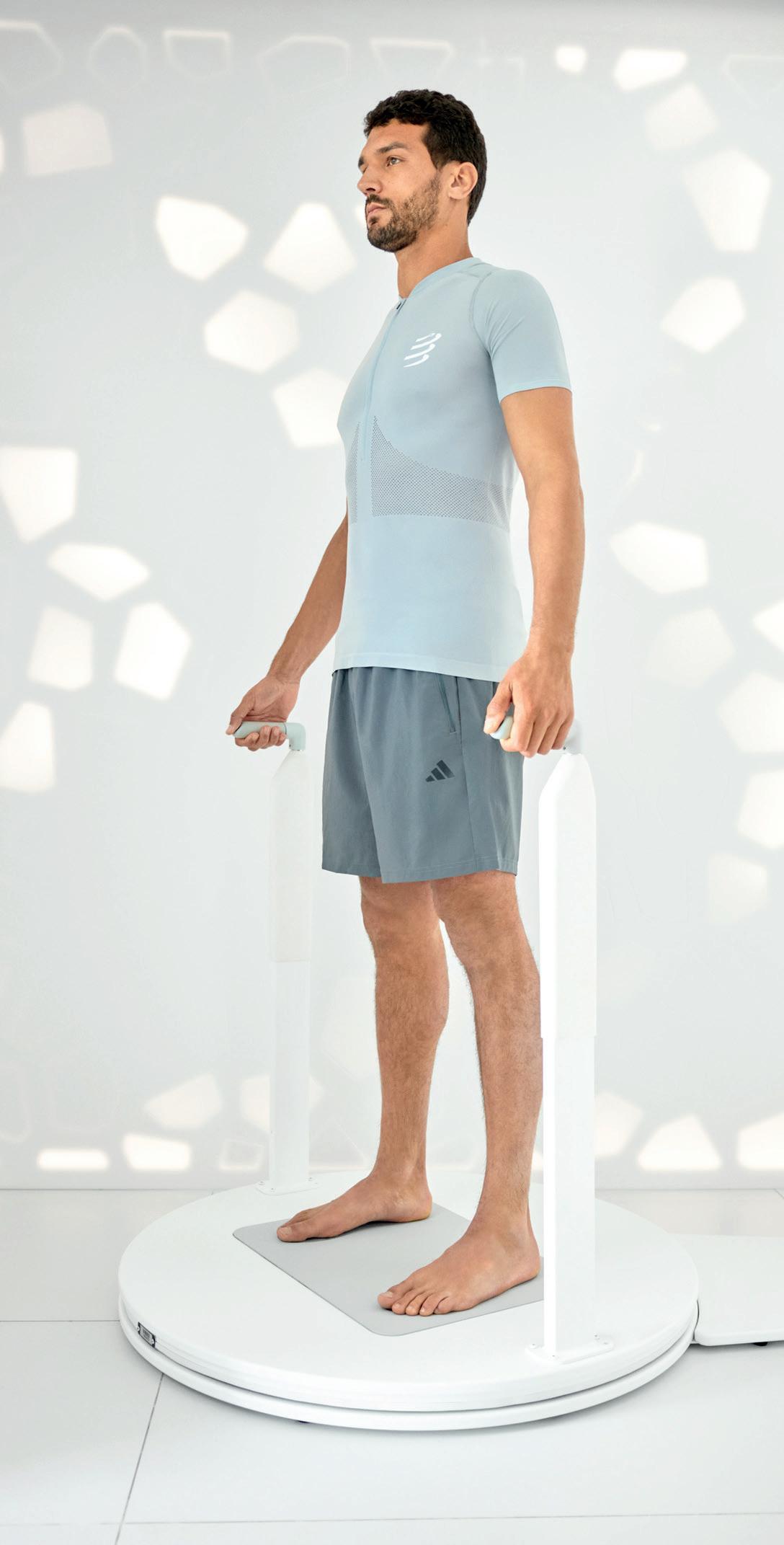
Tests uncovered some surprises and validated other concerns for Kitchen
Still, the doctor emphasised that the most important thing I can do for my health at this point is to reduce the stress in my life and/or find ways to deal with it better, pointing out that in addition to putting me at risk for things such as cardiovascular disease or sleep disorders, long-term stress creates chronic inflammation and amplifies cellular ageing. She prescribed a breathwork class and added it to my schedule and suggested I adopt a daily meditation practice at home. But the biggest thing for me is simply recognising that the stress is there. I make a pact with myself to slow down and to use tools such as pranayama and meditation to bring more balance to my body.
Kitchen noticed a good mix of solo travellers and couples at SHA
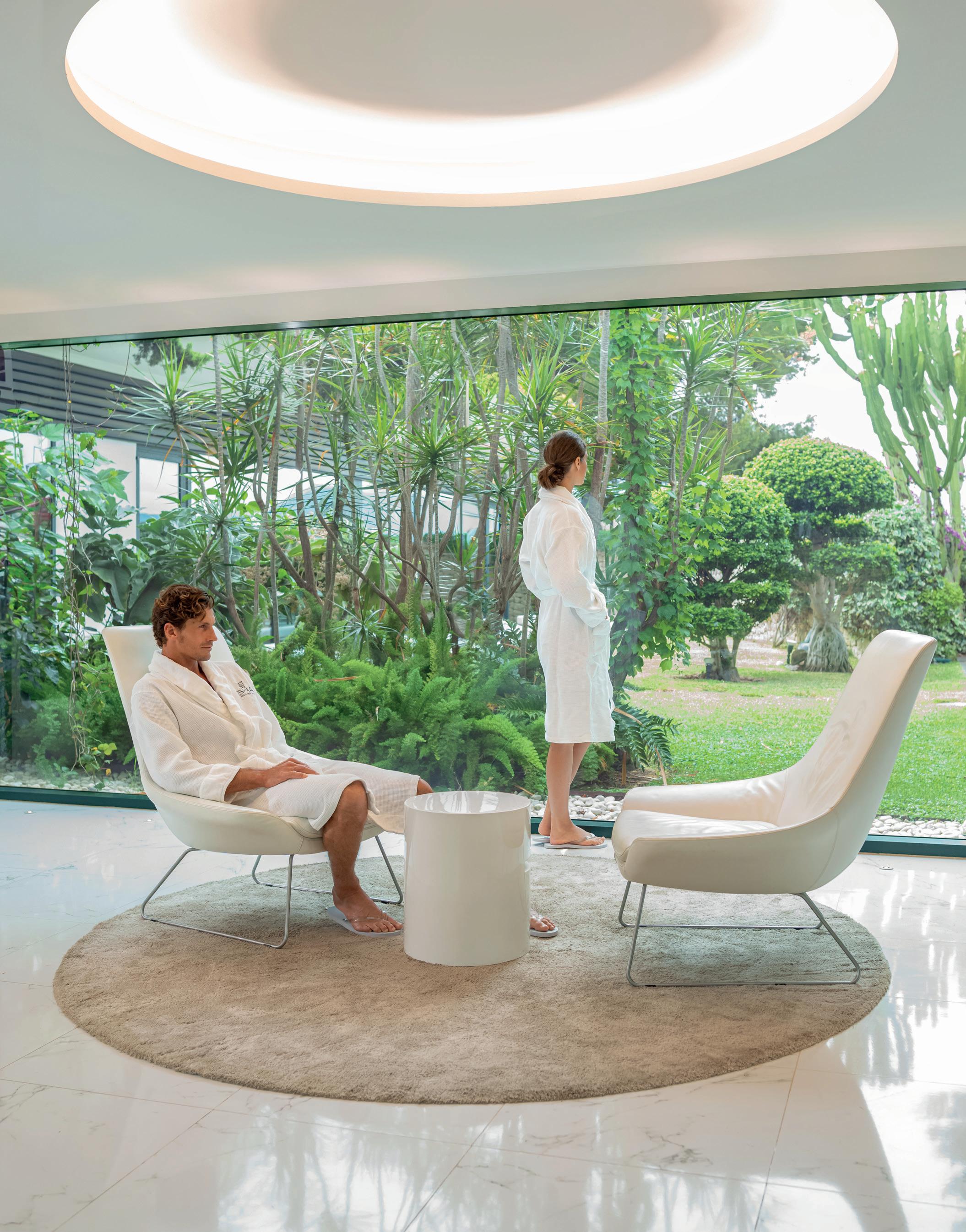
In the end, despite all the high-tech testing capabilities, the things I took away from both ZEM and SHA were the most basic building blocks of wellness: eat well, sleep well, move your body, eliminate stress. Most of my areas for improvement I knew on some level, but seeing the measurements in writing really drove home the message. I’m pleased to report I’m now on a weight-training routine that I plan to see through and if I’m ever back at either ZEM or SHA, I’m sure it would be incredibly satisfying to see measured improvements. The two locations have many similarities: a plethora of high-tech tests and equipment;
access to specialist doctors; beautiful, healthy food; a wealth of spa treatments. But after 17 years in business, SHA is a well-oiled machine. The communication, customer journey and even its easy-to-navigate app all add to the overall experience. That said, ZEM boasts some of the finest technology on the market, as everything is brand-new, as well as an incredible chef, enthusiastic staff and its own organic farm. As ZEM finds its footing, it will be a worthy rival for one of the most celebrated wellness clinics in the world. And judging by the public’s everincreasing interest in longevity and the expanding treatments available, I believe there will be room for both ZEM and SHA in the marketplace. l
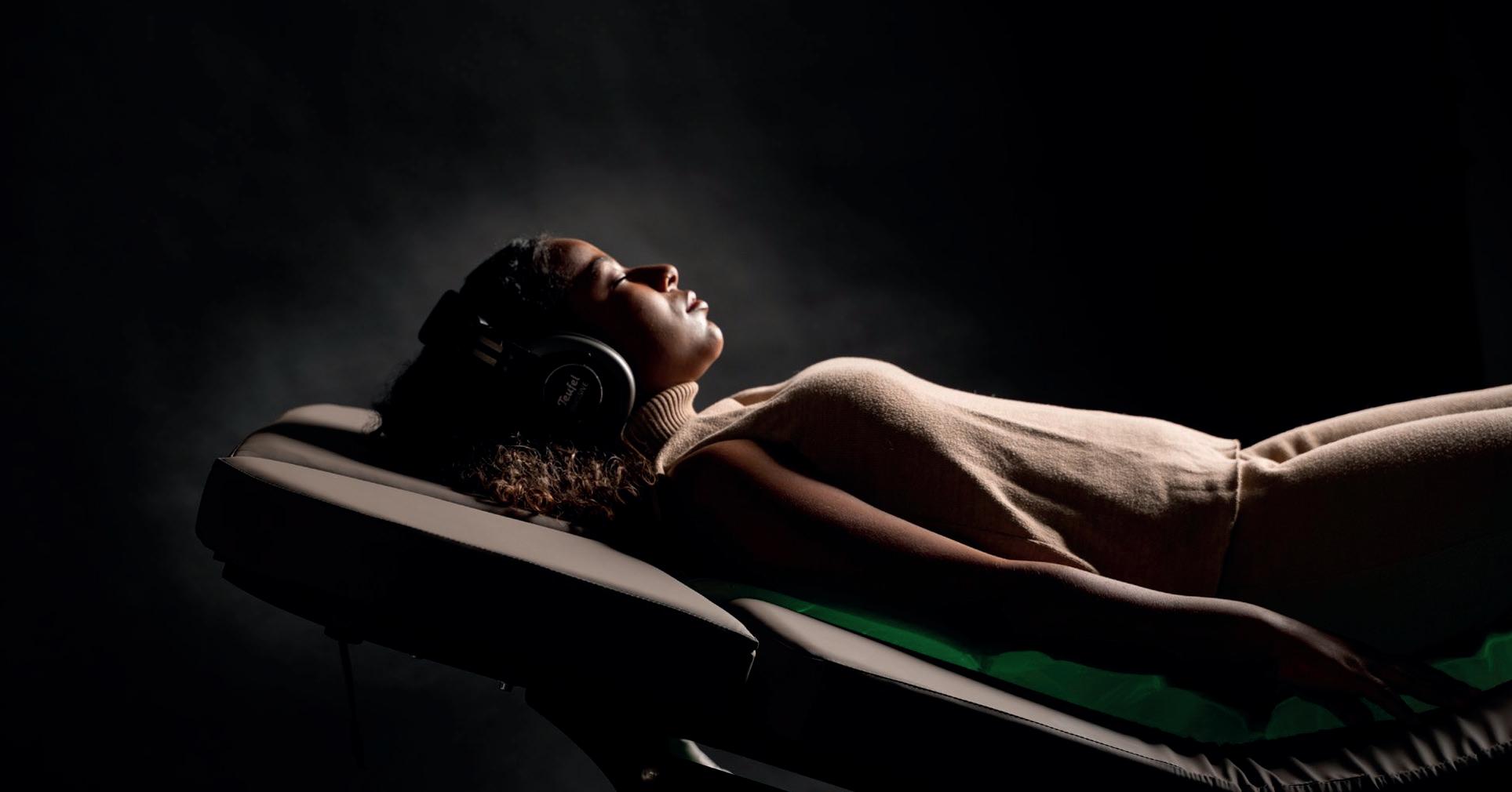
The new brand in the Gharieni Group portfolio – Metawell – is delivering what today’s wellness clients are seeking most – deep recovery and mind-body renewal
Recovery has become a front-and-centre topic across the wellness scene – from elite sporting facilities to corporate wellbeing, and from spas to wellness resorts.
In a world defined by speed and constant demands, the deepest luxury today goes beyond indulgence: it’s the ability to recover and reset both body and mind.
For spa operators, this rising demand is both a challenge and an opportunity. Guests expect more than relaxation; they want offerings that accelerate and amplify wellness outcomes in tangible ways. This is where Metawell steps in – a new brand from leading spa equipment manufacturer Gharieni, which is designed to deliver its mind-body wellness technologies exclusively to the global market.
With a portfolio of 10 cutting-edge technologies, Metawell delivers evidence-based, touchless and hybrid treatments designed to address recovery across body and mind — from calming the nervous system and reducing inflammation to boosting immunity and supporting mental fitness.
Metawell’s approach empowers operators to offer variety and measurable results. This not only satisfies the growing appetite for recovery but also enables operators to future-proof their businesses with scalable, ROI-driven wellness experiences.
Sammy Gharieni, founder and CEO of Gharieni Group, says: “True recovery addresses inflammation, improved immune function and the stress response – outcomes that matter deeply to today’s consumer.
“Metawell supports the delivery of these results consistently – and in ‘touchless’ formats, making it a big value proposition for customer wants and needs, while providing great returns.
“Recovery is not a trend – it’s a shift to the foundation of wellbeing, and Metawell is there to support and guide that shift,” he says.
Today’s consumers know that recovery is more than unwinding after a busy day and are seeking treatments to help them achieve a physiological and psychological reset.
Metawell’s mind-body wellness technologies are designed with this in mind. Touchless and fully-automated, they offer consistent experiences for guests while optimising staff resources. Some integrate seamlessly with traditional spa services, complementing the human touch and allowing operators to expand their menus with innovative, evidence-based options.
The physical benefits of recovery technologies are well-documented. Modalities such as far-infrared
(MLX i3Dome), Intermittent Vacuum Therapy (G-Vac), and sound or hydrotherapy (Zestós DryFloat) can reduce muscular tension, support lymphatic drainage and assist detoxification. These processes are vital in lowering inflammation – a key contributor to fatigue, pain and accelerated ageing. When inflammation is managed and circulation improves, the immune system is strengthened. People ‘bounce back’ faster, with more energy and resilience after stress, exercise or travel. By offering technologies that directly support immune function, spas align with one of today’s top wellness priorities. Recovery requires shifting into the parasympathetic state, where the nervous system rests and restores balance. Binaural Vibroacoustic technologies, such as the RLX Satori Mental Fitness lounger or Welnamis, trigger this response in a single treatment.
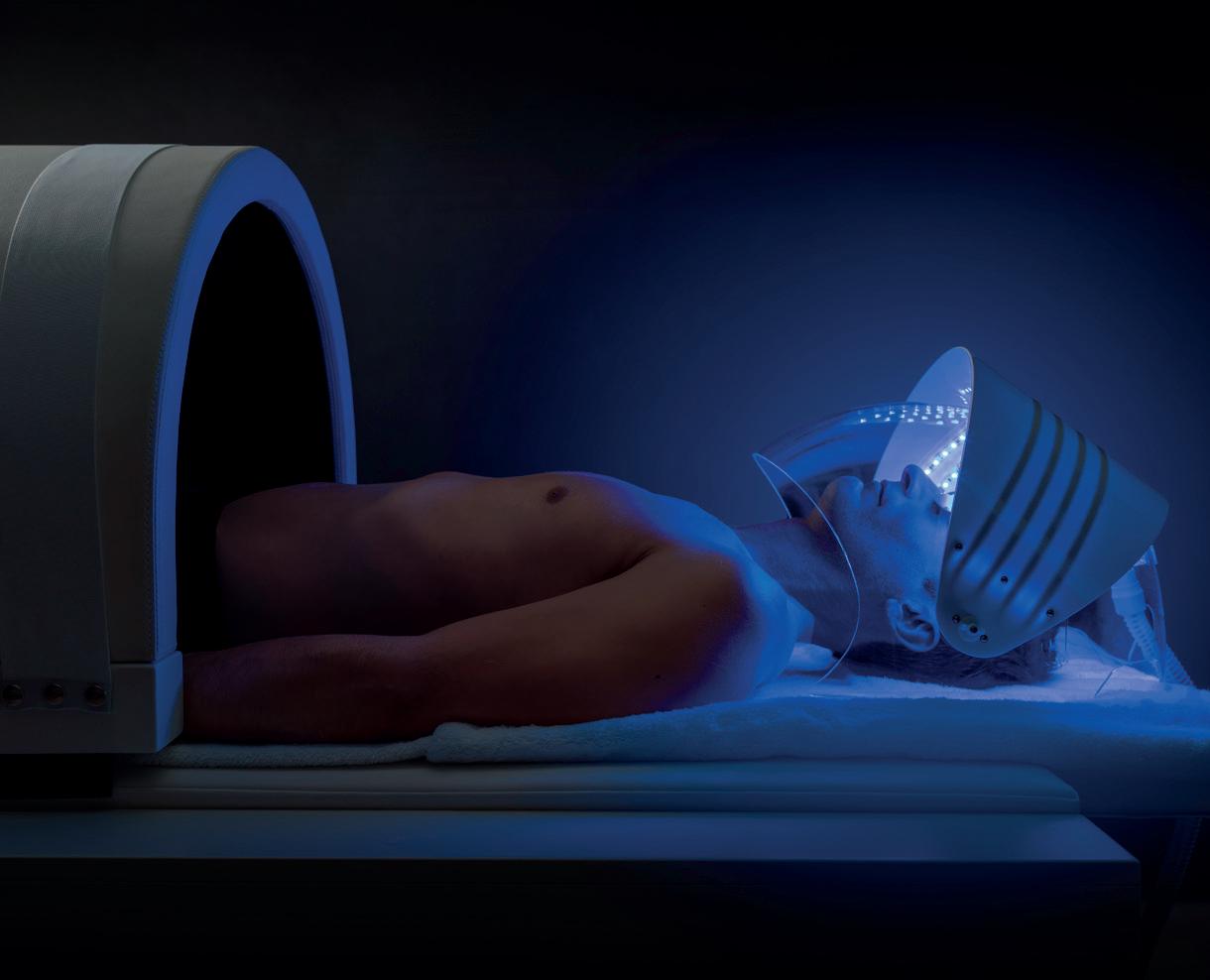
Gharieni’s MLX i3Dome does not require a therapist in attendance
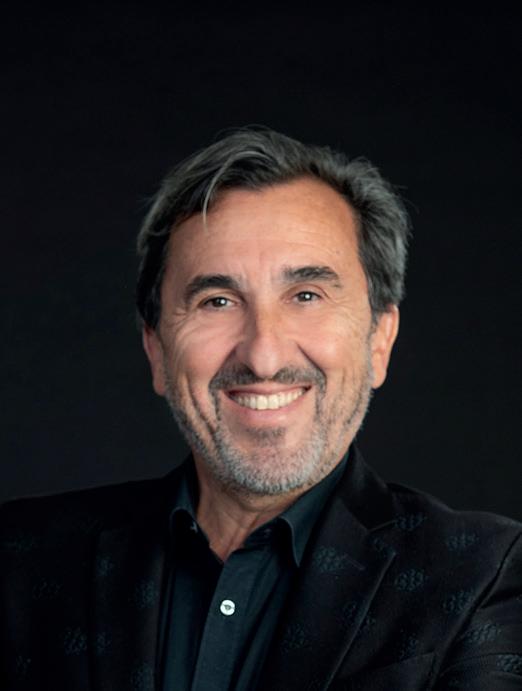
Recovery is not a trend – it’s a shift to the foundation of wellbeing
Sammy Gharieni, Founder and CEO,
Gharieni Group
For operators, the key question is not “Does this work?” But “How does this work for my business?” Metawell’s touchless technologies require little additional staff time, enabling greater throughput and efficiency. These automated experiences can be offered as standalone treatments, bundled with traditional spa services, or integrated into personalised journeys. Guests value the accessibility and their experience remains effortless: they simply relax into the technology and allow the reset to unfold. Meanwhile operators benefit from repeatable outcomes, reduced labour challenges and stronger profitability.
Metawell’s most powerful quality is its grounding in evidence. Spa professionals and their clients want assurance that technologies are effective. By emphasising the beneficial outcomes operators can confidently position these treatments as integral parts of wellness strategies. l
More: www.gharieni.com
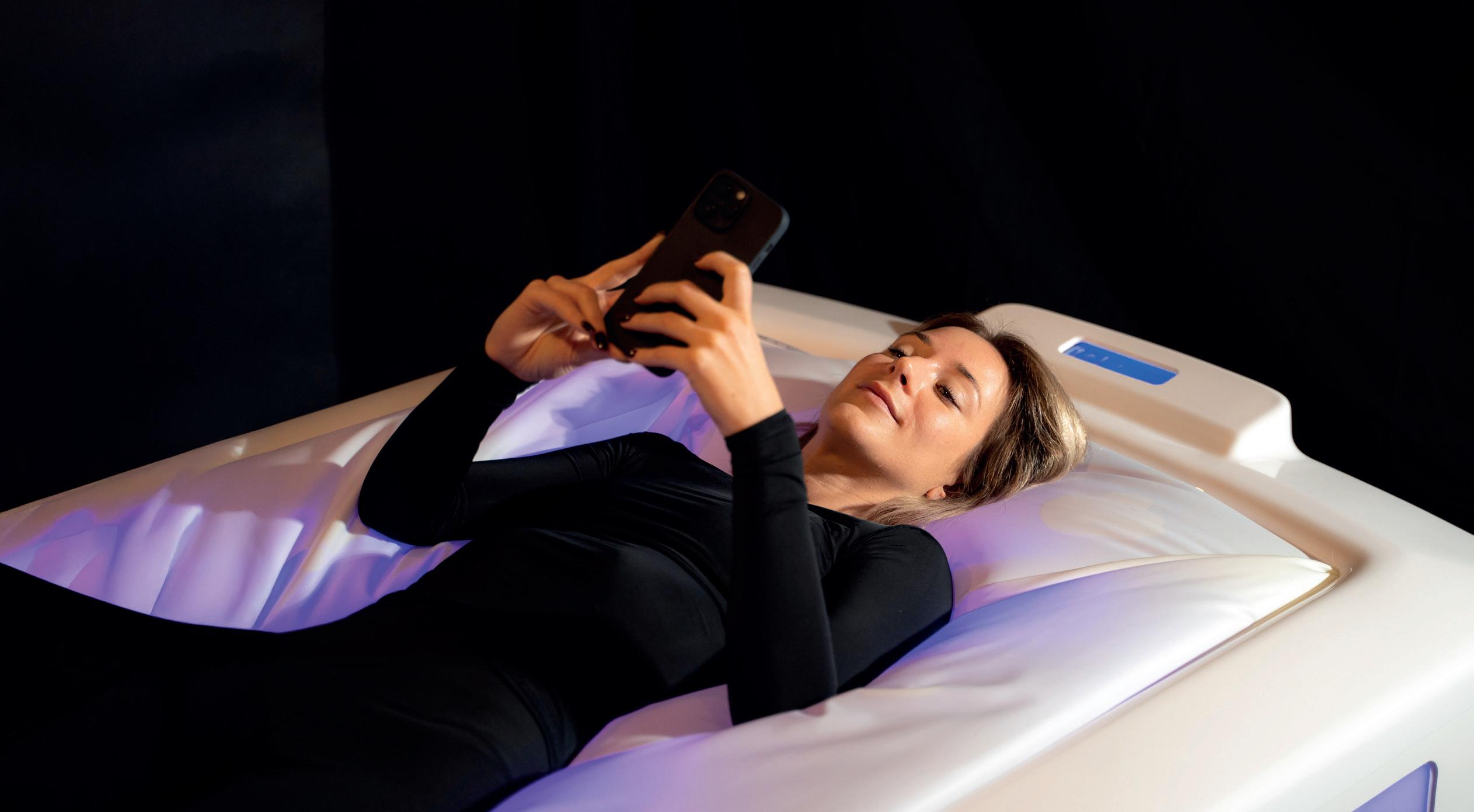
The Zestós DryFloat is a treatment that benefits both mind and body
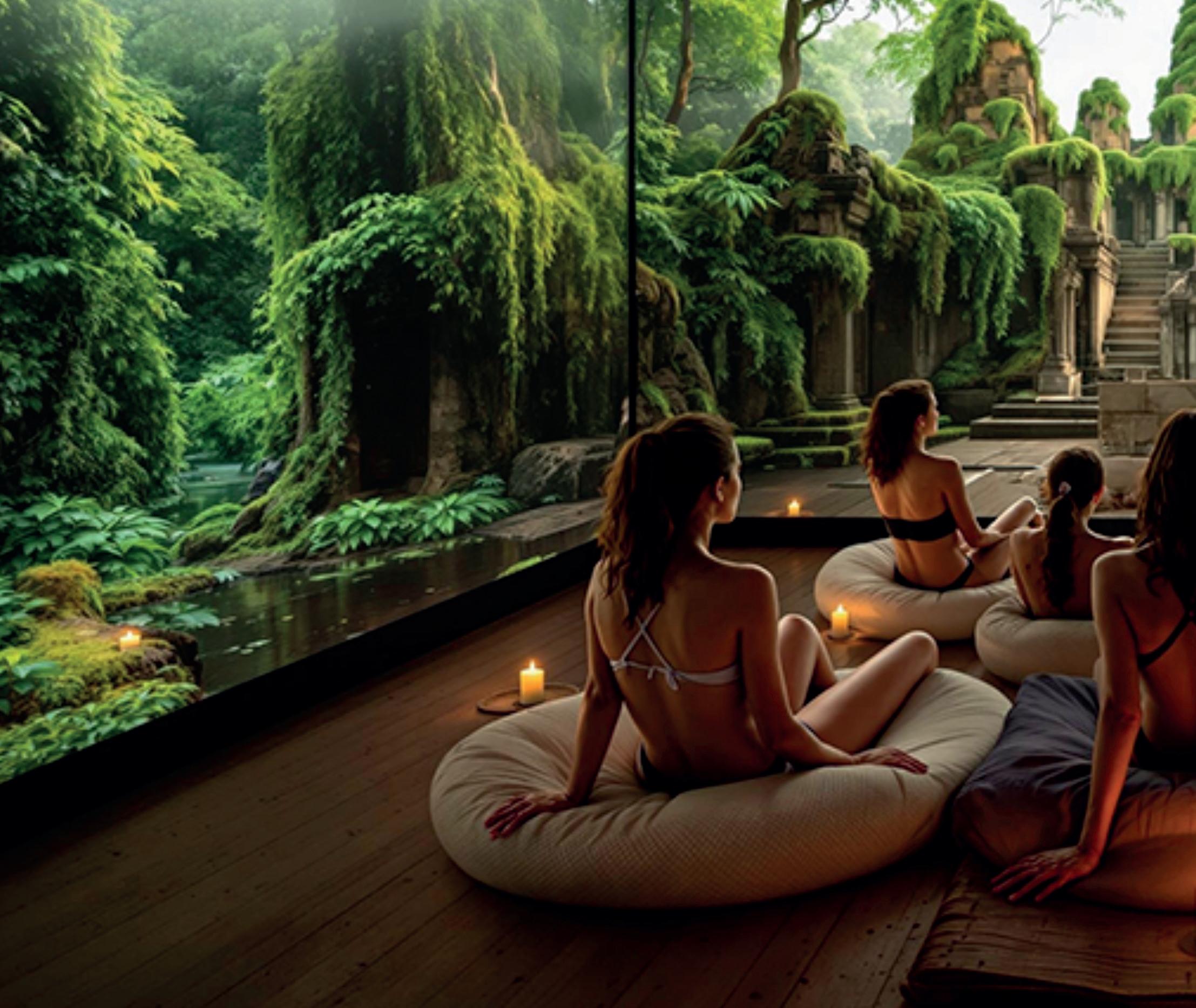
Spa and wellness industry suppliers tell us about their latest product, treatment and equipment launches
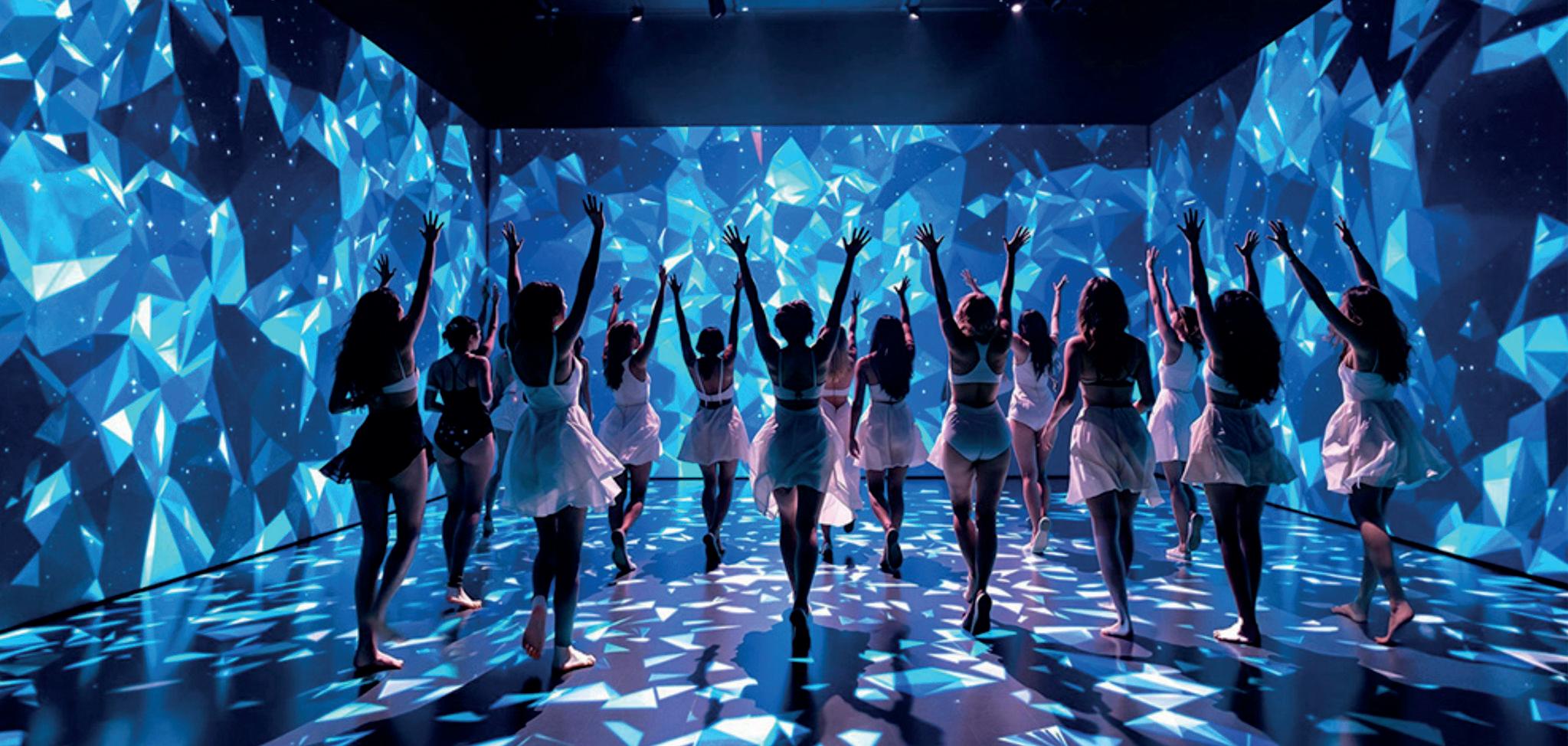
For more insight, or to get in touch with the companies featured, visit www.spa-kit.net and type in their keyword
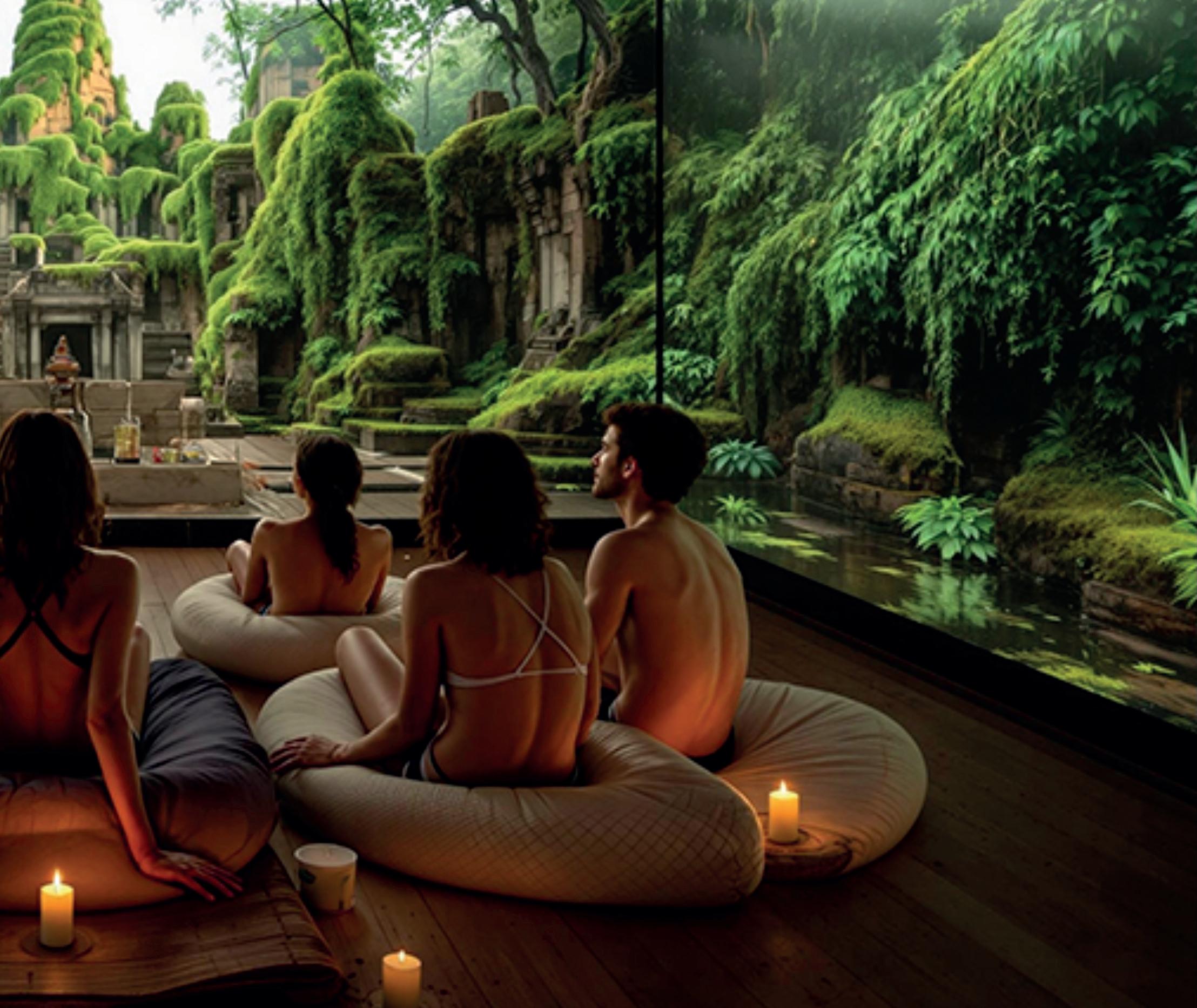
Vidarium is no longer limited to dome-shaped rooms and can be installed in any spa area
Founded more than 10 years ago, LivinGlobe was one of the first companies in the immersive wellness space with its dome-shaped Vidarium.
It has now revealed a key adaptation. Its visually striking films can be integrated into rooms of any shape or size (not just domes) to create touchless therapy spaces in any spa environment.
“I became a film director because I wanted others to see my visions, to create a space of dreaming,” says LivinGlobe founder Harald Singer, explaining that he’s constantly adding new content to Vidarium’s wide range of relaxing high-resolution videos and
soundscapes and can custom-create videos if required. Most recently, LivinGlobe collaborated with Ageless Societies and is working on specialised longevity content, such as breath and recovery sessions.
Depending on budget, LivinGlobe can install ultra short-throw projections or premium LED panels, as well as the surround sound system and video server. Films can be viewed on walls, ceilings or floors – or even curved panoramic surfaces.
Singer adds: “Vidarium is perfect for operators who want to transform their under-utilised spaces into high-value experiences with minimal staffing required.”
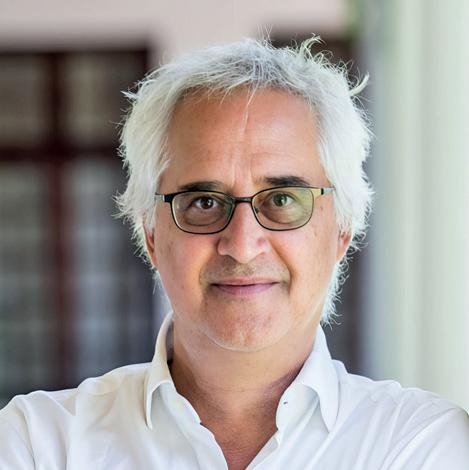
Operators can transform under-utilised spaces into high-value experiences
Harald Singer
http://lei.sr/t9o6Q
spa-kit.net keyword: LivinGlobe
Daniel Smith on Moods, a refreshingly modern aromatherapy line
Chill, Frisky and Hustle.
These are just four of eight ‘aromatic character’ categories used by a new, refreshingly modern aromatherapy brand called Moods.
Its consumer-facing retail lines launched earlier this year and now it’s revealed a spa division, MoodsPro, with an impressive debut partner – the Asaya Spa at London’s highly anticipated The Chancery Rosewood.
“We’re building the next generation of spa treatments,” says MoodsPro co-founder, Daniel Smith. “Designed for a world where performance, recovery and emotional reset are no longer optional – they’re essential.”
Following clinical trials performed by the psychology department at the University of Northumbria, MoodsPro claims
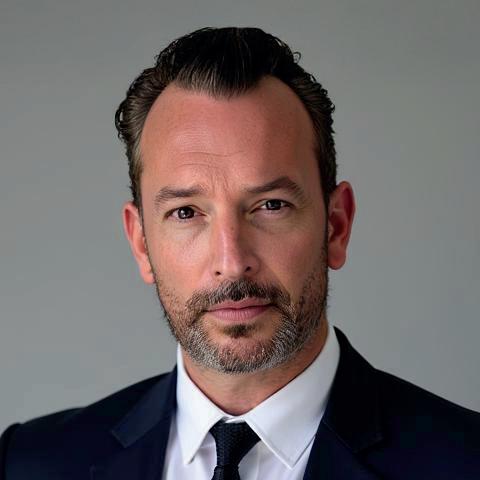
its signature aromatherapy blends lower cortisol levels, decrease fatigue, increase brain activity, reduce social anxiety and allow for faster heart rate recovery.
The blends are combined with bodywork and soundscapes – along with the eye-catching retail products – to create a turnkey treatment experience.
While treatments are only currently available in London at the Rosewood, MoodsPro has confirmed its seeking collaborations with five-star spas globally.
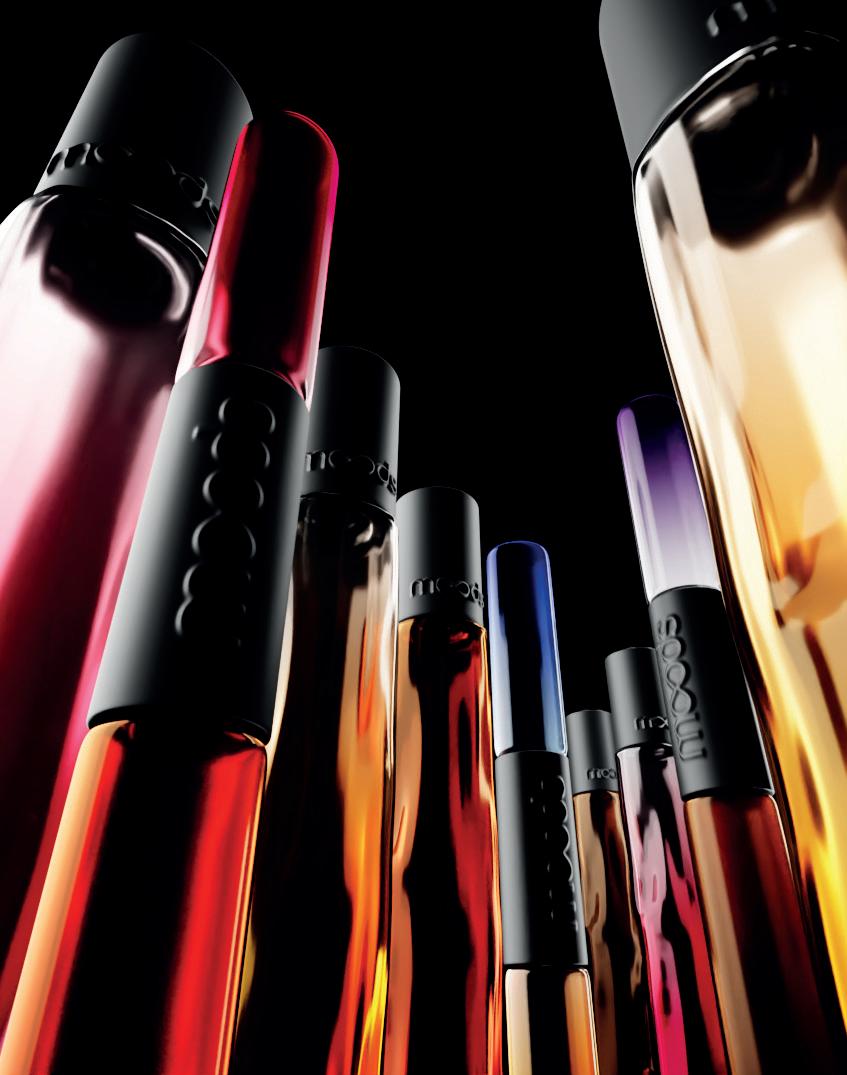
line includes a range of eye-catching retail products
Sew Handpan’s Stefano Ingrosso launches sound healing installation
Italian instrument manufacturer
spa-kit.net keyword: Moods
Sew Handpan has revealed a sculptural musical installation called Sound Tree to enhance public spaces and wellness operations.
“The Sound Tree is a living bridge between art, nature and human emotion,” declares founder and CEO Stefano Ingrosso. “Each note invites people to pause, listen and reconnect – turning any space into an experience of beauty, healing and togetherness.”
The musical instrument, ideal for sound healing experiences or to furnish communal spaces, is made of weather-resistant materials that anyone can play.
We’re building the next generation of spa treatments – Daniel Smith
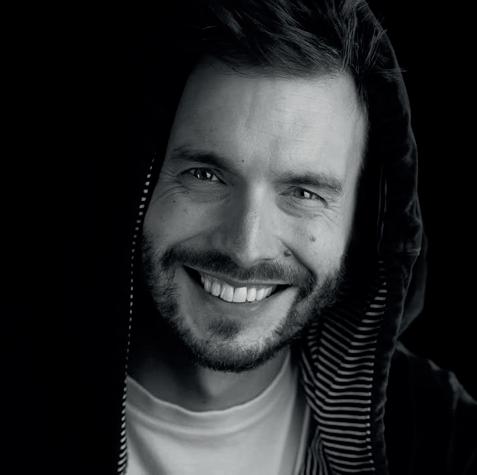
It’s
a living bridge between art, nature and human emotion
Stefano Ingrosso
Suspended from a corten steel frame – or trunk – the aluminium tubular bells produce harmonic tones when struck with two simple mallets.
spa-kit.net keywords: Sew Handpan
http://lei.sr/X5v5C
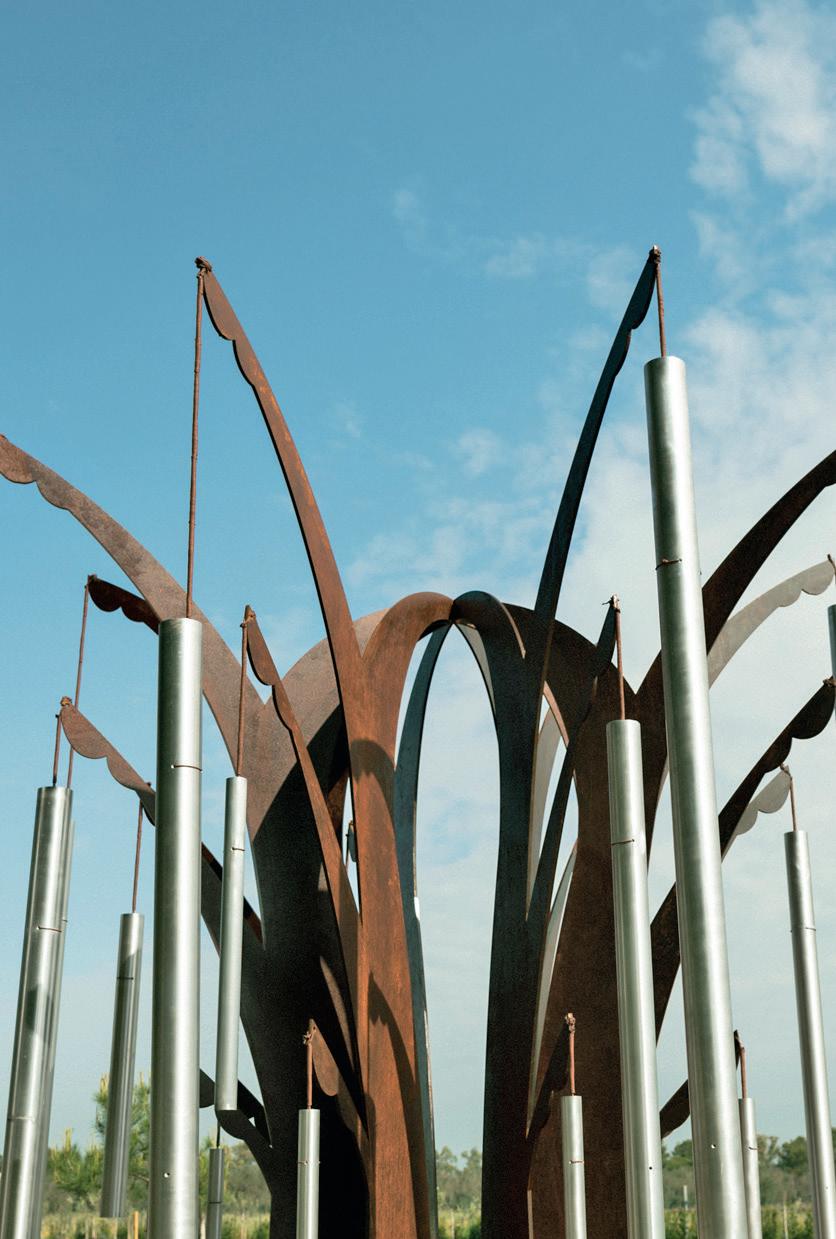
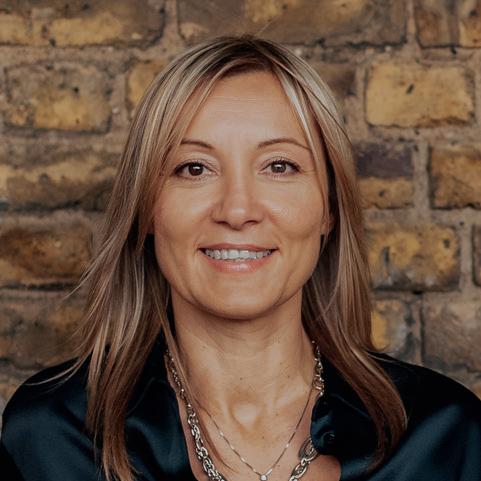
The motion is inspired by NASA’s zero-gravity
Mirjana Prokic
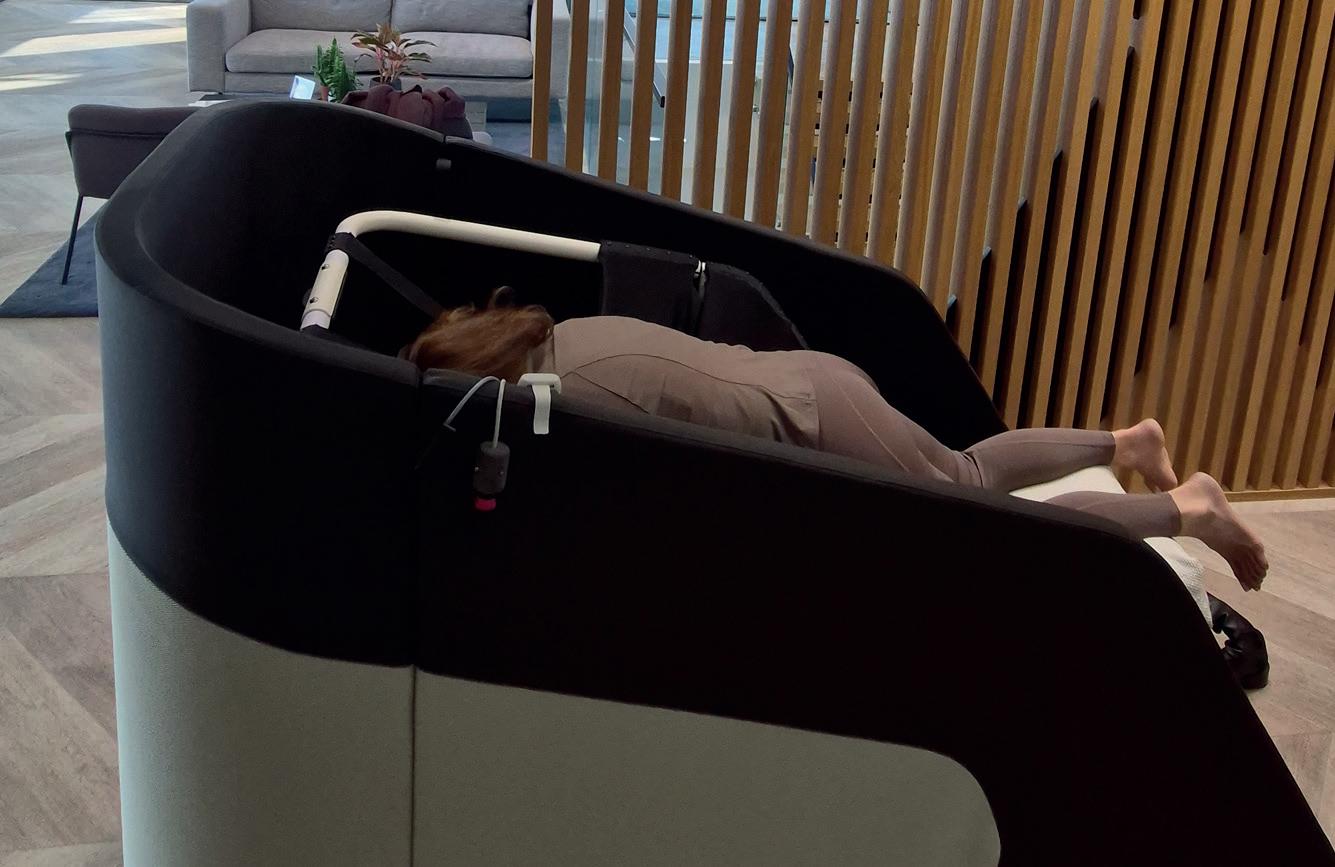
Orca, described as “the world’s first forward-tilt incliner” for ‘intelligent recovery’ is designed to deliver up to 3 hours’ worth of conventional rest in a fraction of the time.
Unlike traditional reclining solutions, Orca shifts recovery to the prone-forward posture. It’s been manufactured by hangAir Global, which says the motion is inspired by NASA’s zero-gravity and Alexander Technique insights – a position where the body naturally lifts its own weight
off the diaphragm and lungs, allowing breath to return without effort.
It adjusts at the hips, pellicle frame and headrest for comfort, incorporates a nurturing rocking motion and also delivers psychoacoustic soundscapes by Tom Middleton of White Mirror.
In addition, Orca can connect with existing wearables to monitor statistics before, during and after use, while its app can track sessions and make personalised suggestions.
HangAir founder and CEO, Mirjana Prokic, was inspired to create Orca after years of stress as a global executive. “I hit burnout and that’s where the journey began,” she says, “a simple question drove seven years of science, design and innovation – what if recovery could happen in 10–20 minutes, anywhere, without any external input or instruction?”
Andrii Dmytriiev introduces Mood Board’s 5d immersive wellness experience
“Most spas look and feel the same, but guests want something new, immersive and innovative,” declares Andrii Dmytriiev, co-founder of Mood Board Engineering.
The Budapest-based company will unveil its 5d immersive wellness experience for saunas and other spa areas at the Aquanale and Piscina trade fairs in October and November.
Mood Board has been designed to synchronise light, sound and aroma effects with climate modules such as misting, fog, rain, steam and air fall to turn a spa visit into a theatrical wellness show. “Spas already give relaxation, but what we offer is emotional engagement and memorable moments,” says Dmytriiev.
Backed by a team of engineers, IT specialists, designers and sound producers, Mood Board has been
created to offer easy-to-install, plugand-play modules for existing facilities. From recreating an atmospheric thunderstorm or Viking rallying call to a calm Hawaiian beach, spa shows can be tailor-made or pre-programmed. Operators or guests can control the different scenarios via voice command, touch screen or remote controls inside or outside the room.
spa-kit.net keyword: hangAir
http://lei.sr/9H1f9
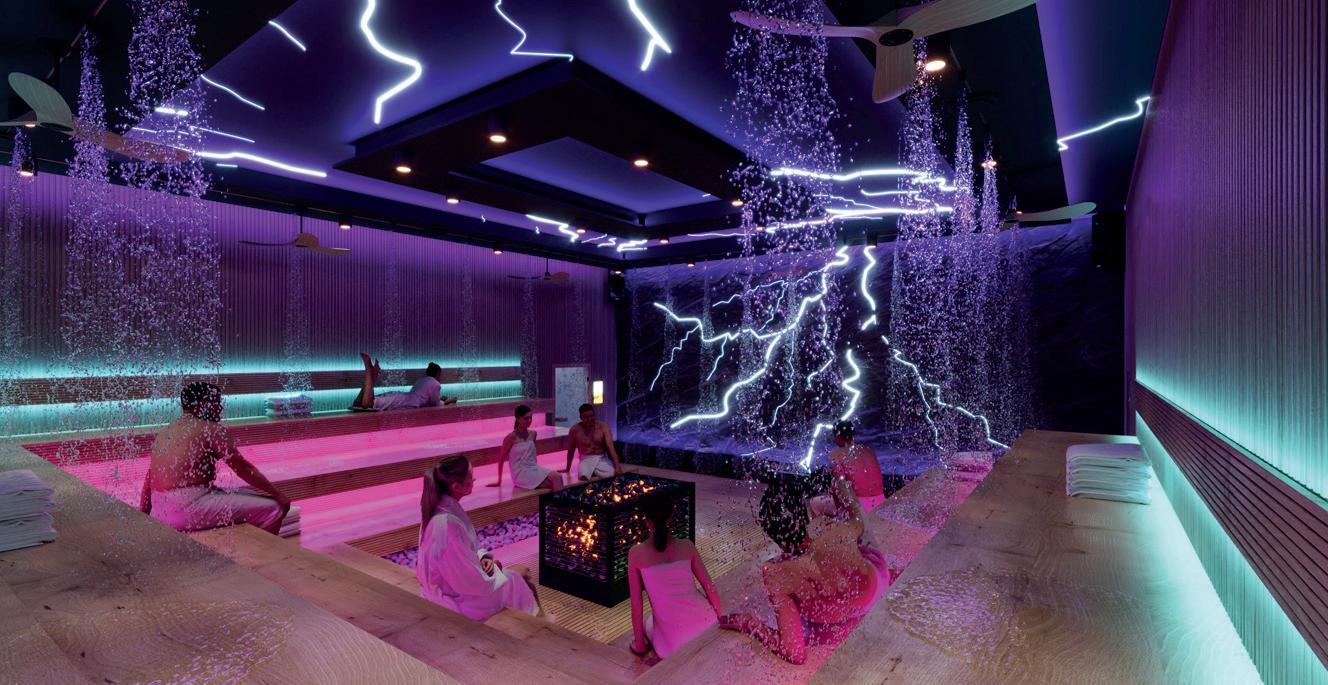
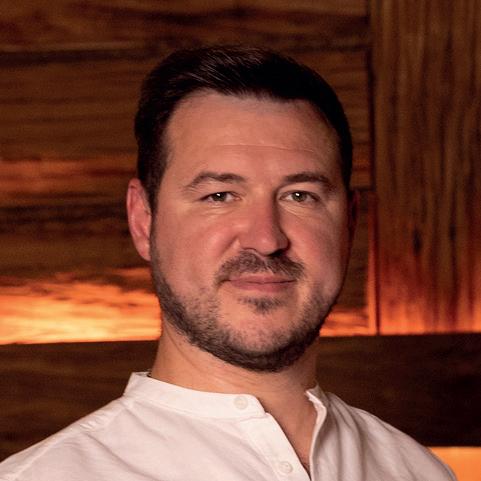
spa-kit.net keywords: Mood Board
http://lei.sr/f8N0i
We offer emotional engagement and memorable moments
Rest & Restore Liposomal Magnesium Spray, a natural mist designed to support the body’s innate rhythms of rest, repair and nervous system balance, is the latest innovation from Synthesis Organics.
The Australian company, which counts Four Seasons as a partner, specialises in regenerative and bioenergetic skincare and grows ingredients at its ‘factory in the forest’ in the Byron Bay hinterland. Its new spray is suitable for children and adults and based on magnesium, a mineral that aids muscle recovery, sleep regeneration, stress resilience and cognitive health. Sunflowerderived phospholipids are used to enhance absorption, while skin-soothing calendula – cultivated onsite in alignment with the rhythms of nature – is another standout ingredient. Lavender, Roman chamomile, frankincense and sweet orange add to the sensorial experience.
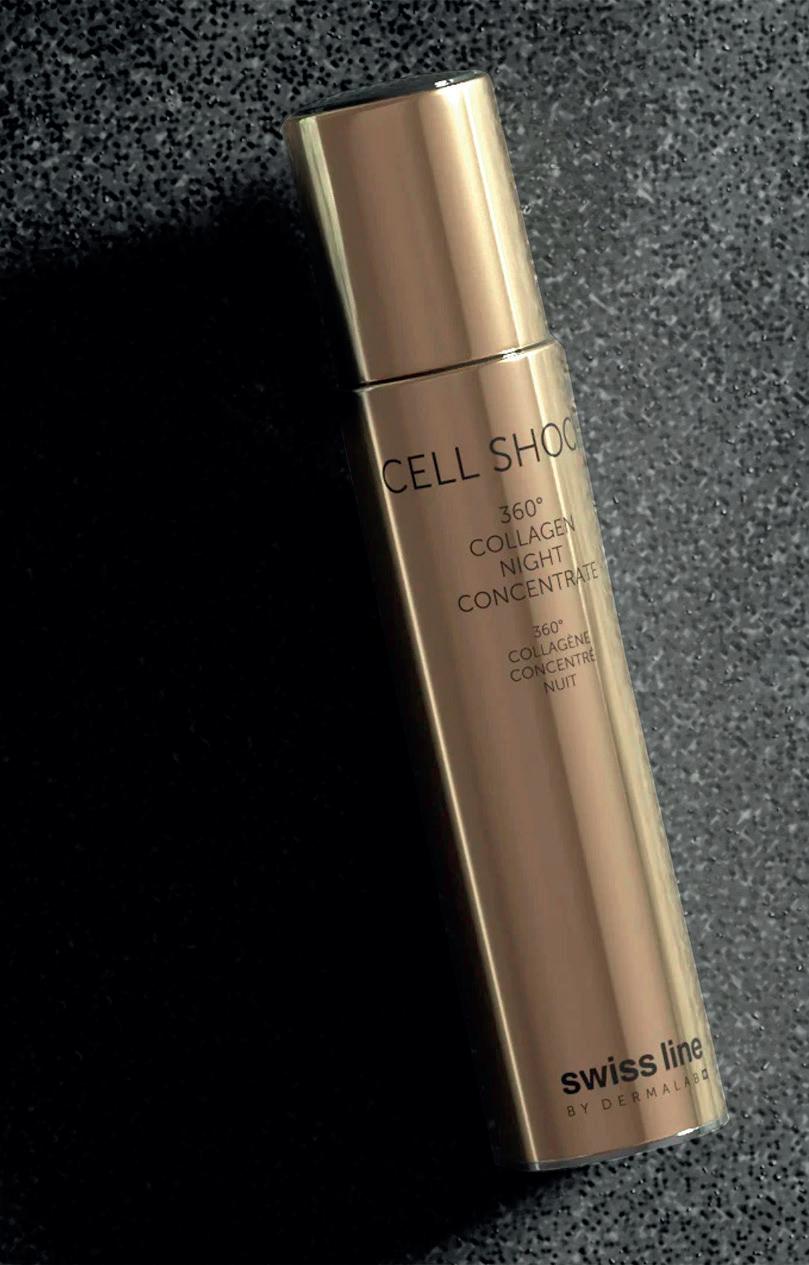
The formula has been created to replenish NAD+ coenzyme

This spray is a gentle ally for recalibration of the nervous system
Theme Rains
“In today’s world, rest has become a radical act,” says founder Theme Rains. “Yet it’s in those quiet moments of restoration that our nervous system recalibrates, our cells repair and our spirit realigns. This spray is a gentle ally for that process.”
http://lei.sr/f3s5s
The mist is believed to aid muscle recovery, sleep and cognitive health spa-kit.net keyword: Synthesis
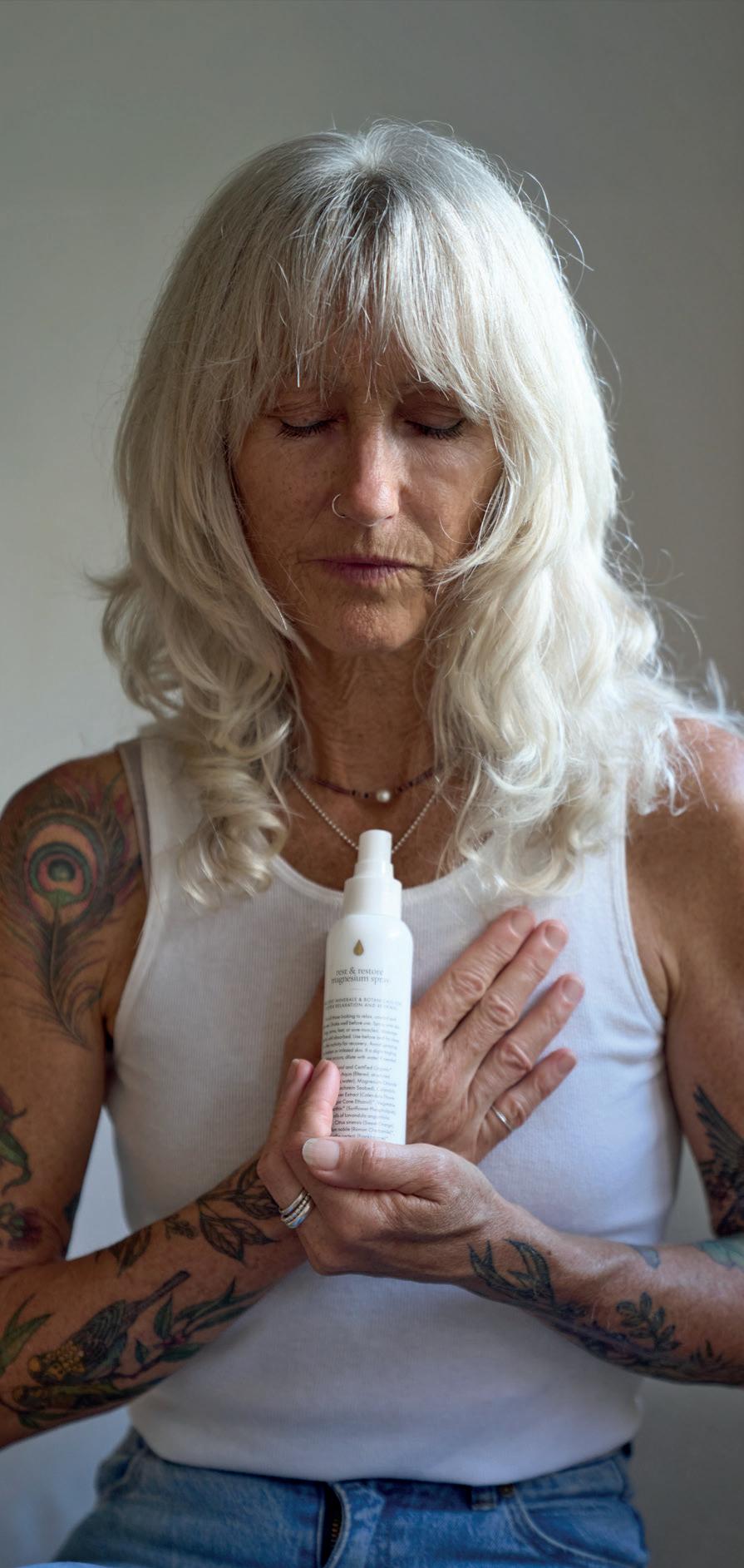
As we age, our levels of the DNA-repairing molecule NAD+ (nicotinamide adenine dinucleotide) reduce, which can lead to wrinkles and dryness associated with oestrogen decline.
NAD+ is an essential coenzyme that fuels cellular energy and even influences epigenetic activity – the process by which genes are switched on or off.
Swissline claims to have created a formula to replenish levels of this compound in the dermis via topical application of its new 360° Collagen Night Concentrate.
A plant-based ingredient called Rejuvenad, developed by Mibelle Biochemistry, is included in the Swissline unveils epigenetic nighttime skincare concentrate
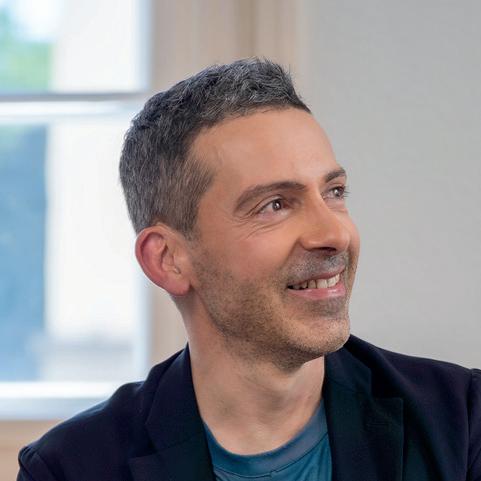
It’s about slowing the biological processes behind visible ageing – Custodio d’Avo
new concentrate to boost the skin’s own production of NAD+.
Custodio d’Avo, Swissline’s global brand director, tells Spa Business, “Over the past 35+ years, Swissline has evolved from focusing on ‘antiageing’ to embracing skin longevity.”
spa-kit.net keyword: Swissline
http://lei.sr/G7e5j
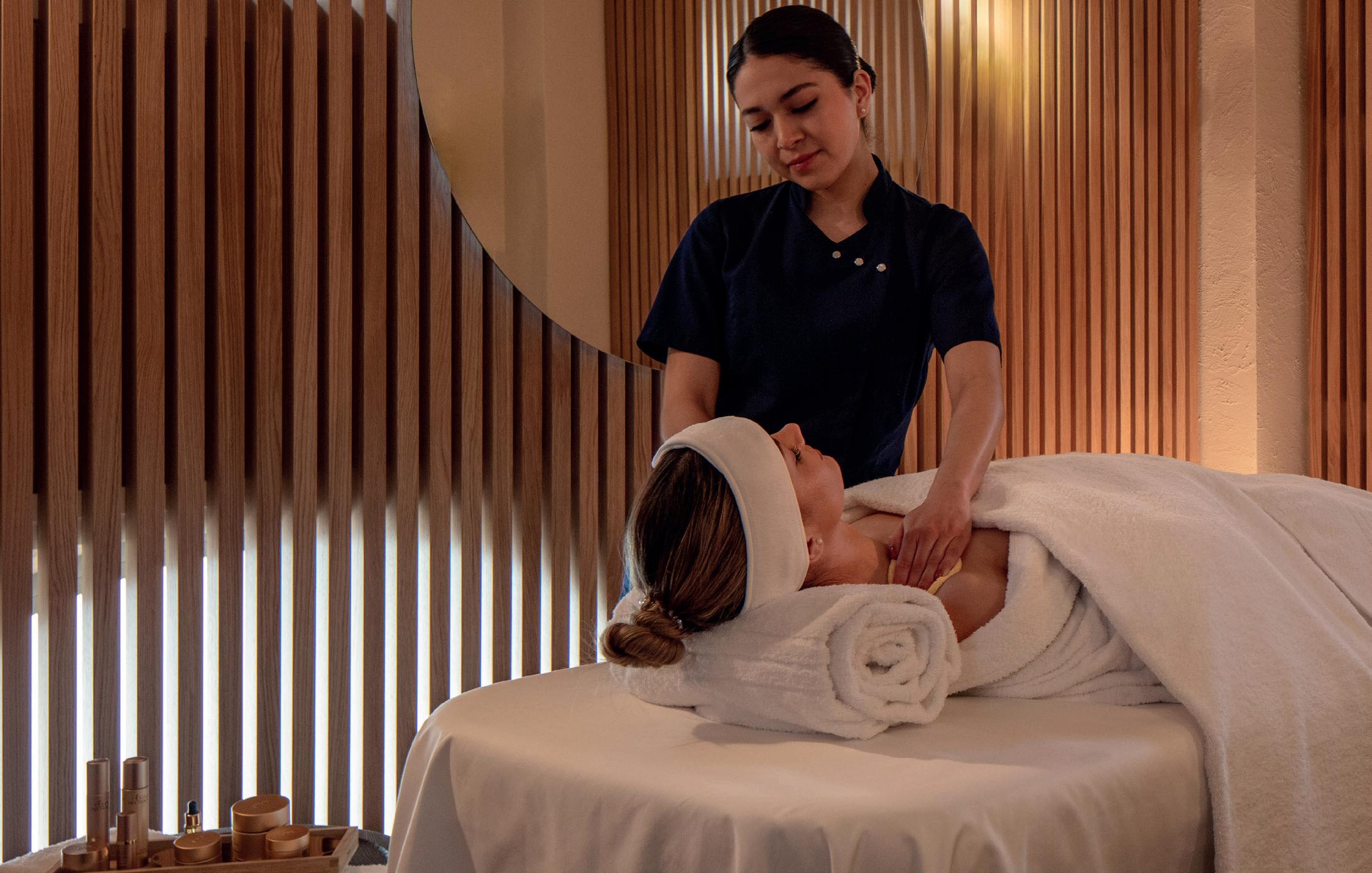
While touchless therapies are a positive addition to spas, nothing can replace the healing power of human touch, says Barbara Cooke
“Touchless therapies may be surging in popularity, but human touch still plays an irreplaceable part in the spa experience,” says Barbara Cooke, founder of leading spa textiles supplier, BC SoftWear. She continues: “These new touchless experiences are a great way for spas to protect their therapists’ wellbeing. Therapist burnout is increasing and spas worldwide are struggling with ongoing recruitment issues. Touchless technologies
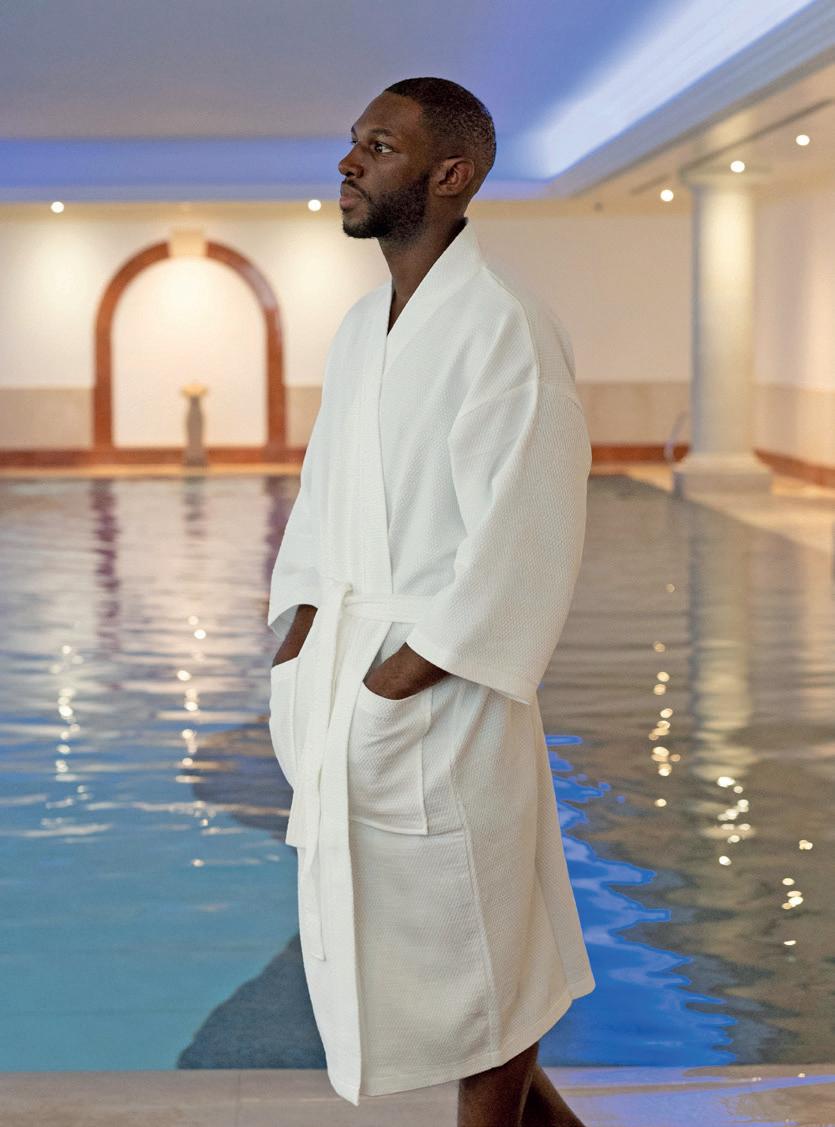
enable spas to more easily provide add-on treatments, manage guest flow and free up staff availability.
“However, I feel strongly that people primarily visit a spa because they want the wellness benefits associated with direct human contact. The power of human touch cannot be underestimated; people will always crave it. Spas are one of the few places where people can safely experience the countless benefits of a skilled therapist’s hands.”
Cooke speaks with more than 23 years experience in the spa and wellness industries, with the company she founded – BC SoftWear – a supplier of luxury textiles to leading spas worldwide, including Mandarin Oriental, Corinthia Hotels, Raffles and One and Only.
Her view on what makes a spa experience truly memorable for guests? She continues:
“At BC SoftWear, we believe the first touchpoint for a guest in a spa sets the tone for their visit; often that’s with a towel or bathrobe.
“It’s so important for that touchpoint to feel soft and deeply luxurious, as it prepares the guest for relaxing into the treatment
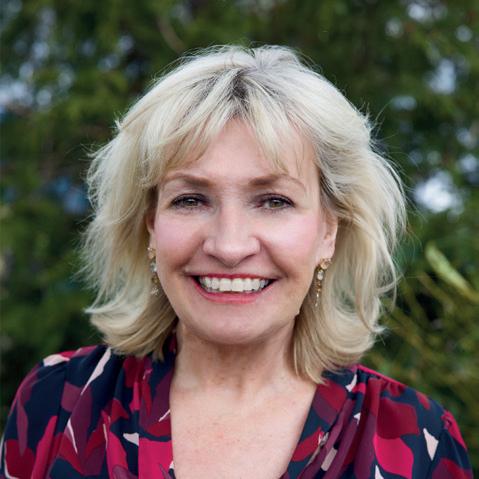
It’s our mission to make every touchpoint as memorable and luxurious as possible
Barbara Cooke
to come, where their therapist’s touch will sooth and restore them.
“Touchless therapies certainly now have a place, but hands-on treatments will never go out of fashion; and at BC SoftWear it’s our mission to make every one of those touchpoints as memorable and luxurious as possible.”
More: www.bcsoftwear.com
spa-kit.net keyword: BC SoftWear

It’s for guests seeking more than luxury
Sarah Jones St John
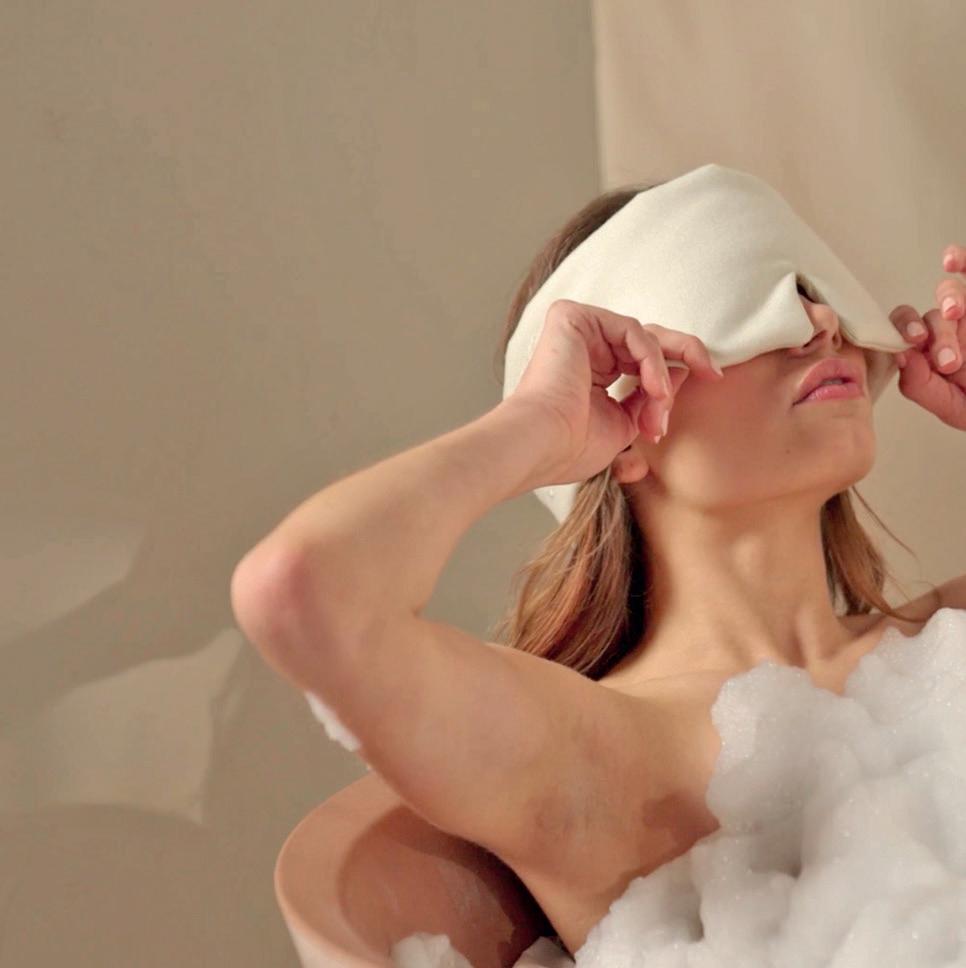
House of Grey Wolfe, a luxury lifestyle brand, has launched a collection of loungewear and home interior products for retail in spas.
The sister business to Grey Wolfe, a private wellness club in London (see www.spabusiness.com/etalongevity), House of Grey Wolfe’s Solitude line comprises, among other things, a merino wool blanket, woven on
Global wellness rituals inspire Germaine de Capuccini collection, says Ana Gonzalvez
African Safari, Amazonian Discovery, Asian Journey and Mediterranean Escape are four new spa products and treatment lines in Germaine de Capuccini’s Sperience collection.
The lines feature techniques and ingredients inspired by holistic wellness rituals from different worldwide regions, as well as two other standout features.
Firstly, Germaine de Capuccini has collaborated with a company called Symrise to use its patented Actimood fragrance system to craft skincare with emotionally impactful aromas.
“A product’s scent can evoke memories, influence mood and even increase perceived effectiveness,” says global technical director Ana Gonzalvez. “It’s the first impression a product makes
the Isle of Bute; an eye mask made from sustainably sourced silk and UK cashmere; a linen-bound journal and a minimalist meditation cushion stuffed with British wool and topped with organic buckwheat. The collection has debuted at The Mayfair Spa at Four Seasons London at Park Lane, which the founder, Sarah Jones St John, says offers a
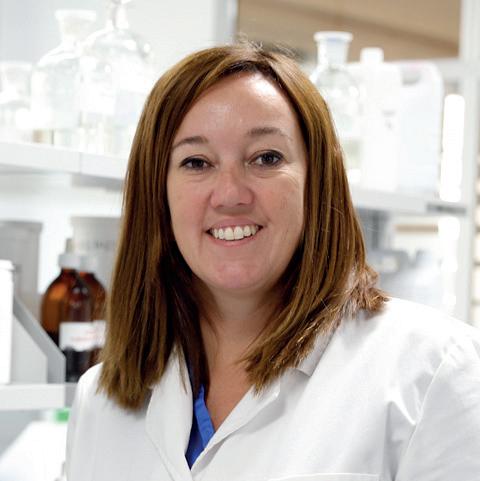
A
product’s scent can evoke memories and influence mood
Ana Gonzalvez
and often the one that persists in the consumer’s memory.”
Secondly, the therapies incorporate specifically-designed accessories – from a traditional rain stick mimicking the noises of a South American rainforest, to an African walnut shell shaker and headscarf to stretch the feet. ●
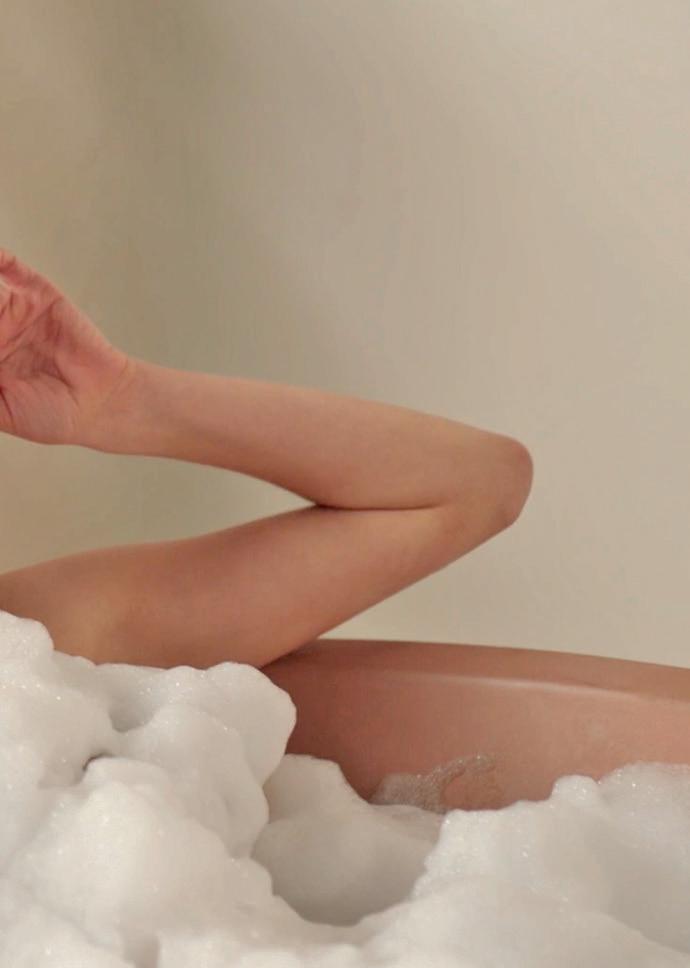
sanctuary of calm that aligns with its own brand values. “Both House of Grey Wolfe and Four Seasons speak to a guest who seeks more than luxury – someone looking for a deeper sense of connection in every experience,” she says.
http://lei.sr/7G5T2
spa-kit.net keywords: Grey Wolfe
http://lei.sr/n8C4l
spa-kit.net keyword: Germaine
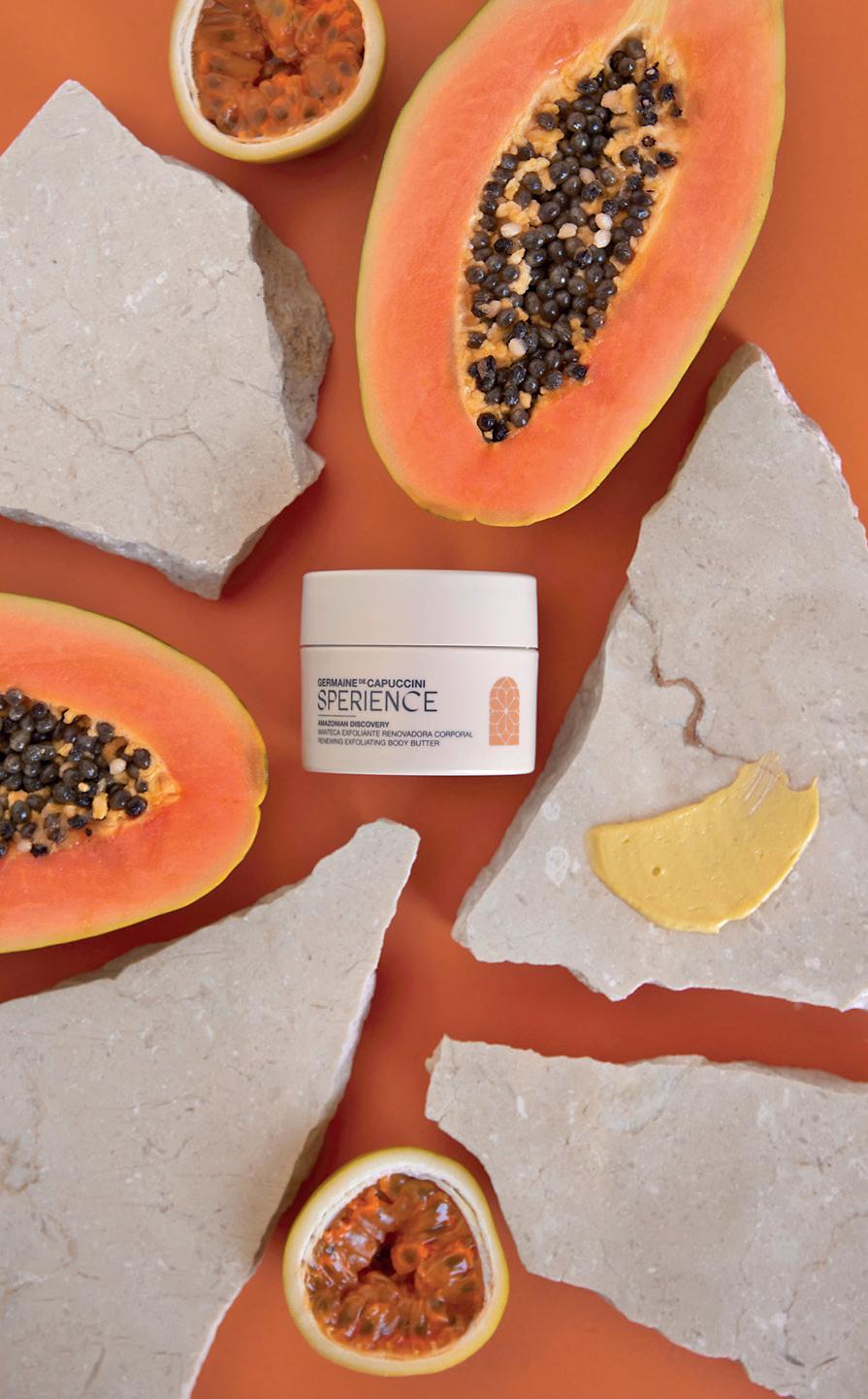
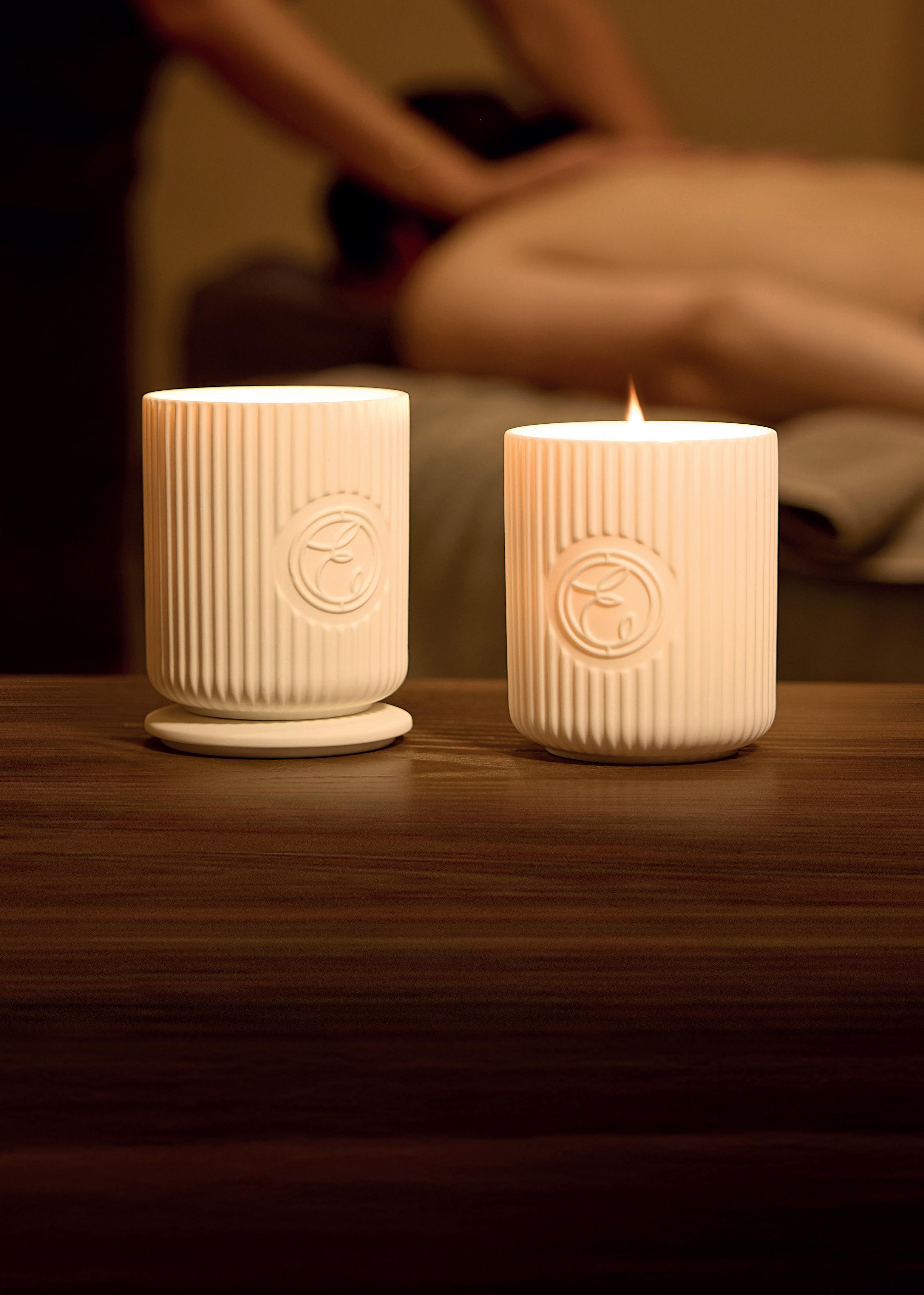
At the heart of every ESPA treatment is a sensory ritual designed to ignite the senses, calm the mind and restore balance. With our new, recrafted collection of aromatherapy candles, the spa experience can be recreated to continue your journey at home.
Beyond the sensorial pleasure of using Serum Omega, the product’s performance has also been clinically demonstrated
Magali Blum, head of formulation, Yon-Ka Paris

Yon-Ka’s new Serum Omega is a potent blend of Omega 3, 6 and 9 to target dry, stressed-out skin and deliver a calm and nourishing client experience
Phytotherapy specialist Yon-Ka Paris has introduced its new generation of oil-in serum, Serum Omega, which is designed to nourish, repair and protect the skin’s essential functions.
Backed by dermatological and clinical testing and with a vegan, 99 per cent natural-origin formula, this innovative serum is a solution for dry to very dry and sensitive skin and makes a perfect addition to daily skincare routines.
BY SKIN PHYSIOLOGY
At the heart of Serum Omega lies a deep understanding of skin biology and – more specifically – of what happens when the skin barrier is compromised. When lipid levels drop or the cohesion between cells is disrupted, the epidermis (the skin’s outermost layer and first line of defence) becomes vulnerable: moisture evaporates, discomfort sets in and visible signs of stress, such as flaking, redness or tightness, can appear.
The new serum’s key ingredient is Yon-Ka’s Lipo-Restore Complex, an exclusive blend of three natural plant oils chosen for their biomimetic affinity with the skin.
With a formula composed of over 60 per cent omegas, this unique complex contains omega 3, which is known to soothe and reduce redness, thanks to its natural anti-inflammatory properties; omega 6, which strengthens the skin barrier and prevents water loss and omega 9 to deeply nourish and restore suppleness by replenishing the hydrolipidic film.
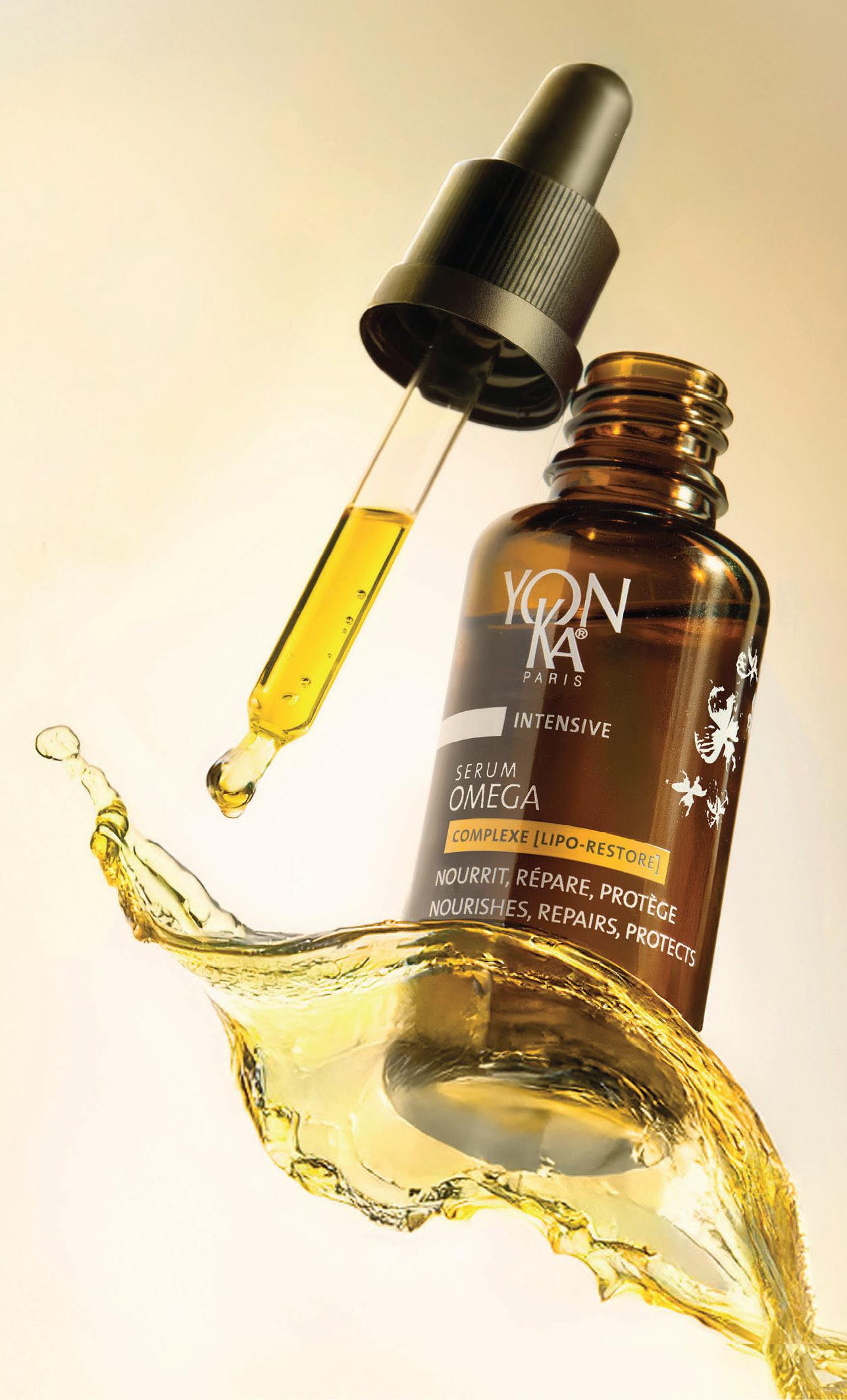
The Nutrilessence treatment is a 10-step sensorial experience
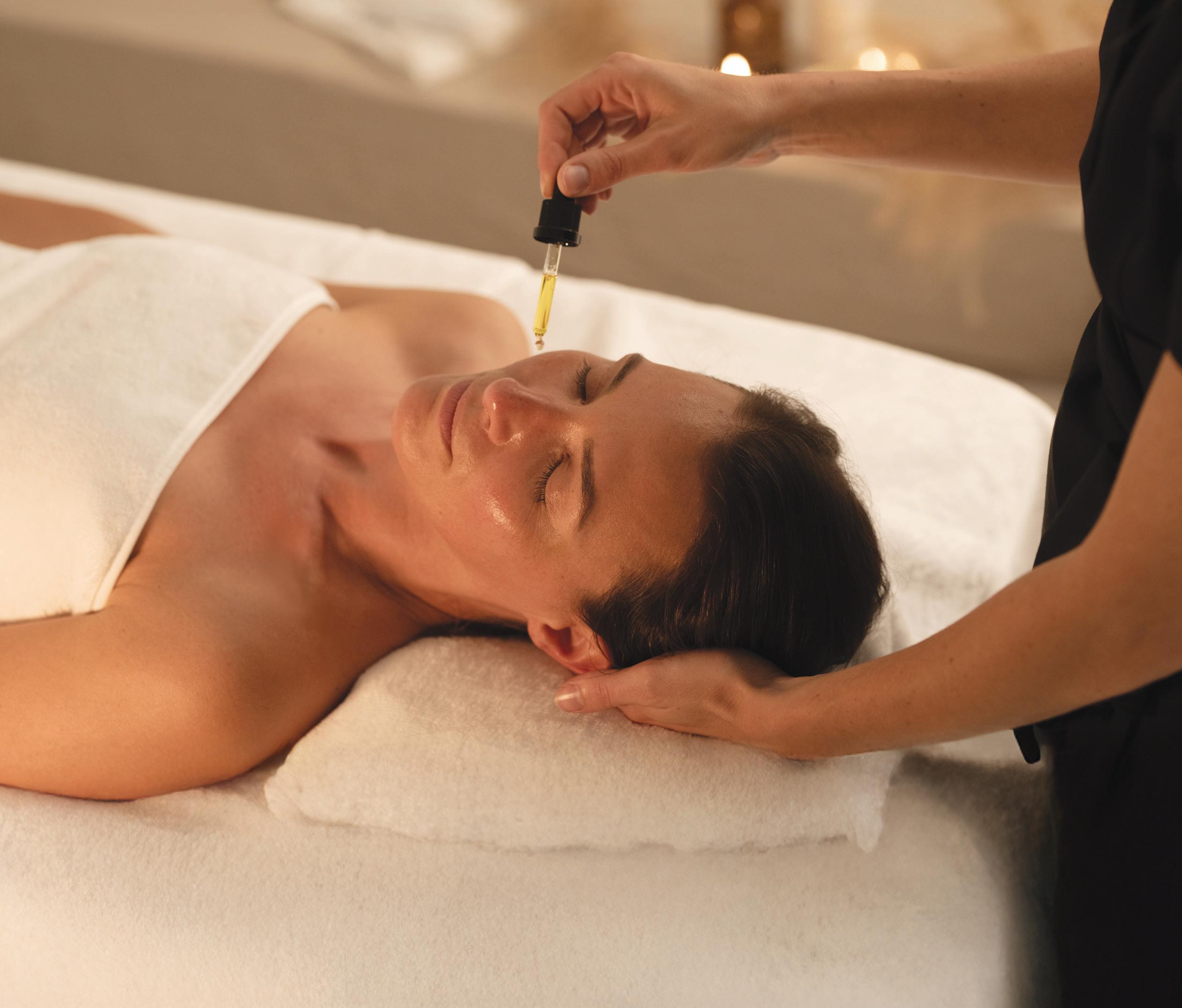
True to Yon-Ka’s commitment to efficacy and formulation excellence, Serum Omega has undergone rigorous clinical tests under dermatological control. These evaluations confirm its ability to immediately relieve discomfort, restore skin suppleness and reinforce the skin barrier over time.
The innovative qualities of Serum Omega also lie in its unique lipid-replenishing rituals, as Magali Blum, head of formulation at Yon-Ka Paris, explains: “The serum creates a protective lipid film on the skin’s surface, effectively reducing transepidermal water loss and reinforcing the skin’s natural resilience. For optimal results, we recommend applying it as a final step, over face cream, to seal in hydration and amplify barrier repair.
“Beyond the sensorial pleasure of using Serum Omega, the product’s positive performance has been clinically demonstrated, strengthening its position as a next-generation solution for dry and sensitive skin.”
For spa and wellness clients, the comforting benefits of Yon-Ka’s Serum Omega can be discovered via Nutrilessence, a nourishing and
protective professional 10-stage treatment protocol designed for dry and sensitive skin.
The 60-minute Nutrilessence ritual begins with a personalised diagnosis and deep skin cleanse. The signature treatment then invites relaxation with a warm compress infused with Phyto-Bain (a relaxing oil) and the inhalation of Emulsion Concentrée (with five essential oils).
After a moisturising scrub, the skin is revitalised with a custom mist of Yon-Ka’s Quintessence (a synergistic blend of five Yon-Ka essential oils), followed by a 30-minute expert double massage to soothe and deeply nourish the skin, restoring immediate comfort and suppleness.
The ritual continues with a restorative Modeling Mask offering comfort and a feeling of sensorial wellbeing, while also revealing a glowing, plumped complexion. As a final signature touch, Yon-Ka’s ultra-nourishing routine helps reconnect the client to the present moment.
More than a treatment, the Nutrilessence 10-step sensorial experience envelops the skin in softness, reconnects body and mind and delivers visible results: soothed, nourished, luminous skin. l l Yon-Ka’s Serum Omega launches online from 1 October 2025.
More: www.yonka.pro
by Helen Andrews, head of news
We reveal some of the latest, most thought-provoking spa and wellness treatments, programmes and experiences from around the world
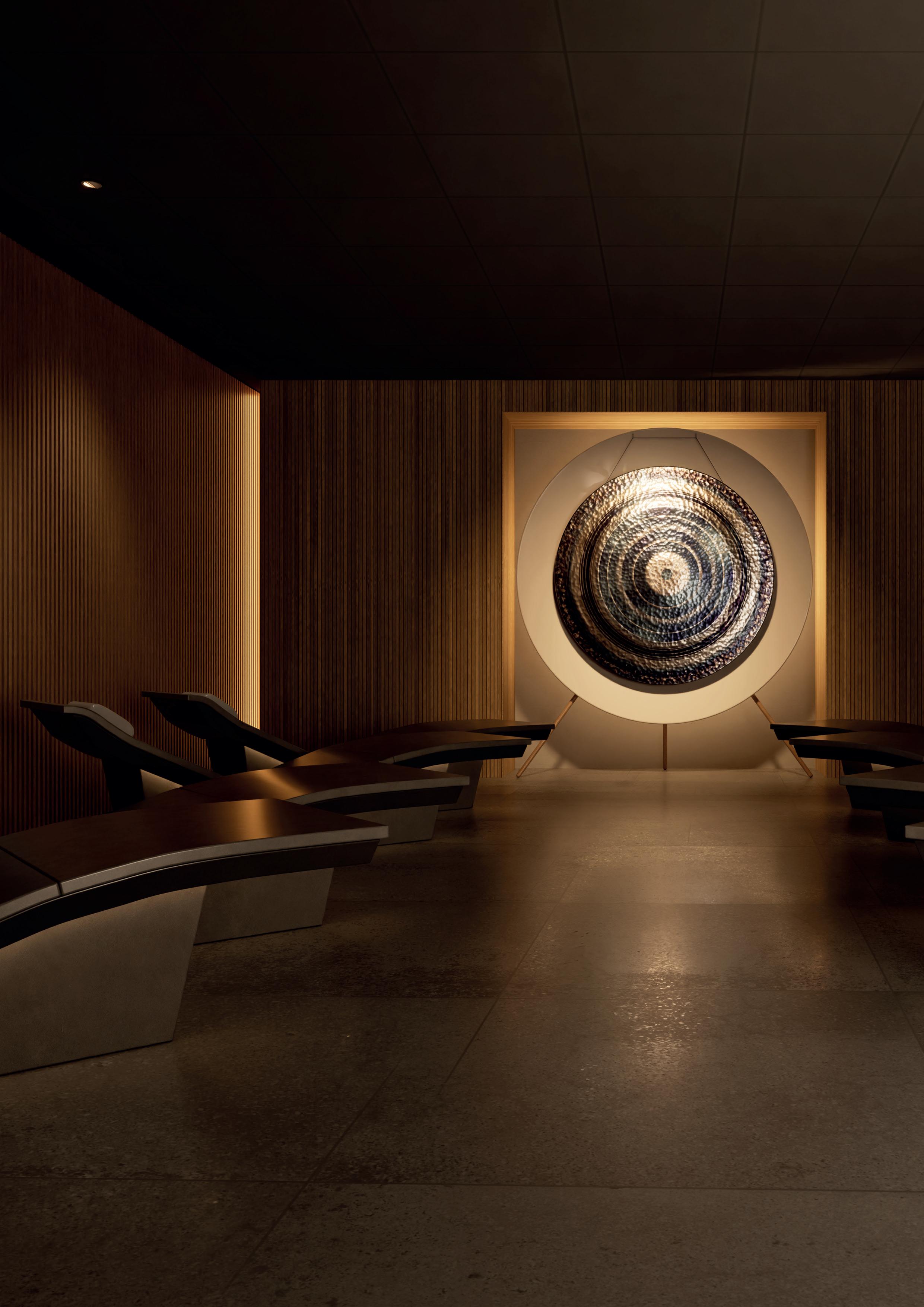
The immersive gong experience is a highlight at a new hotel in Stockholm
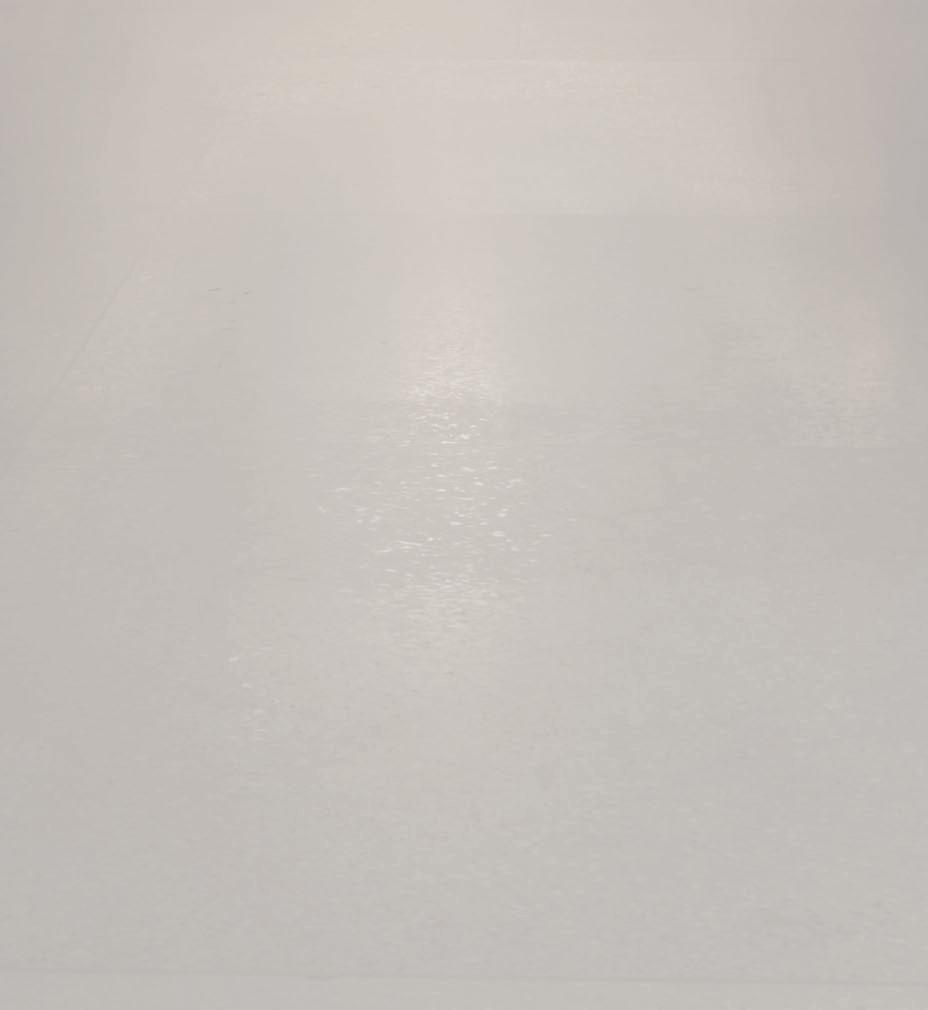
Nobis Hospitality Group’s wellness destination, Hagastrand, Autograph Collection, has just launched in Stockholm, Sweden, with an immersive gong experience.
Inside a 70sq m acoustically-insulated room, a 60-inch self-playing gong is hand-tuned to resonate on its own, without mallets or speakers.
Specialist gong manufacturer, Grotto Sonora, has created the Gongmatic experience using customised programmes that combine sound, light and vibrations, tailored to the space.
The 15-minute experience marks the conclusion of a 3-hour hydrothermal journey and sees guests reclining on ceramic heated loungers while listening to the hypnotic sounds.
Alla Sollokova, Nobis Hospitality Group’s wellness expert, says it “offers deep nervous system recalibration,” helping guests “reach profound states of rest and balance in minutes”.

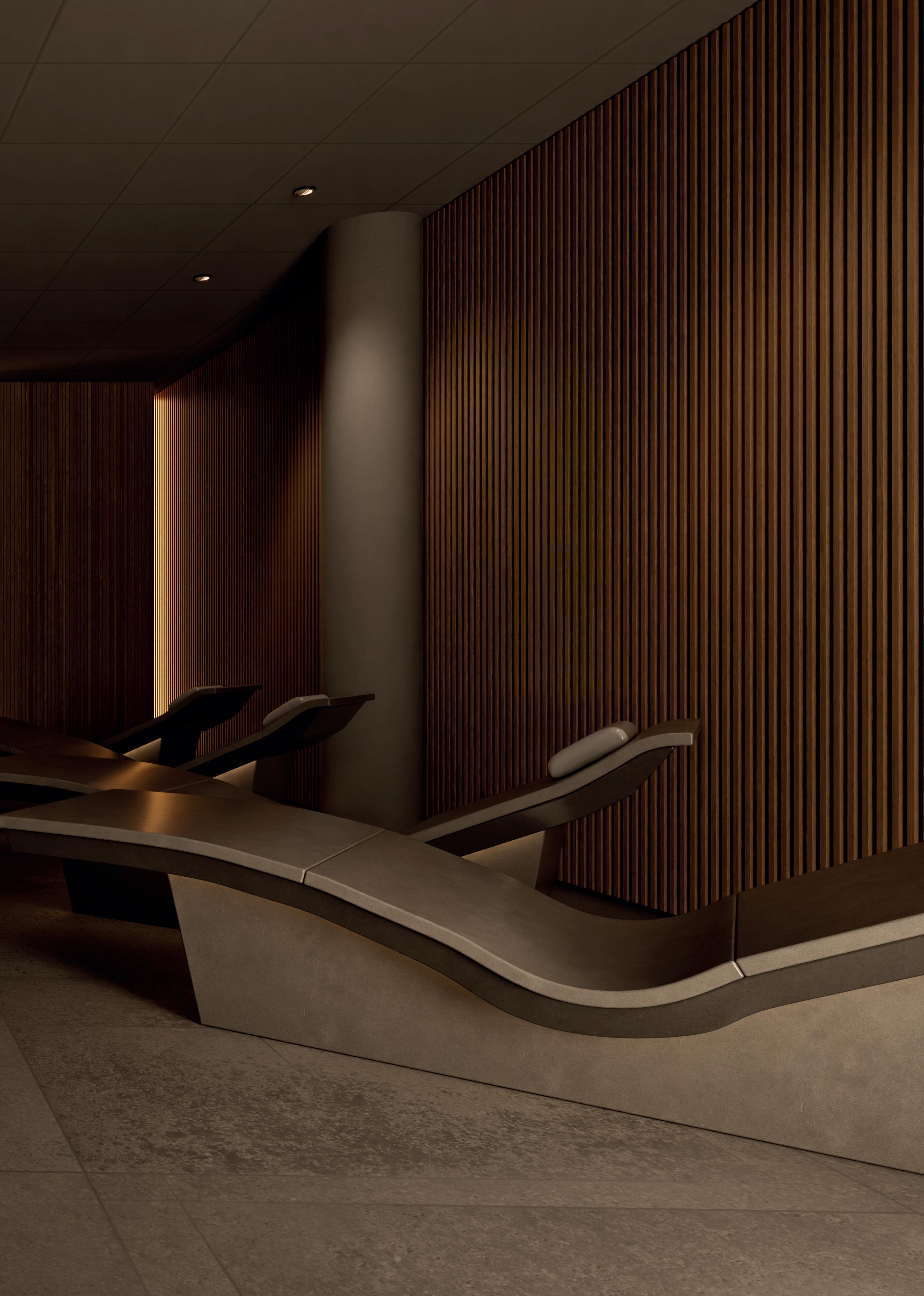
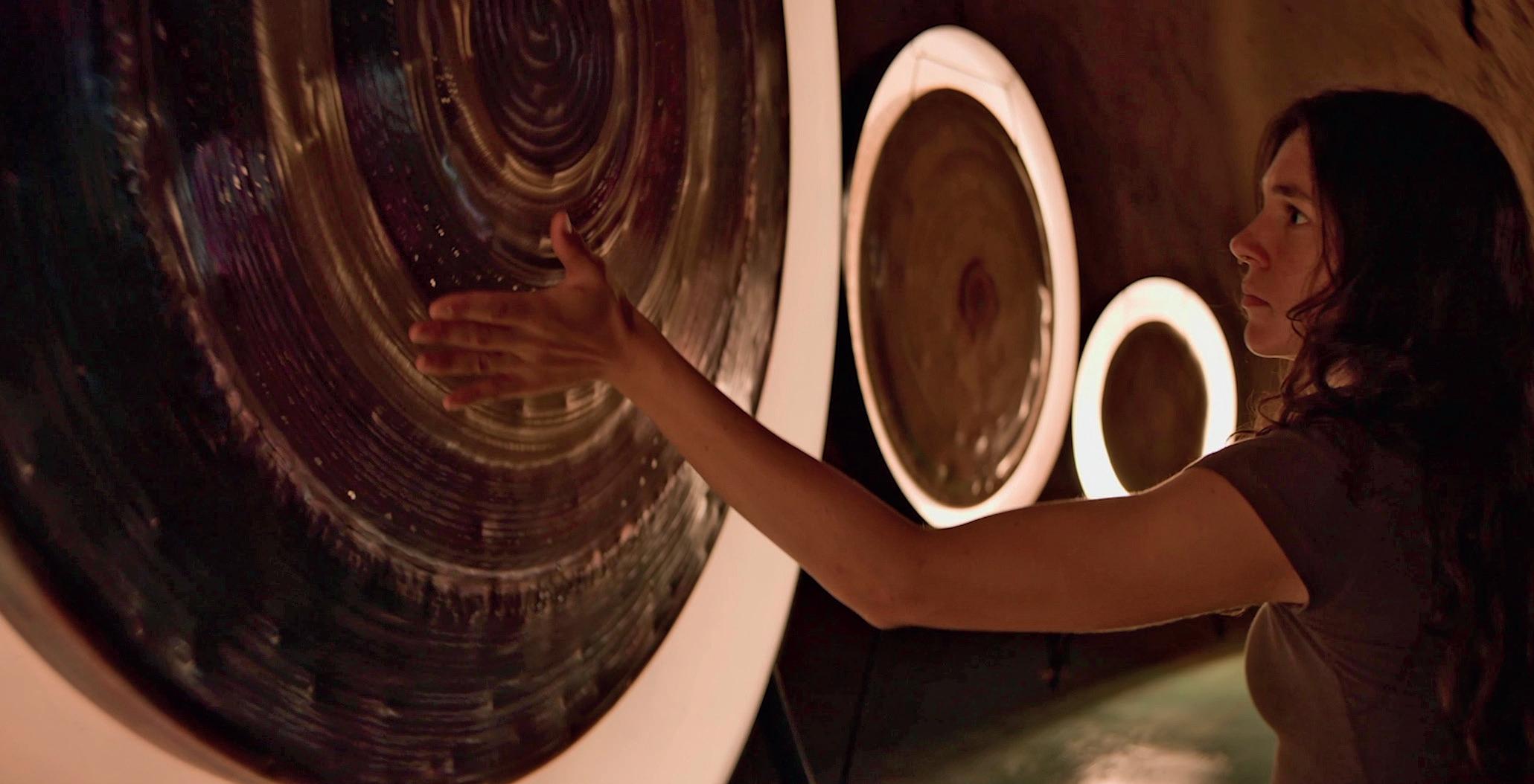

Hagastrand, Autograph Collection, Sweden
15 minutes
Included in spa entry, which is €110 (US$128, £96) on average
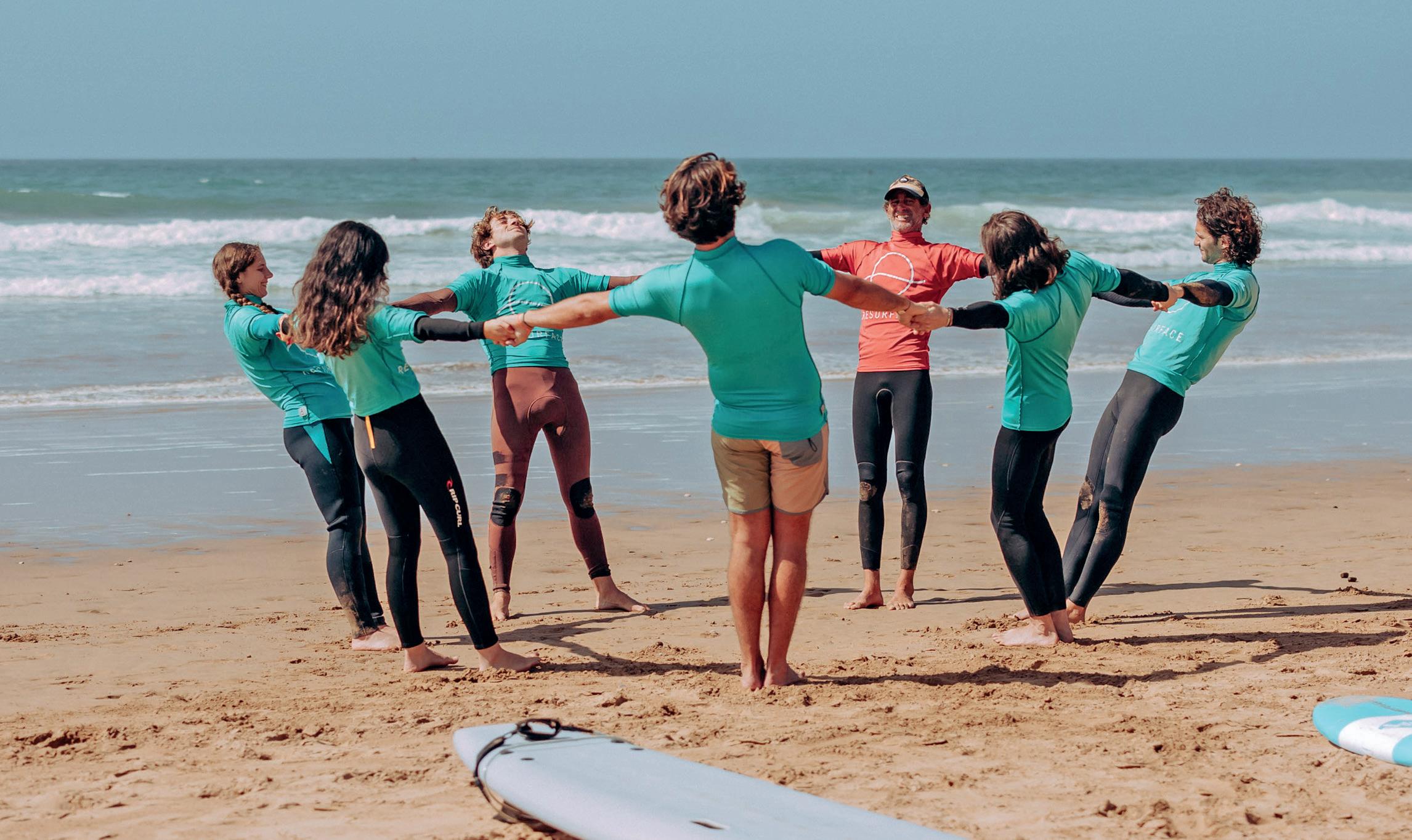
Tamraght, Morocco
Seven nights

Starts at £1,700 (US$2,294, €1,961)
Two group surfing and mental health improvement programmes will be held in Tamraght, a popular destination for riding the waves in Morocco, in October and November.
The first retreat will focus on trauma resolution and the second will address resilience and burnout prevention. Both are delivered by UK therapy specialist Resurface.
Groups of eight to 12 participants will experience the Resurface Method, a therapeutic framework that uses surfing to create a heightened mental state.
Resurface founder, therapist and trauma clinician, Josh Dickson, tells Spa Business, “The physical fatigue [of surfing] naturally lowers psychological defences, creating authentic breakthroughs in therapy.”

Reviv clinics globally
Essential – £75 (US$101, €86), Premium –£150 (US$202, €172), Elite – £500 (US$672, €574)
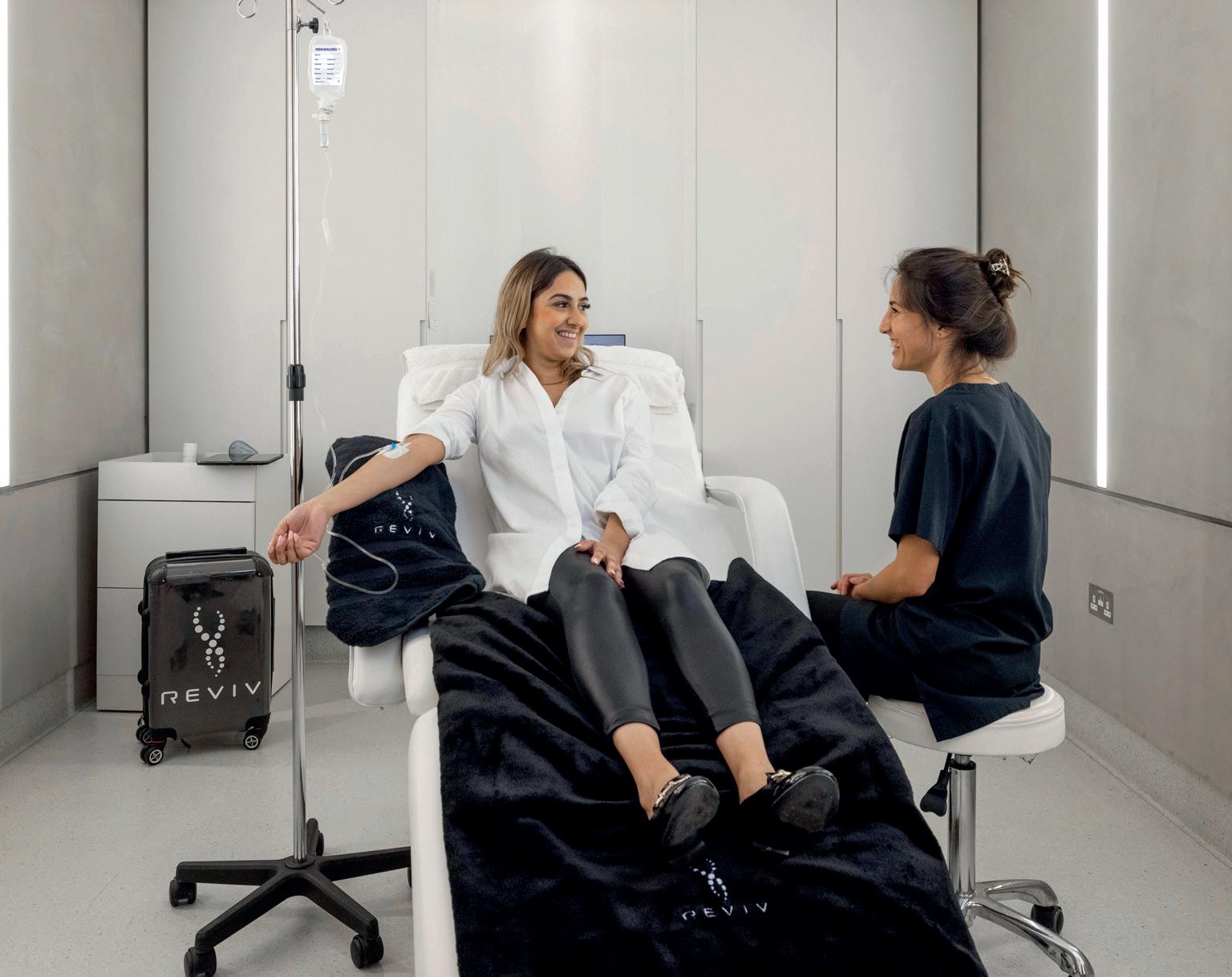
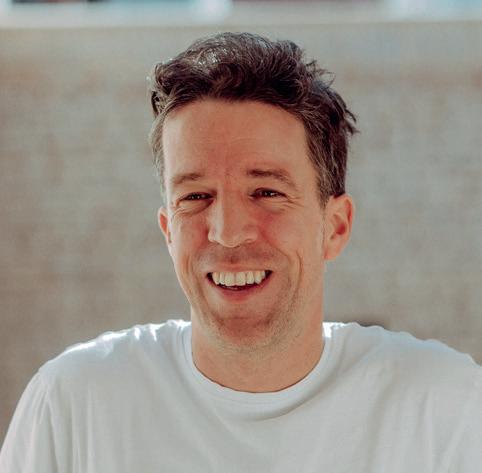
Reviv, a global provider of IV therapy and other nutritional supplements, has introduced a membership programme at its flagship locations to provide a way for guests to use their services more regularly.
Partner spas that offer the brand’s treatments as part of Reviv’s subscription model (Reviv X) will also be able to offer memberships to guests soon.
The three memberships – Essential, Premium and Elite – all provide IV drip therapy sessions, as well as discounts on vitamin therapies and intramuscular shots.
The Essential membership is designed for those starting their wellness journey, while the Premium package suits people looking for energy and immunity-boosting benefits. The Elite option is for those seeking the highest level of wellness services.
An all-encompassing cinematic experience based on guided meditation has opened at Thermen and Badewelt Sinsheim in Germany.
Breathing Planet offers a 10-minute screening of artistic visuals, a meditative soundscape and natural scents to provide guests with a sense of calm and guide their breathing while sitting.
The filmic offering draws on real global wind data from space agency NASA, showing a visual landscape
that gently moves and pulsates like breath. The projections were created in collaboration with Londonbased artist collective Marshmallow Laser Feast.
The screenings, shown twice an hour, take place in Immersive Horizon, a new enclosed cinematic space designed by Atelier522. The experience is included in the entry price to the site’s Palm Paradise zone.
The thermal complex is led by Thermengruppe Josef Wund, a strategic partner of Therme Group.
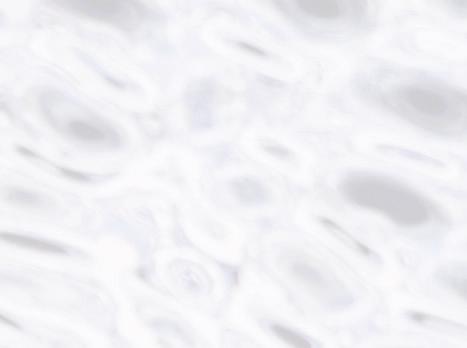
Thermen and Badewelt Sinsheim, Germany
10 minutes
Palm Paradise entry starts at €23 (US$27, £20)

Visuals gently move and pulsate like someone inhaling and exhaling
Ananda in the Himalayas, India, has introduced a programme for people with Type 1 and Type 2 diabetes, as well as those experiencing pre-diabetic conditions.
The holistic experience is designed for diabetes management and reversal. It blends ayurveda, traditional Chinese medicine, yoga, nutritional science and emotional management.
Guests receive blood glucose profiling and several other advanced tests, in addition to cleansing therapies, food plans, acupuncture, meditation and physiotherapy.
Post-stay consultations are paired with long-term follow-up appointments. Initial trials suggest stabilisation of blood glucose profiles, a reduced dependence on medicine and increased energy.
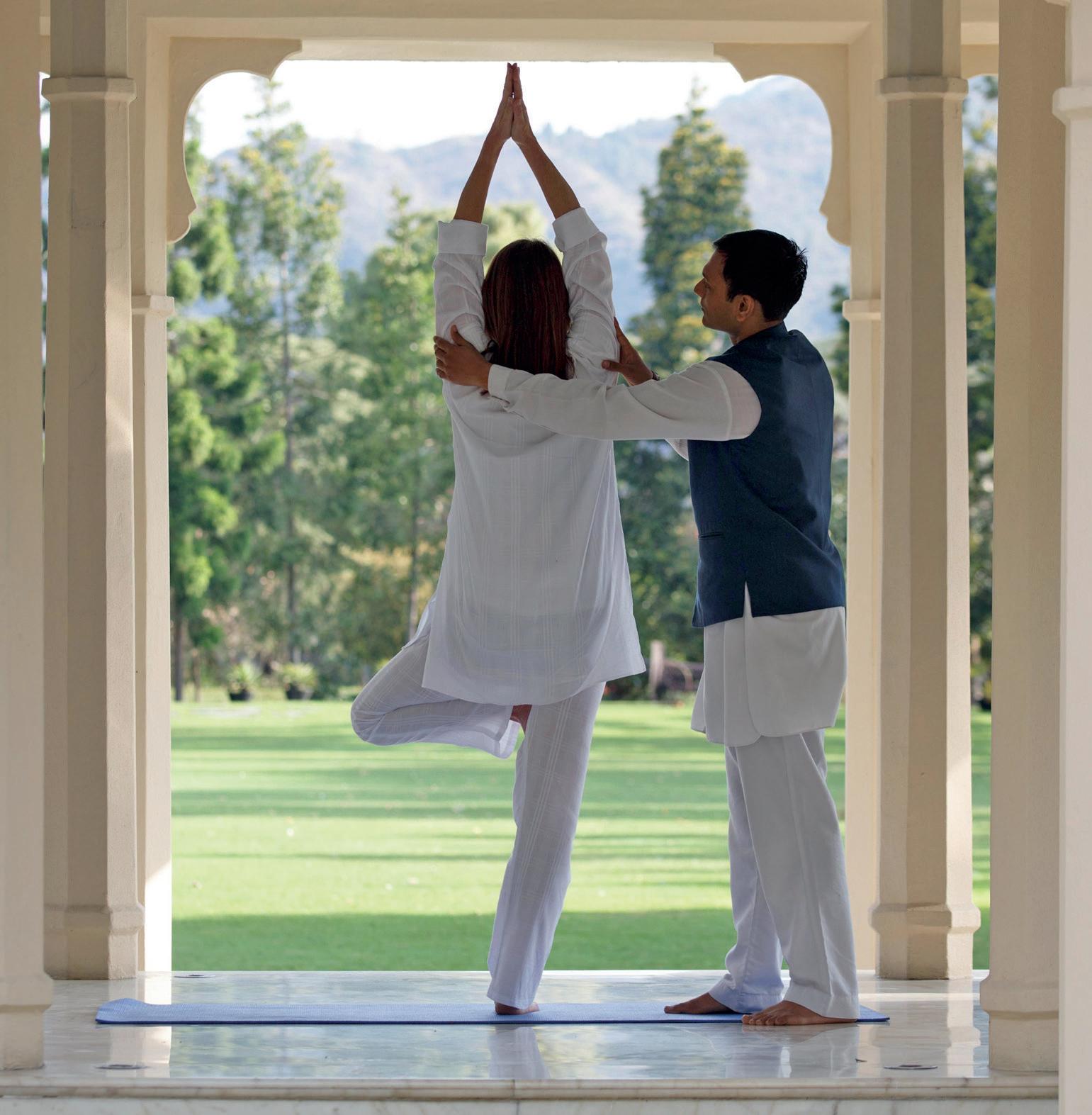
Initial trials suggest reduced need for diabetes medicine
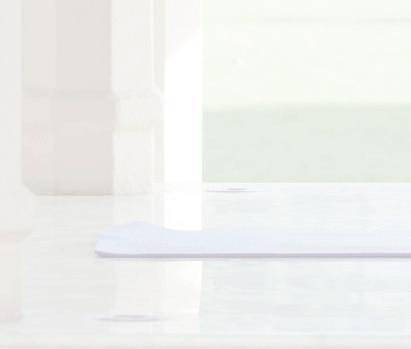
Ananda in the Himalayas, India 14-21 days
Starts at US$11,500 (€9,800 £8,489)
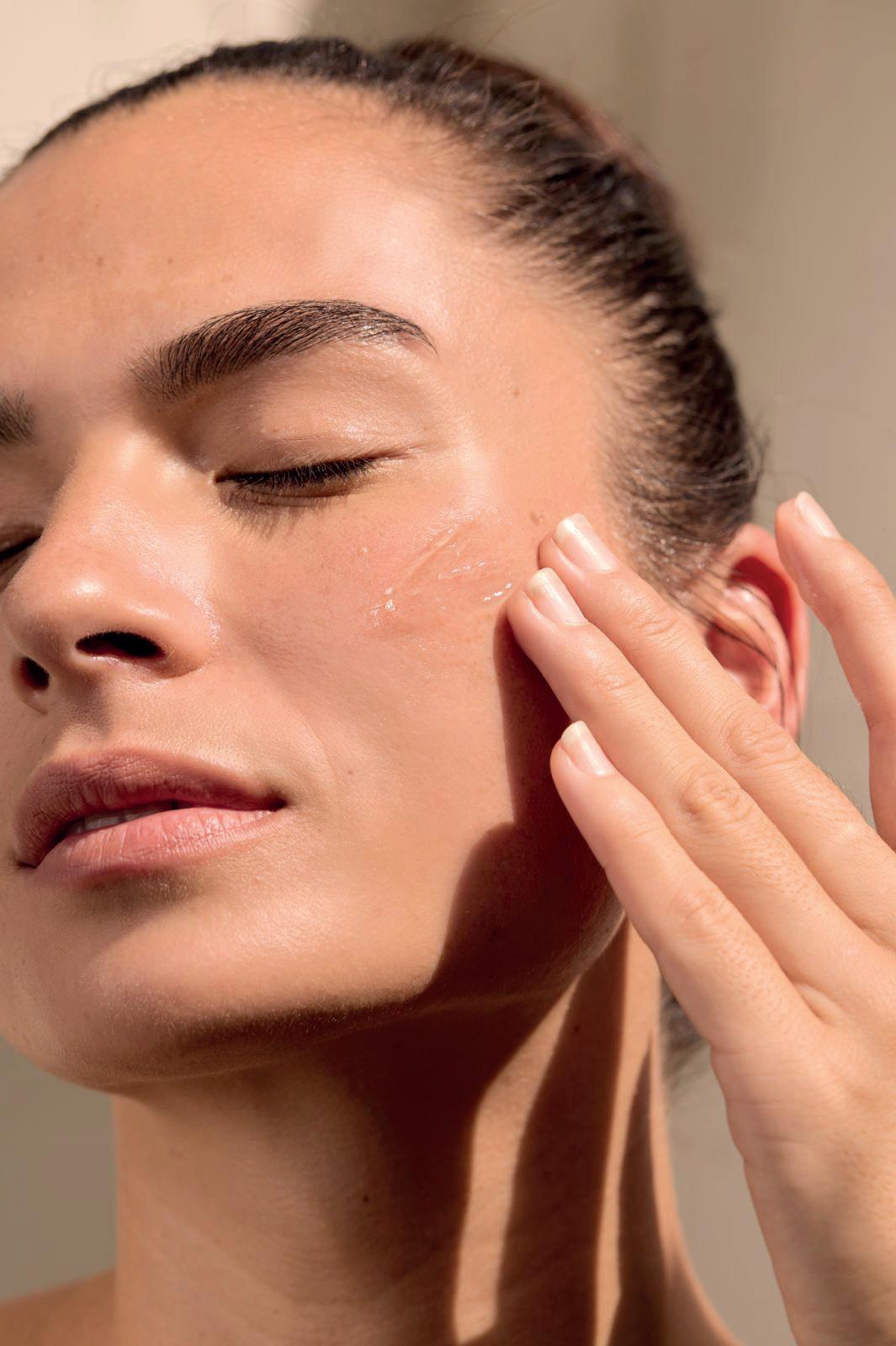
Subtle Energies is behind the wholebody treatment
A treatment designed to nourish the skin microbiome of both the face and body has launched at Atlantis The Royal in Dubai. Created exclusively for the property by ayurvedic aromatherapy brand Subtle Energies, the 2-hour SkinBiome Reset and Restore has been developed as a whole-body protocol using products traditionally reserved for the face.
It combines the brand’s Advanced Biotech Skincare range and formulas from its Antioxidant collection. Ingredients include botanicals rich in polyphenols, as well as prebiotic and postbiotic enzymes associated with supporting beneficial bacteria and skin resilience. The treatment begins with an antioxidant gel mask and a trio of targeted serums and concludes with a massage with enriched cold-pressed plant oils to lock in moisture.
Atlantis The Royal, Dubai, UAE 2 hours
Weekdays – AED1,380 (US$375, €323, £280), weekends –AED1,580 (US$430, €370, £321)
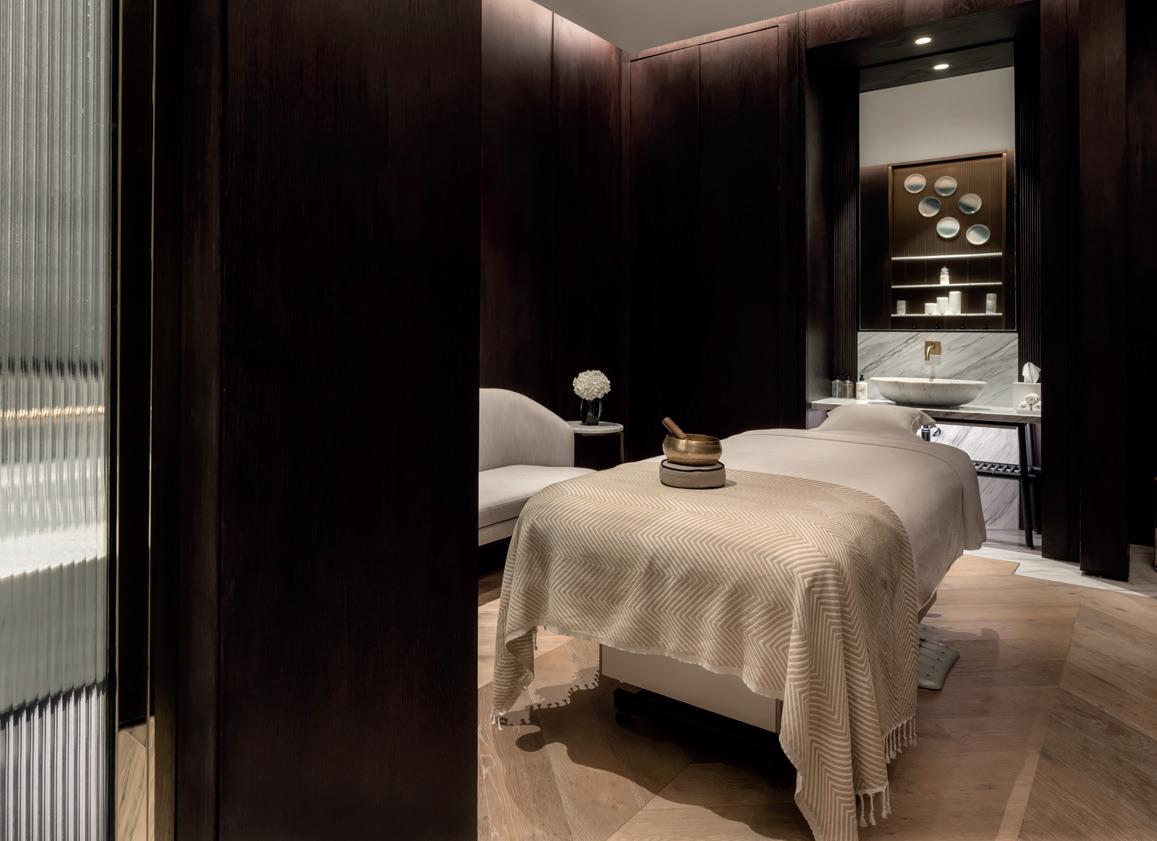
Atlantis The Royal in Dubai is the launch partner
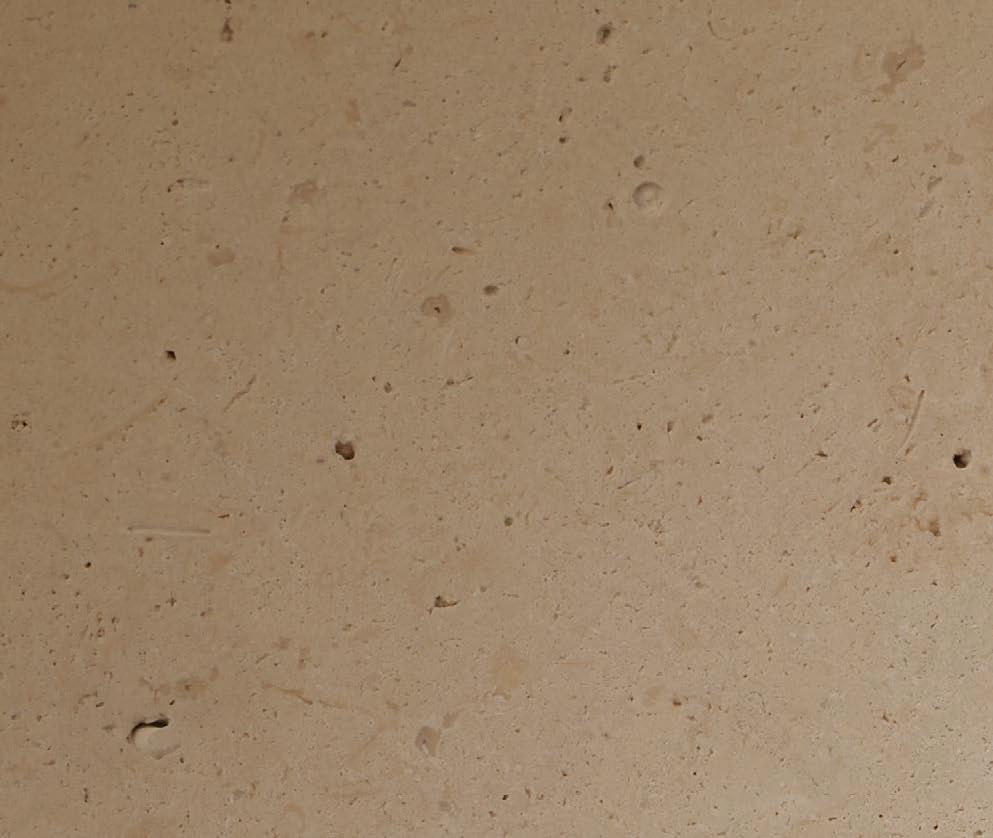
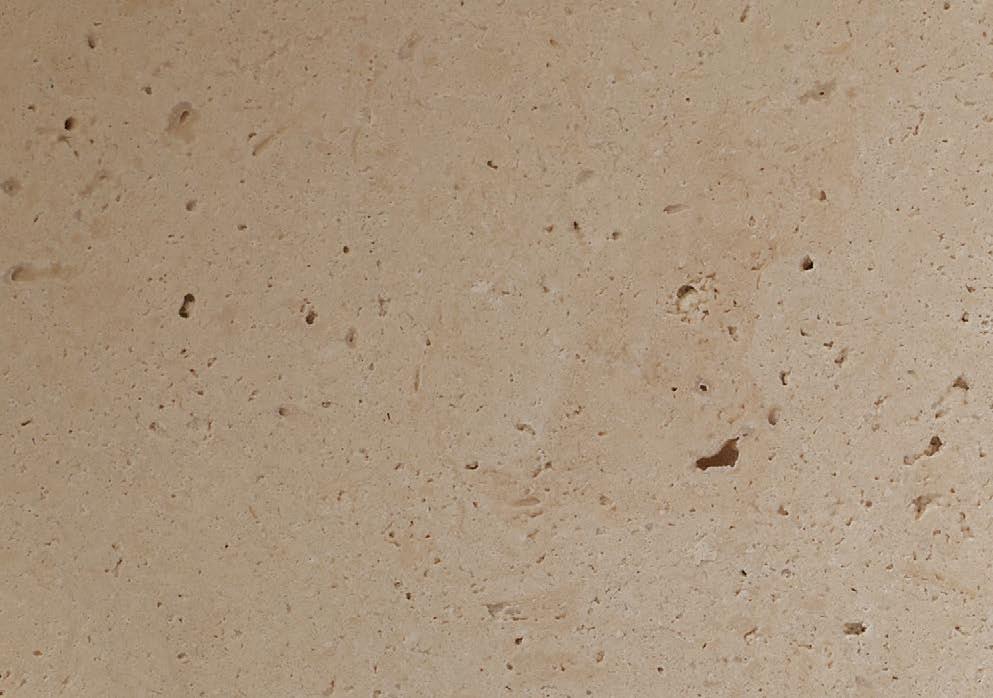
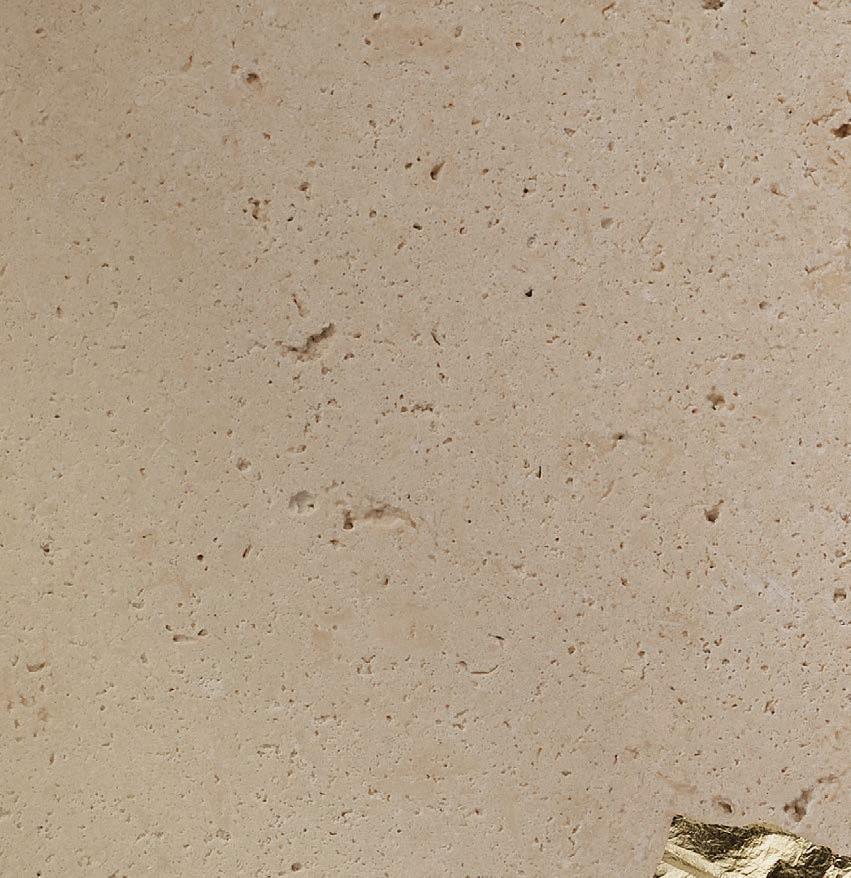
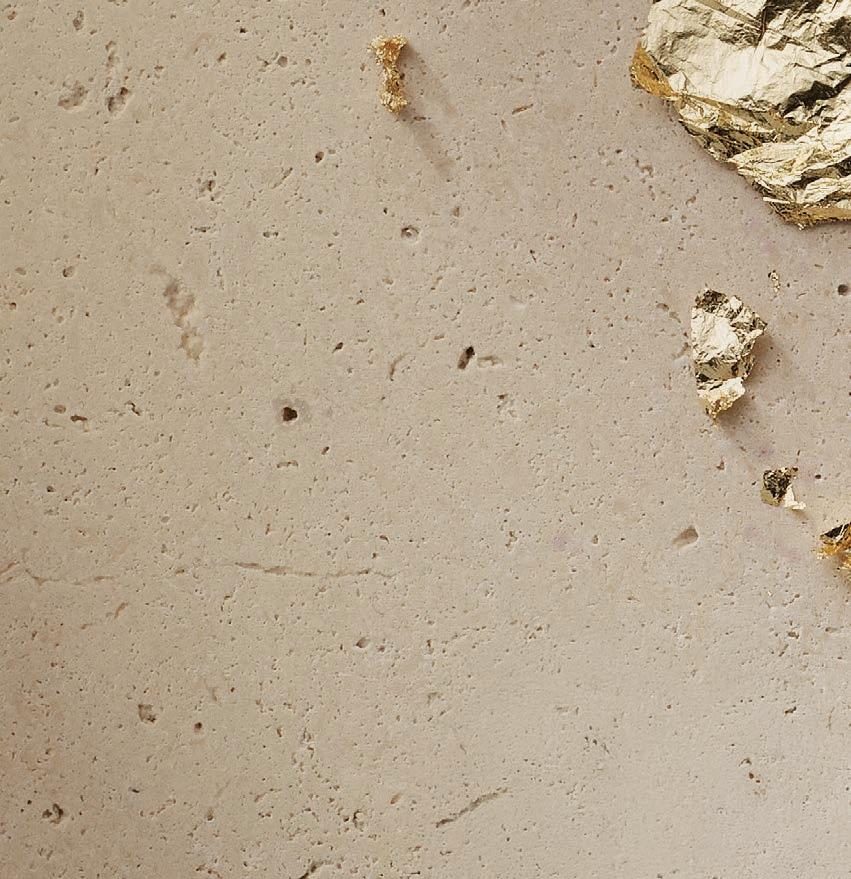

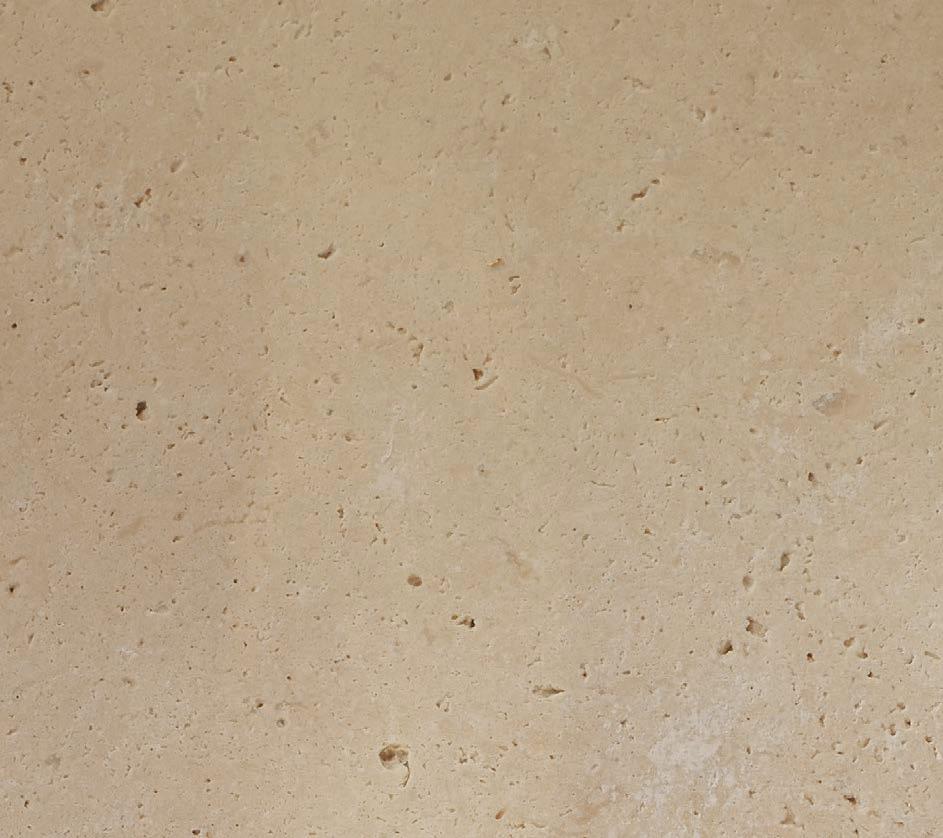
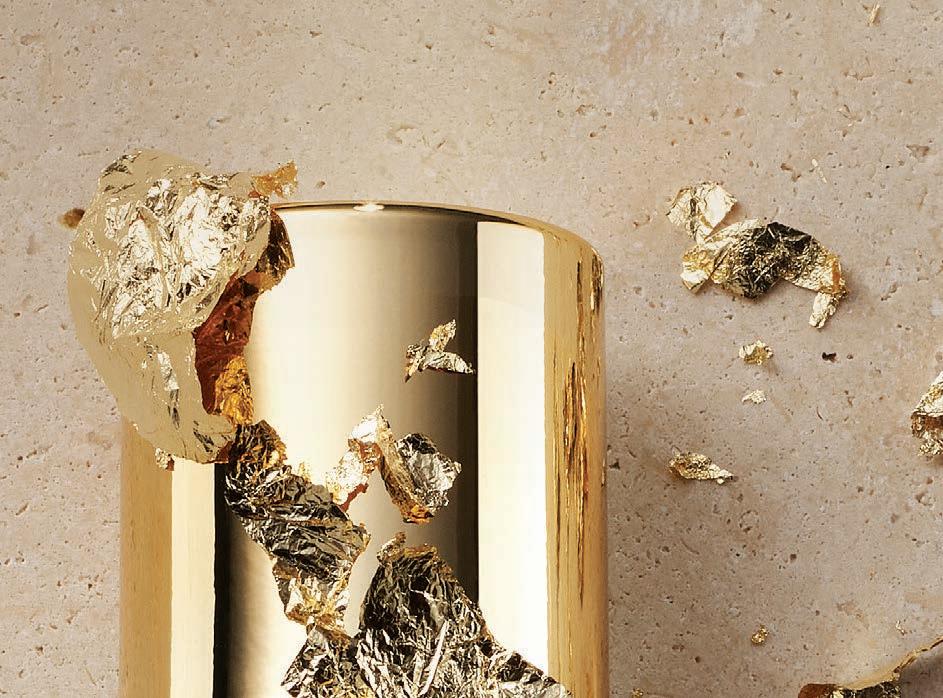
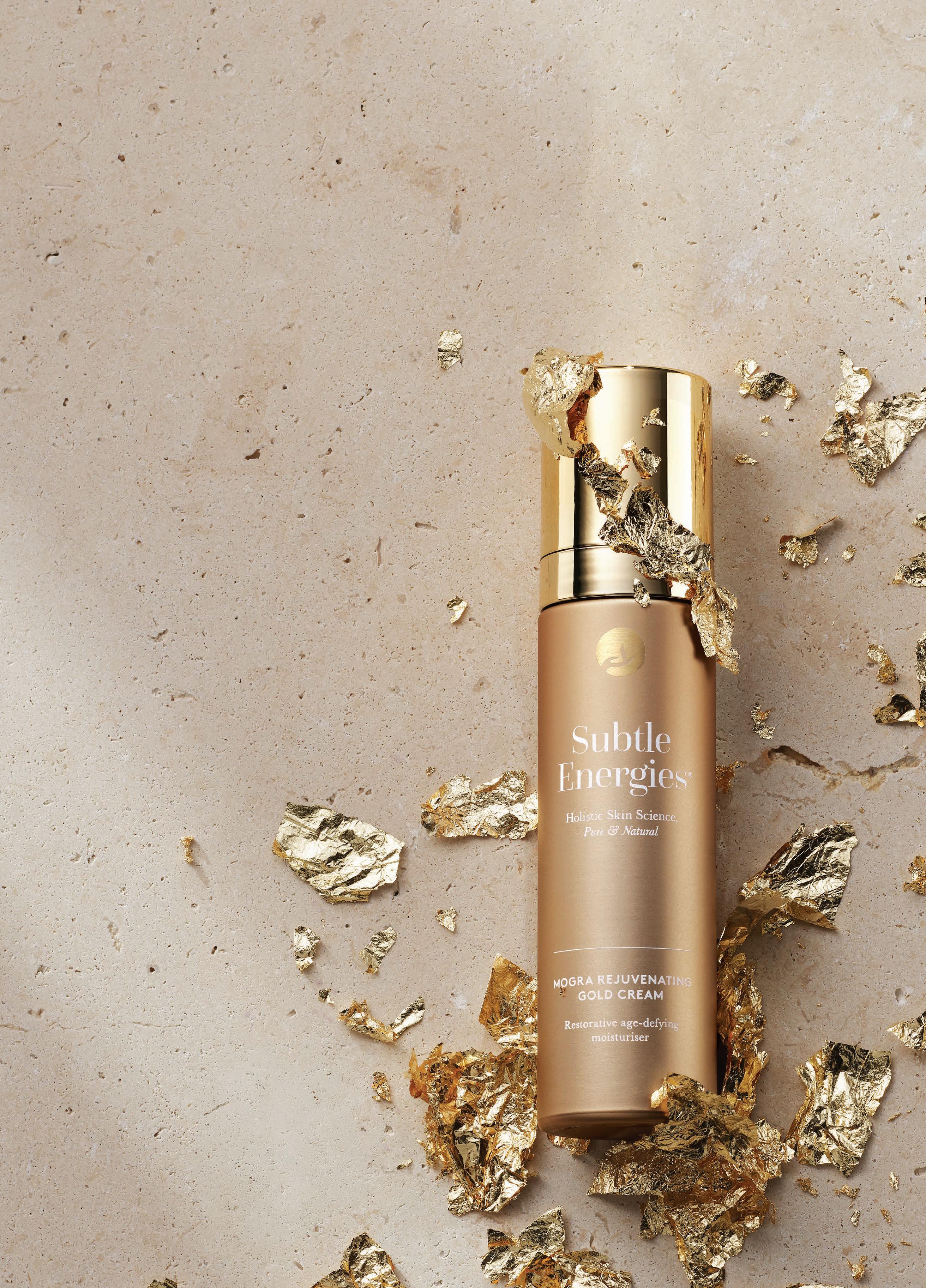
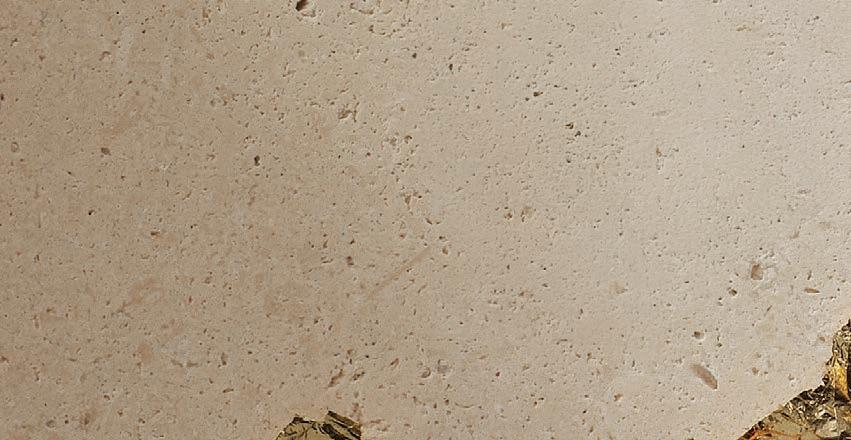

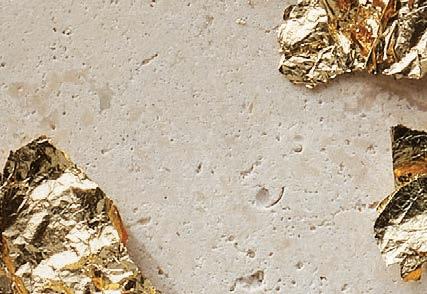

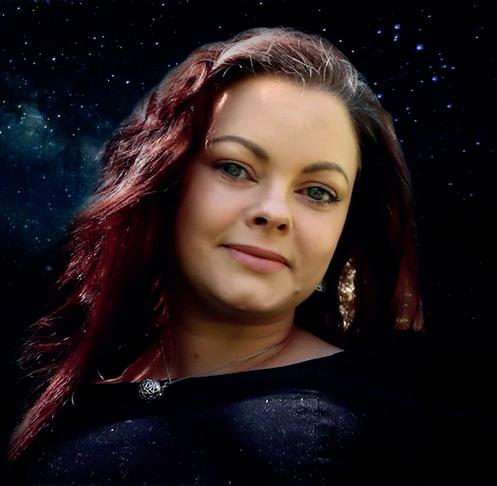
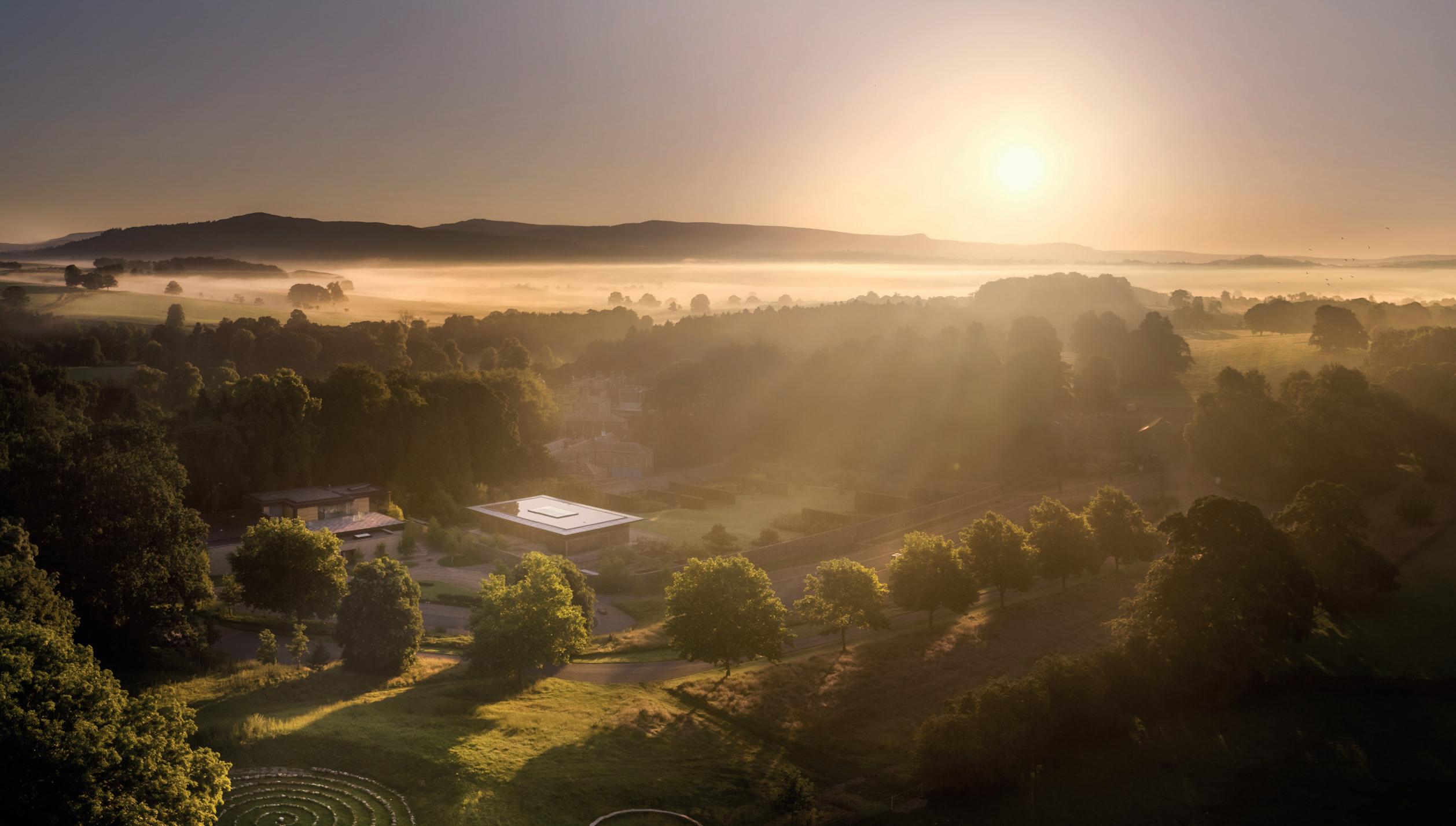
Broughton Sanctuary in the UK is working with psychologists and therapists to deliver a four-night retreat called Sense, for highly sensitive people (HSP) in October.
Kirsty Allan – a professional coach and PhD candidate – is a facilitator of the retreat. She describes HSP as
a subset of the general population (approximately 20-25 per cent), who have a ‘sensory processing sensitivity’. These people think and feel very deeply – experiencing empathy and creativity – but they face paradoxical challenges, including a propensity for sensory overwhelm and burnout.
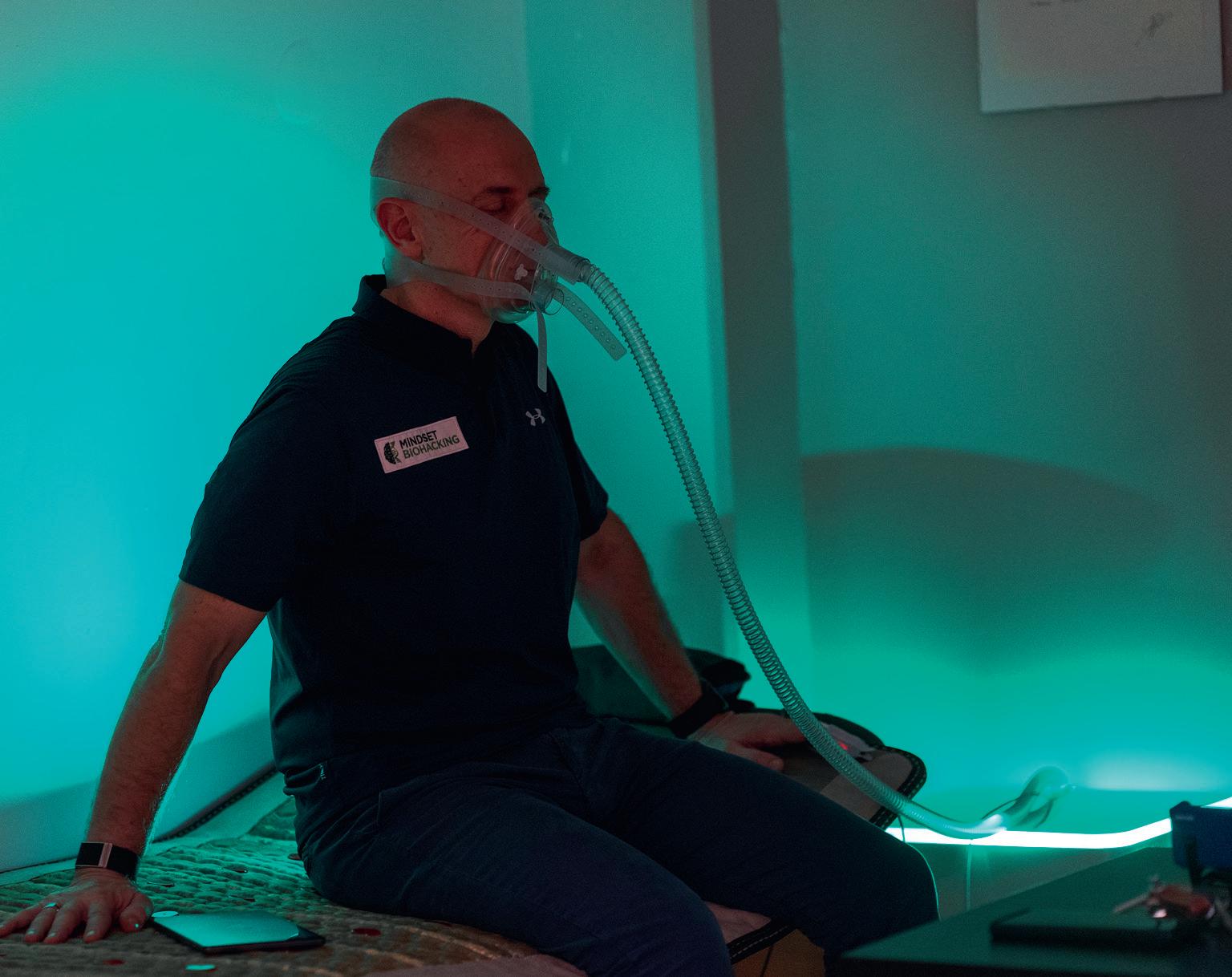
Palazzo Fiuggi
Wellness Medical Spa, Italy
Six days
Starts at €8,870 (US$10,100, £7,700)


Four nights
Starts at £1,300 (US$1,760, €1,500) per person
In addition to a range of nature-based activities, Allan will host experiments for guests as part of an active research project she’s working on.
The results will shape future thinking around wellbeing and sensory processing styles.
Stefano Santori, a high-performance coach and founder of a protocol called Mindset Biohacking, will lead a retreat this October at Italy’s Palazzo Fiuggi Wellness Medical Spa. Participants will learn how to transform their behaviour and mindset for optimal health outcomes by regulating their nervous systems, improving nutrition, achieving restorative sleep and managing stress. The programme will feature a thorough medical assessment, including an ECG and a biomechanical evaluation.
Treatments will include hypoxic-hyperoxic therapy, red and near-infrared light therapy and vagal nerve stimulation to reduce inflammation, enhance energy production and support sleep. Contrast therapy will also be on offer, in addition to a menu of anti-inflammatory foods by three-Michelin-starred chef Heinz Beck ●
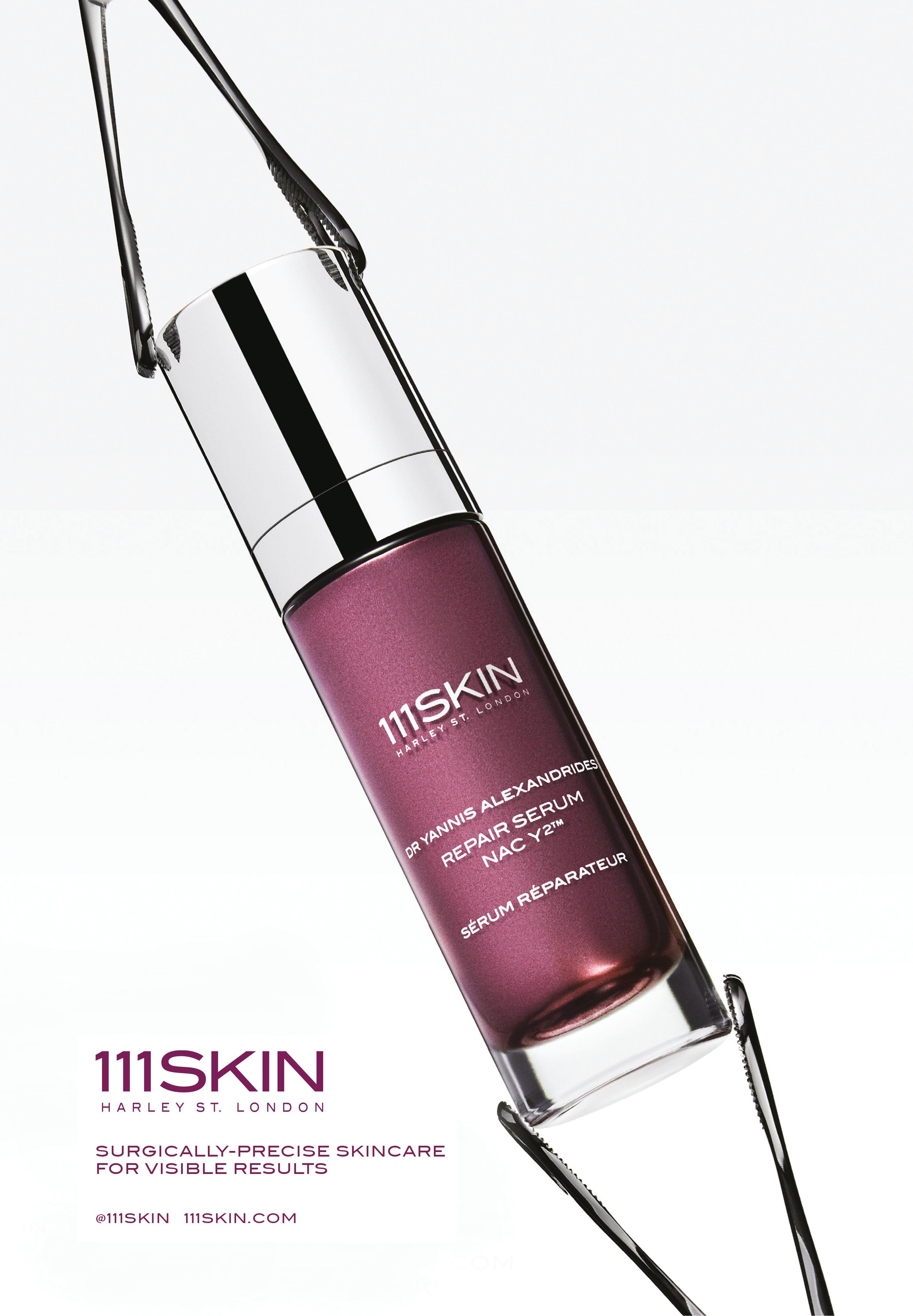
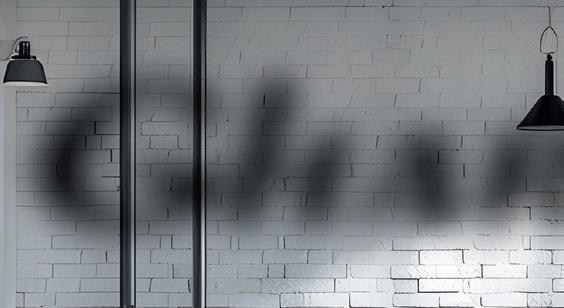
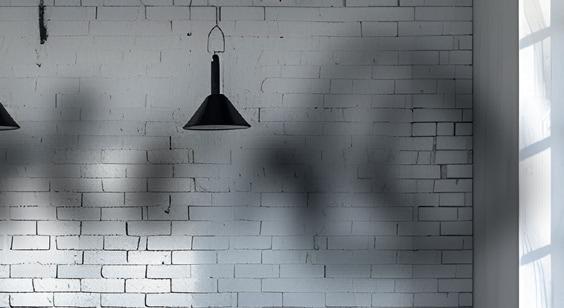




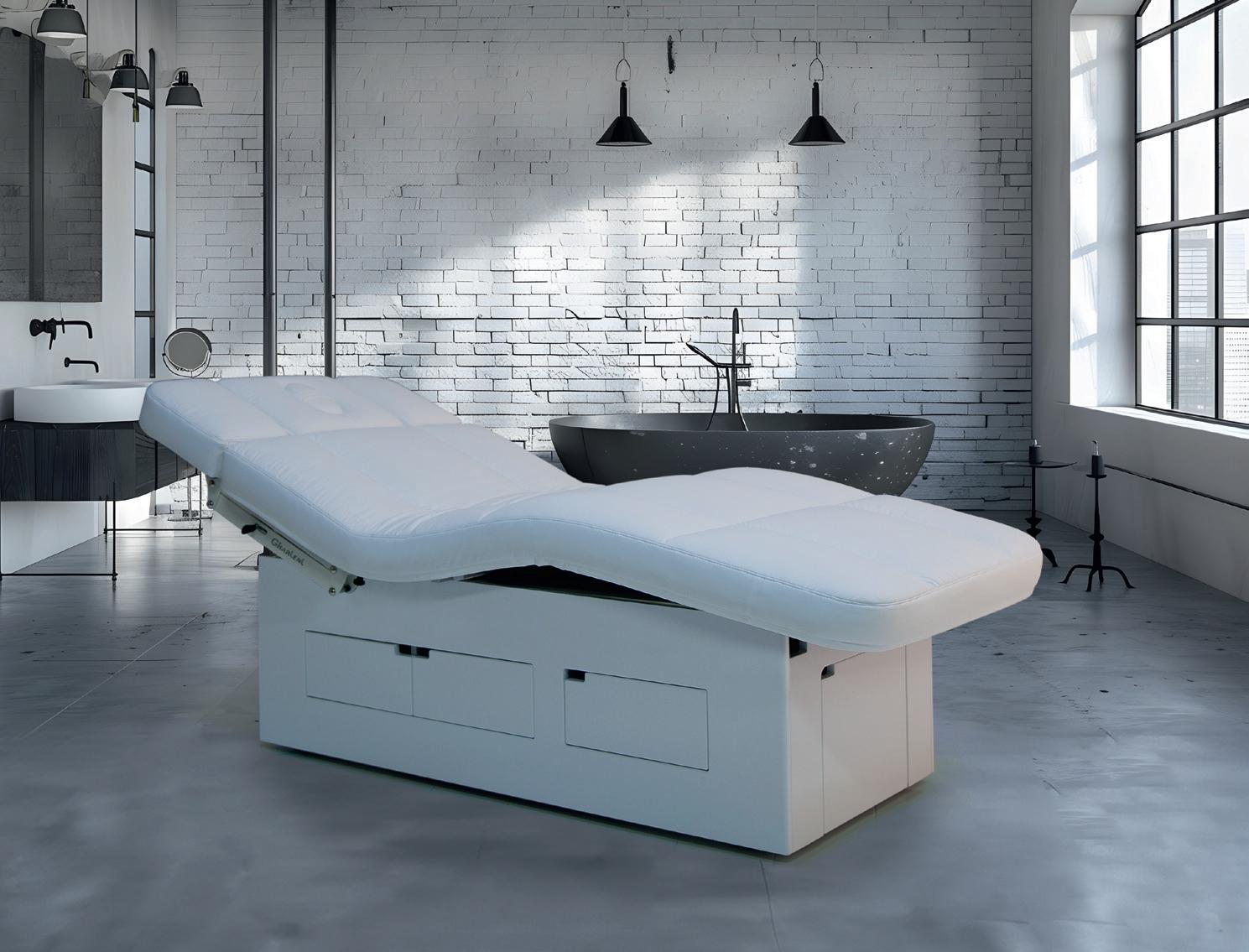



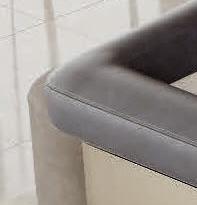





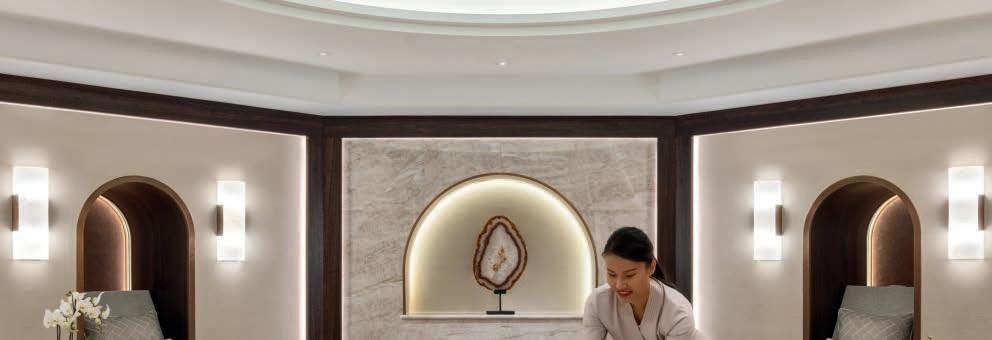
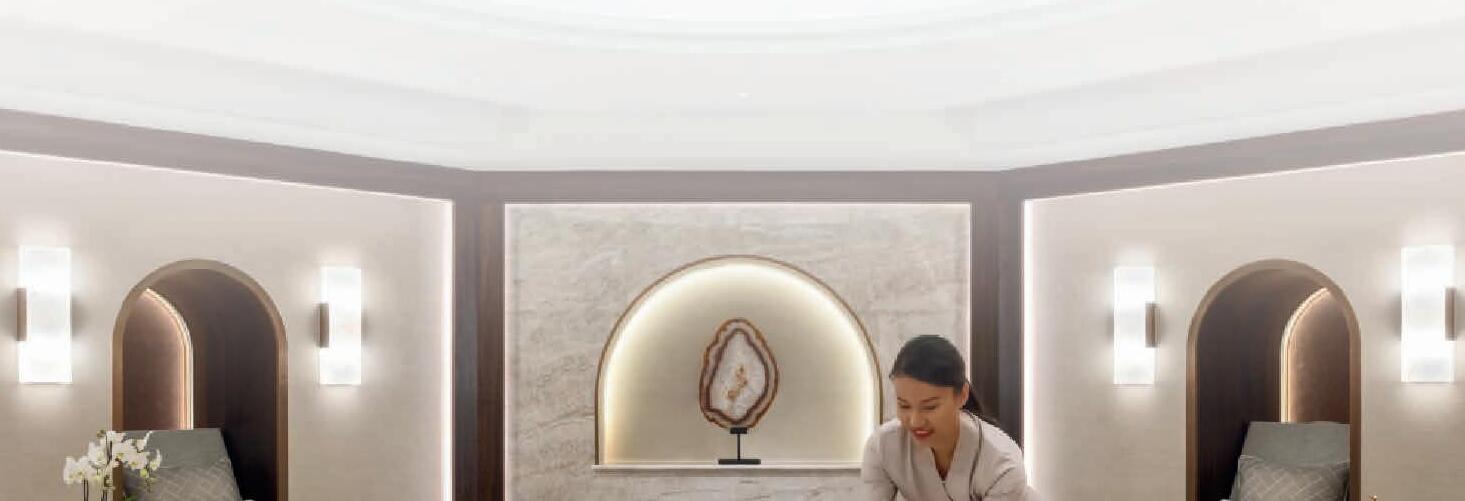



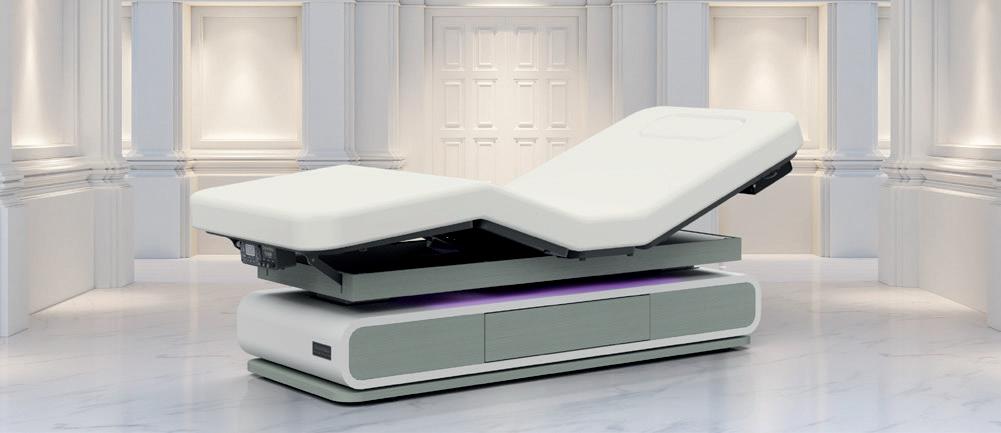
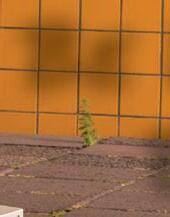
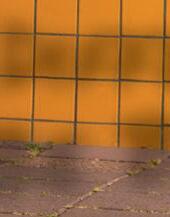
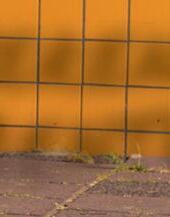
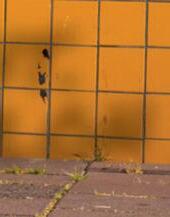

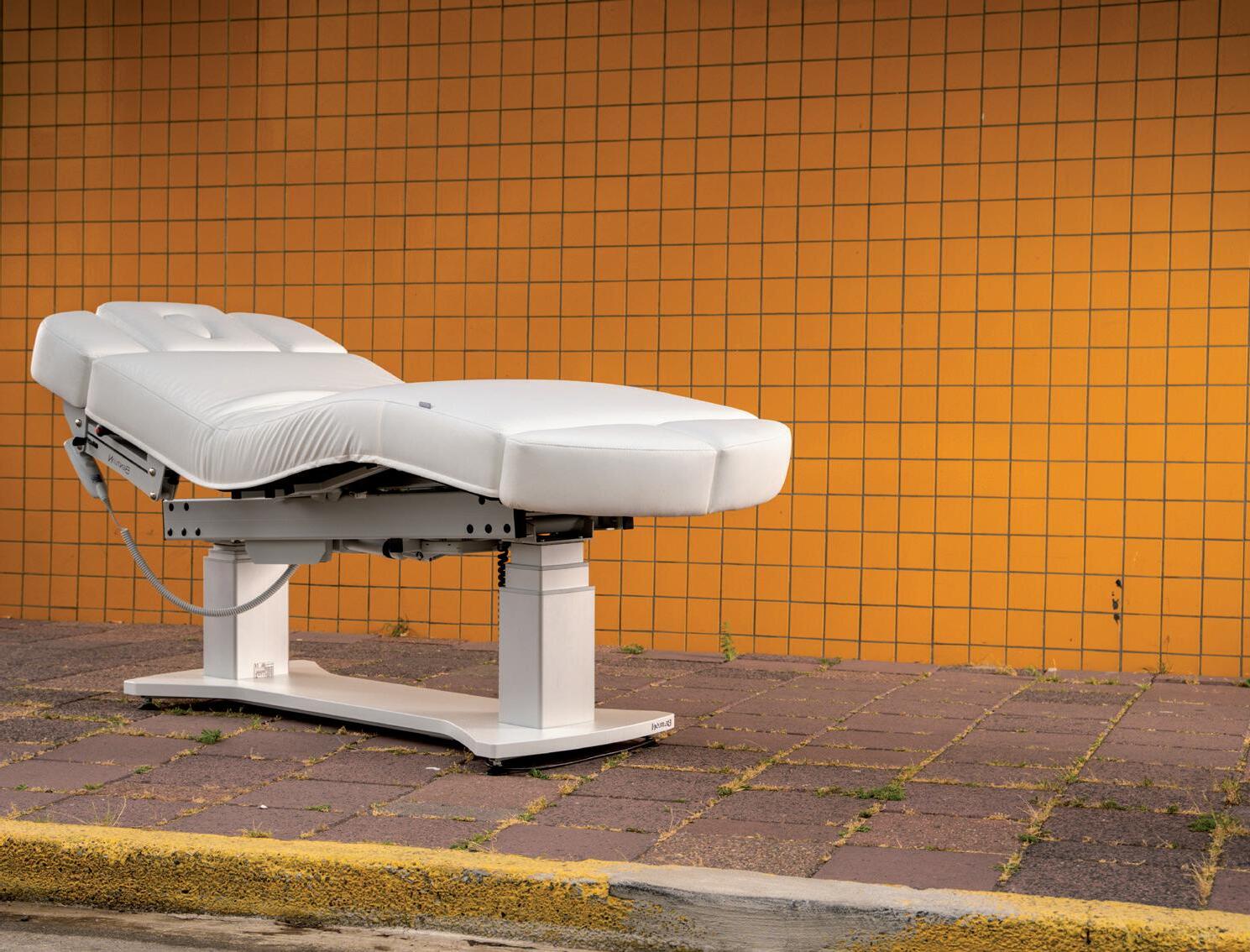
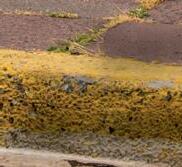
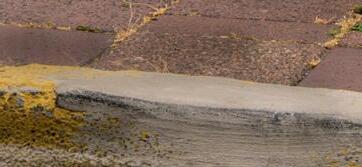

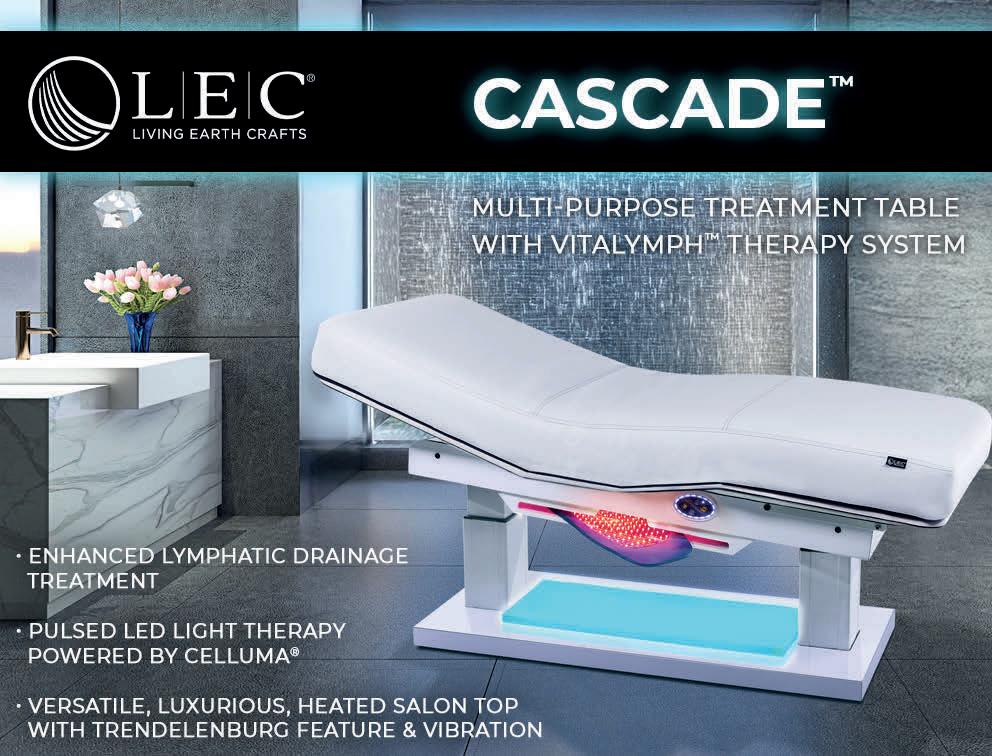

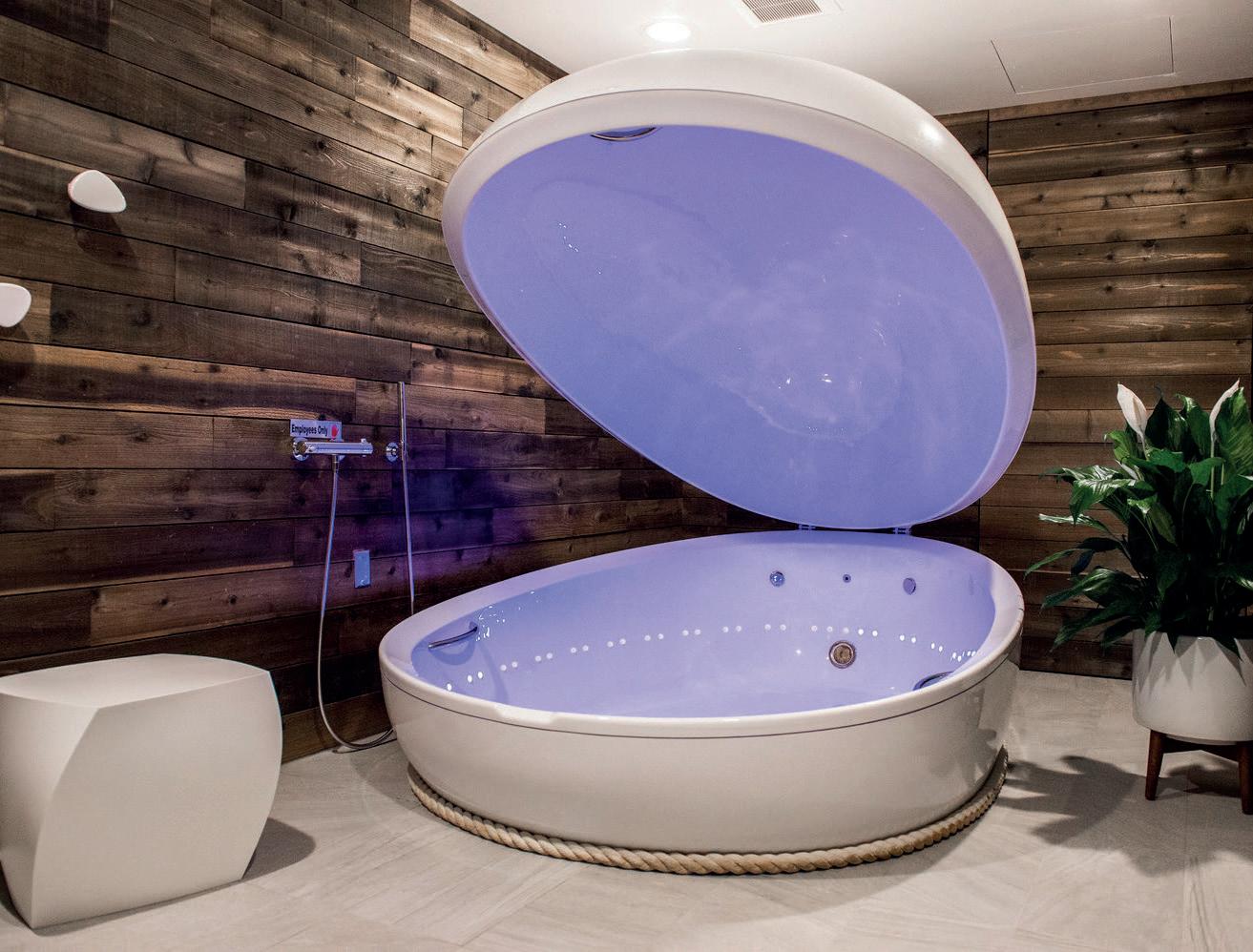

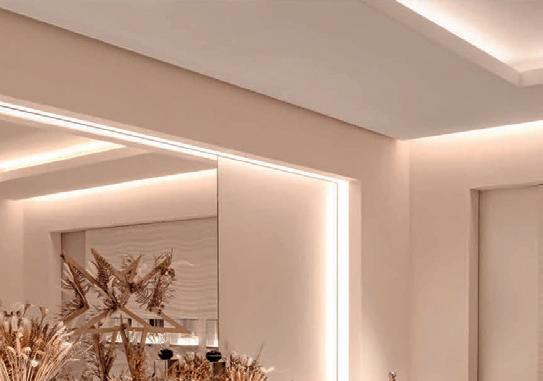
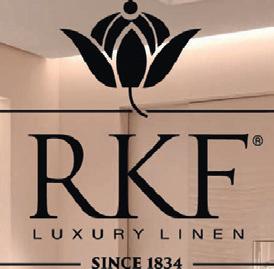
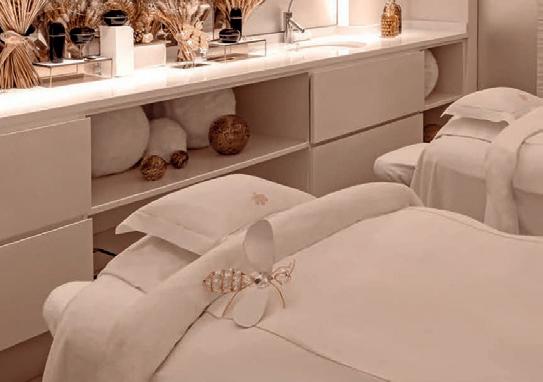
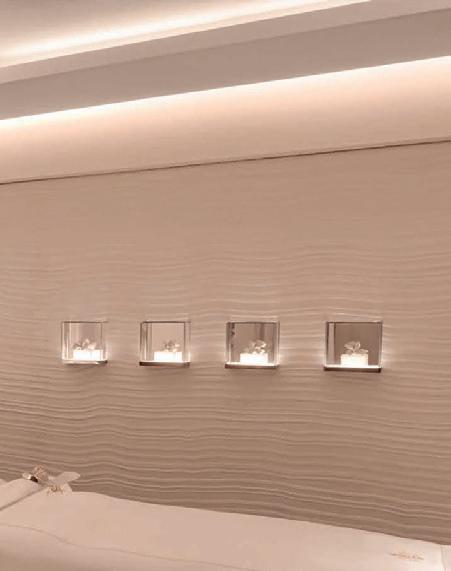
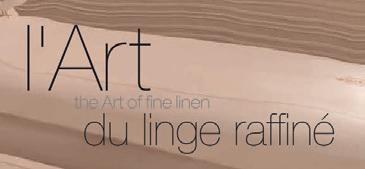


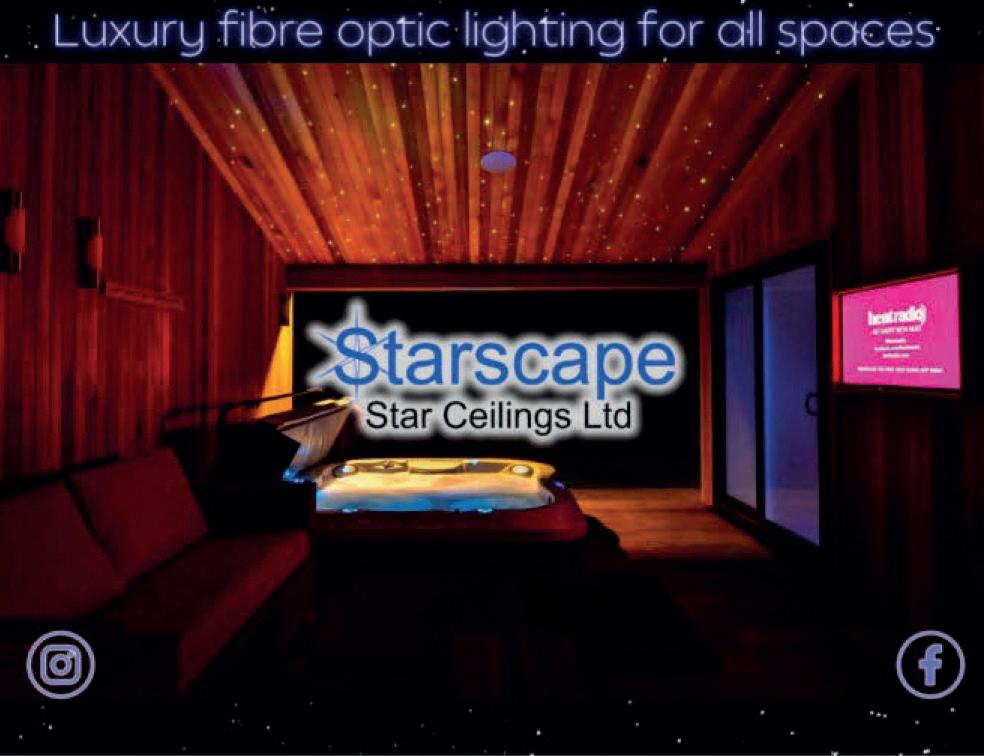


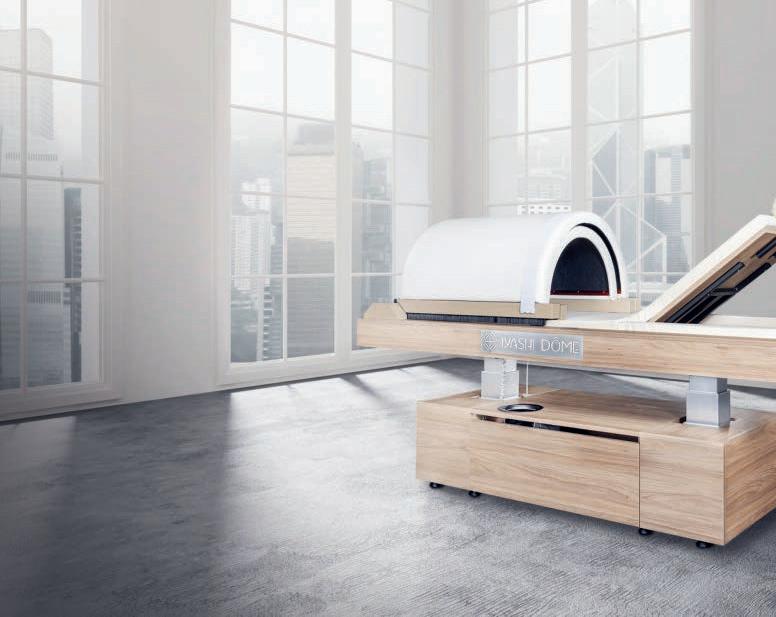
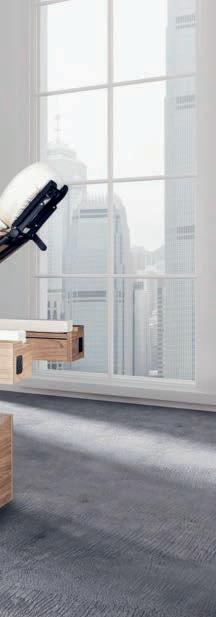




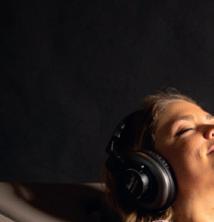

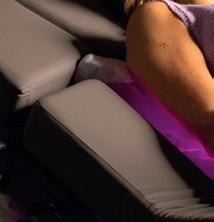

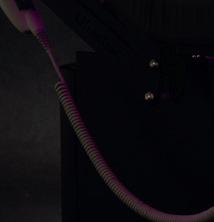





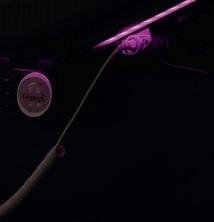





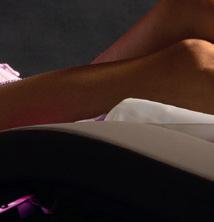
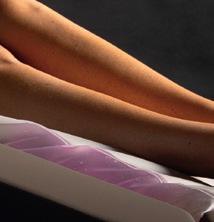
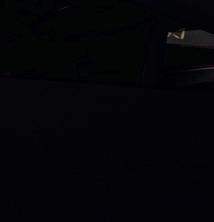








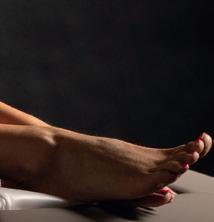
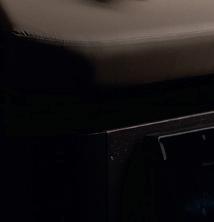




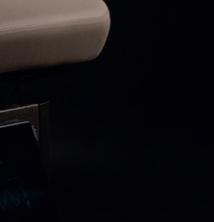


by Kath Hudson, writer
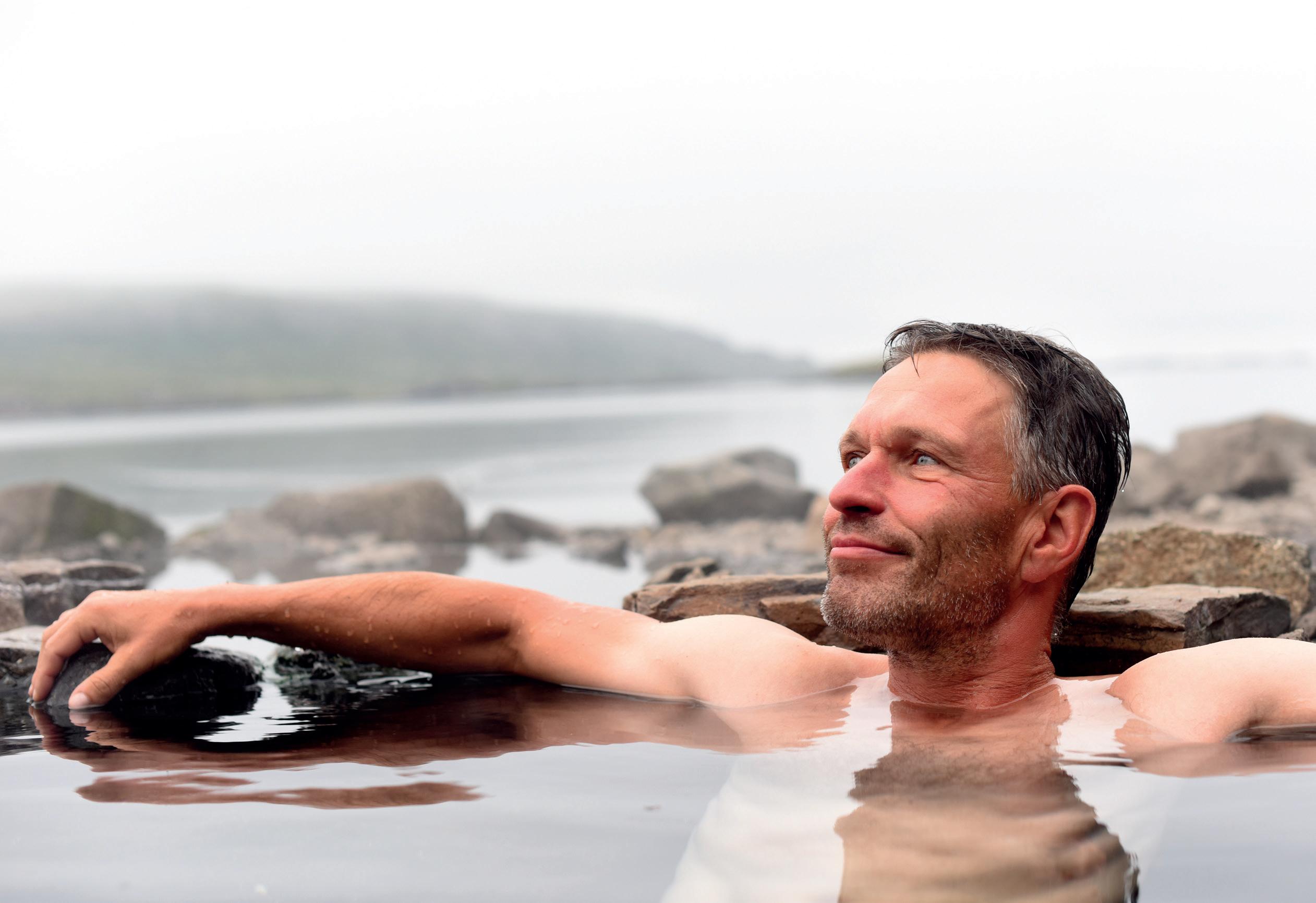
The findings reinforce the value of varied thermal experiences – both dry and wet
New research suggests warm water bathing can yield better health benefits than saunas
Hot water bathing may bring unique health benefits compared to saunas, according to a new study published in the American Journal of Physiology*.
Researchers from the University of Oregon found that soaking in a hot tub raises core body temperature more than dry or infrared saunas, triggering strong cardiovascular and immune responses.
Lead author Jessica Atencio says: “Hot water immersion was the most impactful when it came to increasing core body temperature ... causing an increase in blood flow, which is beneficial for vascular health.”
Researchers monitored body temperature, blood pressure, heart rate, cardiac output (the amount of blood the heart pumps per minute), immune cell populations and blood biomarkers of inflammation. Data was collected before, during and after subjects soaked in a hot tub, sat in traditional dry heat and also in far-infrared saunas.
Of the three types of heat therapy, only hot water immersion produced an inflammatory response, as measured by the levels of inflammatory cytokines in the blood – an immune signalling molecule that drives immune cell populations.
Atencio explains: “When you’re submerged in water, the body can’t cool efficiently
Hot water immersion was the most impactful when it came to increasing core body temperature
through sweating, so immersion produces more robust temperature increases.”
Co-author Christopher Minson, who has studied heat therapies for over two decades, adds: “Heat therapy can be a peaceful, cultural or social experience, which contributes to its health benefits. It’s also an option for people unable to exercise.”
With demand for recovery and social wellness growing across spa, fitness and wellness sectors (see p54), the findings reinforce the value of offering a range of thermal options.
Liz Terry, the editorial director of Spa Business, notes: “Having new insights that drive purchasing decisions and business development is critical.
“We already know the efficacy of both traditional and infrared saunas, now research shows that warm water bathing, when done safely, is a powerful part of the mix.” l
*Atencio, JK et al. Comparison of thermoregulatory, cardiovascular, and immune responses to different passive heat therapy modalities. American Journal of Physiology, 2025.
The next generation of hosted buyer events, designed to bring together like-minded leaders in the global spa, beauty, and wellness industry through scheduled meetings, interactive education sessions, and purpose-driven networking opportunities.
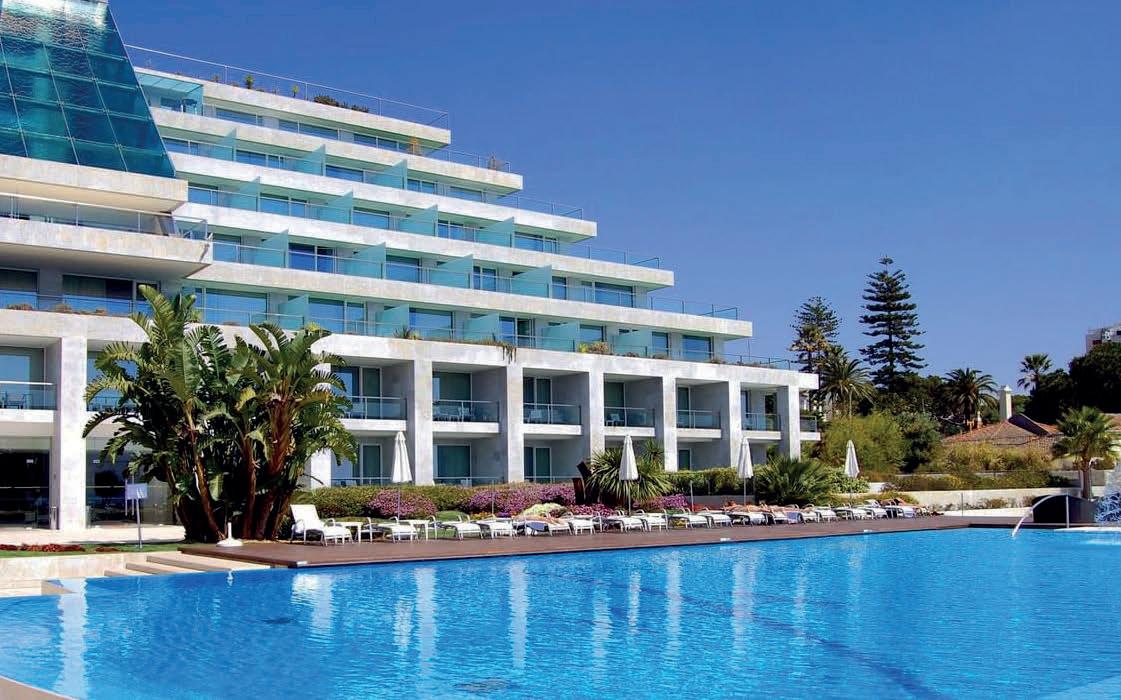
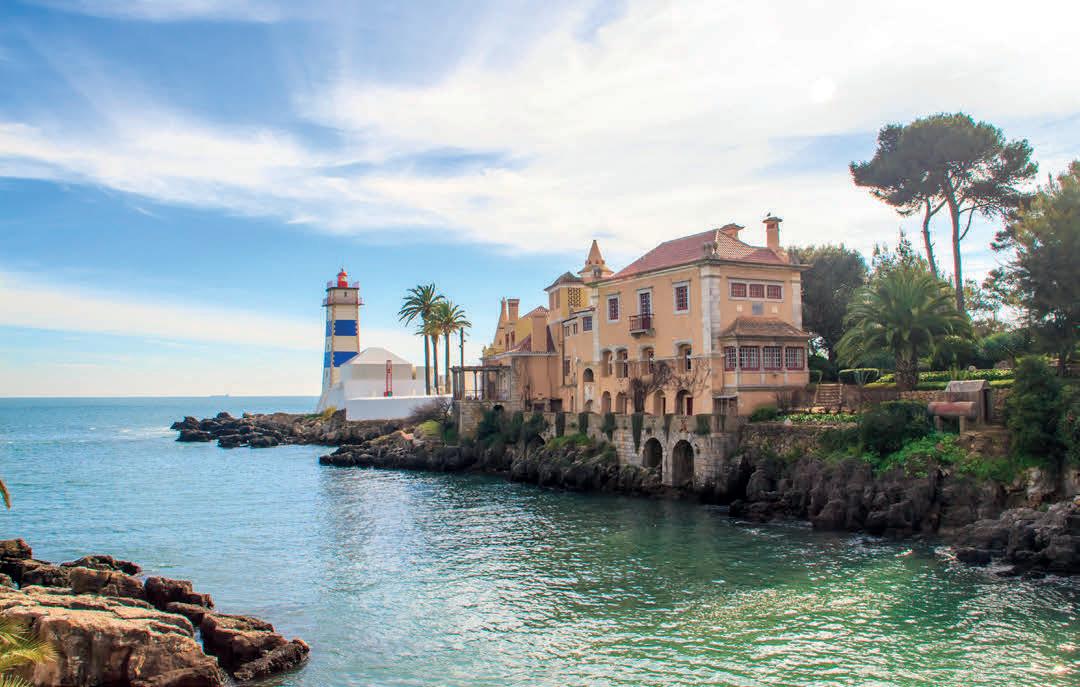
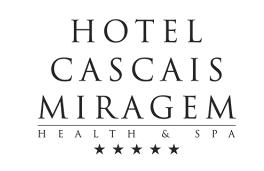
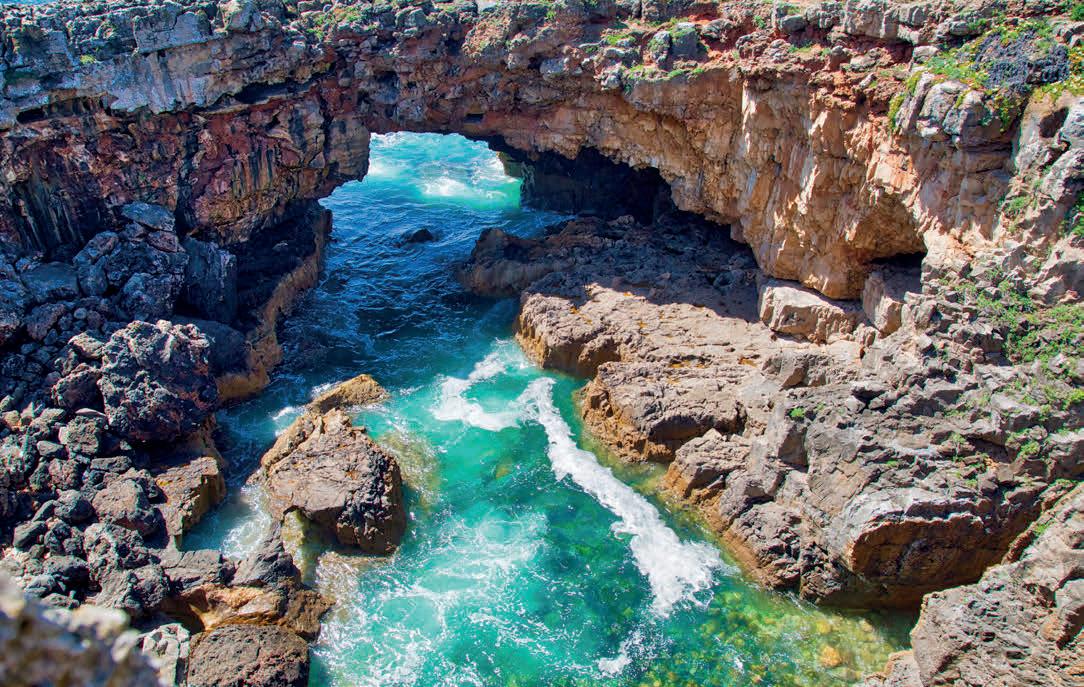
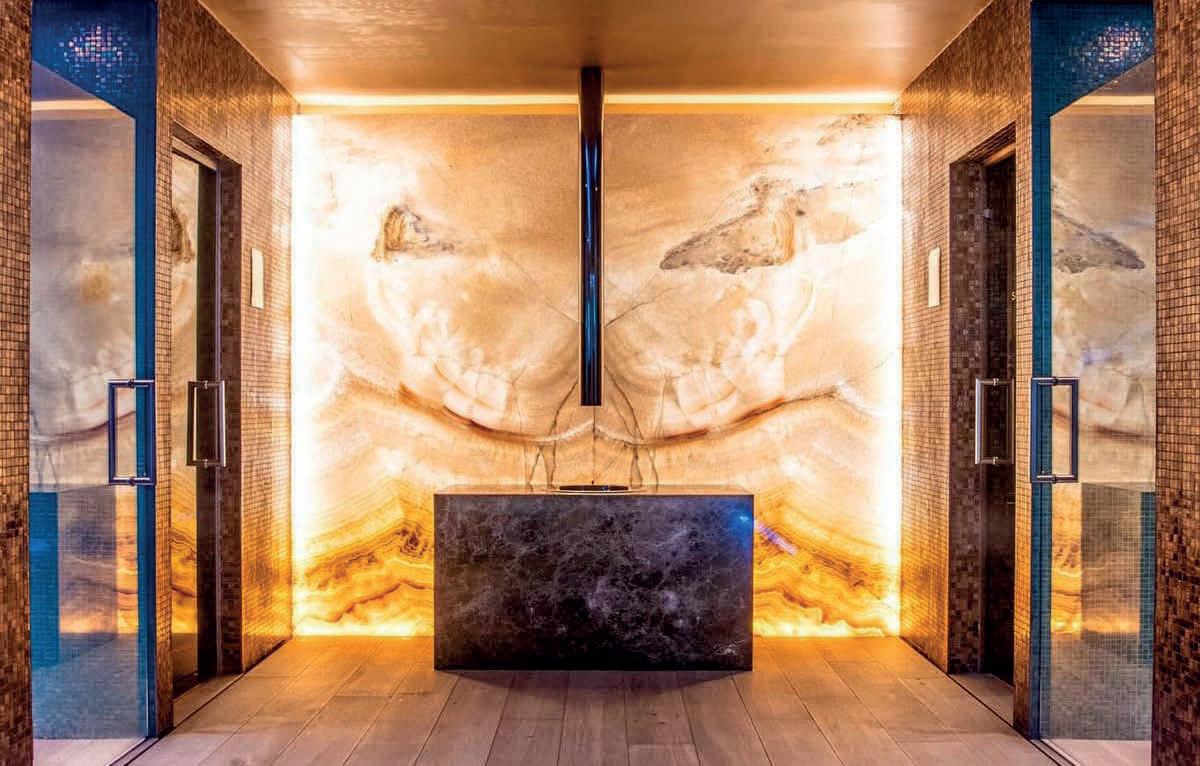
Embraced by the stunning beauty of Lisbon’s coast, Hotel Cascais Miragem Health & Spa is a five-star hotel where comfort, elegance, and tranquility meet the sea. With ocean-view dining, expansive meeting spaces, and a world-class spa and fitness center, this luxury retreat seamlessly blends business, wellness, and leisure for an unforgettable W3Spa experience.
Contact Our Team Today!
Stephen Pace-Bonello, event director stephen@weworkwellevents.com
